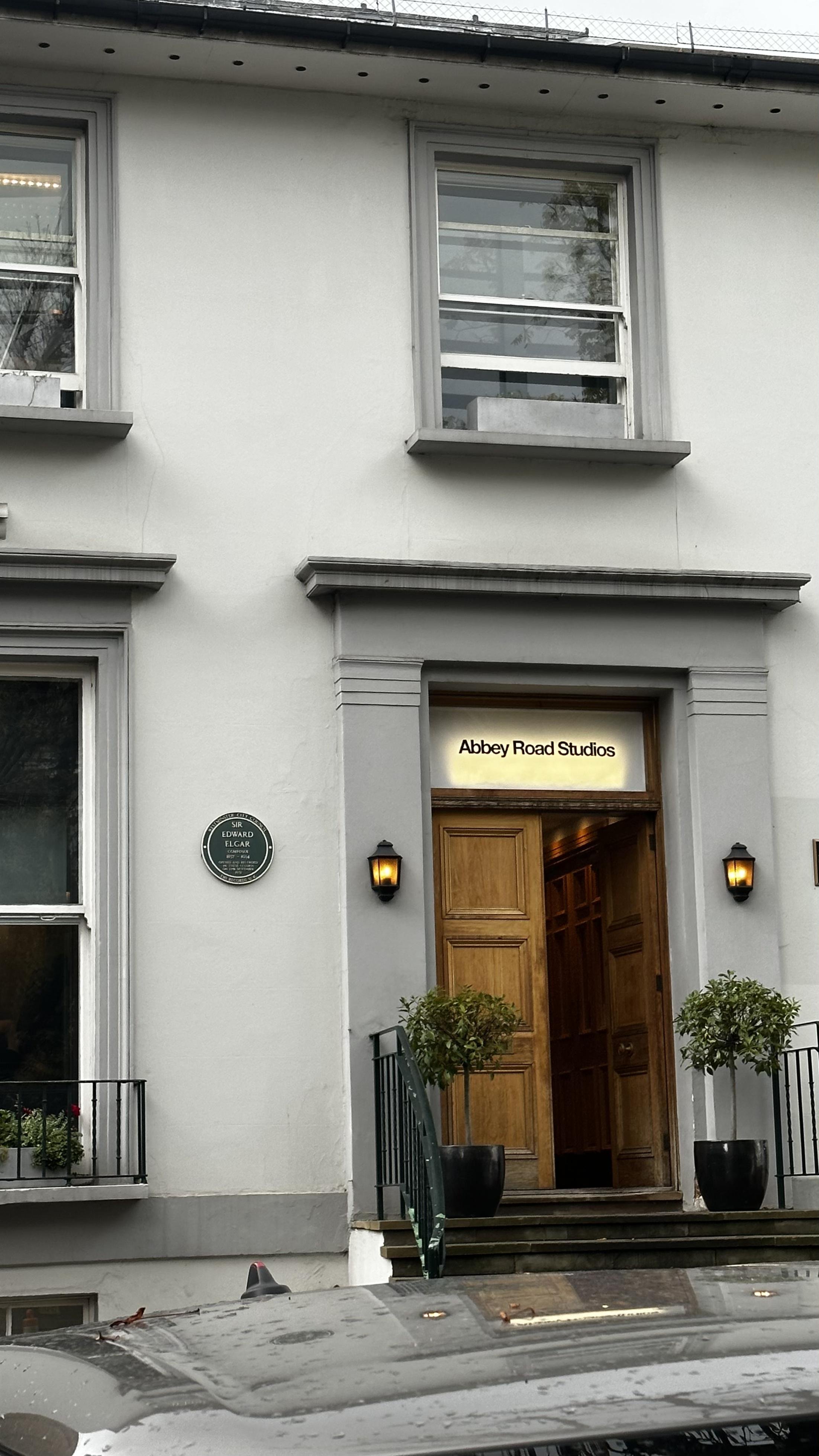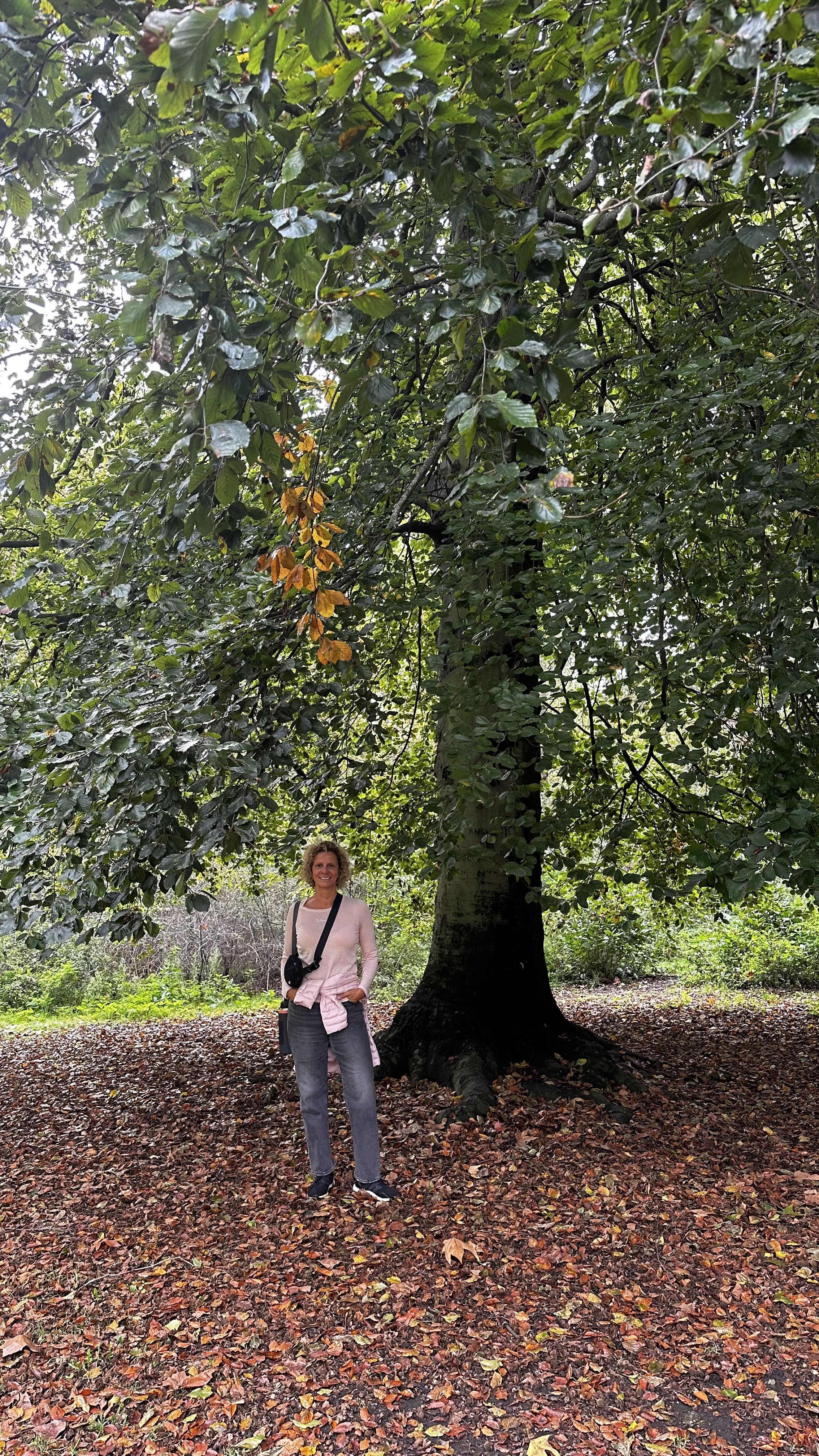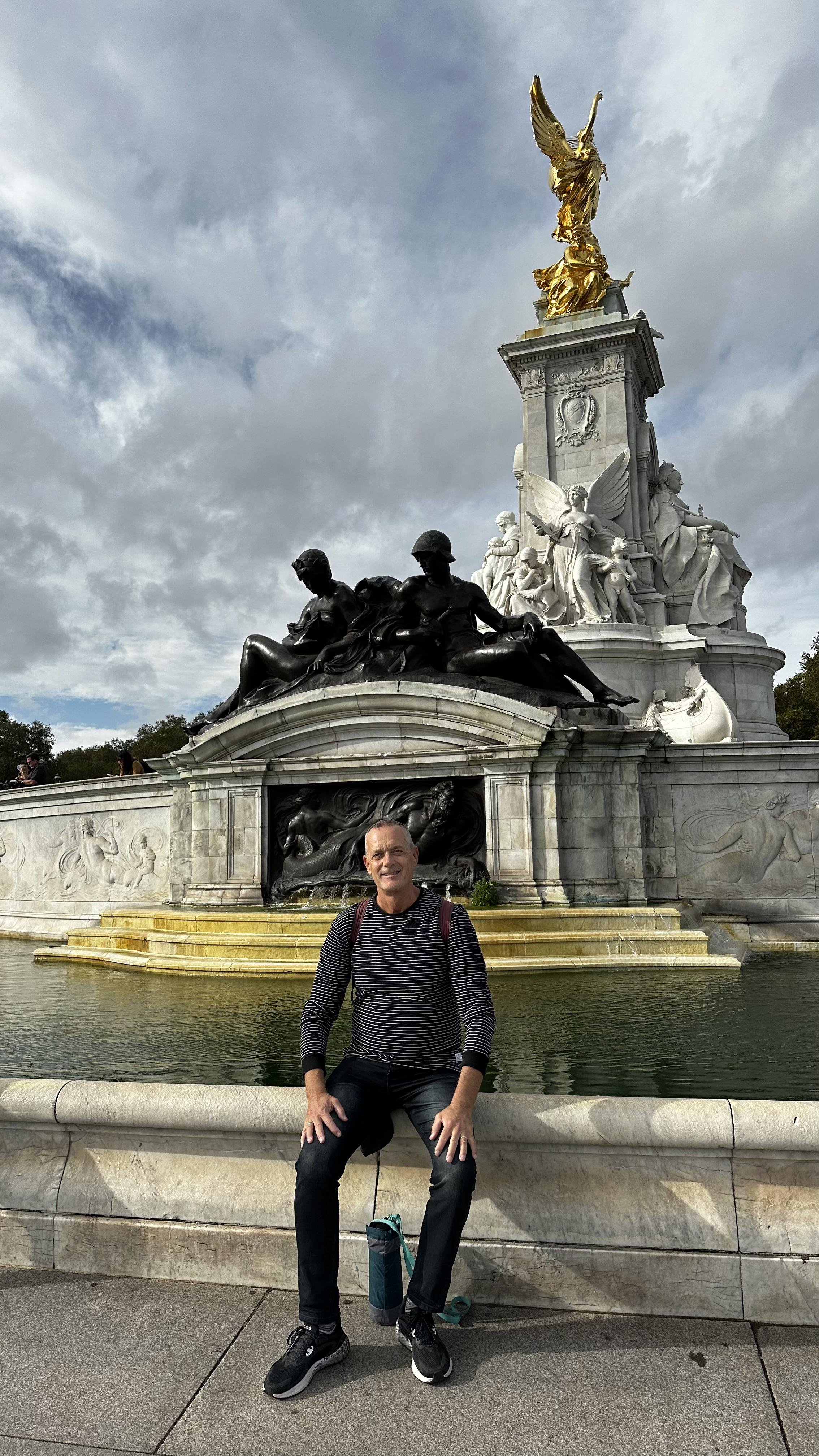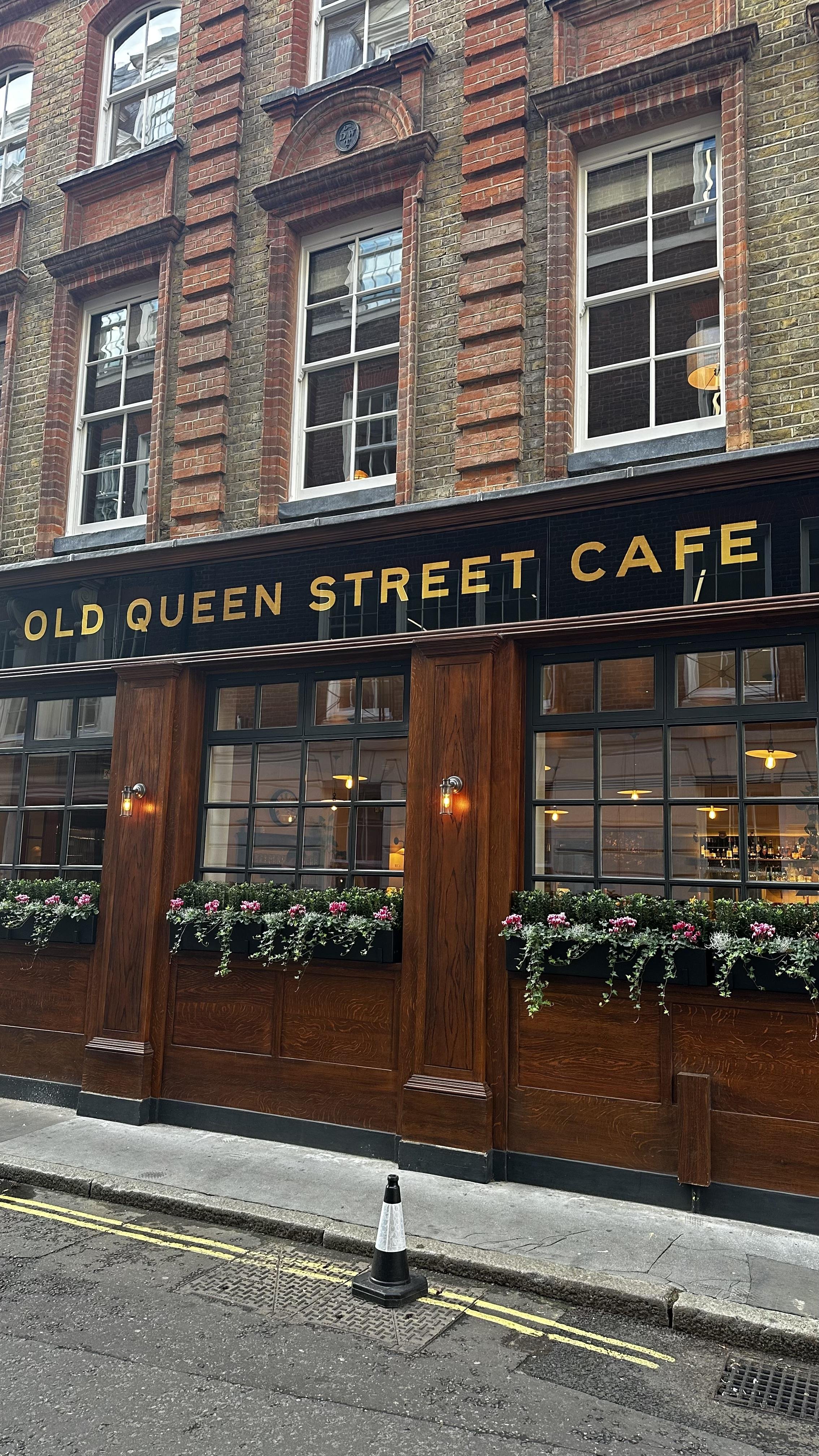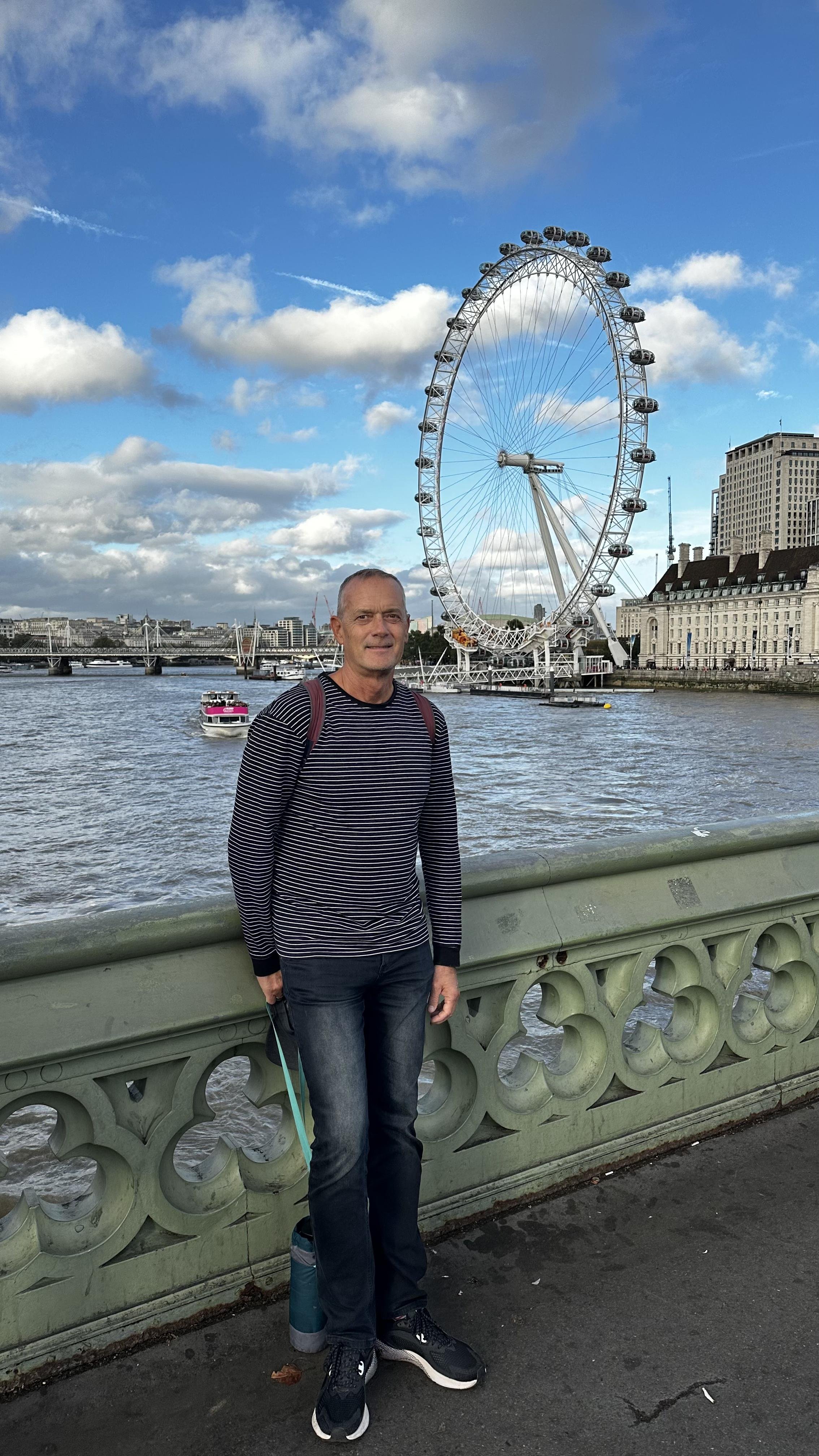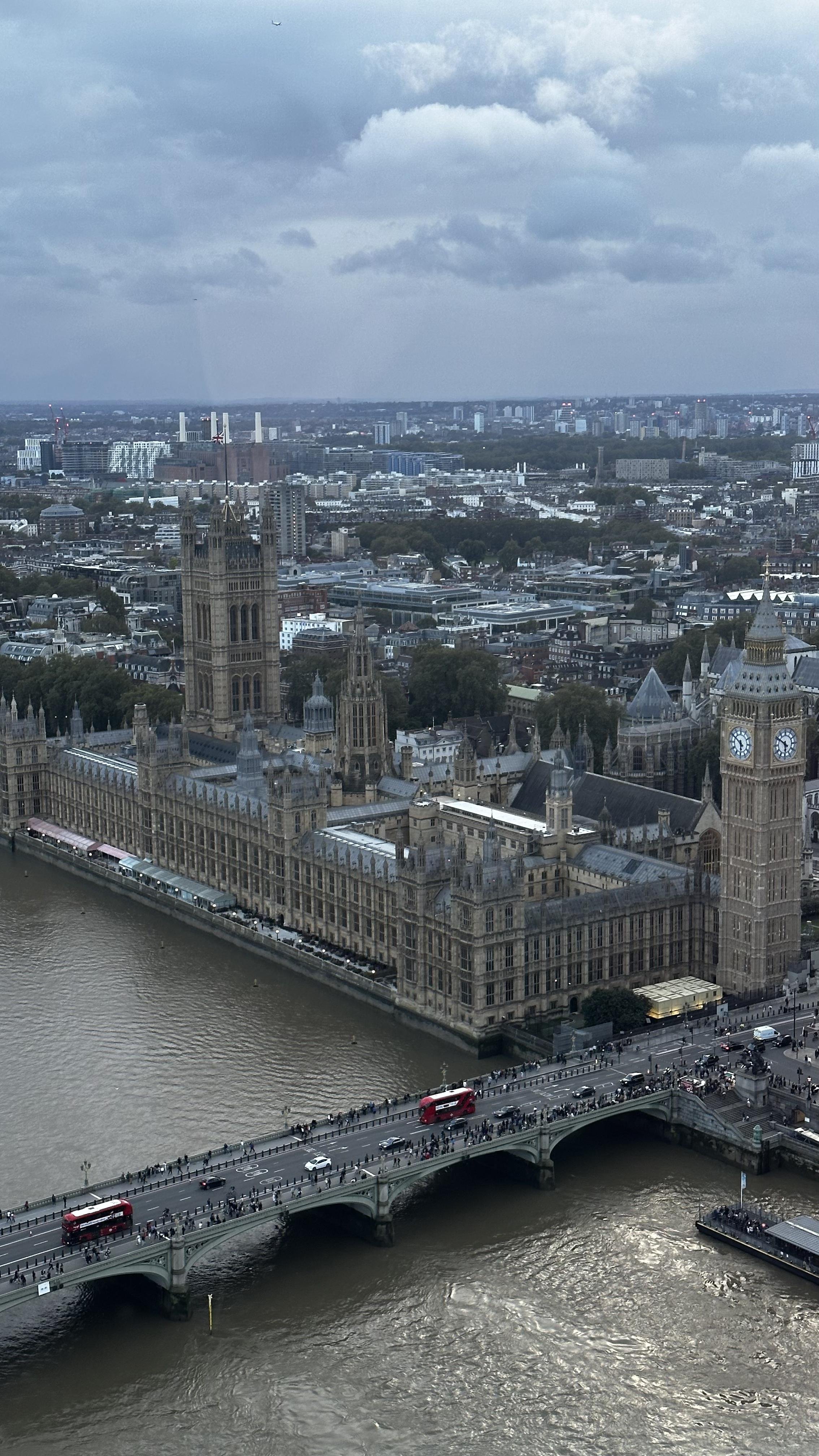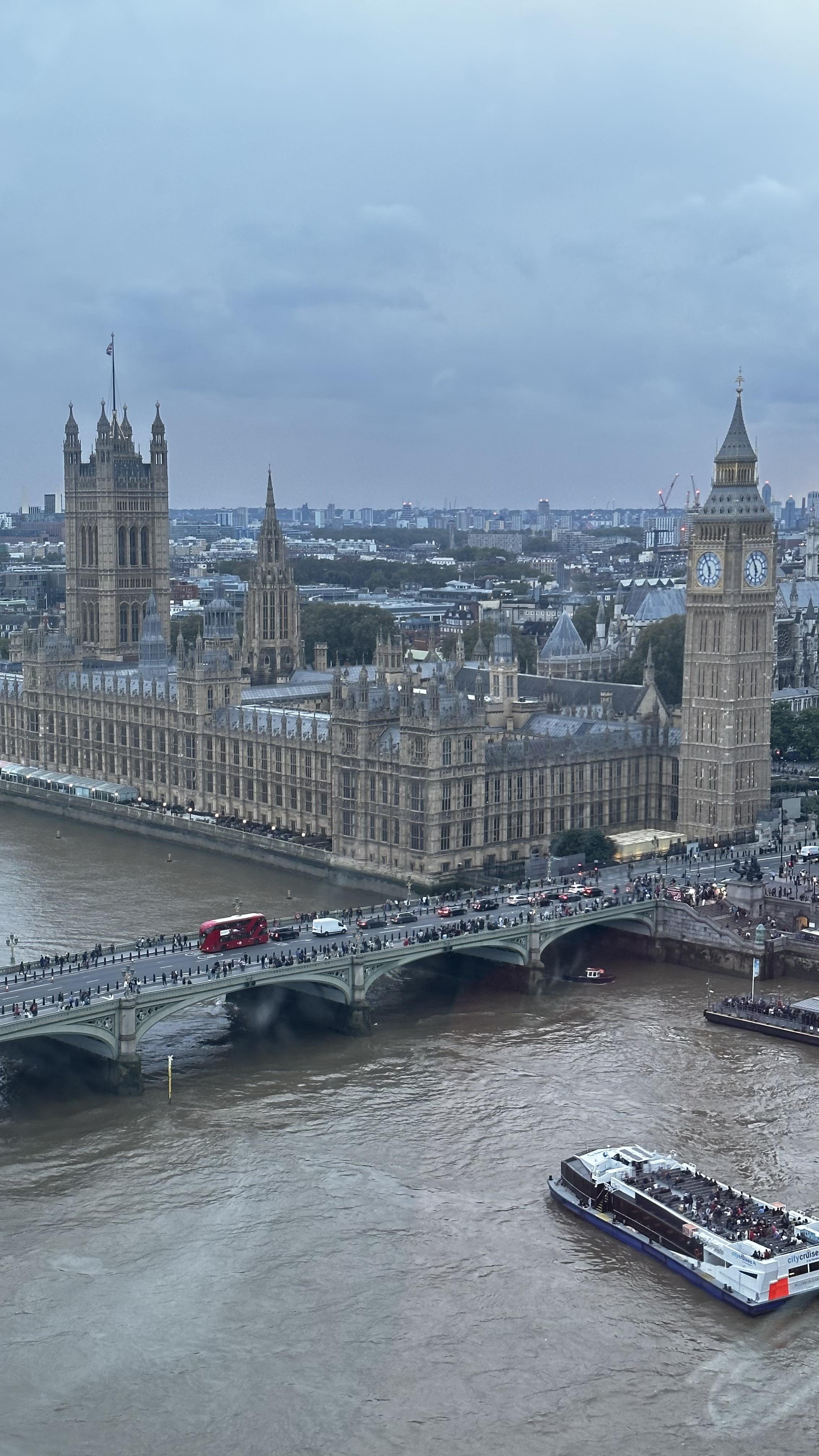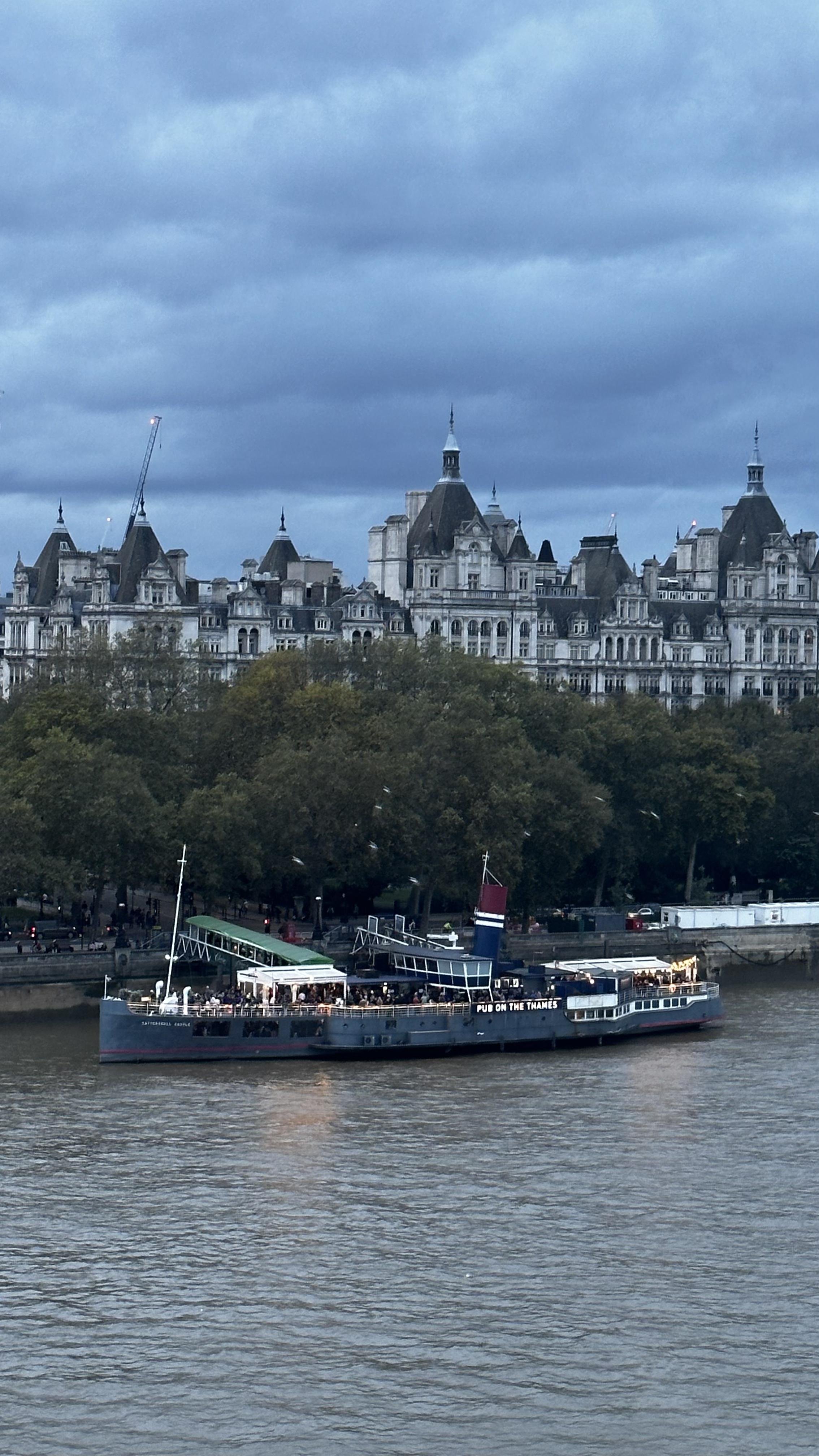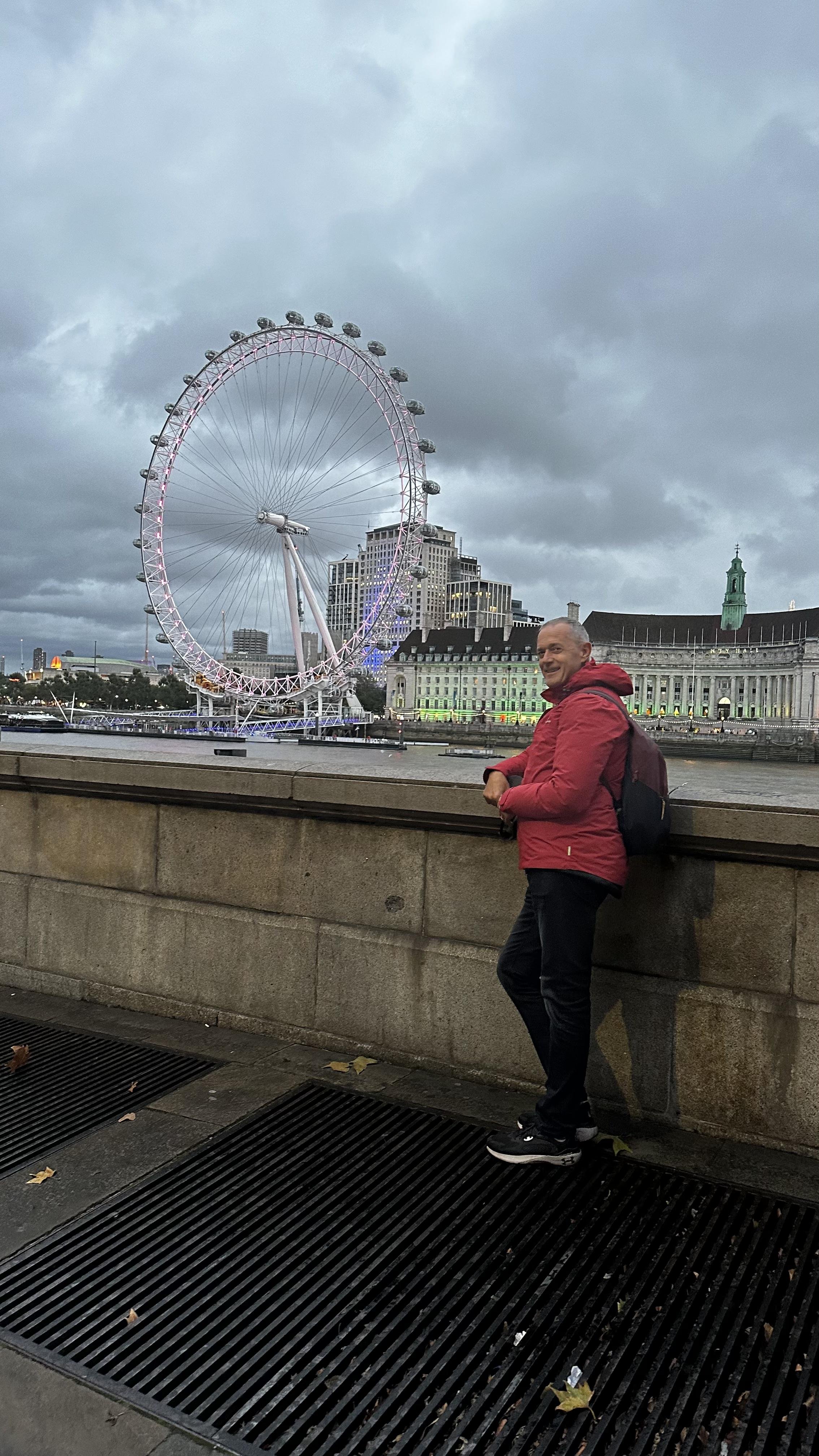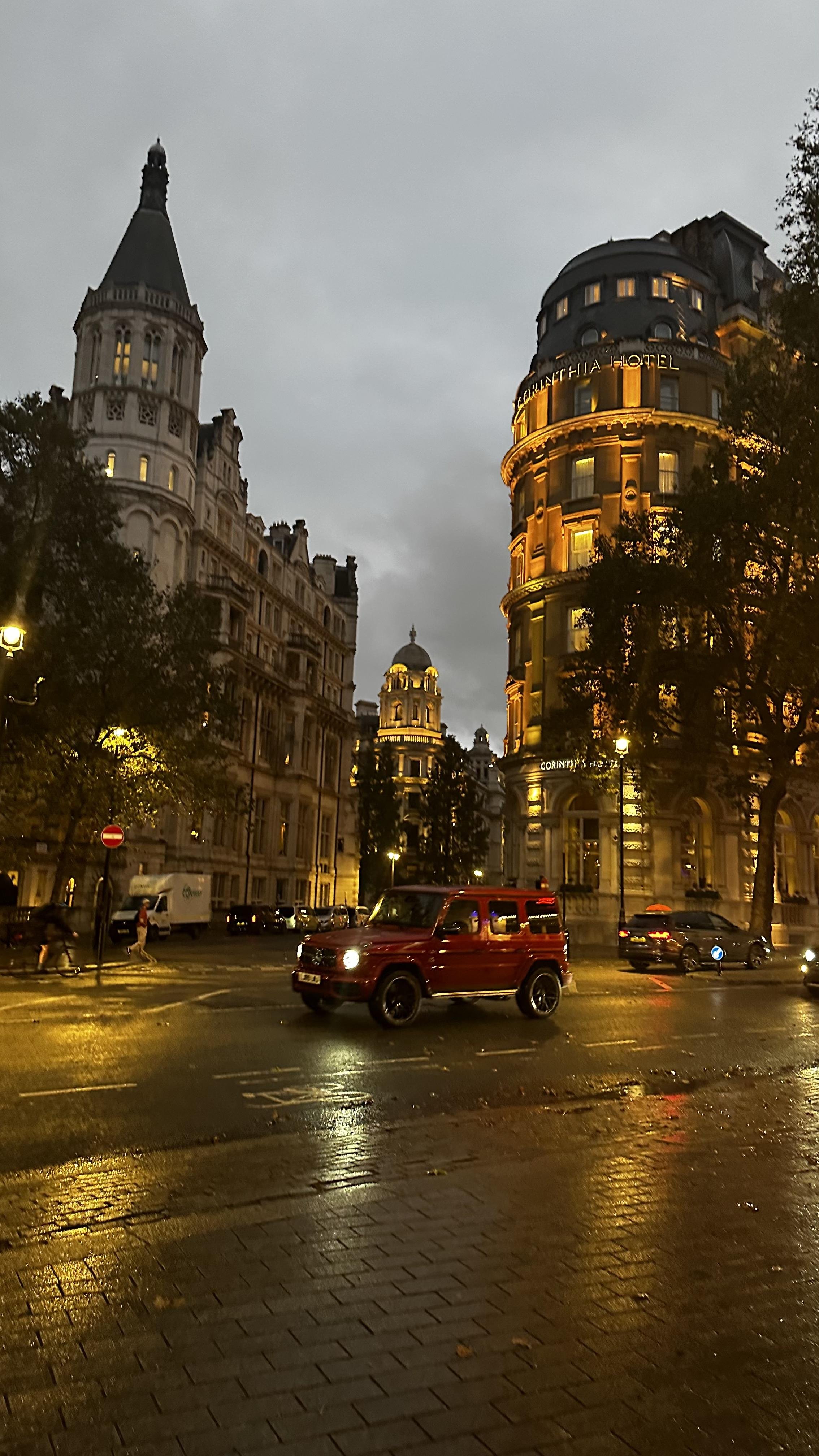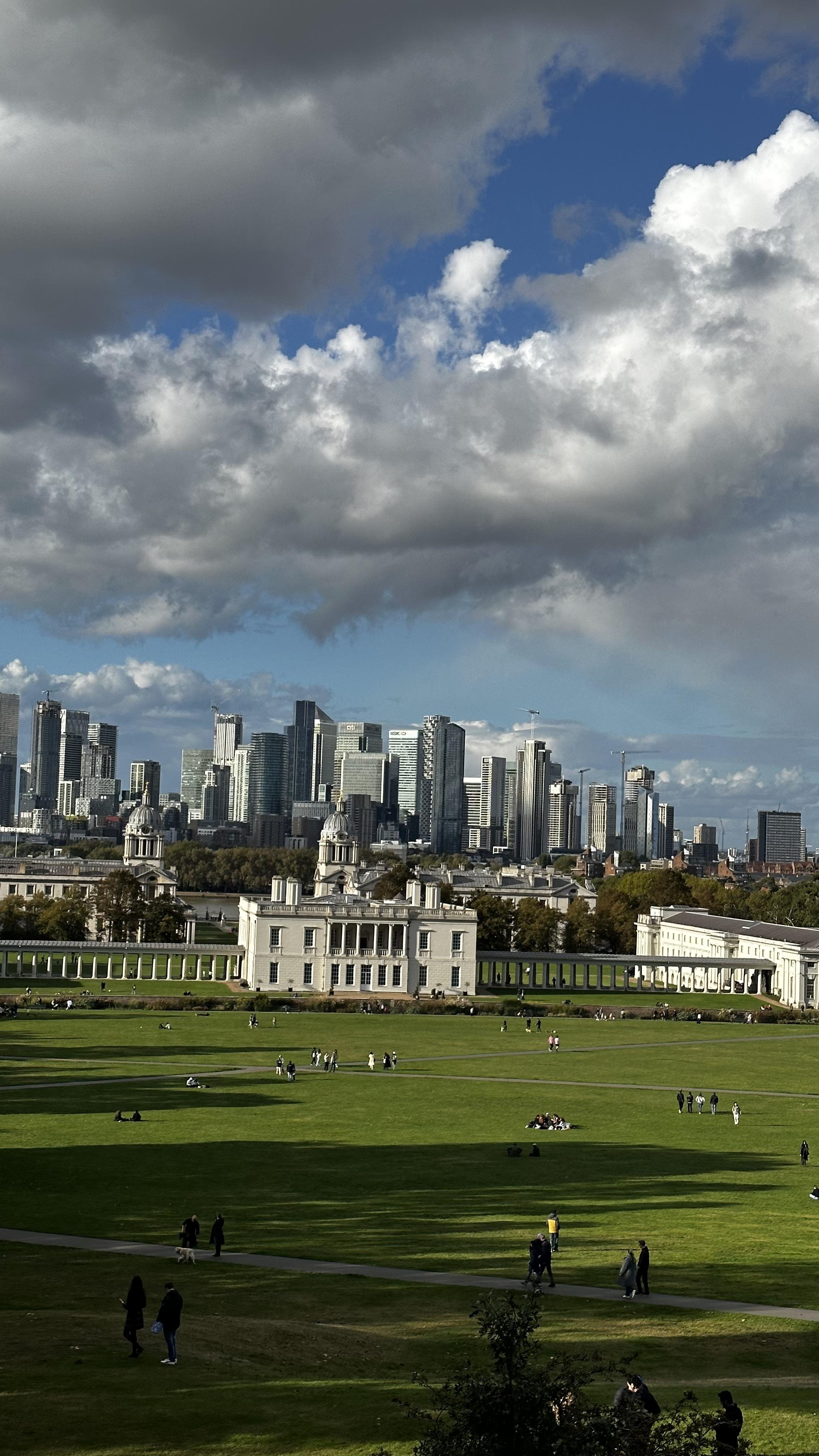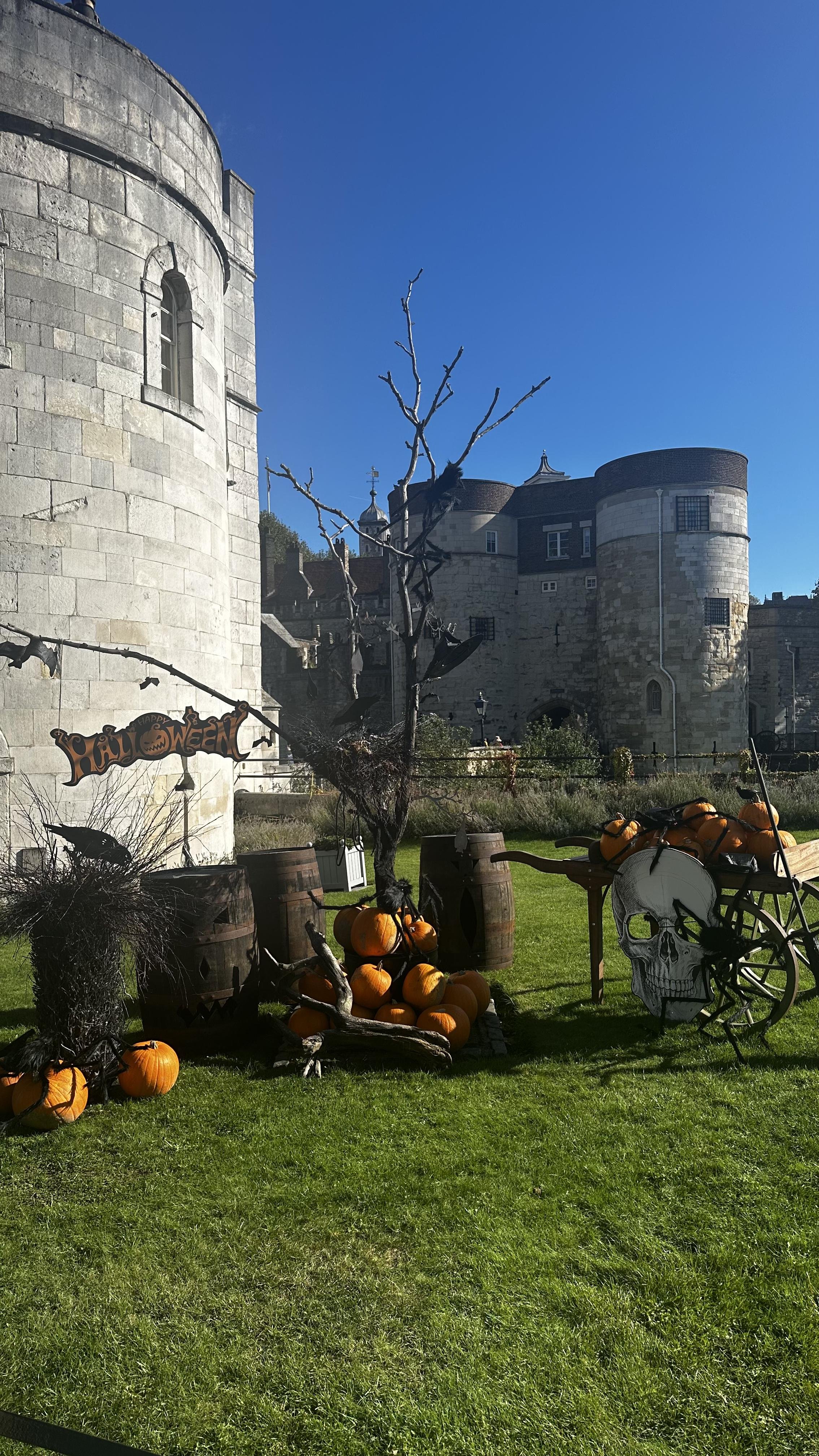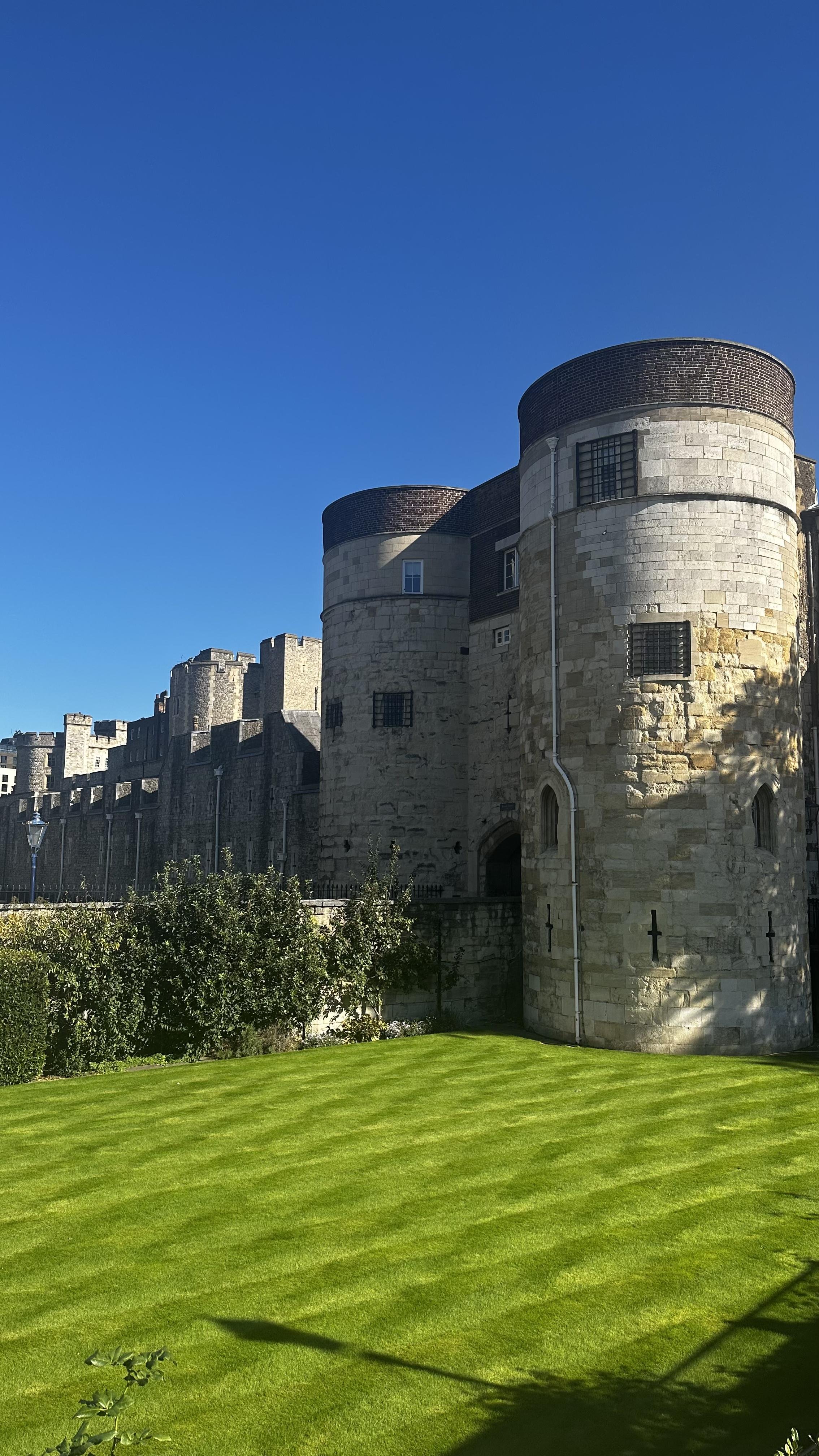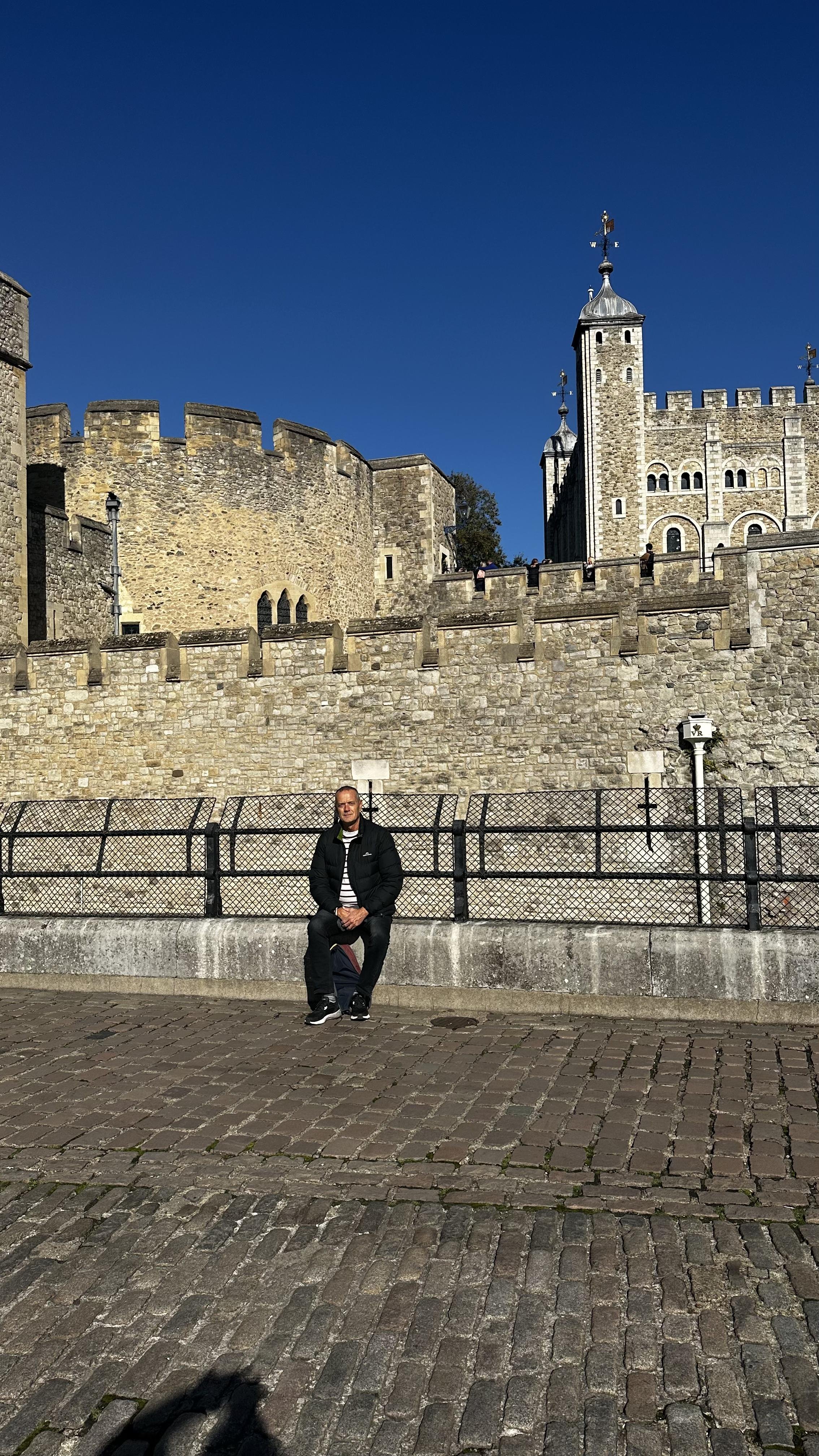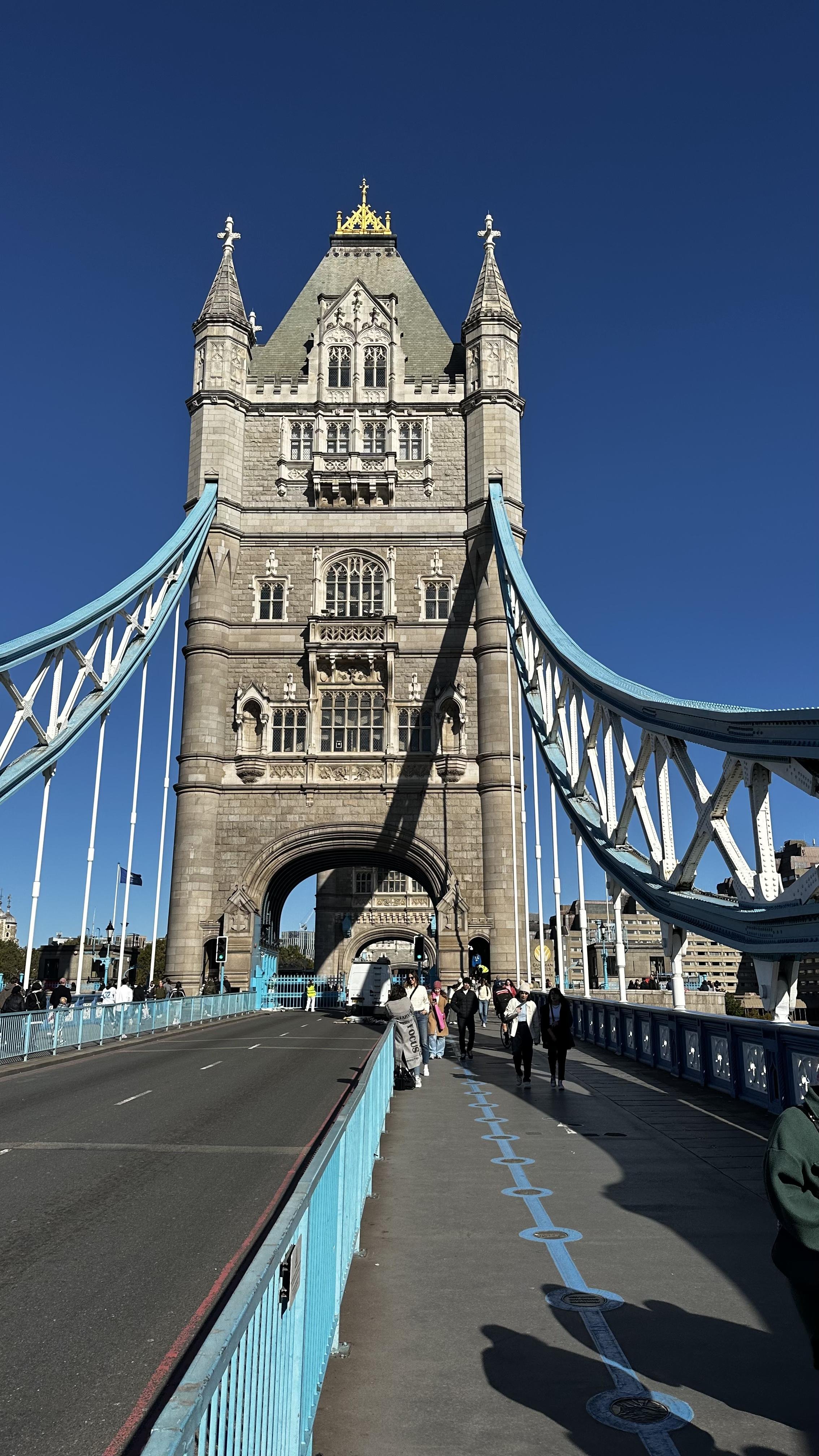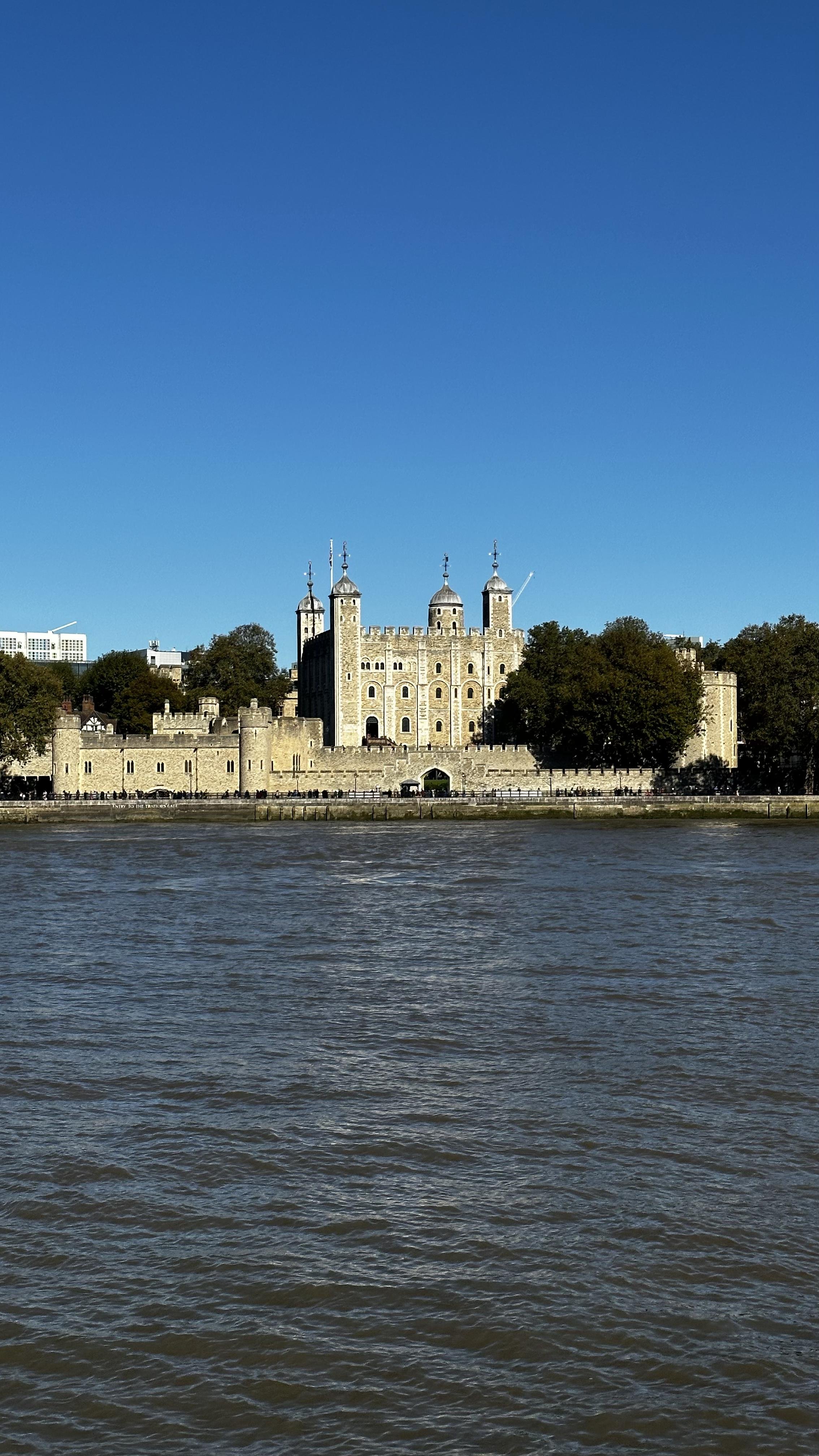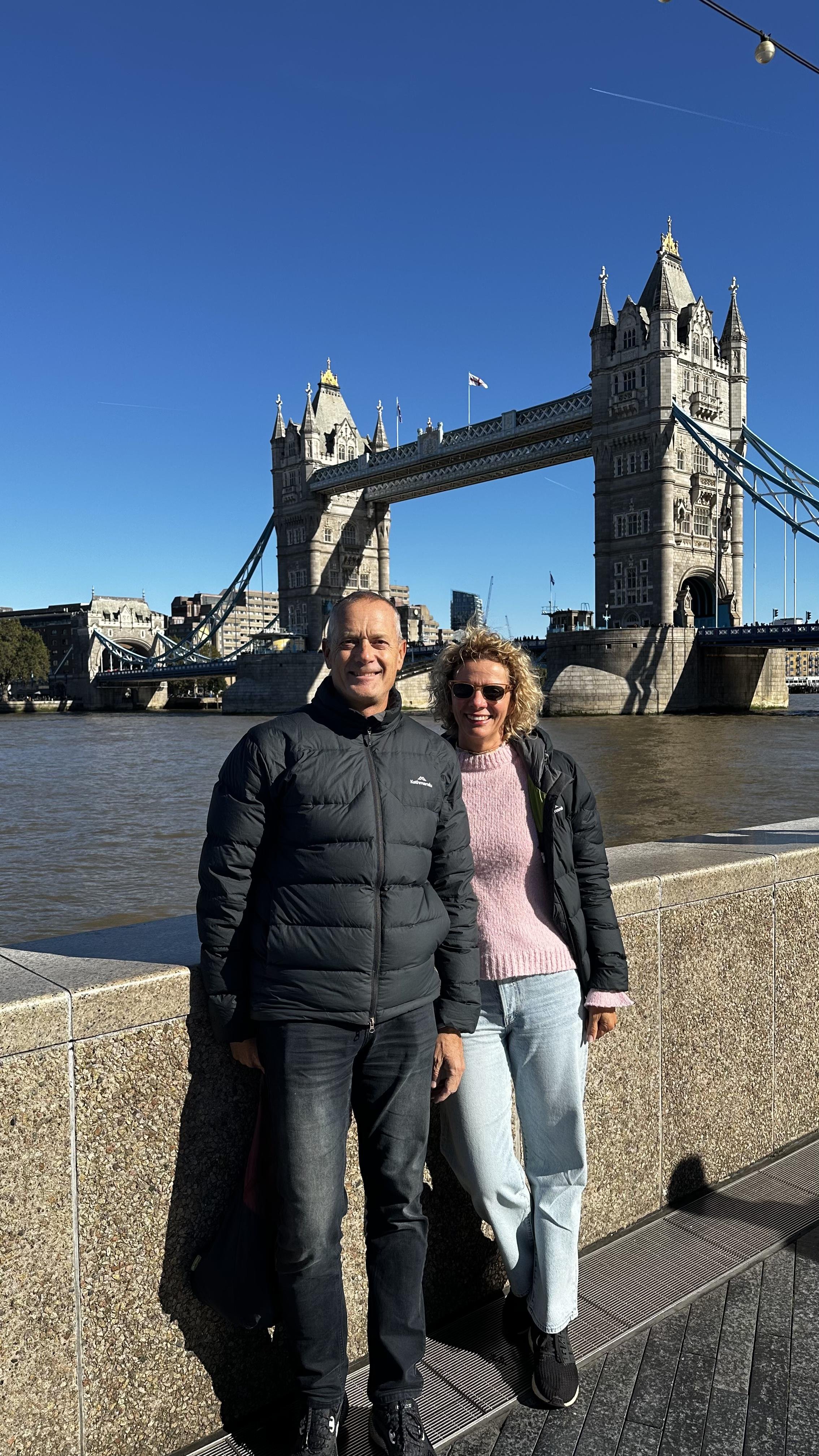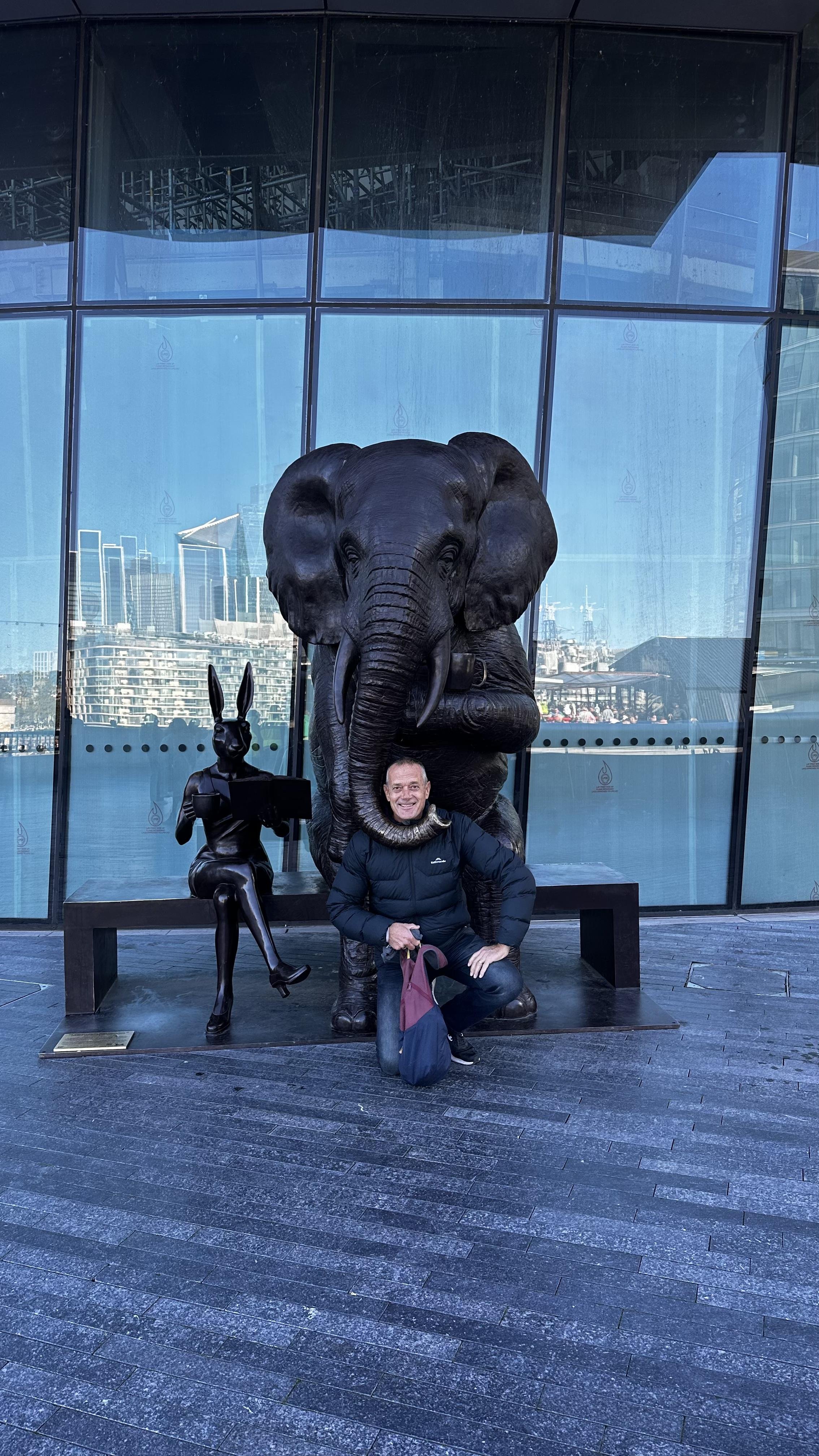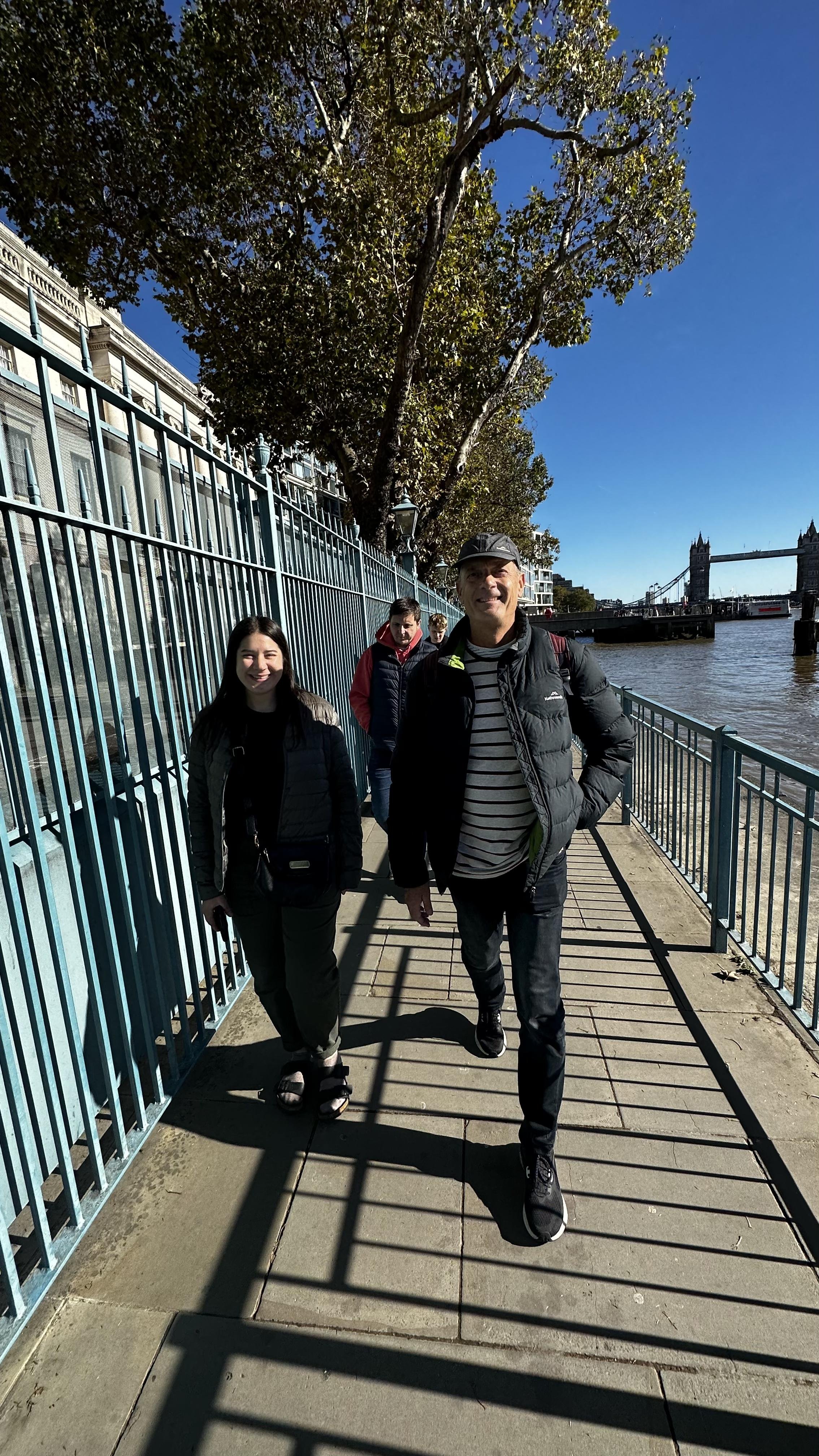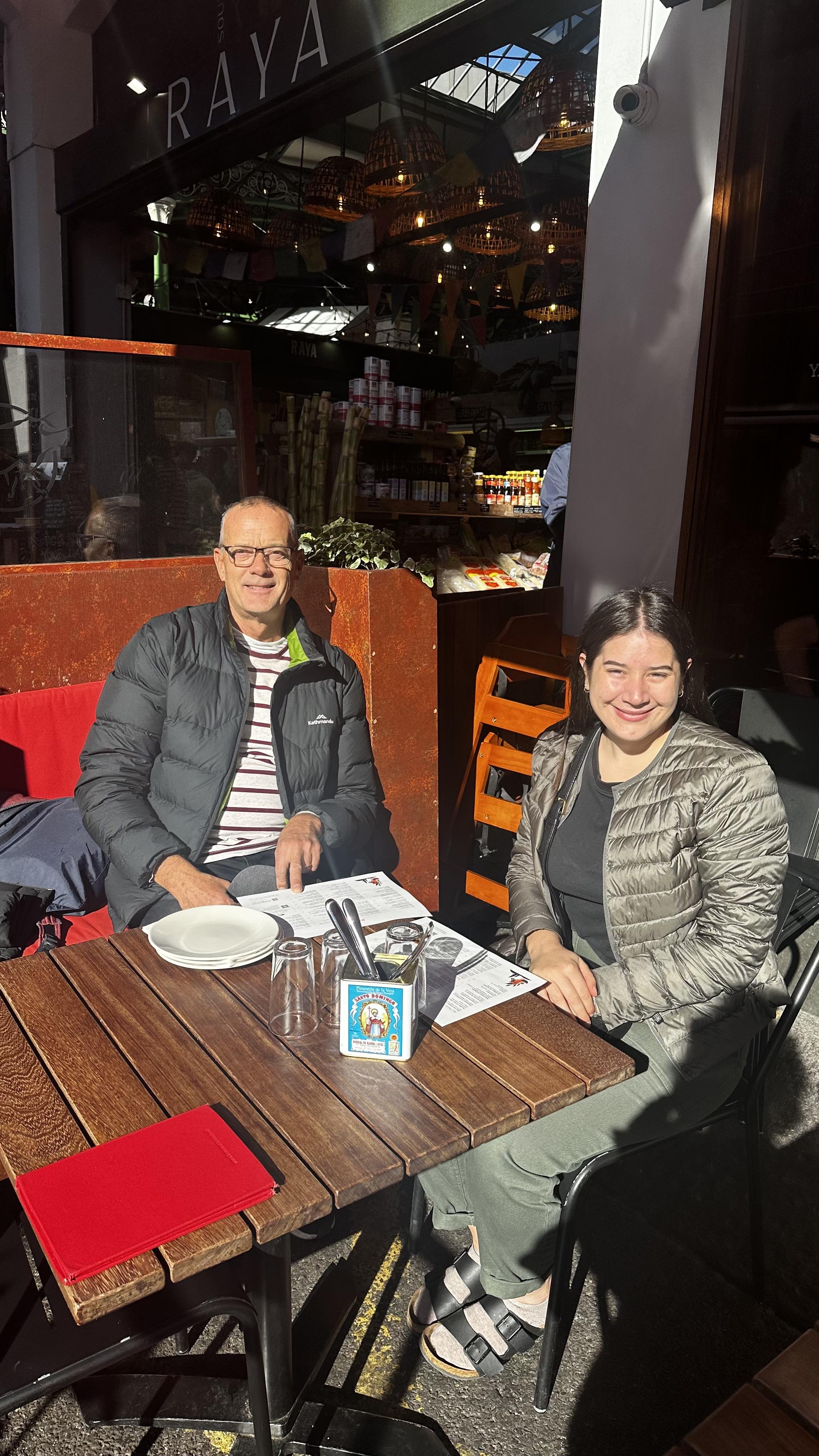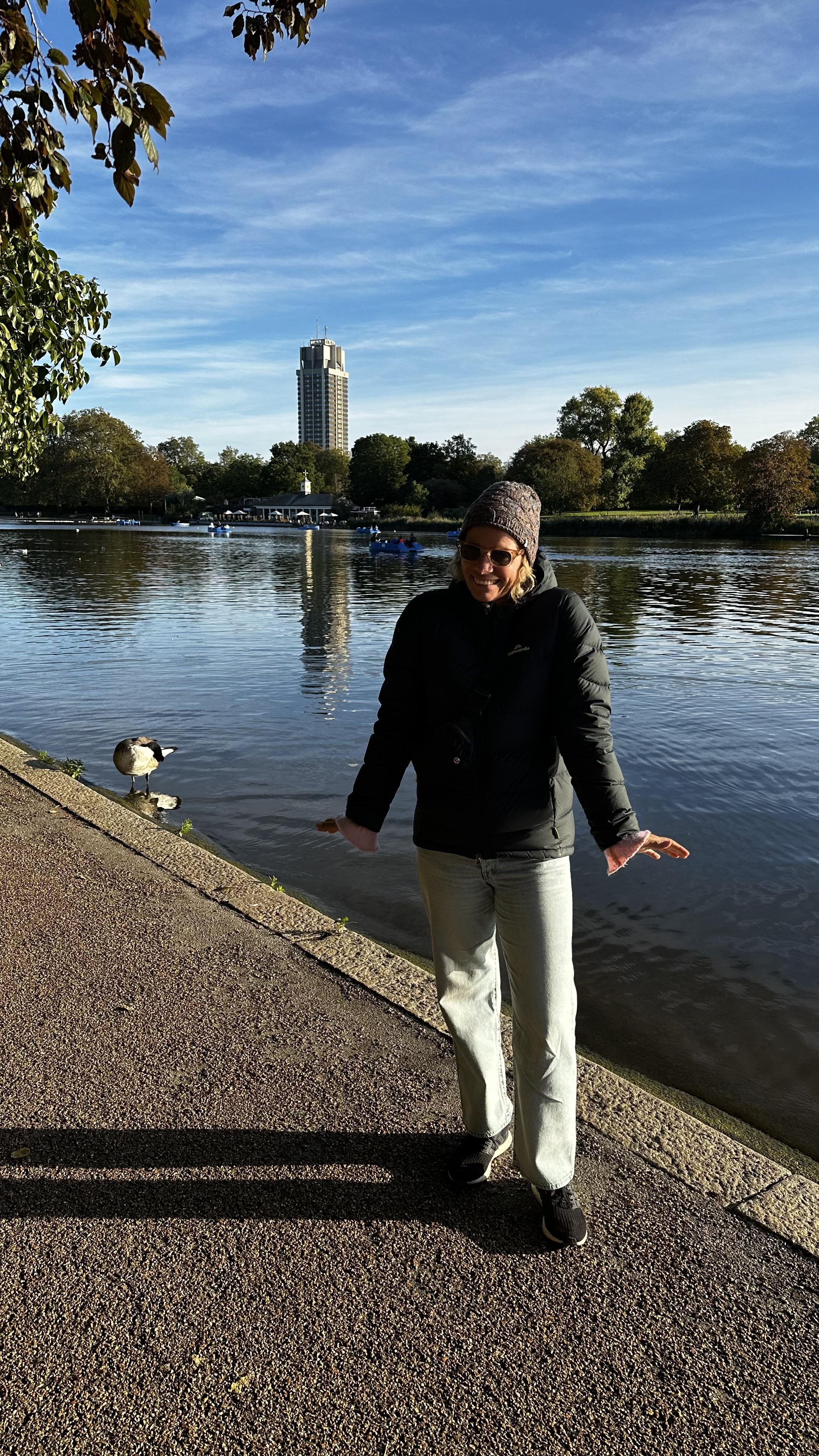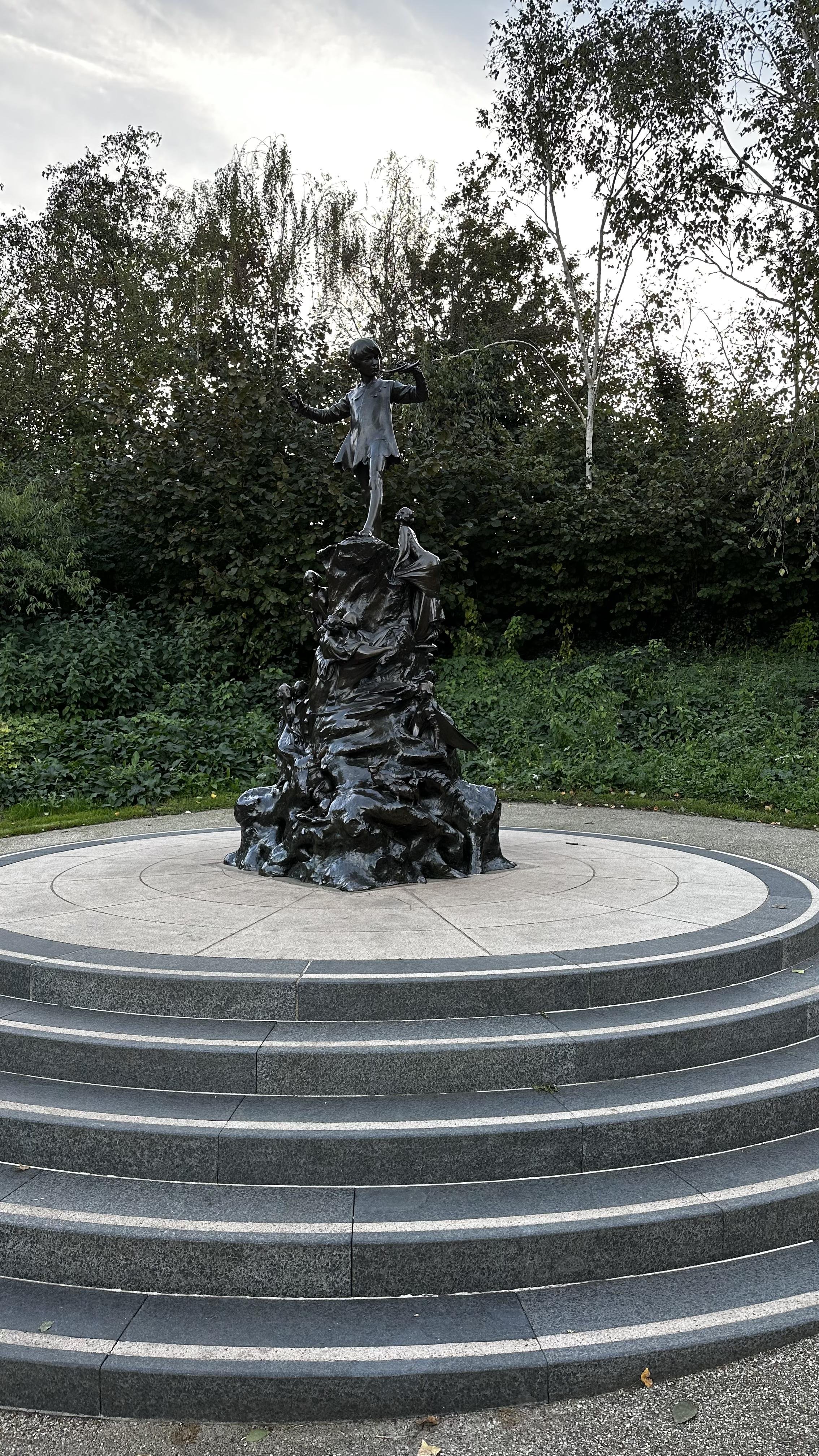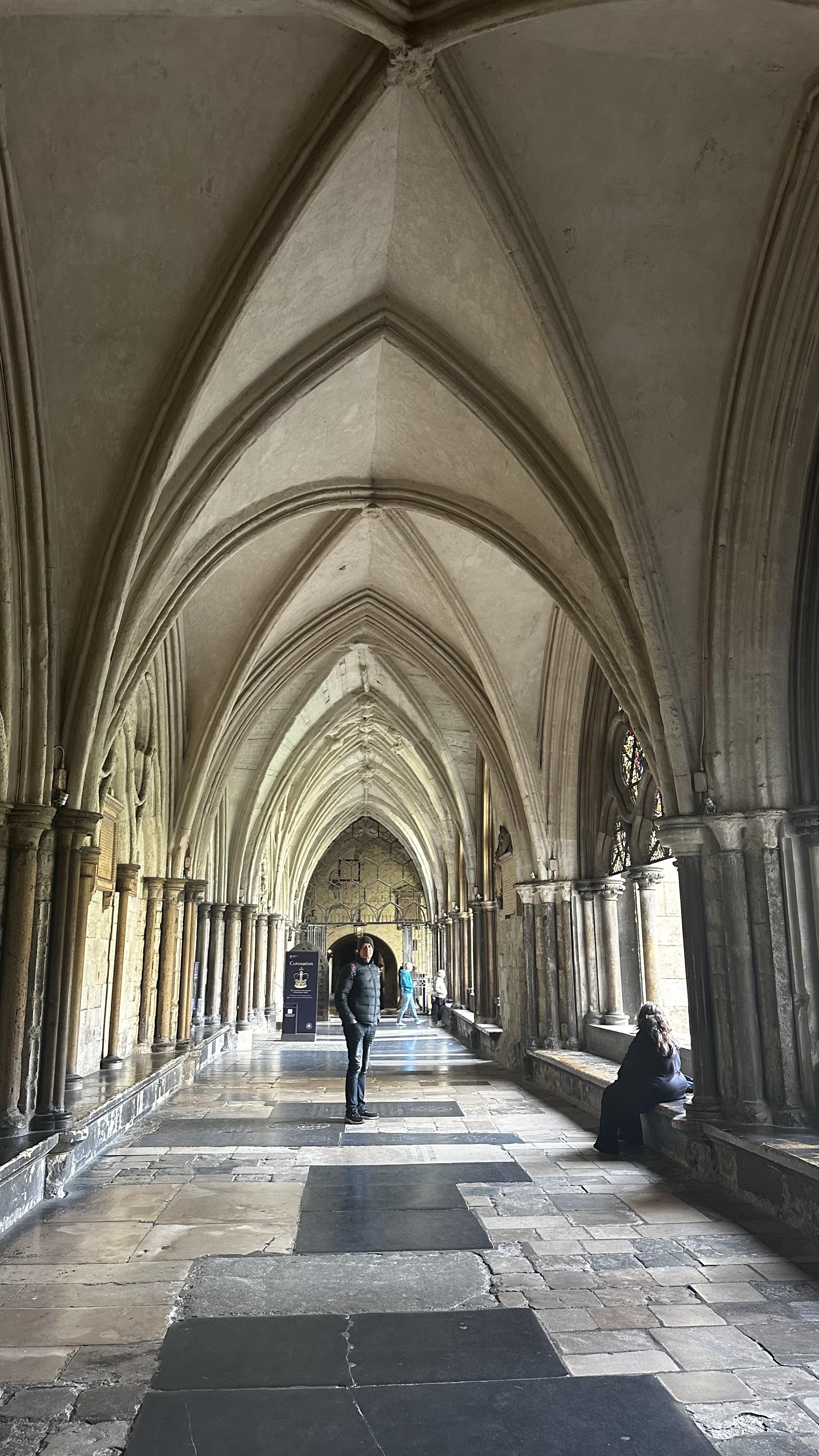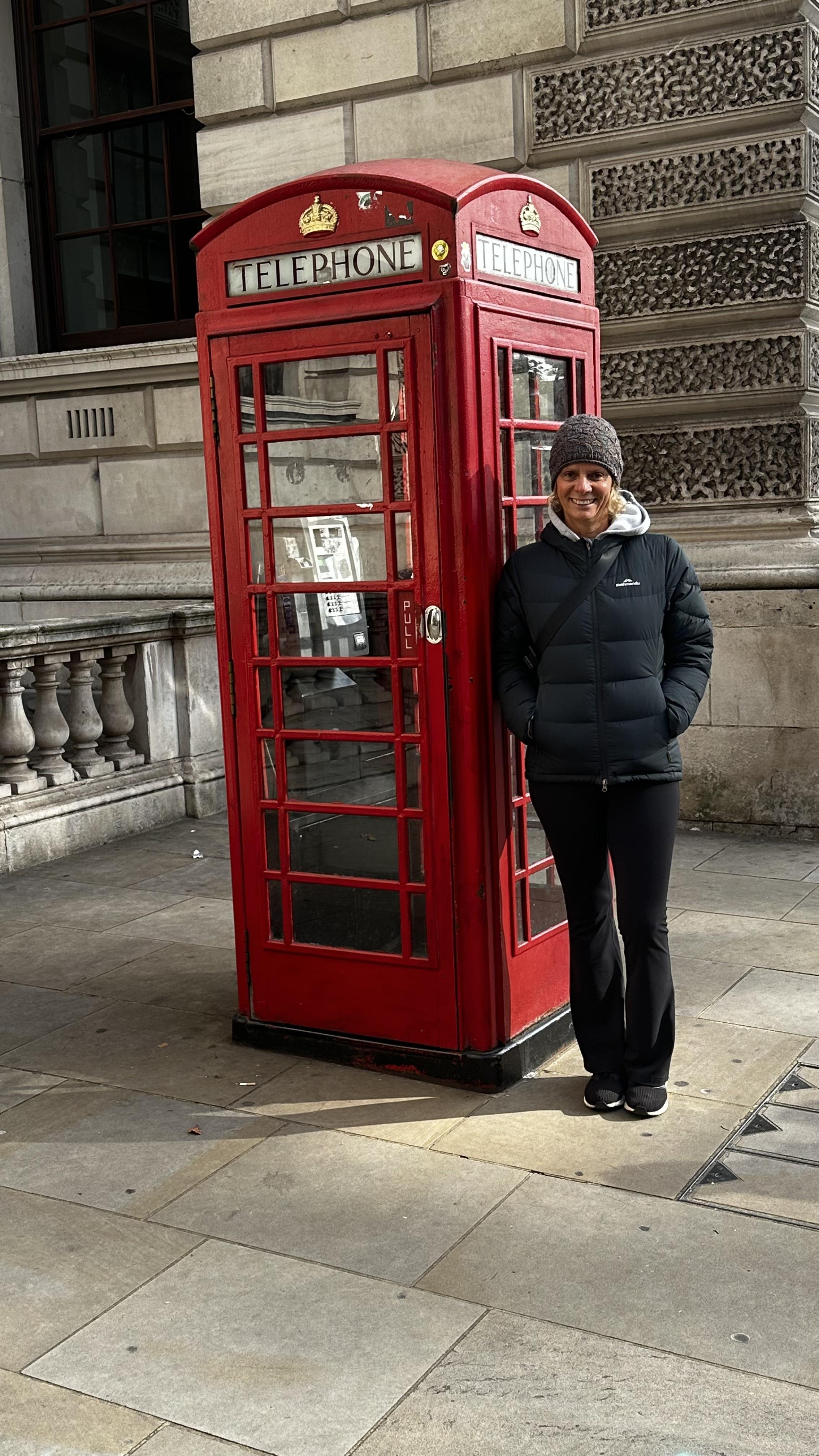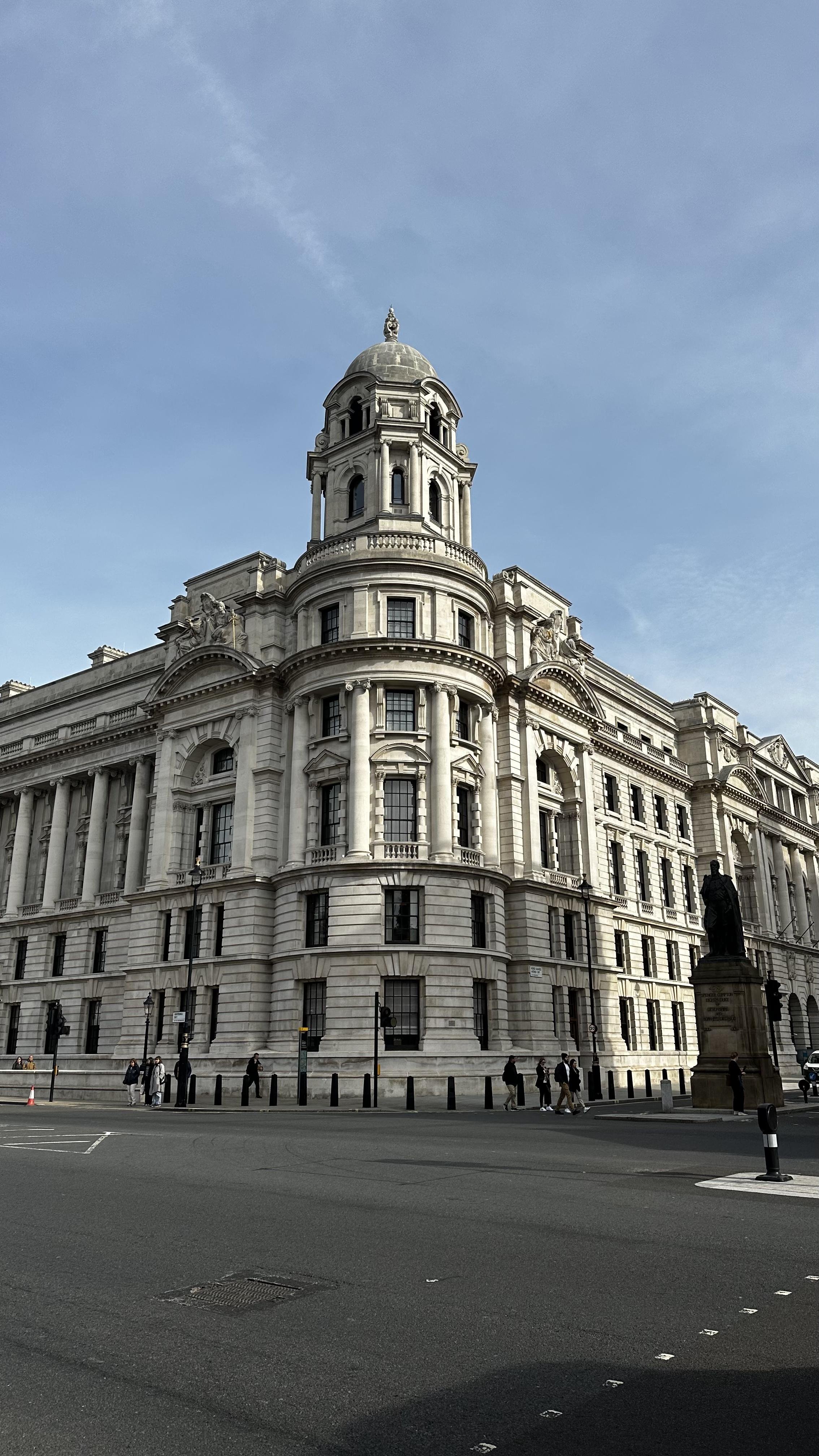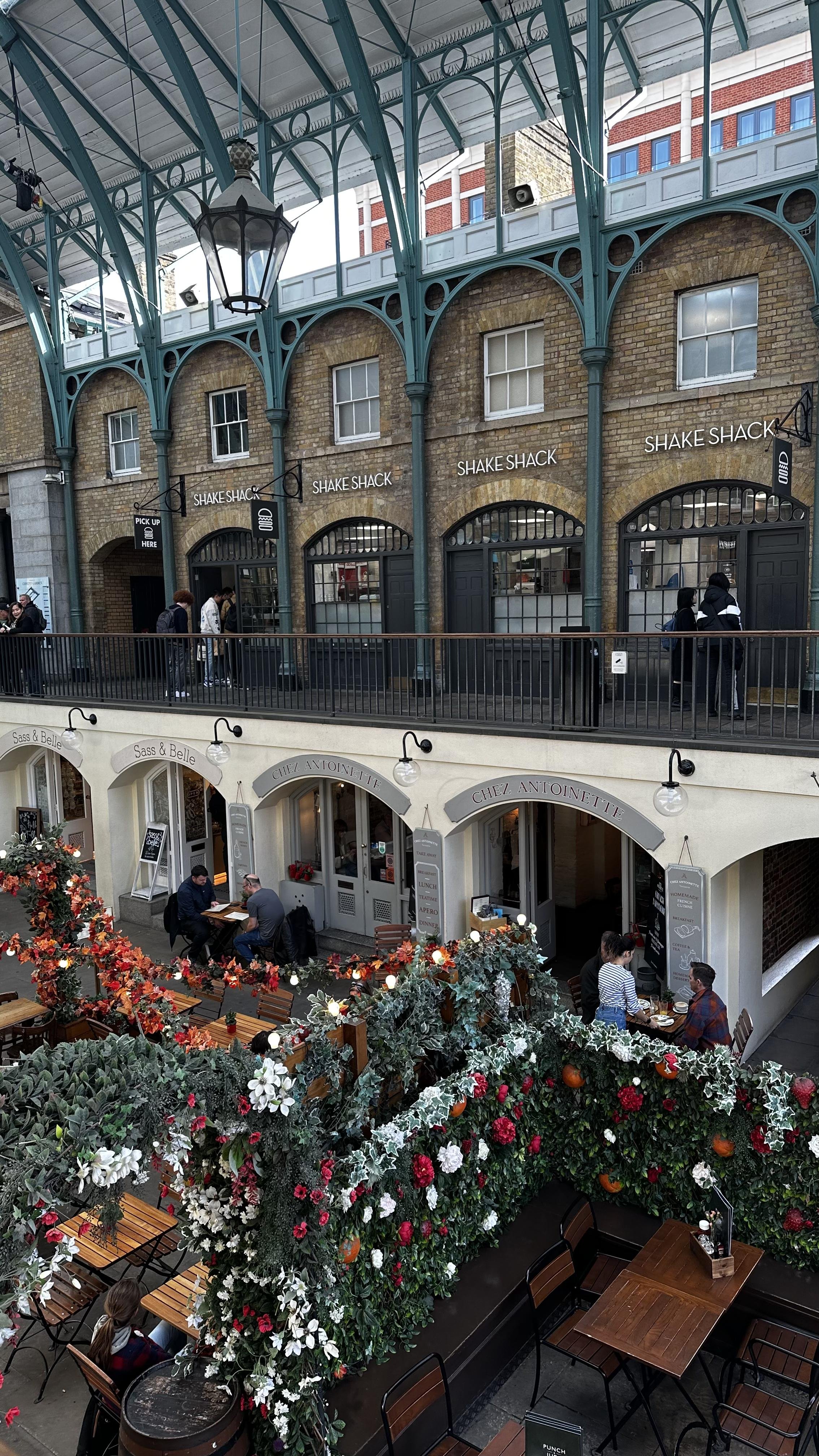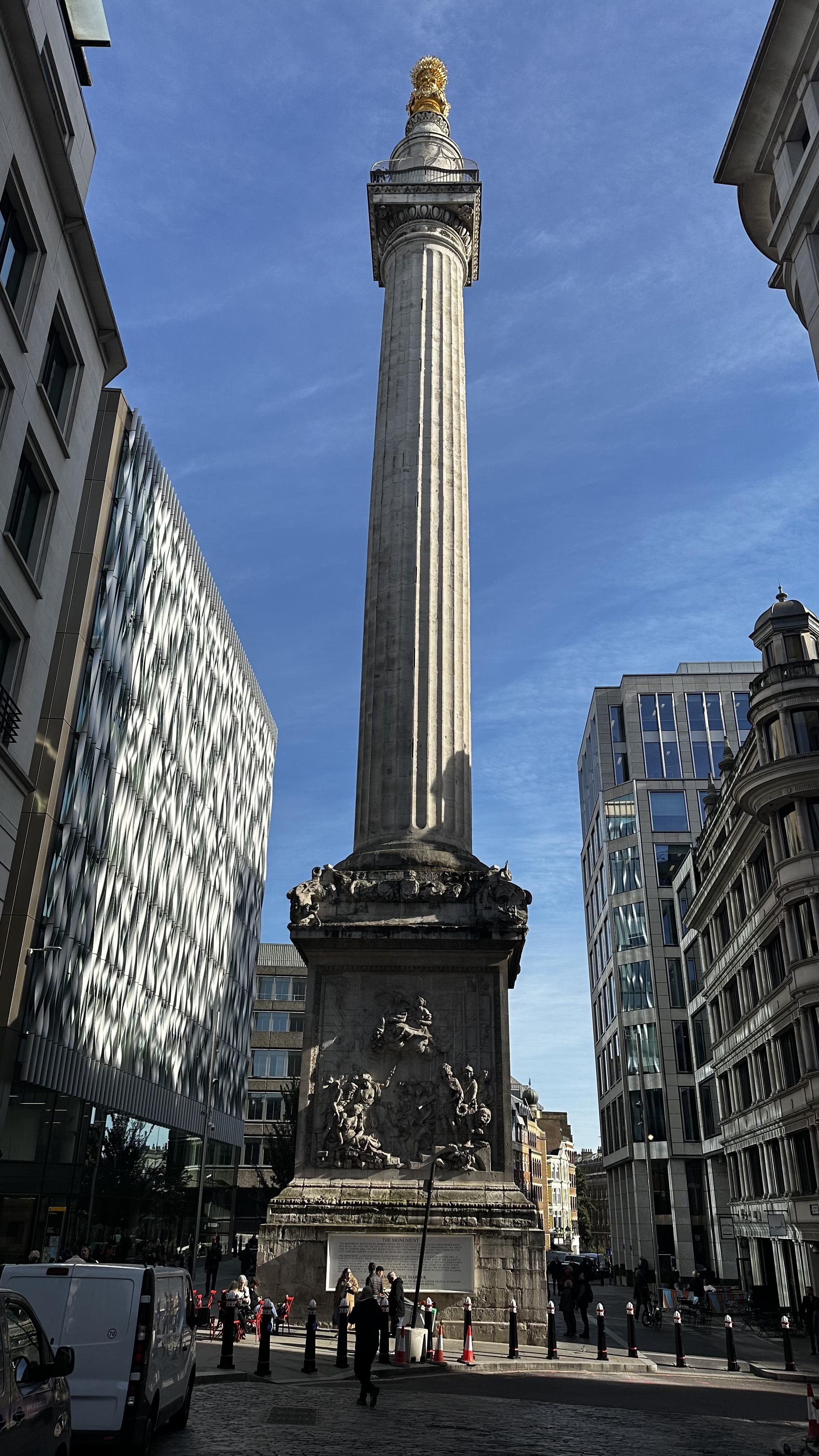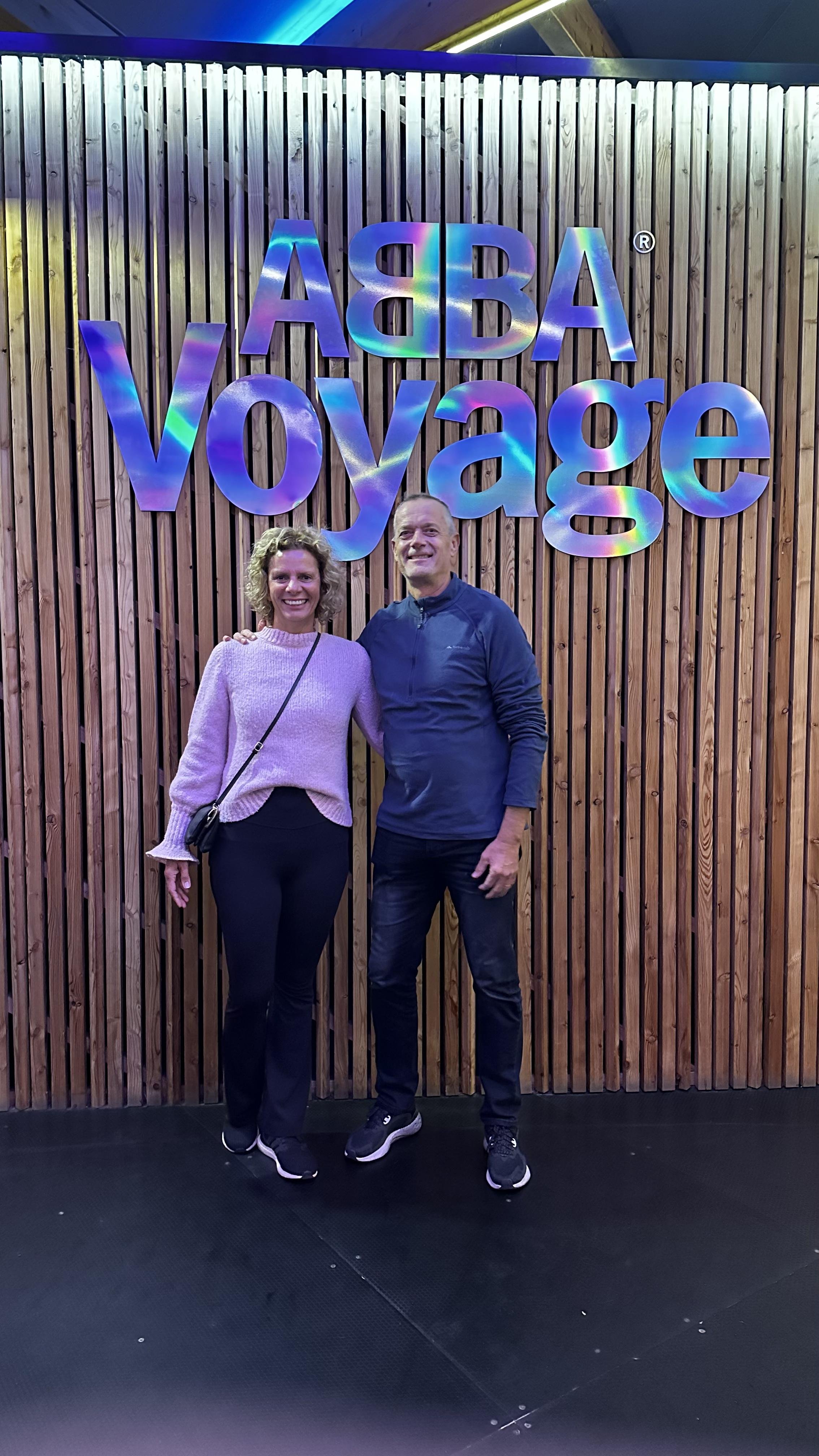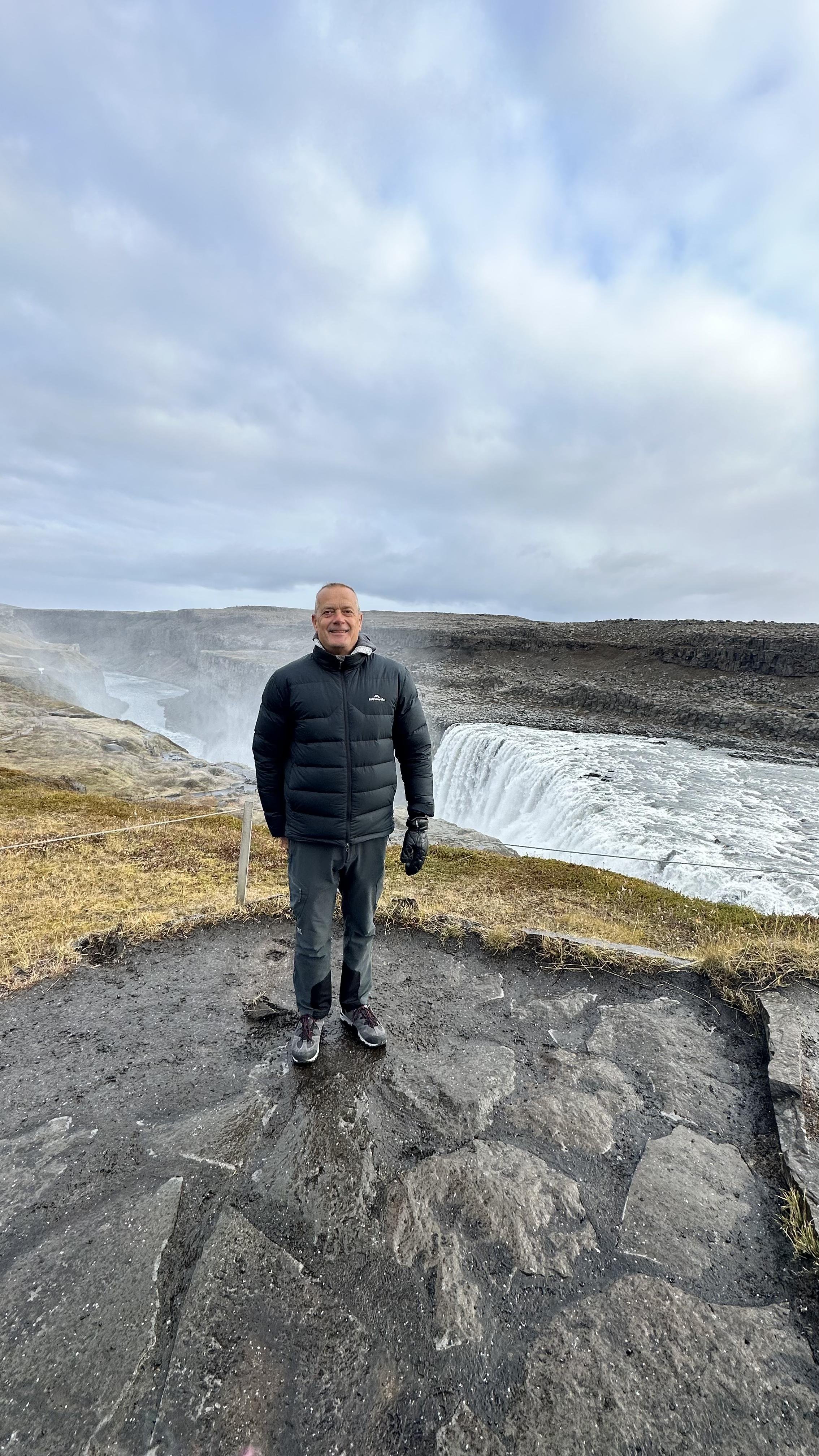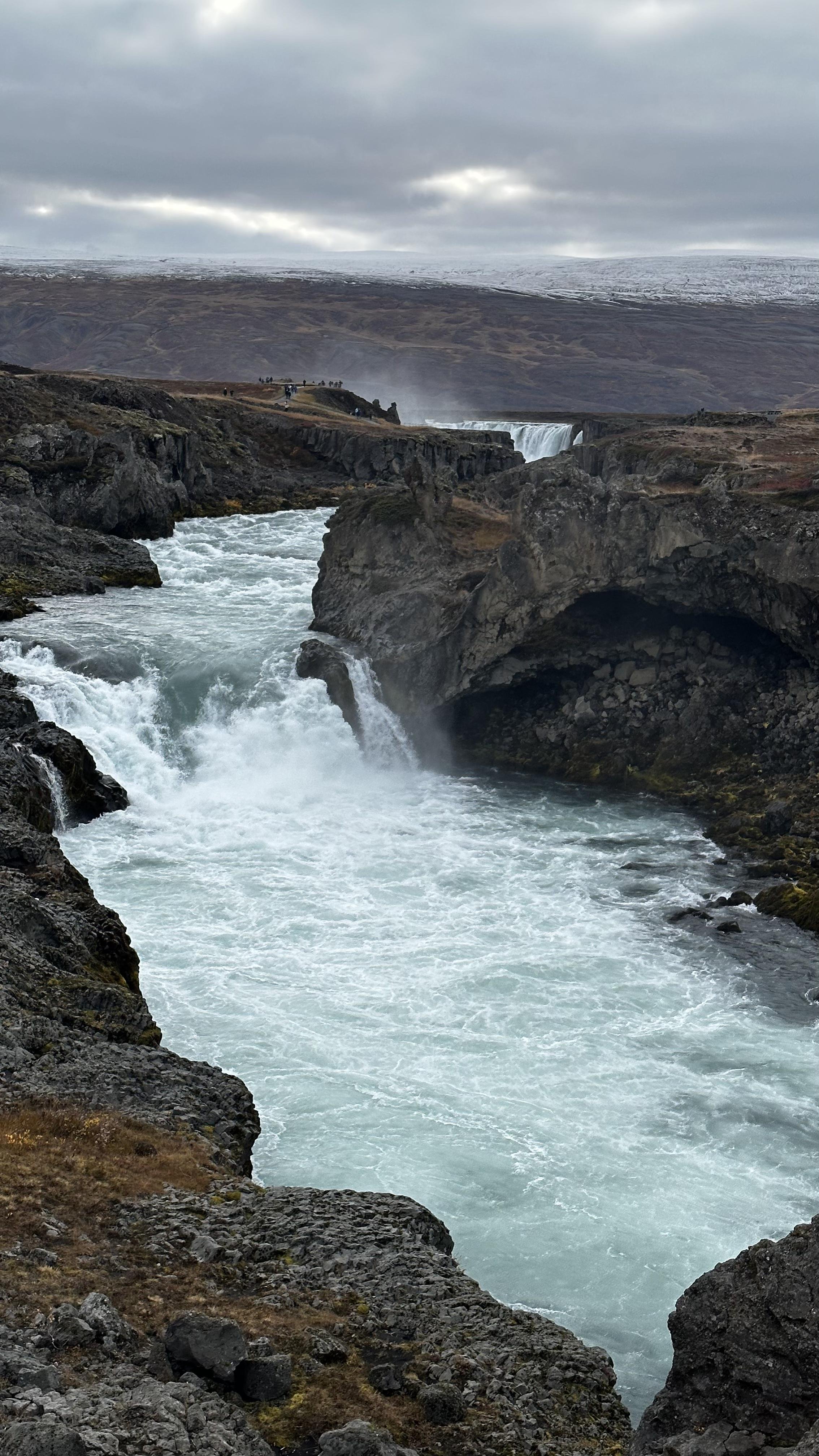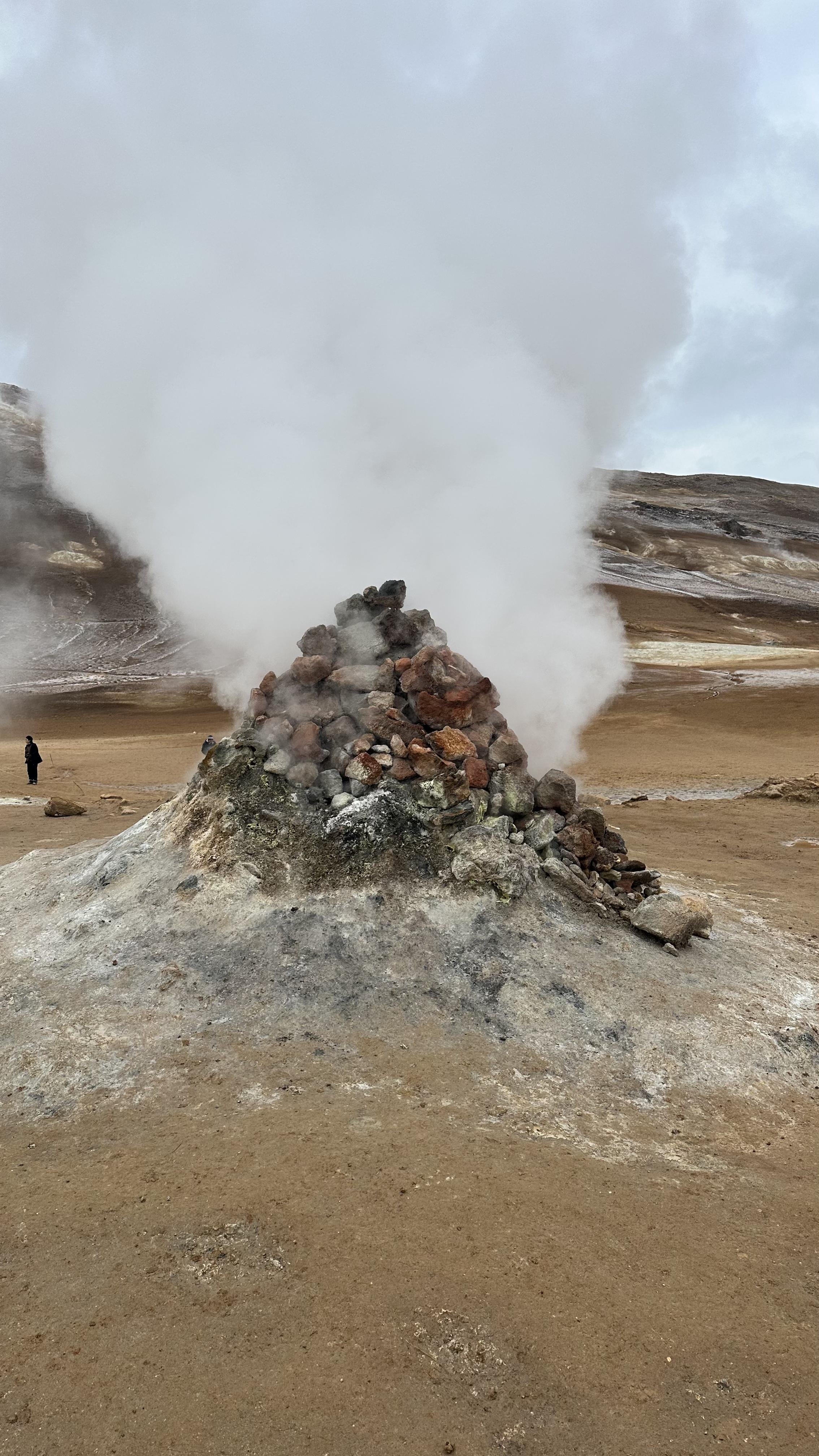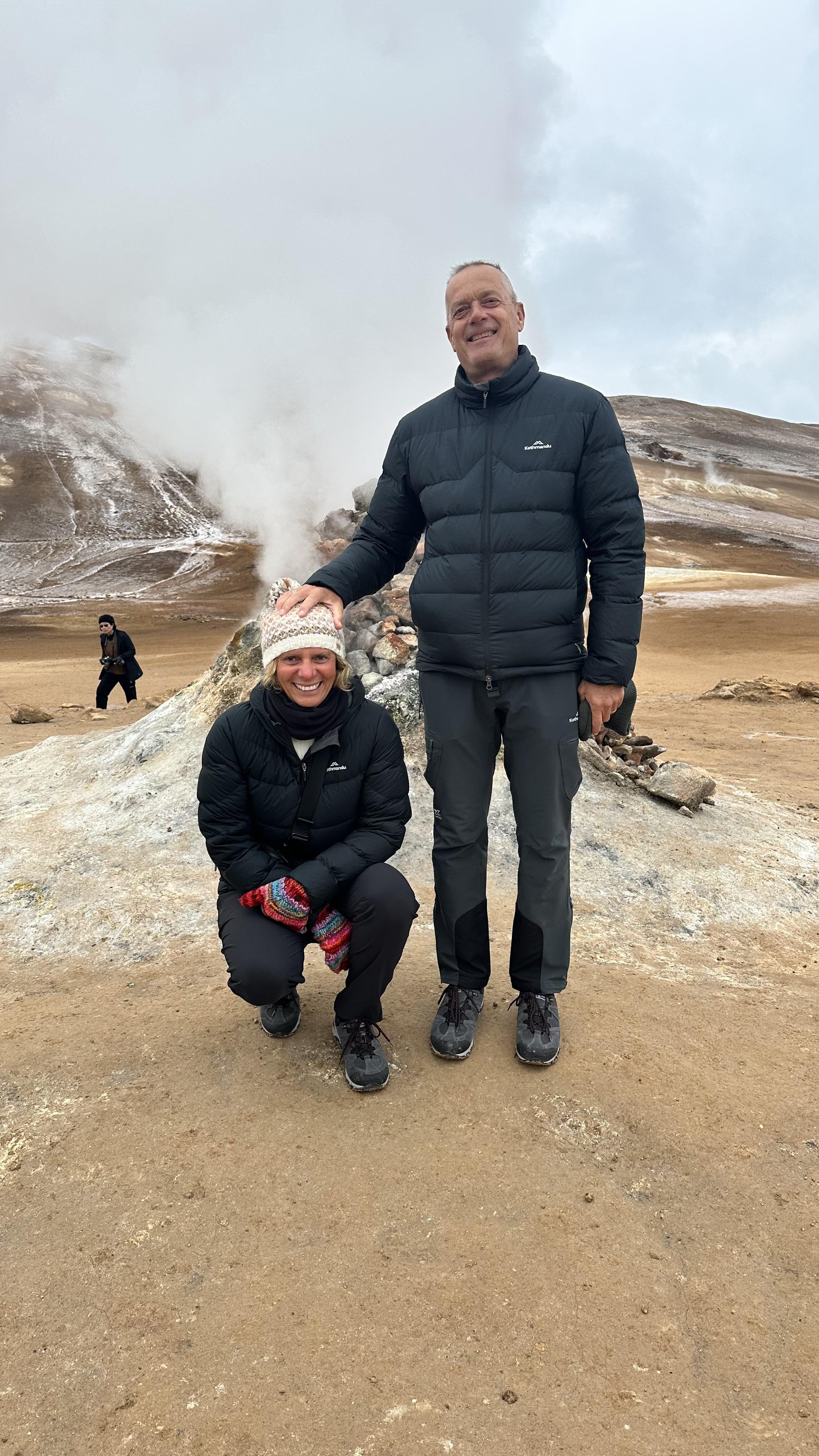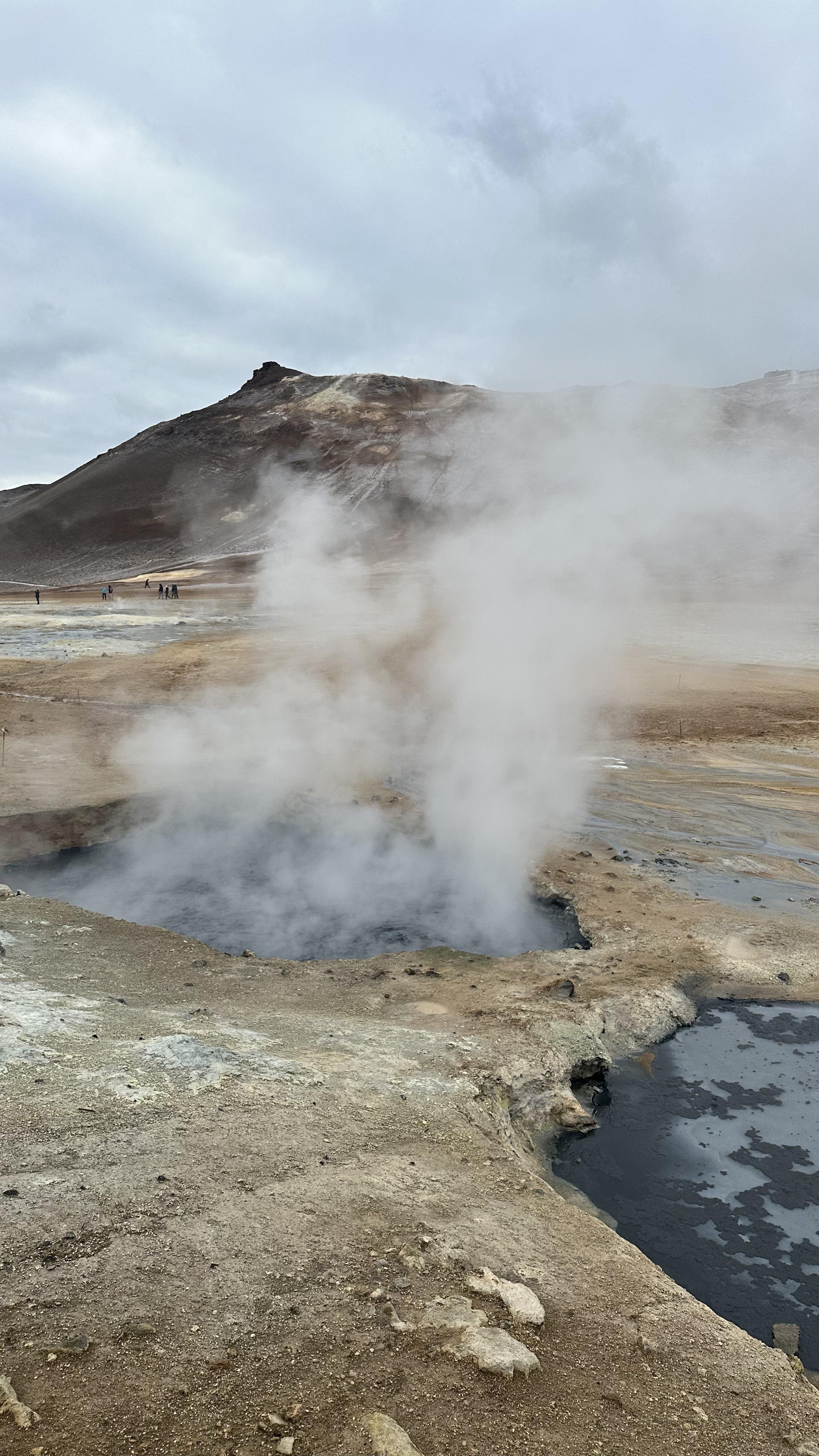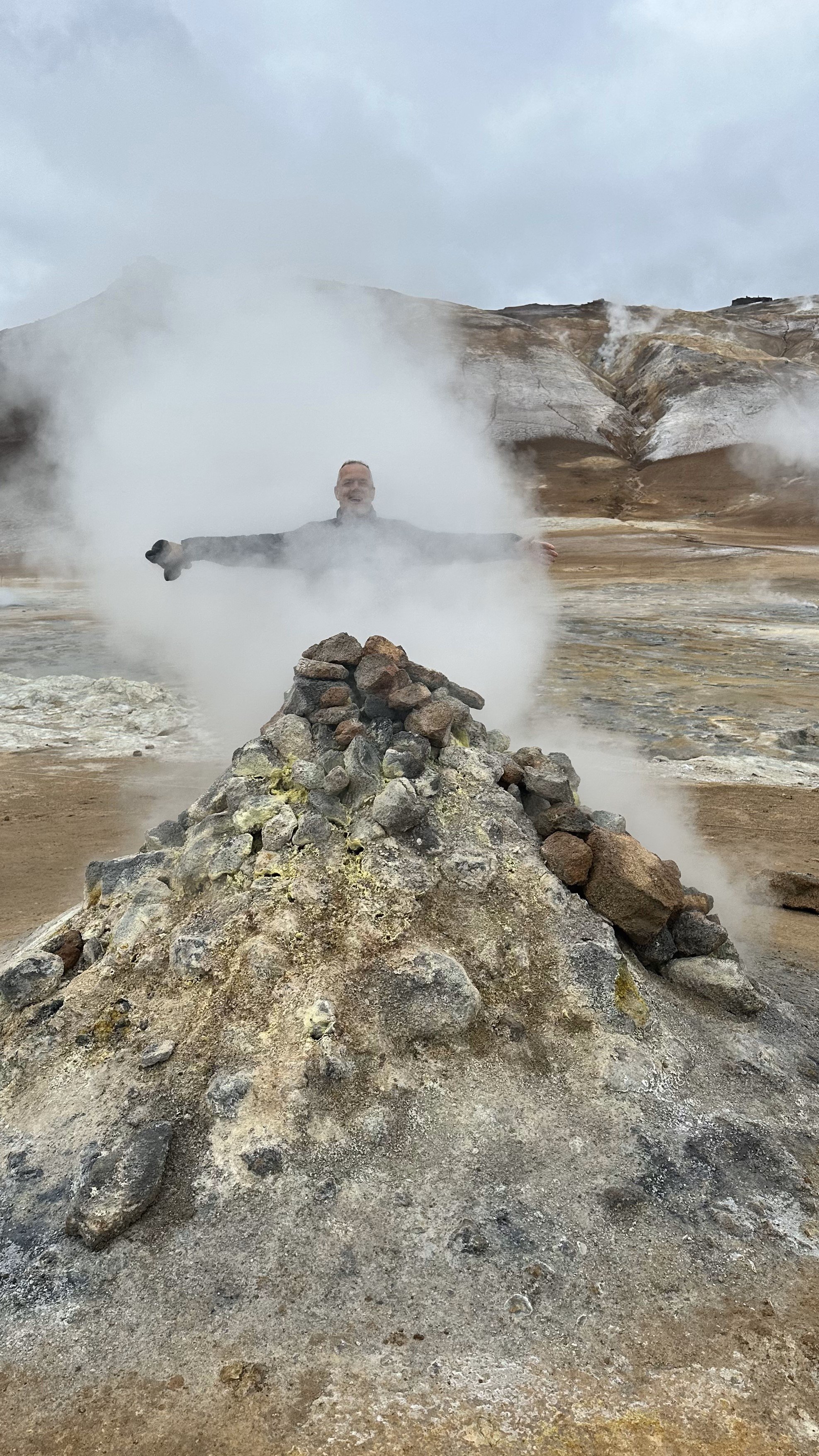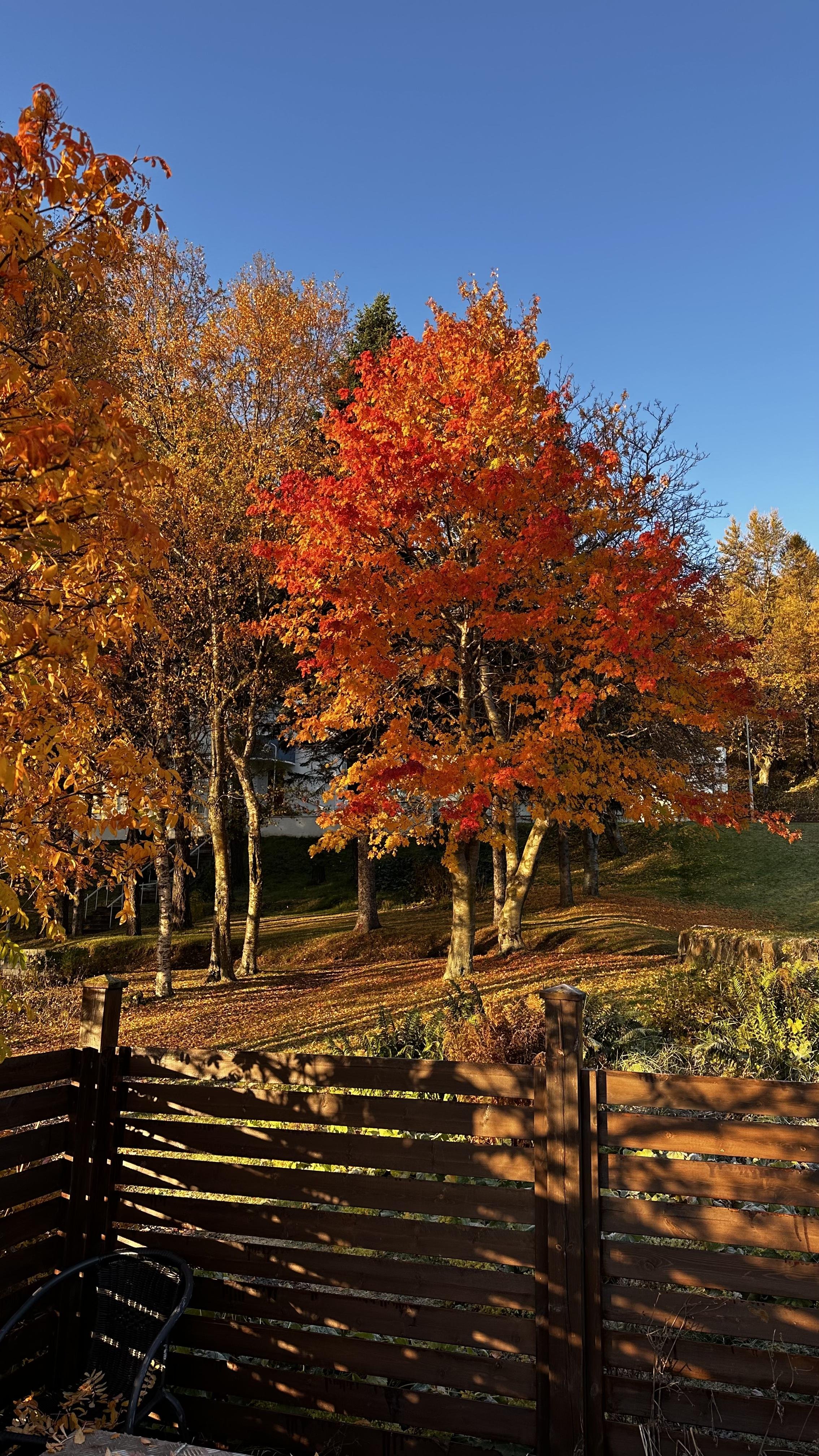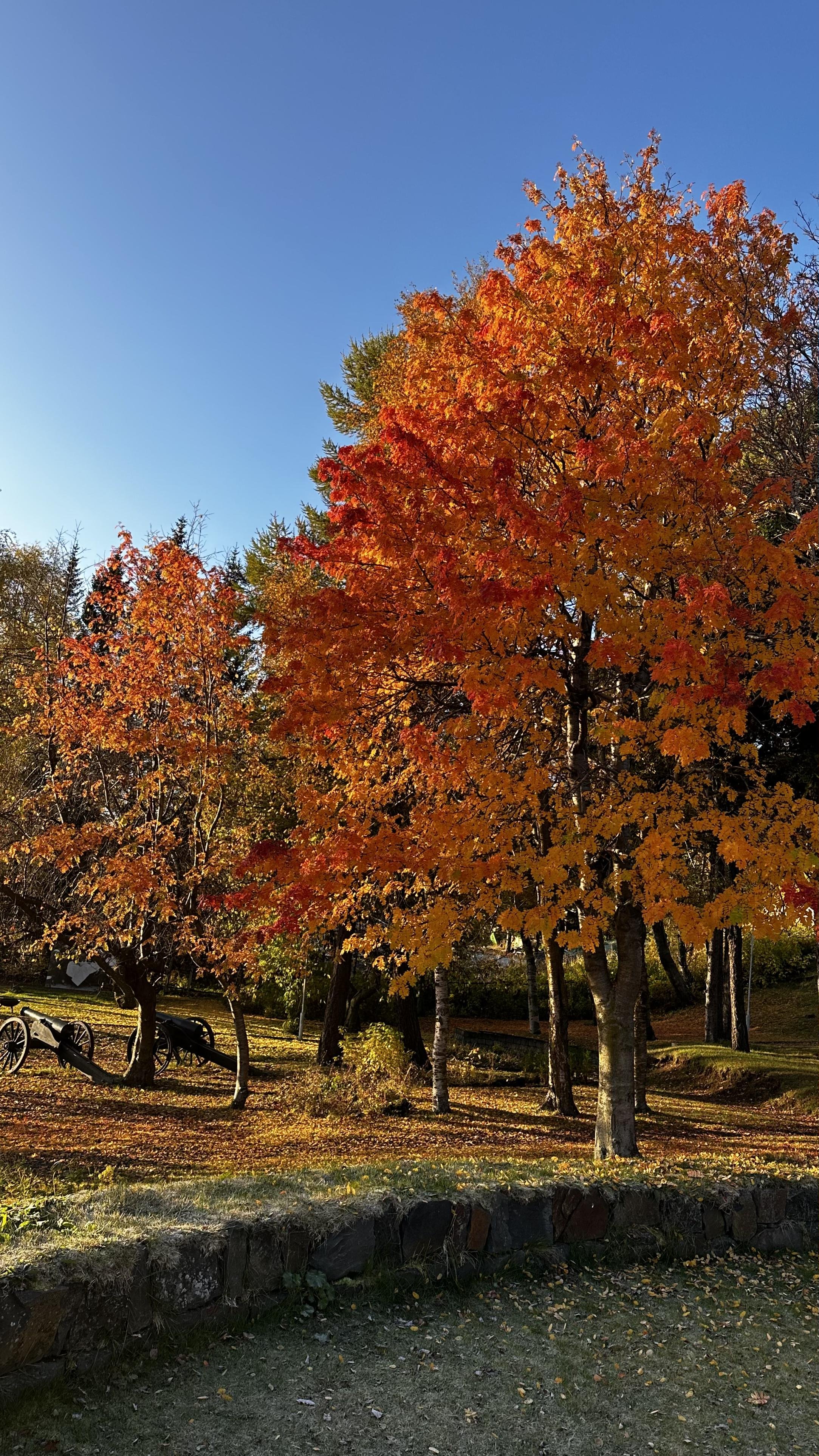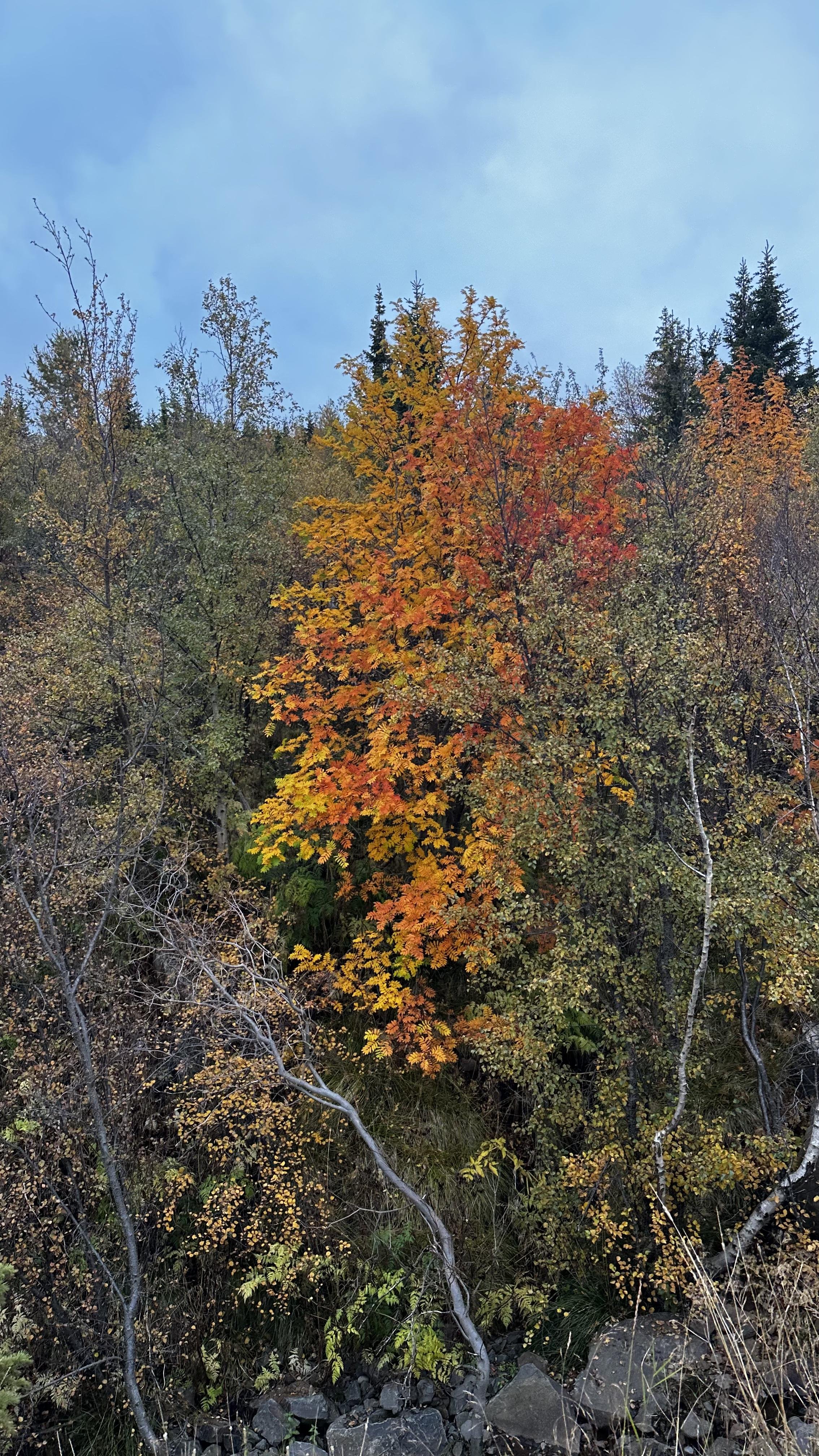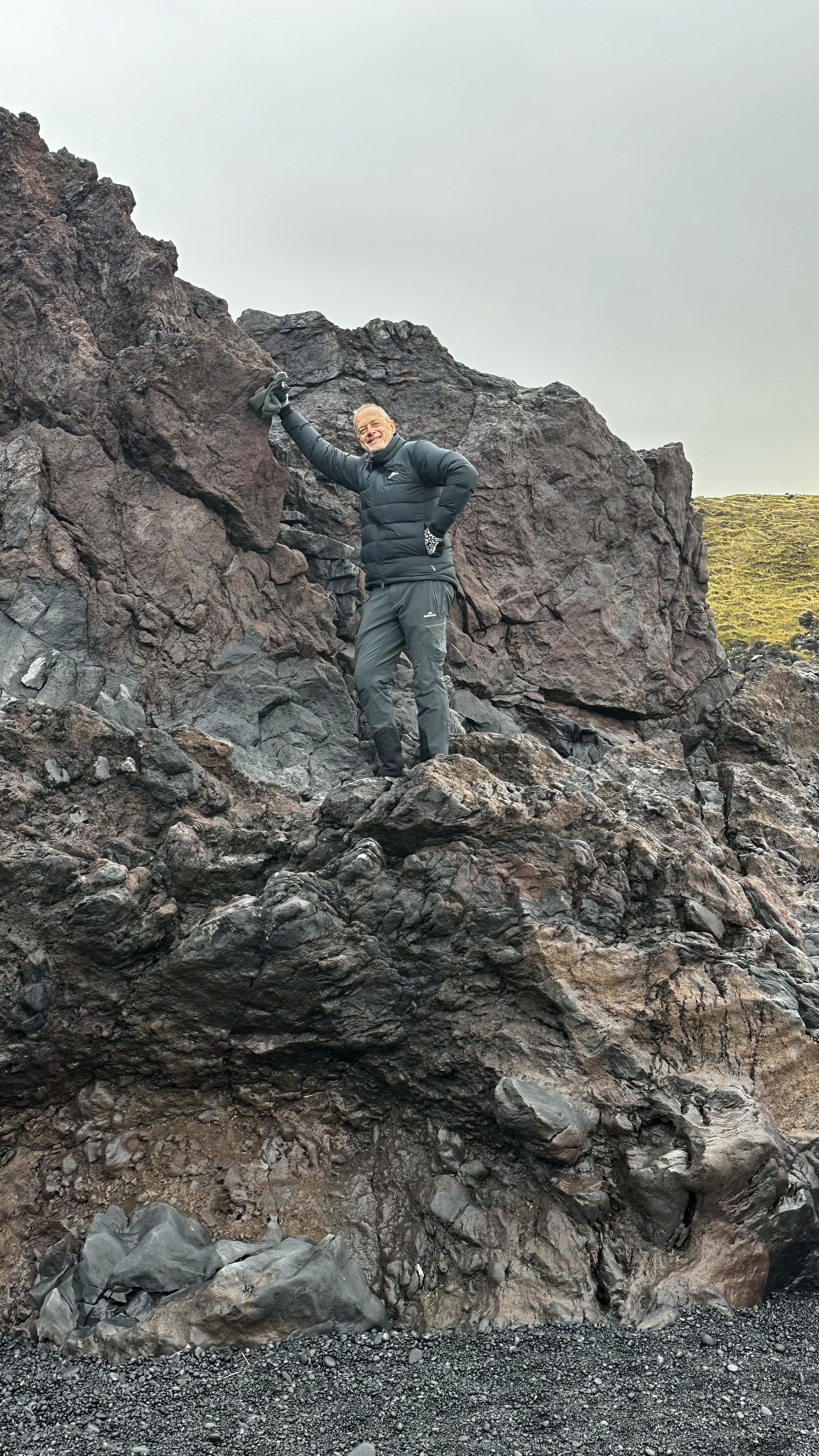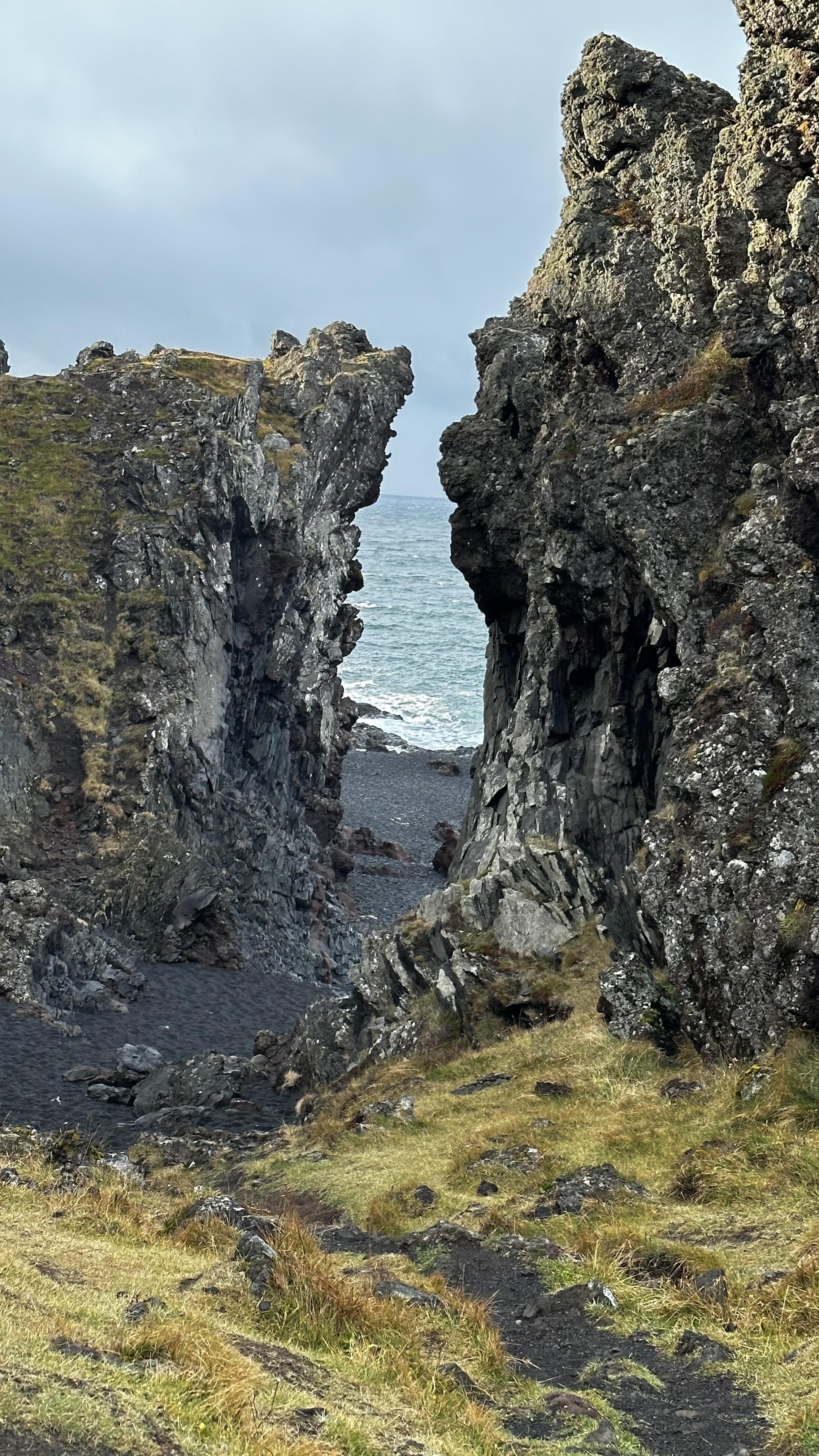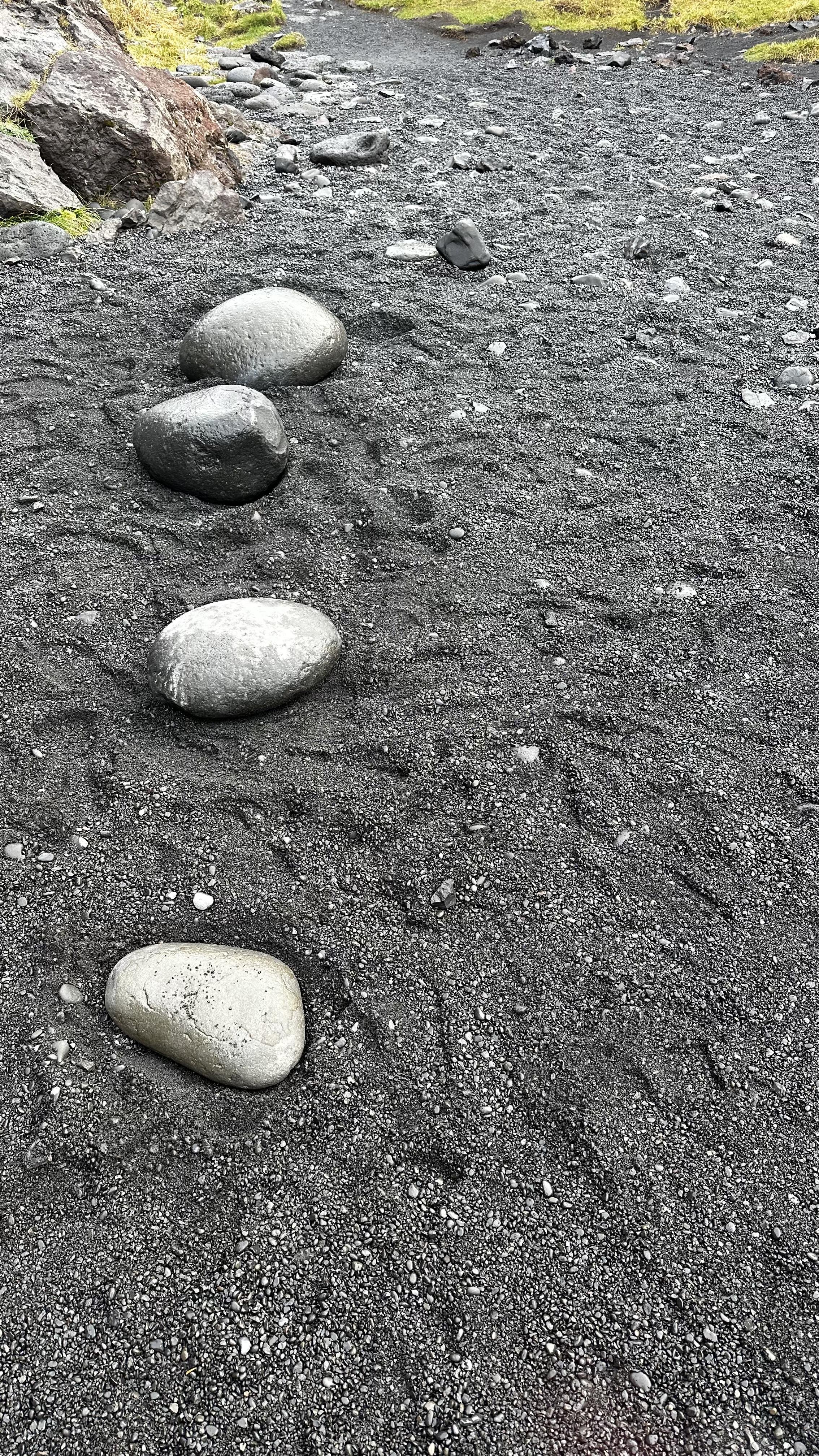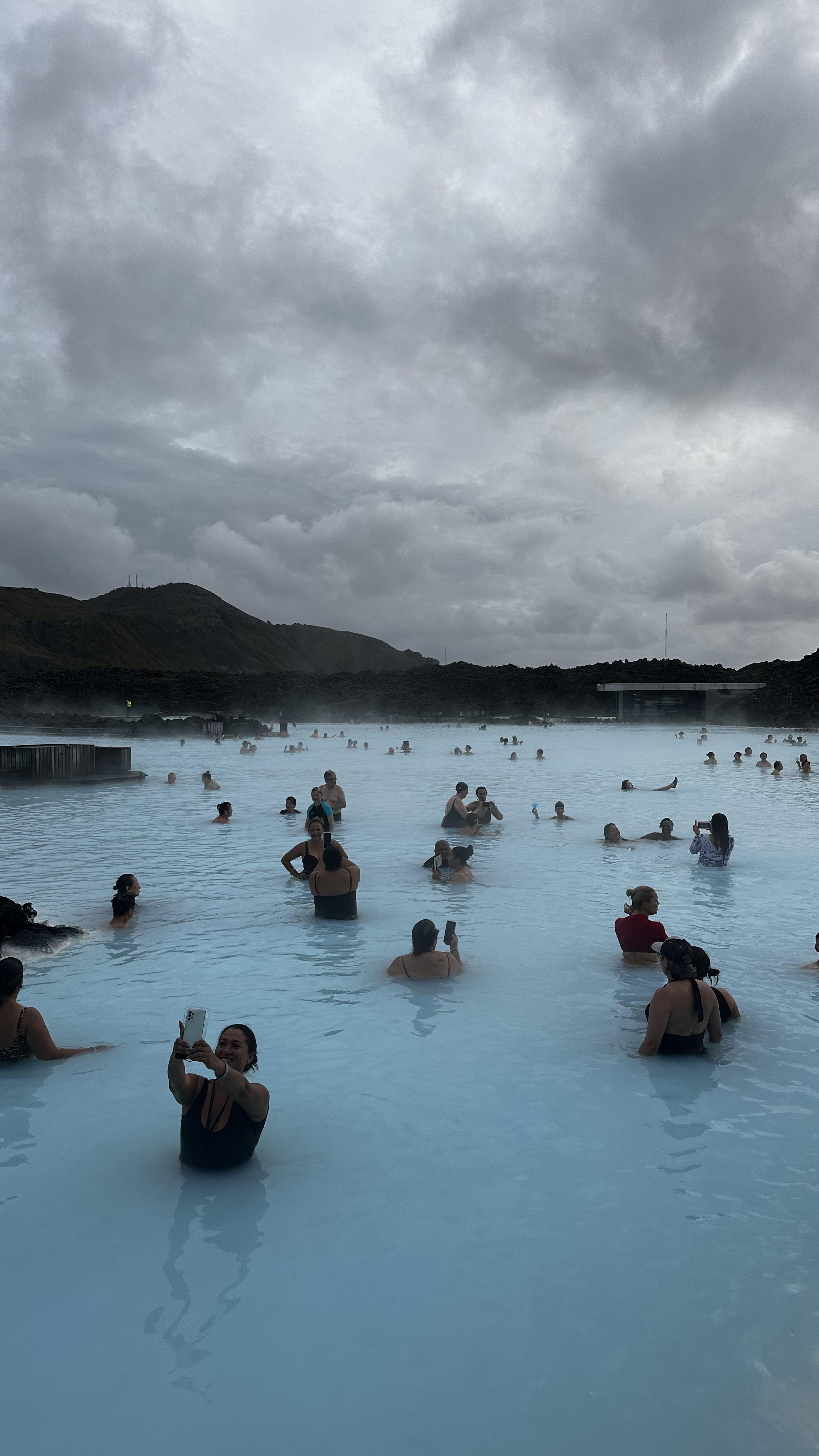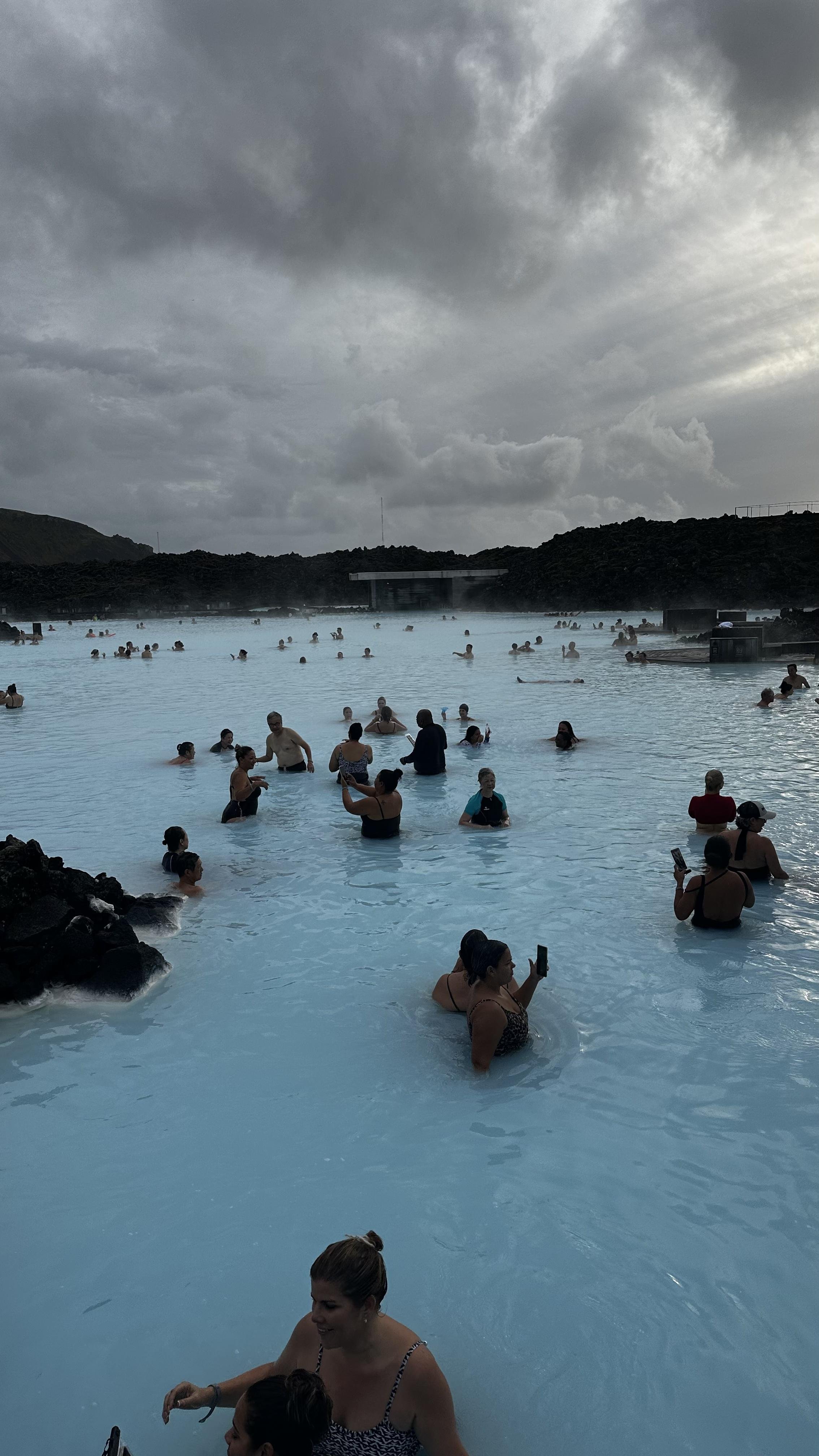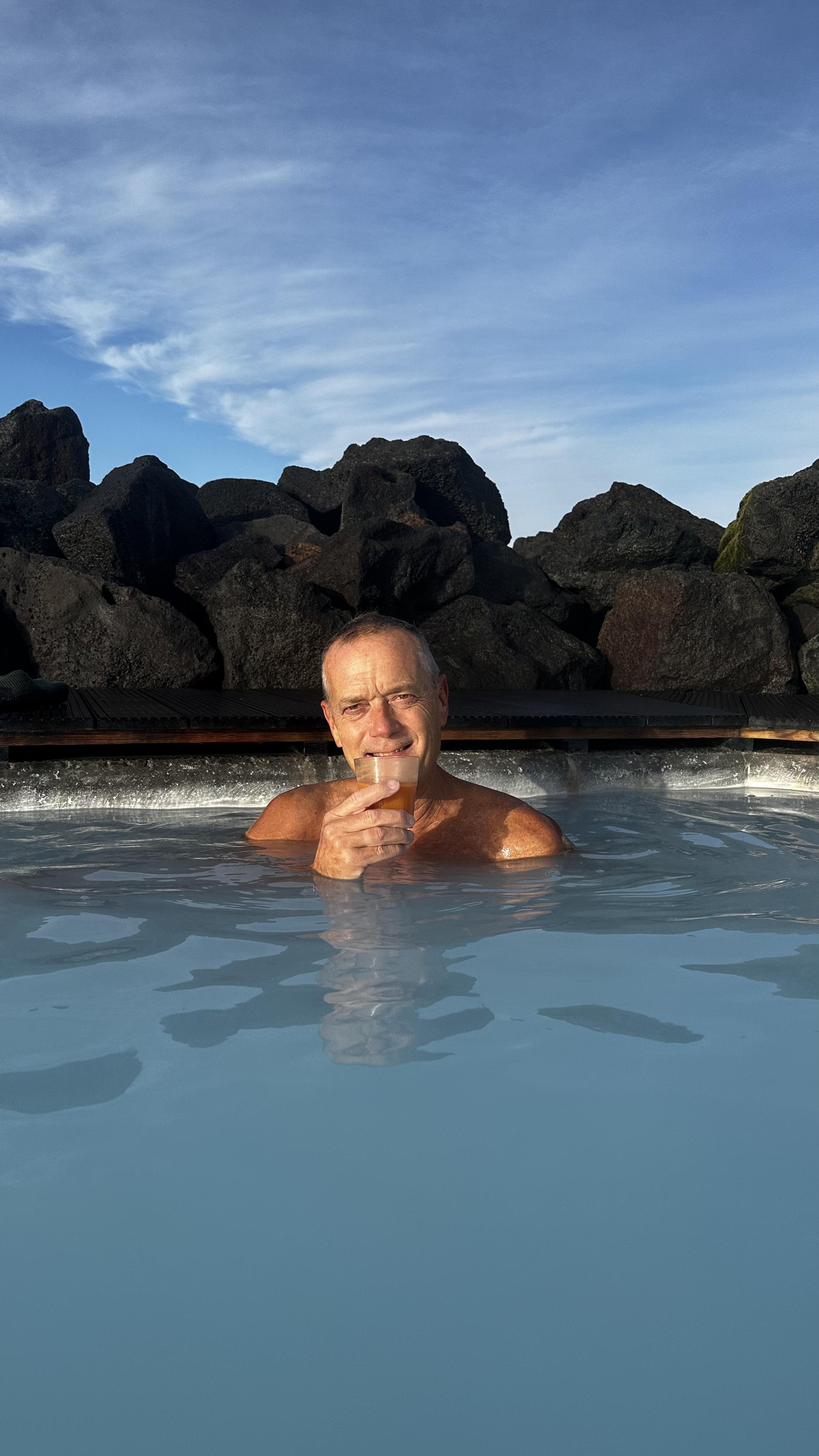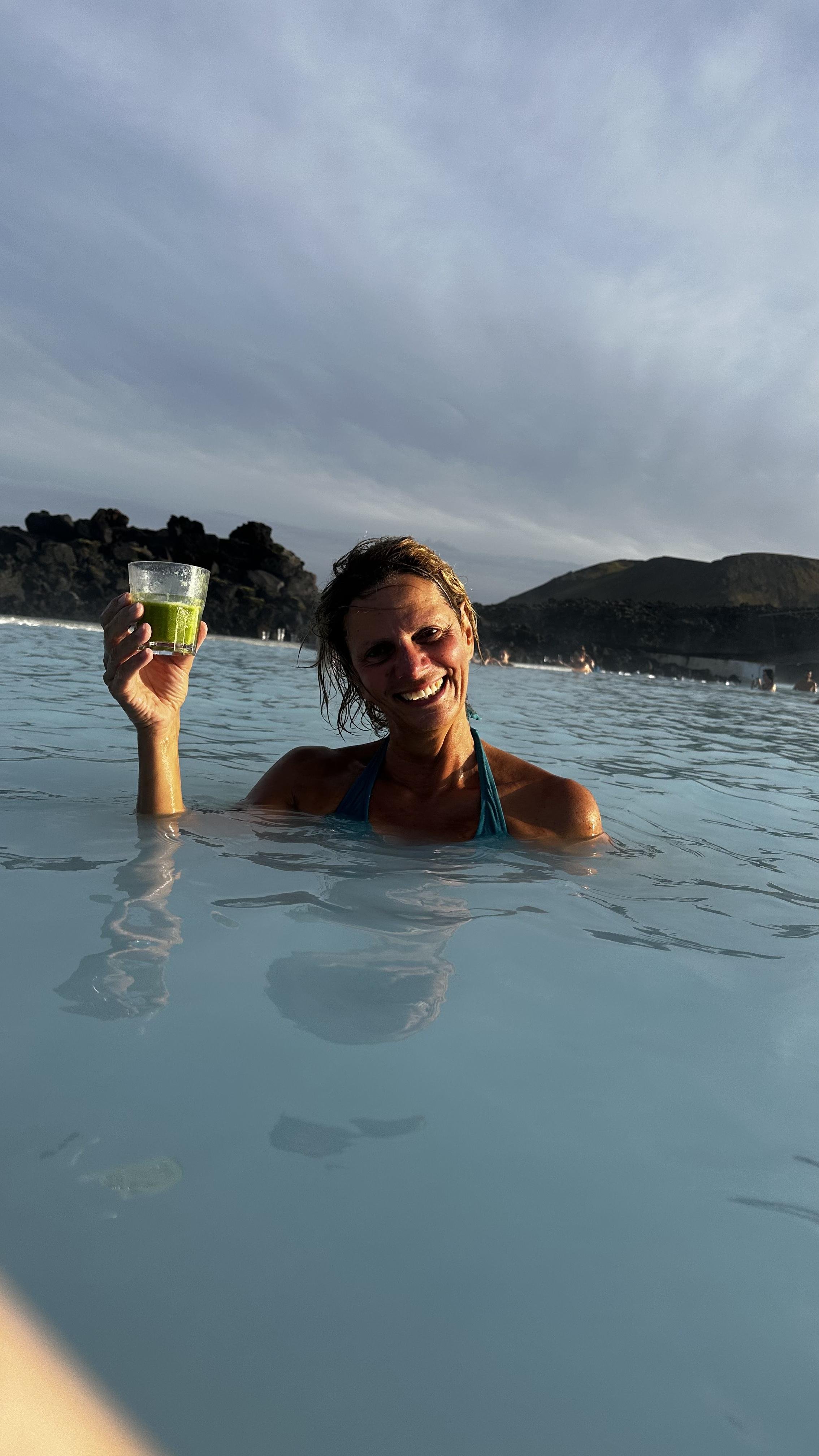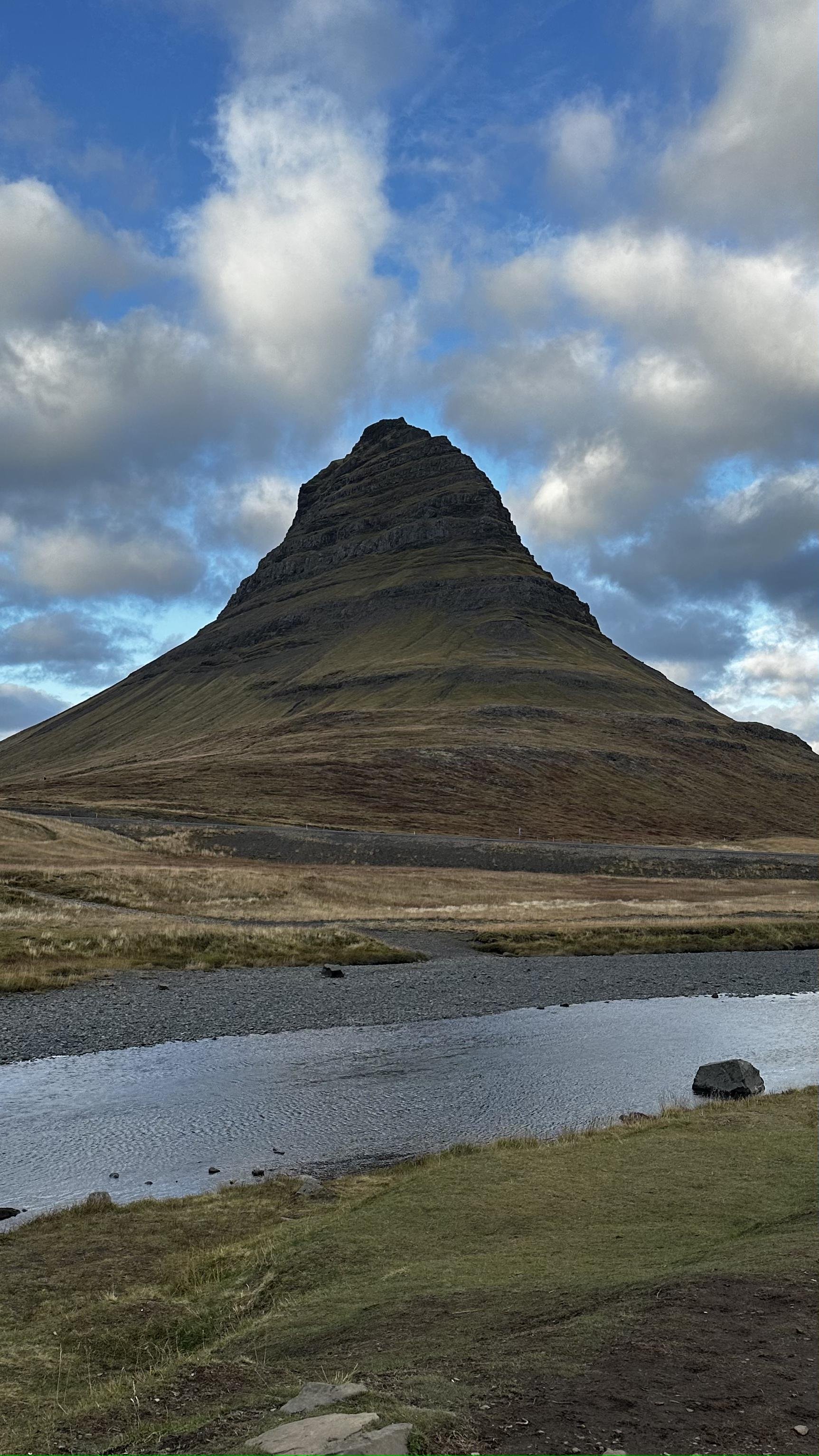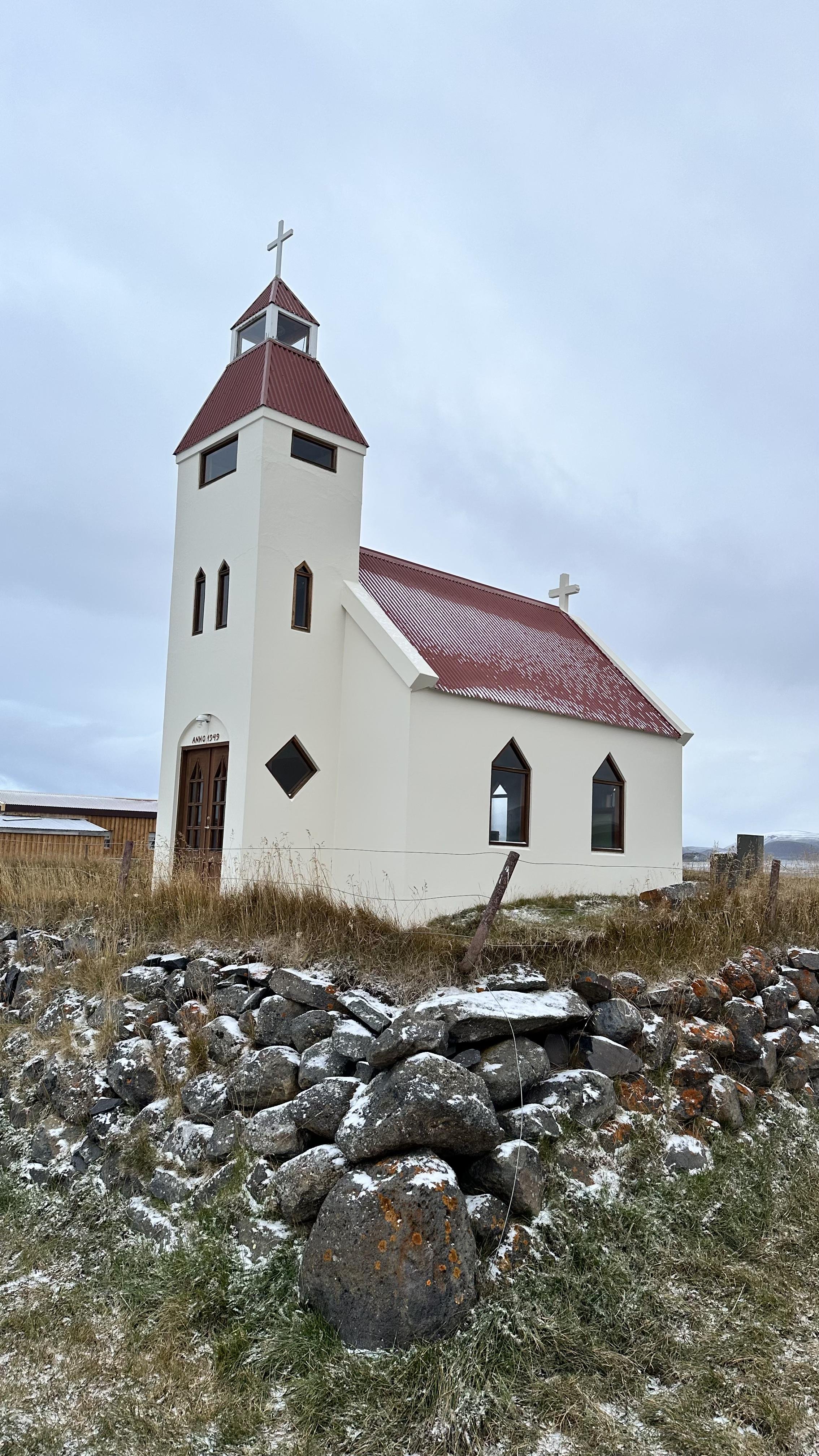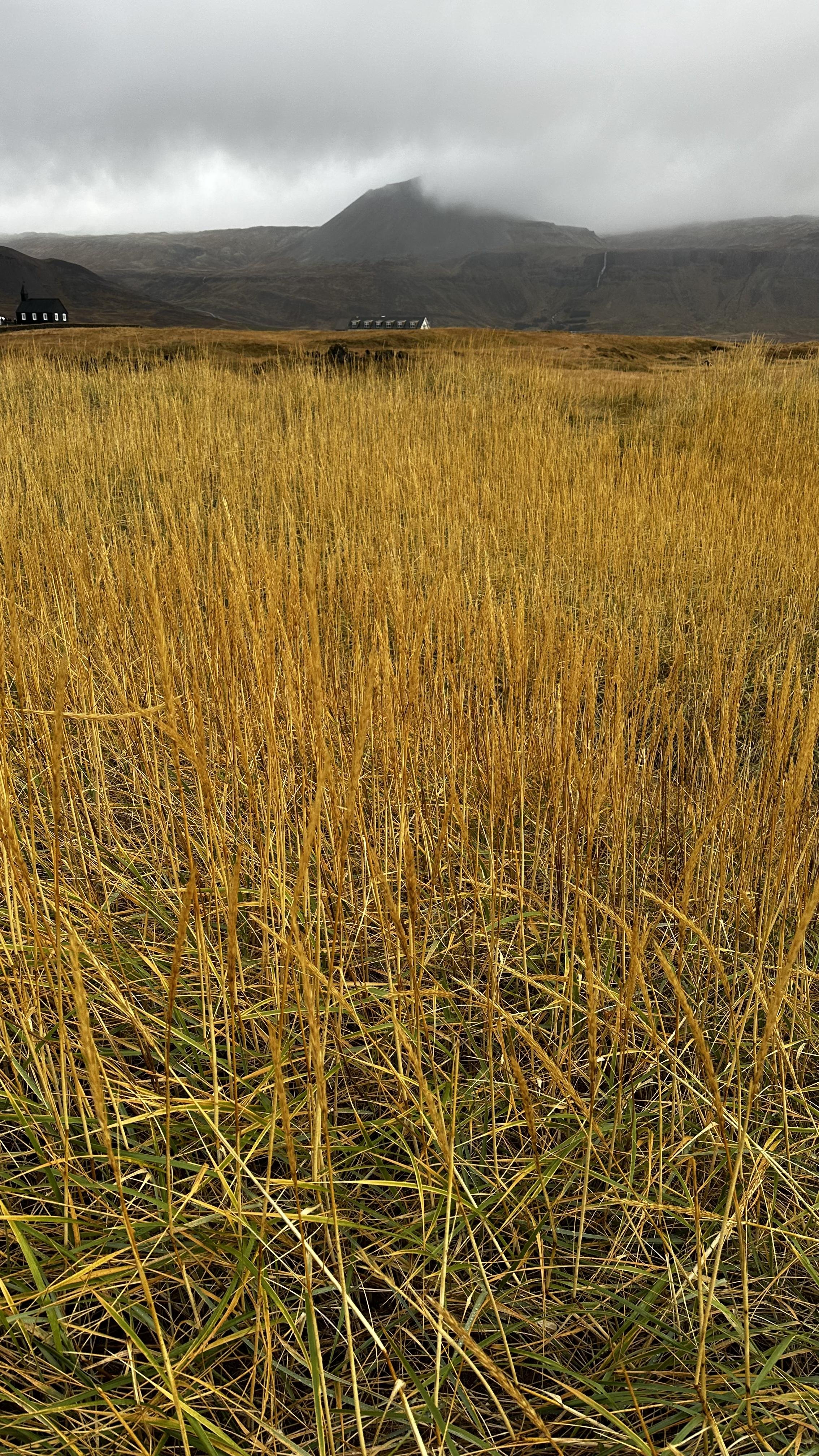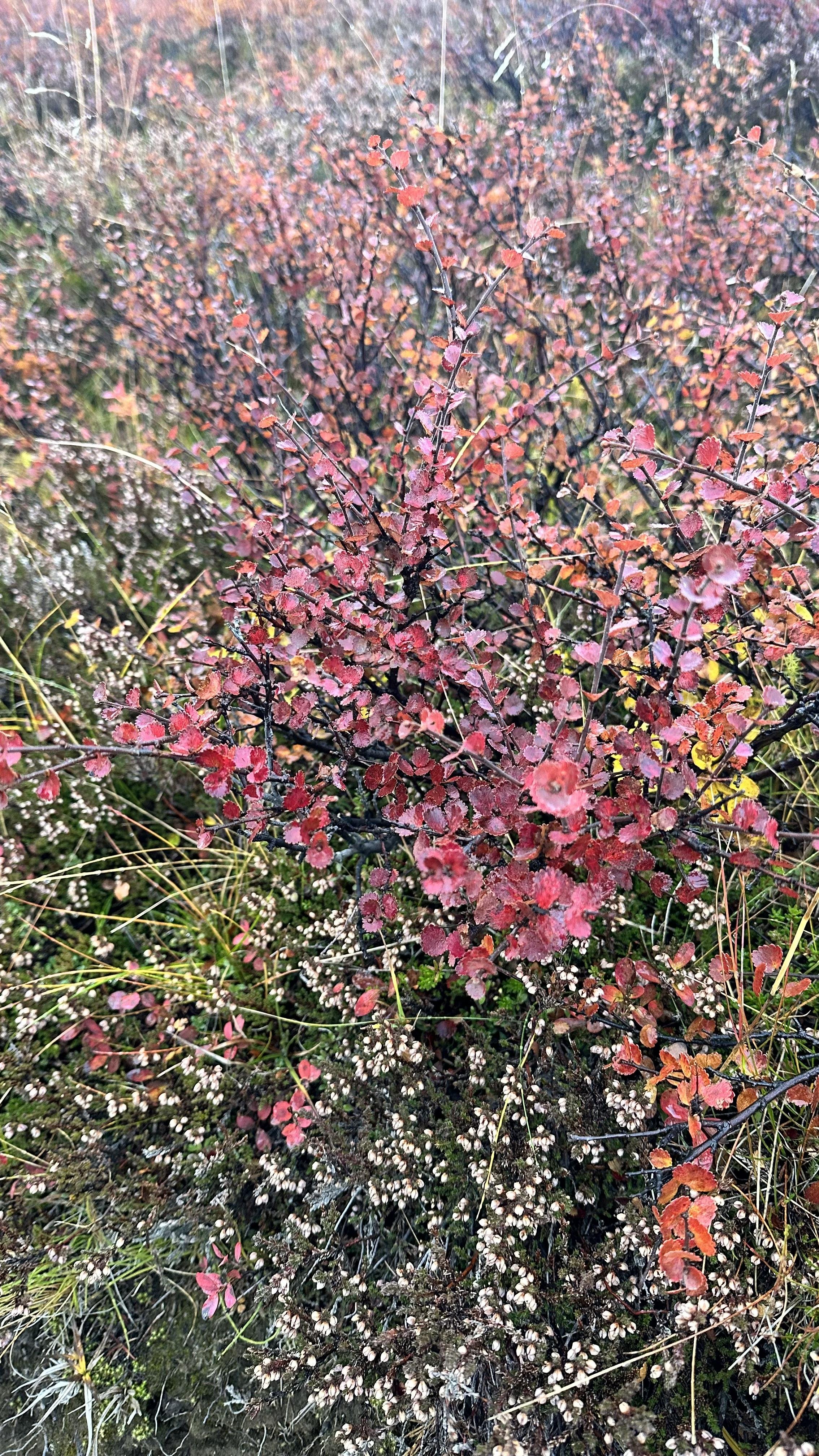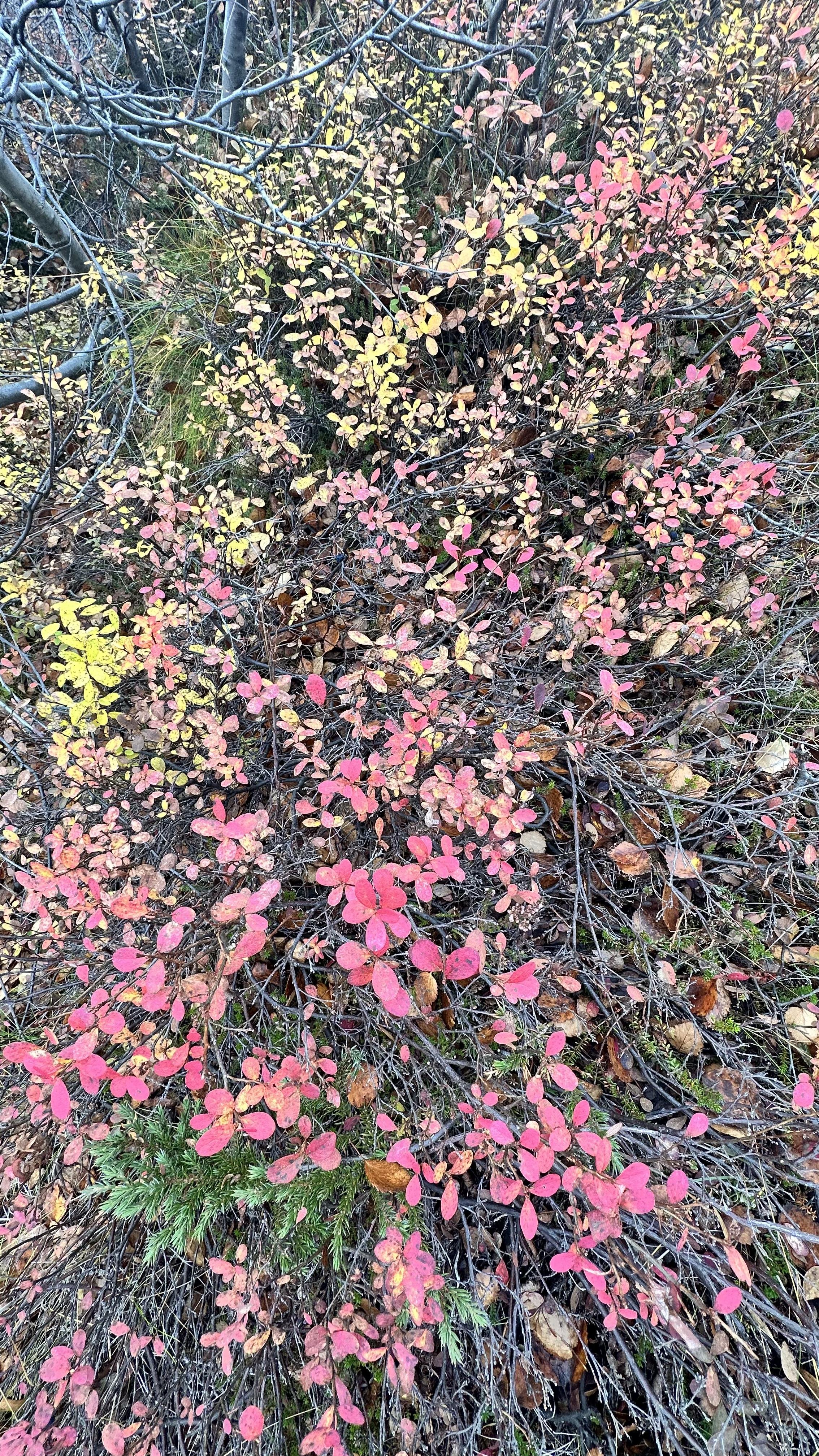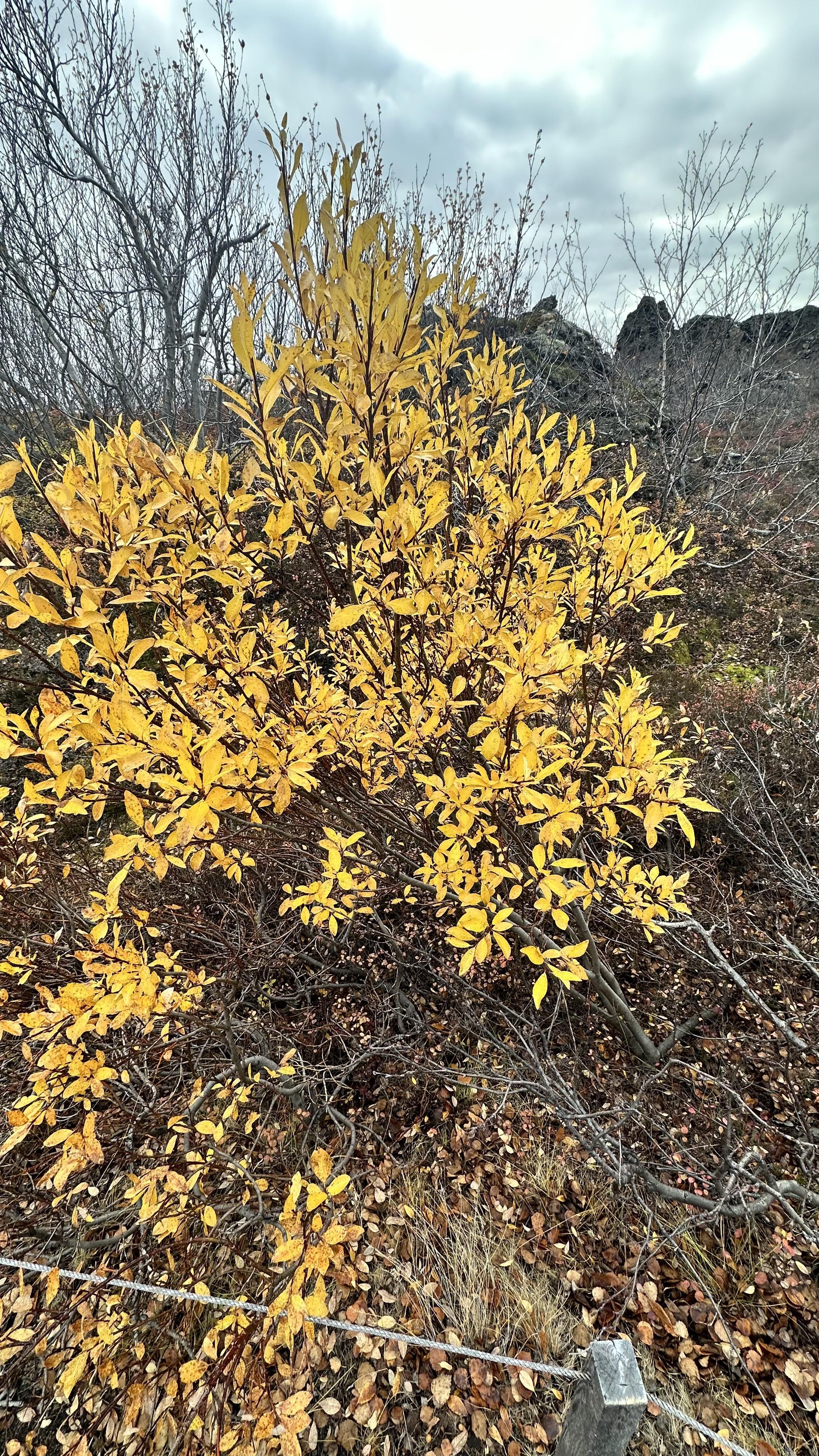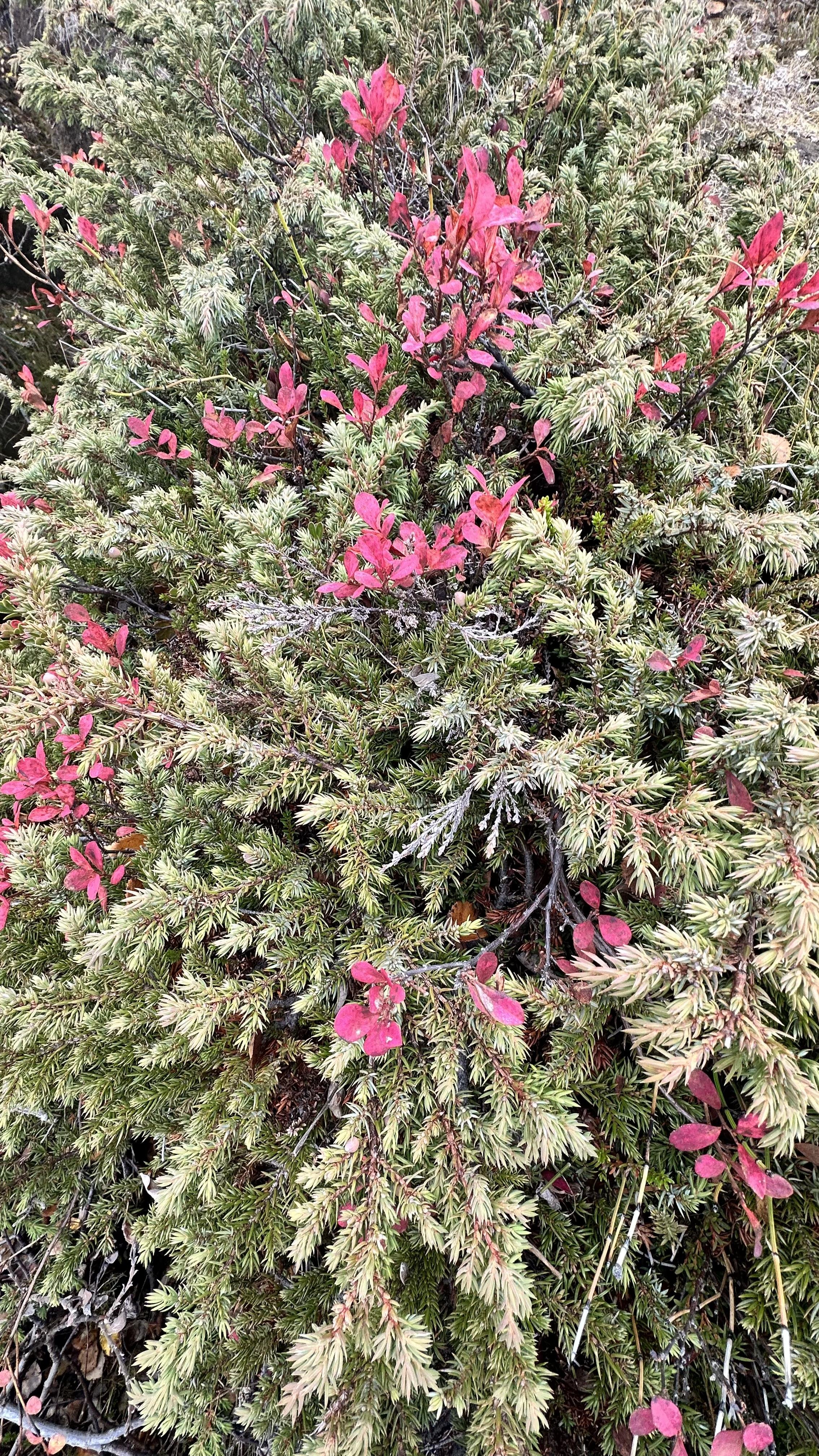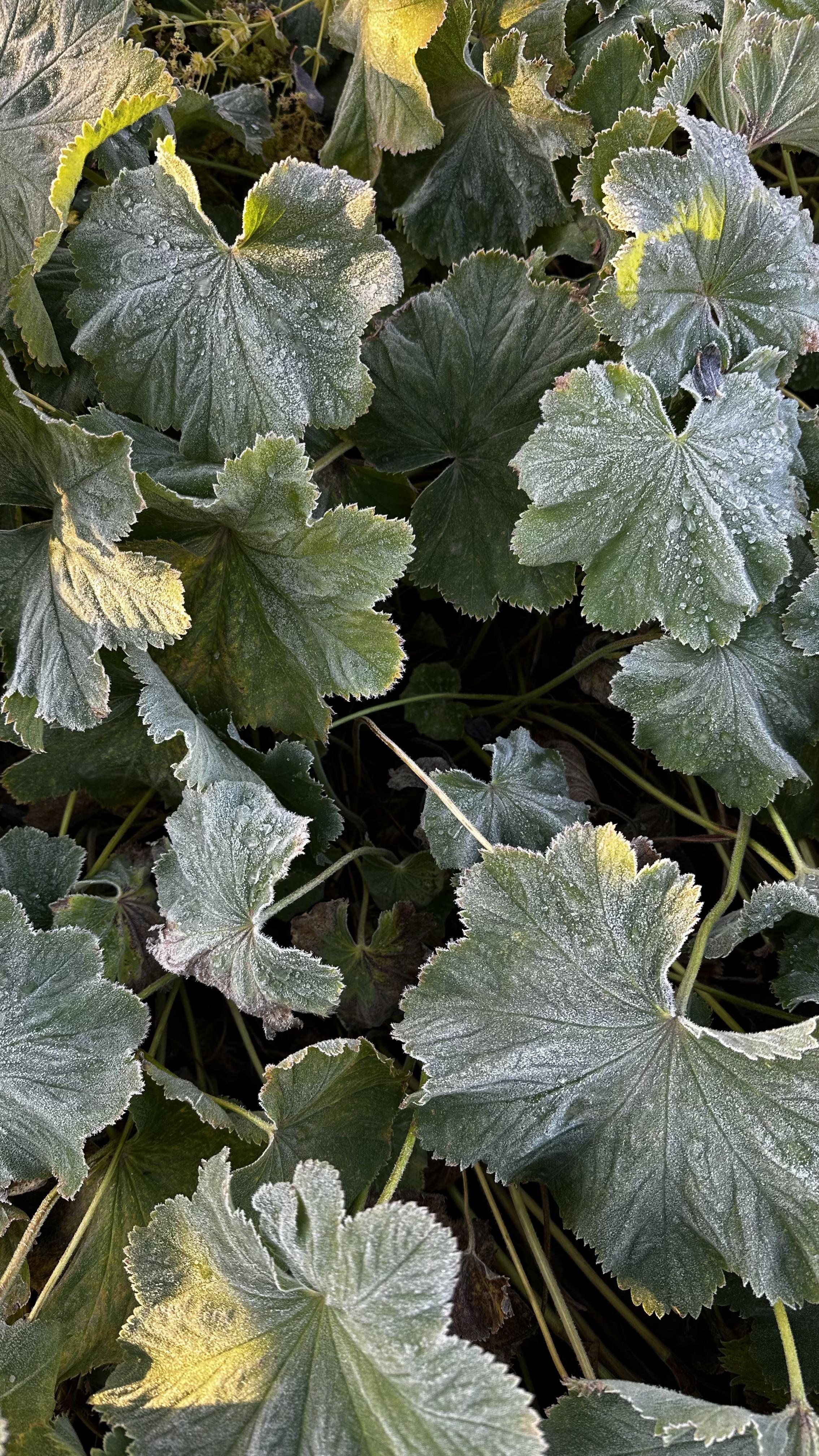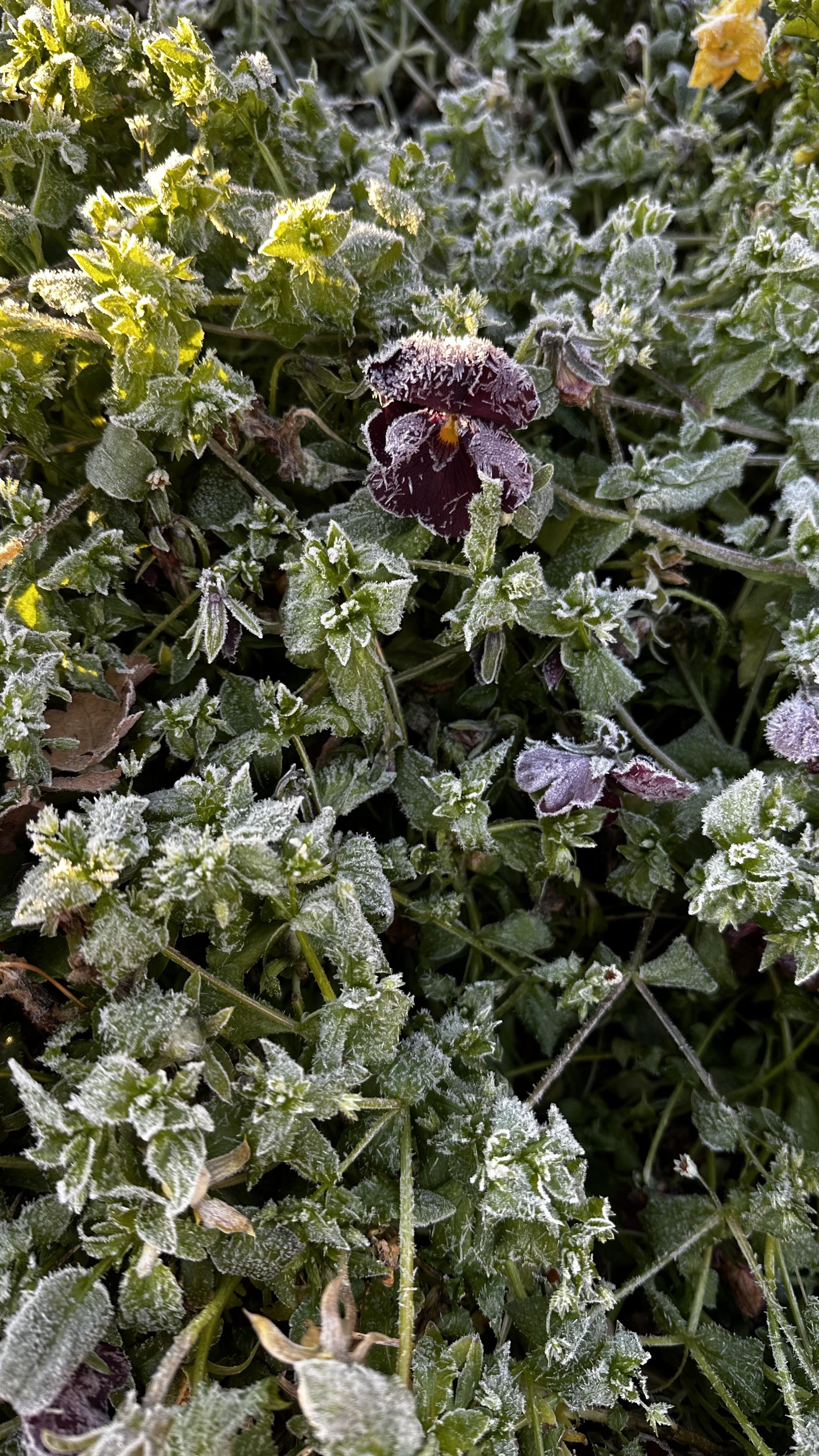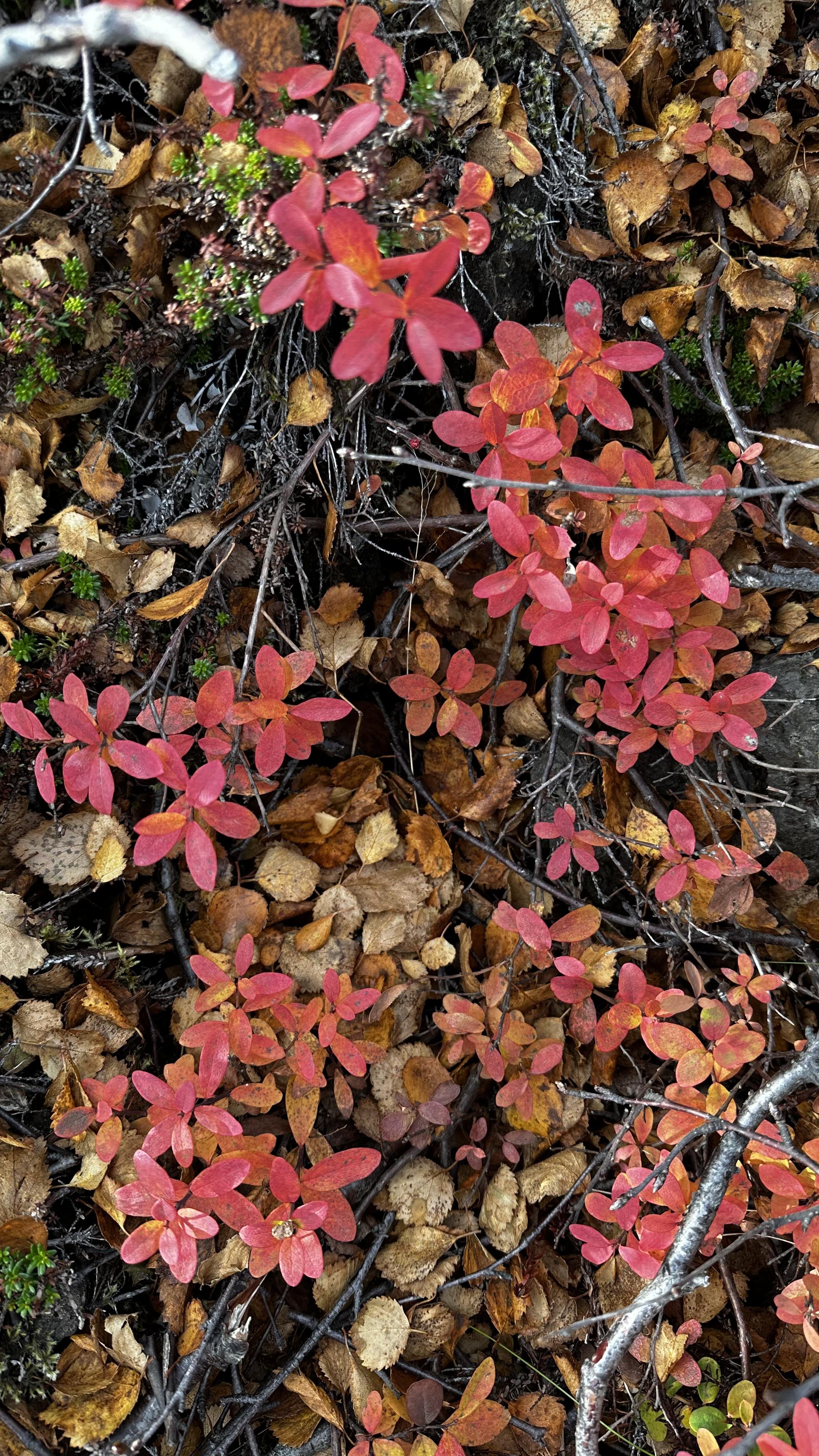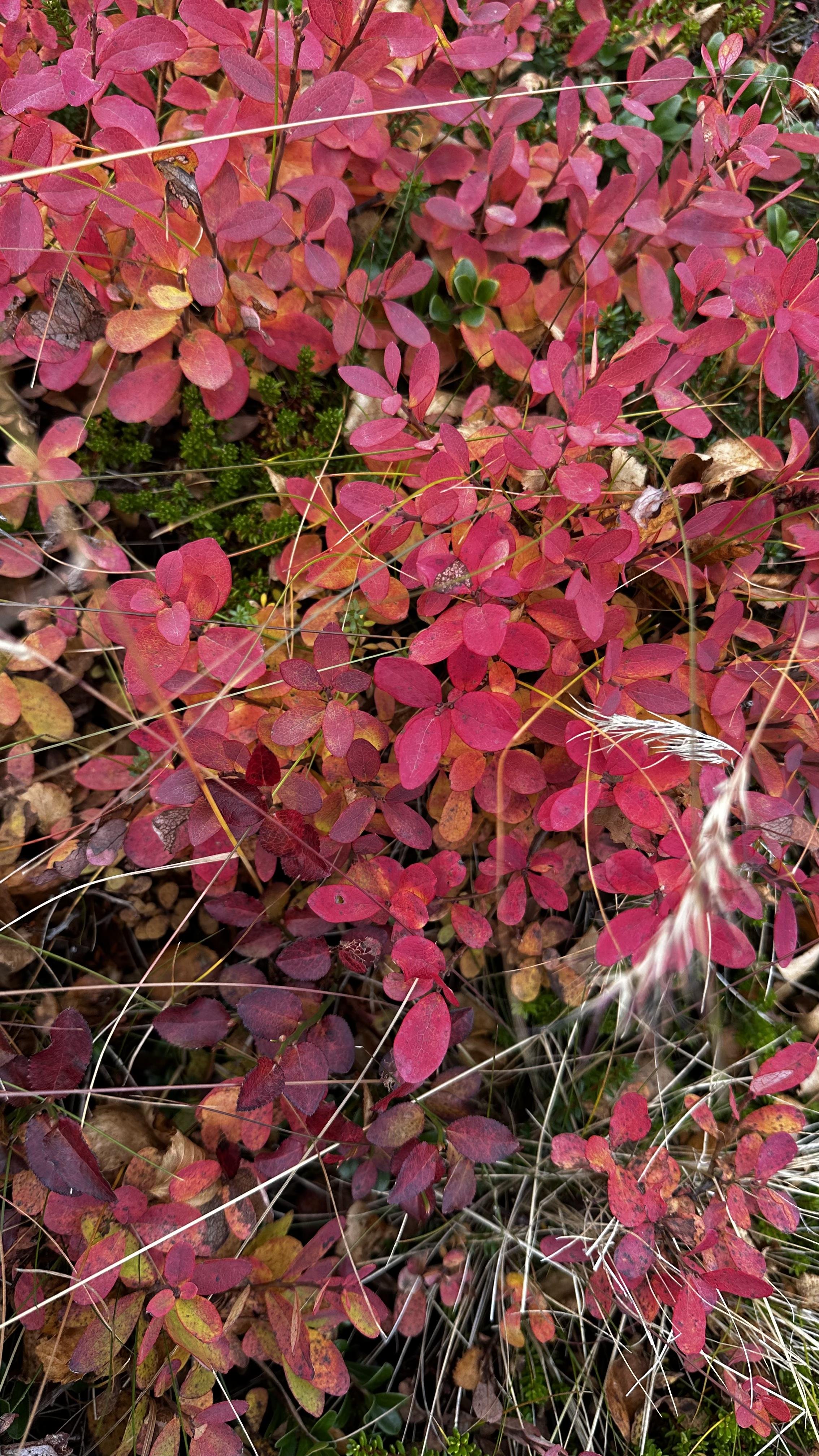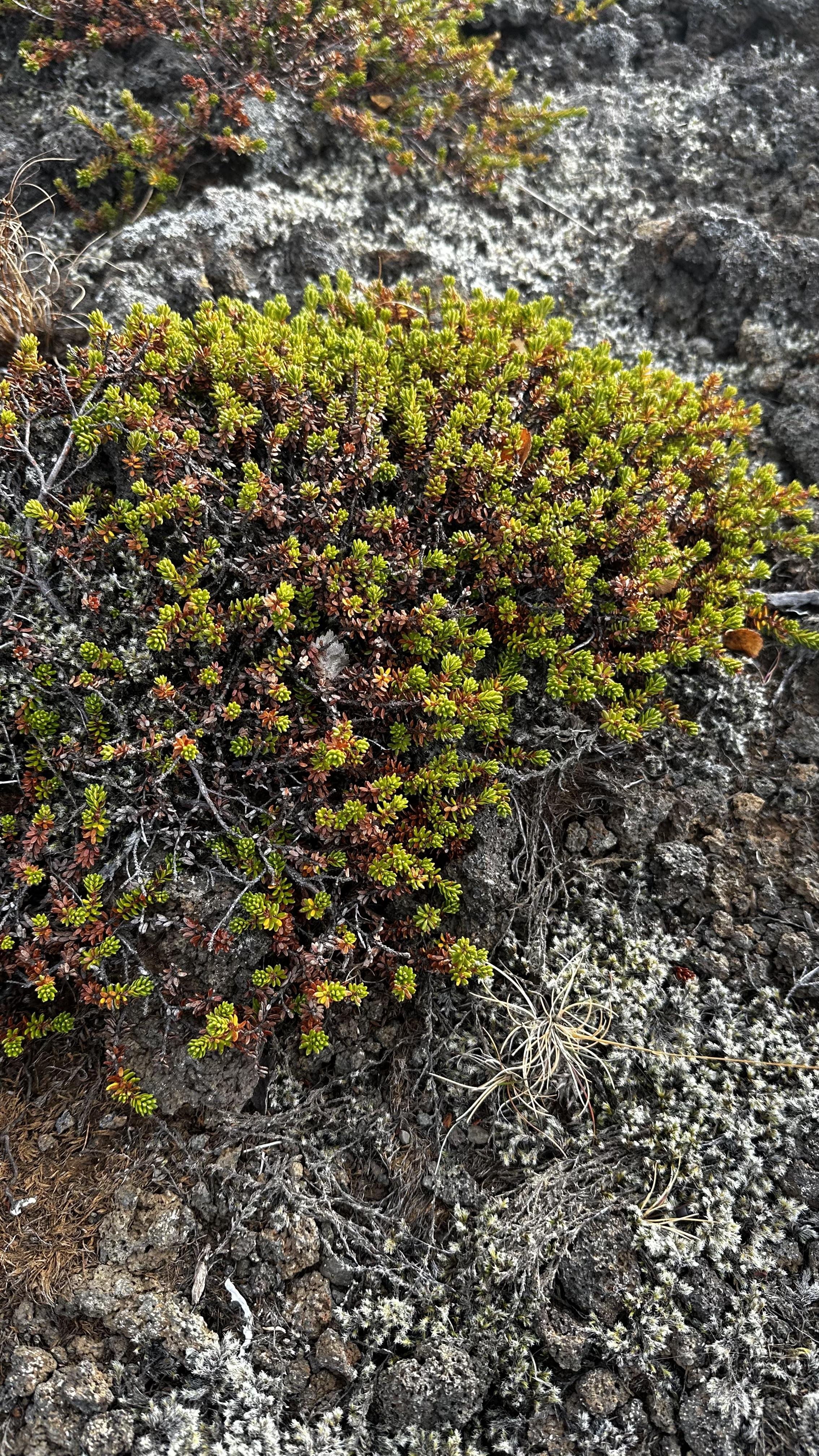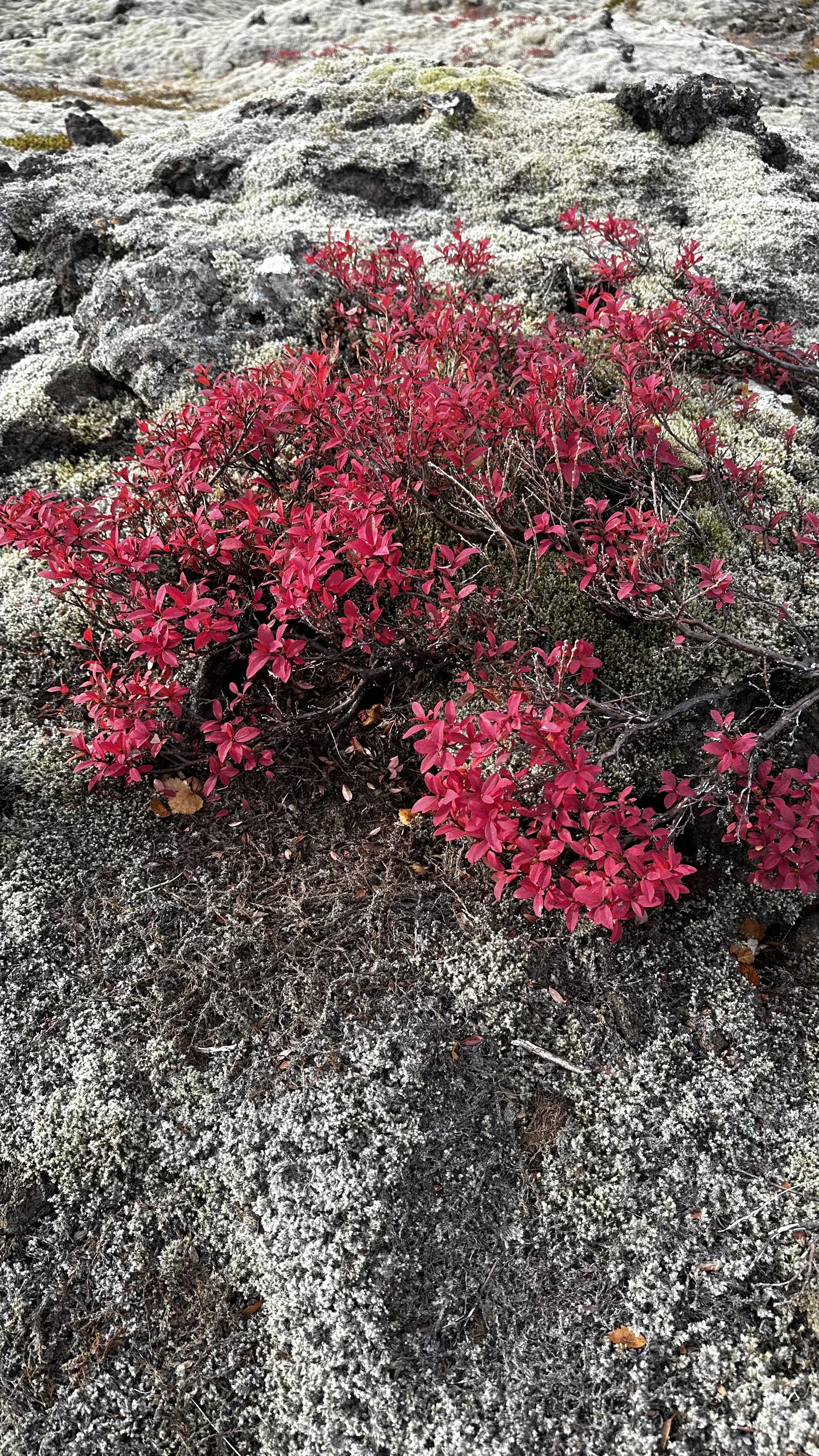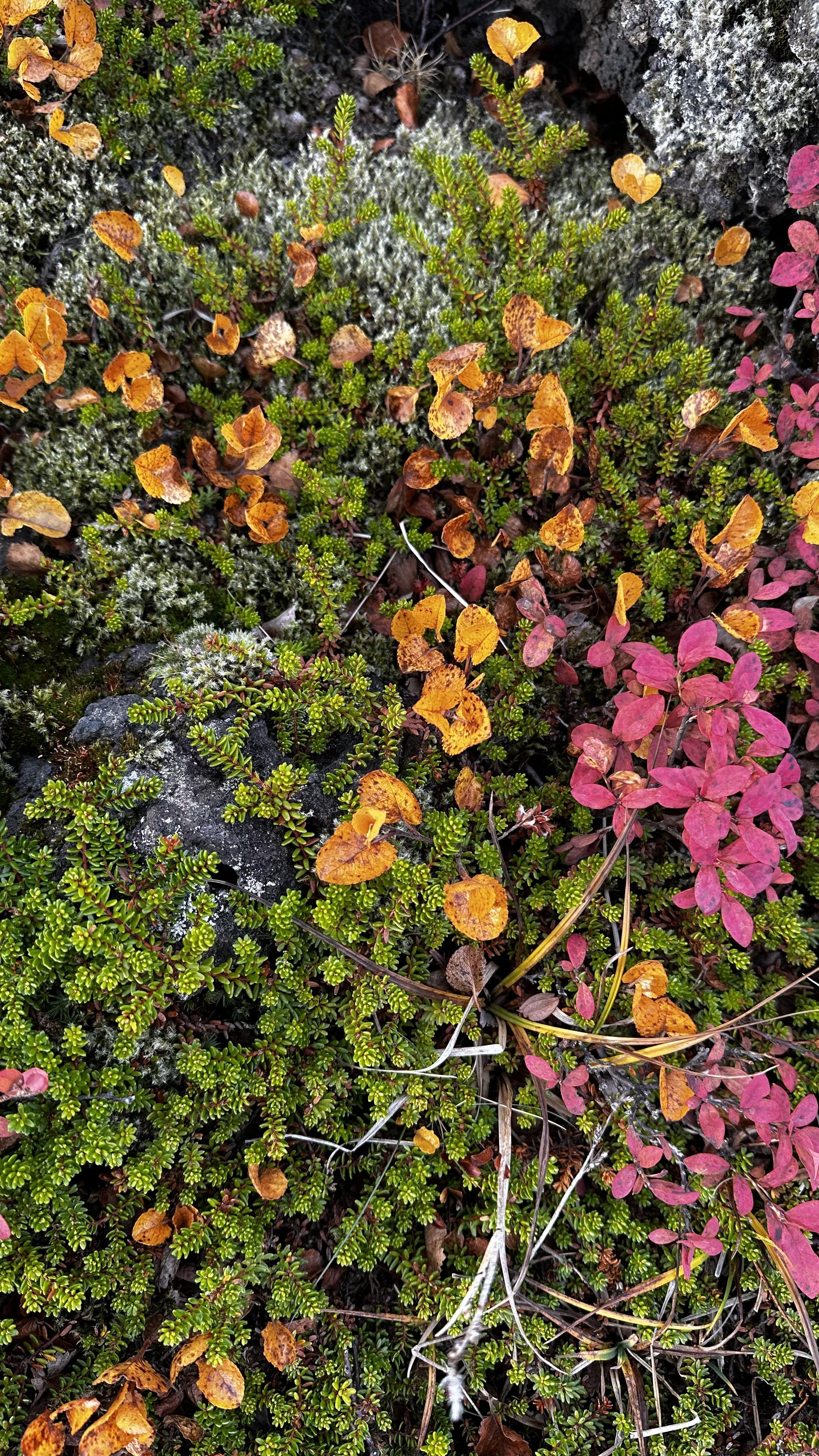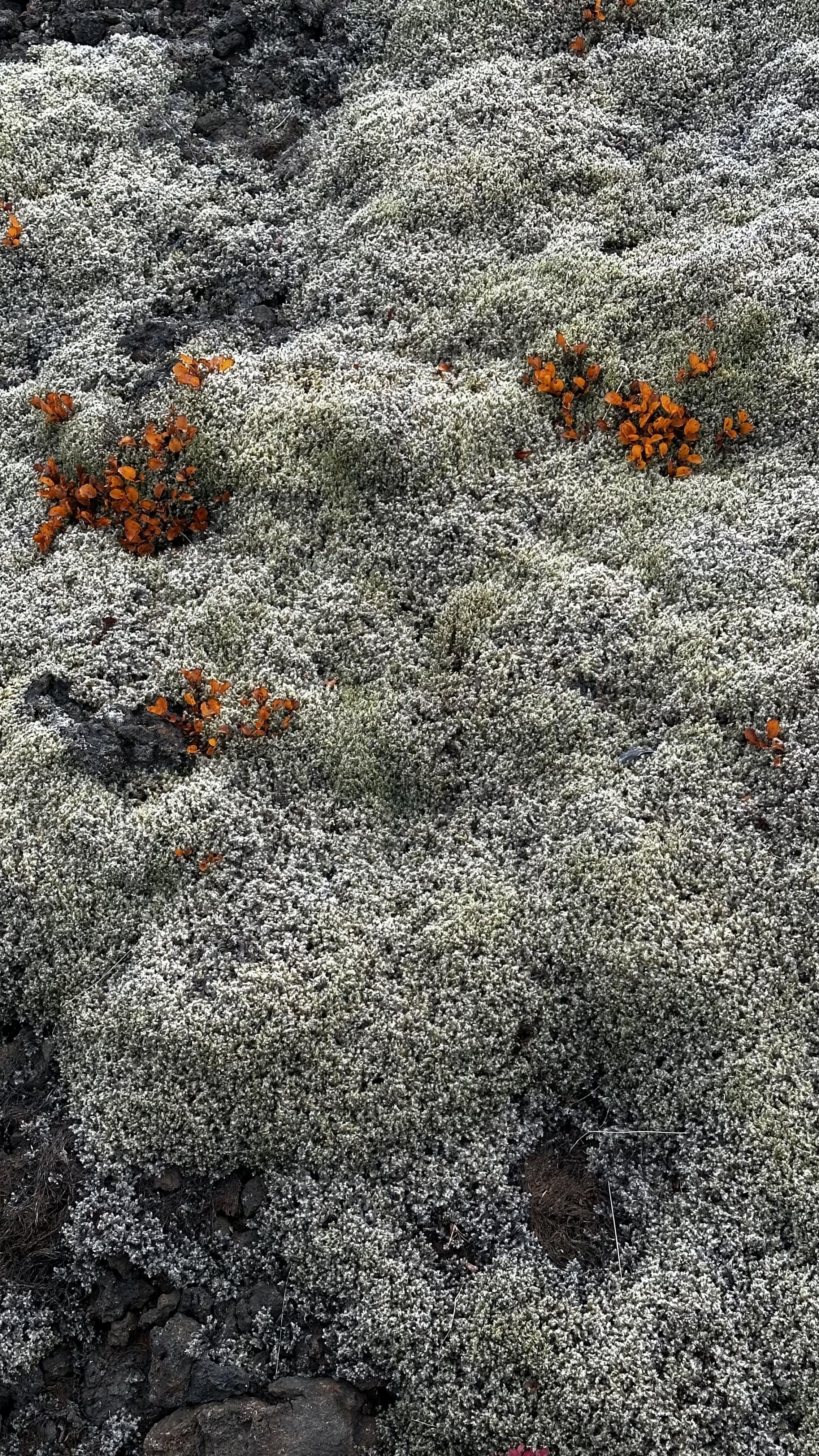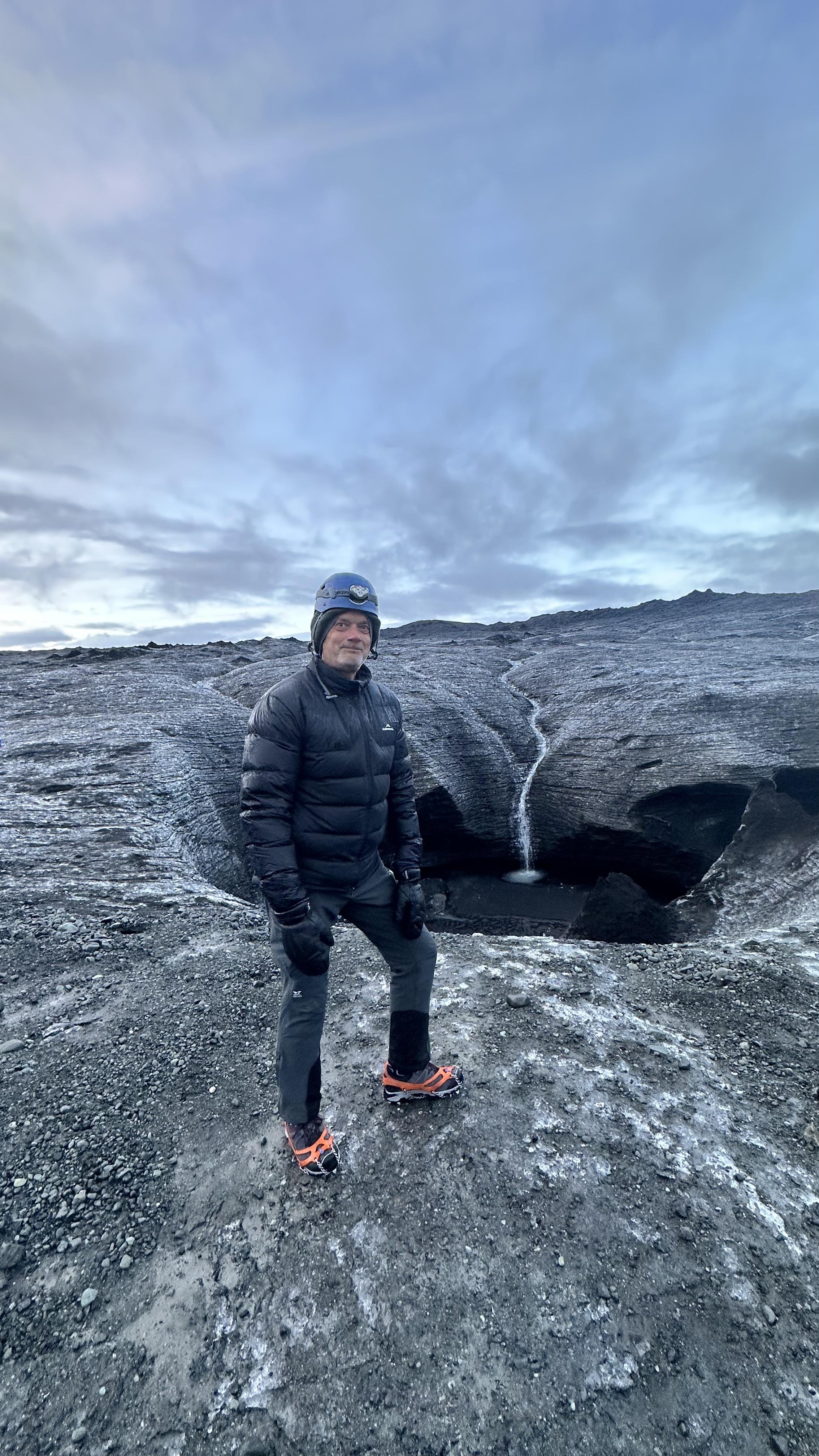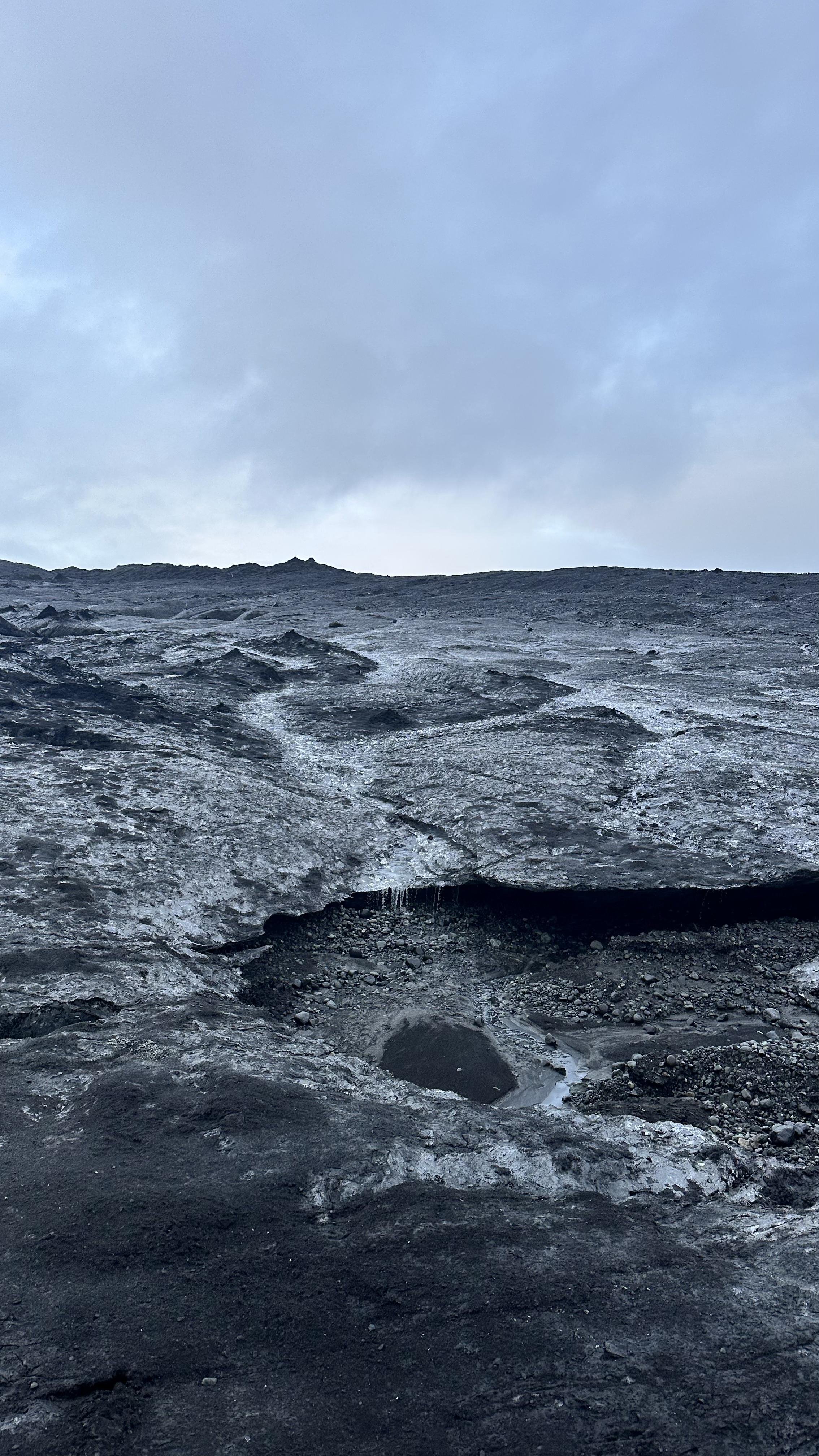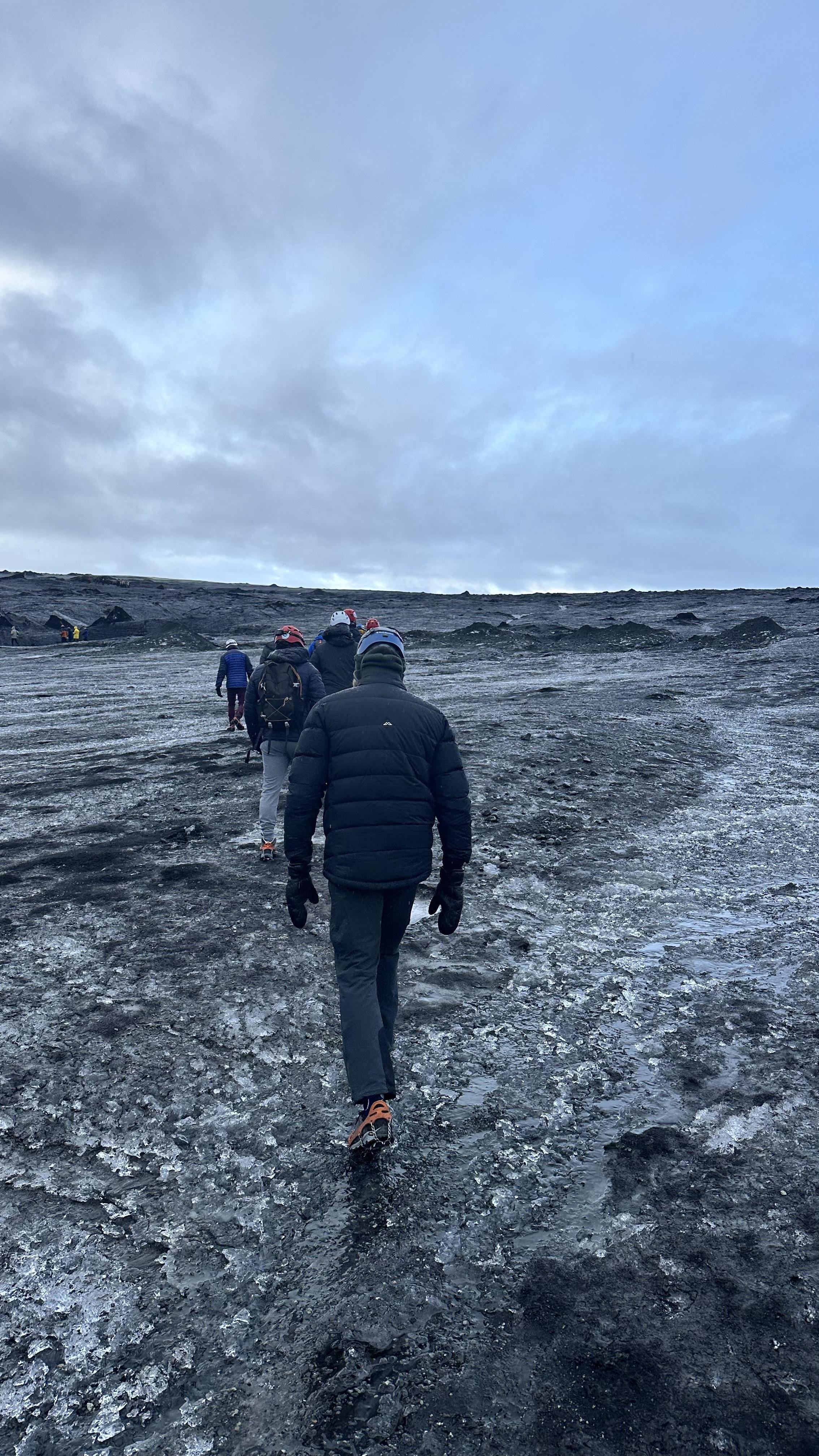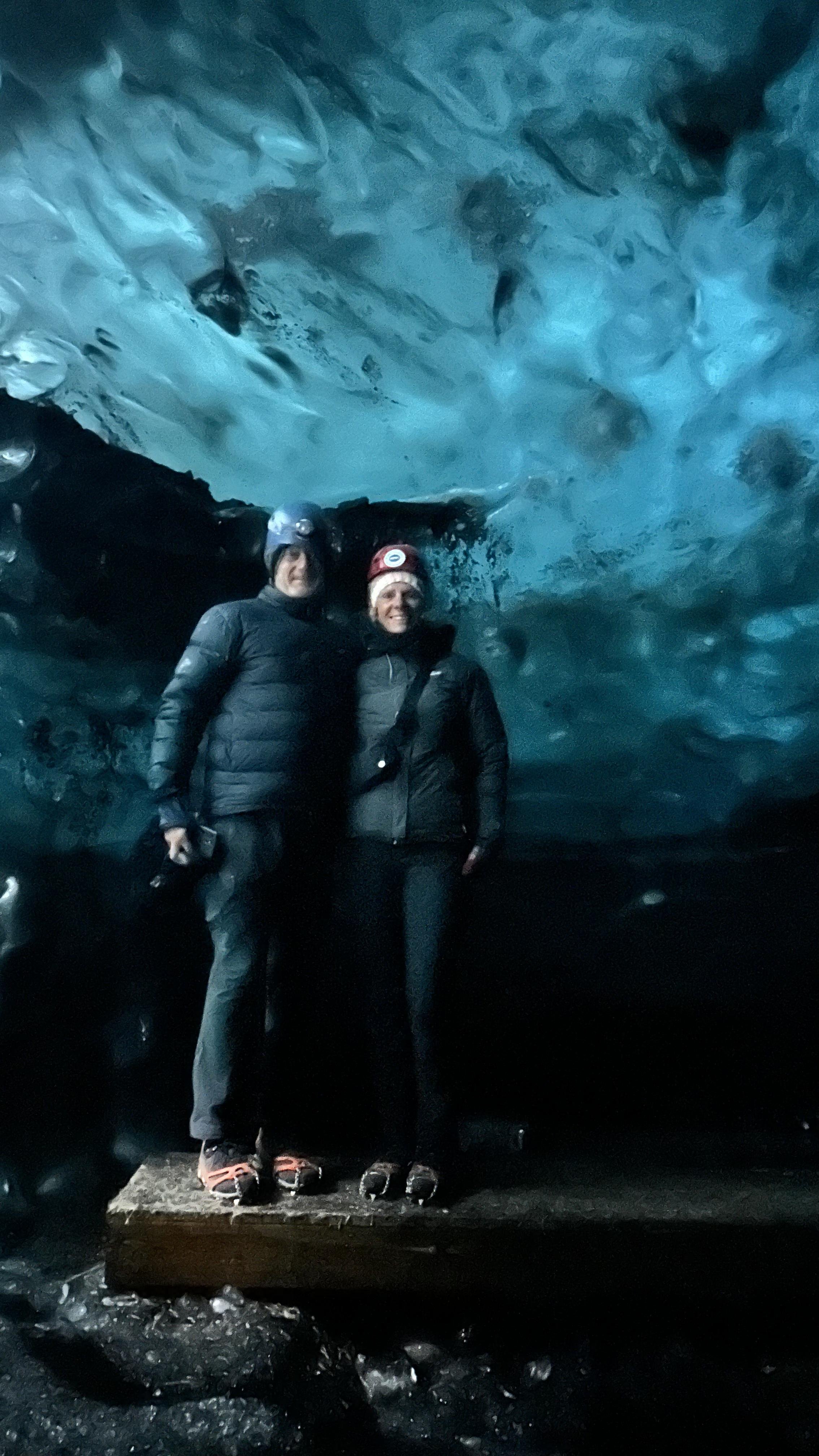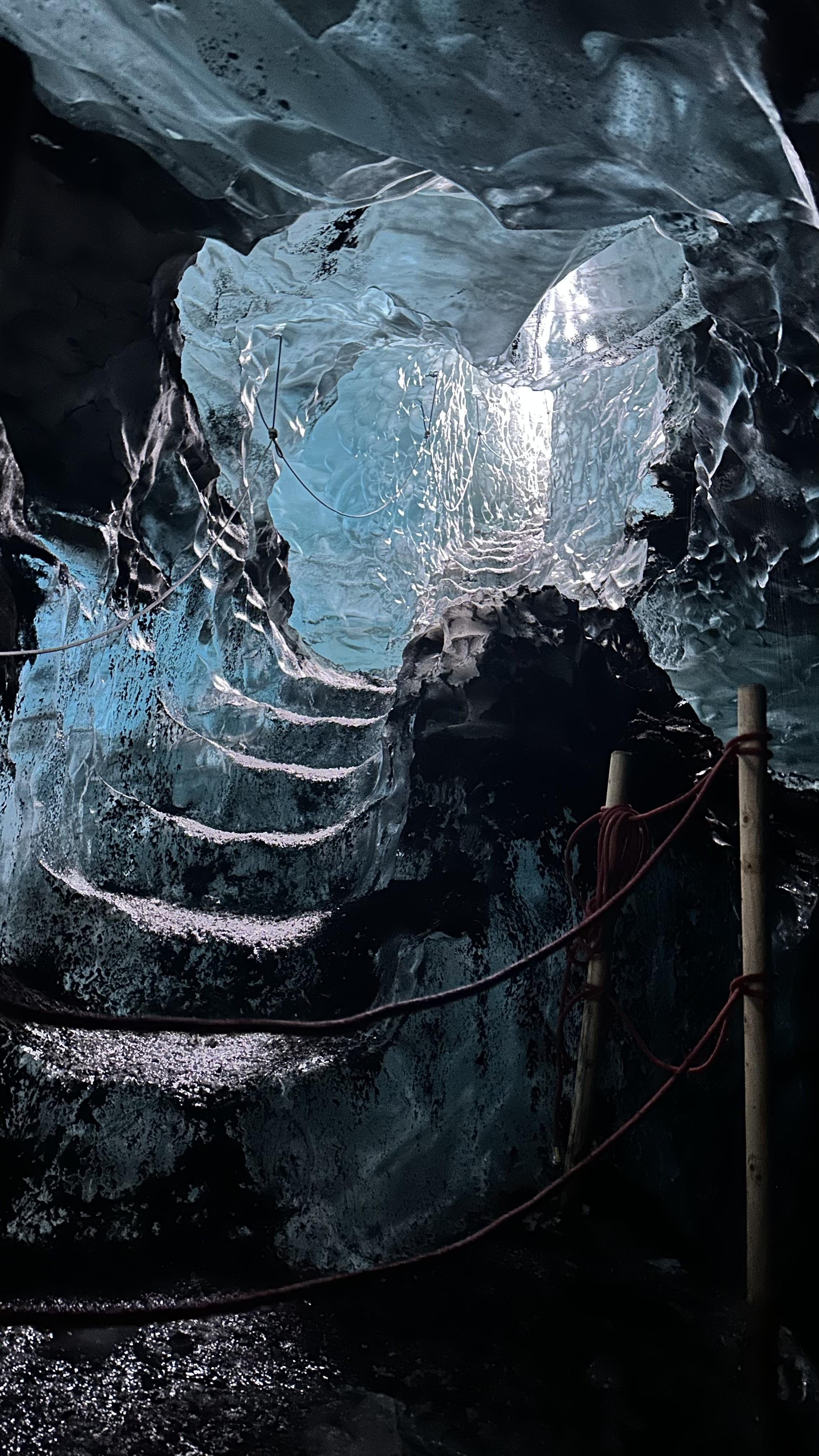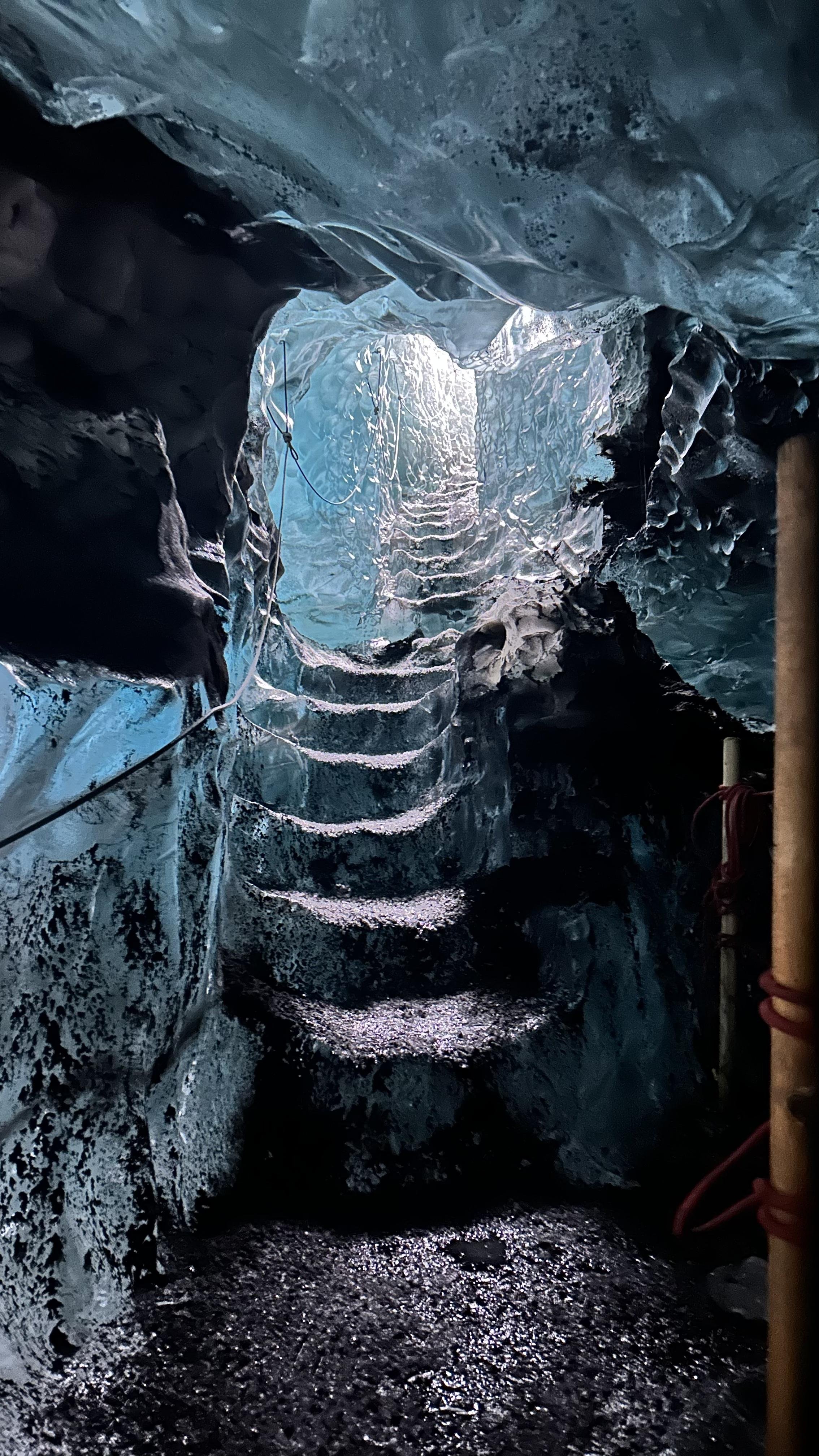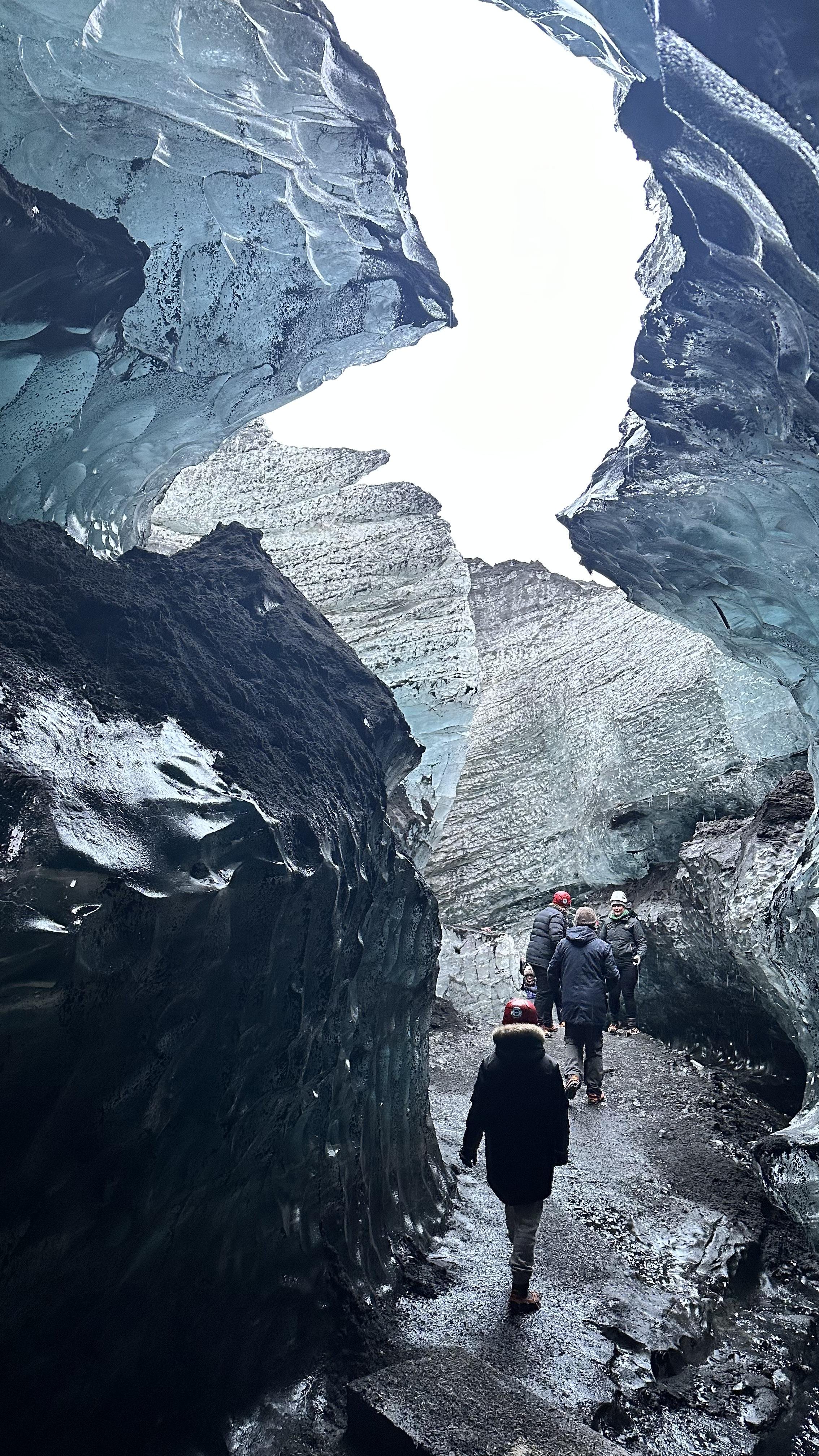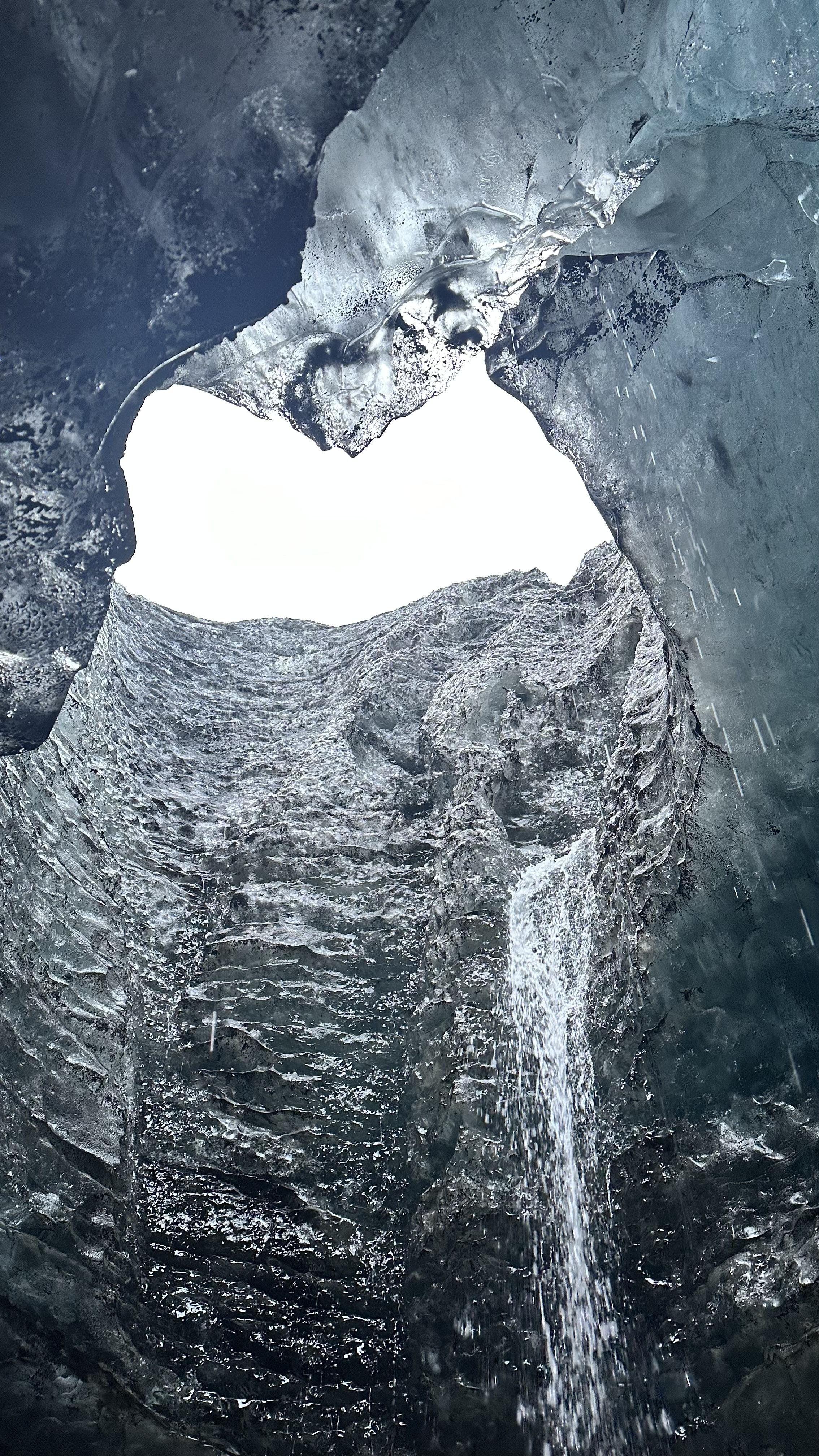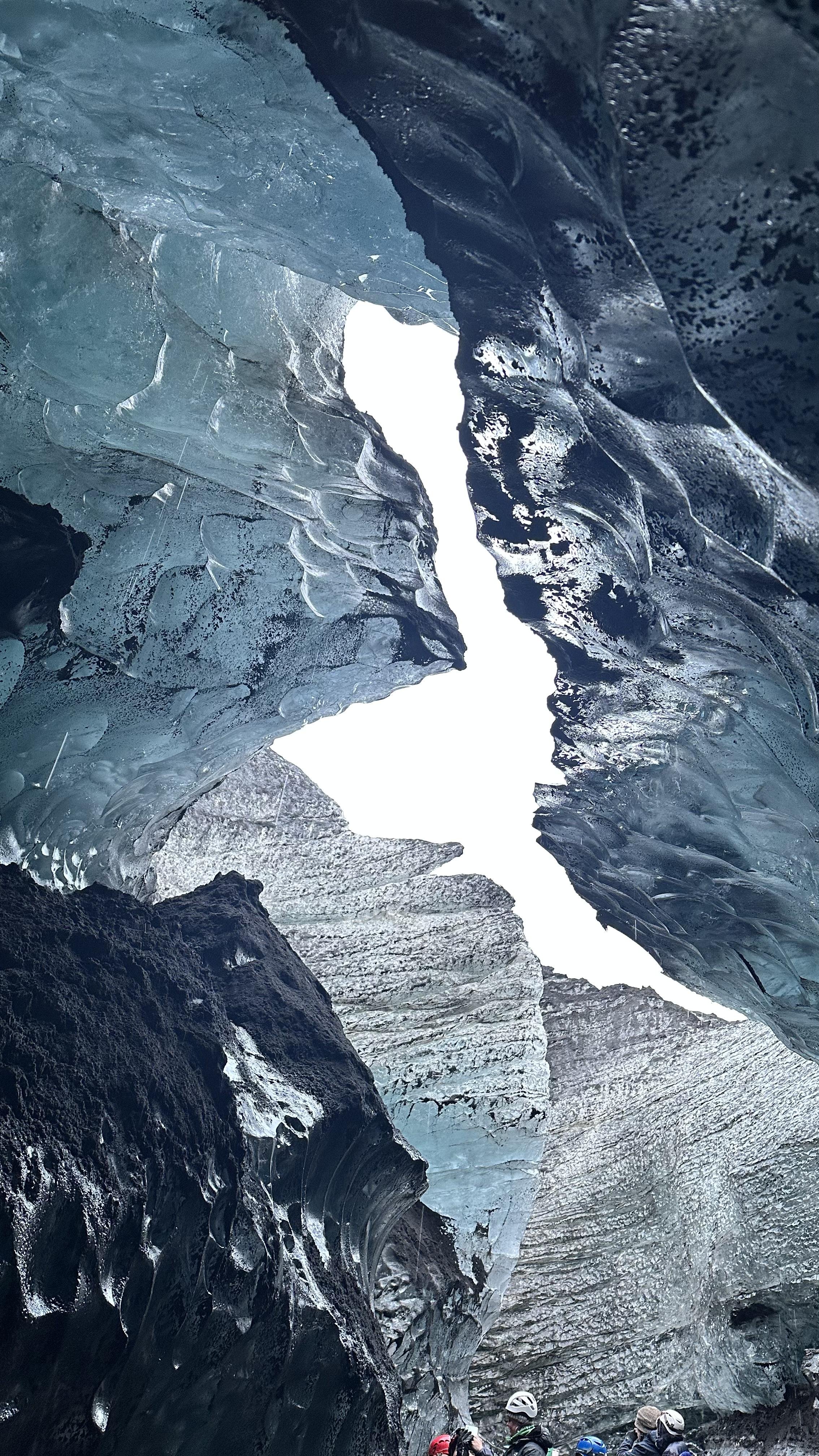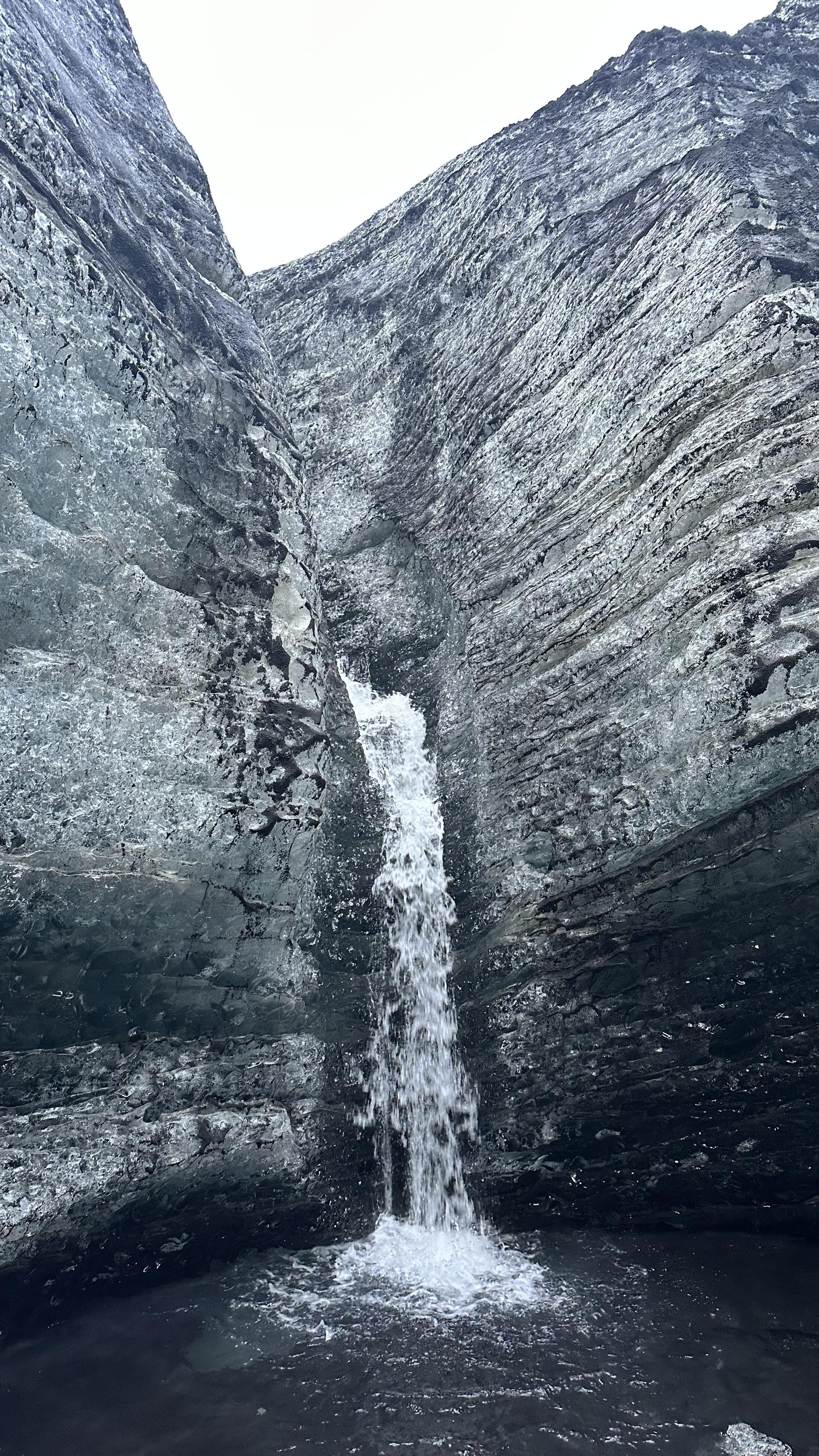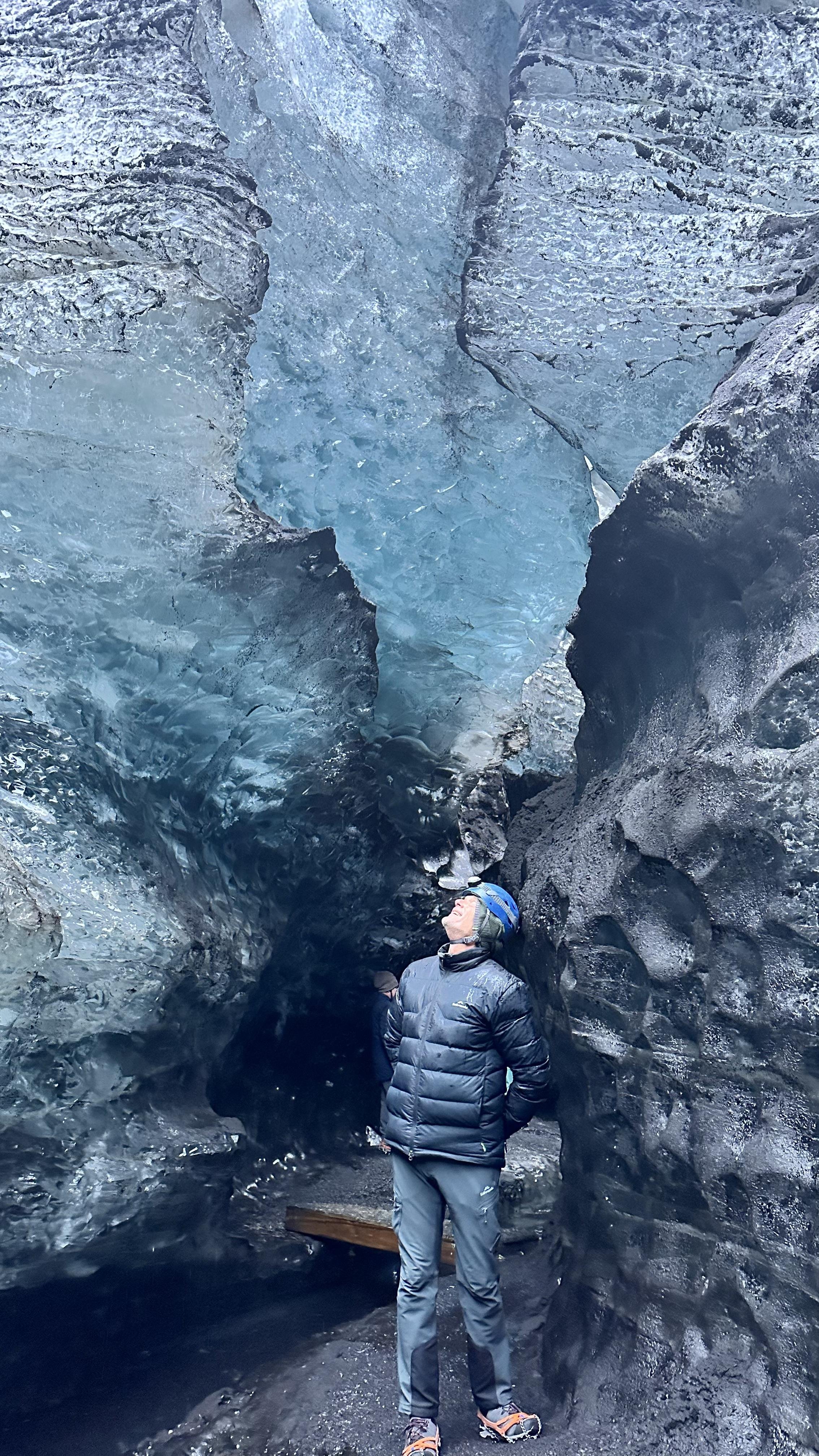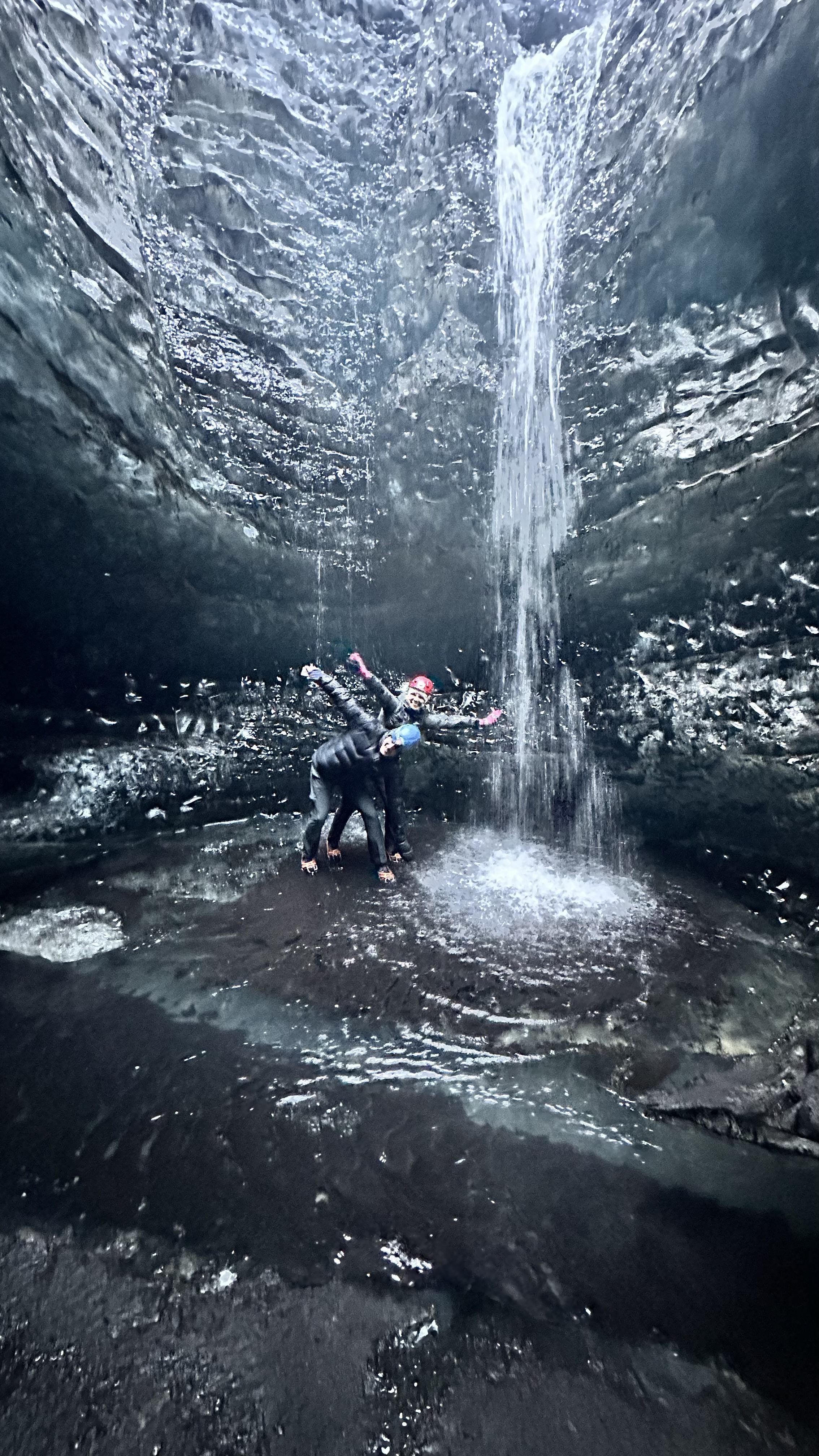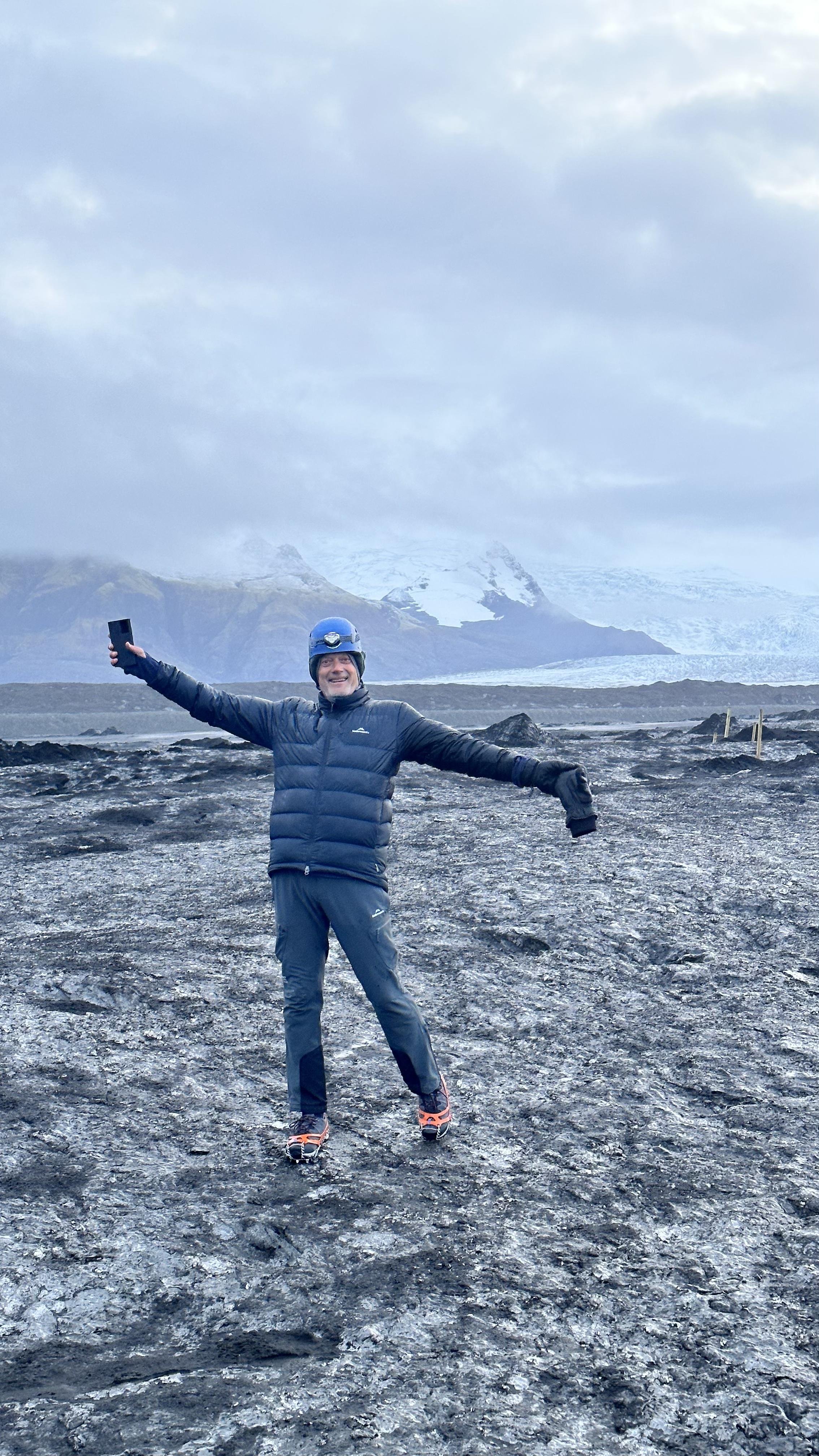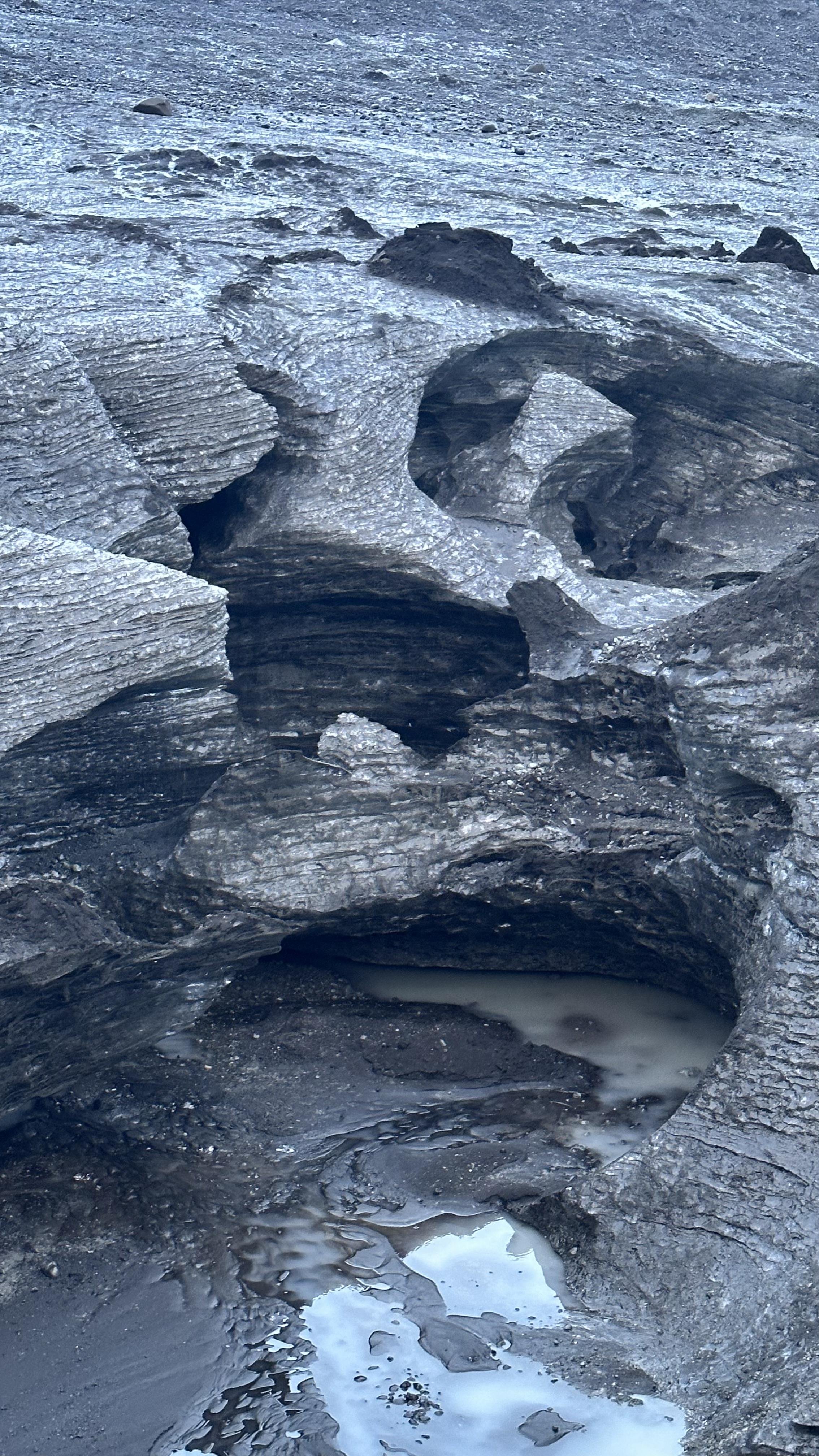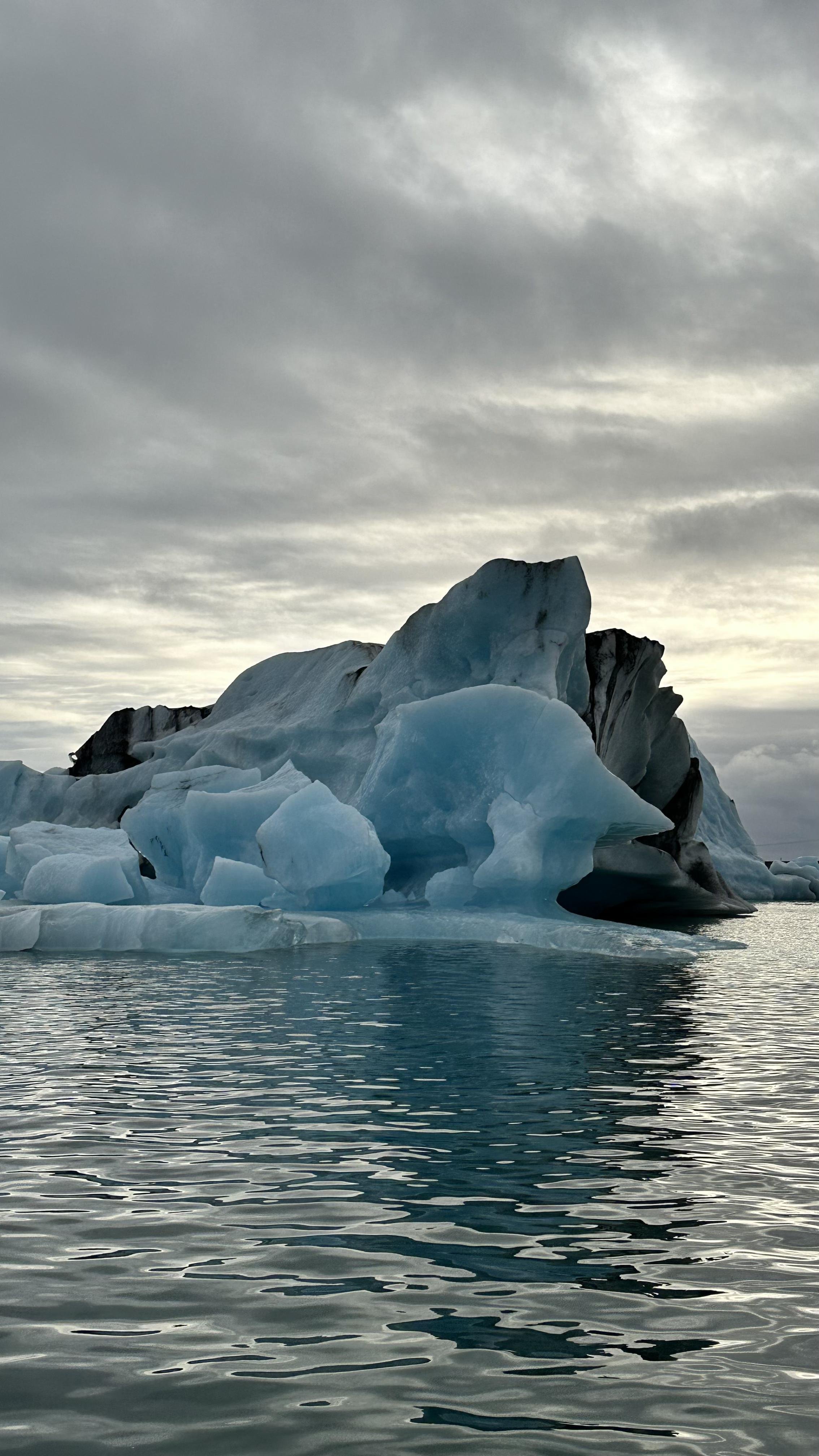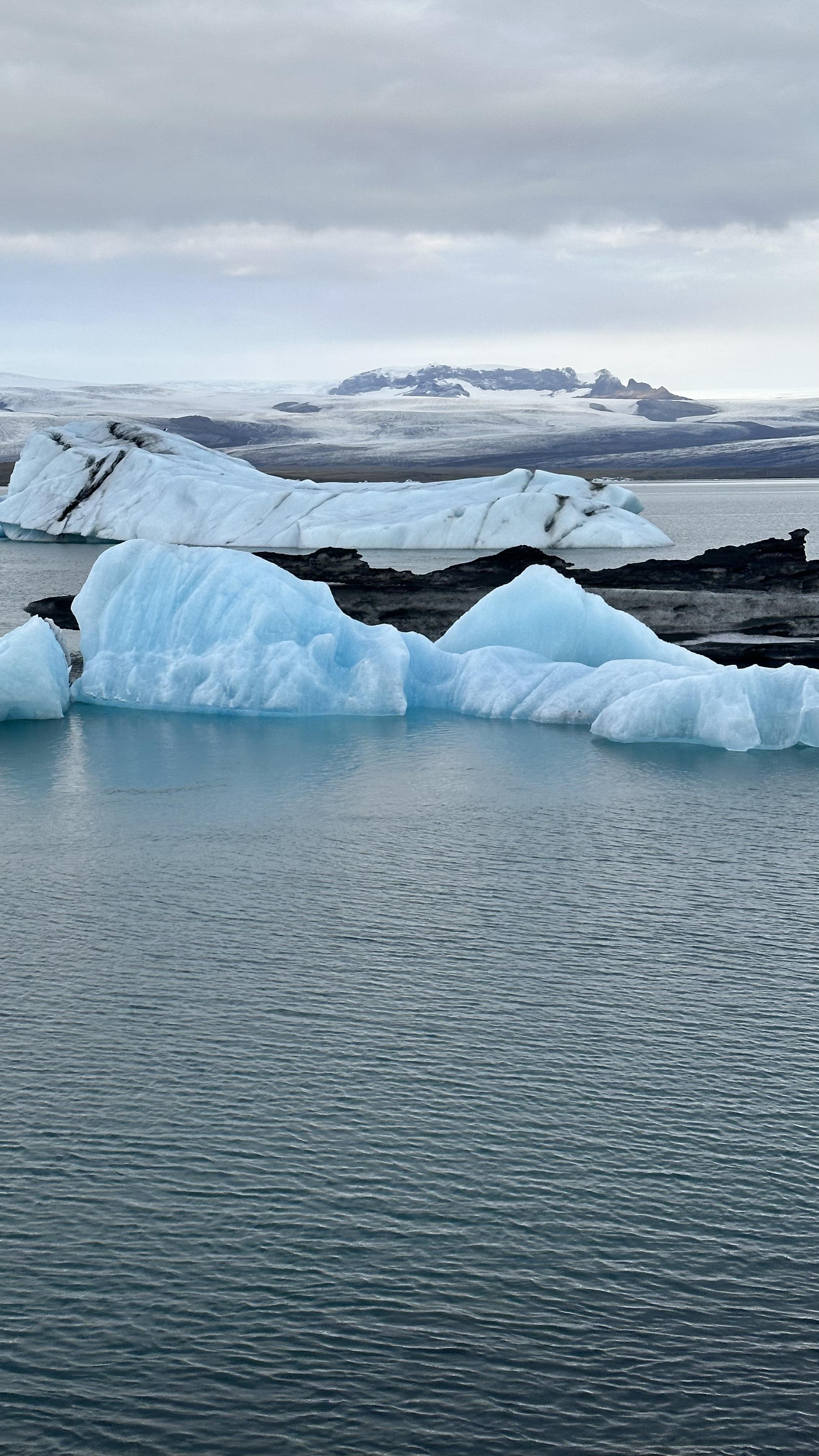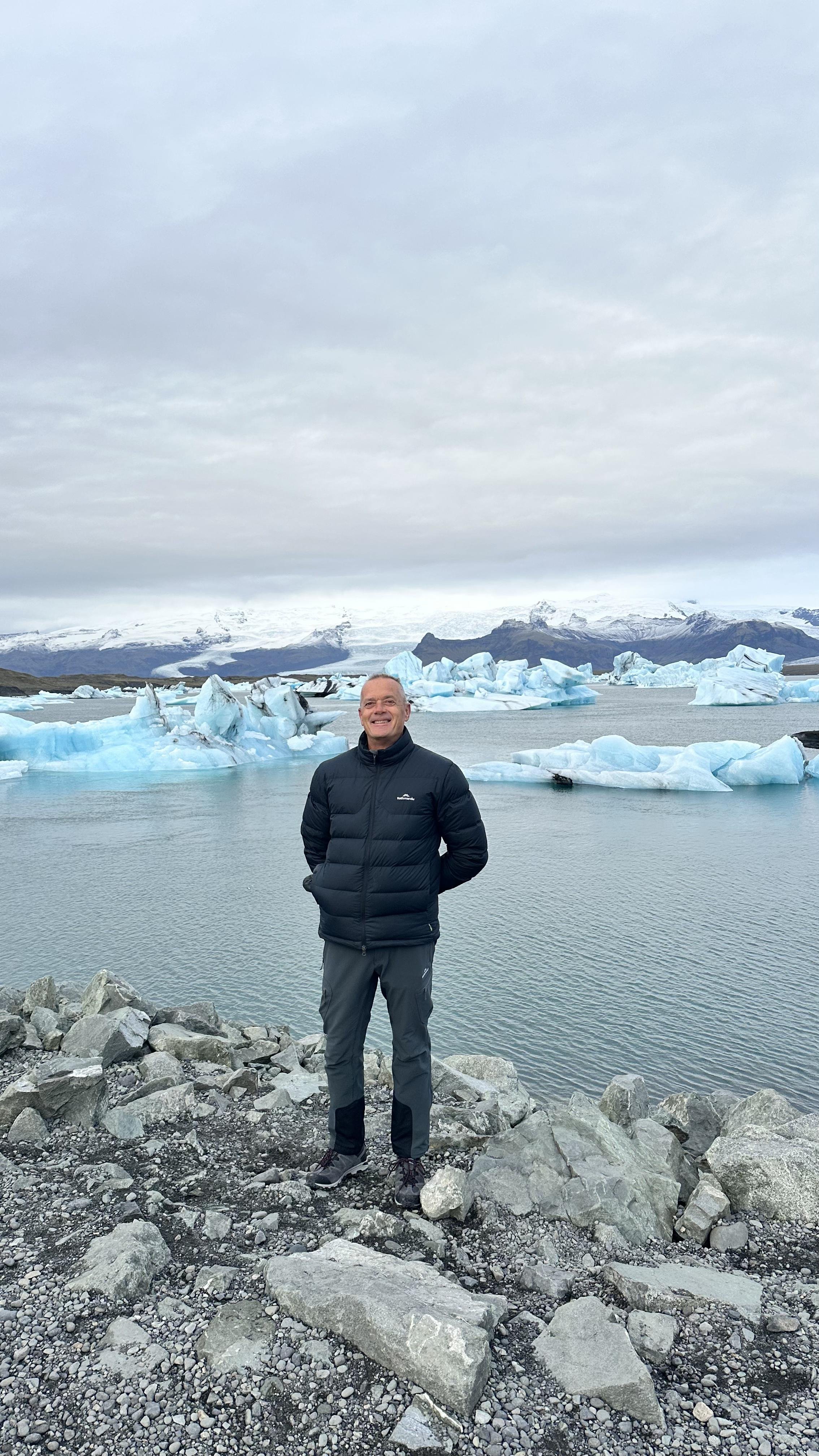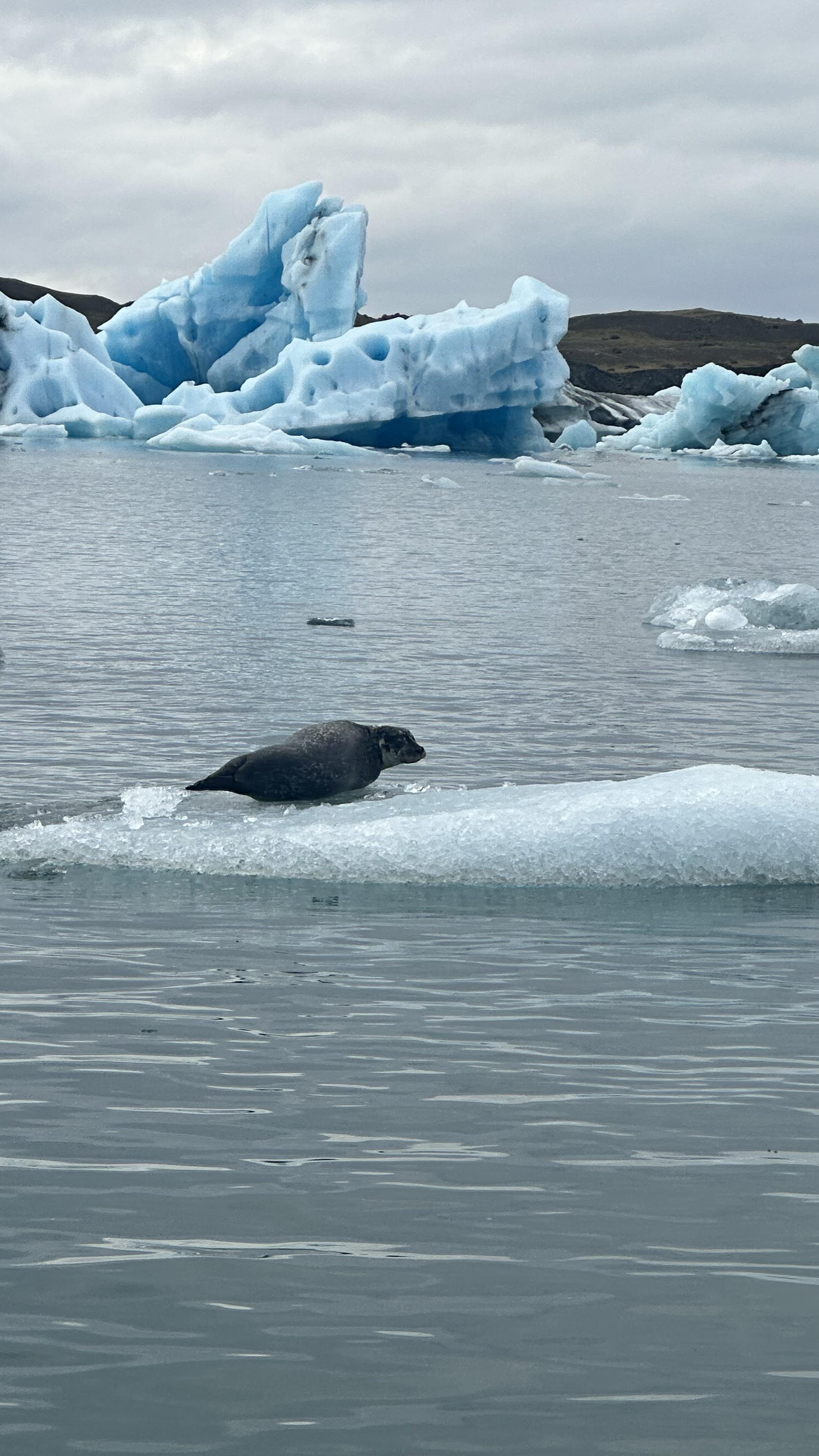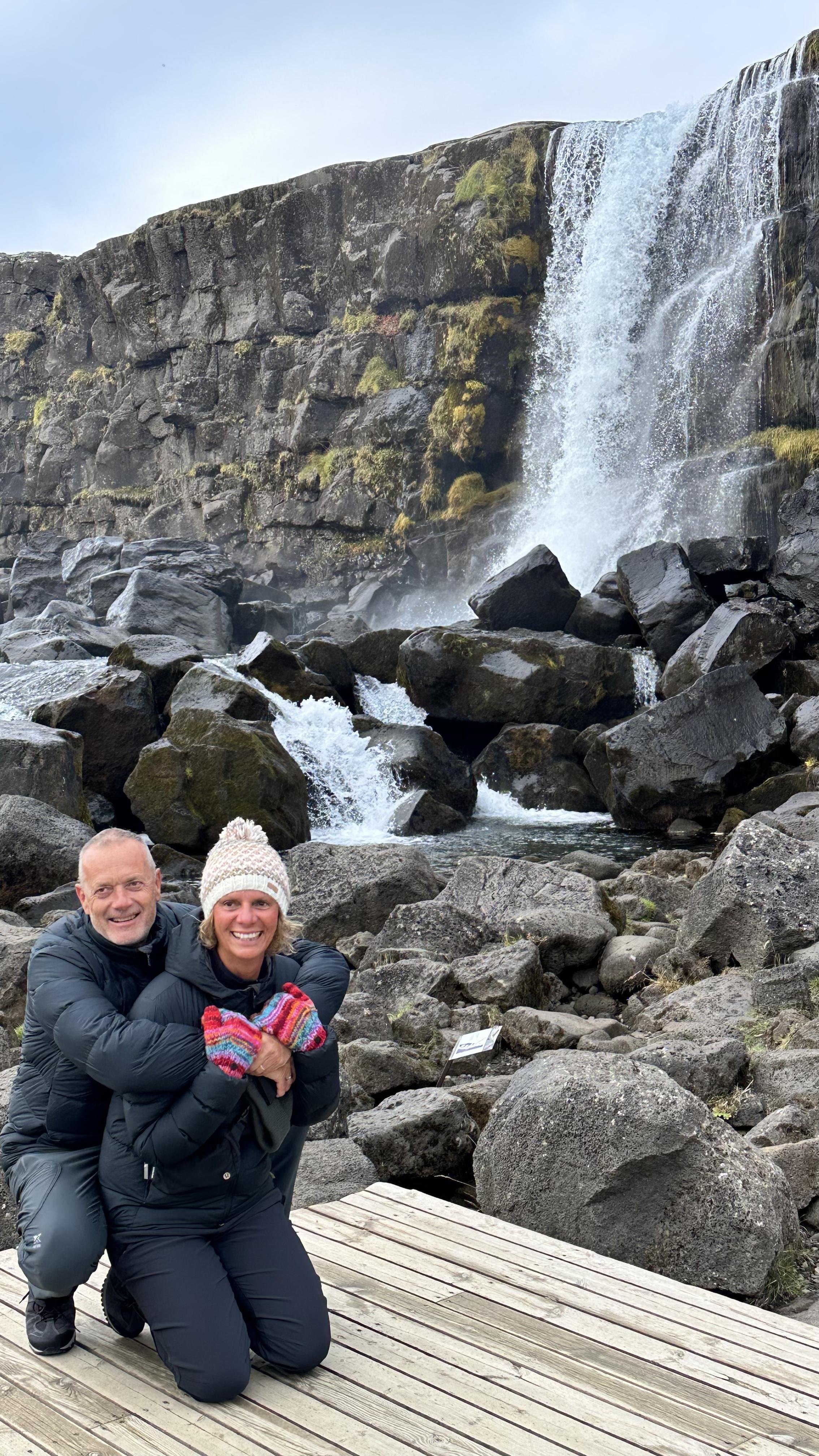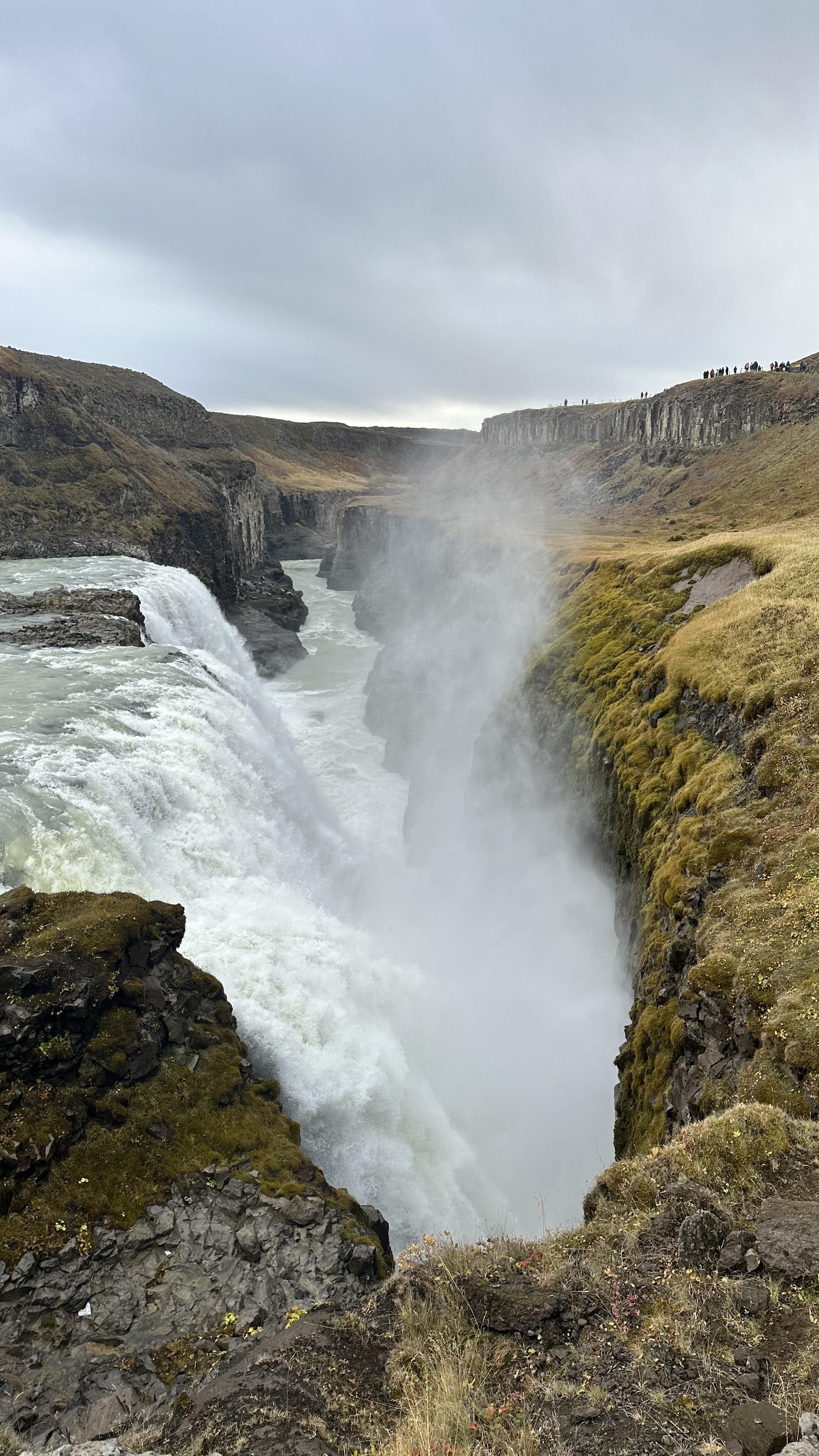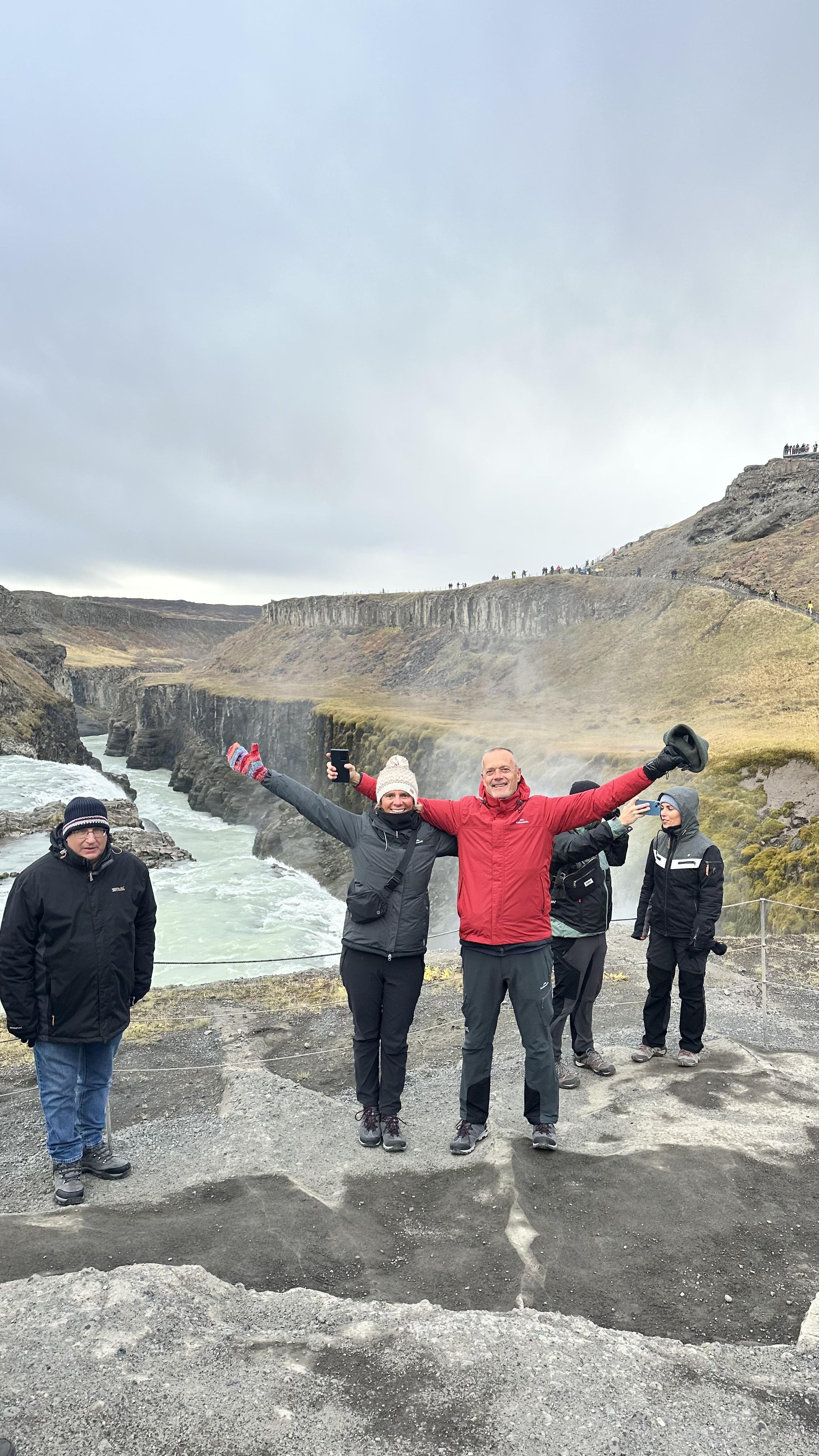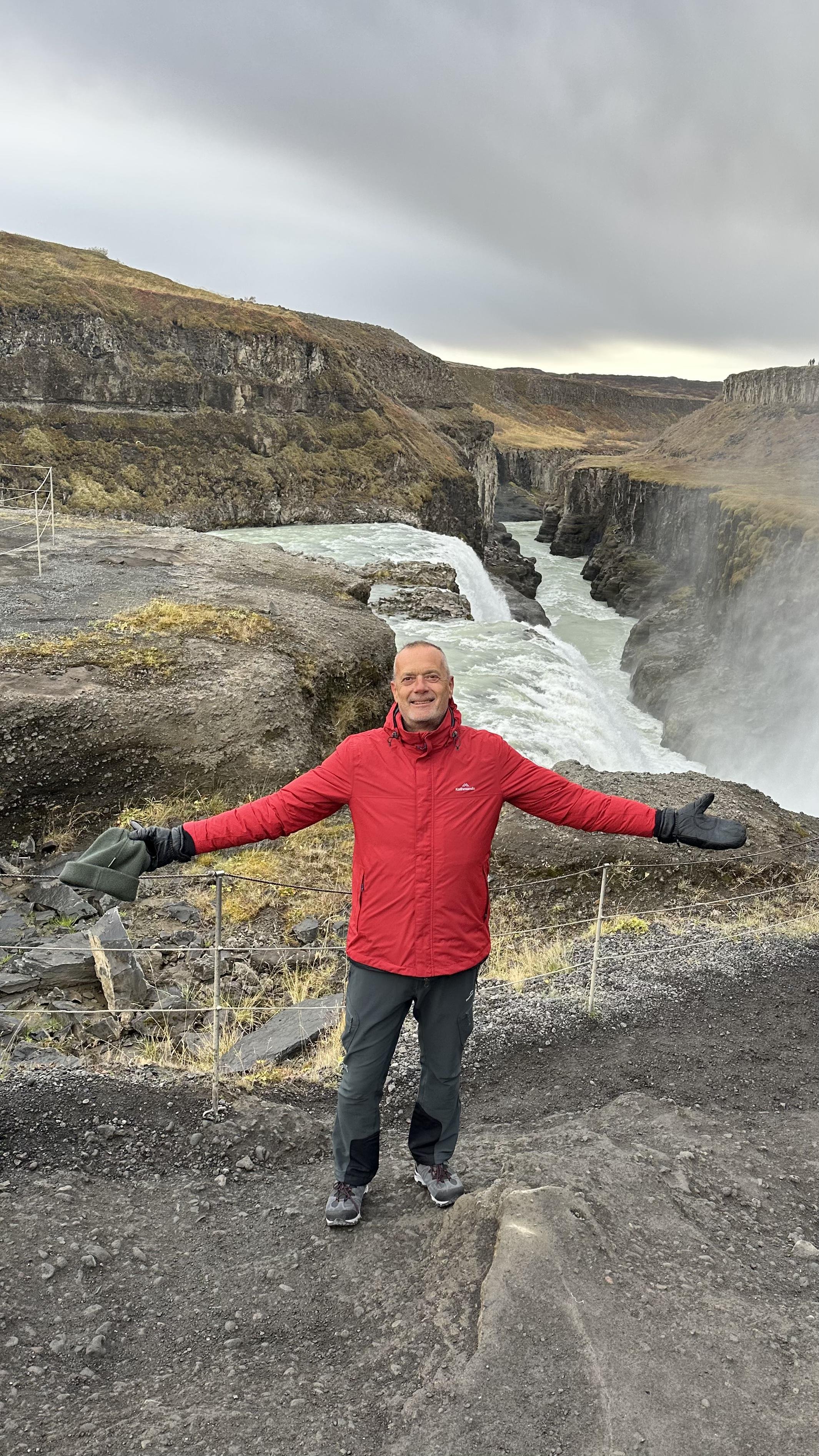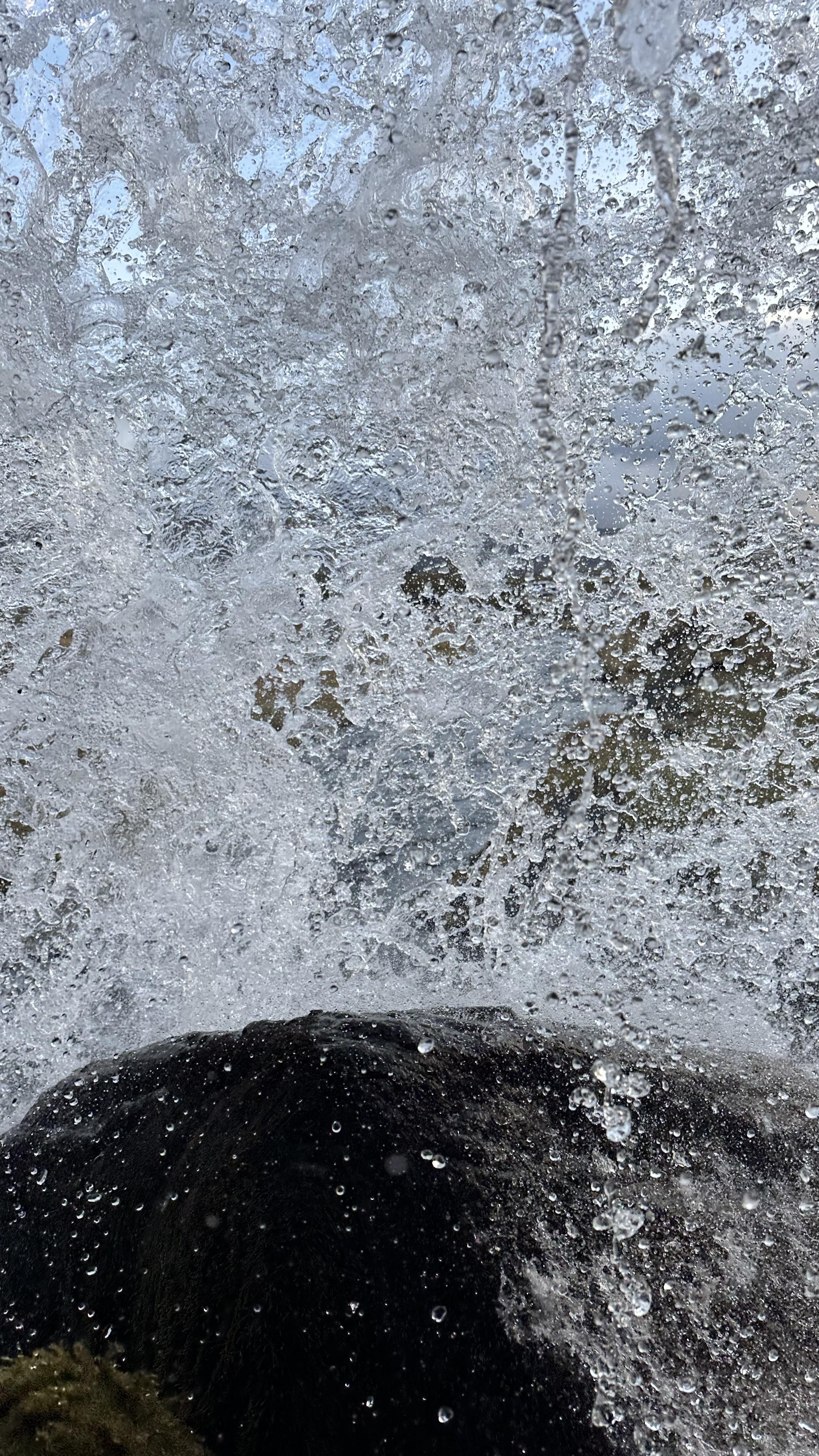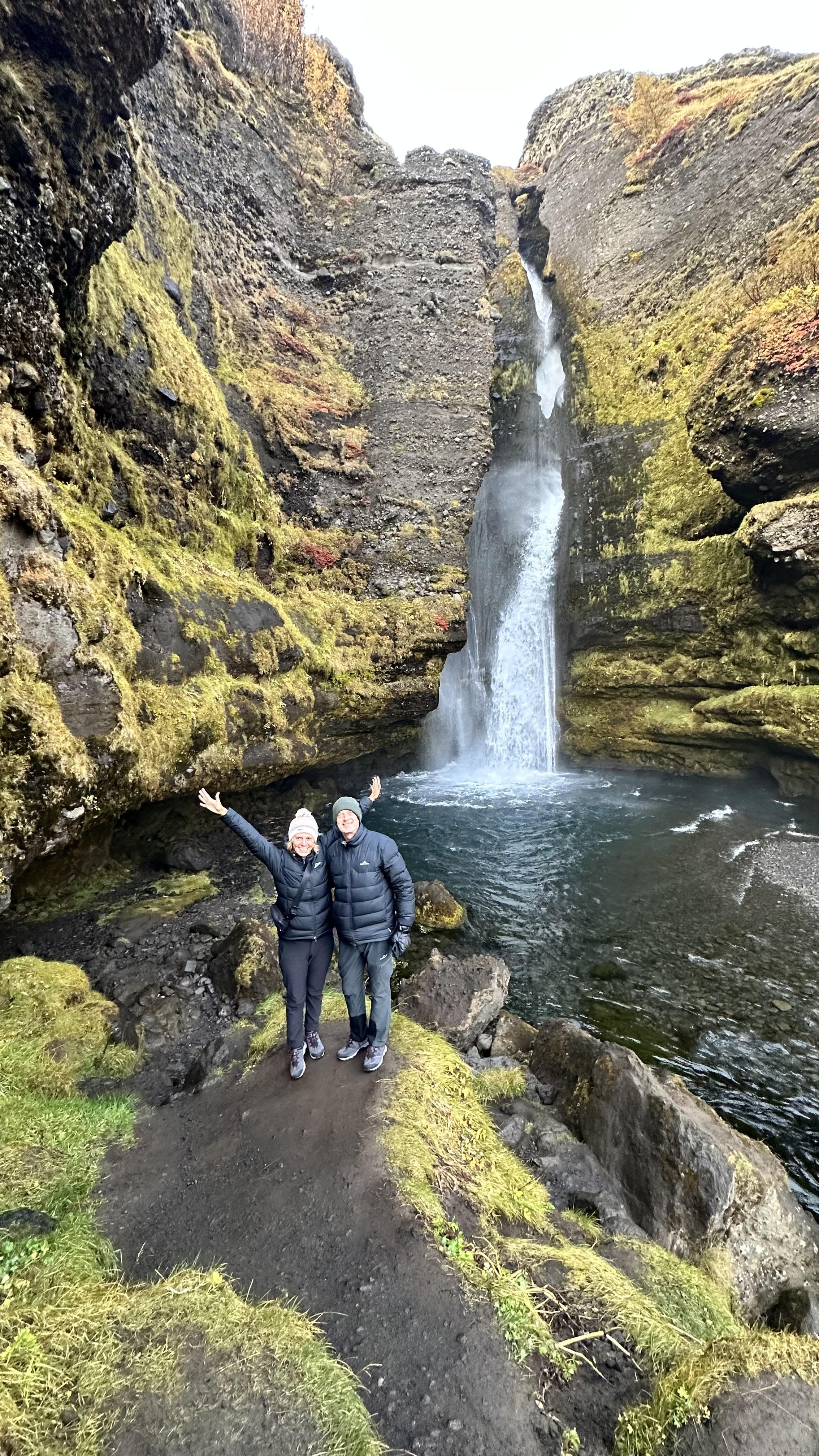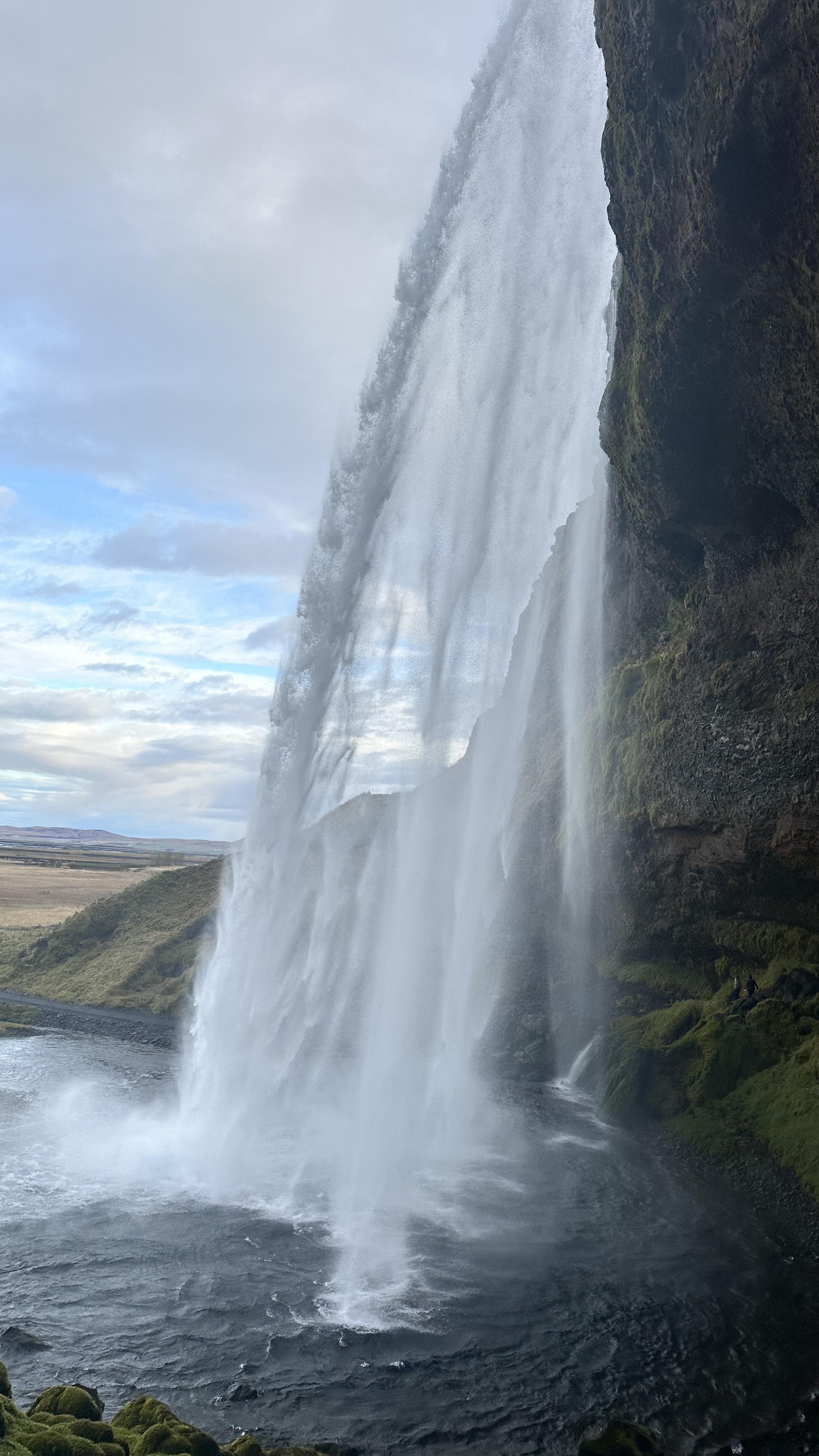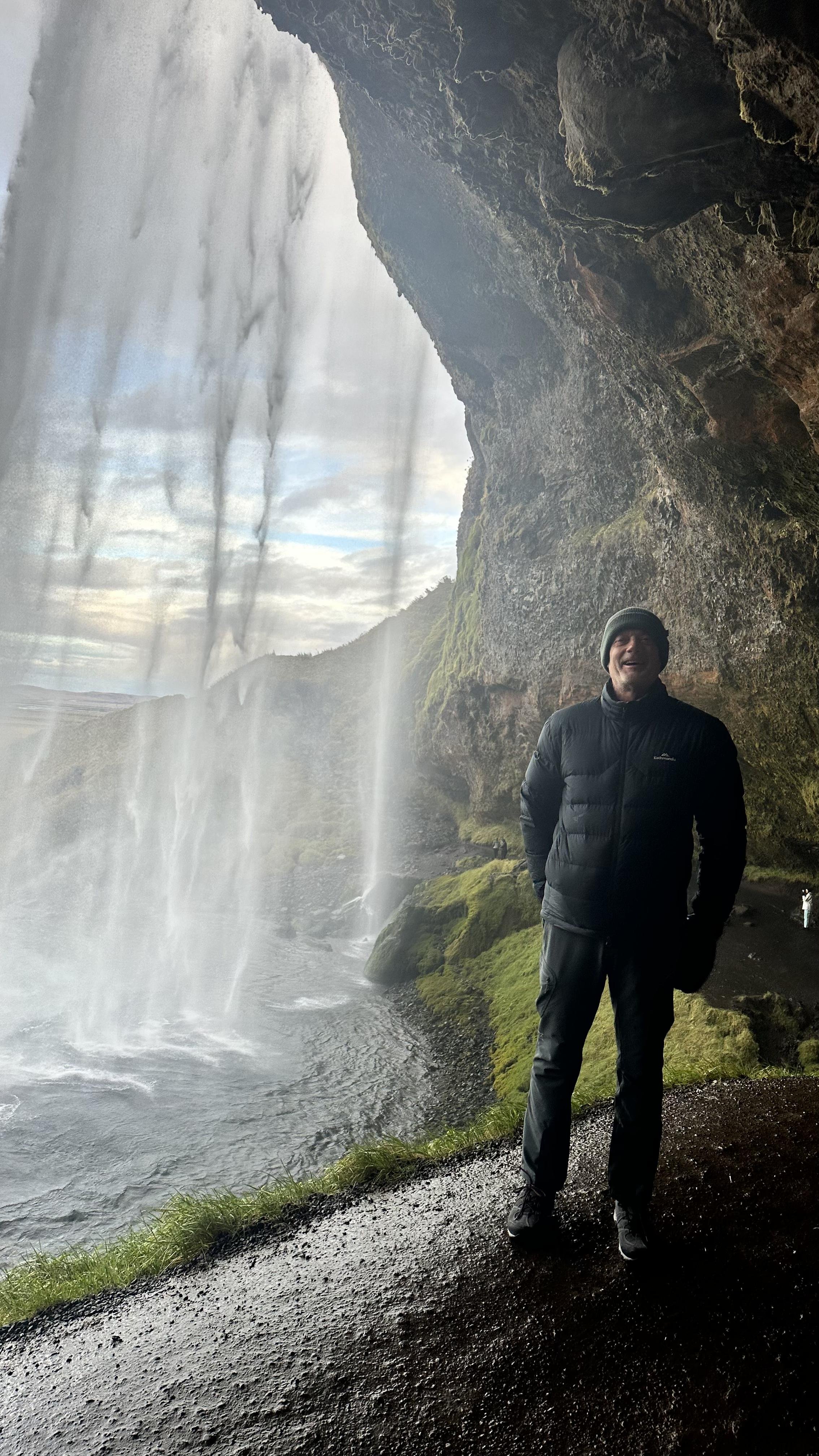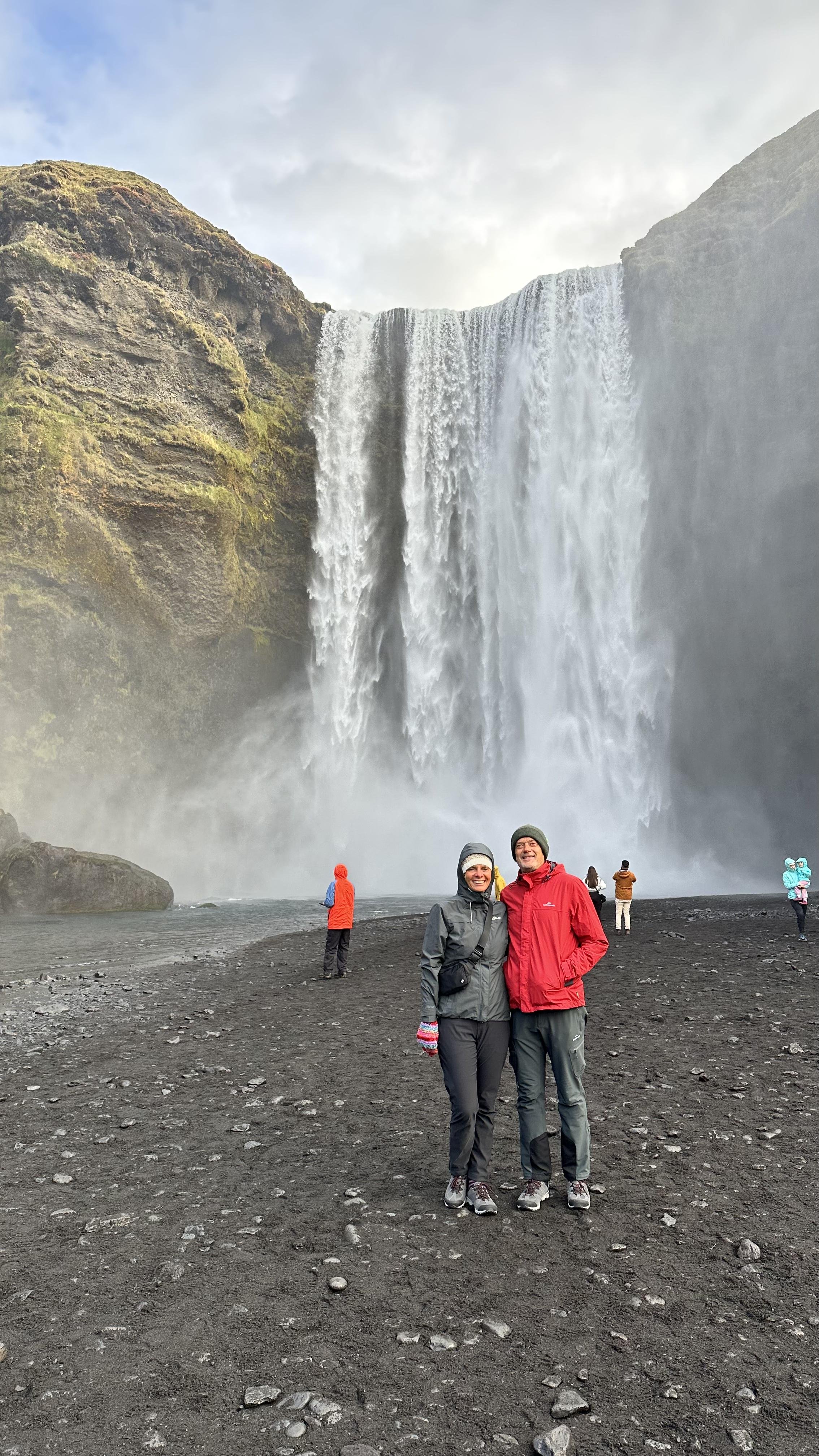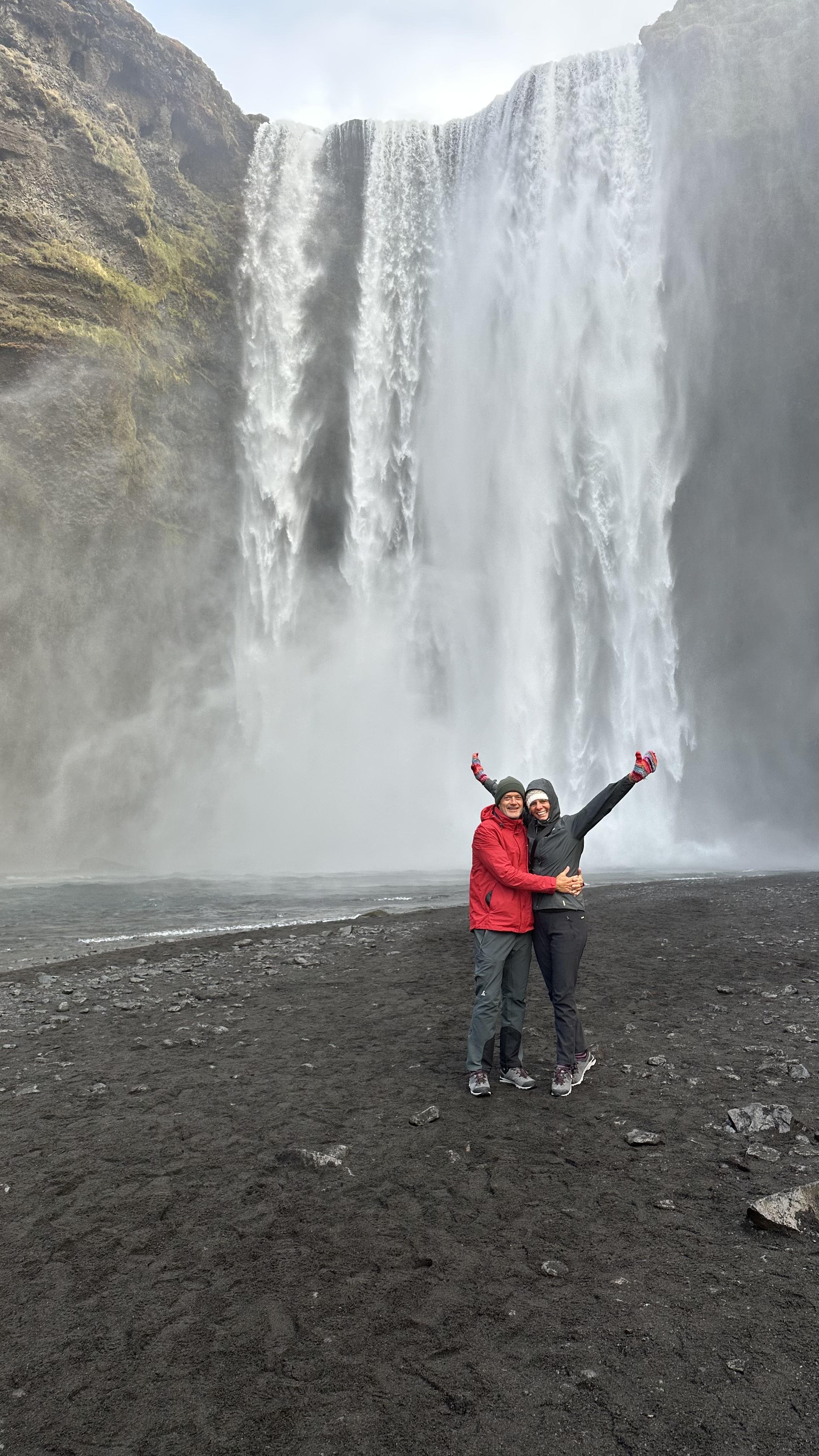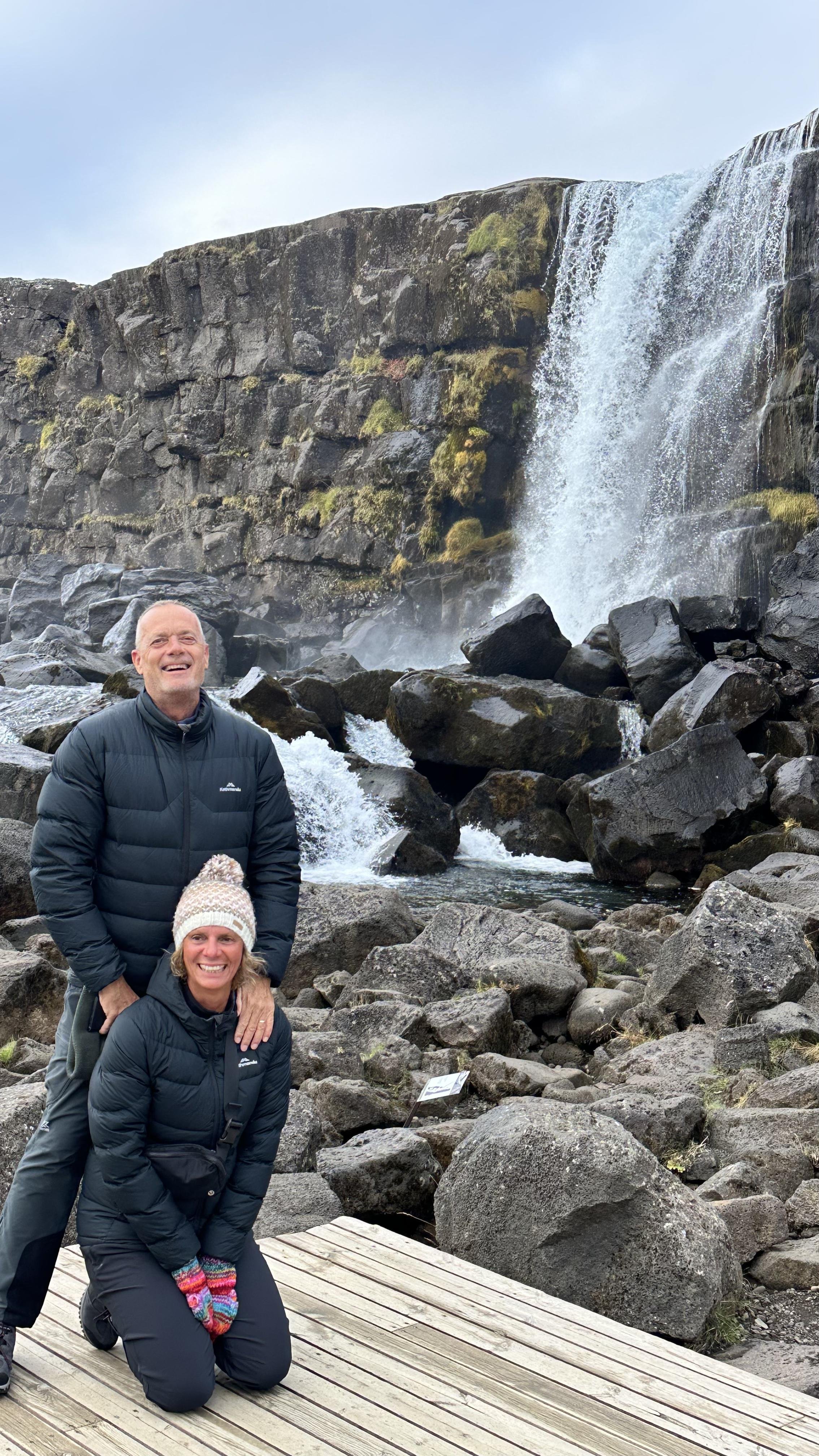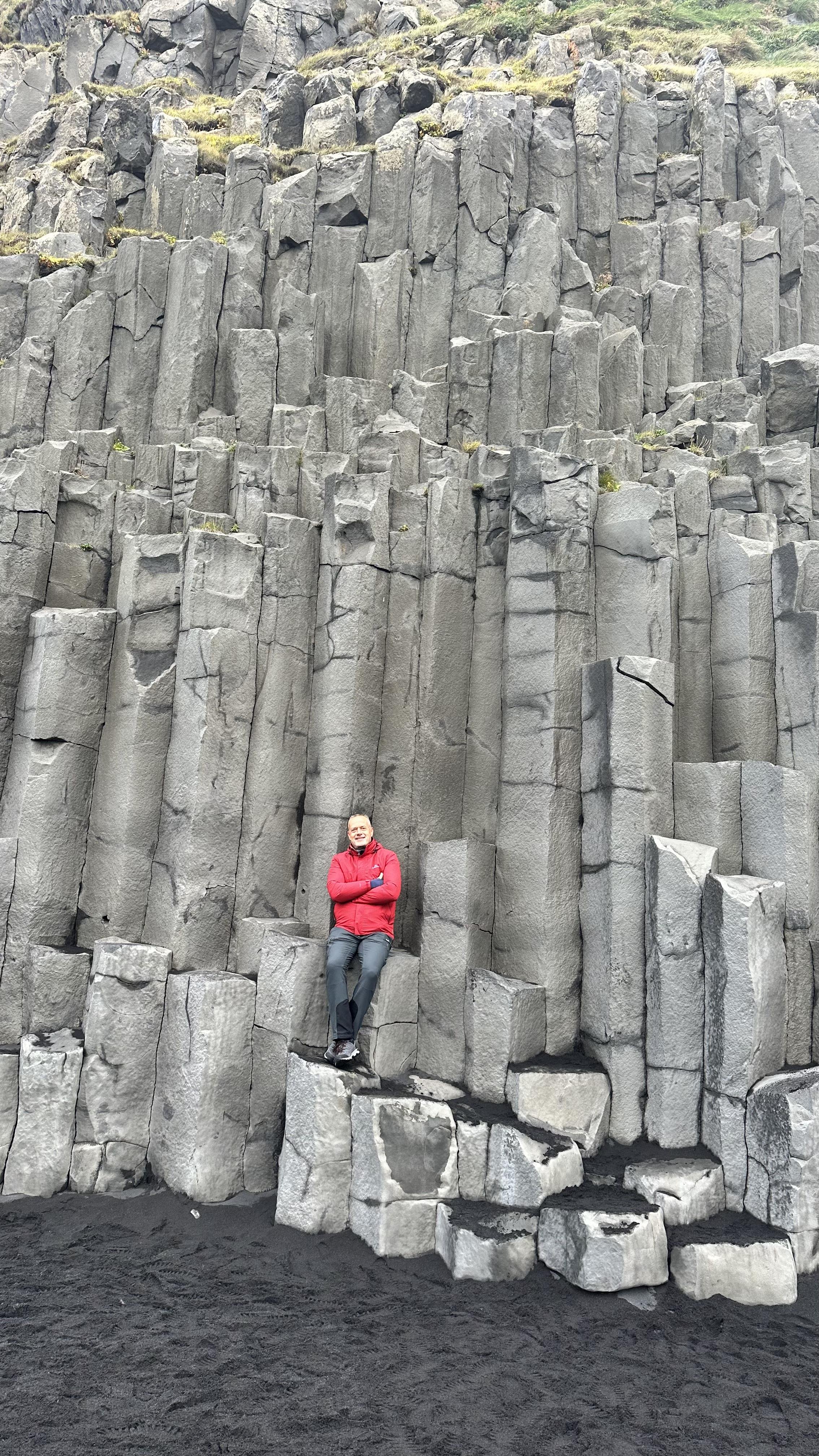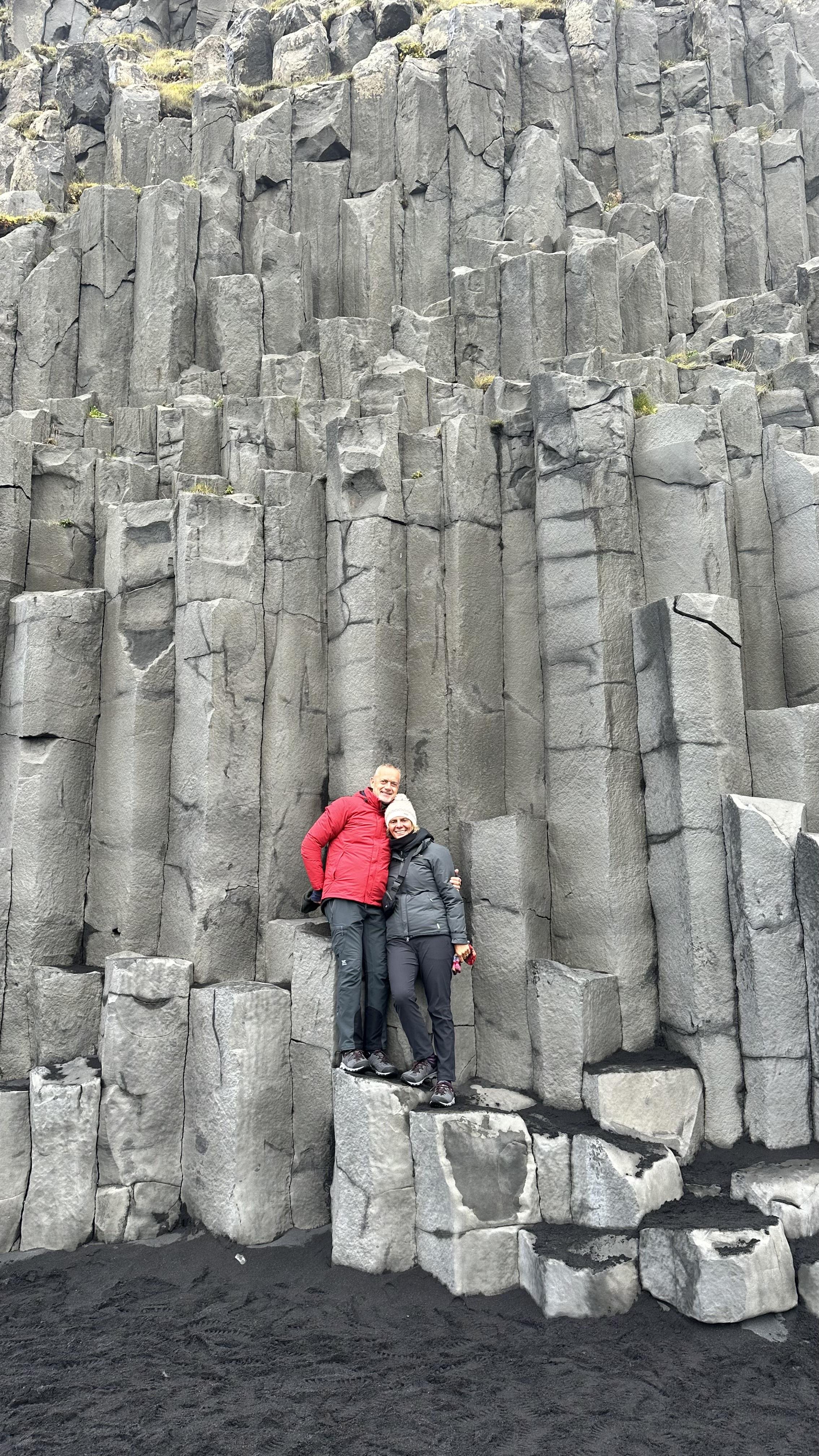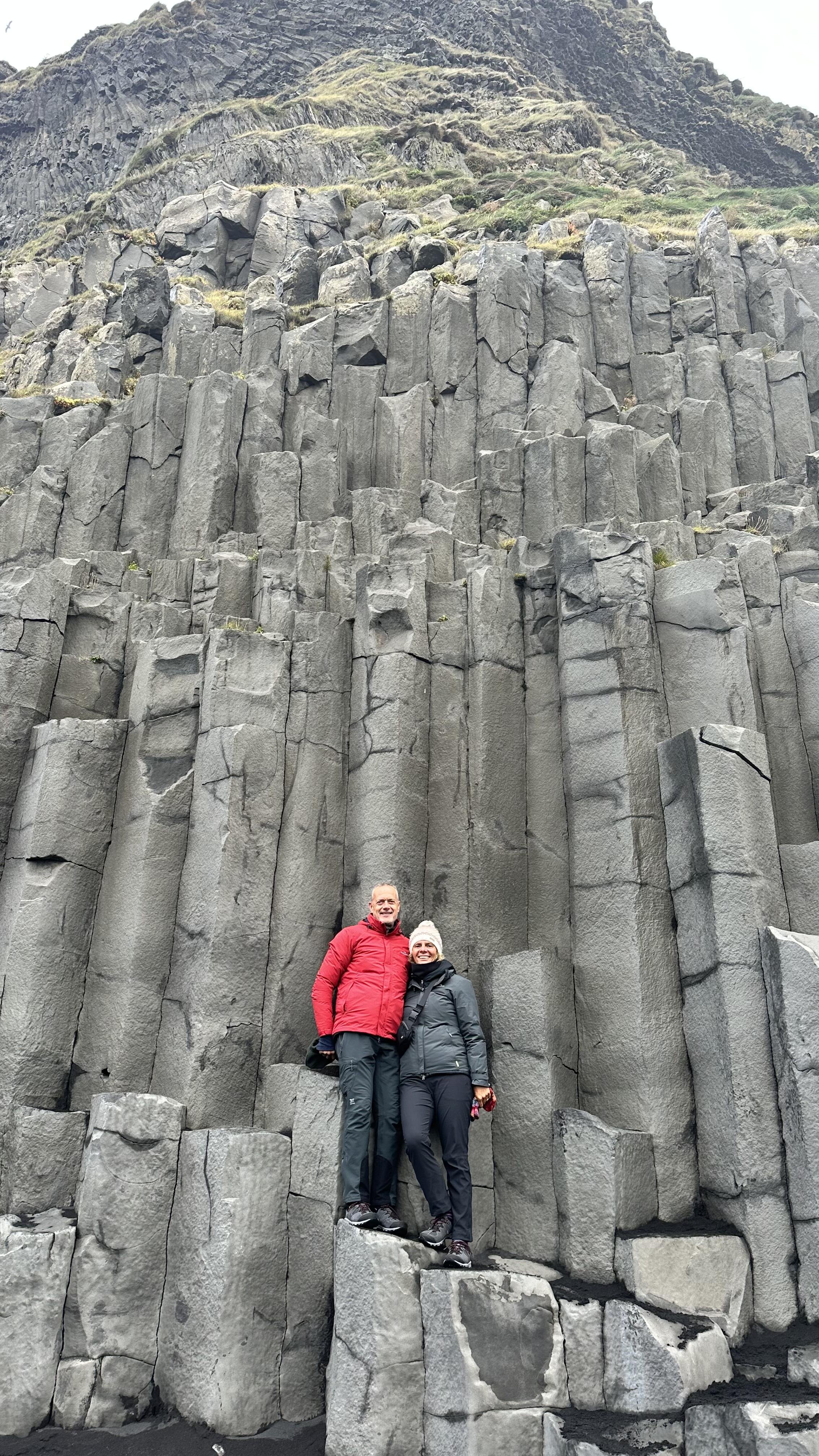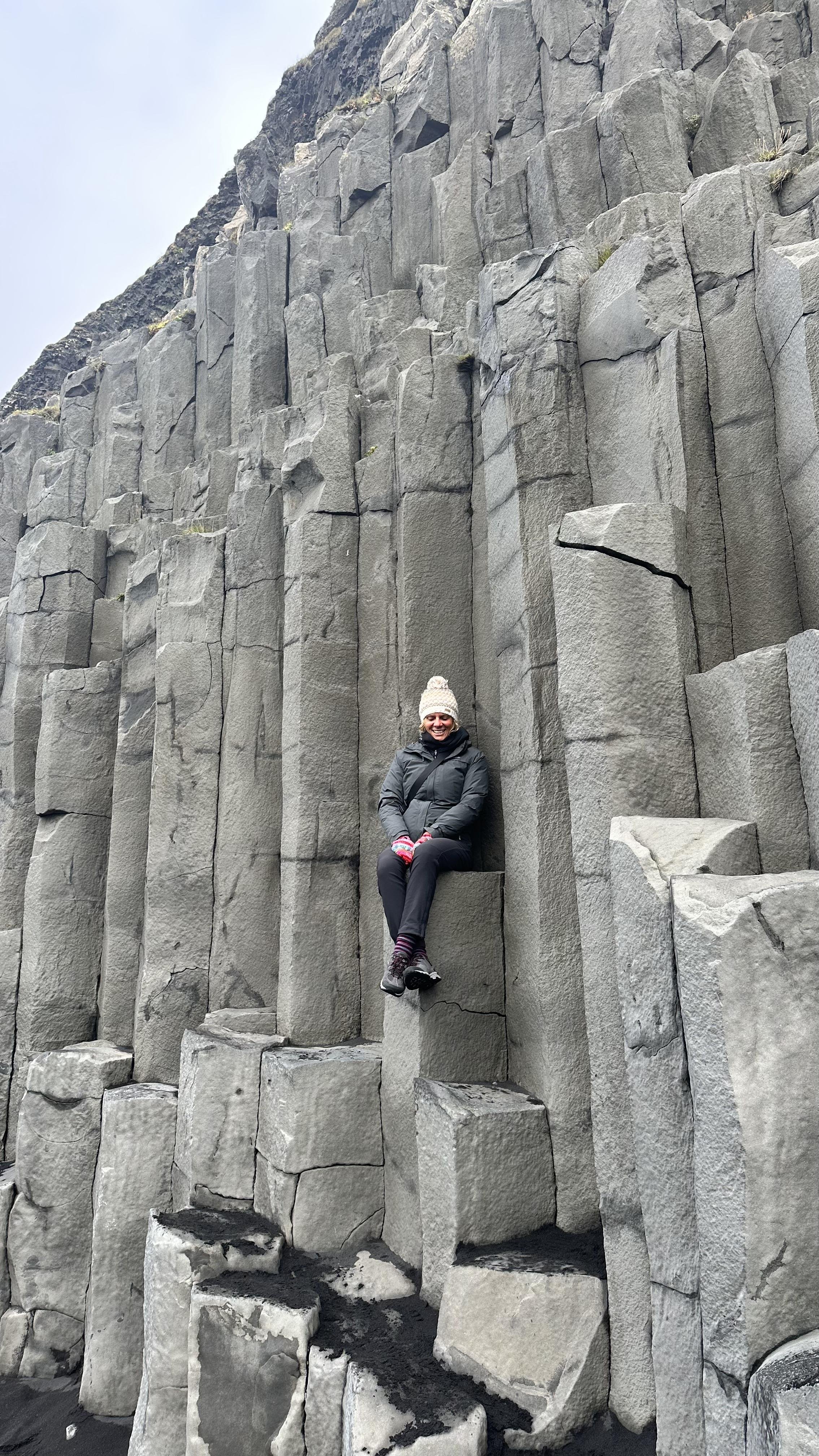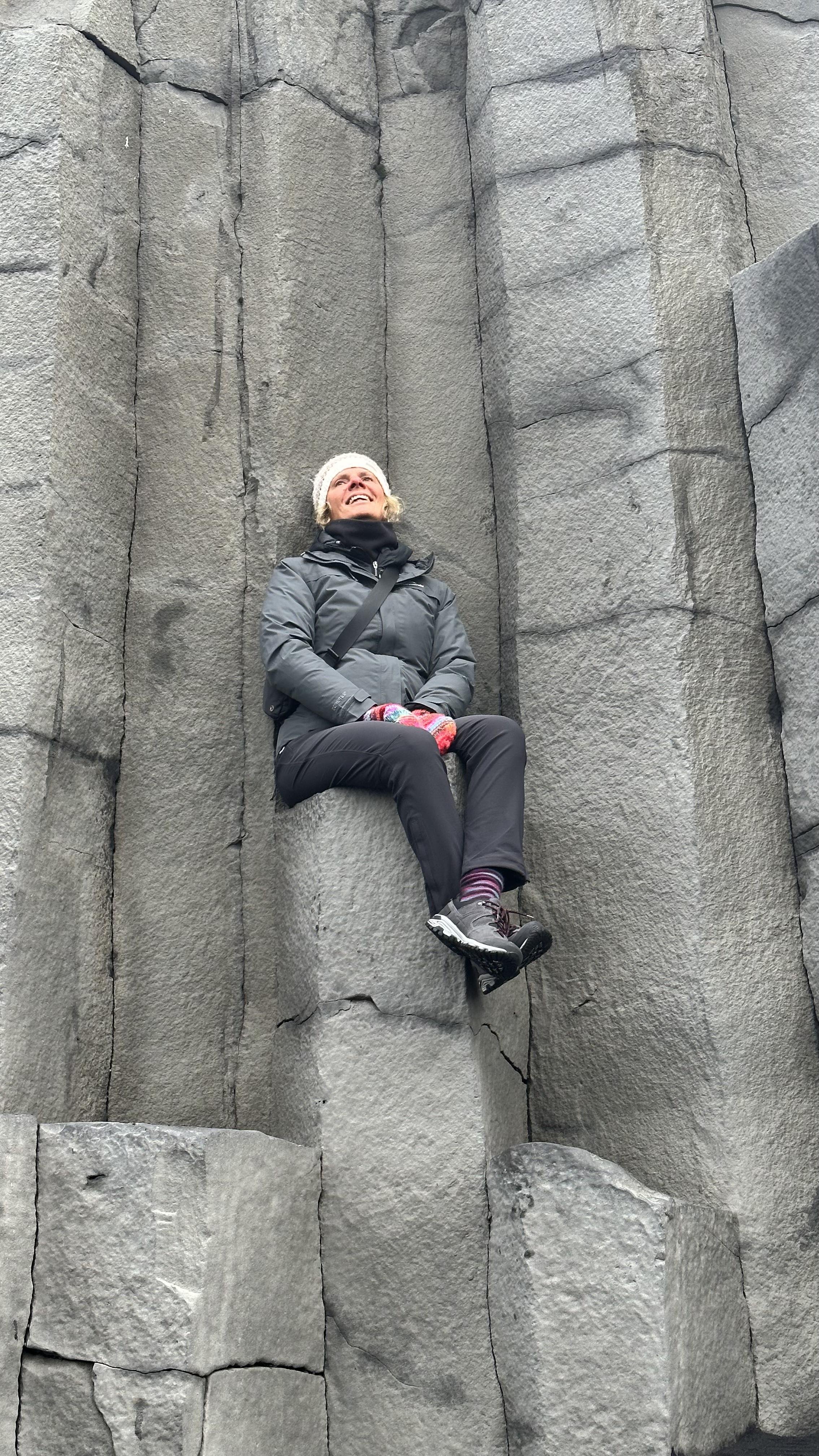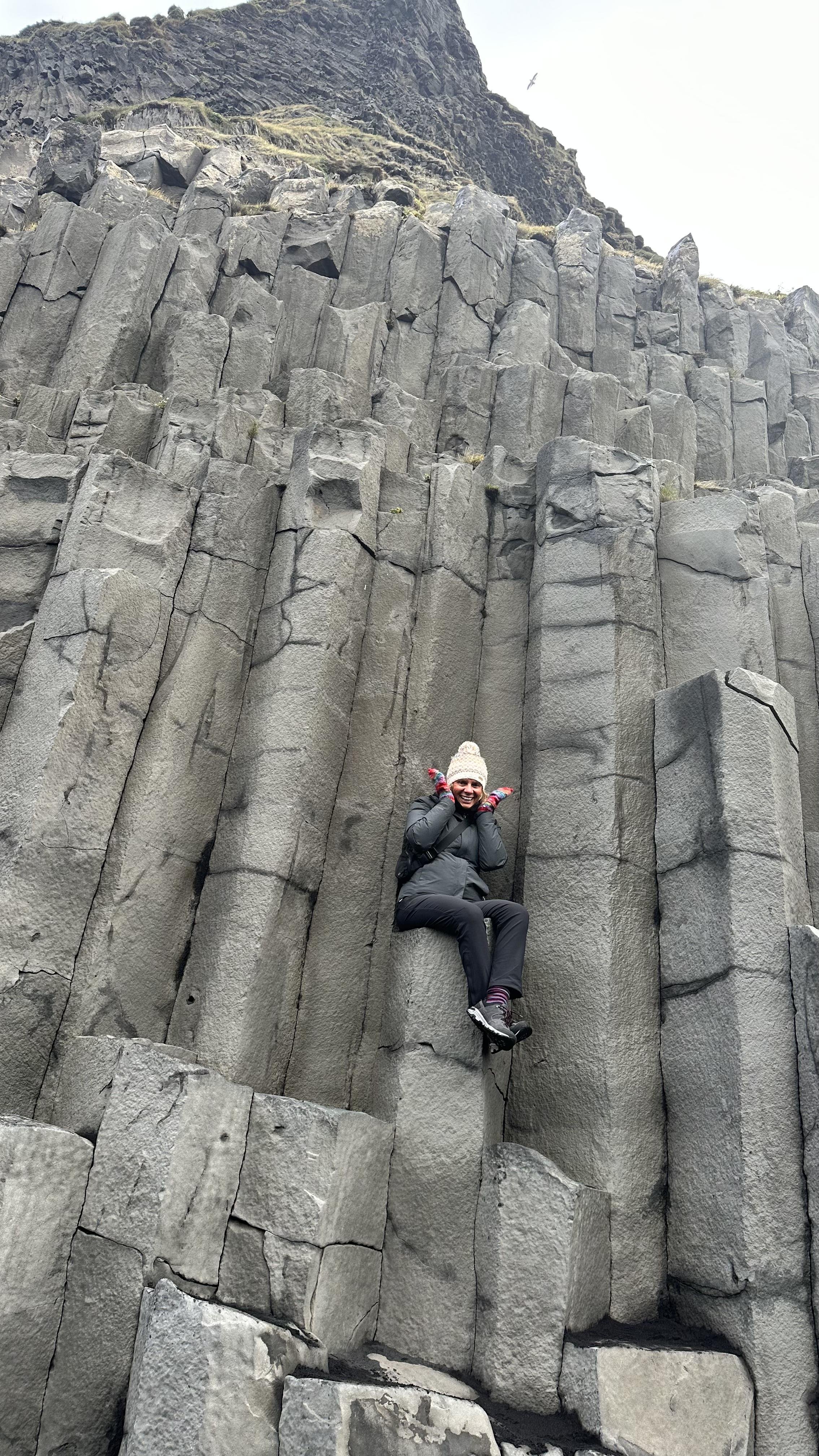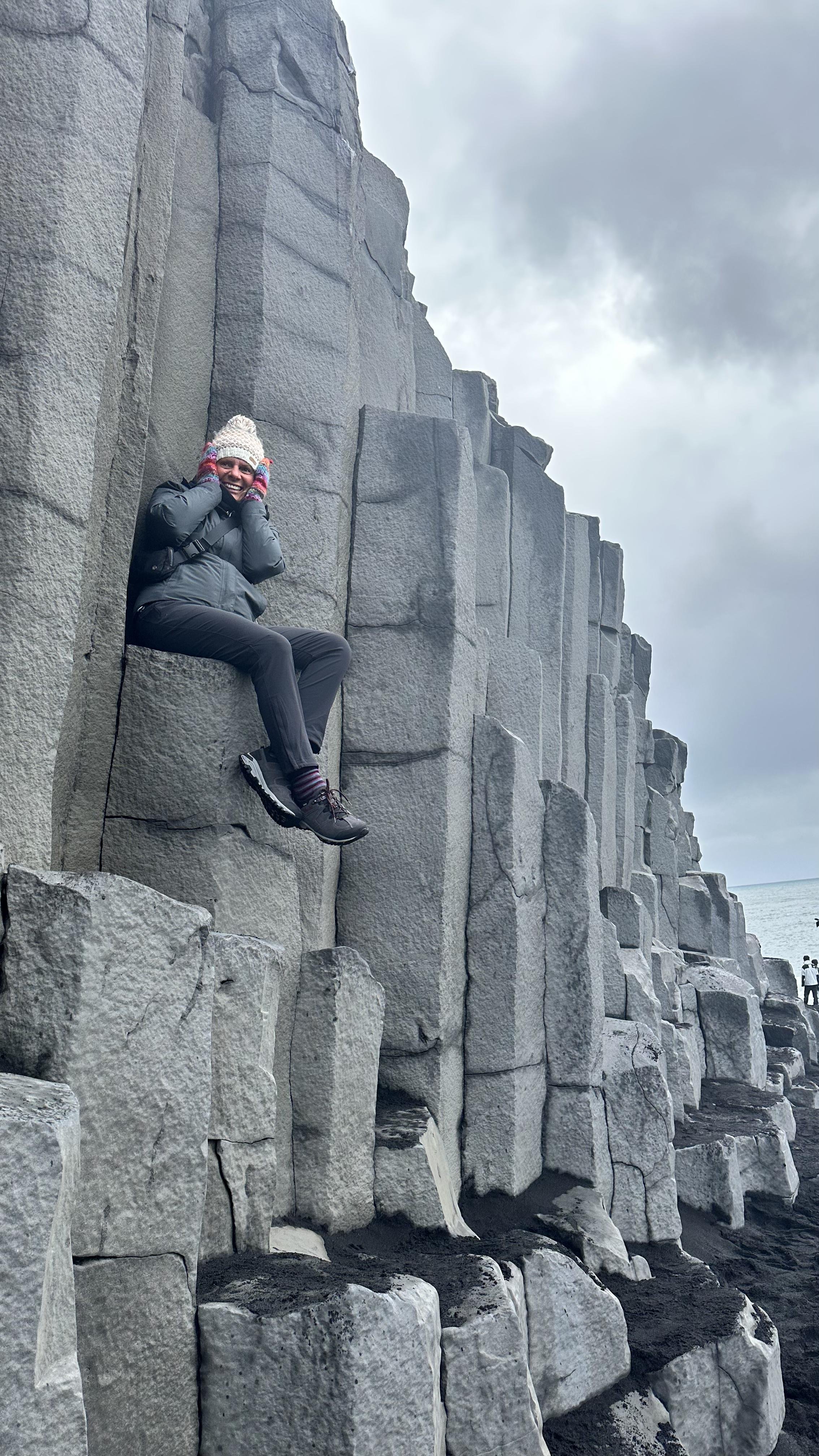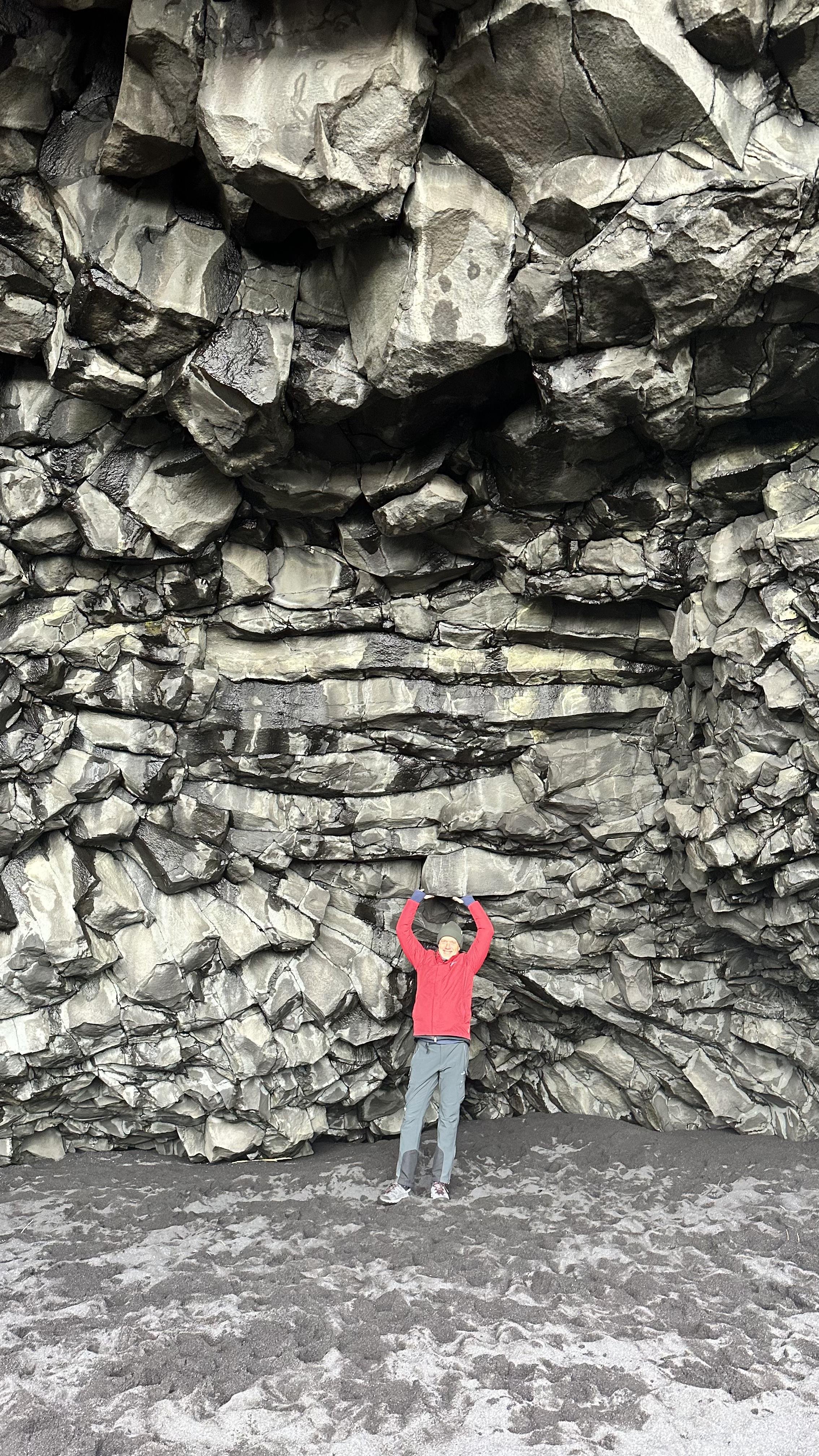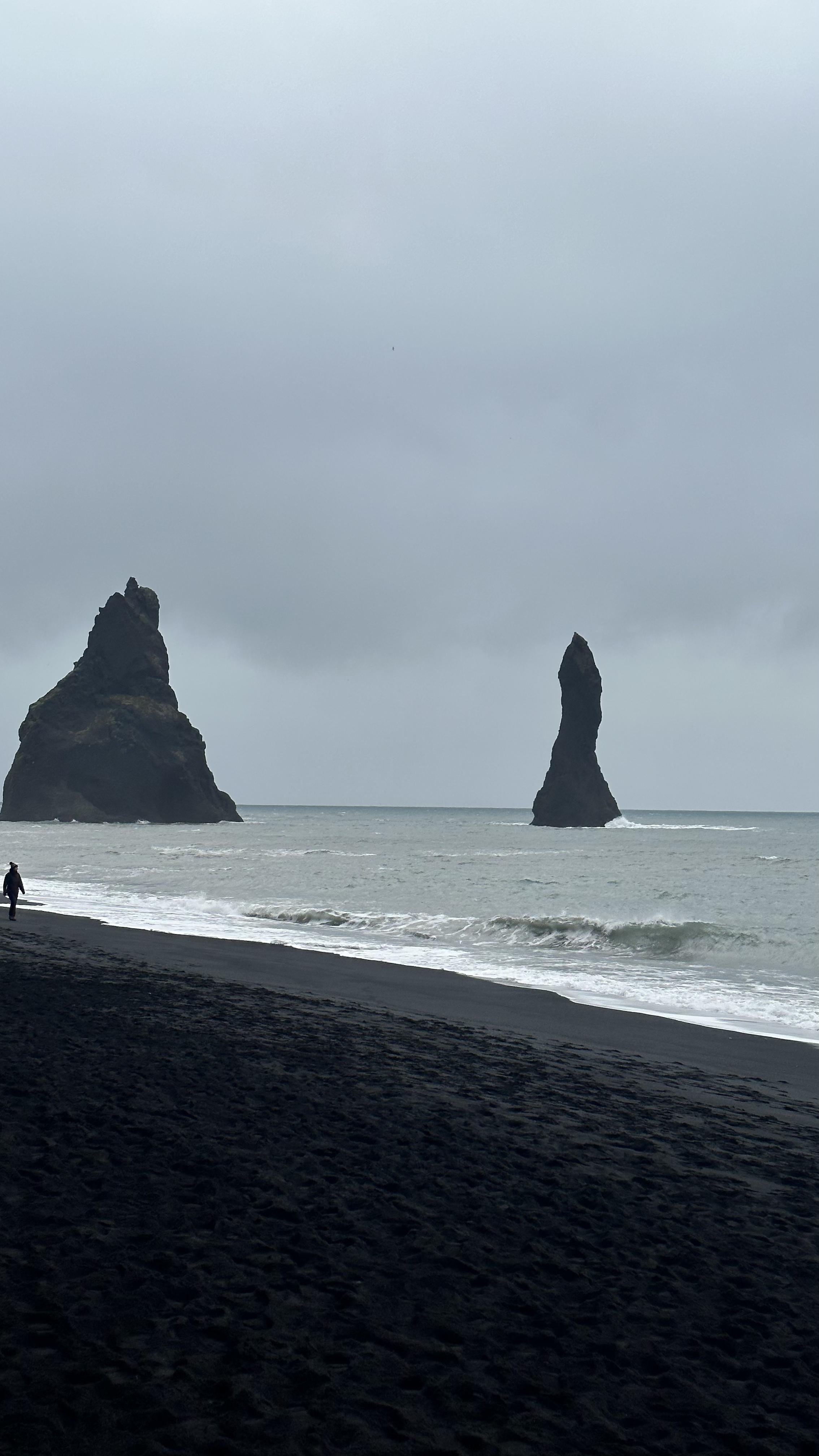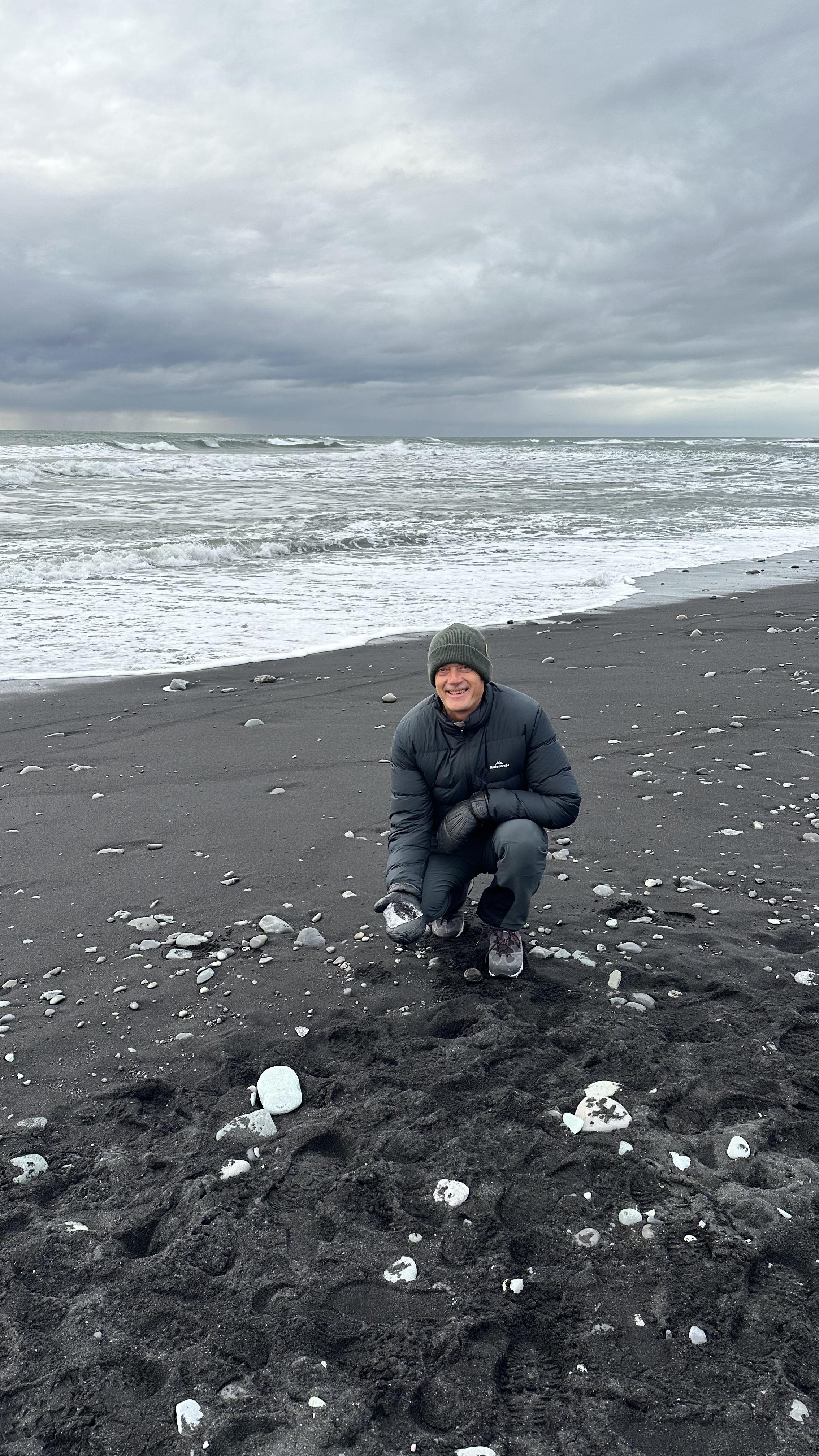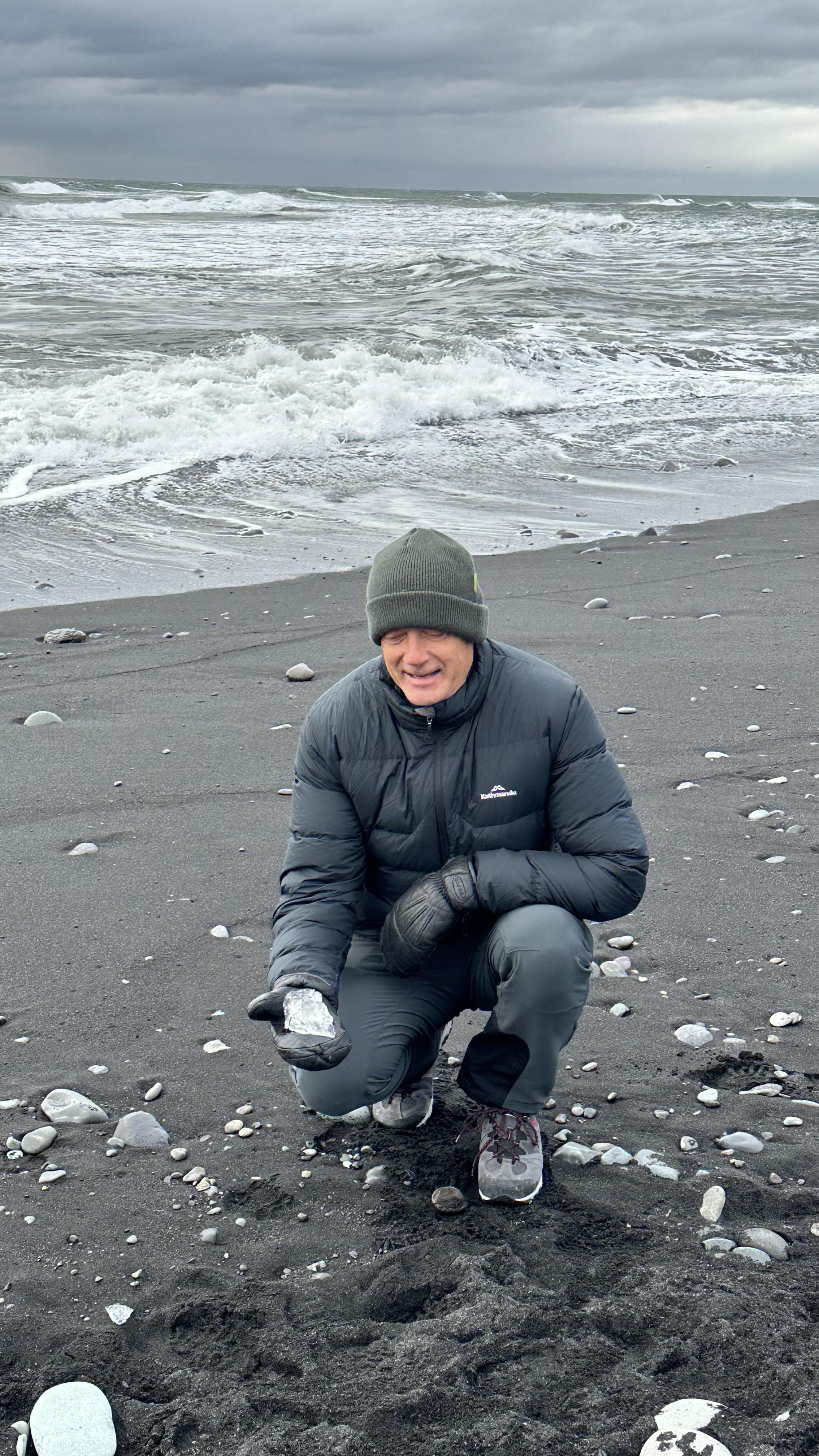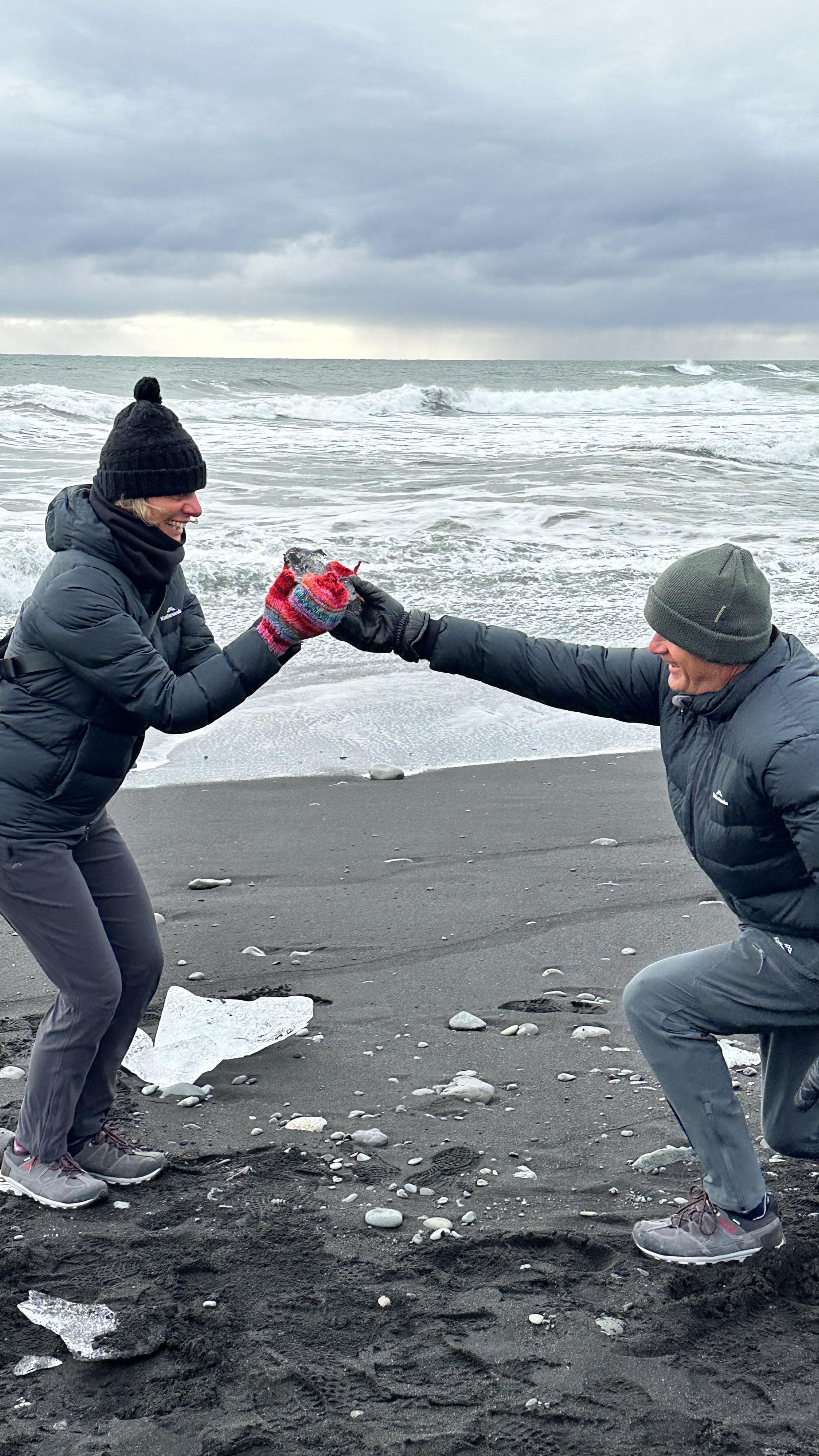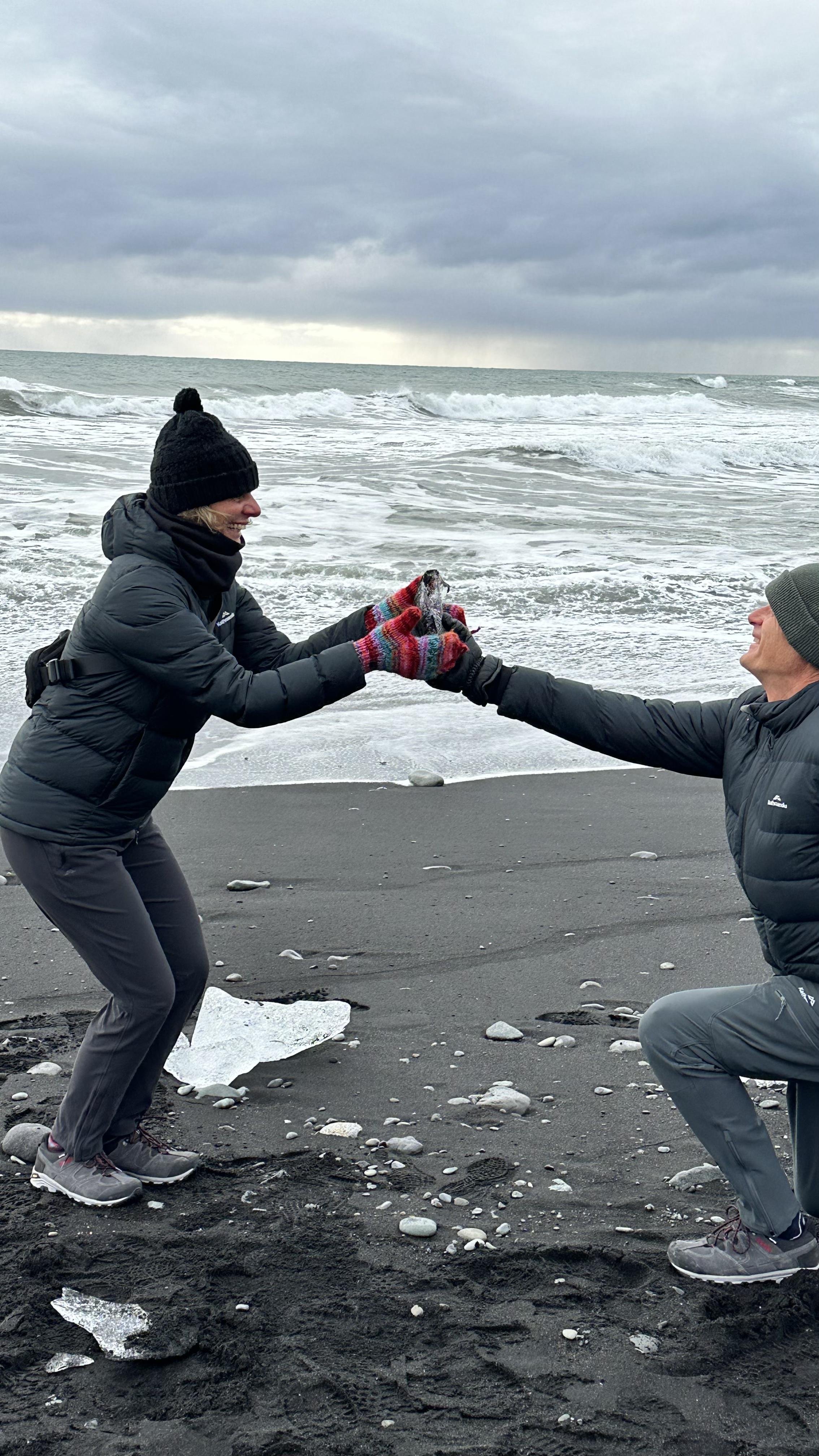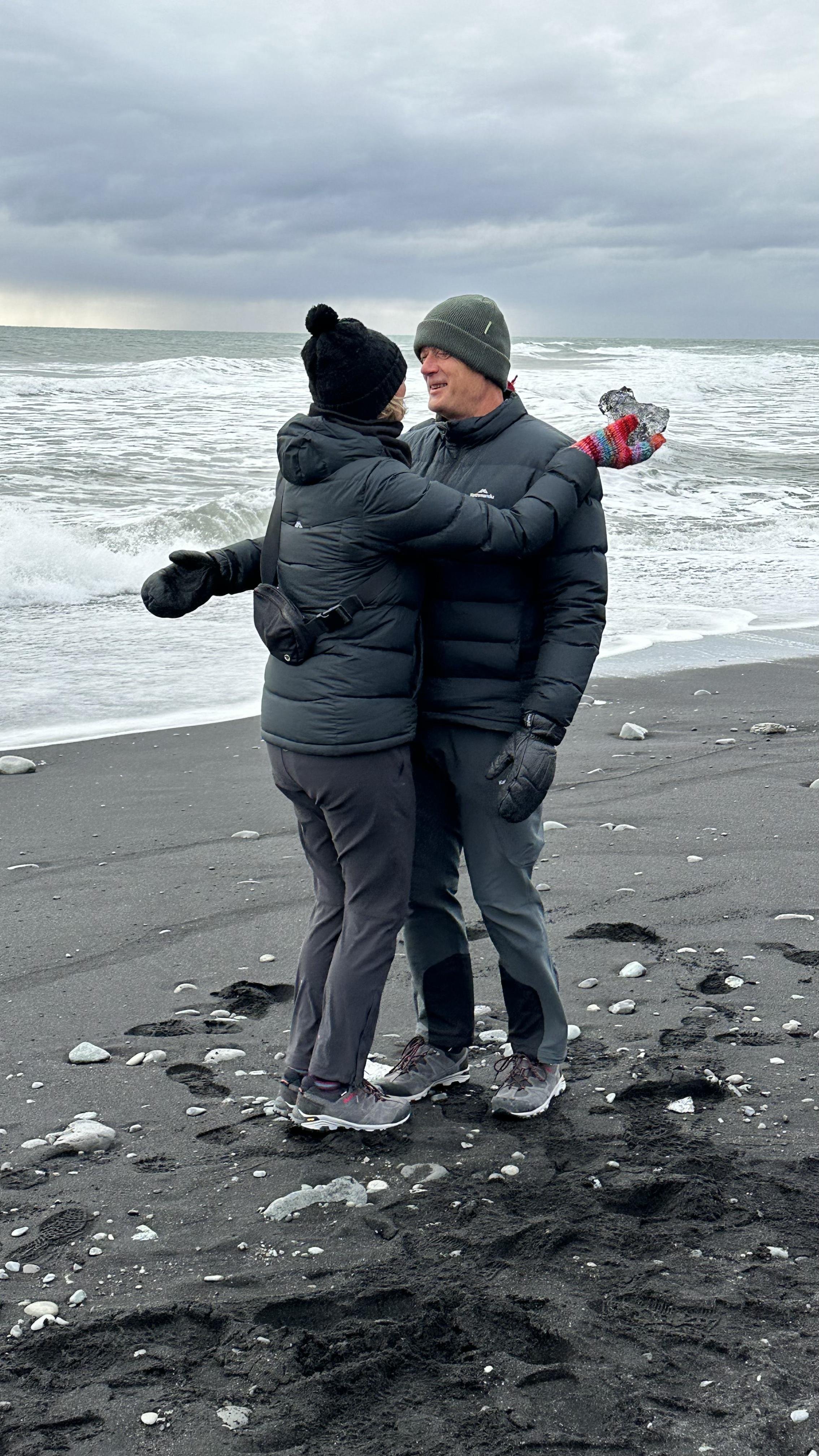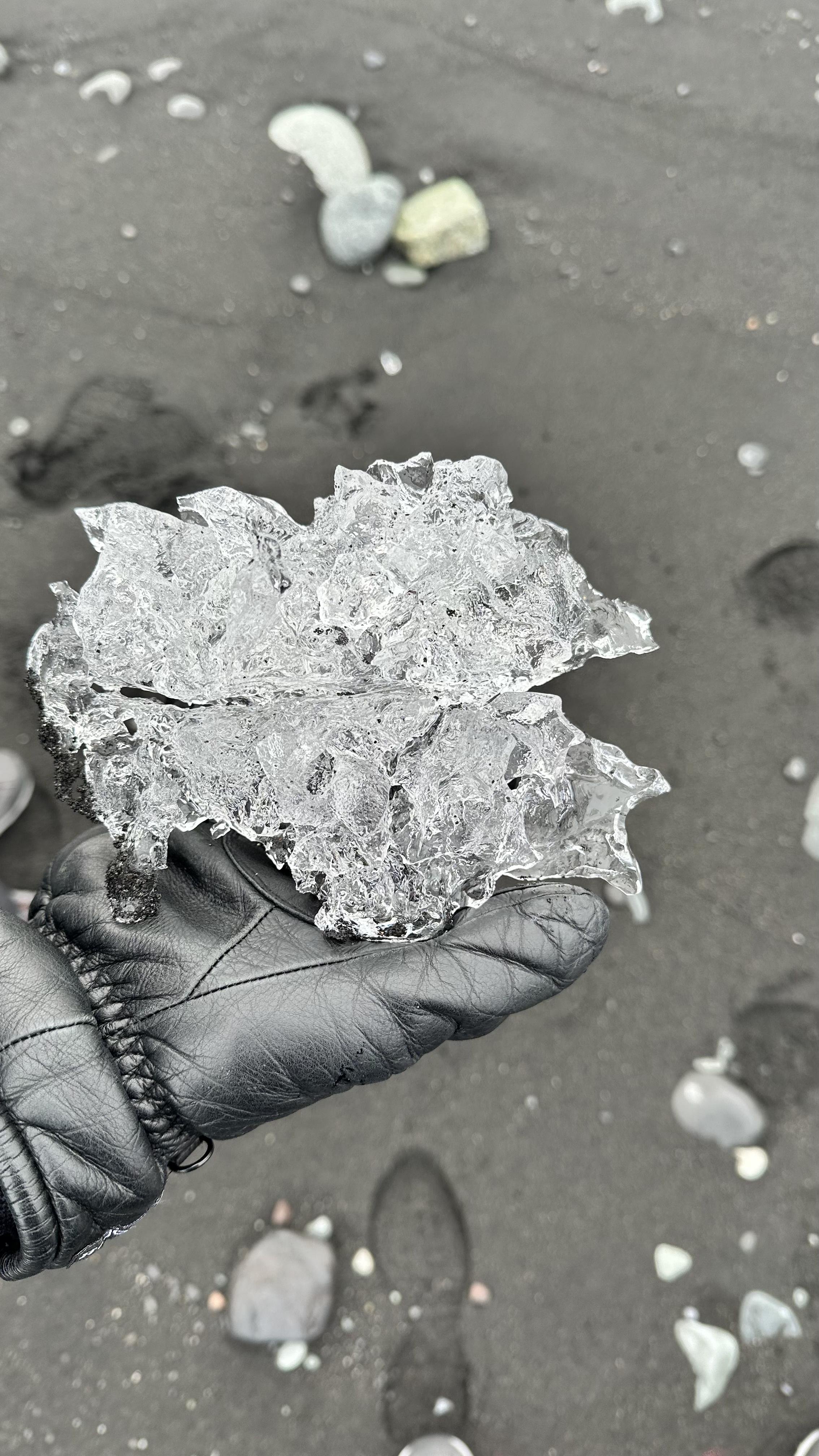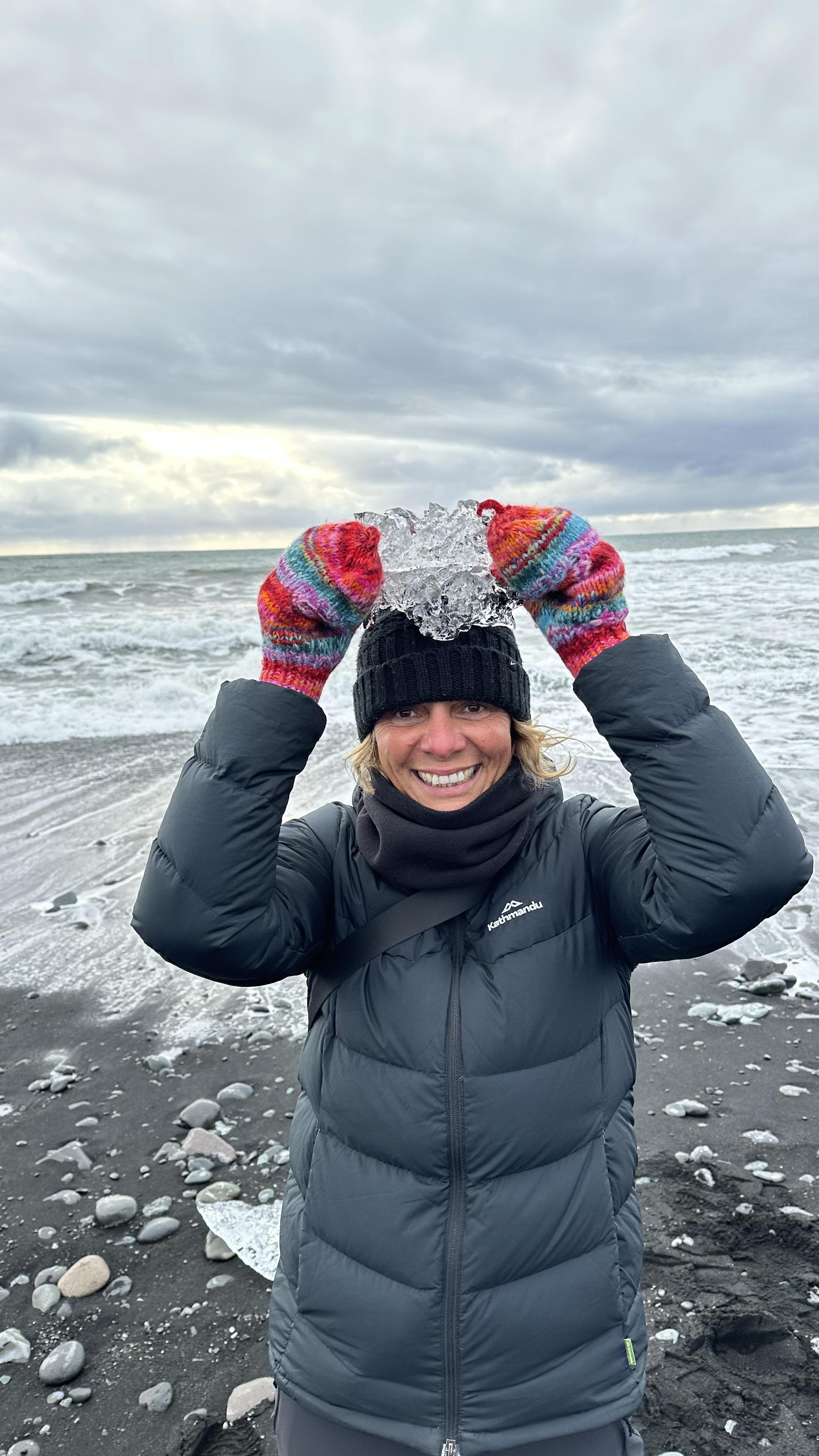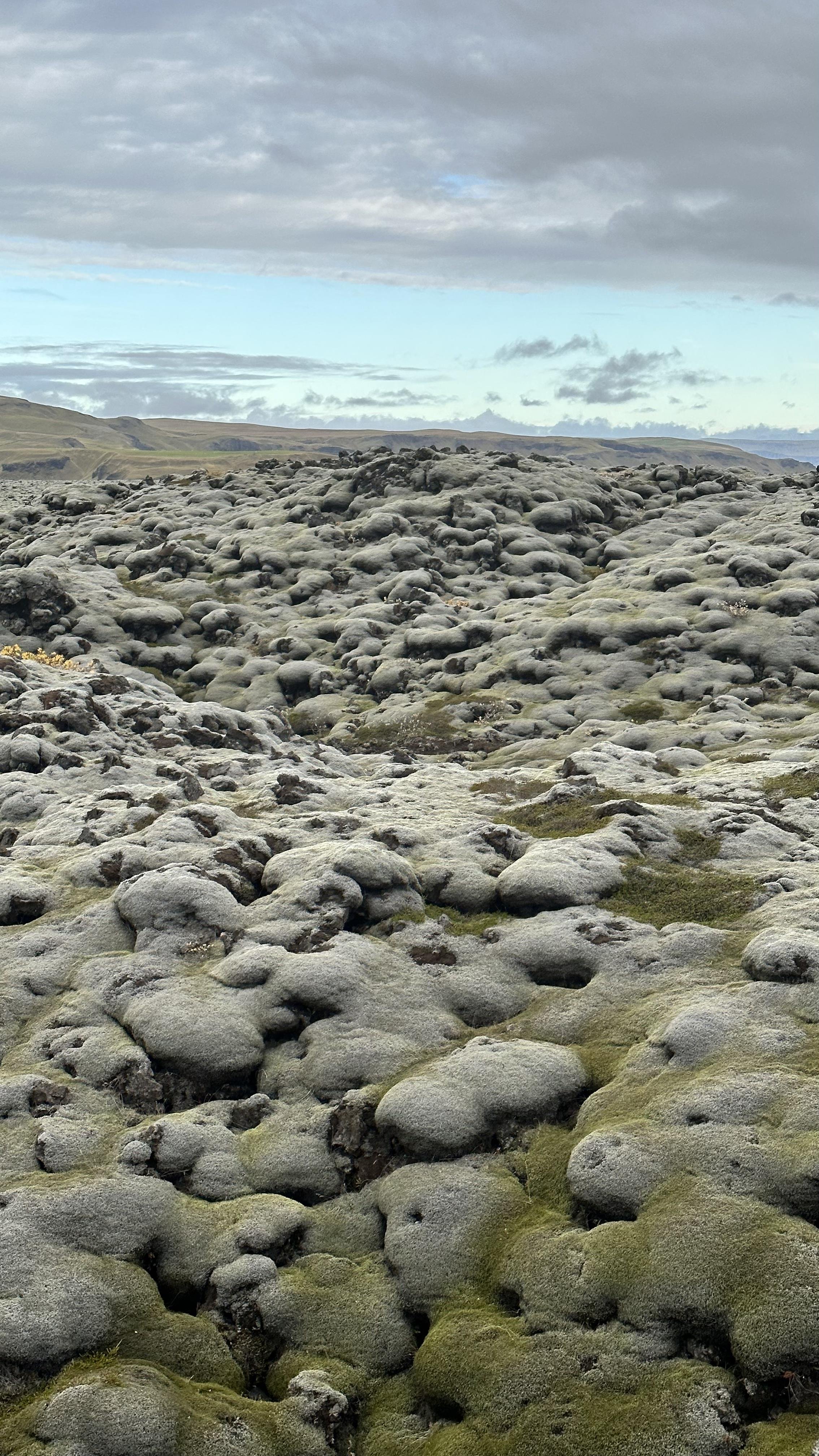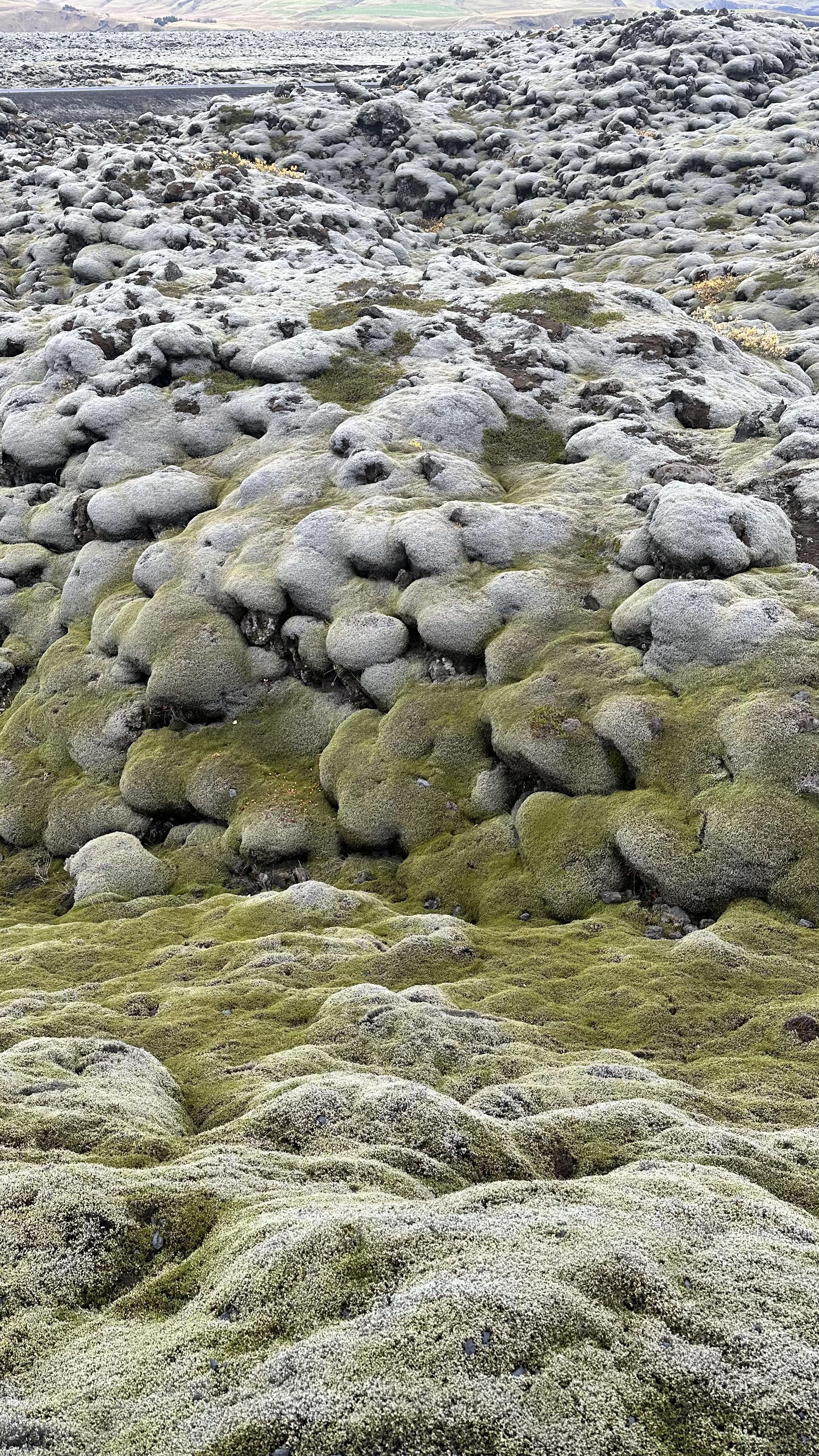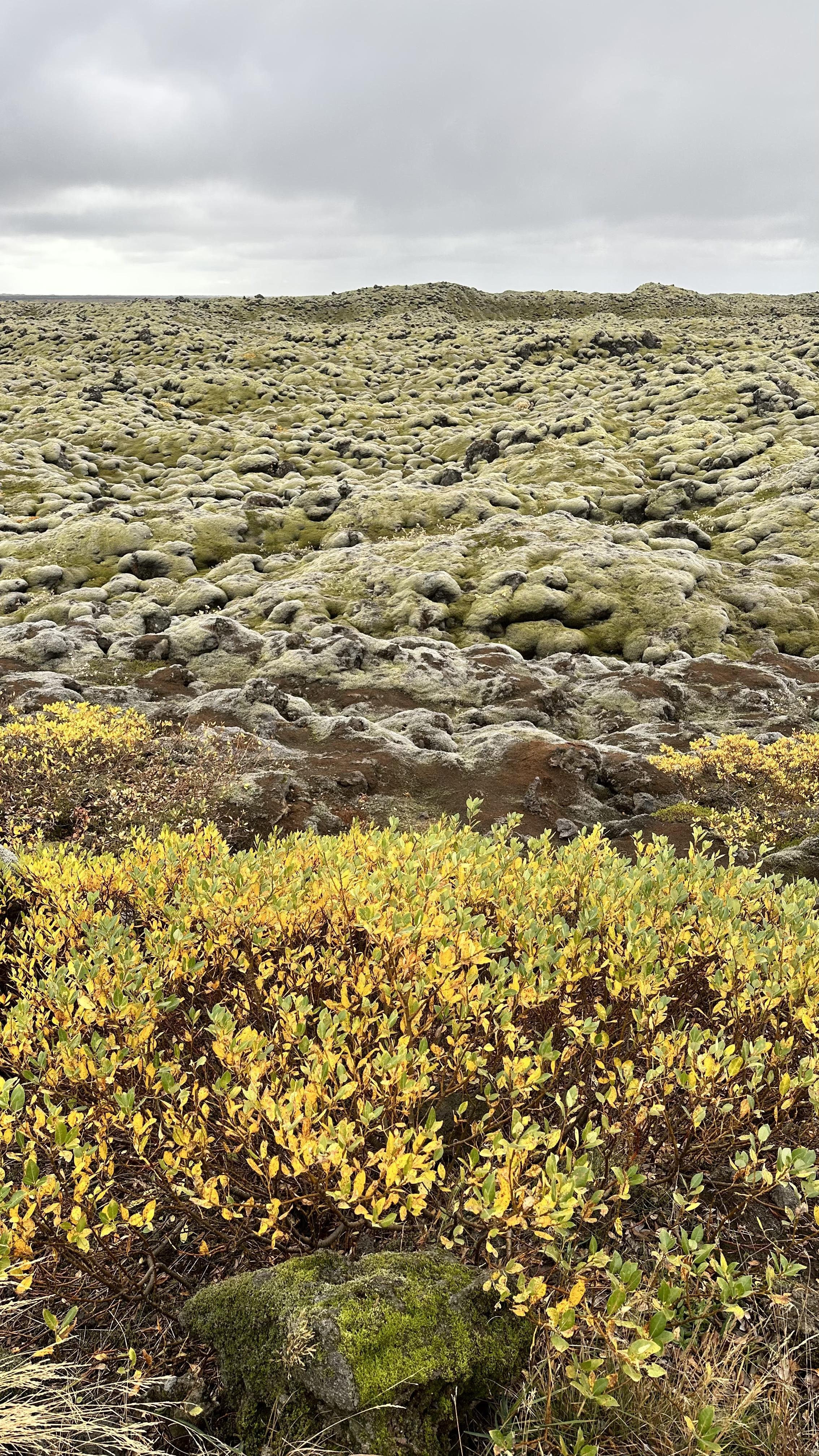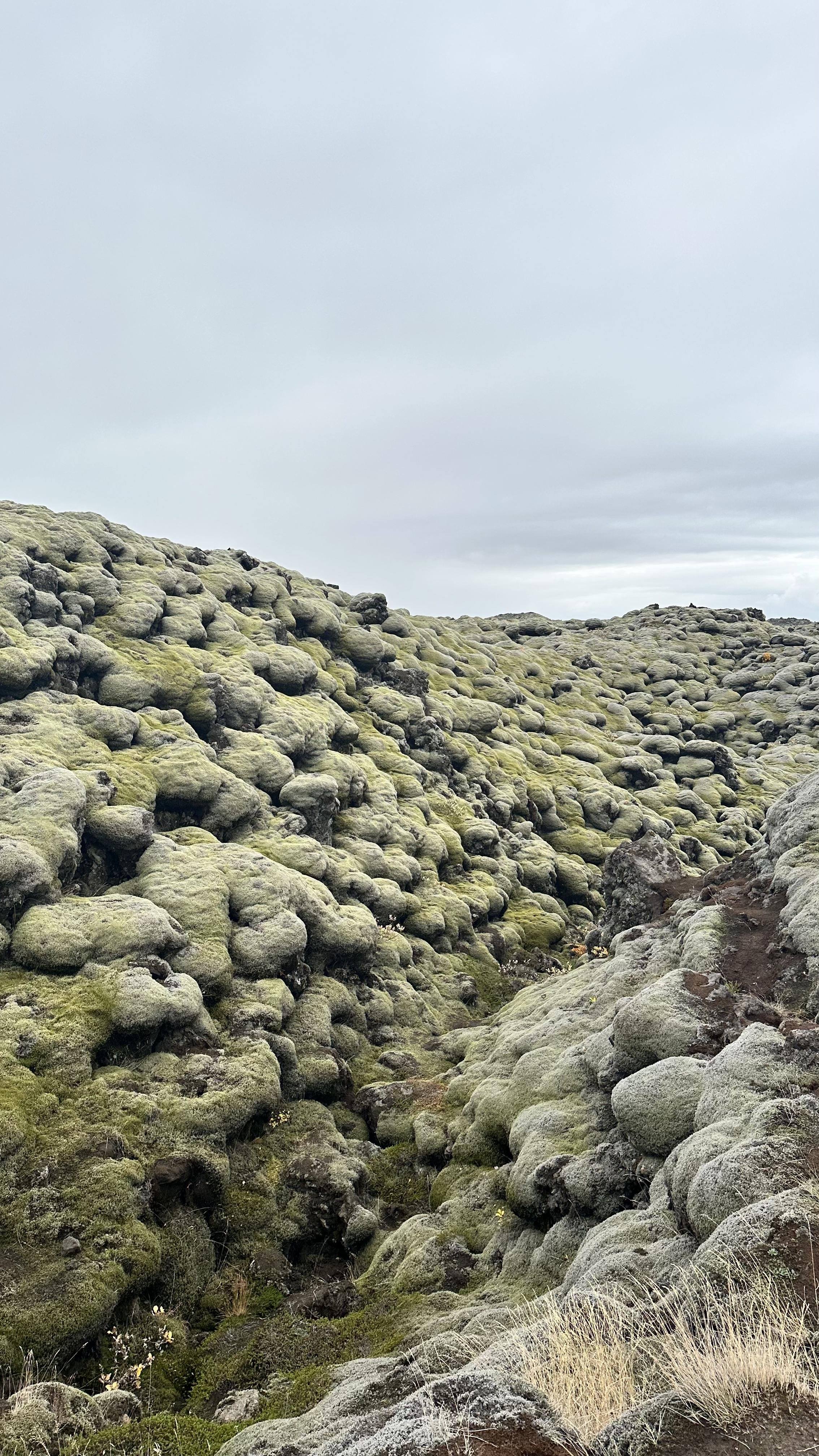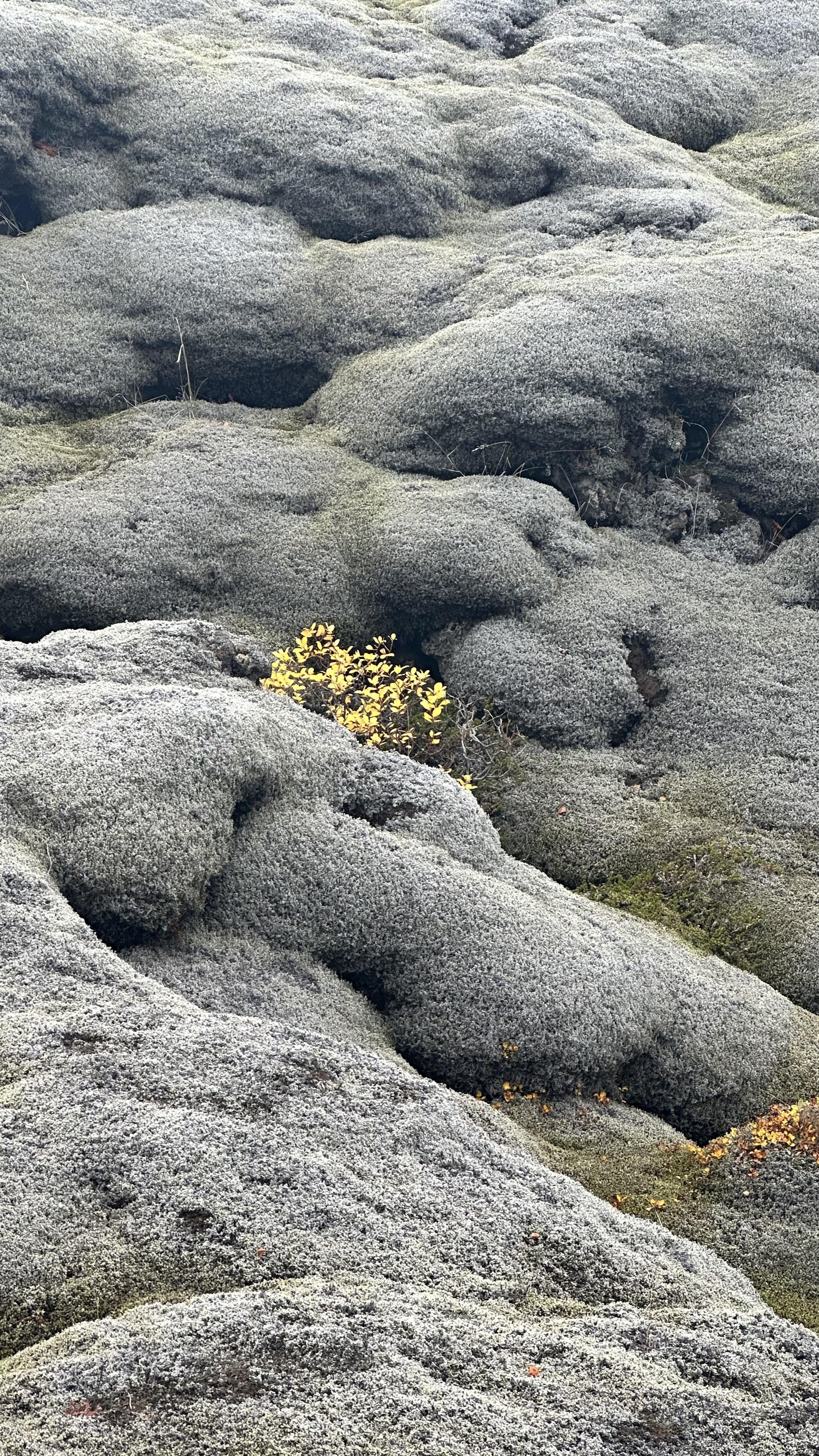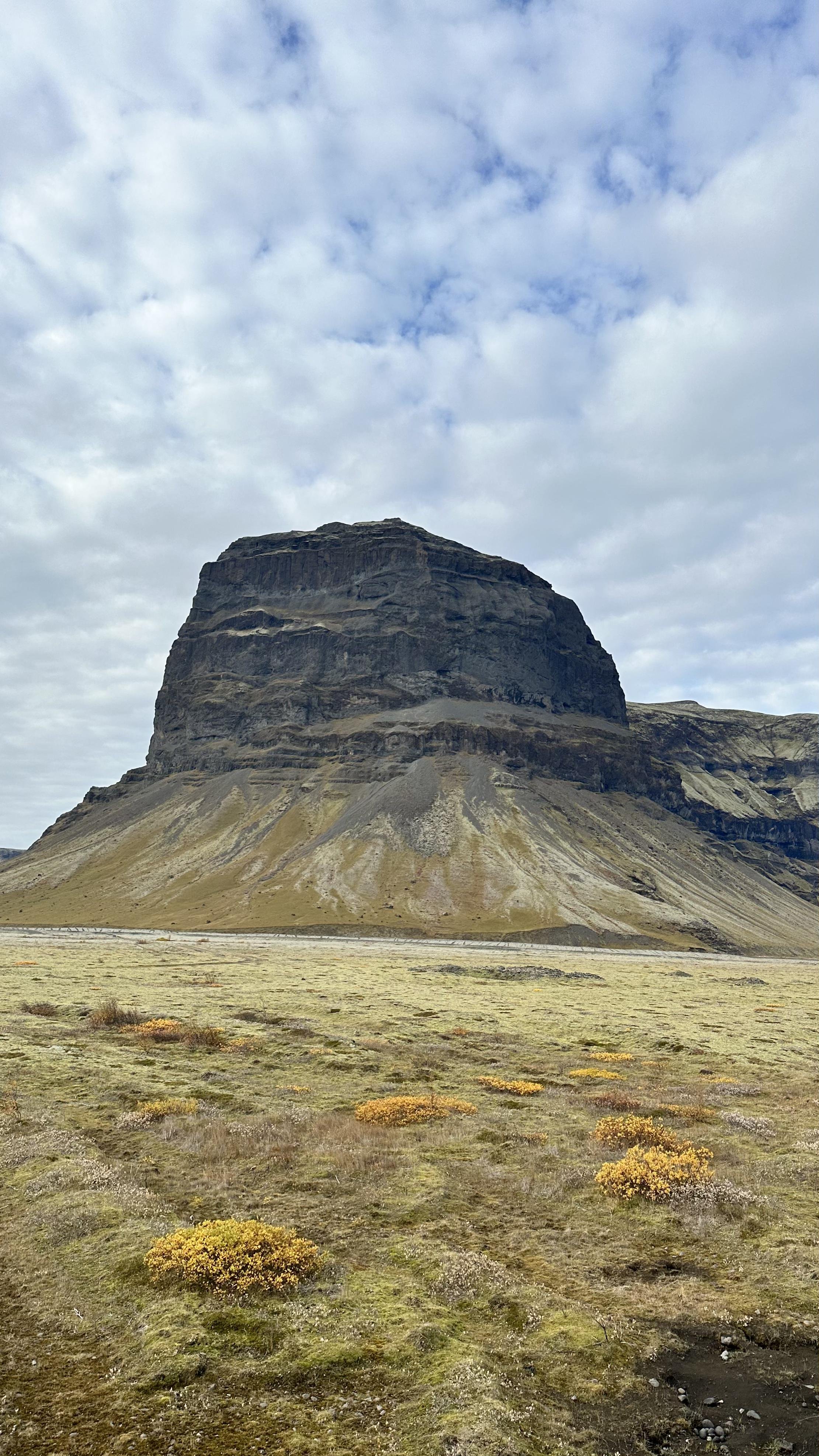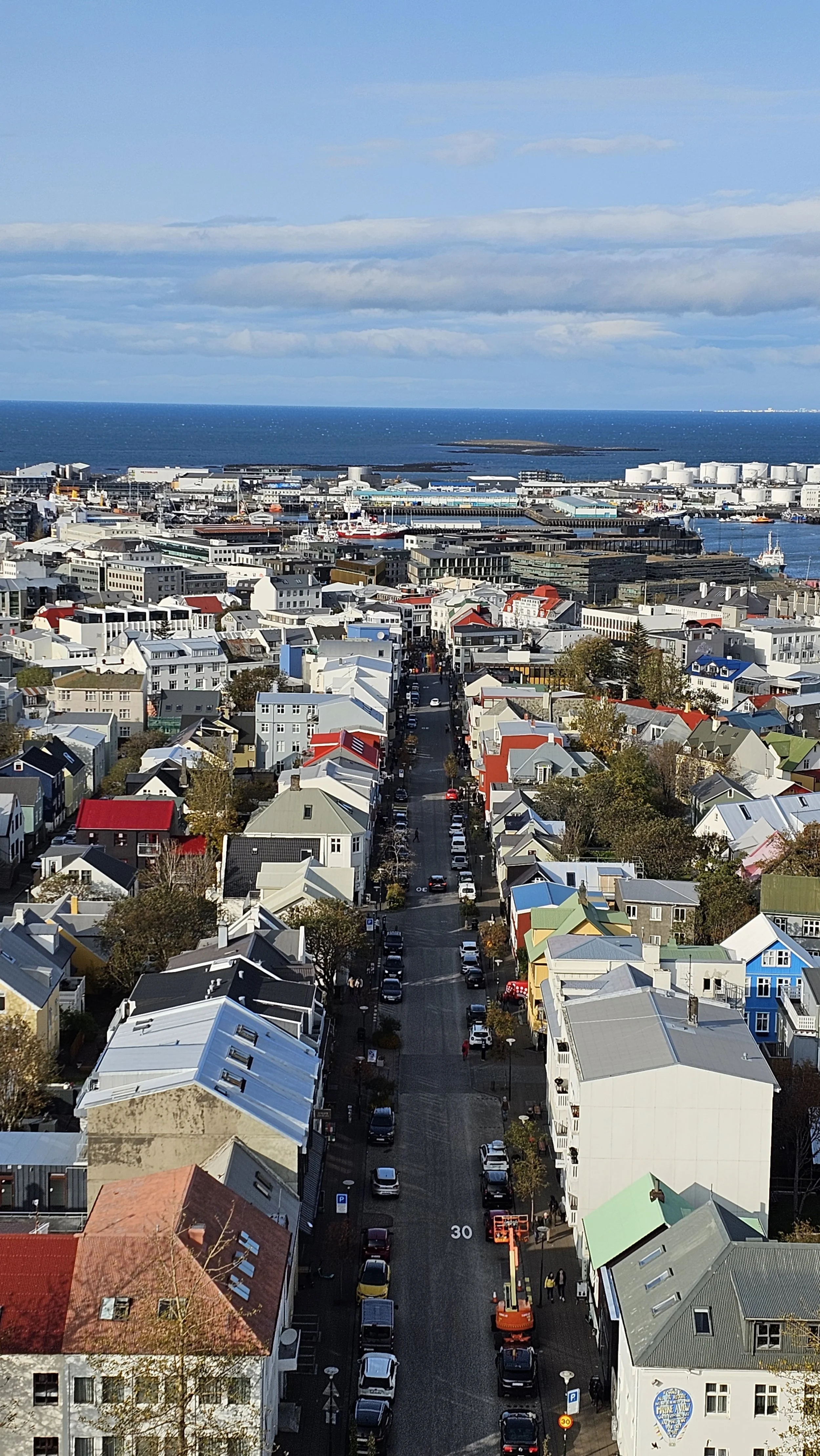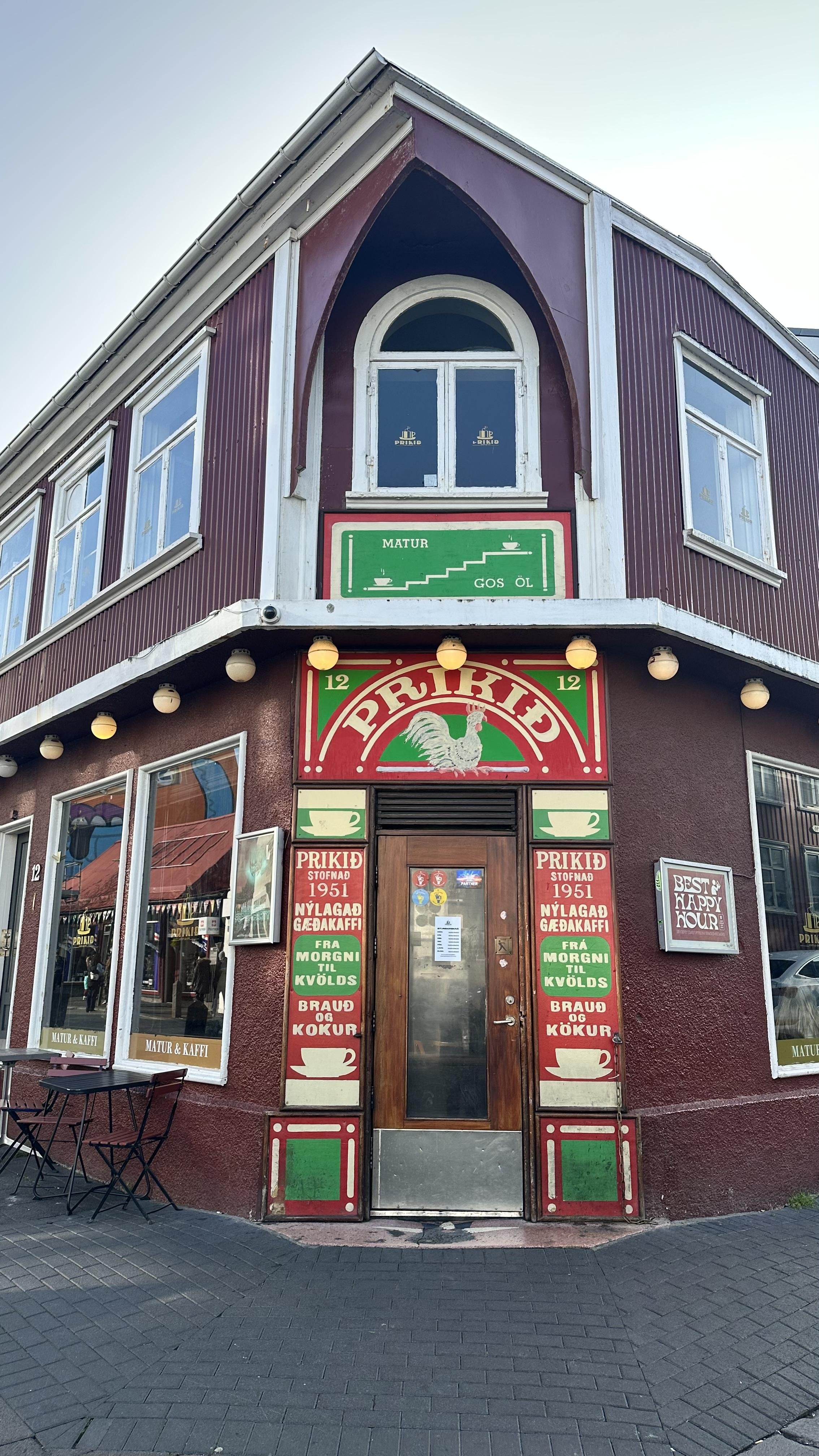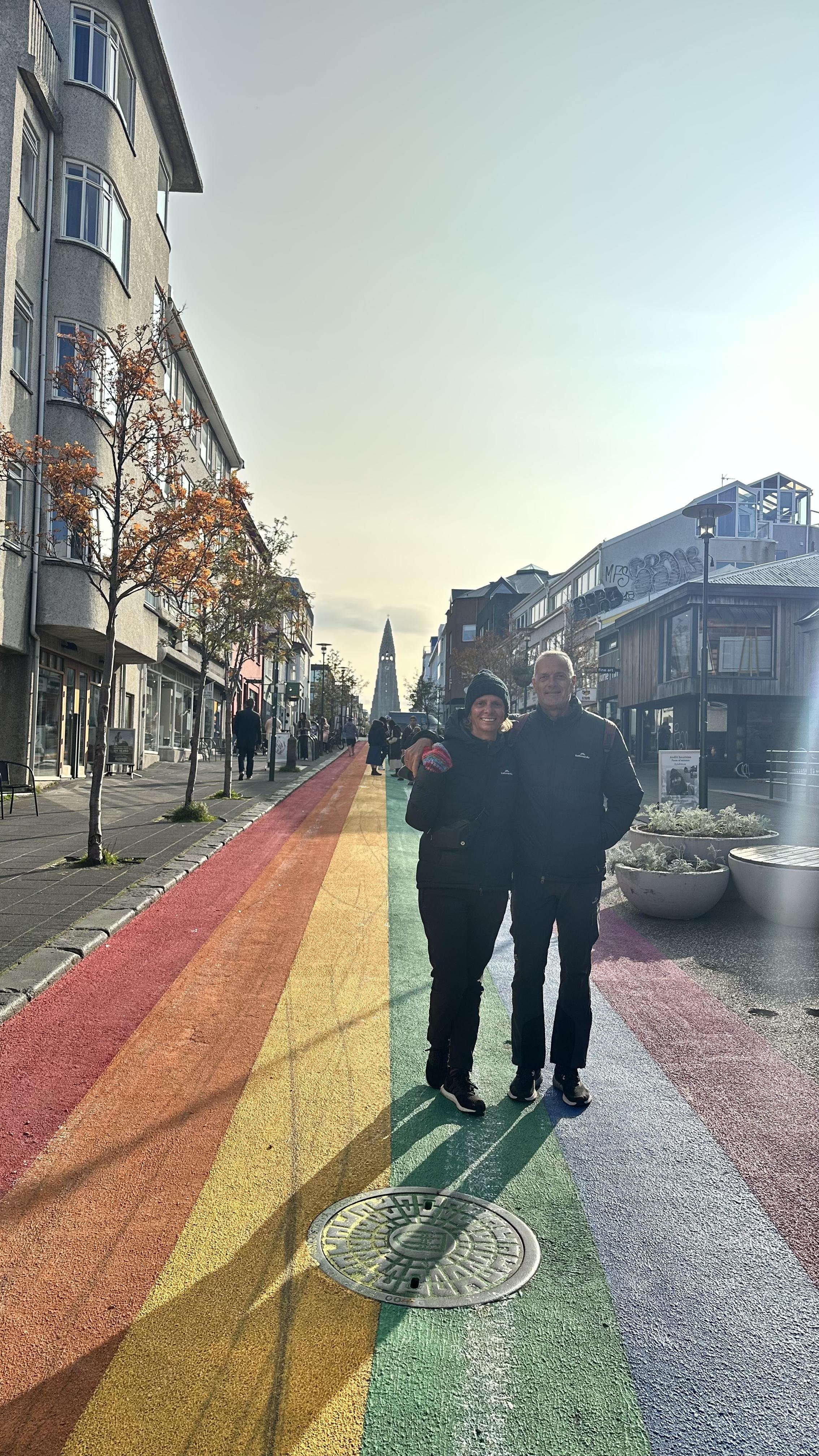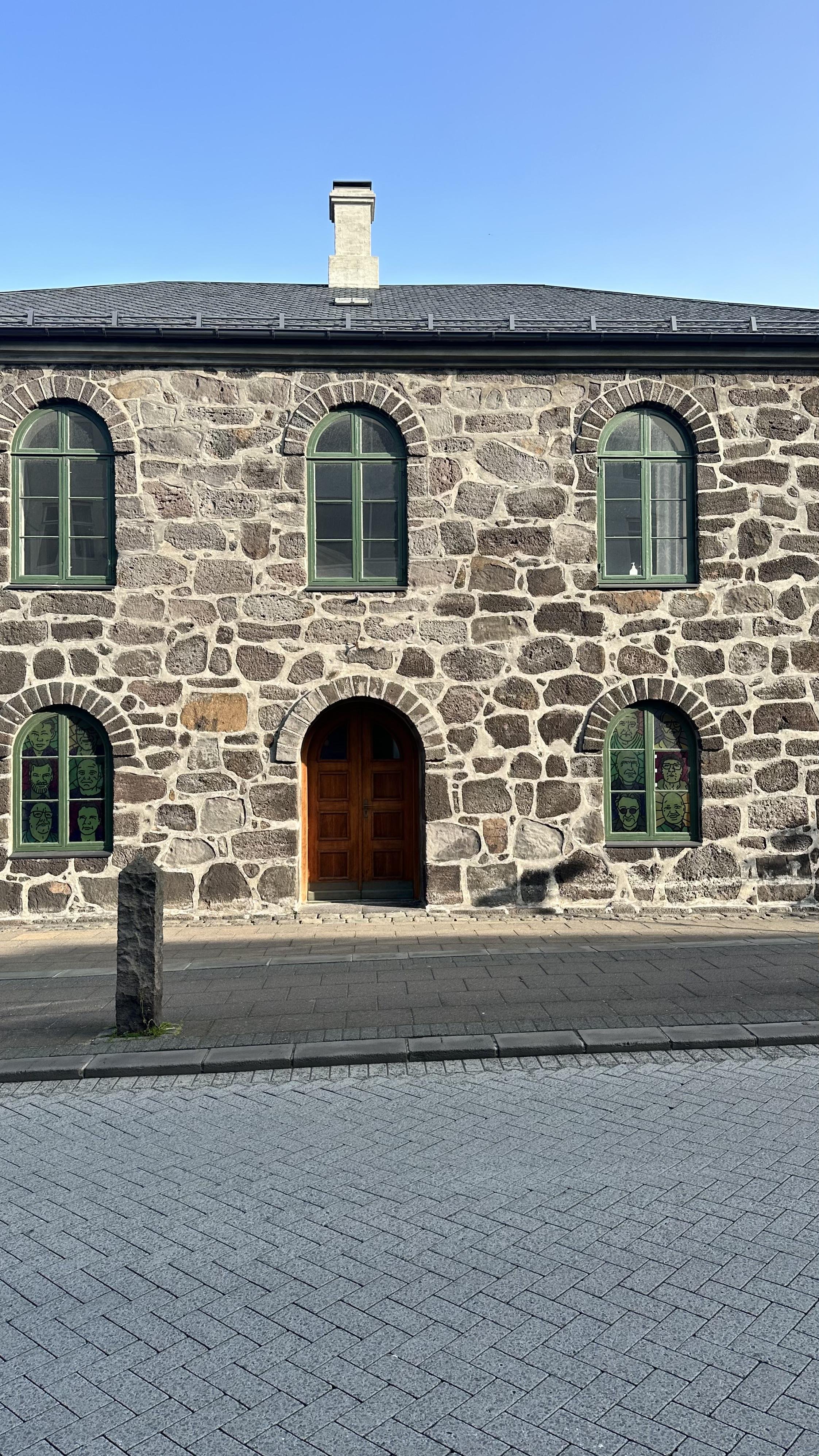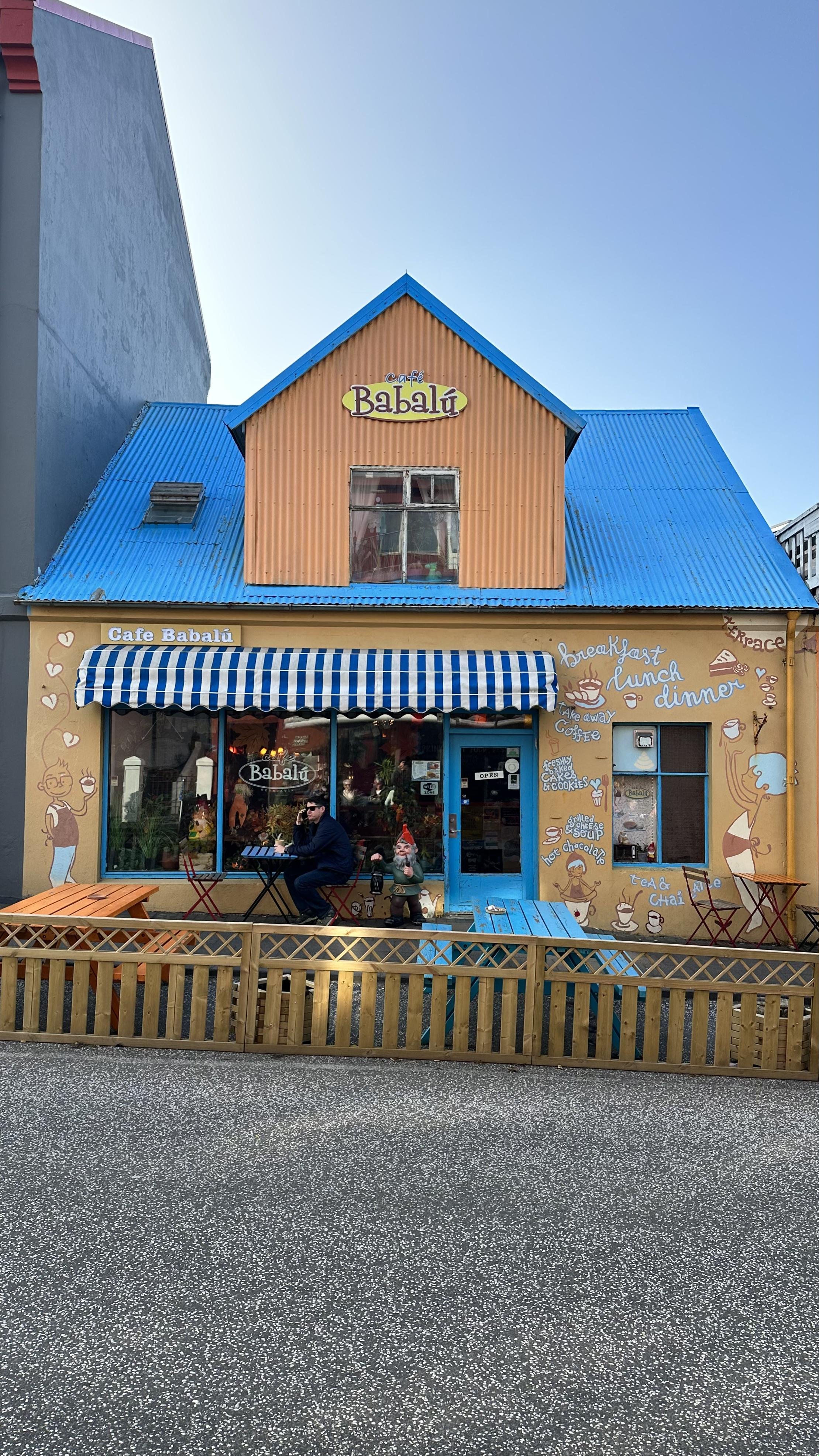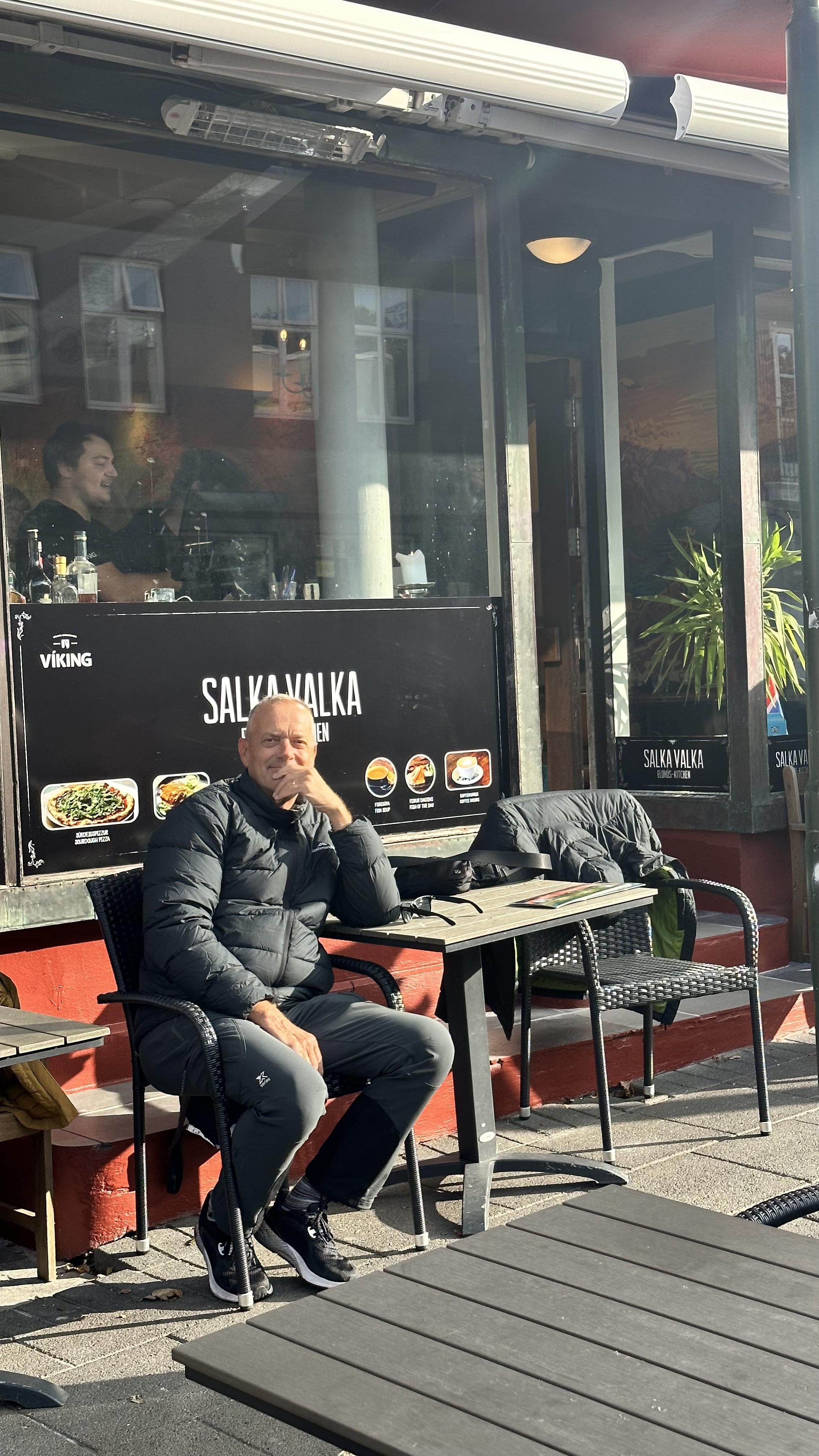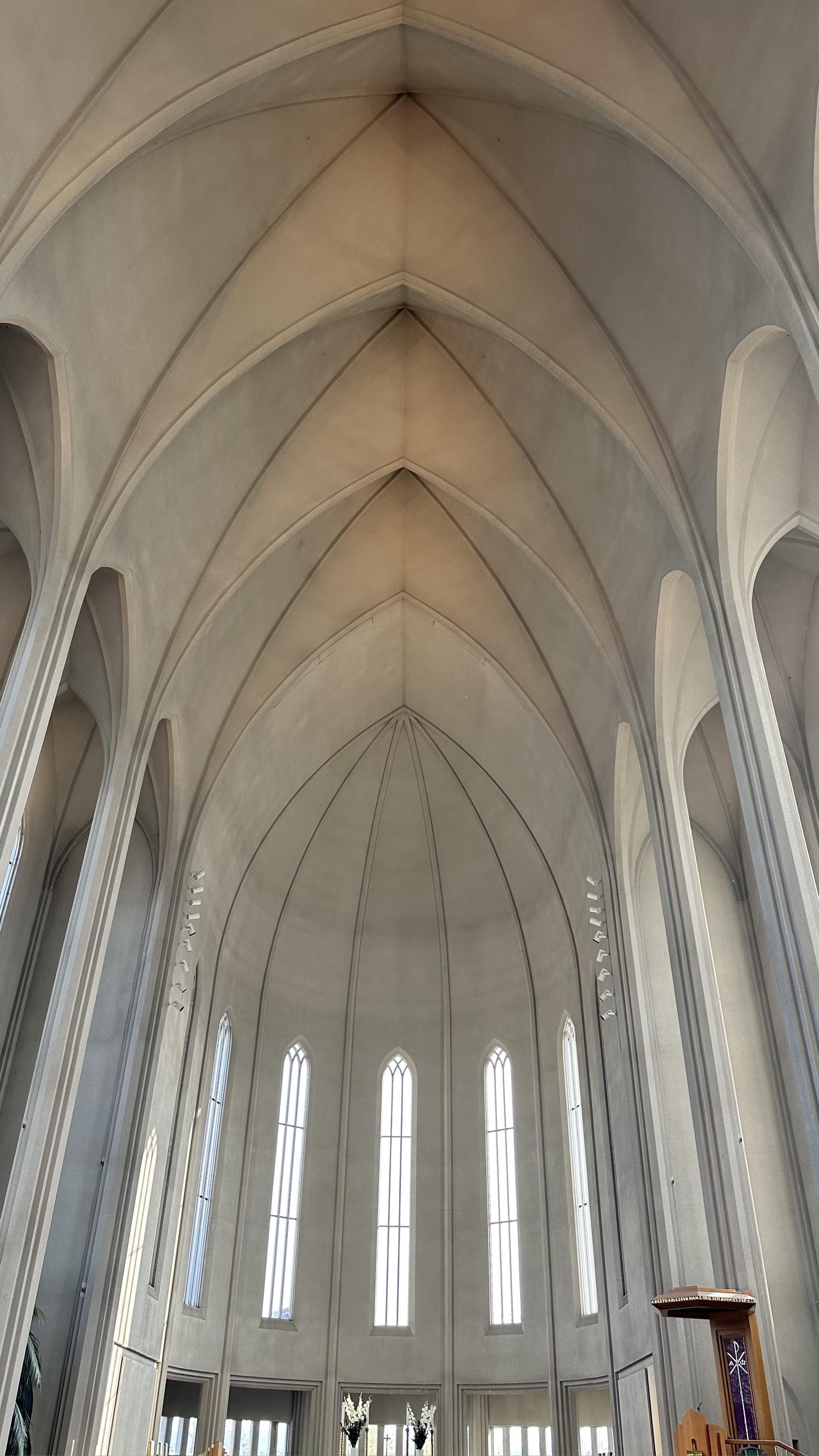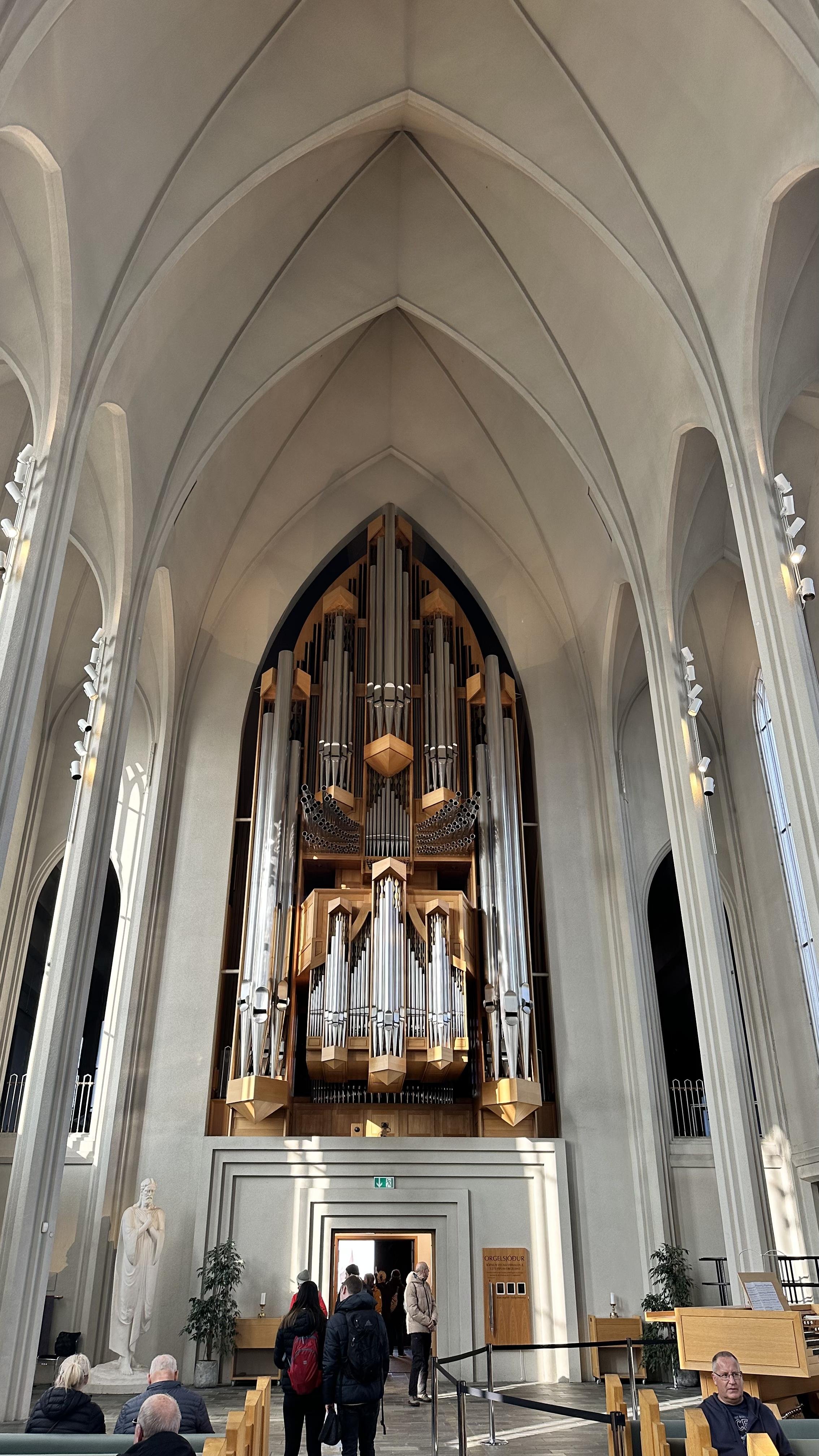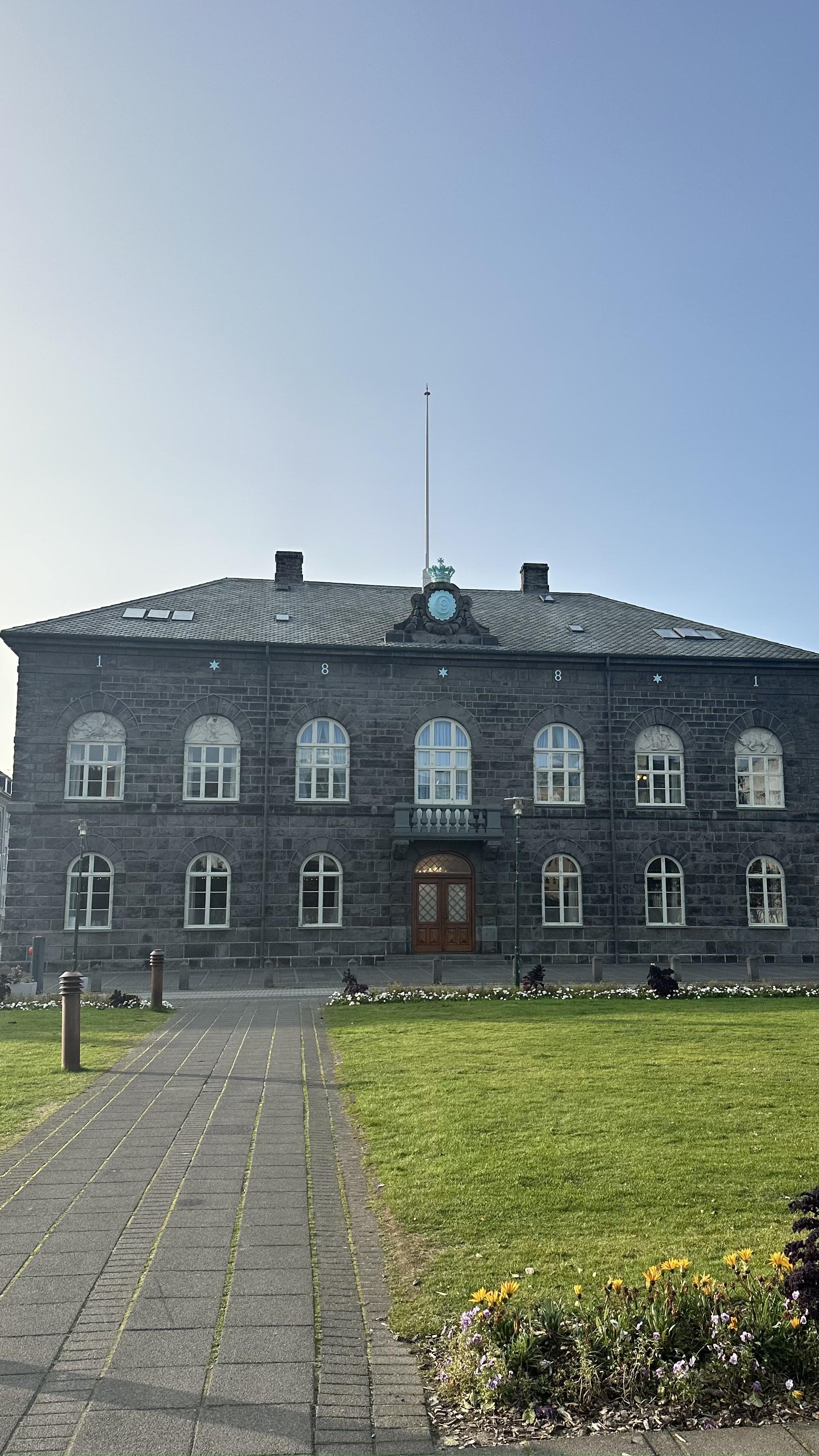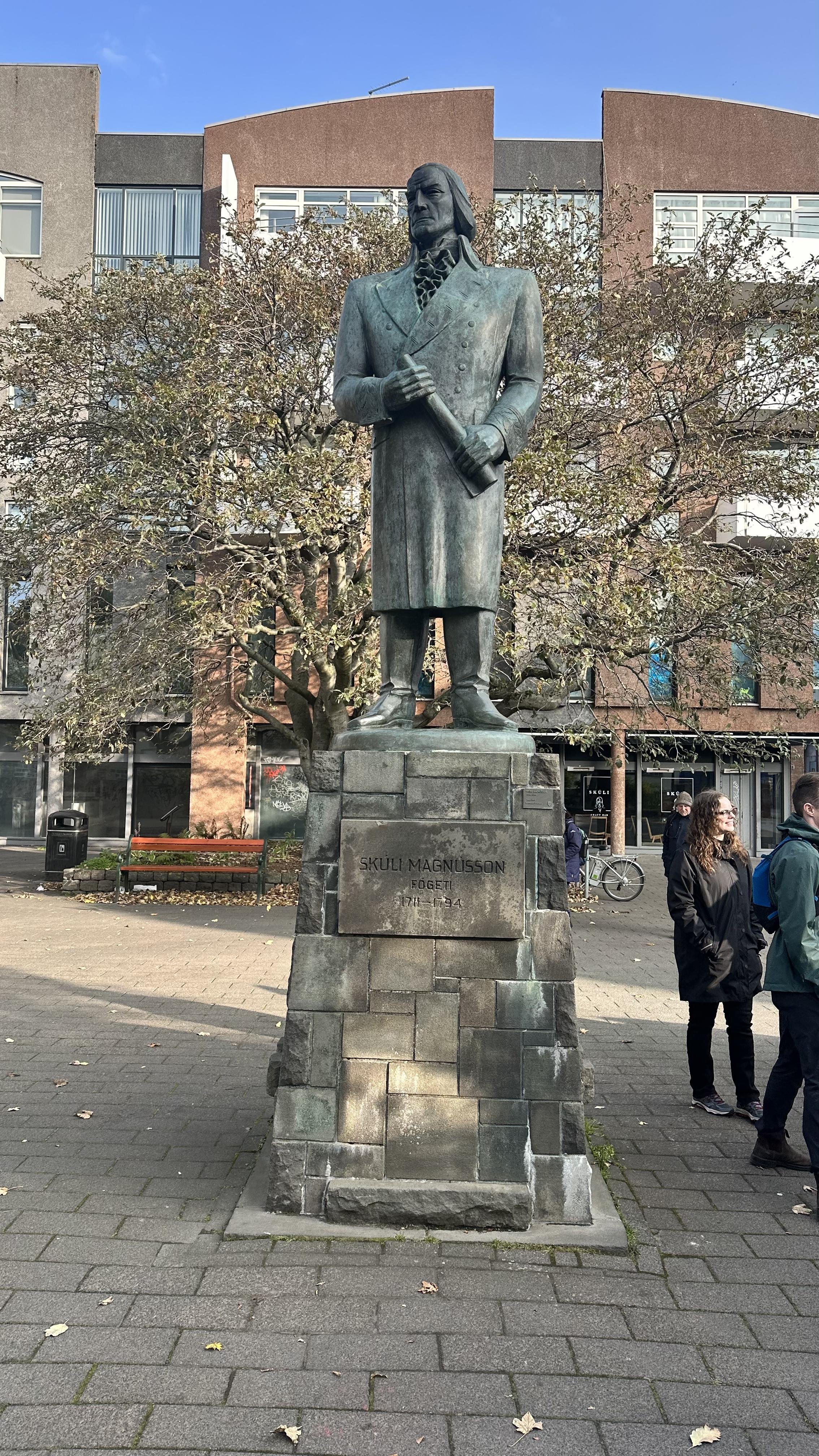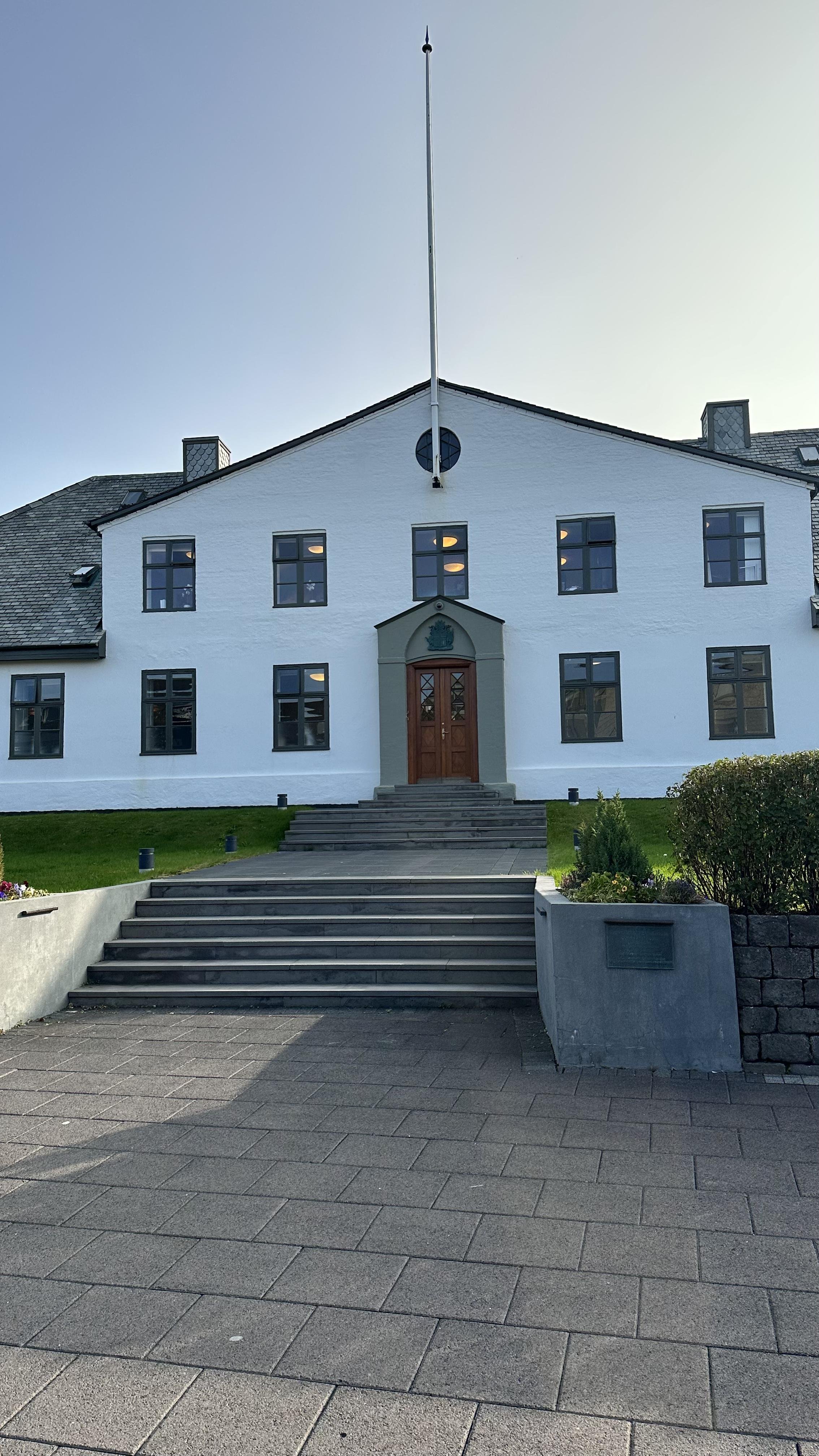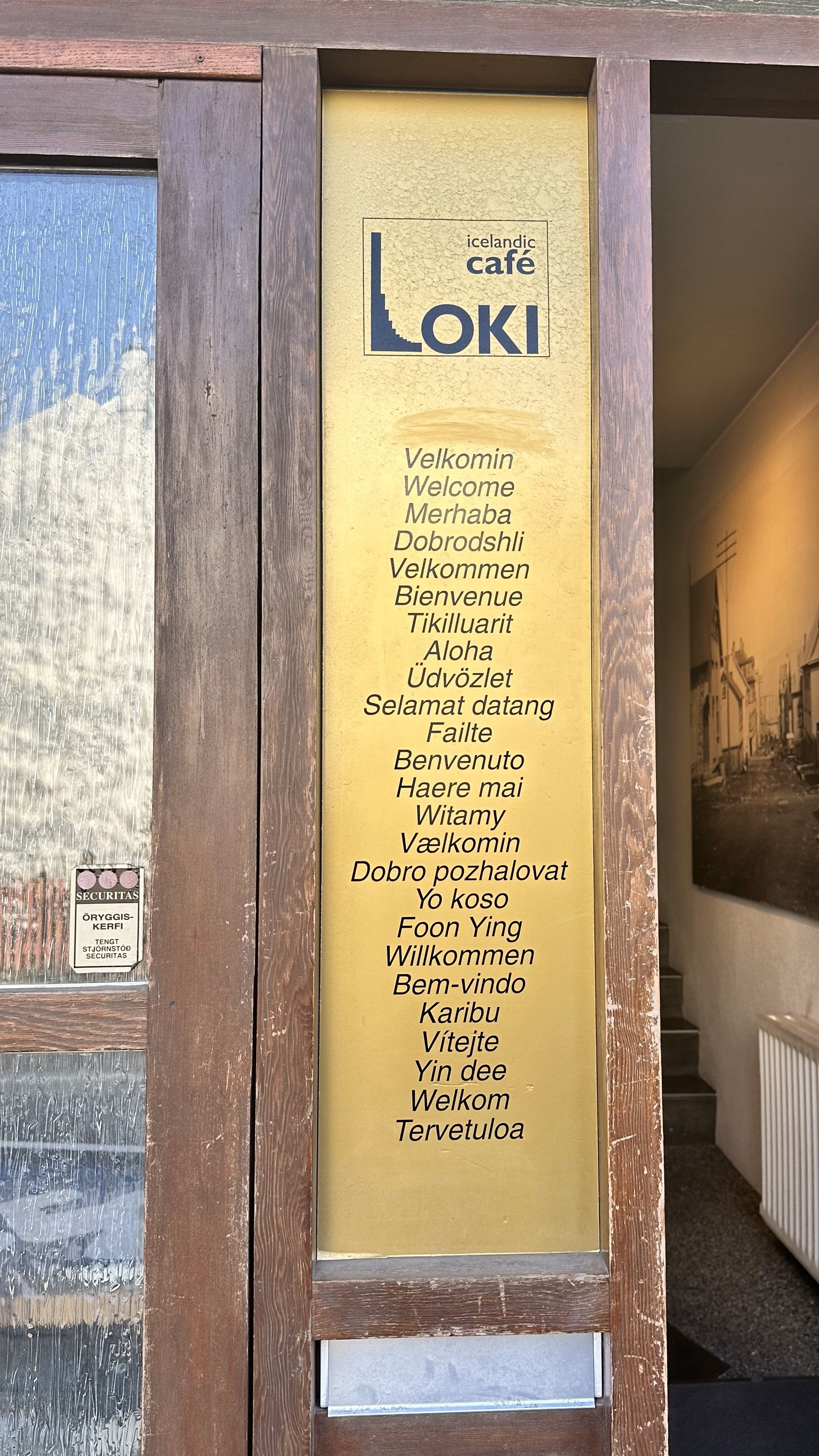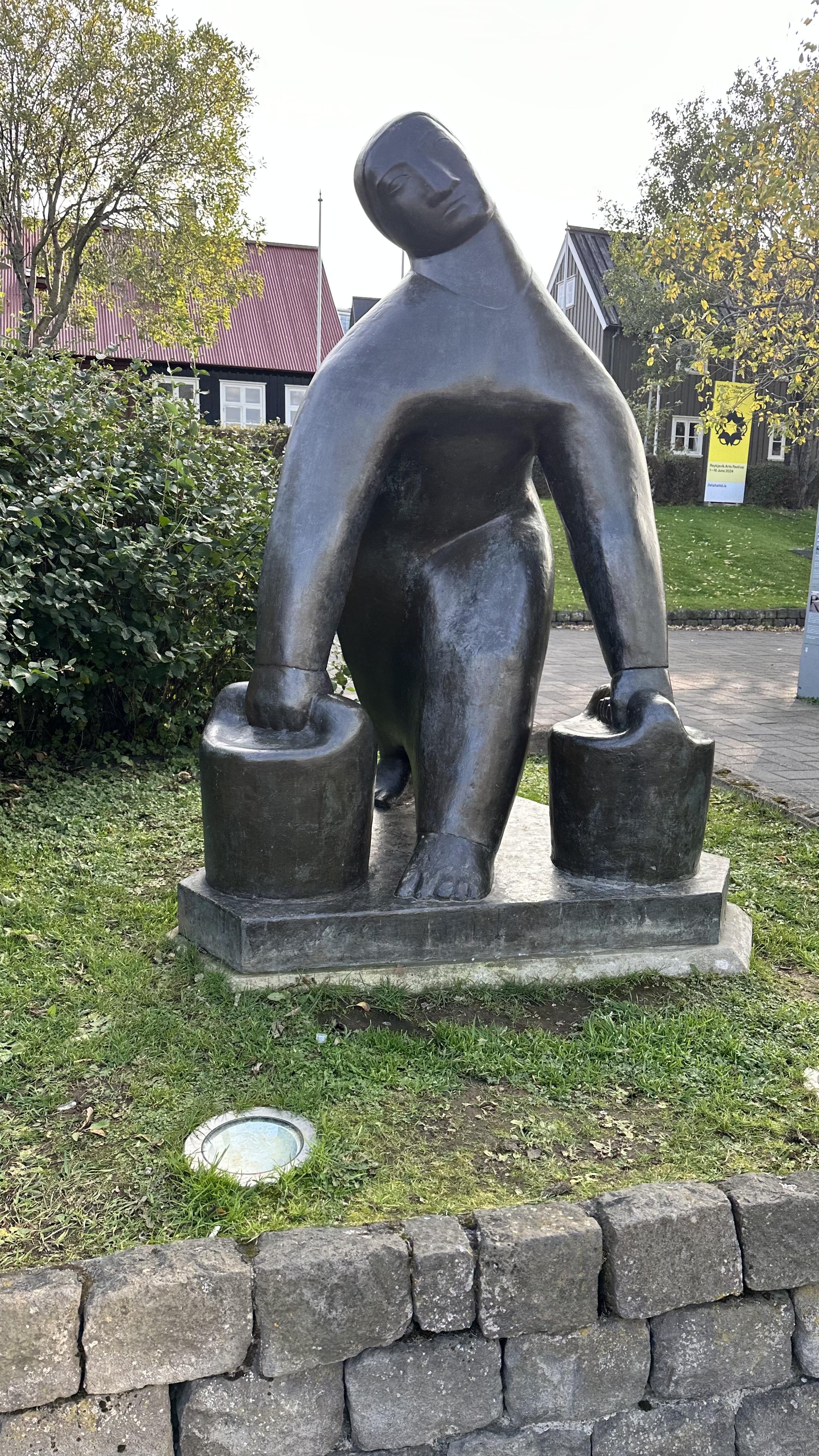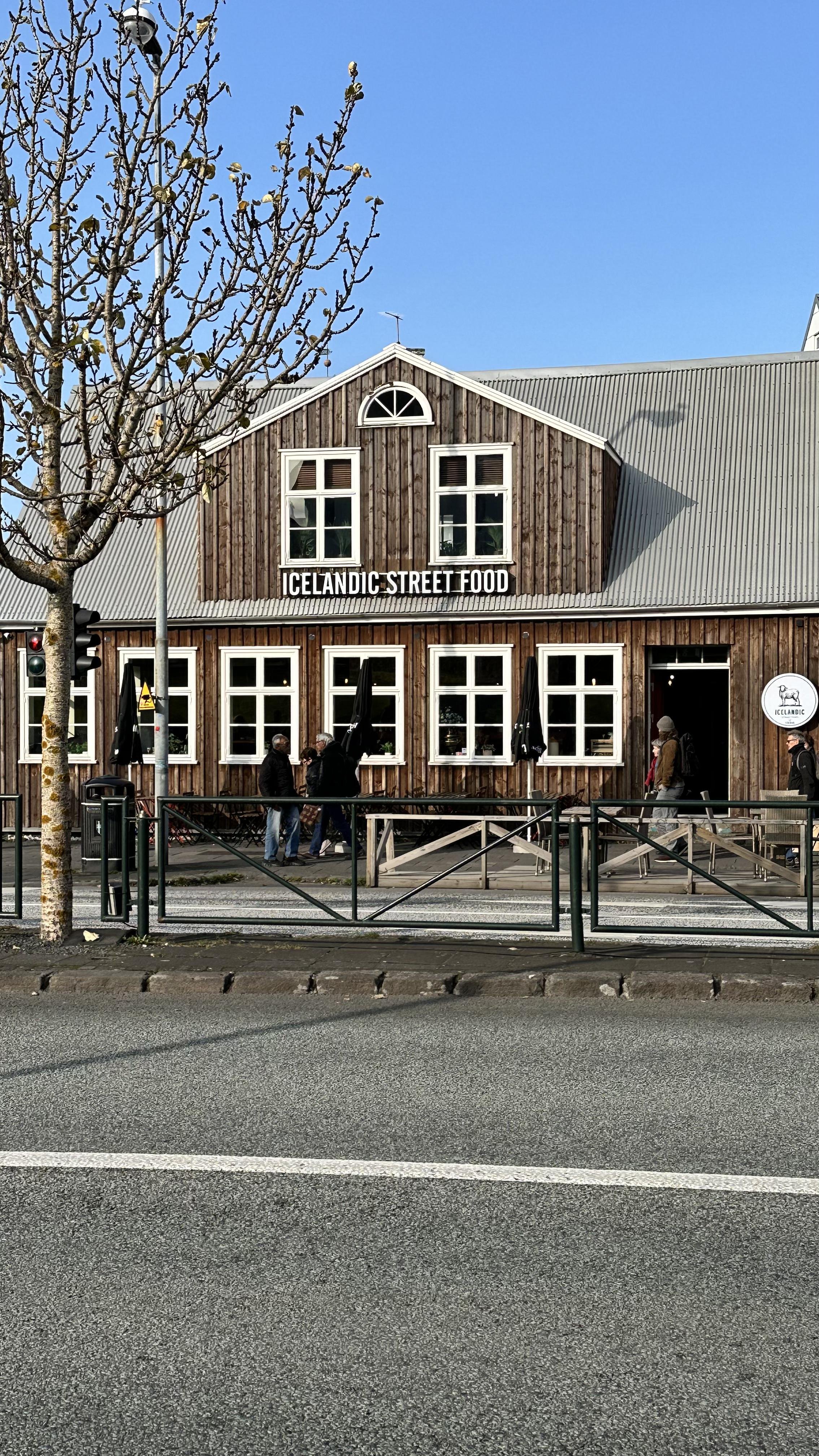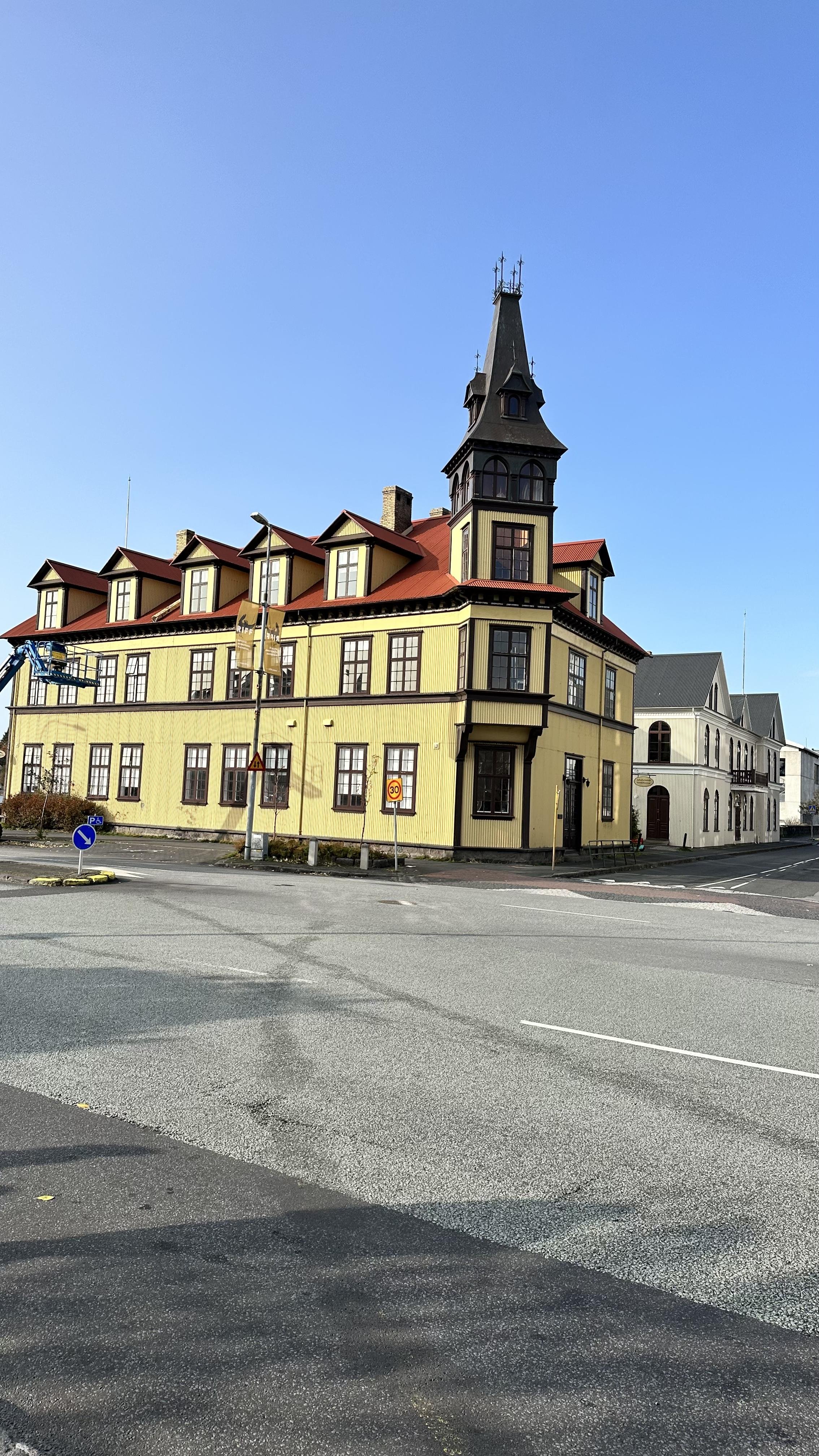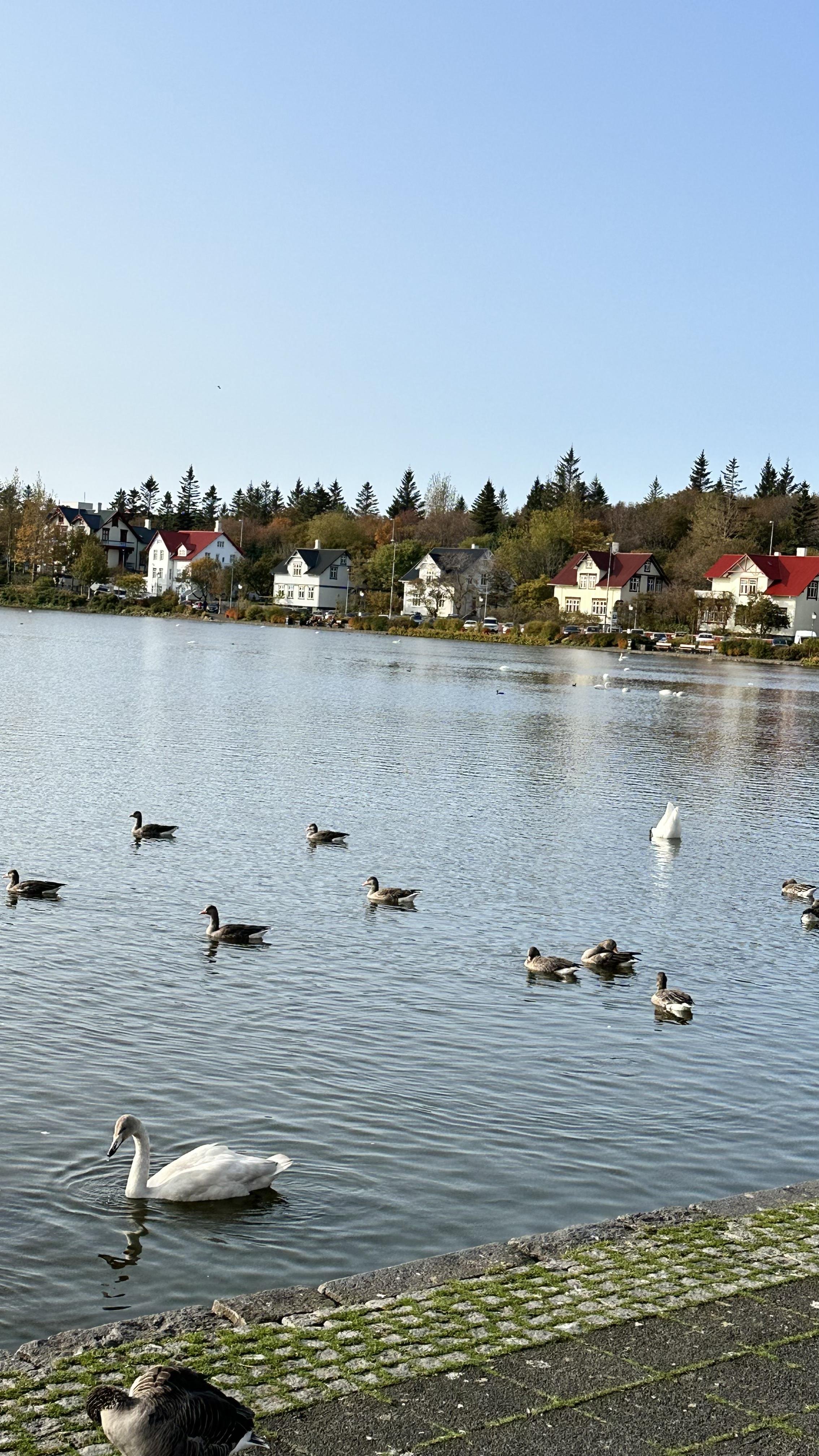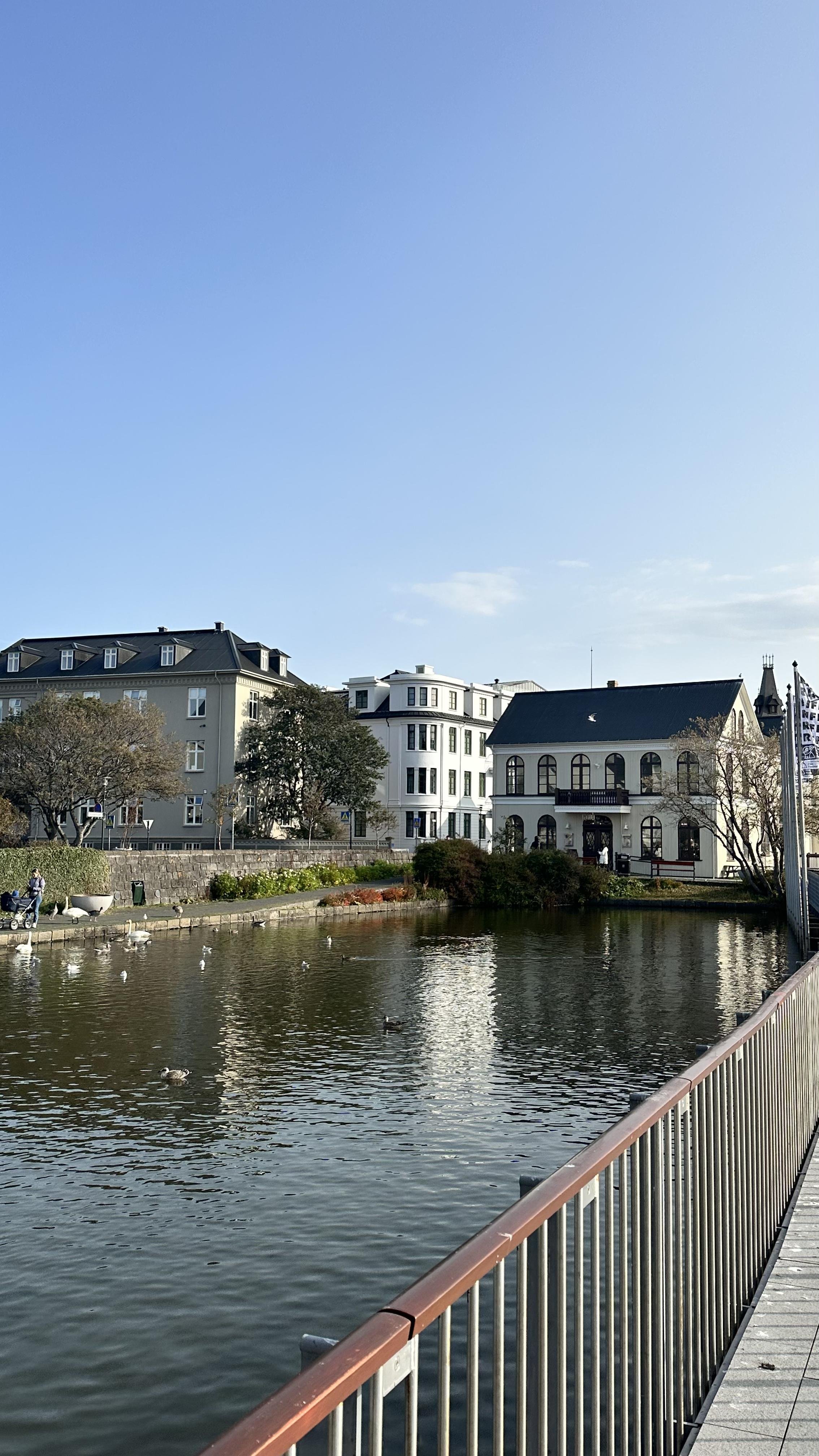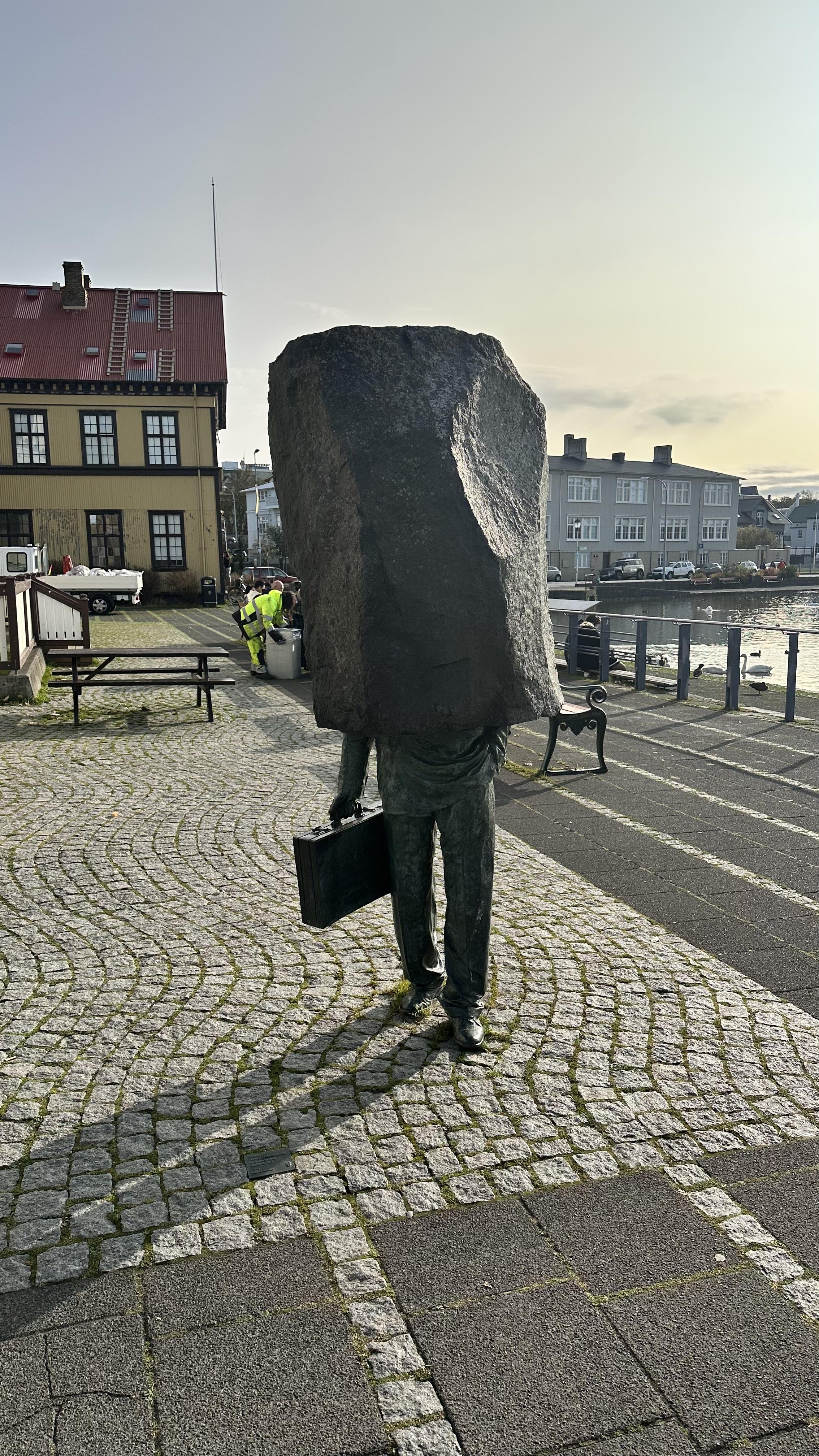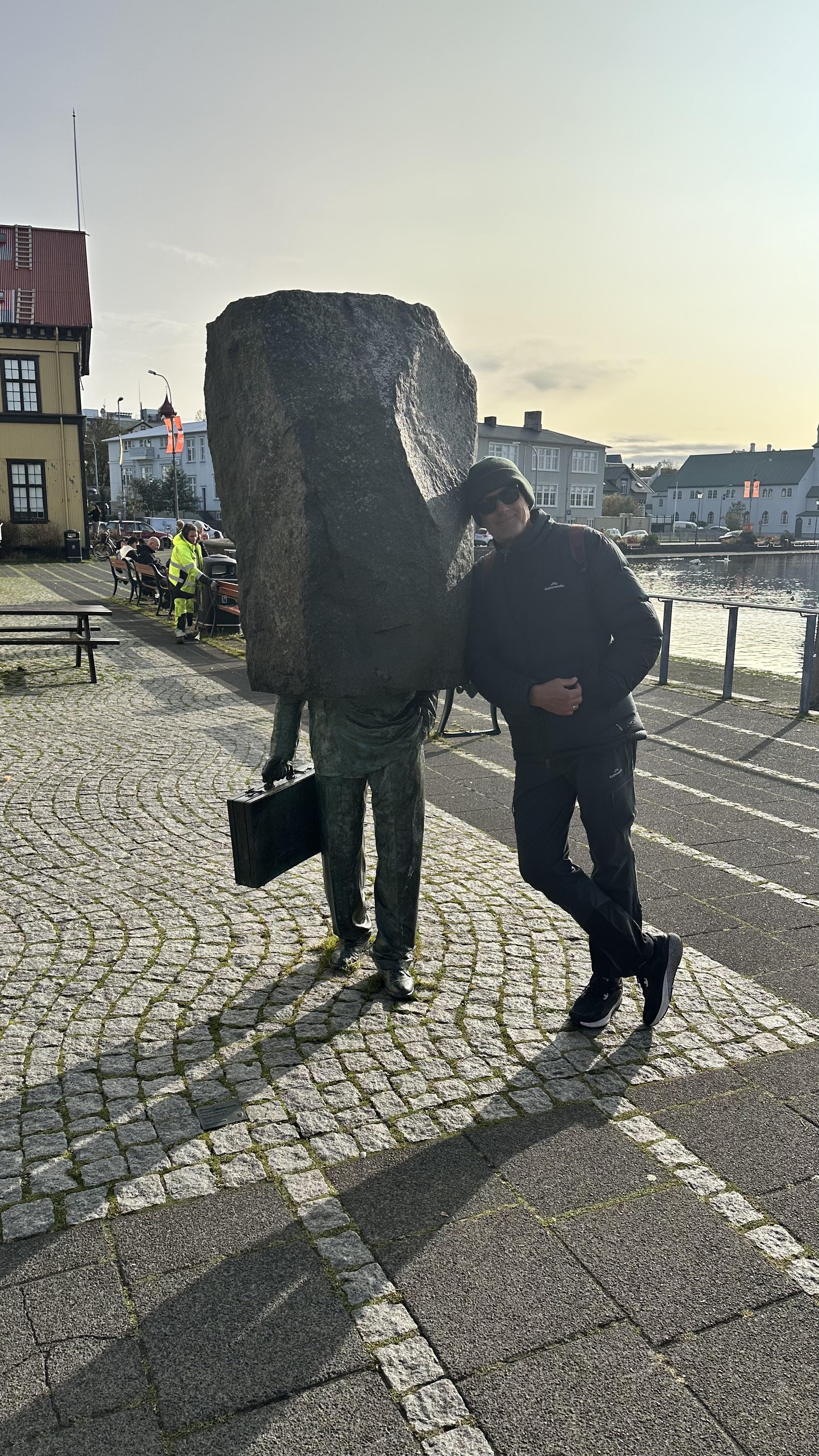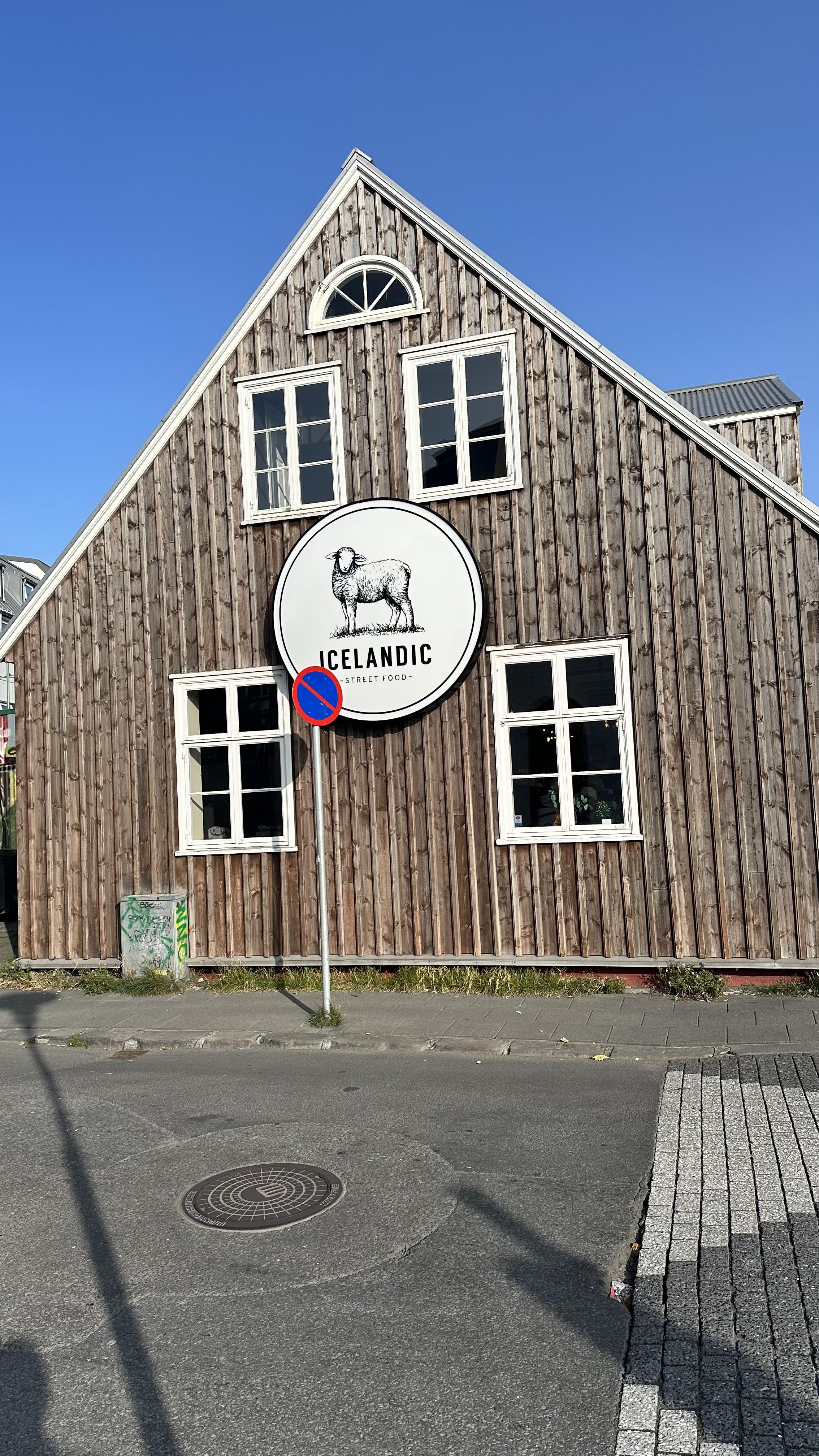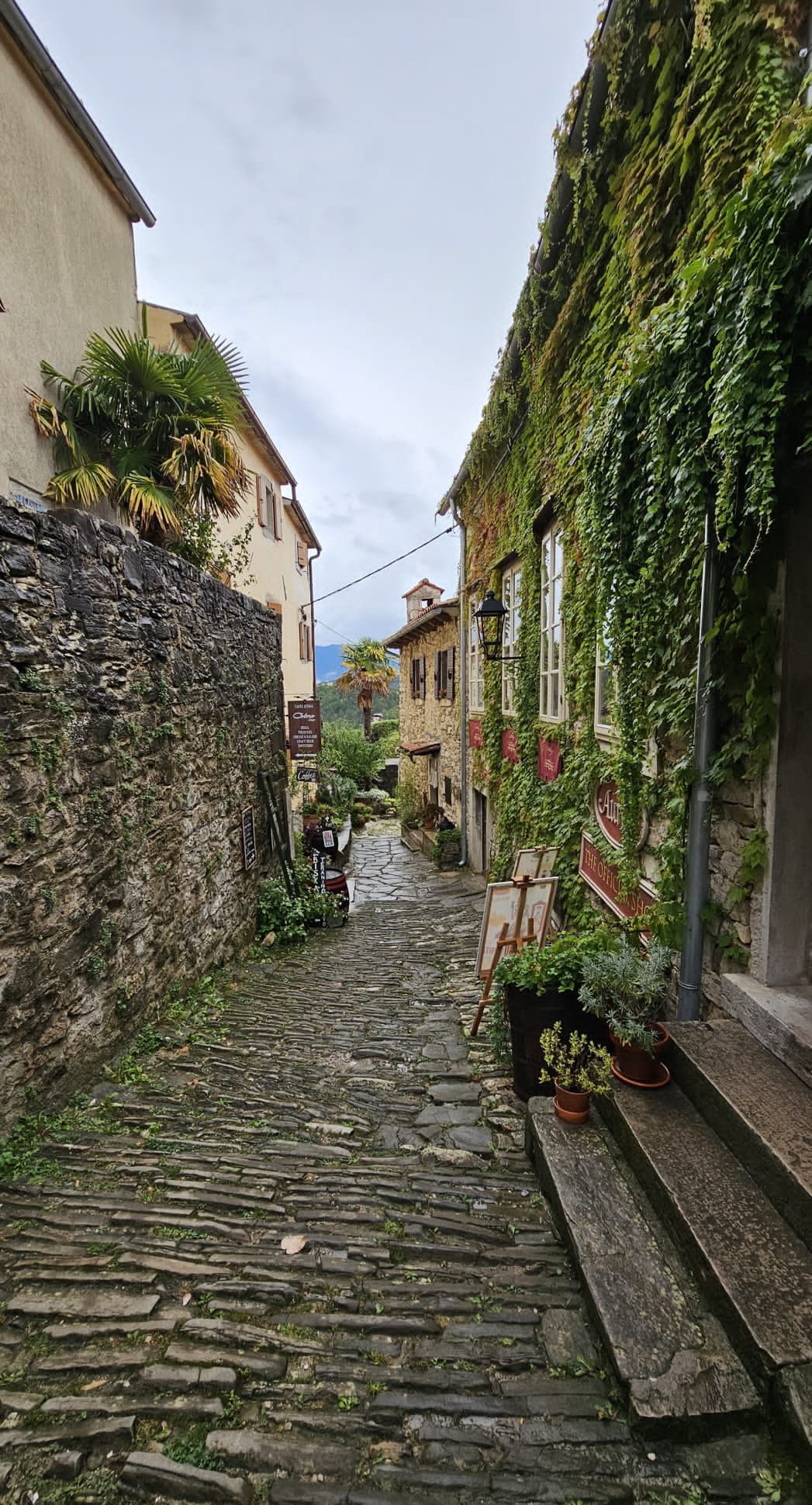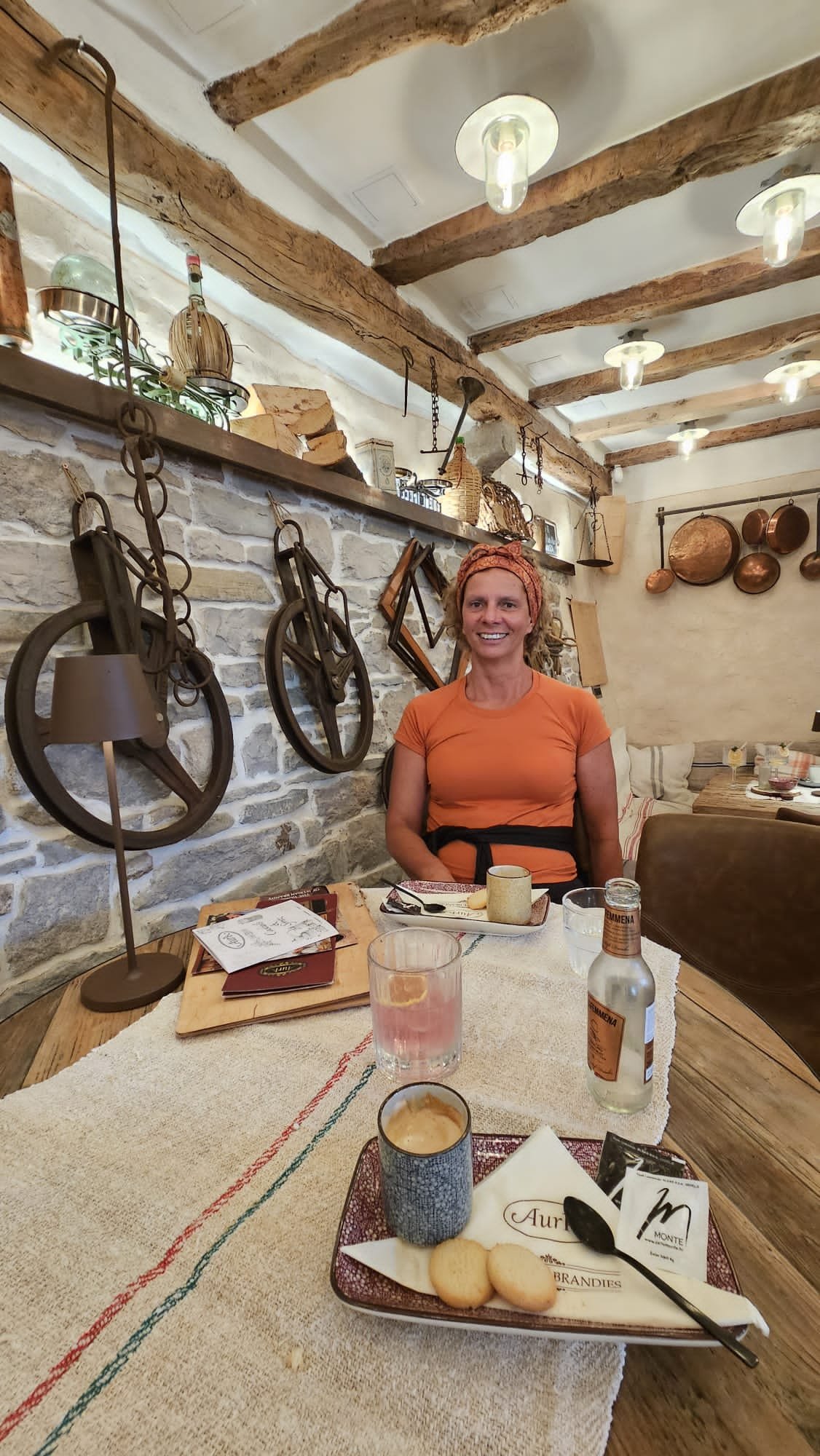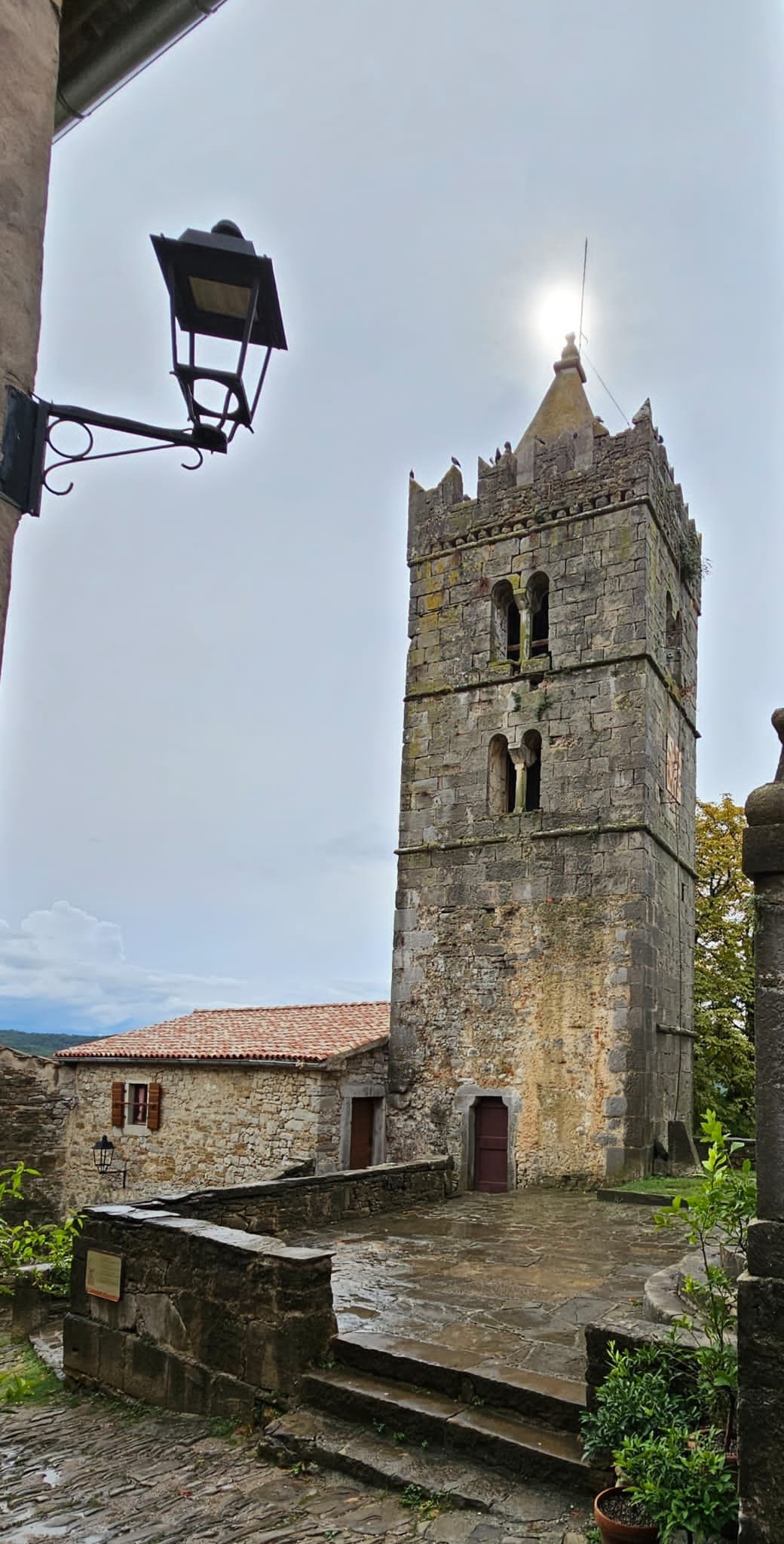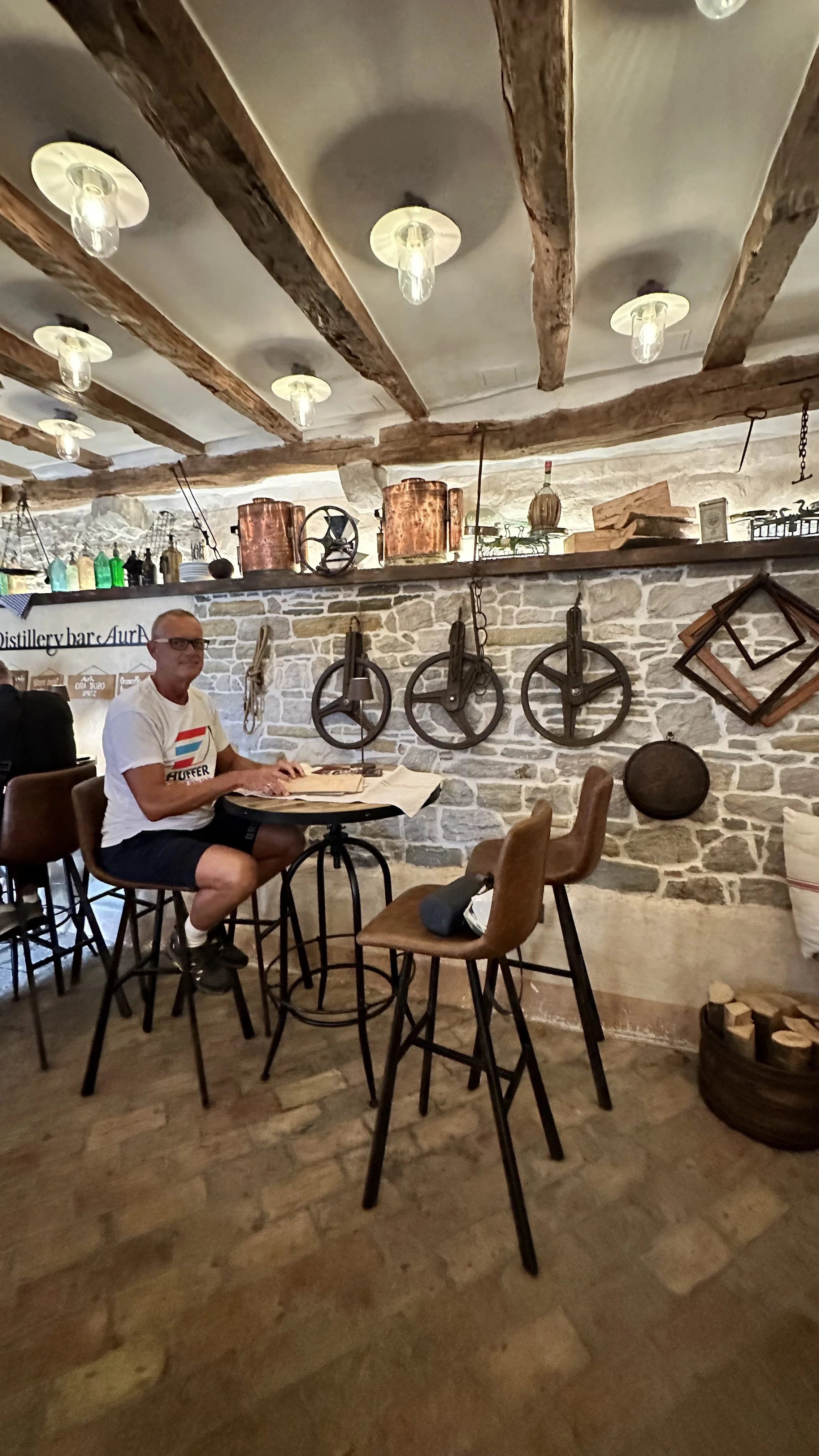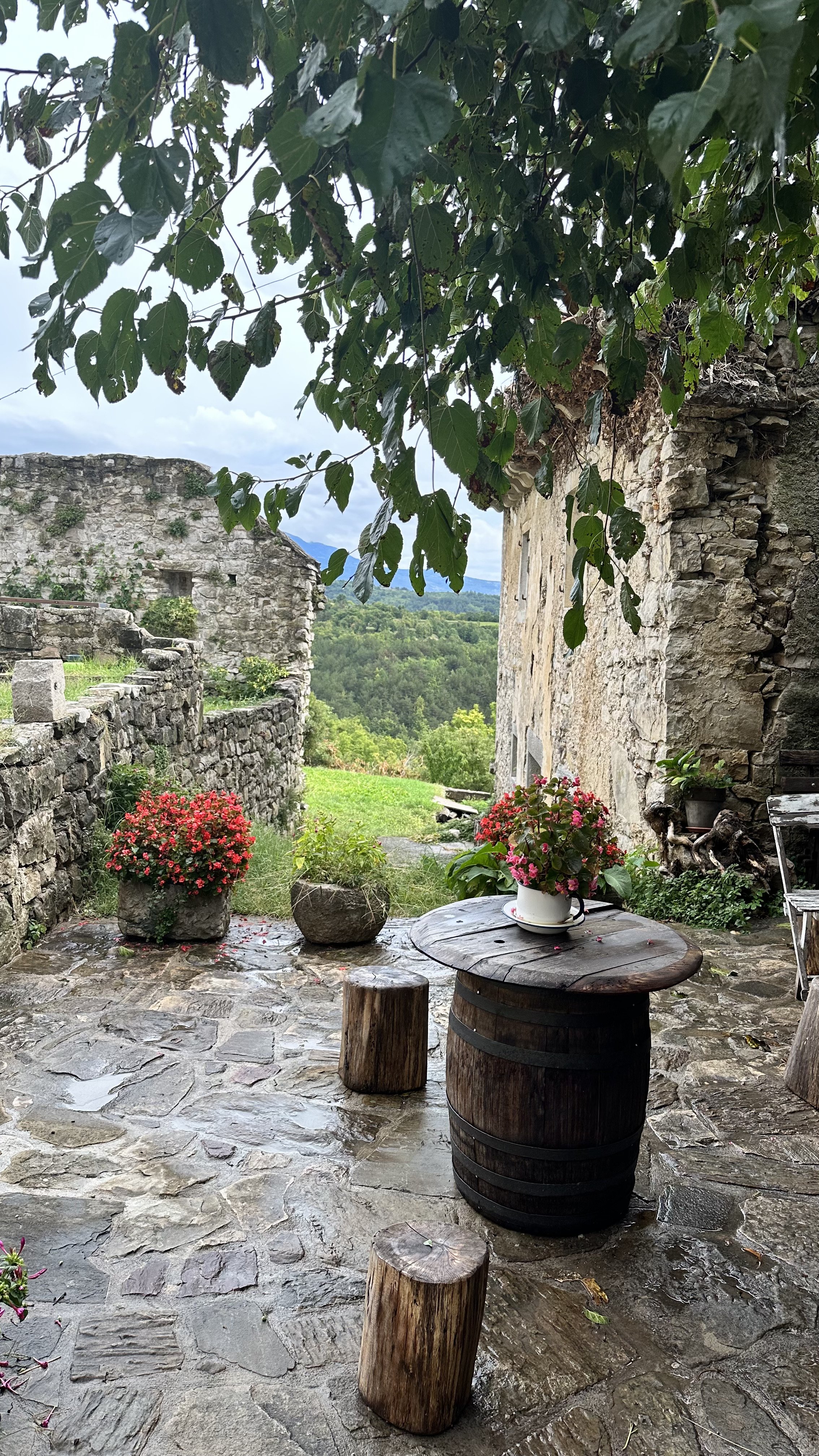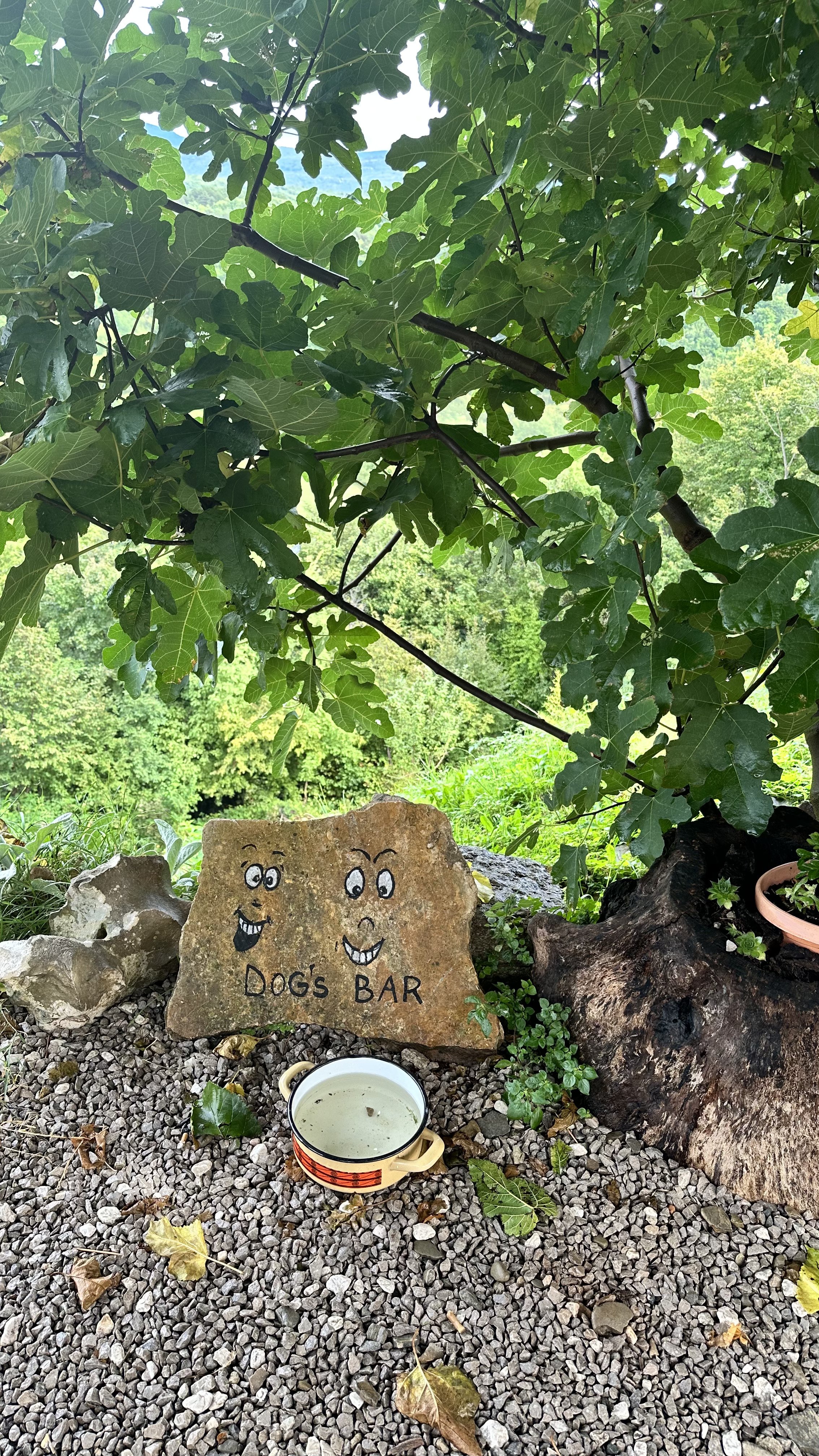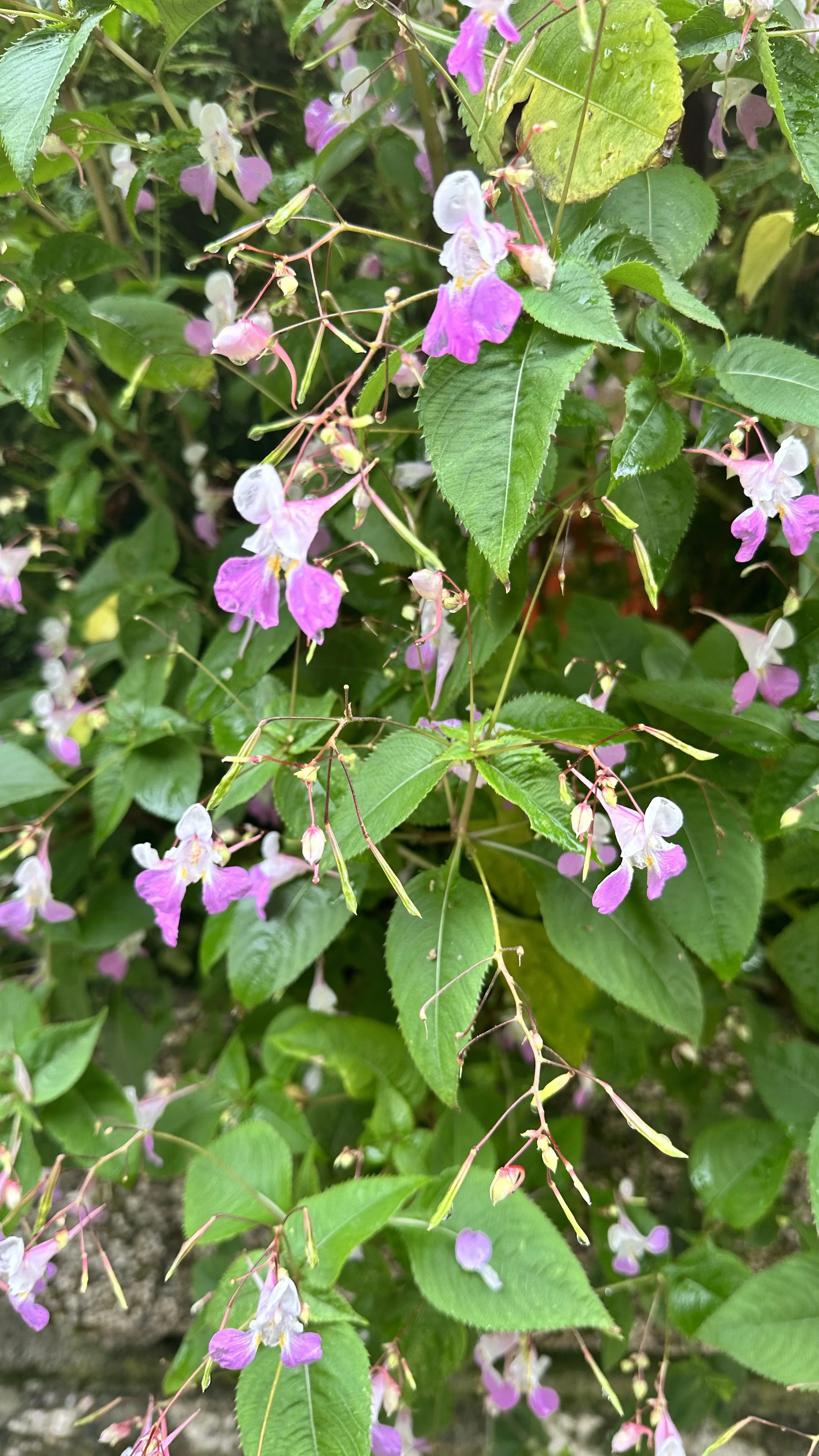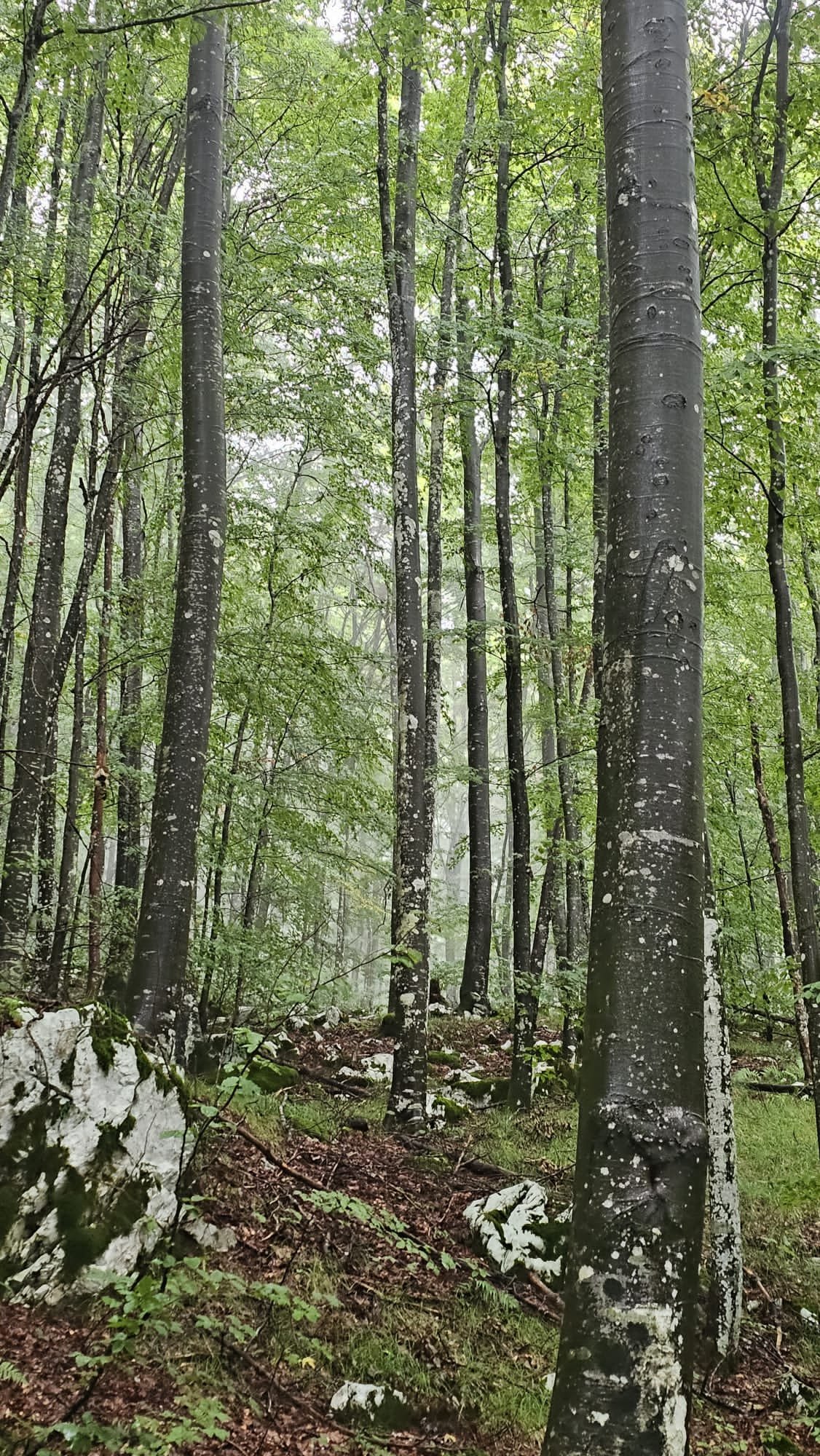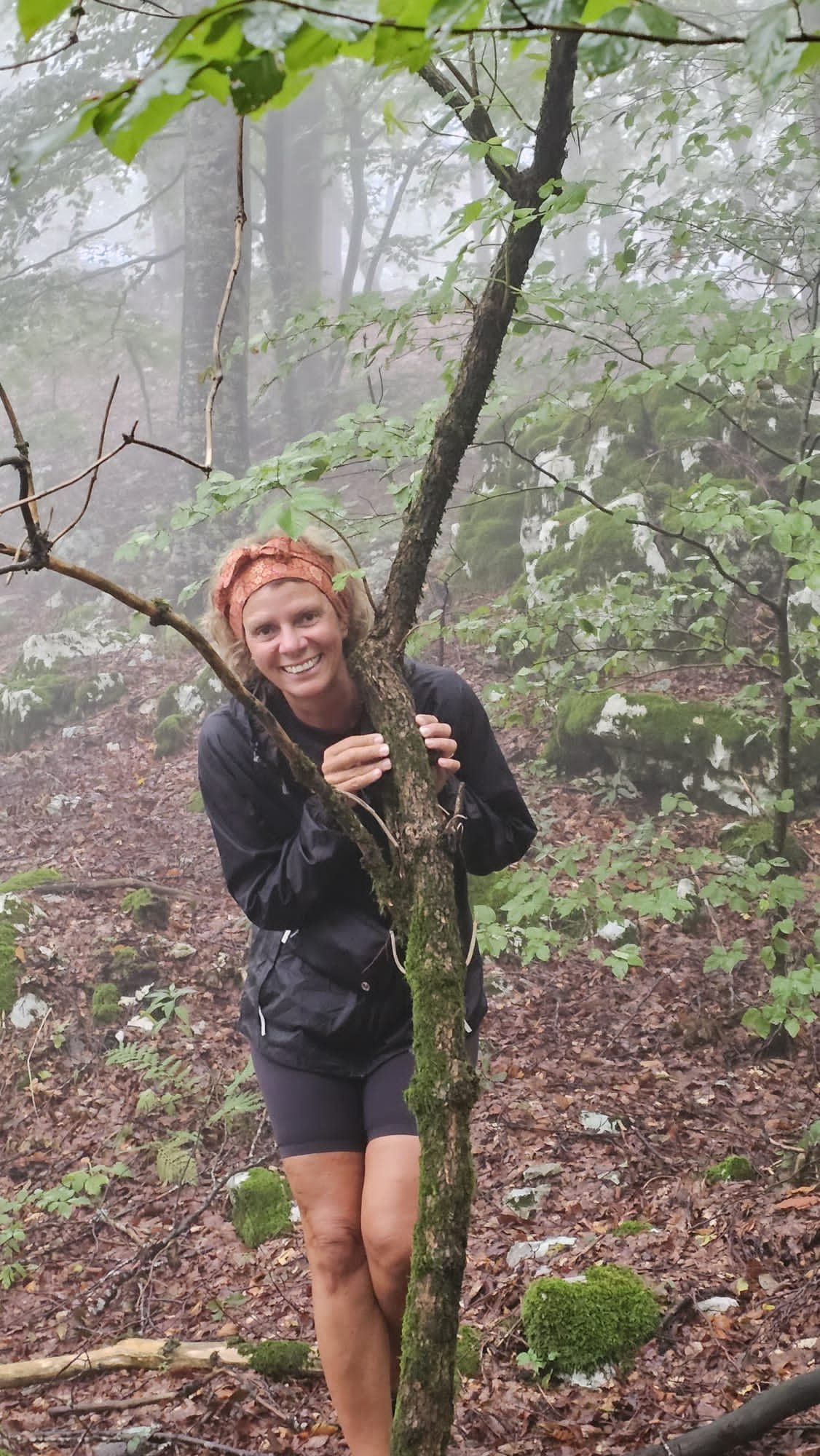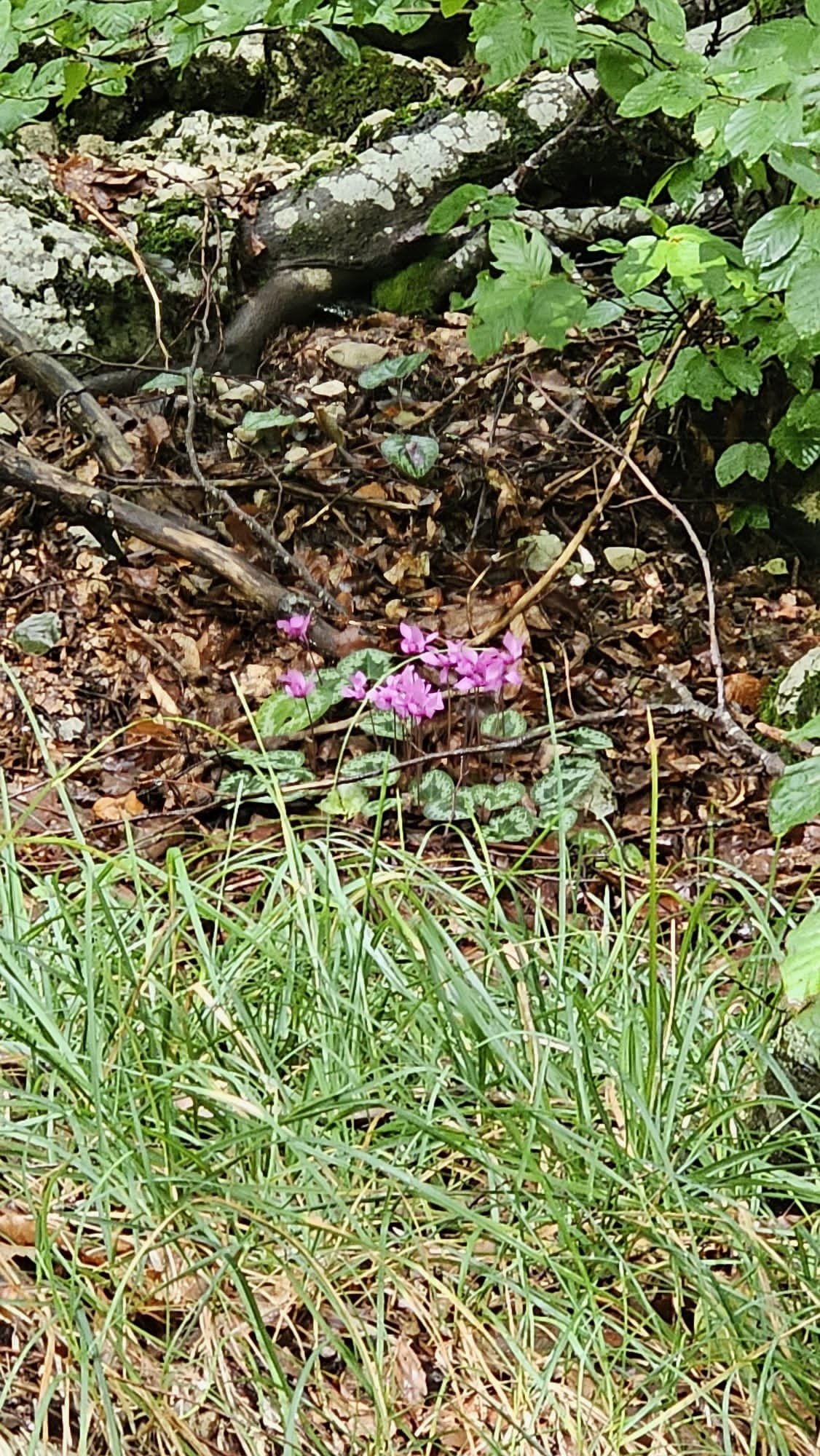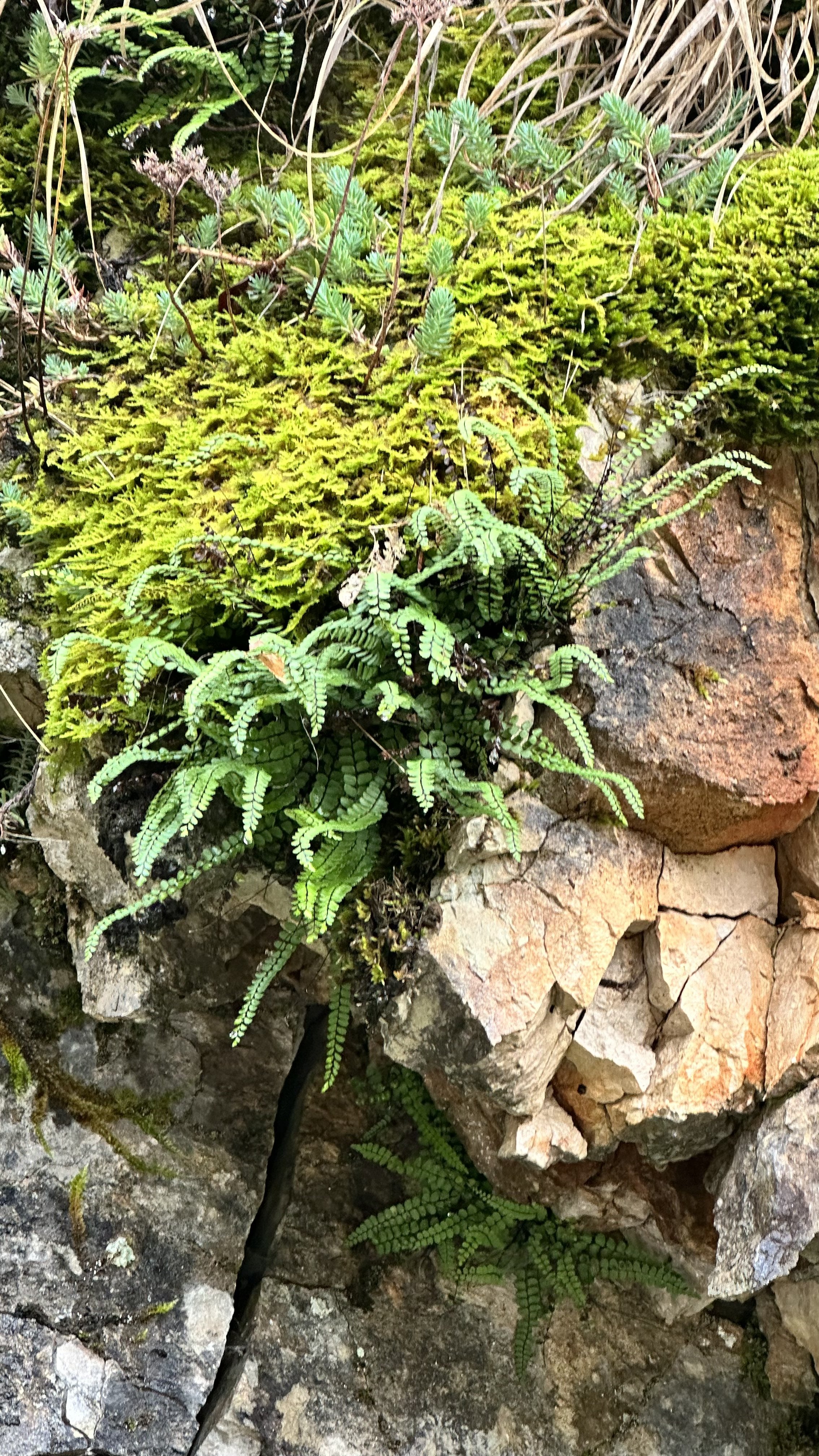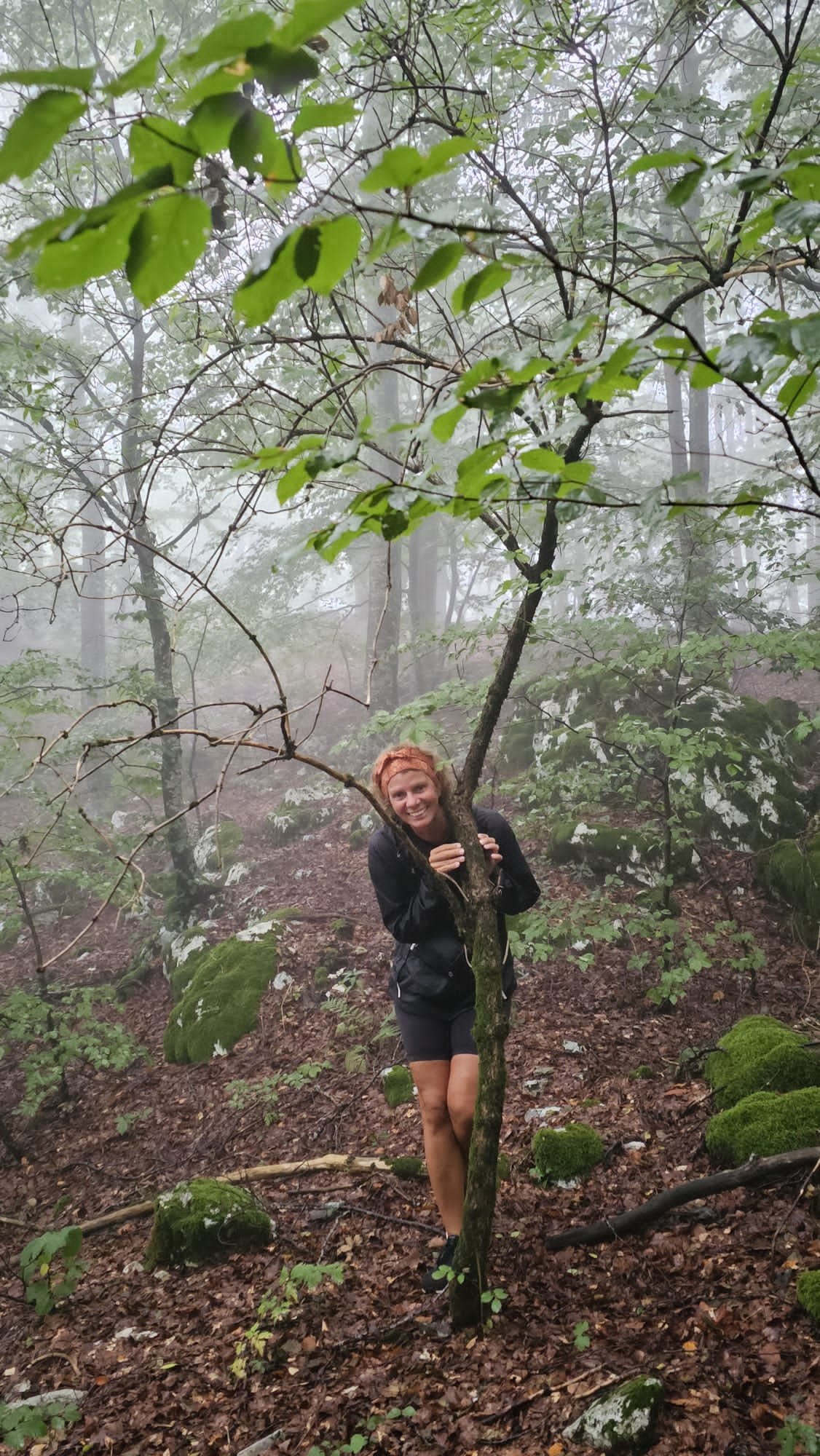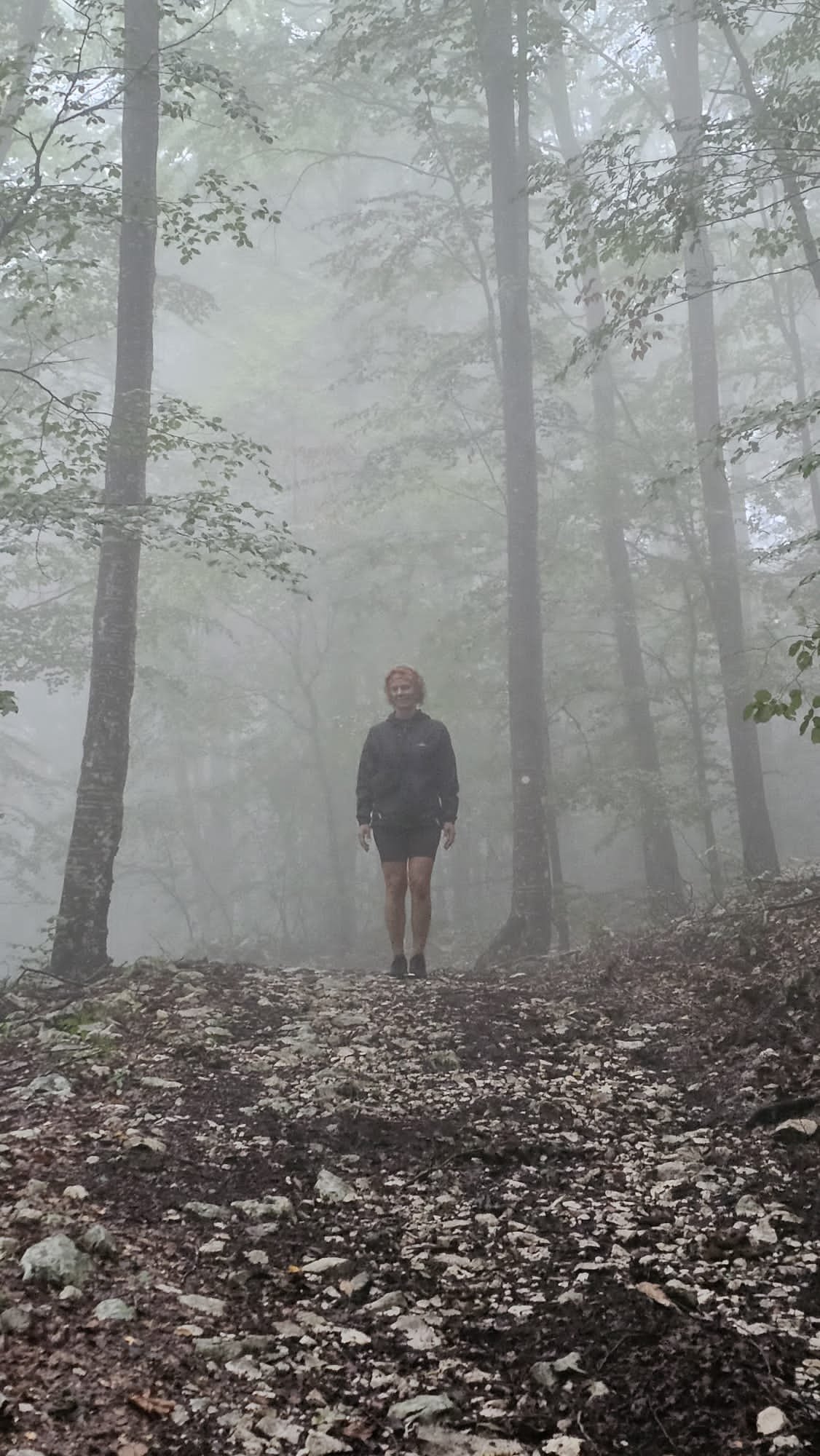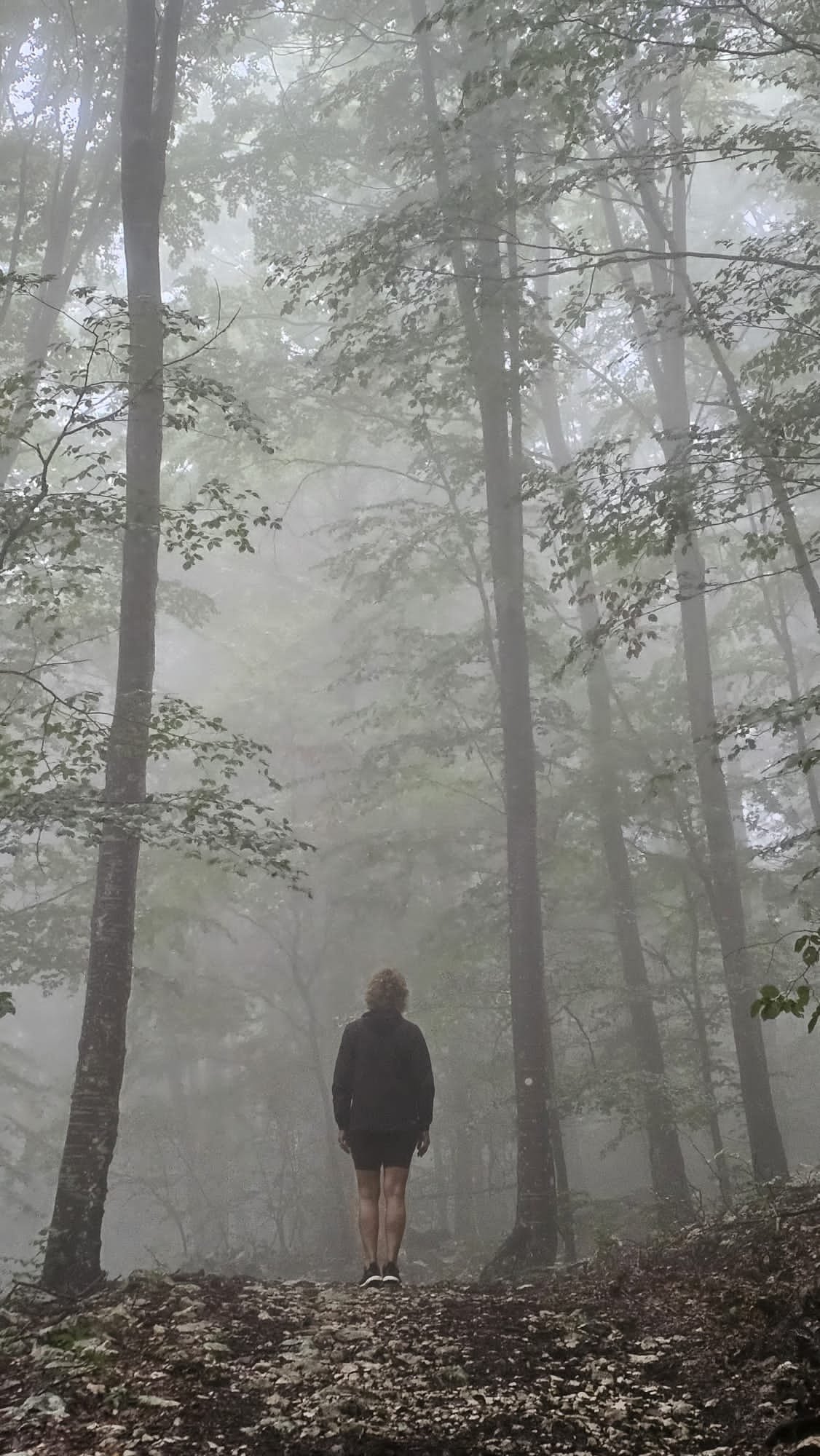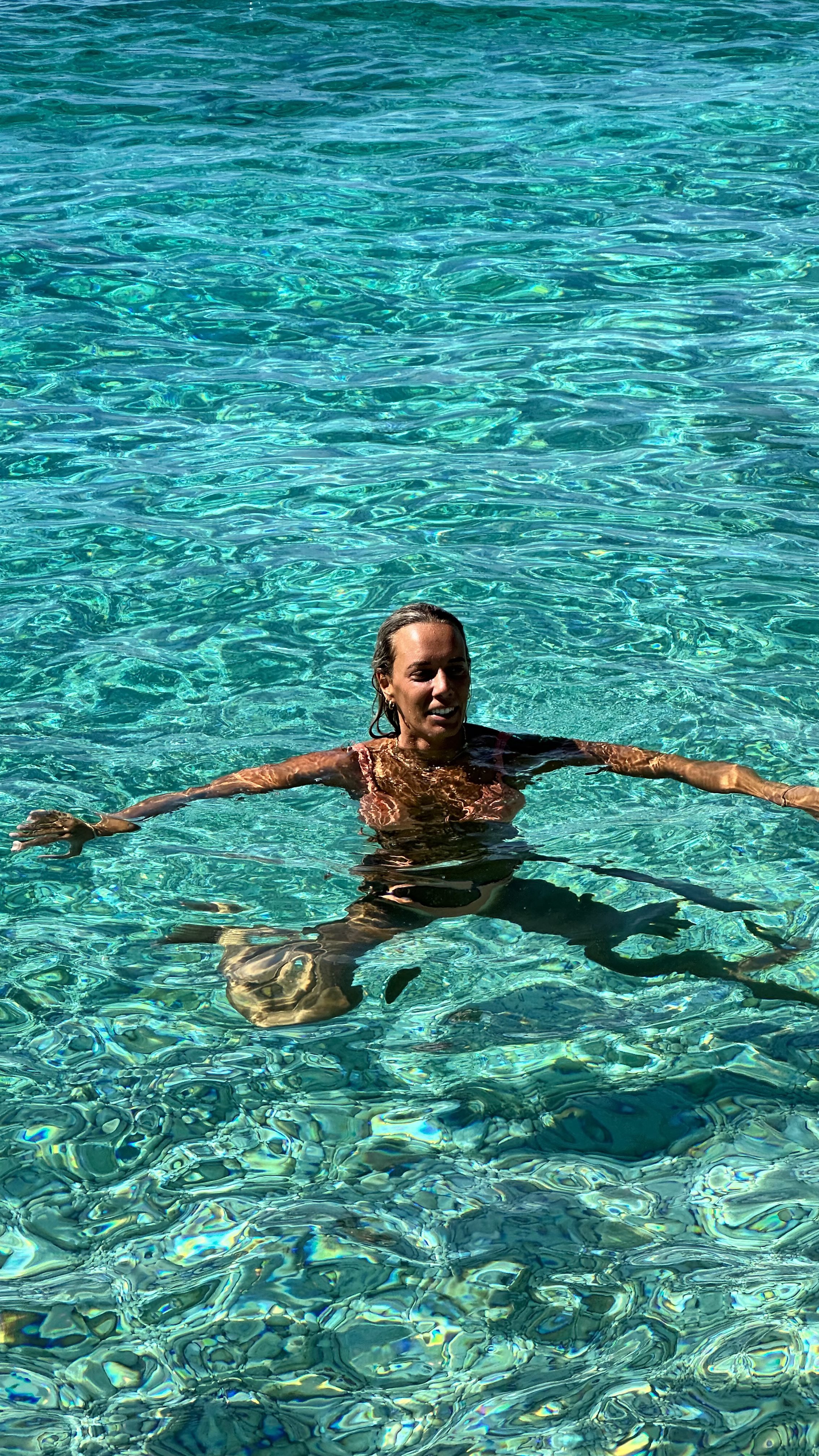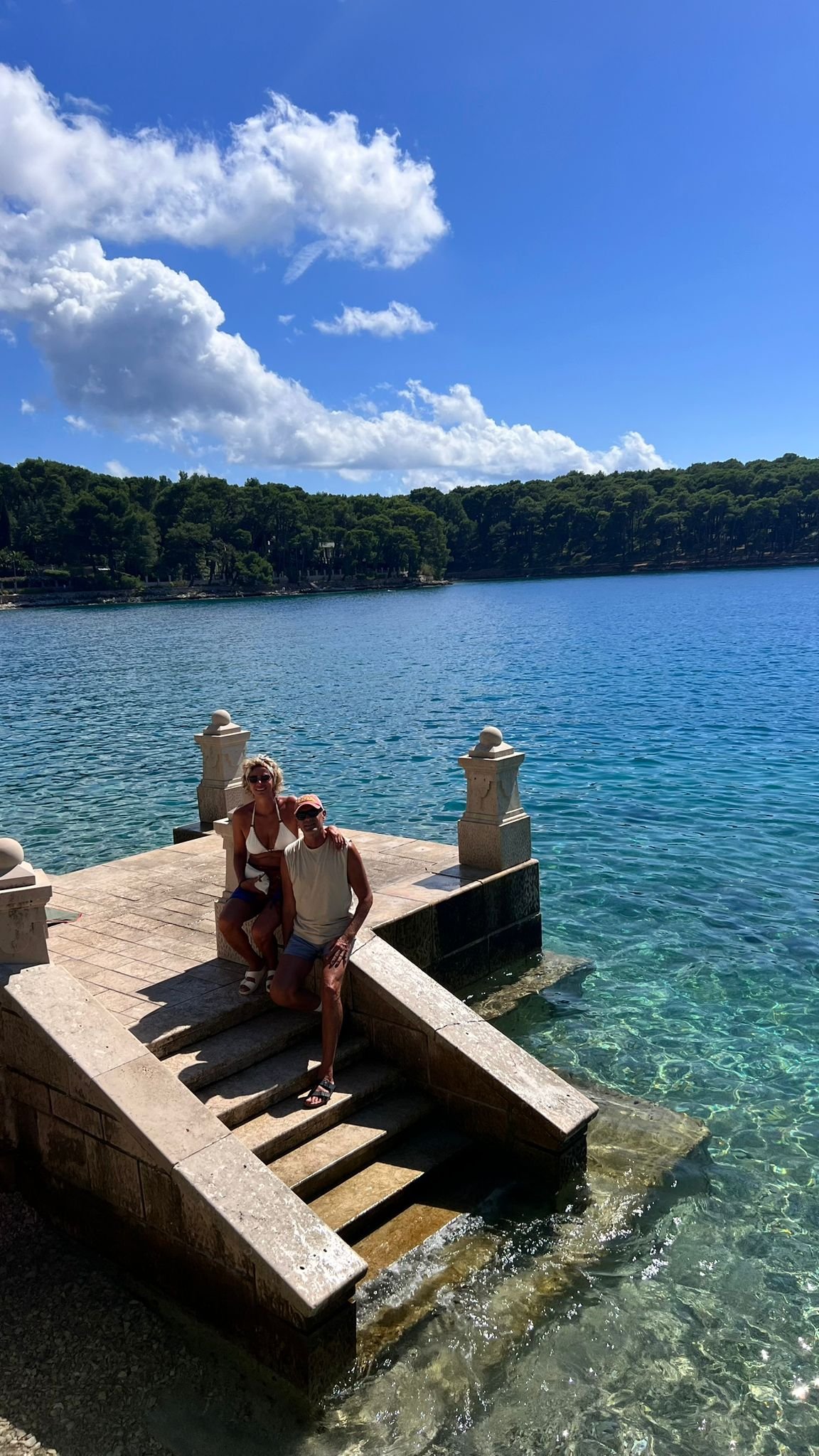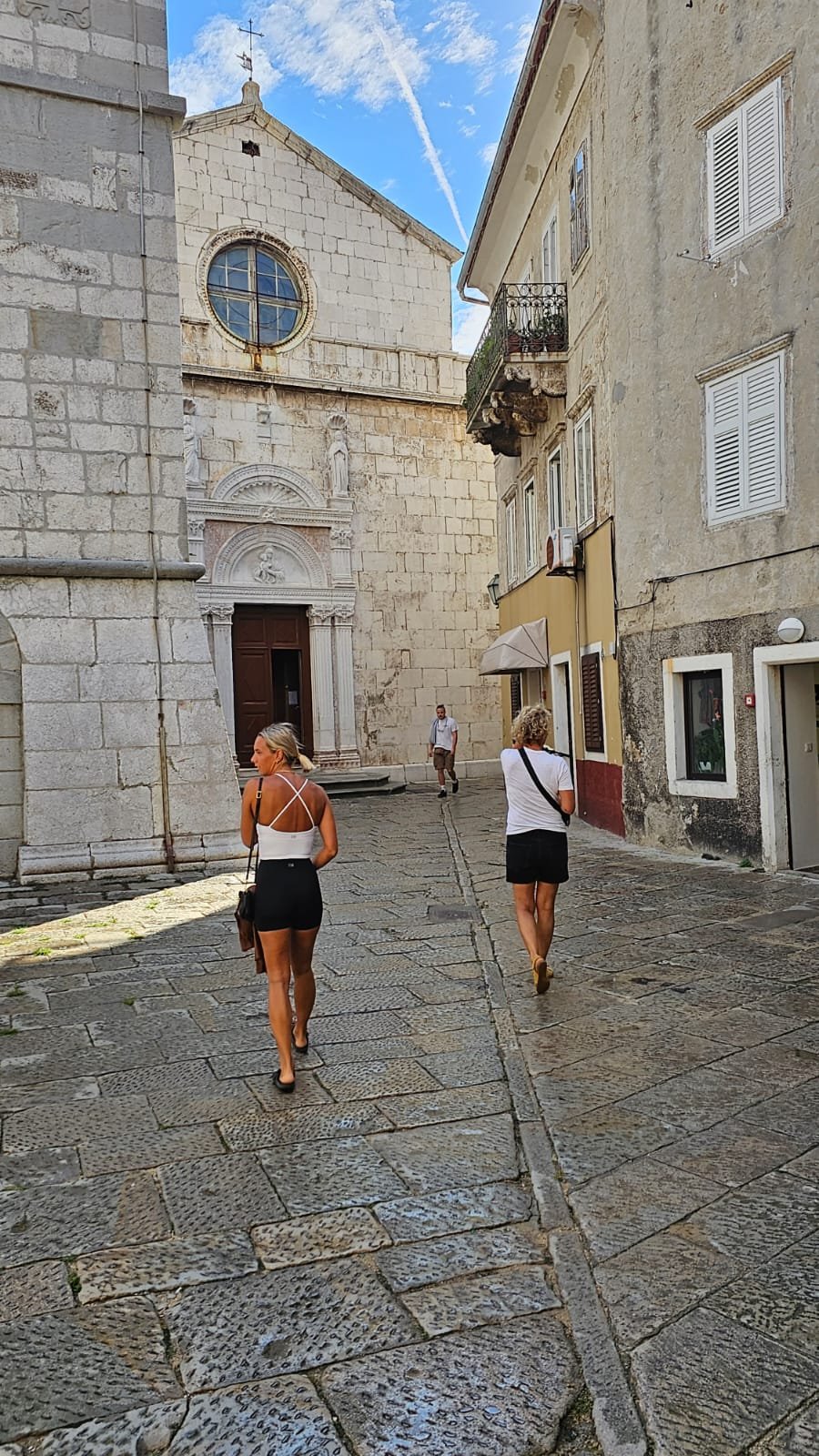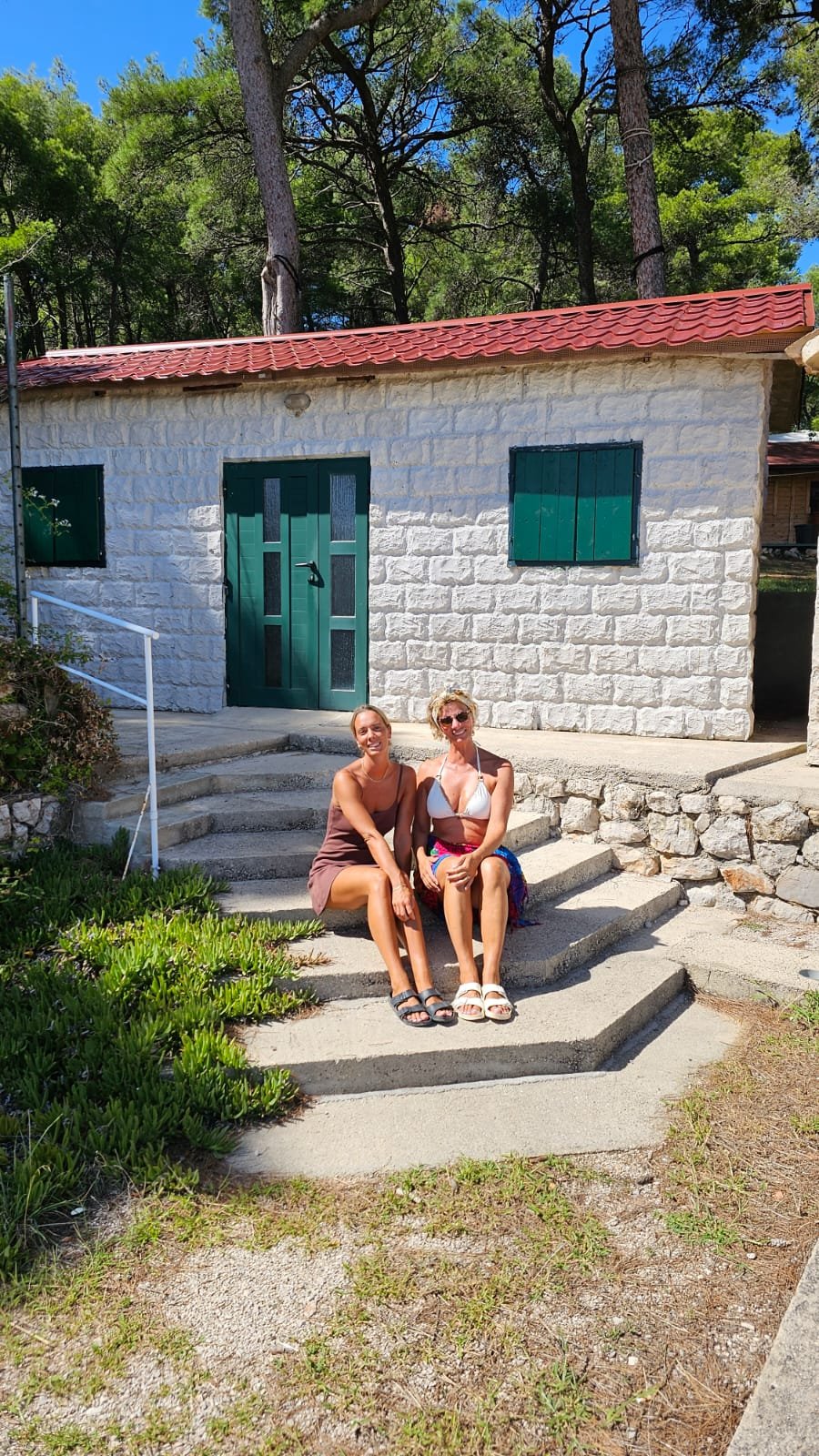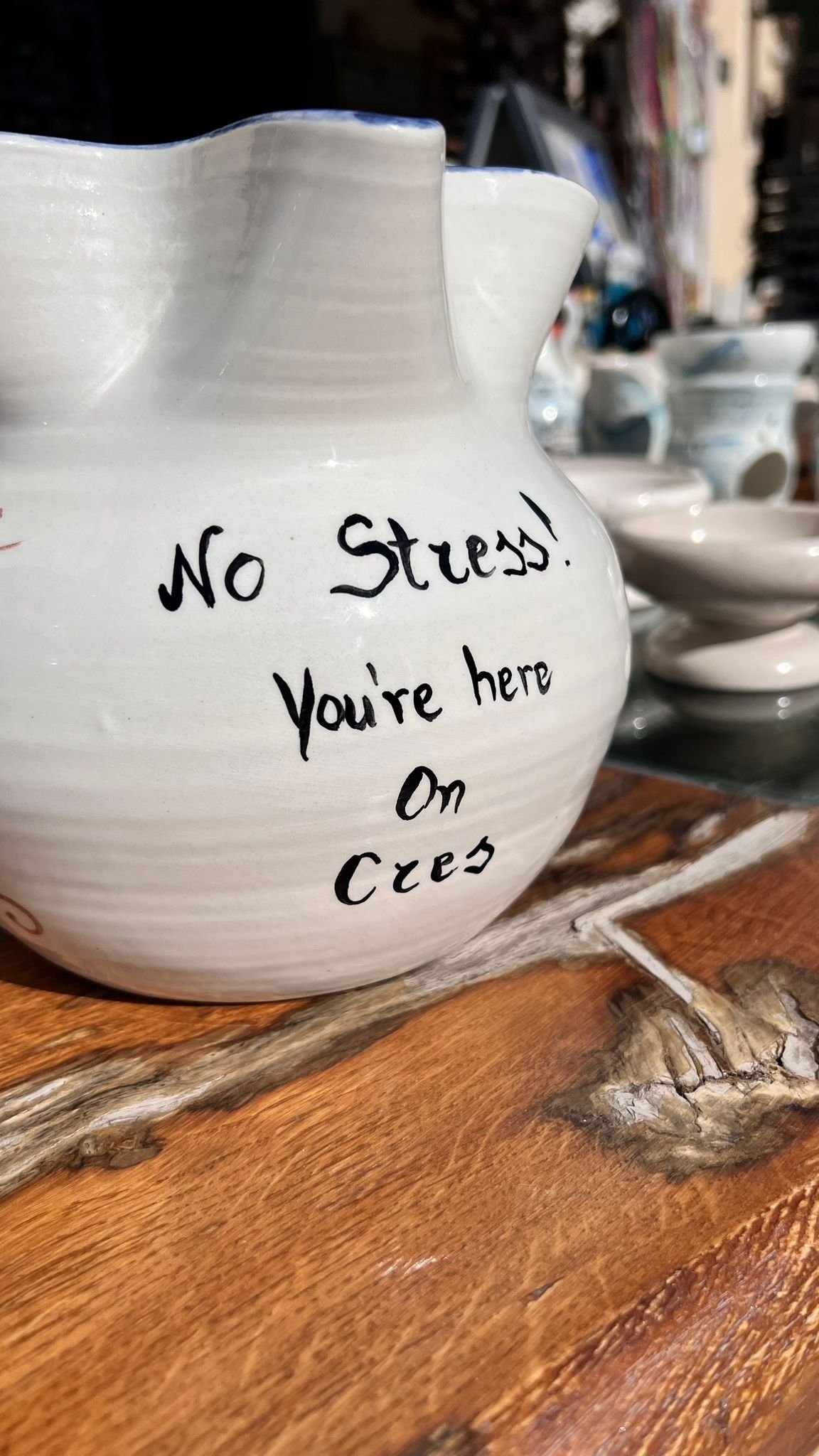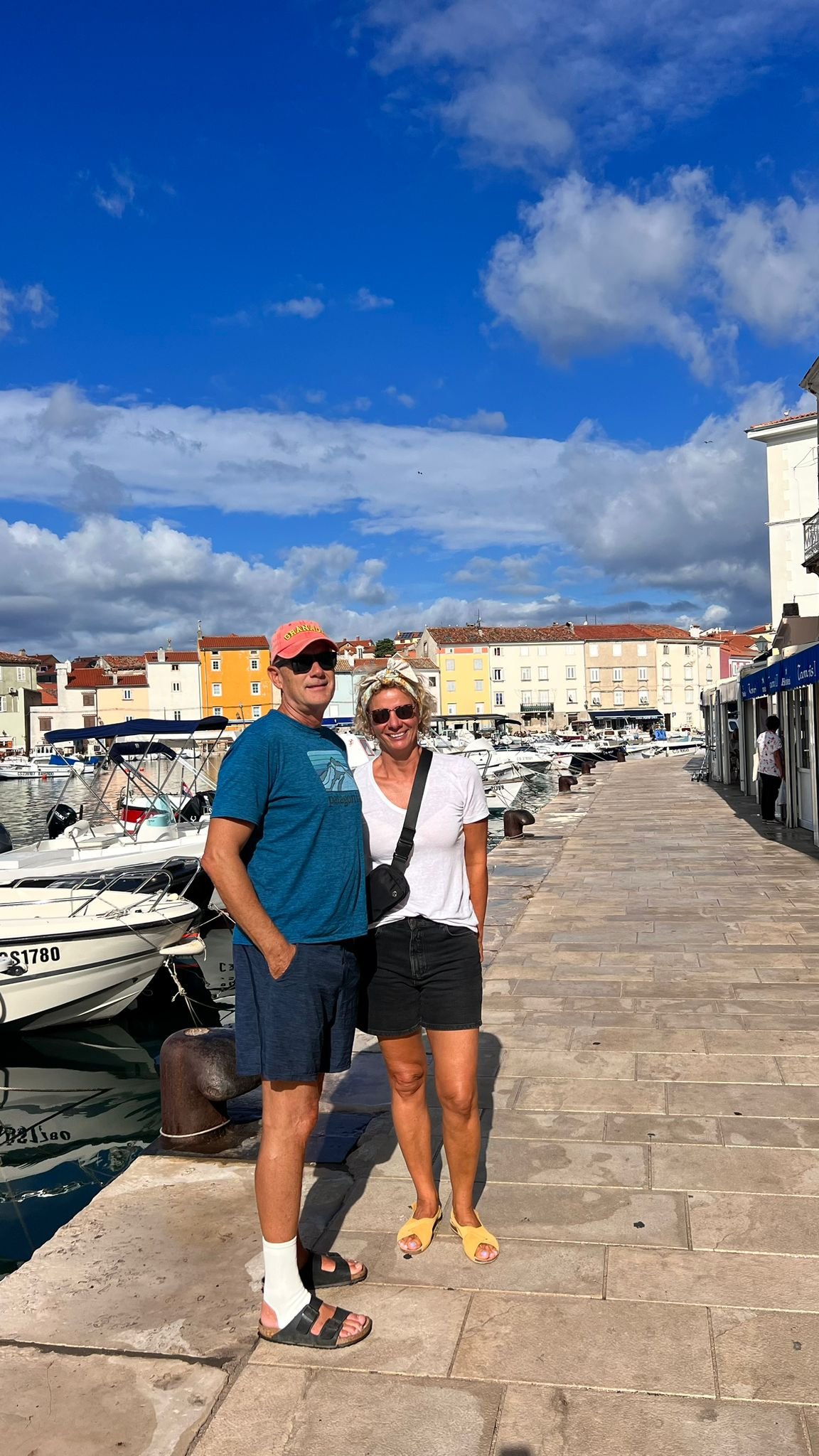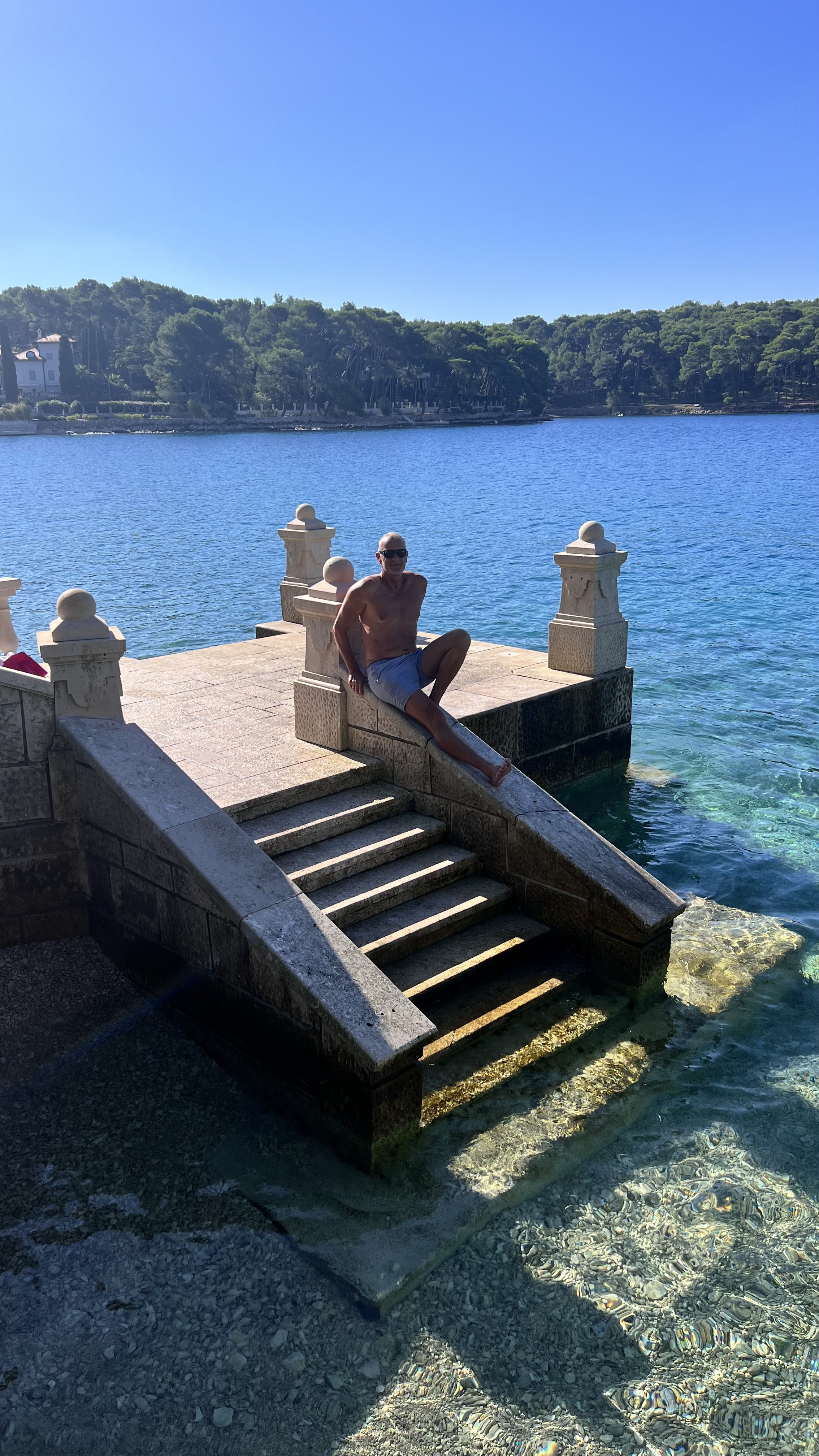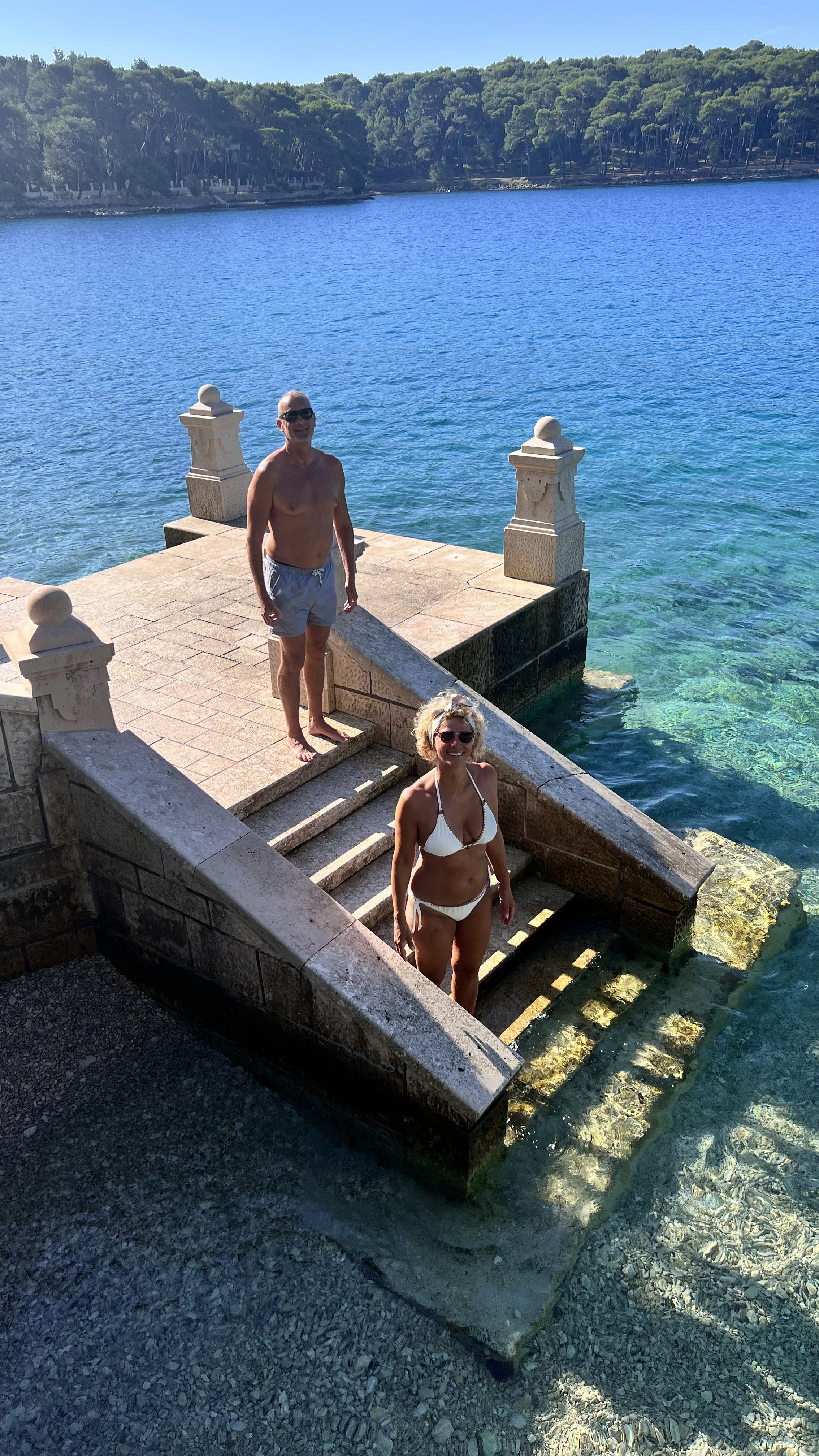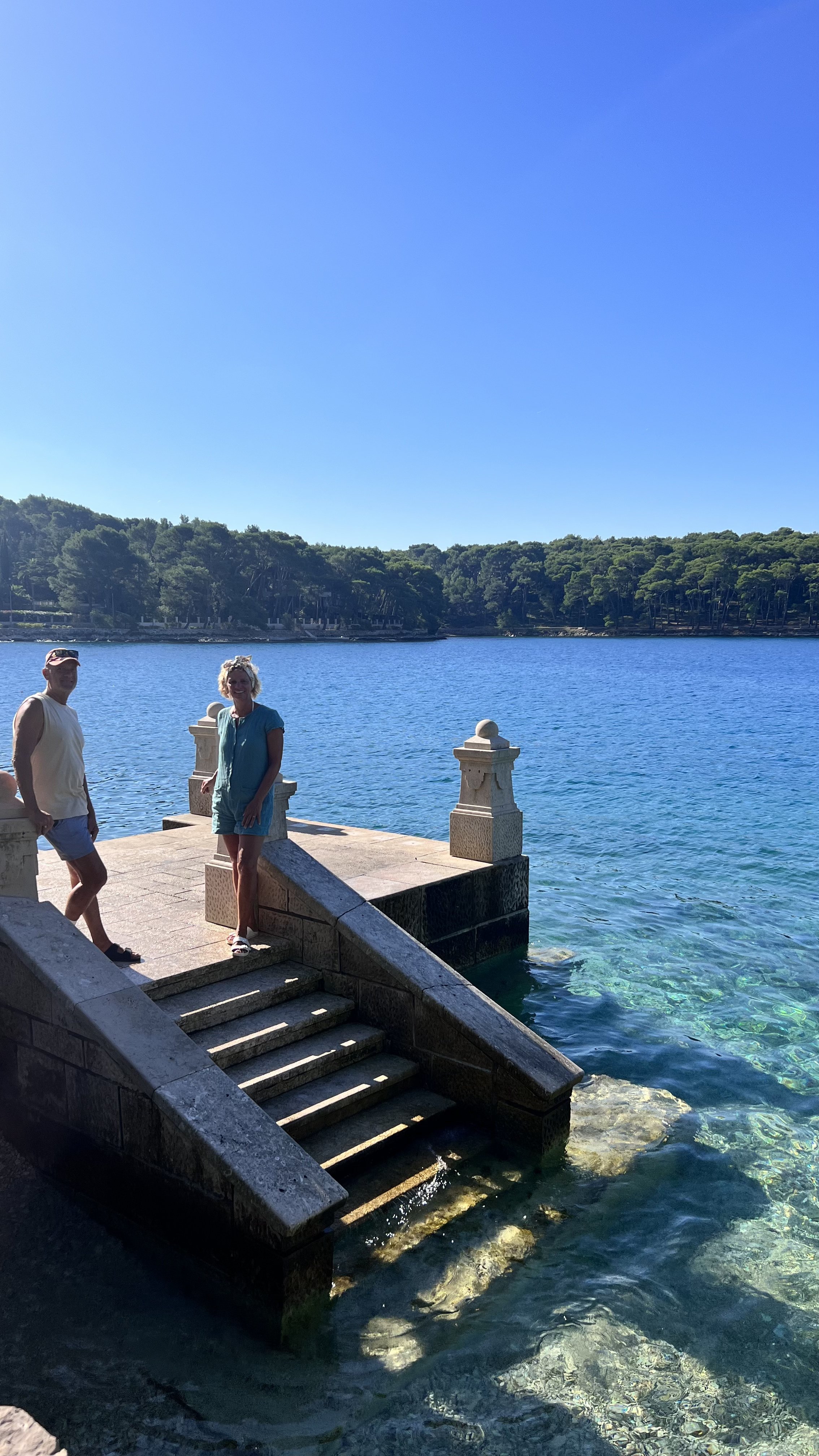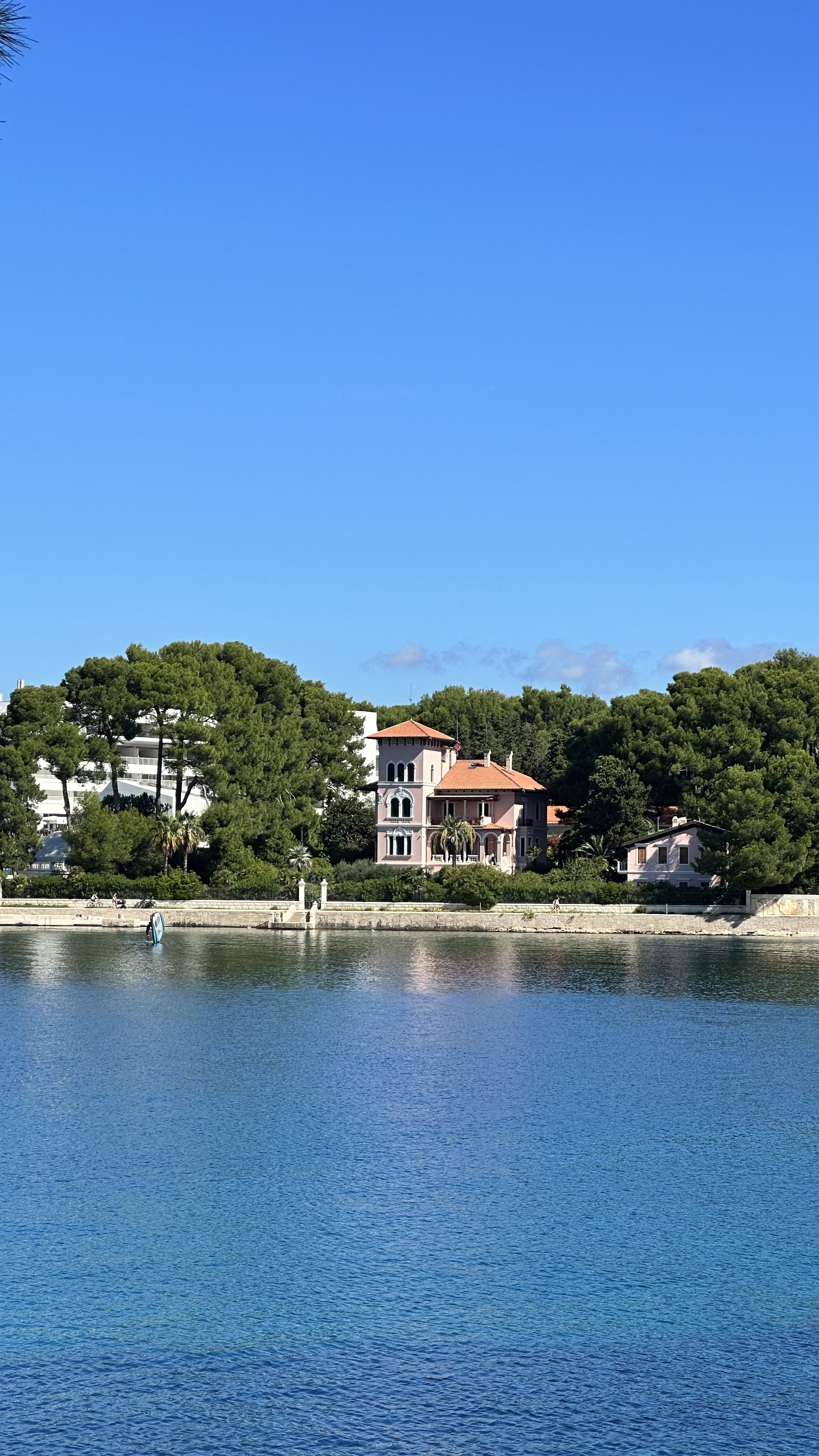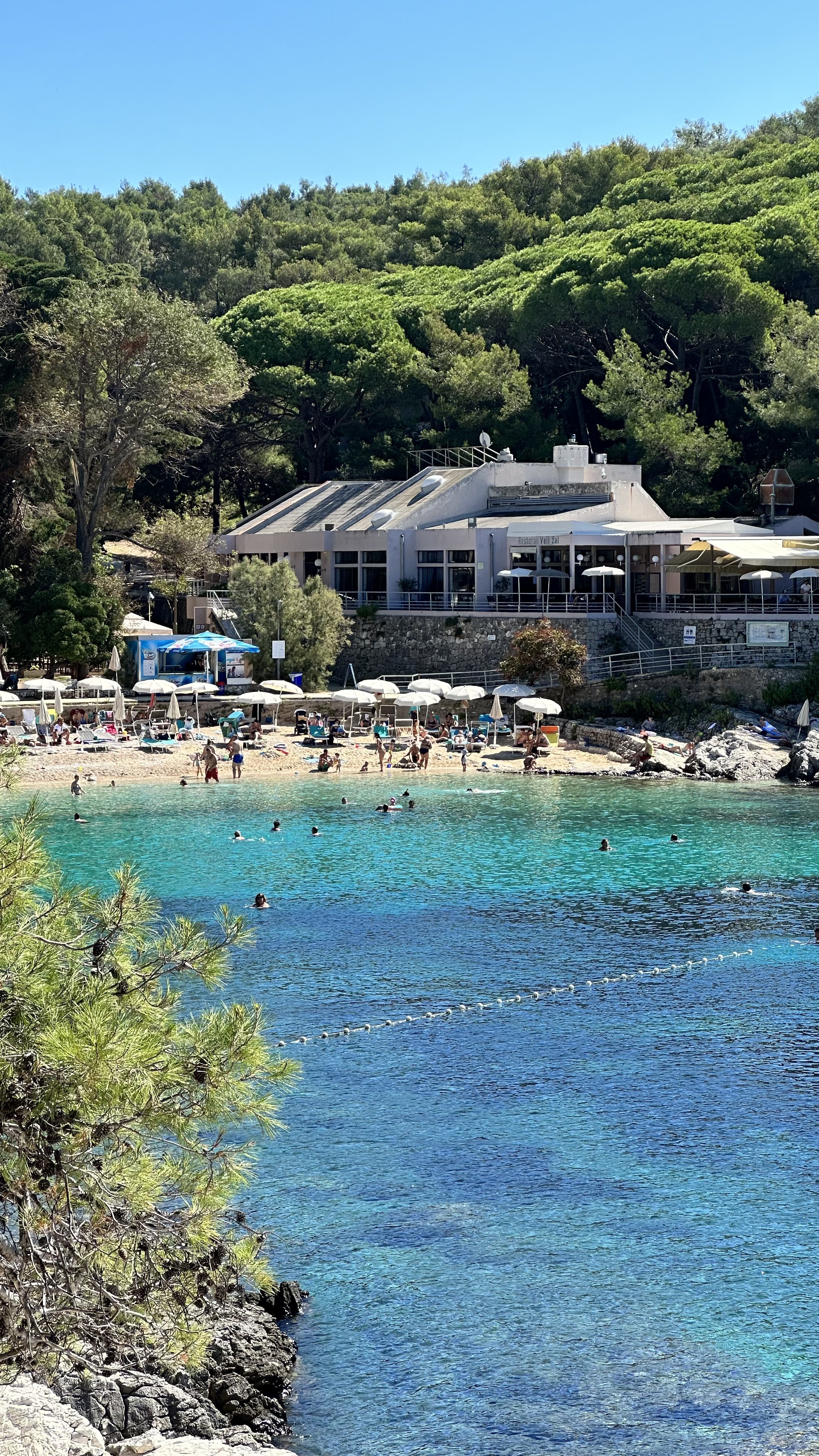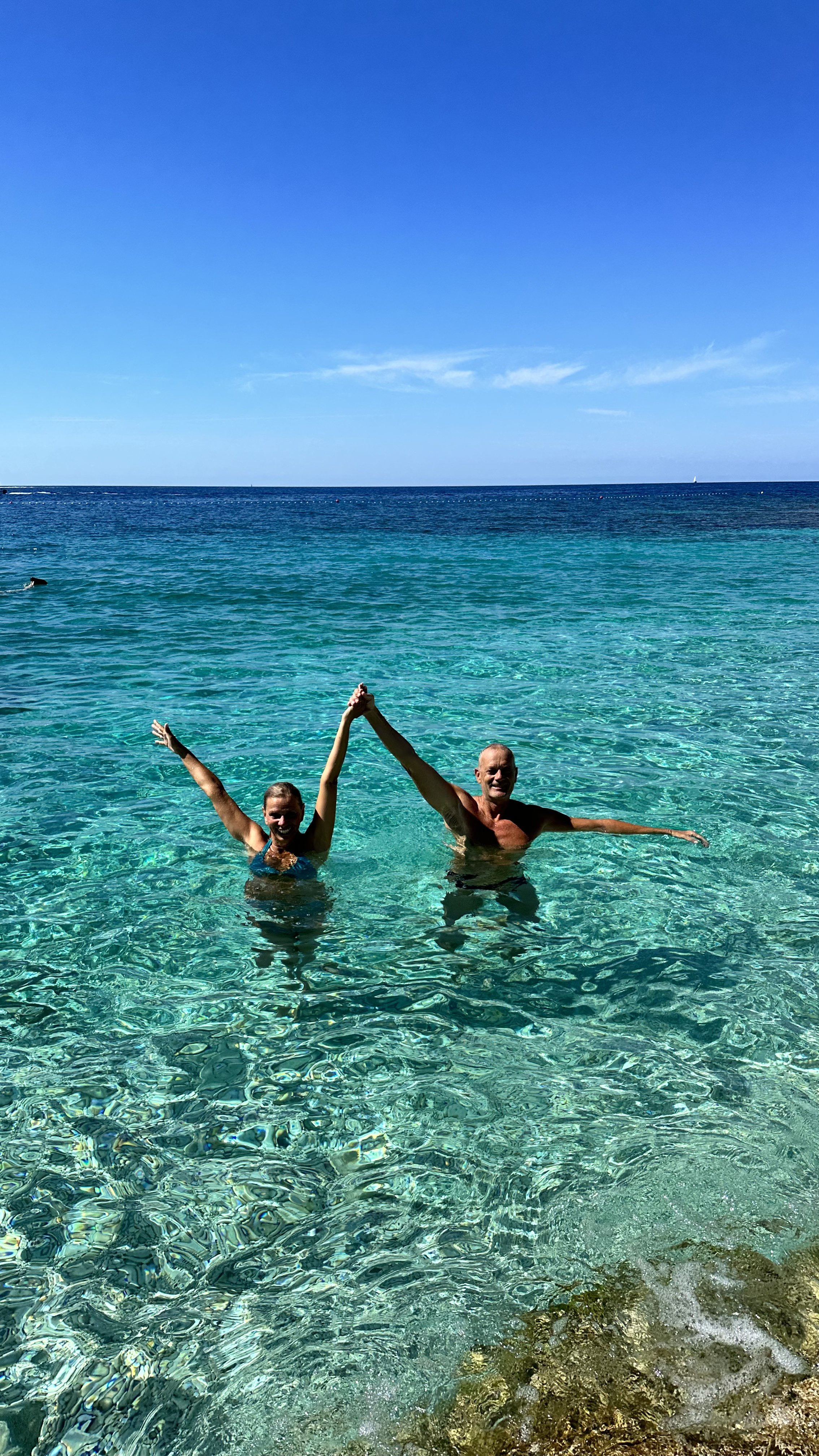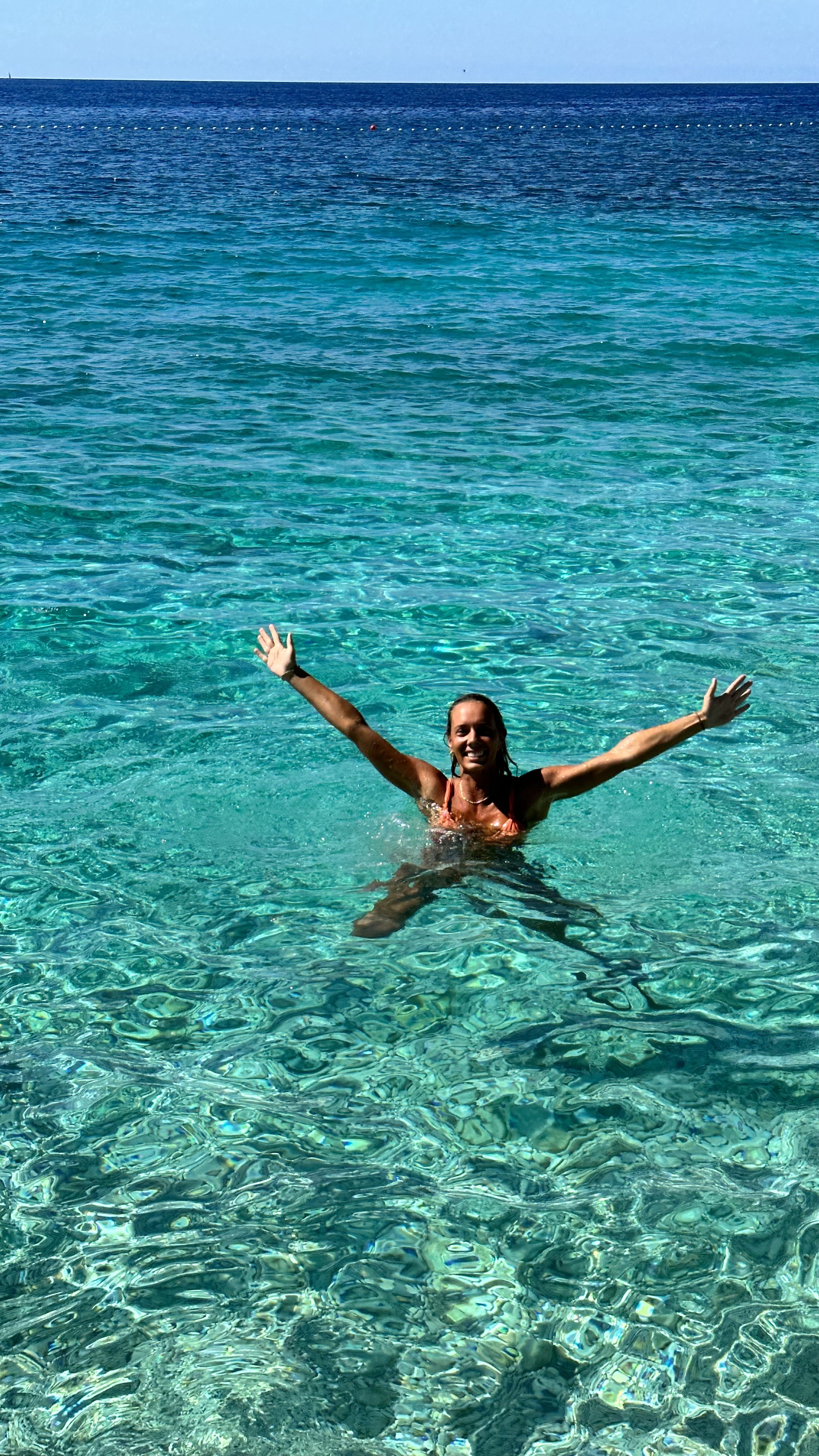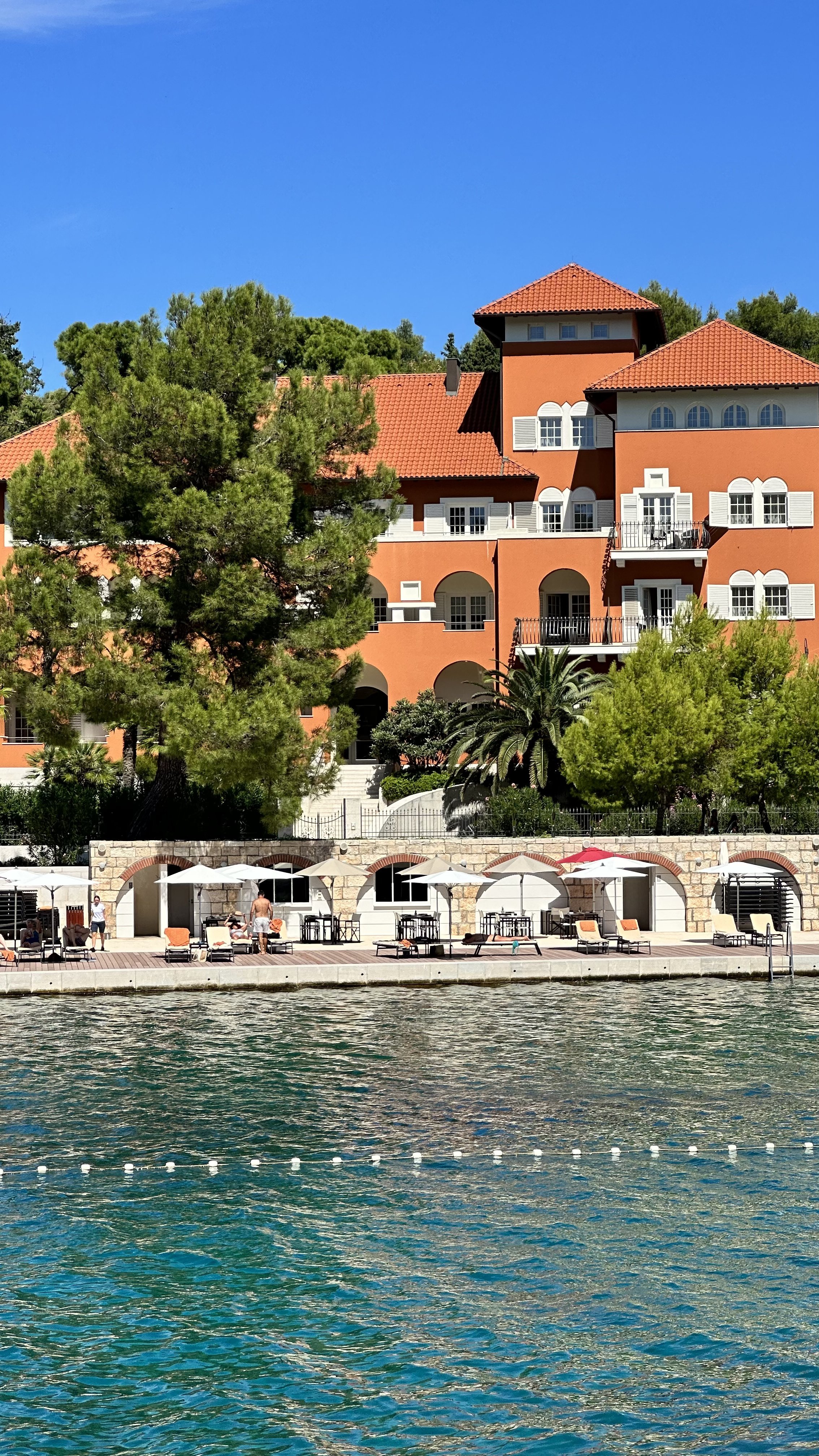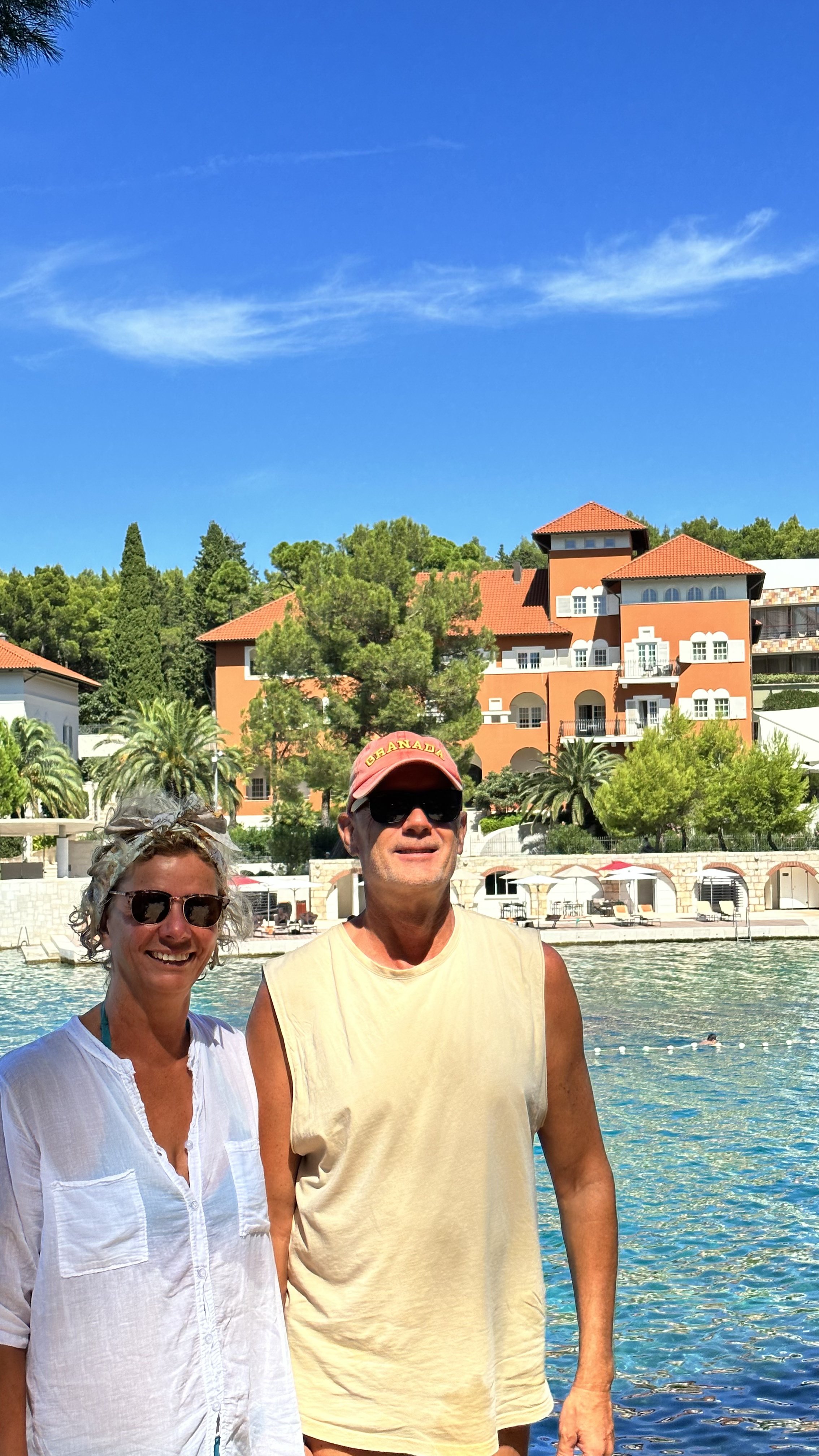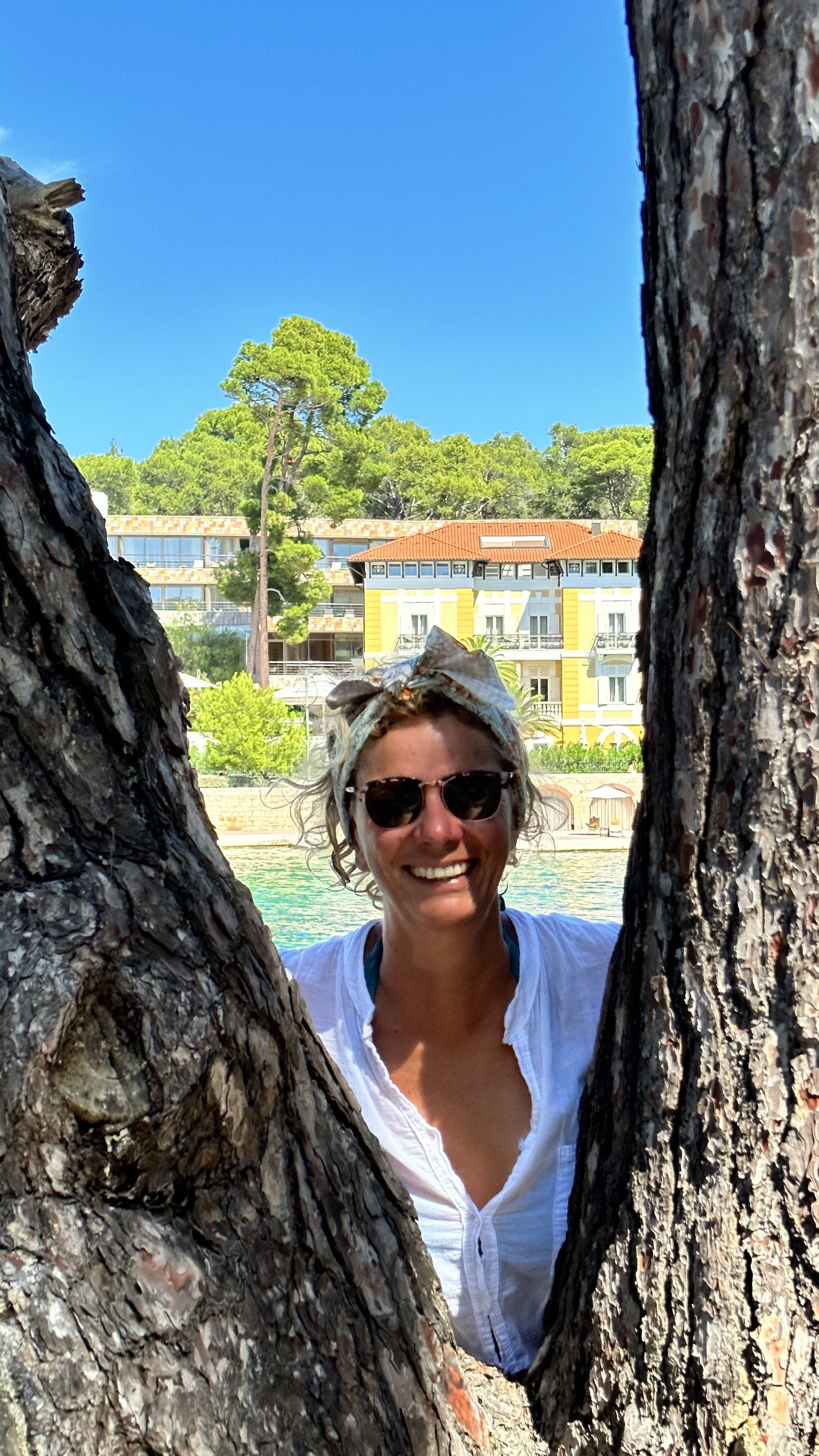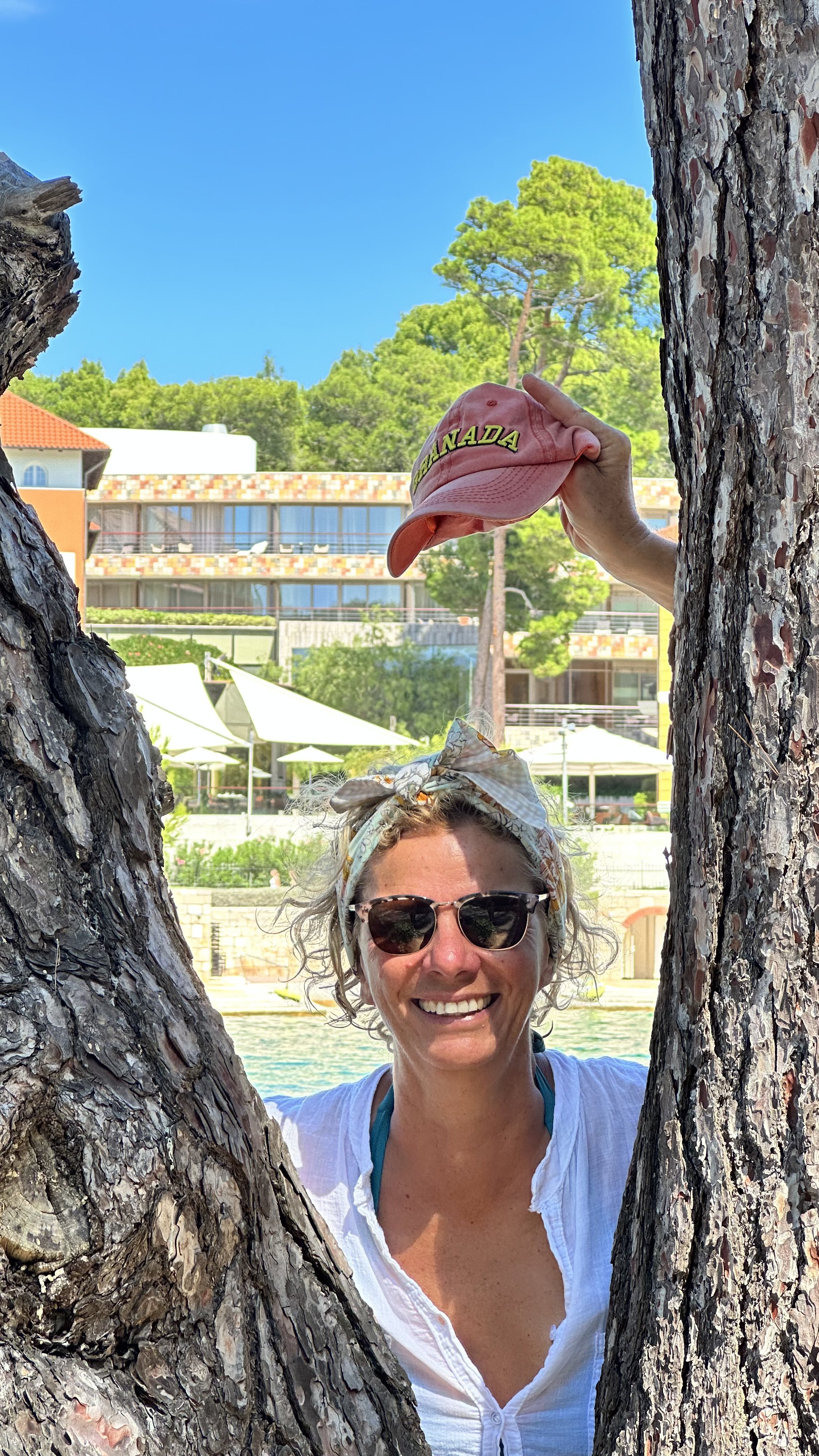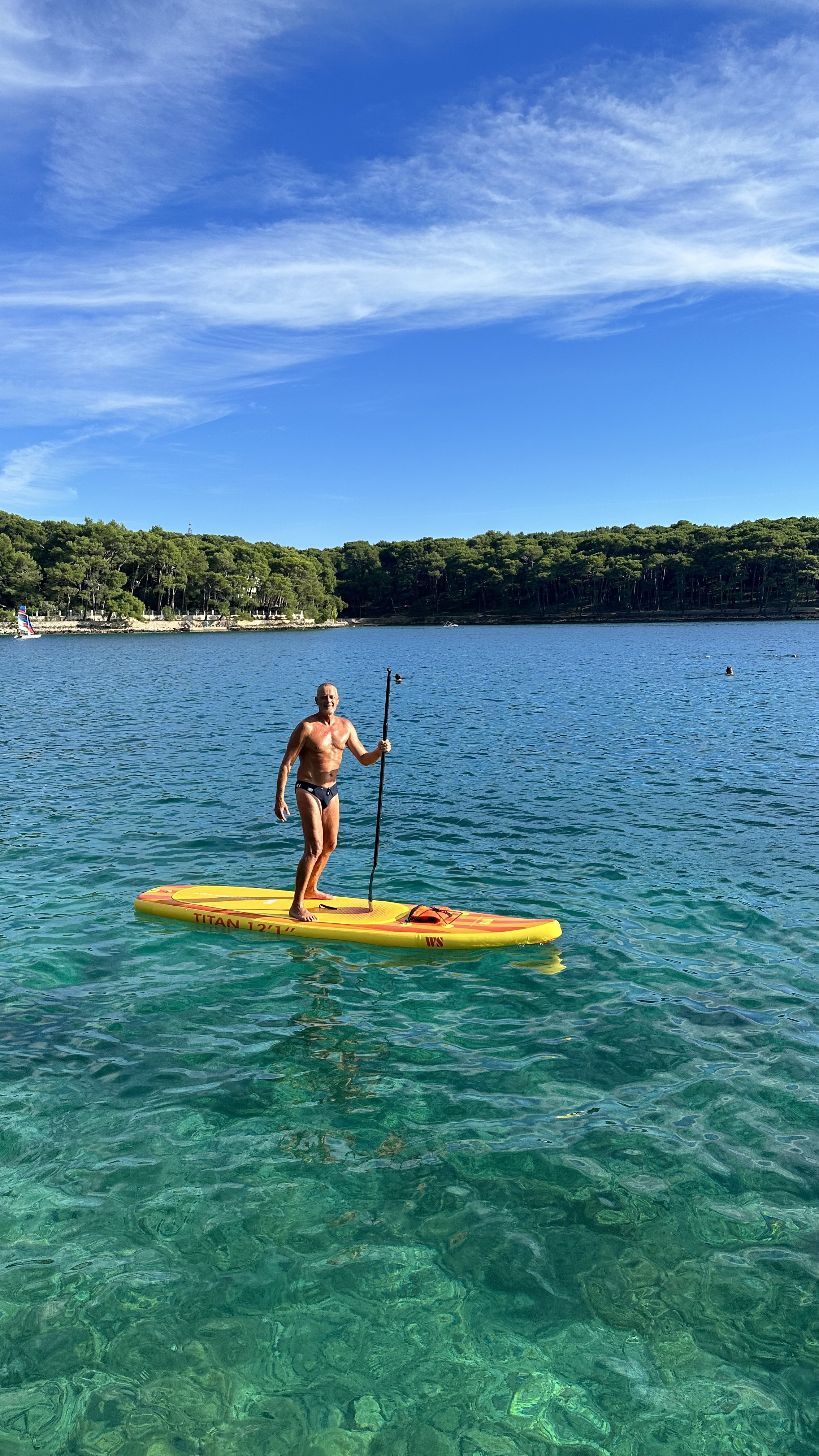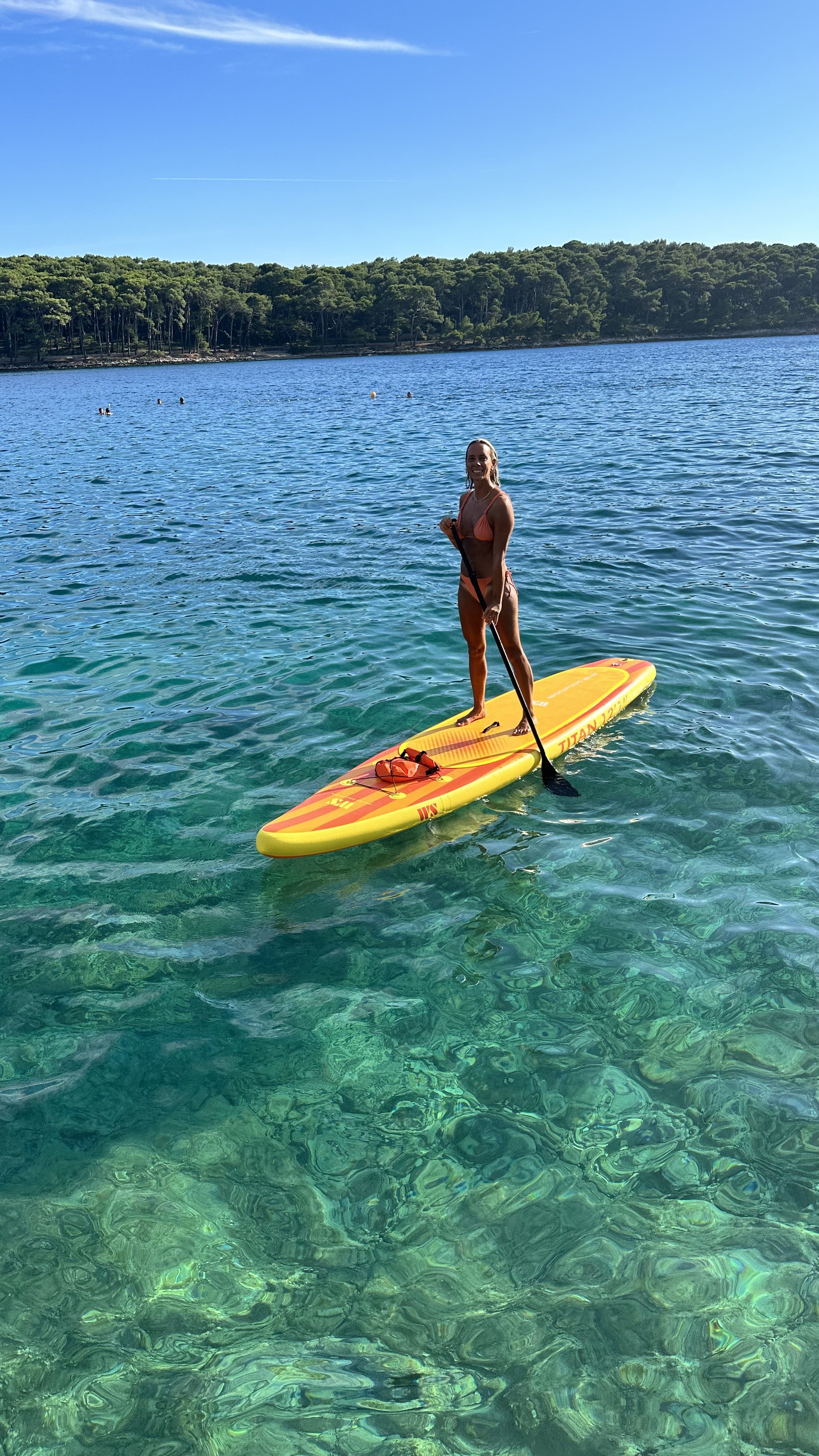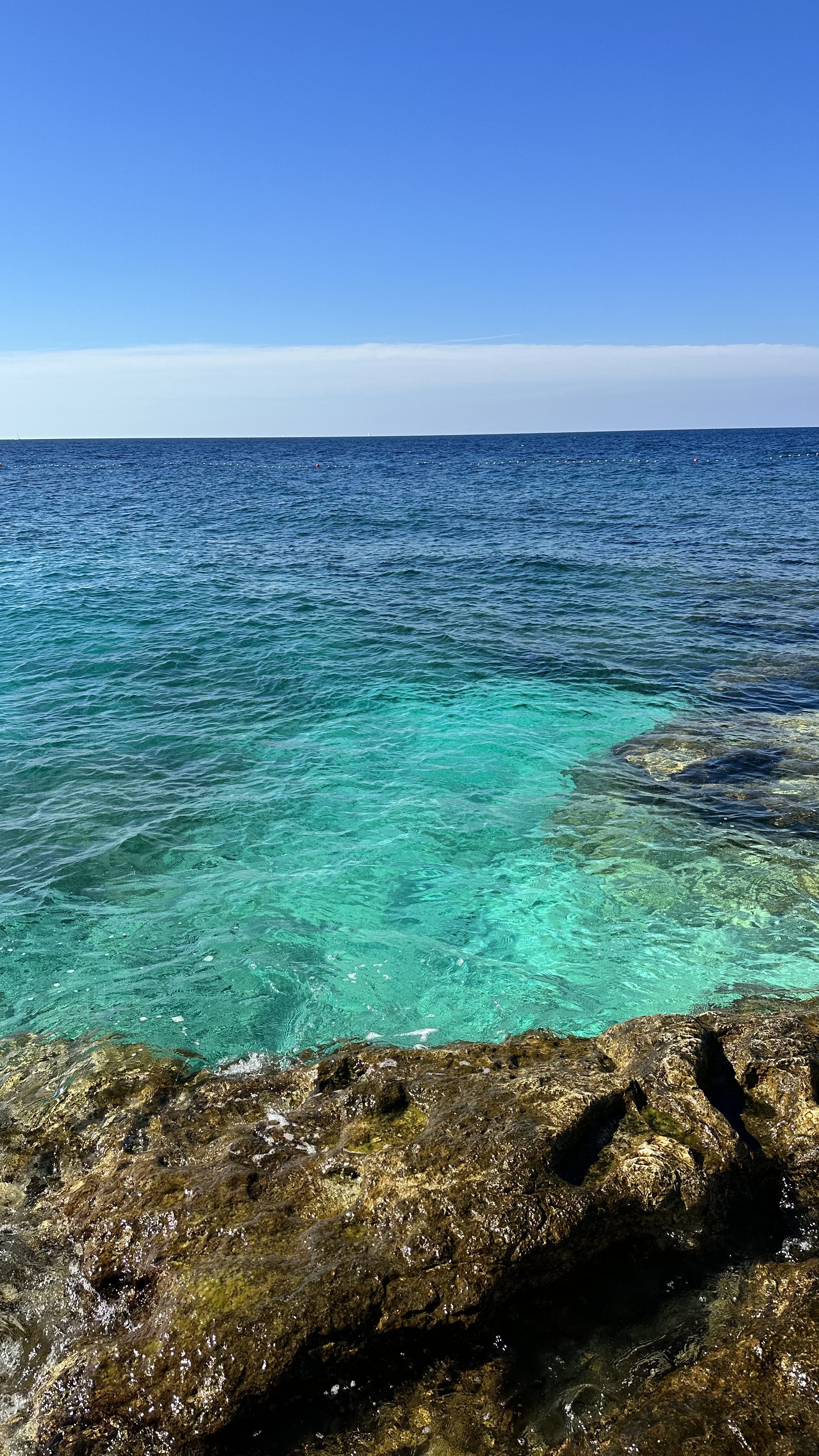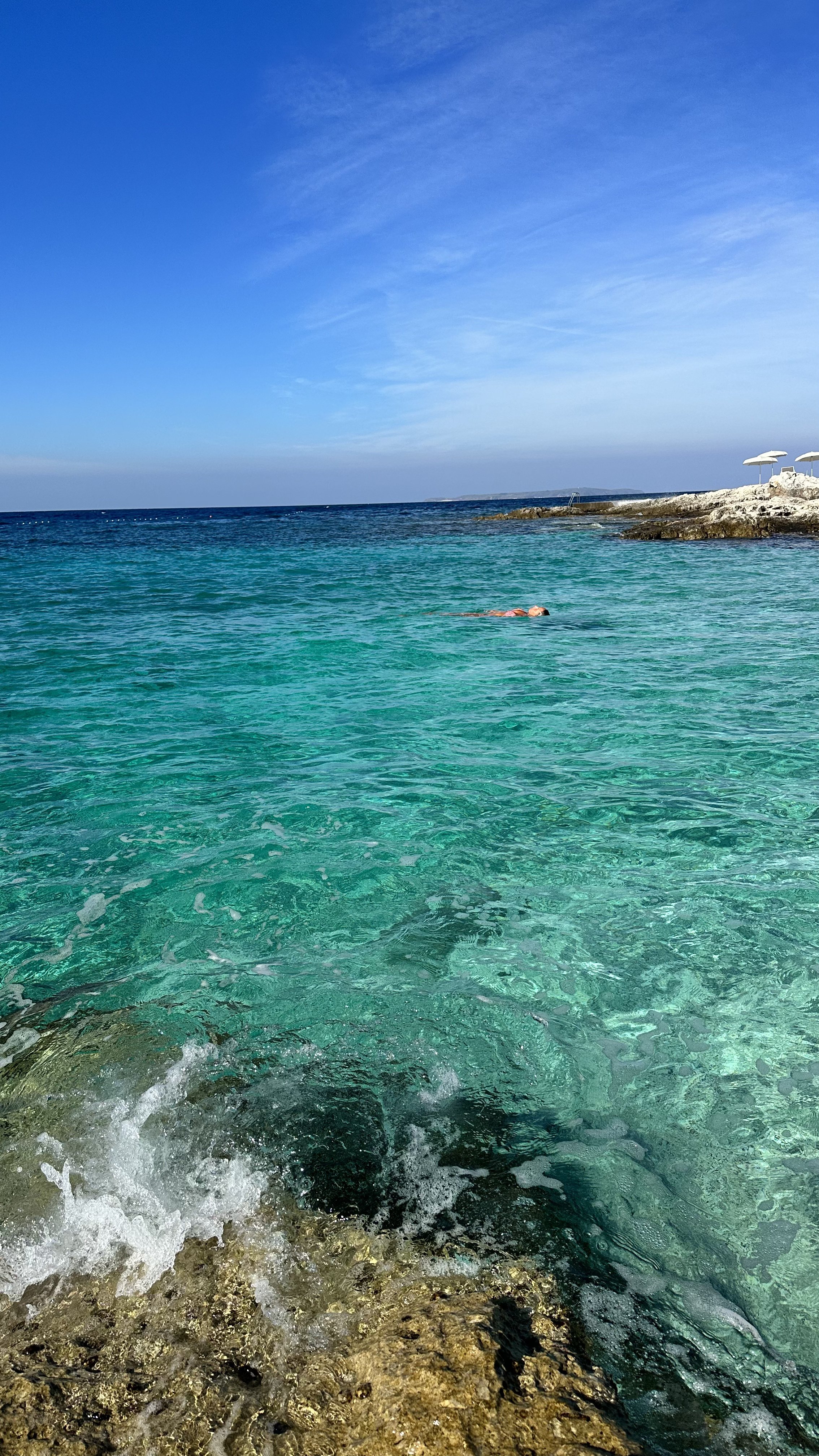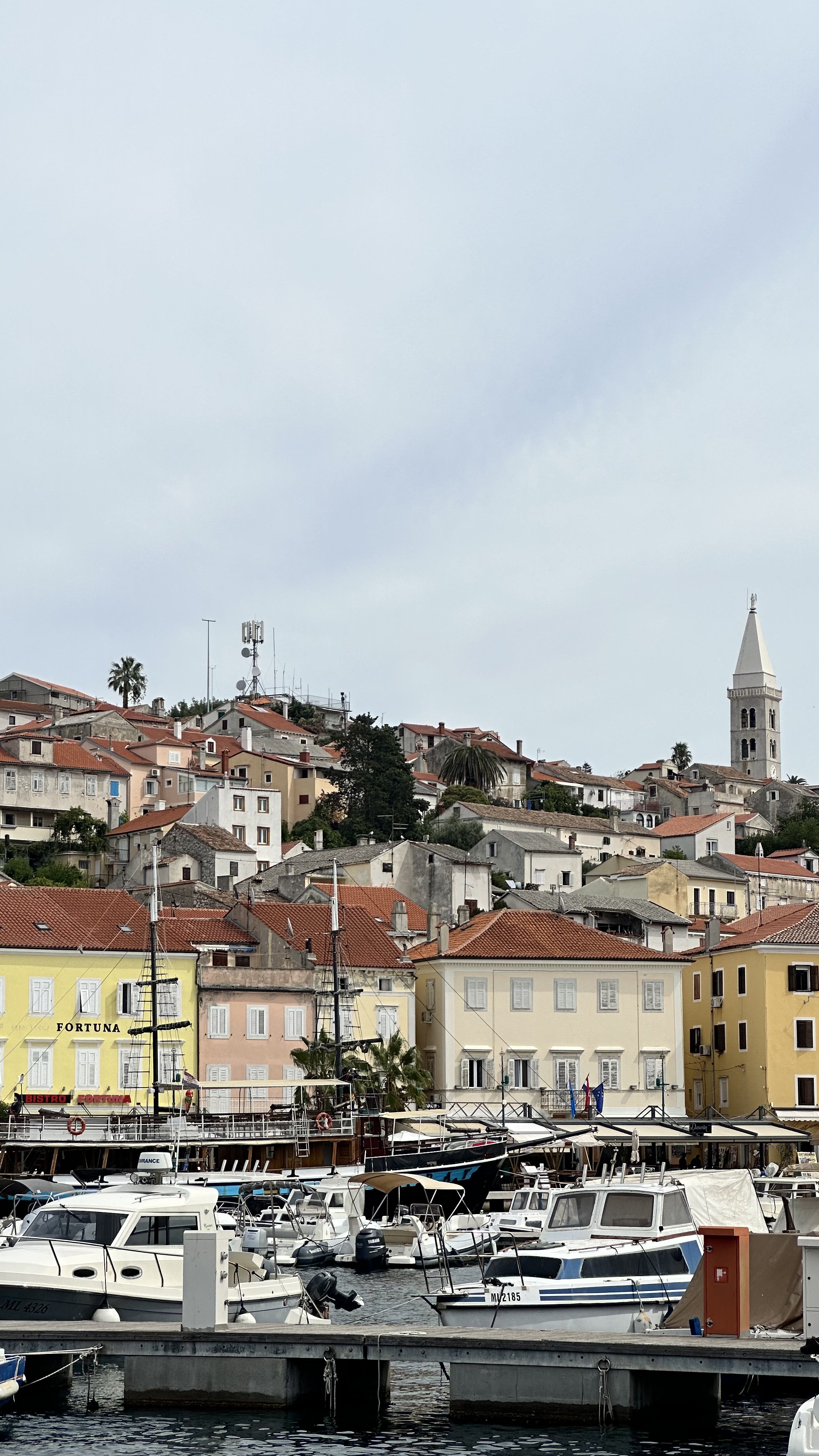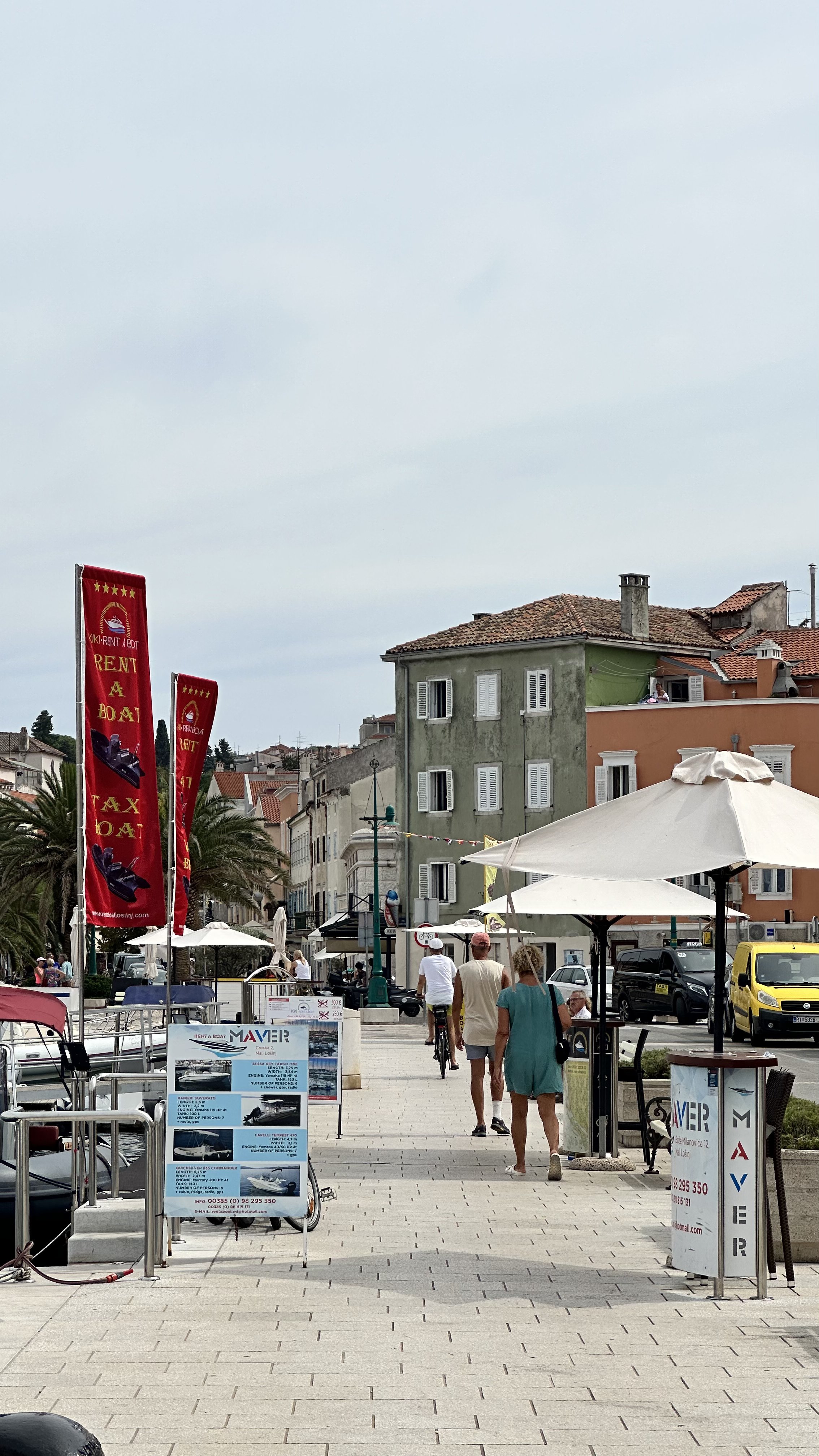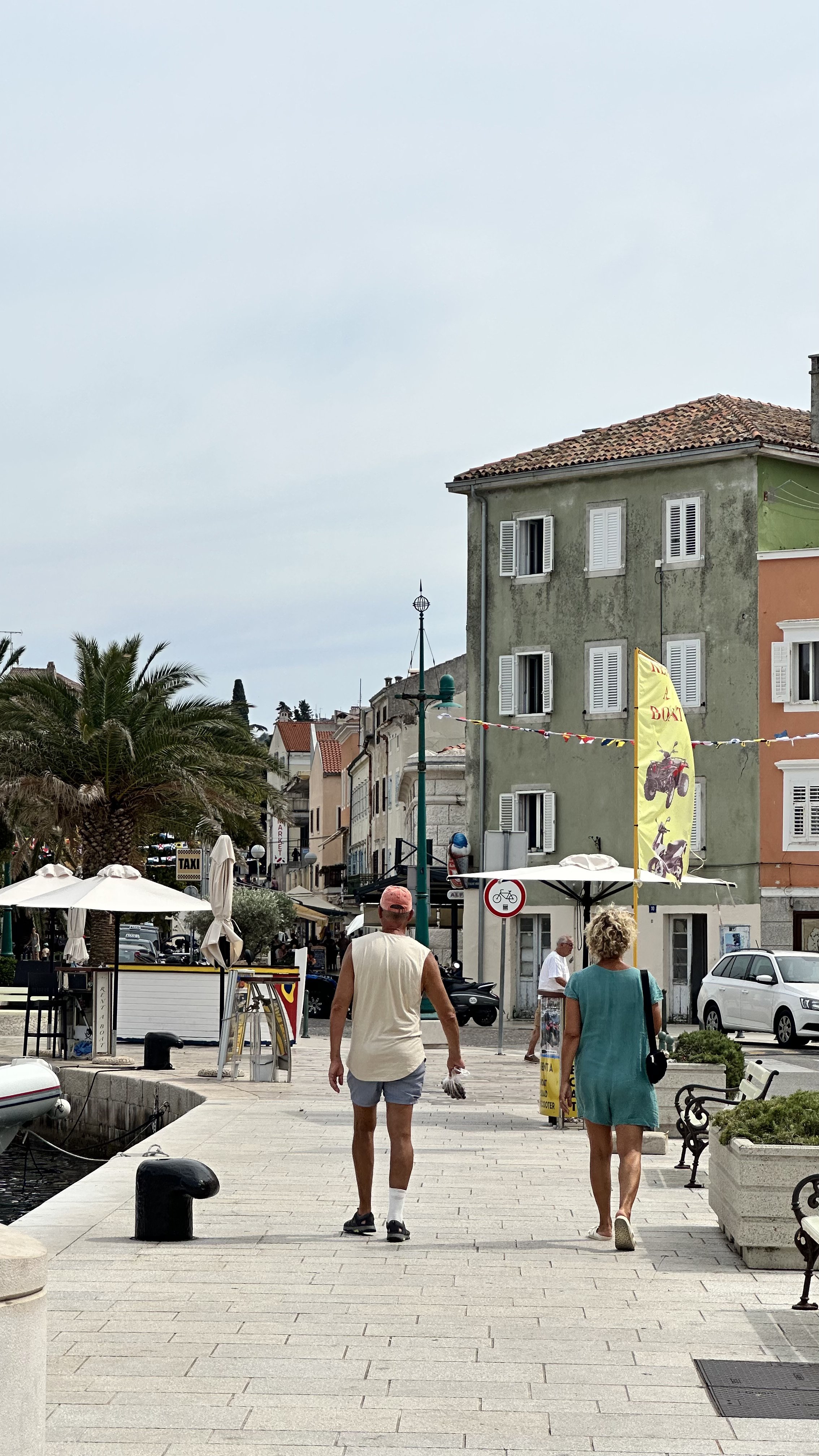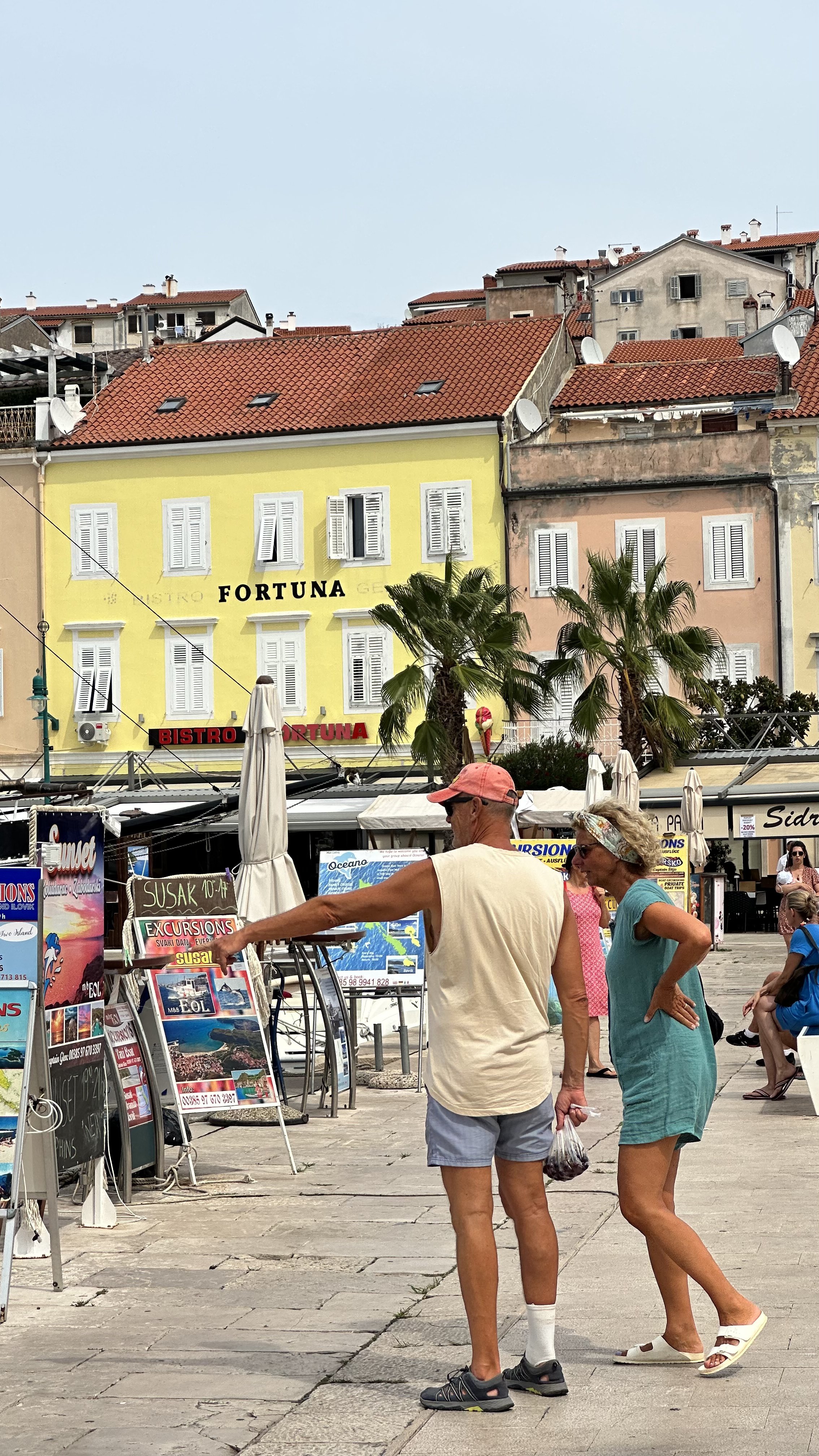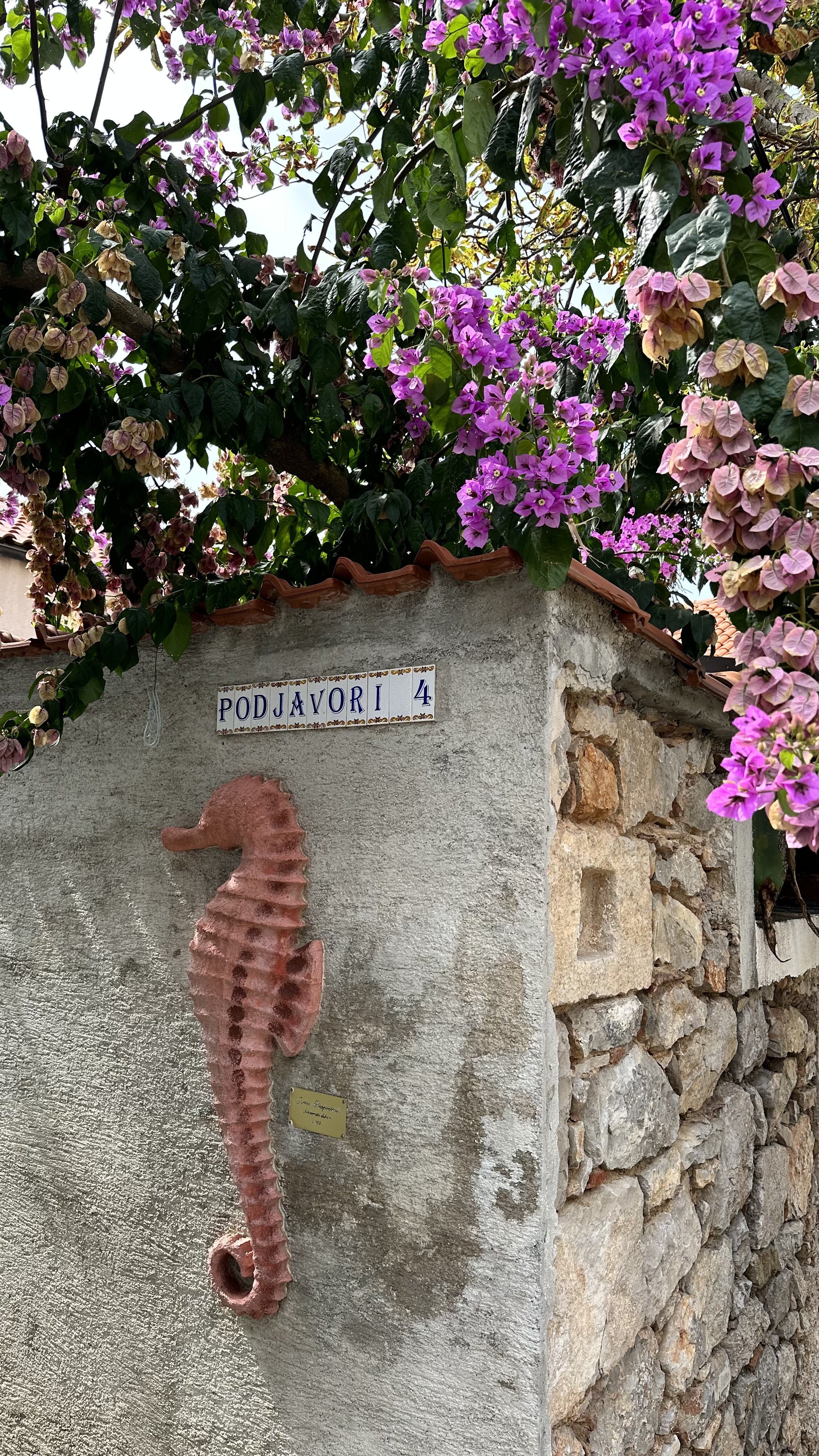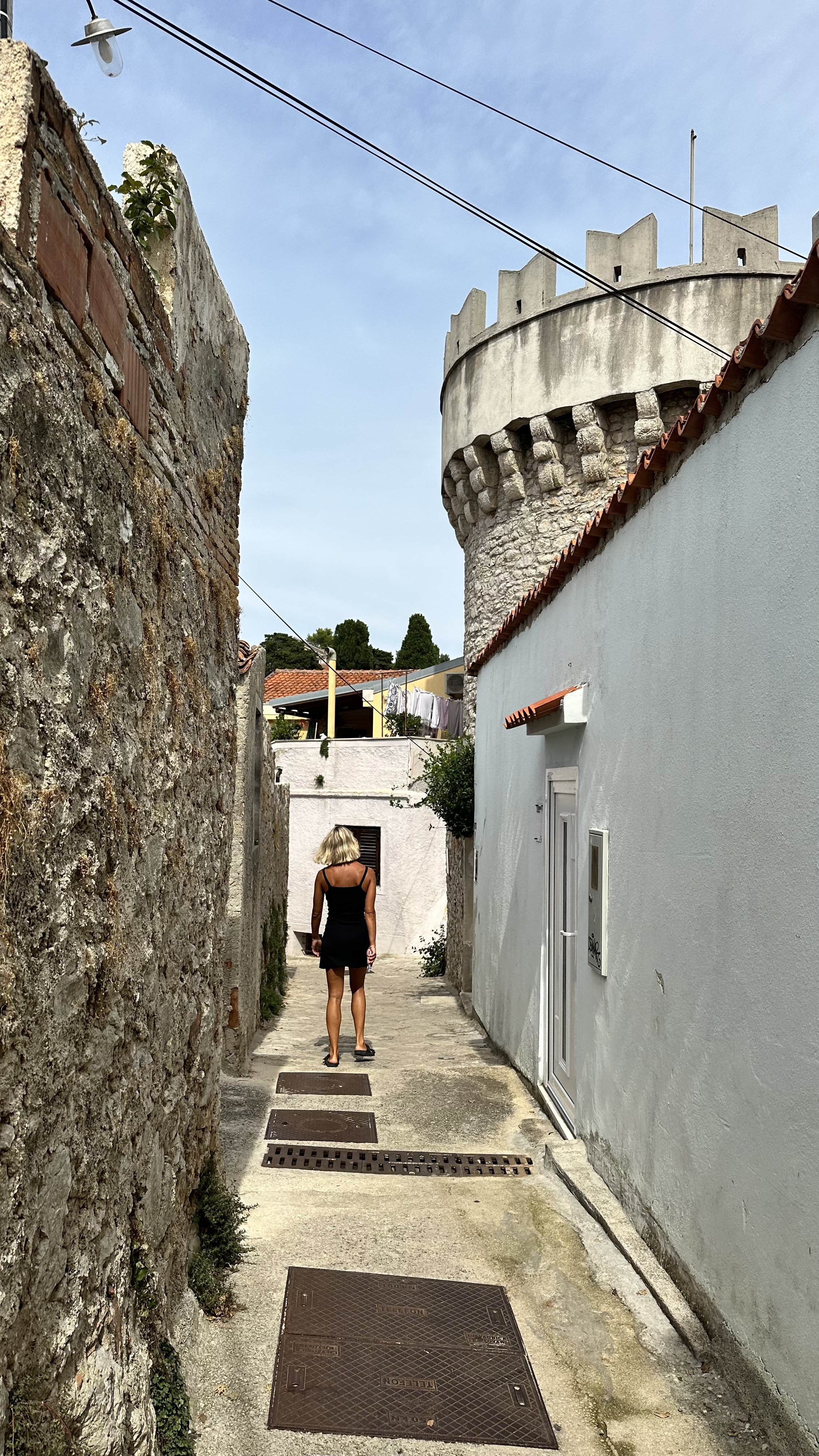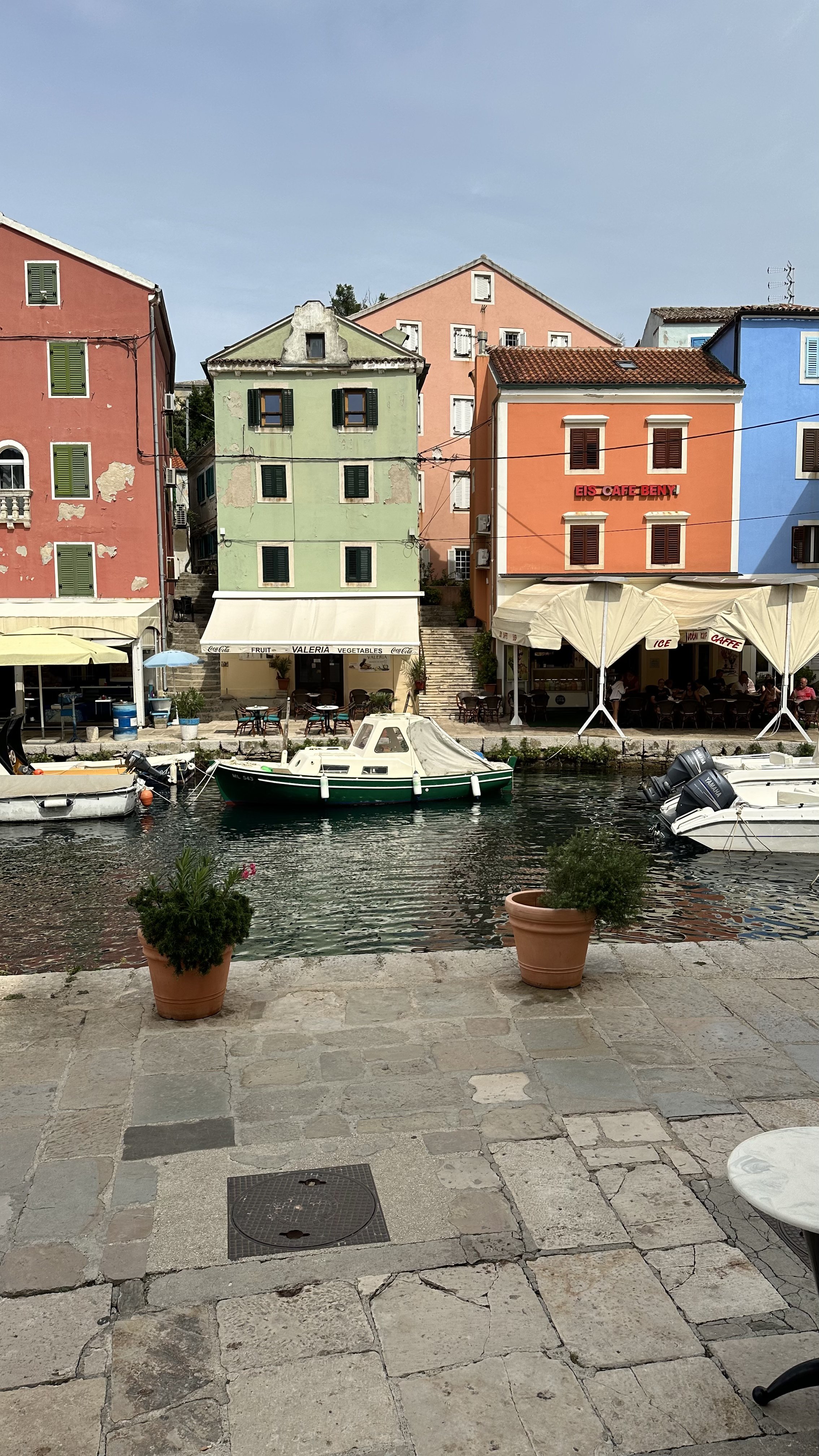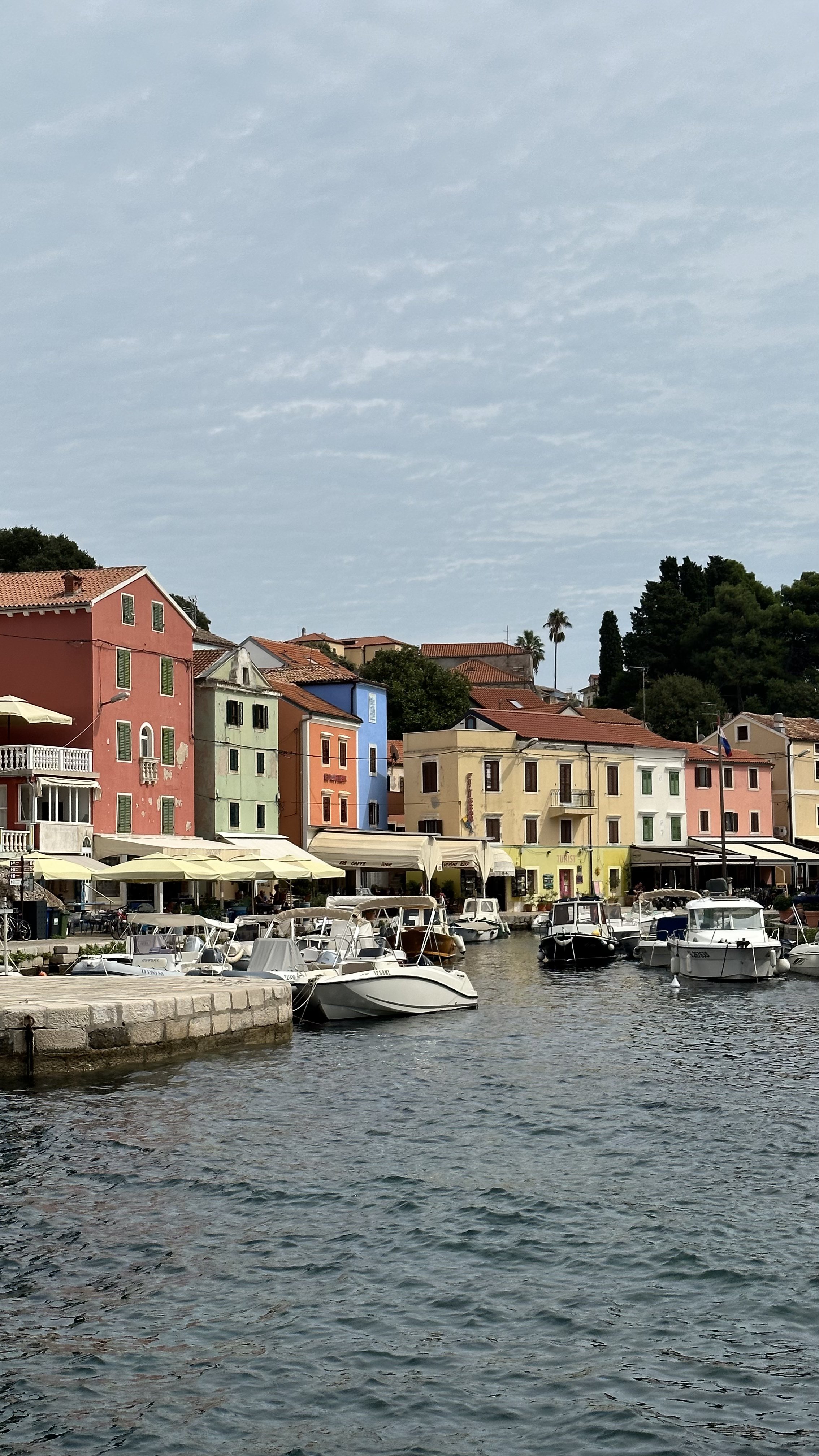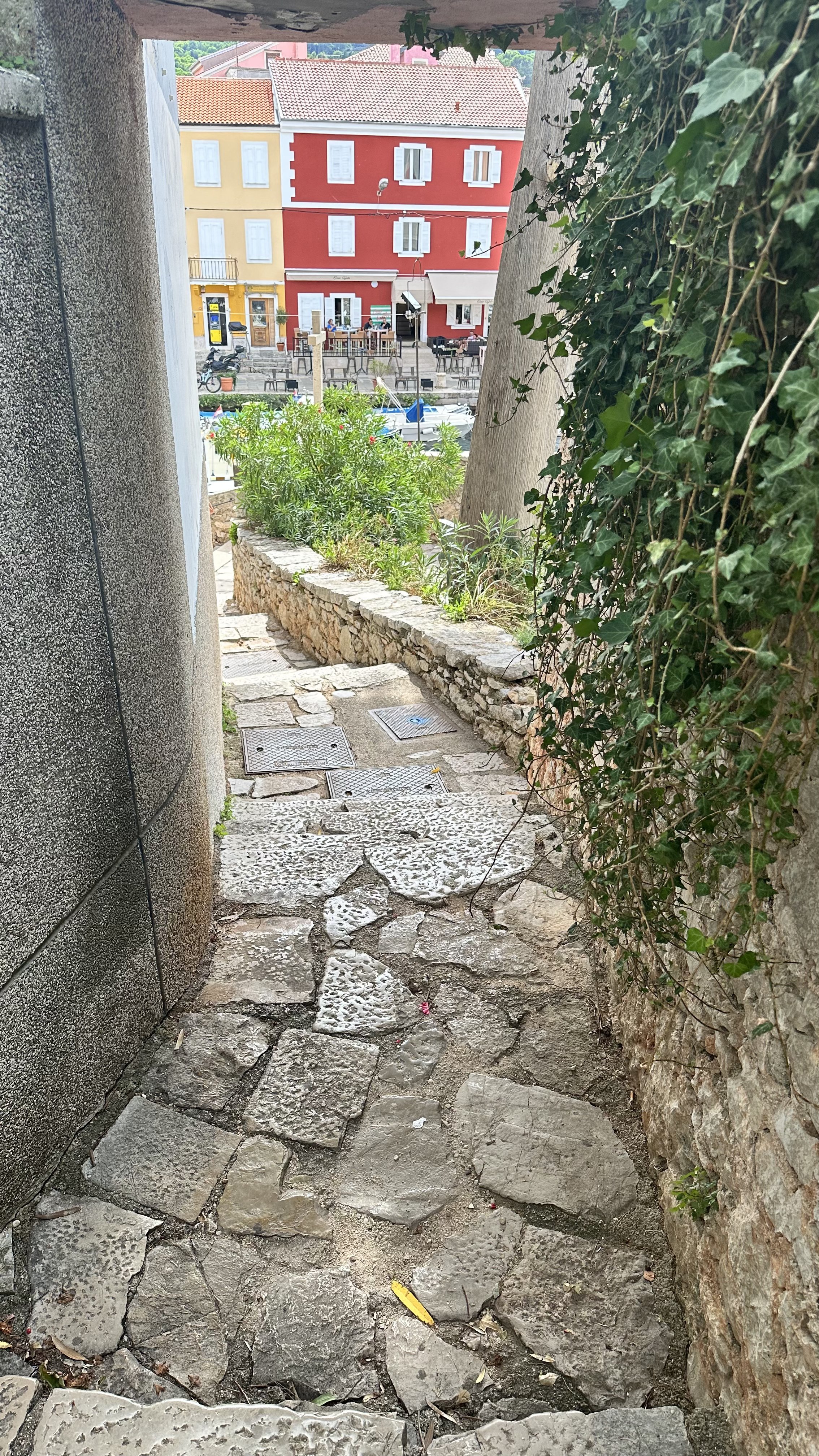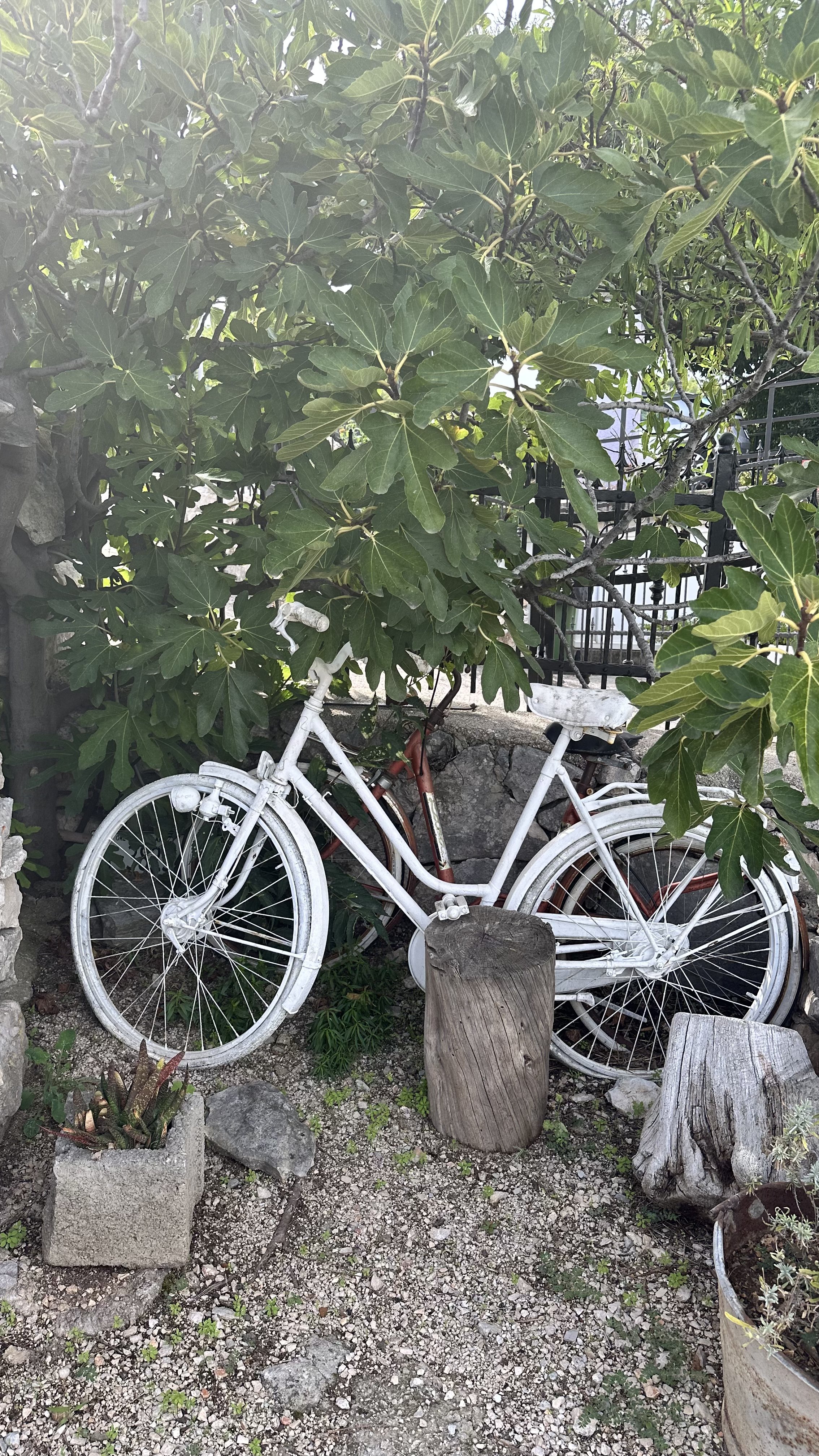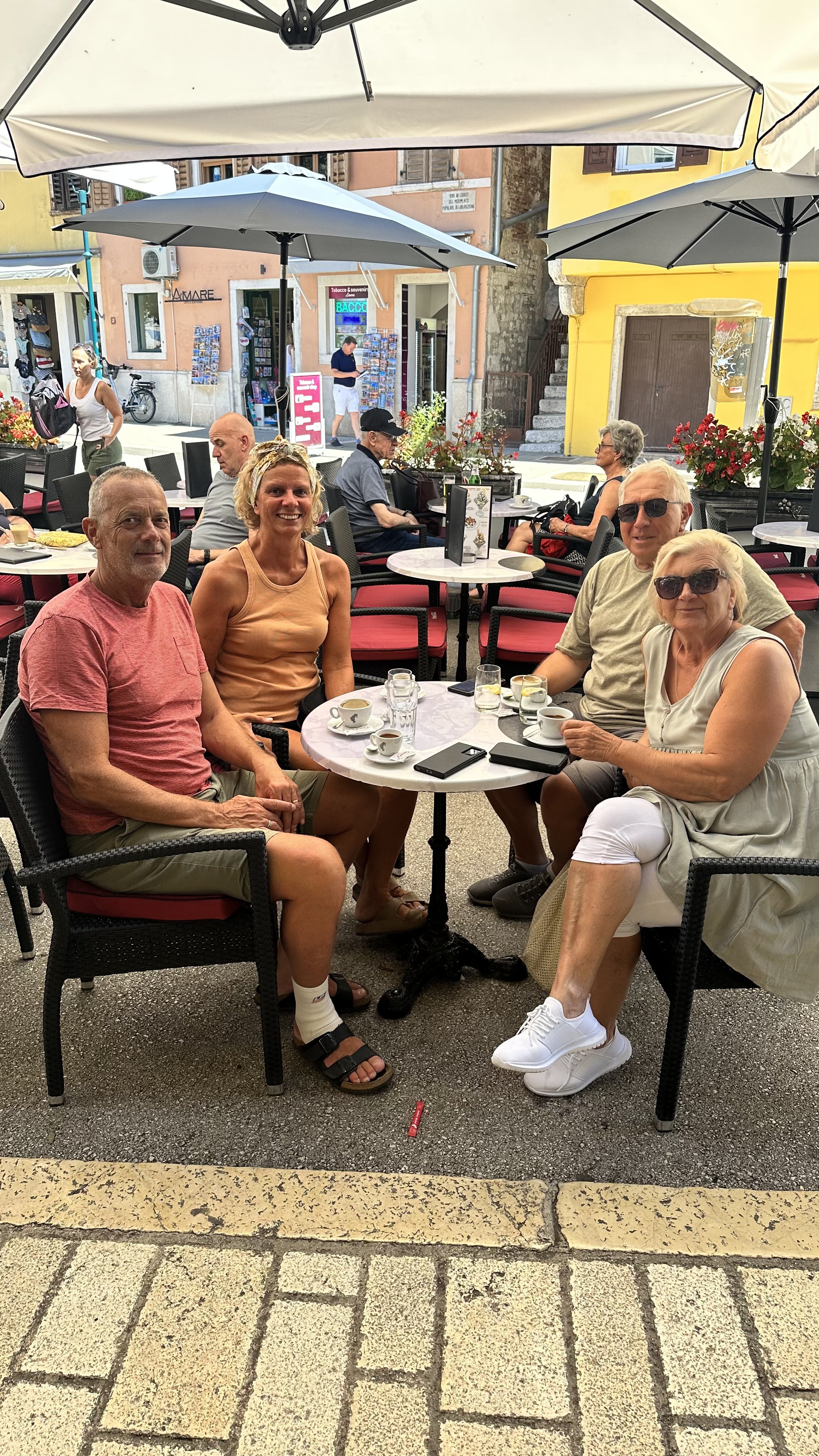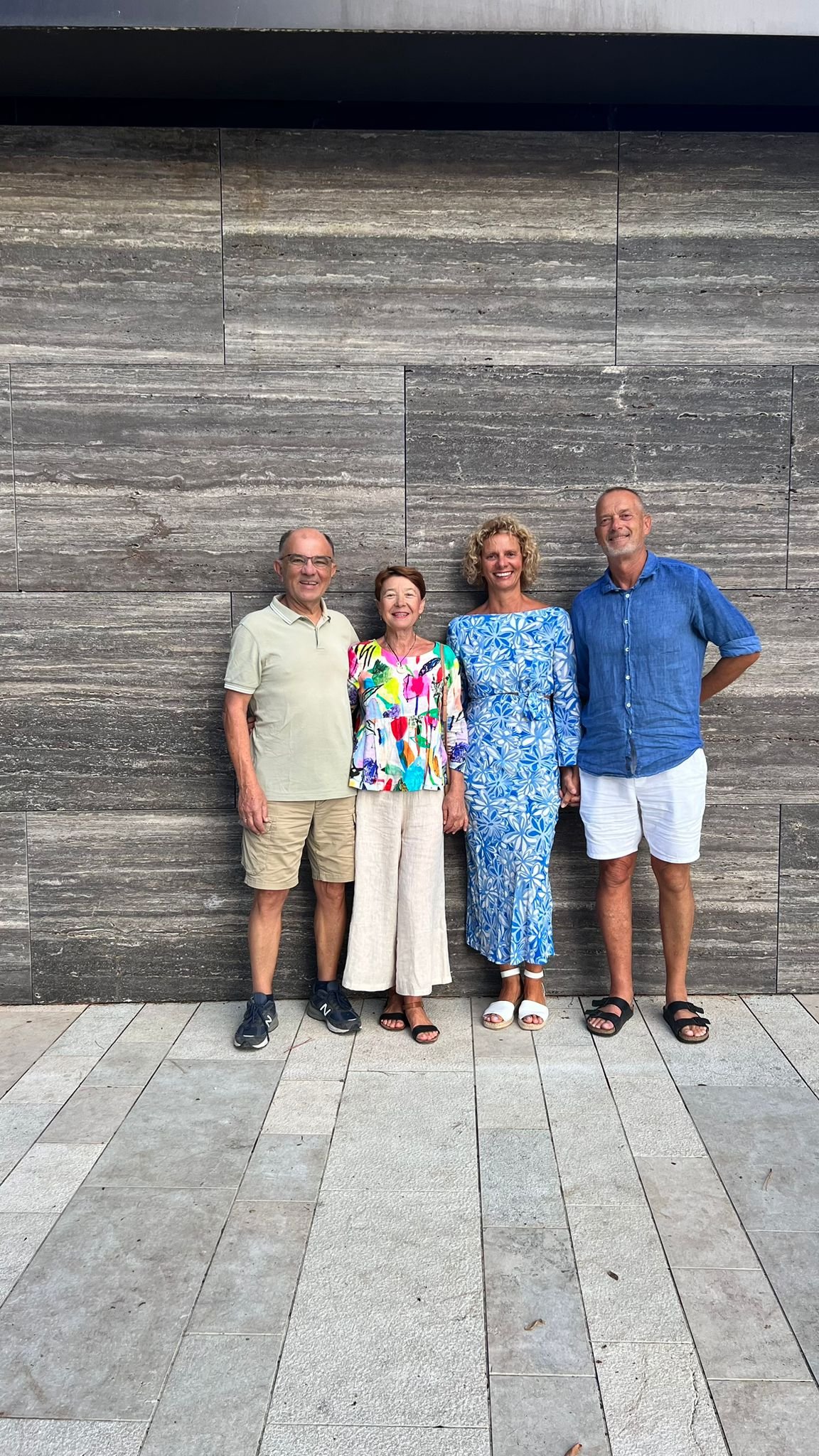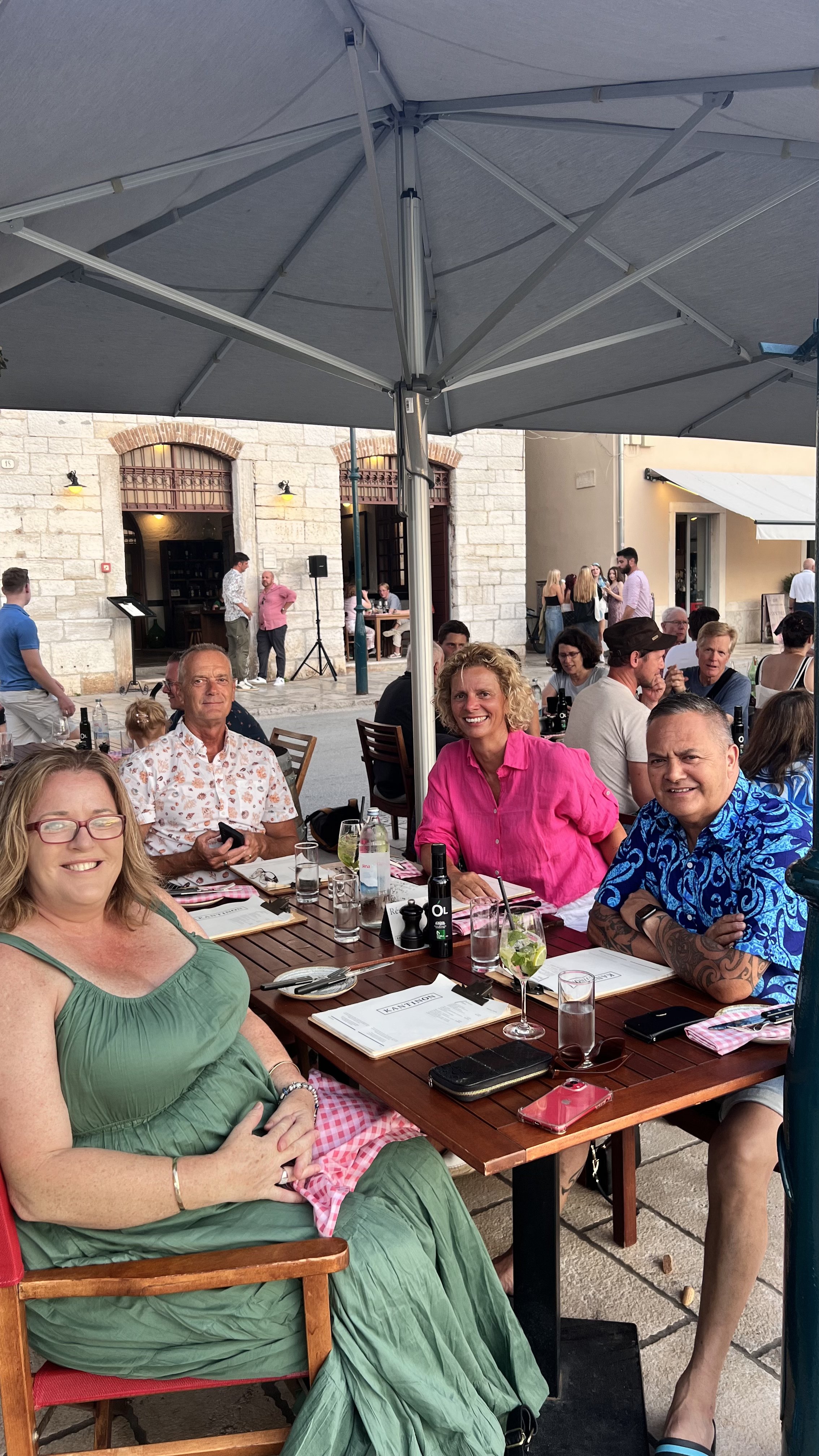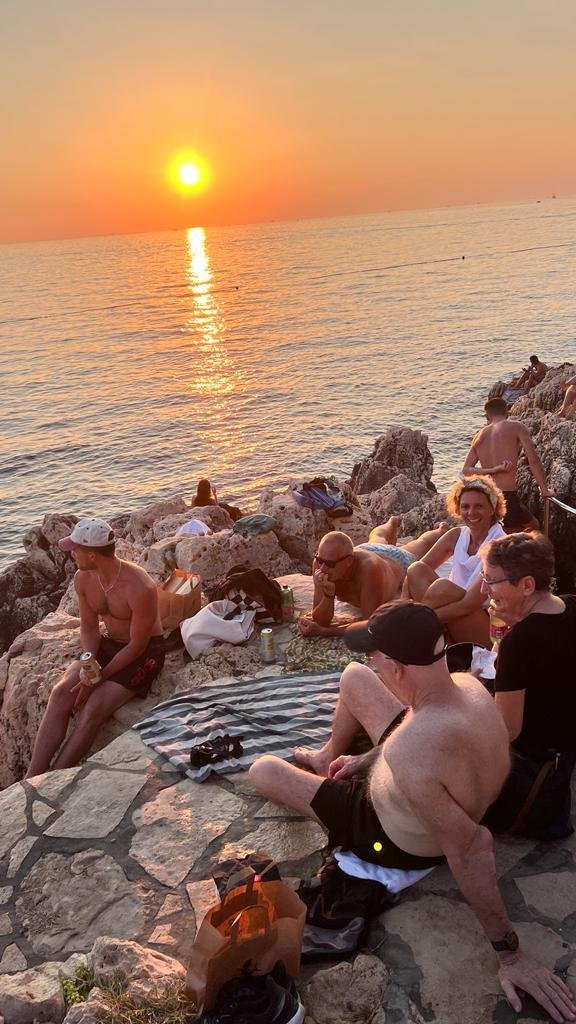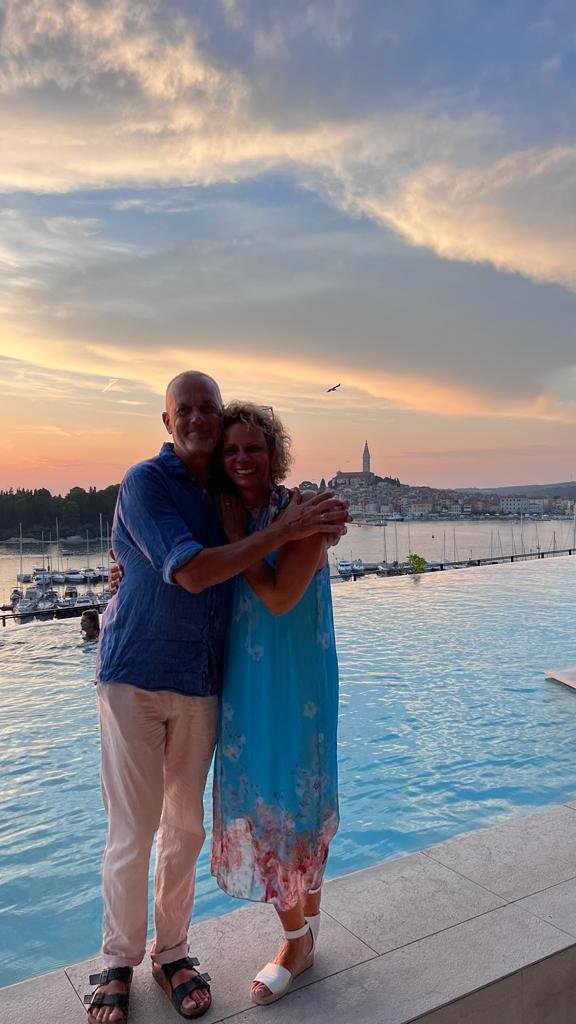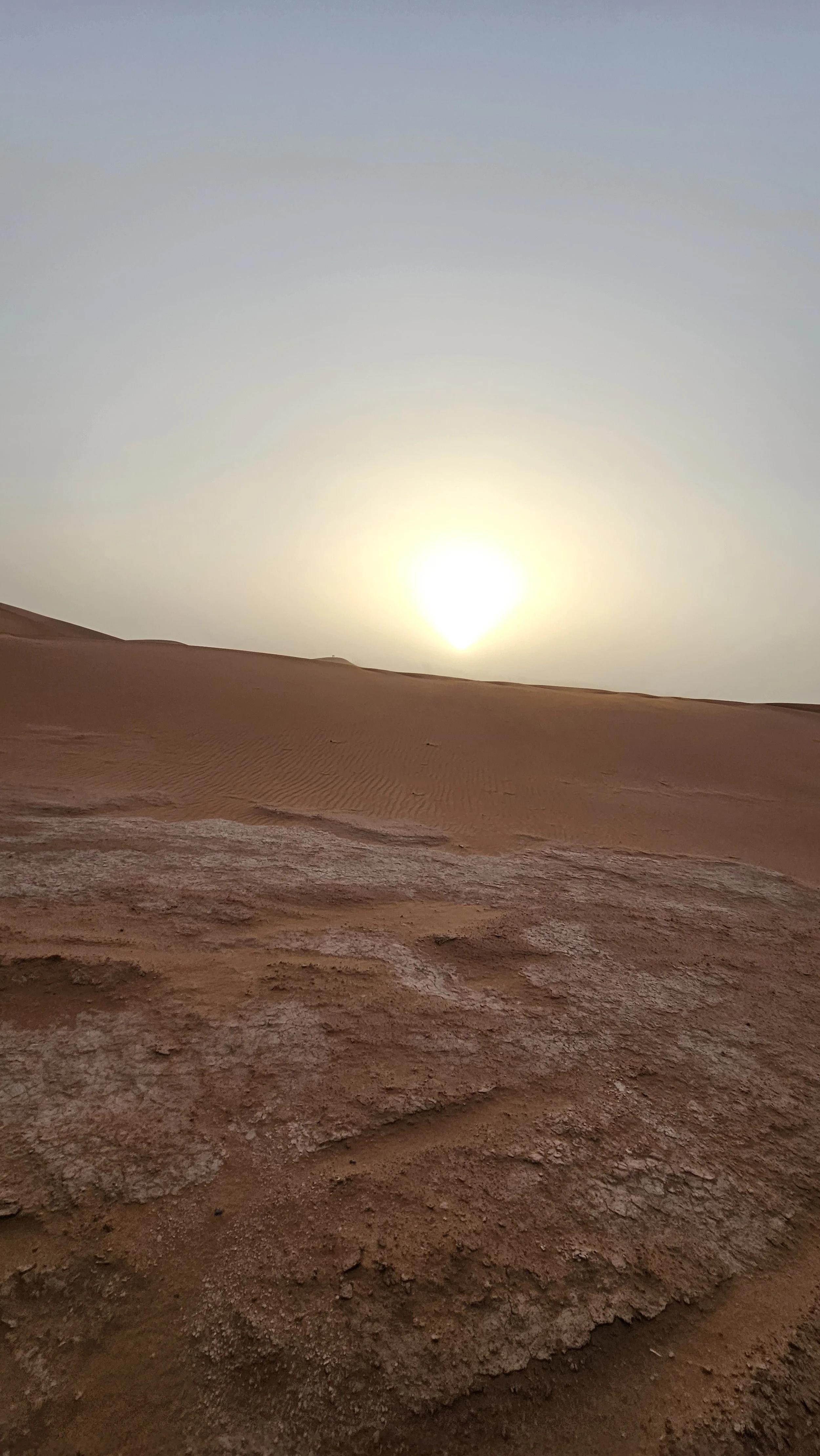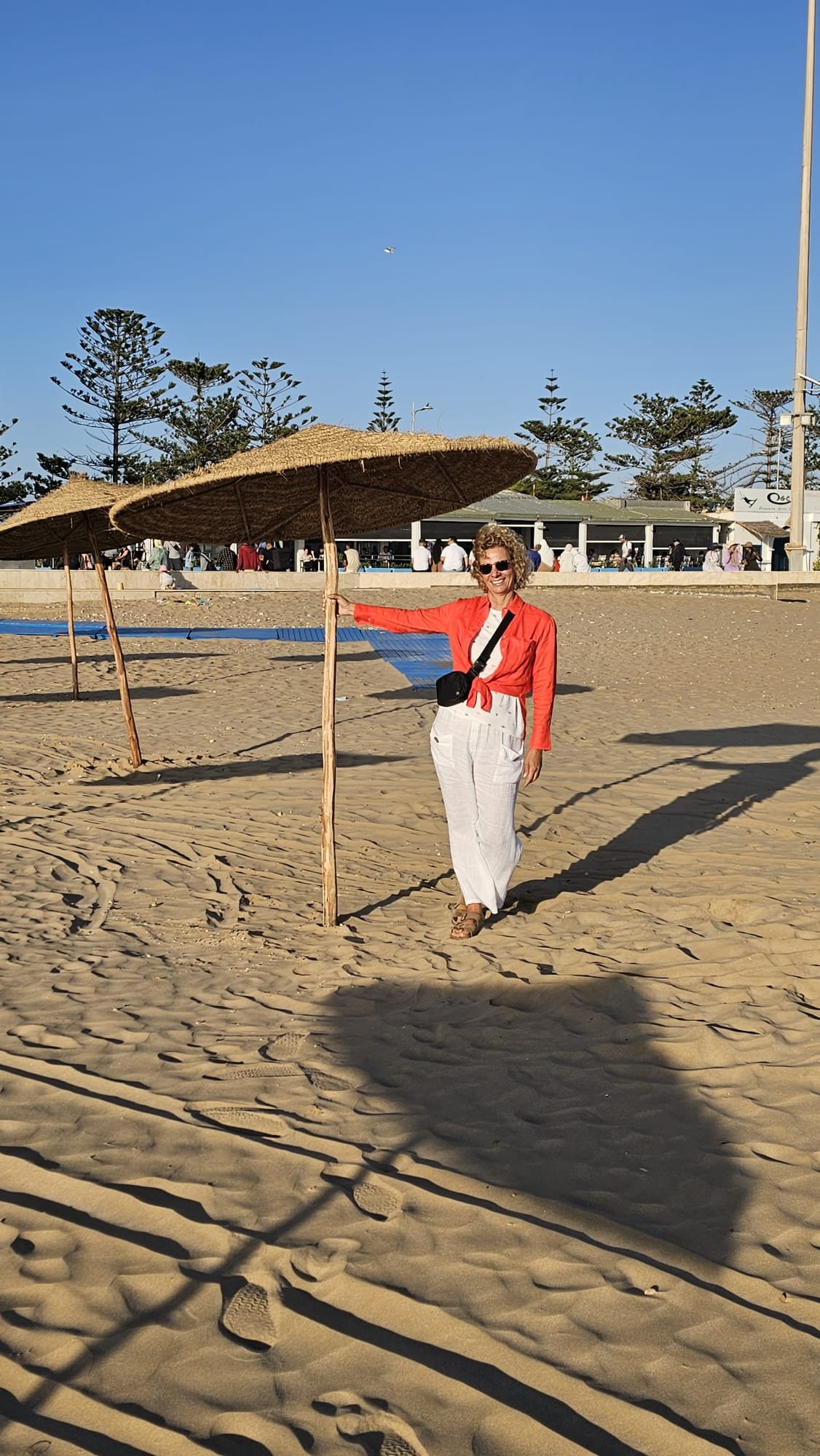Stumbled into London
Yep, London was never in our plans, the decision to go came about when our Kiwi friends visited us in Rovinj!
After the amazing adventures in Island we landed in Zagreb, the capital city of Croatia.
We picked up our car, went to a lovely dinner with Neb’s friend from the university days and drove next morning to Belgrade, the Capital city of Serbia.
We met our cousins who welcomed us with a home made goulash and Serbian delicious food we have been craving for; kajmak from the local markets and home made ajvar! Indulgence at its best! Thank you!
We left our bags at theirs, and flew to London the next day!
London was never in our plans, the decision to go came about when our Kiwi friends visited us in Rovinj! They have moved to London a few months ago, and invited us to come for a visit. Thanks to their generosity and kindness we decided to go and spend a week in a big city of London.
I guess many of you have been to London, but for us this was the first time ever!
For some reason London was never on our travel wish list. I don’t know why that is, perhaps it could be because I didn’t like my English teacher when I was a young girl!
My Mum paid for private lessons, but I was a very very naughty girl who skipped classes week after week. The lady teacher was old, strict, had a big stick and she was not pretty. I’d say I was afraid of her, but I don’t need to tell you what happened when Mum discovered my mischief!
Ever since, each time someone would mention Big Ben, Trafalgar Square and Hyde Park, a thought went through my mind - thanks but no thanks!
Well, when the opportunity presented itself, and with this beautiful proximity of European countries, we jumped on a plane in Belgrade and here we are.
Since we had little to no time to prepare or organise ourselves we landed at the Luton Airport and had no clue how/where to go next! Can you imagine me being so disorganised? It happened !!!
Free wifi and EU SIM card helped! Although I felt overwhelmed for a bit, we got onto the right bus and arrived at our friends place without much trouble.
The very first “aha” moment was - London transport is so simple to navigate through! Easy peasy!
If you ever need help navigating any large city while using the public transport check this app: Citymapper! It’s so good, we used it all the time and navigated our way through different parts of London like locals!
As soon as we arrived, our hosts were ready to take us to a special club for a dinner. Our host is the club member and omg 😱 this was something so special not many people get to see!
The club is called “The Home House” ! This place is GRAND, ECCENTRIC, and ICONIC! It is London’s most magnificent private members’ club, fusing 18th century splendour with 21st century style. Established in the 18th century, Home House was designed by George III’s architect, James Wyatt, who was commissioned to build a sophisticated palace purely for enjoyment and entertainment.
Today, Home House hosts a community of eccentric characters and individuals spread across three exquisite Georgian townhouses, offering an exceptional range of facilities including restaurants, bars, a boutique gym and health spa, elegant bedrooms, opulent private dining rooms, a beautiful courtyard garden and an unrivalled members events calendar. Home House is an inspiring space where people can connect, relax and be their best selves, building communities that inspire individuality.
We went on a tour around the club, omg, if these walls could talk…
After a lovely dinner, amazing service and intriguing walk around the place it was time to get some sleep before we hit the streets of London.
The next morning we went straight to the Abbey Street crossing, the iconic Beatles recording studio.
When John, Paul, George and Ringo walked across a zebra crossing in Abbey Road, St. John's Wood at 11.35am on August 8th 1969, they created one of the most iconic album covers in history.
And did we try to cross the road at the same place, stopping the traffic? Of course we did, we had to! Check the photo albums! 🤗
We wondered the streets in the Westminster suburb of London, from Bakers Street, to Bond street full of branded posh shops, to Ritz hotel and Green Park till we arrived to the Buckingham Palace and the Piccadilly Square. So many people, it’s crowded here and they say this is nothing compared to the summer time!
We carried on exploring the Parliament Square area where the Parliament Building is, famous Churchill Rooms underground that looked as if Churchill and his team had just left the meeting, to Big Ben, Westminster Abbey, and finally reaching the London Eye.
The London Eye is the largest observation wheel in the world, built in 1999 on the south bank of the river Thames in London. Standing 135 metres high, it gives a panoramic view of London up to 25 kilometres in all directions. Apparently you can get married in the Eye at the very top and from there everything goes downhill 😂!
We went up and enjoyed it, the views are stunning!
Within the proximity of the Eye is the biggest aquarium in Europe situated in the County Hall.
We walked over 25,000 steps and soaked in the history, buildings, architecture. After the quiet Iceland nature, the noise and busyness of London made me feel dizzy! A couple of days later it became a new norm and I felt fine.
The next day we went with our friends to the Thames river cruise all the way to Greenwich to see the meridian line 0, to experience the cruise and see the local markets. We loved this trip, so informative, entertaining and we had a sunny day again! So far we’ve had one rainy evening! Apparently very unusual for London and this time of the year, so so lucky!
Fun fact: Wharf stands for a warehouse at river front, I didn’t know that!
We had a lovely lunch in a typical British pub, and Greenwich village reminded us of Devonport village.
The next day we went from the City of Westminster to the City of London to visit the Tower of London and the London Bridge.
I loved the Tower of London, my favourite spot. Again, a sunny day made it perfect for us, although the temperatures have dropped to 4 degrees. We wore warmer clothes here than in Iceland, winter is definitely coming!
We’ve learnt pretty quickly you need to allow an hour for transport one way wherever you go, minimum! And you need to plan your stay in advance to maximise your time here. This city is HUGE!
What else did we visit?
In the morning we continued wondering the streets of London.
After seeing Westminster Abbey we went to see St Paul’s Cathedral. I didn’t like Westminster Abbey as much, it felt like we were walking through an internal graveyard, the coronations information was interesting, still there was no spiritual feeling for me. St Paul’s cathedral was a different story.
Since we had a great weather we left museums and galleries for another time and enjoyed the outdoors. We’ve walked through the Hyde Park and loved it. So many people enjoying the park, dancing on roller skates entertaining people walking by, so many families, couples, friends sitting on the grass and having picnics. Londoners know how to enjoy a sunny day that’s for sure!
We went to Borough market, huge! So many different stalls from food to clothing to antiques etc, anything and everything!
We finished our trip with a visit to The Great London Fire Monument nearby the Paddington Road. I had to see it, it’s the birth place of the insurance industry.
The Great Fire of London was a major fire that swept through central London. The fire started in a bakery in Pudding Lane shortly after midnight on Sunday 2 September 1666 and spread rapidly over a few days gutting the medieval City of London inside the old Roman city wall.
The resulting fire was devastating. It consumed an estimated 13,200 houses, St Paul’s Cathedral, 87 parish churches, Guildhall, and The Royal Exchange. In addition to the many thousands who died in the fire, others caught fatal diseases that were rampant in the overcrowded temporary housing that had to be built or perished during the bitter cold of an especially harsh winter just a few months later.
At a time when London’s income as a city was £12,000, the fire itself is estimated to have caused £10 million of damage – about £1.5 billion in today’s money.
Creation of fire insurance
In the aftermath of the Great Fire, London needed to be completely rebuilt – clearly, a mammoth undertaking.
Initially, funds for that reconstruction were gathered through charitable donations collected by parishes in and around the capital. Inevitably, however – then as now – donation fatigue began to set in. Despite contributions from churches all over the country only an estimated 0.13% of the projected rebuilding costs were collected in this way.
But there is nothing quite like a devasting tragedy to focus the mind on preventing fires from causing such damage in the first place.
In the year immediately following the Great Fire, a doctor, businessman, and Member of Parliament, Nicholas Barbon, set up the world’s very first insurance company. Known as the “Fire Office” the principal aim of the enterprise was to employ its own private fire brigade to put out the fires in any of the buildings which the company insured.
Reacting to the obvious demand, other insurance companies followed – with names like the Hand-in-Hand and the Friendly Society. Despite the names, though, these companies were not set up for the protection of the public but rather as employers of the fire brigades that would put out fires of insured buildings.
If a fire broke out, all the insurance company-owned fire brigades would rush to the scene to find out whether the fire was in a building insured by their company – and if it wasn’t, they’d simply go home or stand around and watch. (This later changed and Insurance companies often had reciprocal arrangements with each other, so that if a fire brigade extinguished a fire at a house insured by another company then the brigade’s company would be reimbursed).
By 1690 one in ten of the houses in the capital was insured. The idea of fixing a “fire mark” to identify an insured building also gained ground. The company most actively involved in the issue of fire marks was the Sun Fire Office – by the year 1720, it has issued more than 17,000 insurance policies with a combined value of some £10 million. The Sun Fire Office was later to become Royal Sun Alliance and today is known as RSA Insurance Group. And the rest is history!
I am sure you get why I was so keen to see this place! 😉👍.
A few fun facts:
Over 300 languages are spoken in London making it the most linguistically diverse city in the world. The top five non-English languages reportedly spoken are Polish, Turkish, Bengali, French, and Punjabi.
London was once the capital of 6 countries at the same time. In World War II, London served as the governing capital for other European countries which were conquered by Germany. The leaders of Norway, Poland, Belgium, France, and The Netherlands stayed in London between 1939 and 1945.
The world’s oldest underground rail network is in London. The first public transportation system to use steam engines was the London Tube. On January 10, 1863, the Metropolitan line's first segment from Paddington to Farringdon opened. Five years later, a second underground line went into operation. Metropolitan number 23 is the oldest surviving steam locomotive and it is on display at the London Transport Museum.
Big Ben isn't really called Big Ben.
Sorry to burst your bubble, but that iconic London tower we’ve been calling Big Ben isn’t really called Big Ben. Actually, the clock in the Tower is the one that is called “Big Ben.” In honor of the Queen's diamond jubilee, the famed Tower's name was changed from Clock Tower to Elizabeth Tower in 2012.
That’s us! Unexpected, unplanned and spontaneous trip to London was pretty cool. We are grateful to our Kiwi friends who hosted us and ensured we were looked after.
We flew back to Belgrade, and now you need to wait a bit to see what comes next! Not sure if we know it ourselves or not 😉
How could you be in London and not attend an evening show?
We picked two, Abba Voyage and Tina Turner musical.
Abba Voyage
The grandiose show took place at the purpose-built ABBA Arena in Stratford, East London. The arena is moveable and it can be packed up and moved. The costs for the purpose-built venue and the technology that delivers the avatar-driven concerts cost around $175m. The first show opened in May 2022. In 15 months, the show has generated more than $150 million in sales and sold more than 1.5 million tickets.
The venue is full every night and, with an average ticket price of about £85 ($105), the show is making more than $2 million a week.
The show won’t be in London forever, though: after December 2023, the ABBA-tars will hit the road with their 10-piece live band on a world tour that will last until 2026.
The producers are now in talks to take ABBA Voyage to other places including Las Vegas, New York, Singapore and Sydney.
Additionally, the band recorded more songs than are currently in the set list, and that the ILM wizards have enough on ABBA to animate any additional songs they choose. All of this makes the idea of repeat viewings quite appealing for some hard ABBA fans.
So how was it, you may ask?
This was definitely something different! We’ve seen many things we’ve never seen before. The feeling of being inside the arena was unique, it was very immersive. It’s a piece of theatre, a piece of performance, a concert like no other. When you enter the arena, a wintry forest fills the screen, setting a bucolic and yes, Swedish tone. Any type of recording devices are strictly prohibited from this point forward with violators informed they could be ejected from the theater. Extra points go to the audience members who dressed up in their best spangly or boa-centric outfits or the groups of friends who you could tell were forming unforgettable memories with this experience.
Then the lights went down and there they were. I won’t spoil the set list—a wonderful combination of the hits and some surprising deep cuts—but I will share how it felt to be there.
They did not look like holograms. These ABBA-tars, as they’ve been dubbed, cast shadows on the stage. Their sequins shimmered brightly and when they sang and moved, you felt that they were truly three-dimensional and very much in the room with you. Only when the screen would display close-ups, as one sees at most arena shows, could you detect a bit of that uncanny valley sensation, but those were merely fleeting moments. Because they recorded themselves, you feel the heart and emotion in these performances. Sure, they could look a bit dead-eyed or have jerky movements here and there, but haven’t we all?
To sell that live feeling, each ABBA member gets a chance to speak to the audience, sometimes hilariously and sometimes movingly. The talented backing band get the occasional projected close-ups as well, further convincing you that everything is happening in real time.
I am unsure if I actually liked it or not. It’s indisputable this is a technical show at its utmost best! My brain can’t explain how they’ve done the holographic show where ABBA-tars look so realistic, but they did it!
A few thoughts from my perspective:
I don’t think I felt deep emotional connection, my brain was a bit confused! You are going to laugh, but I didn’t even notice there was a live band in a corner until the third song, and then I wondered what was it that my eyes were looking at? A live band and supporting vocals or another holographic magic?
Looking at the crowd around us, there were people like us, looking amazed at all technical things enjoying the music, while others were completely emotionally connected as if it was 1979. People danced, swayed, hugged and some cried. We were at the Abba live show?!
I wondered why ABBA did it? If it was to leave a legacy behind, then for me their music is their biggest legacy. If it was to create the band immortality and attract new generations to their music, then I can understand it.
If it was about pushing tech boundaries and being the first in the entertainment market with something so unique that required them to gather and perform once again, then hats down!
In short, it was a very interesting experience that showcased what’s possible today, and finally see ABBA “live”, or more accurately, we saw them at their absolute best. I don’t think this is the last we’ve seen of this type of show, let’s see who is next…
Tina Turner musical at Aldwych Theatre
Wow that was totally amazing experience and I am 100% certain I loved it! London crew was phenomenal, music as always great and the story heartwarming and heartbreaking all at once, with a seal of authenticity approval by no one other then Tina Turner herself! If you ever have the opportunity to watch this musical I’d say buy the best tickets and enjoy!
London Photo Album
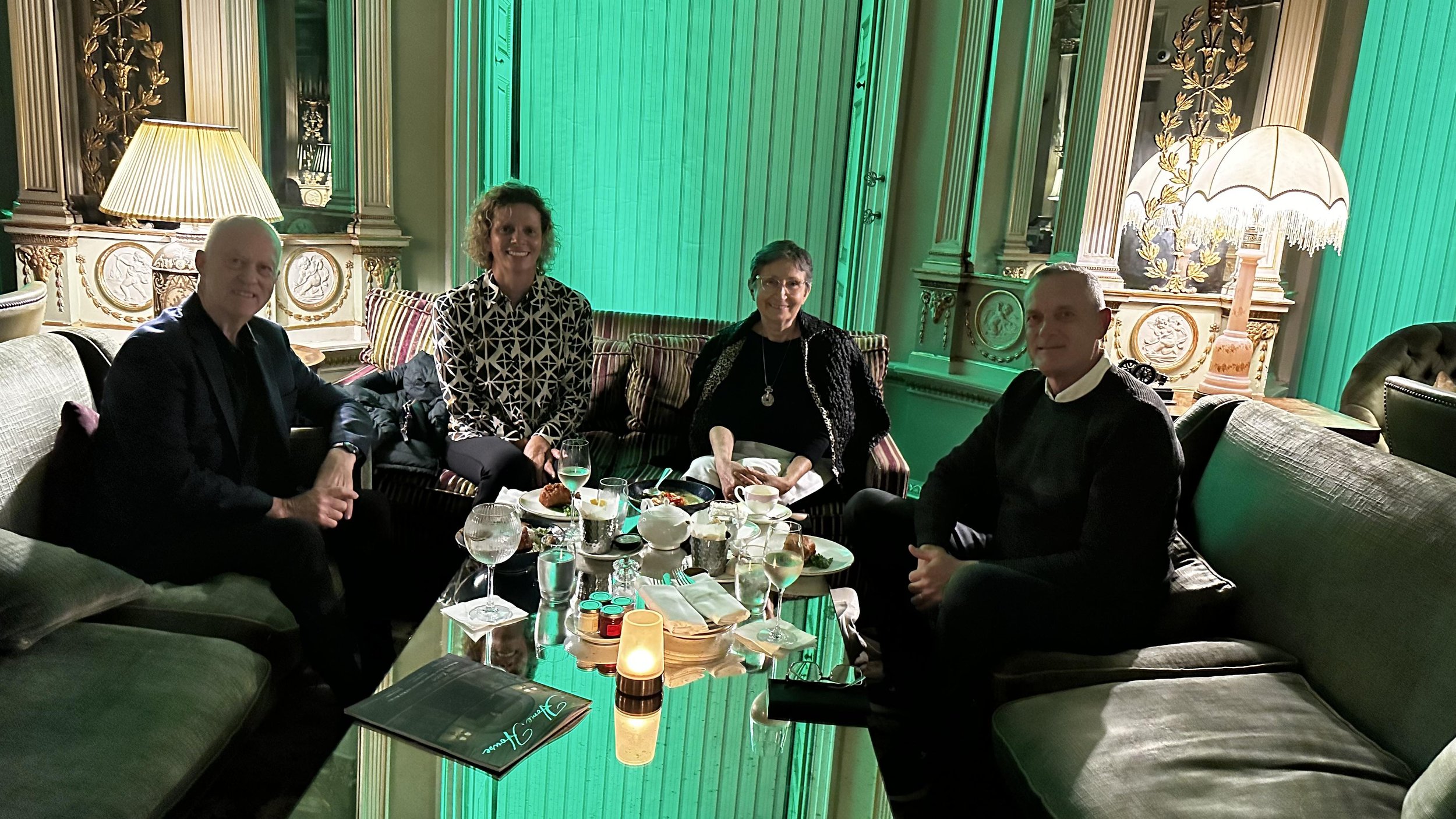
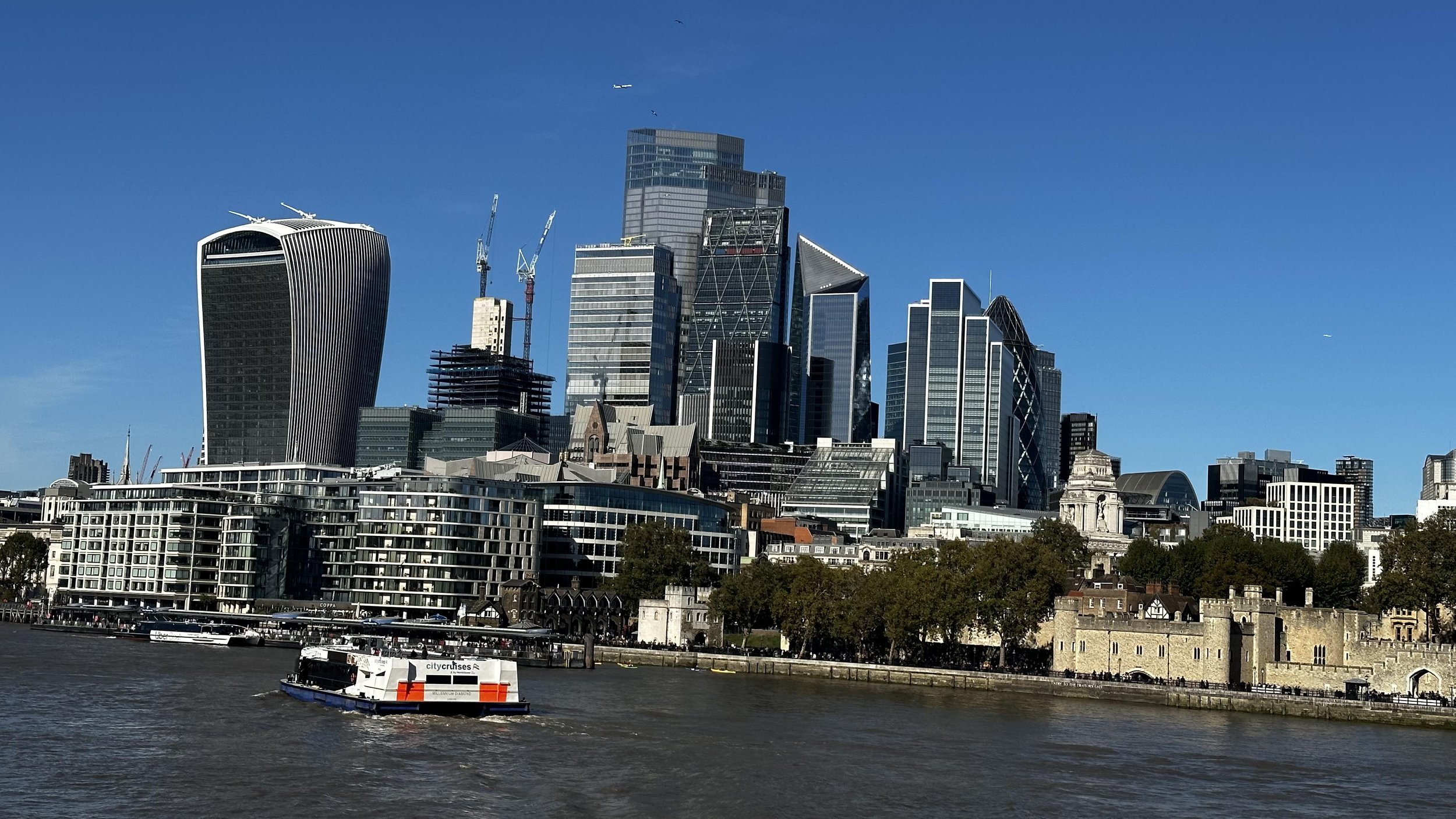

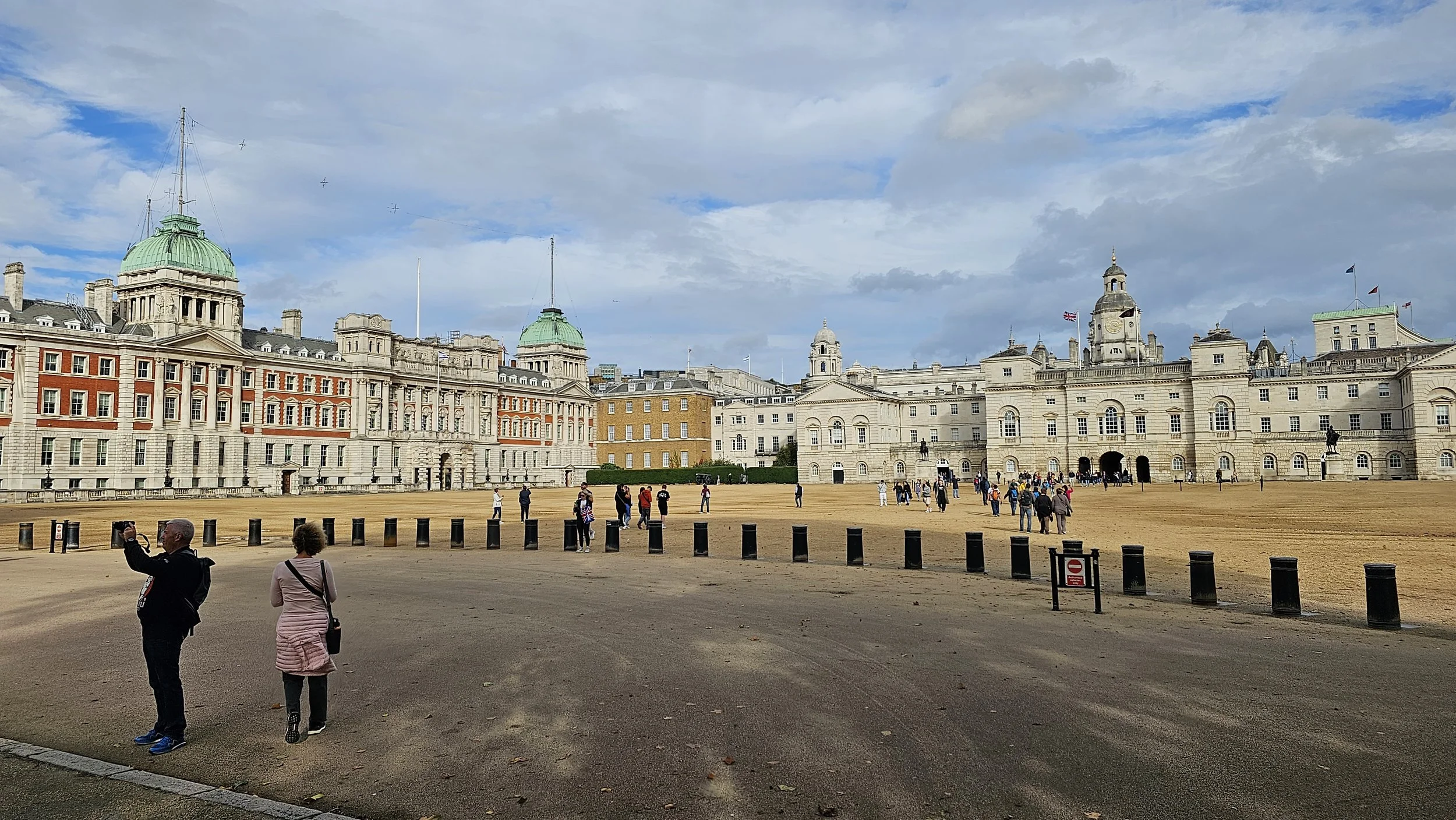














ABBA Voyage Photo Album












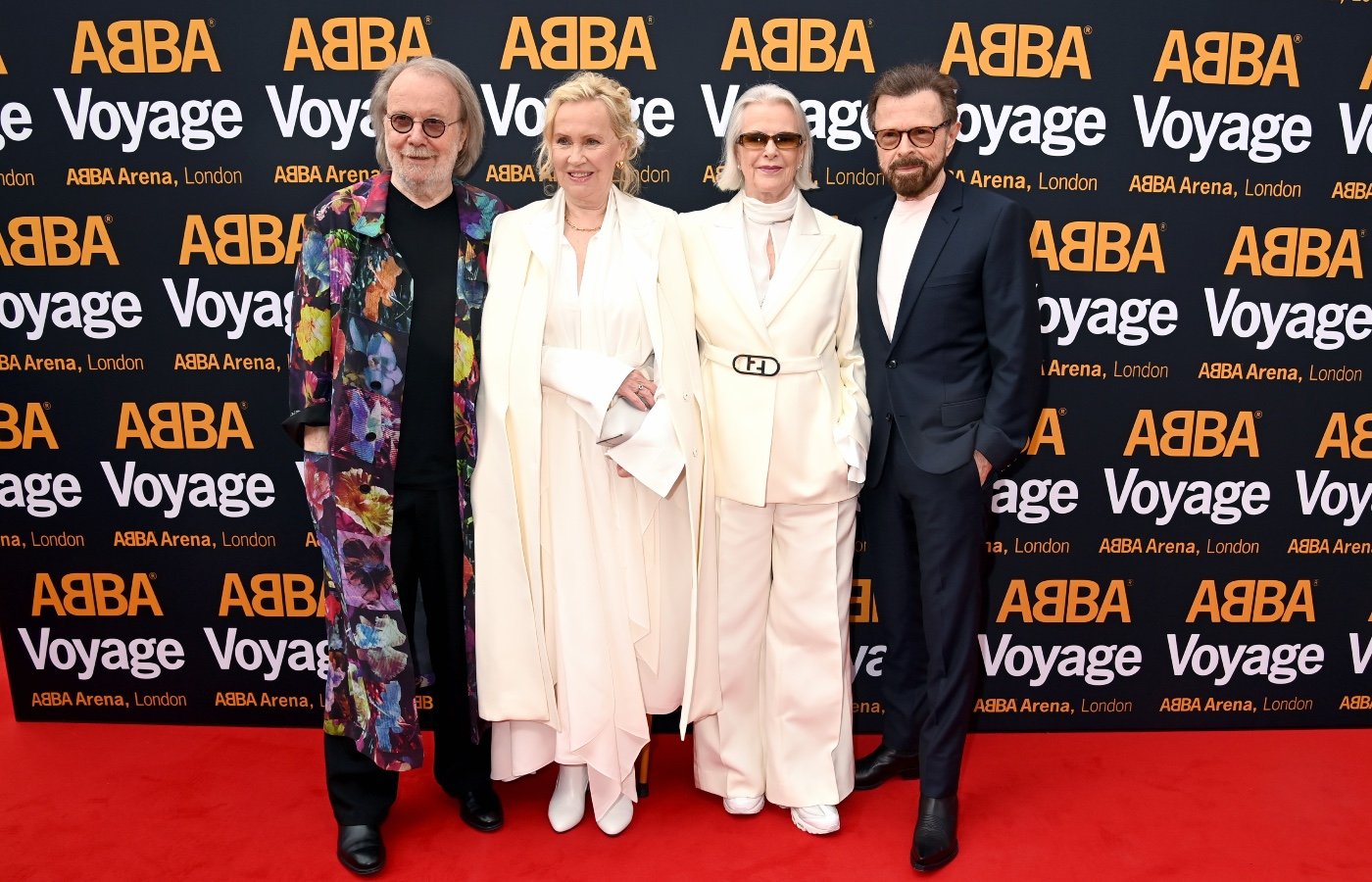
TINA Musical
Farðu sæl og blessuð / Go happy and blessed!
We have learnt that Iceland is widely known as ‘The Land of Fire and Ice’ and the extreme contrasts in Icelandic nature are definitely having a huge contribution to that nick name.
The Icelandic landscape is characterised by a huge number of waterfalls, geysers, volcanoes, black sand beaches, and steaming lava fields, reminiscent of an almost alien landscape. I’ve said too many times whilst walking around this diverse and beautiful country that it feels as we were on a different planet!
We’ve seen a lot in the first three days, let’s continue with the Intrepid Tour!
Part 3/3
We have learnt that Iceland is widely known as ‘The Land of Fire and Ice’ and the extreme contrasts in Icelandic nature are definitely having a huge contribution to that nick name.
The Icelandic landscape is characterised by a huge number of waterfalls, geysers, volcanoes, black sand beaches, and steaming lava fields, reminiscent of an almost alien landscape. I’ve said too many times walking around this diverse and beautiful country feels as if we were on a different planet!
We’ve seen a lot in the first three days, let’s continue with the Intrepid Tour!
Day 4
We set off for magnificent Dettifoss, Europe's mightiest waterfall at 100-metres wide and with a 45-metre drop into the craggy shores of Jokulsargljufur canyon situated in Vatnajökull National Park in Northeast Iceland.
It is known as the second most powerful waterfall in Europe after the Rhine Falls, 200 cubic meters of water per second plunge over the edge!!! It is HUGE and so powerful that its vibrations can be felt underfoot, and when the ground is icy and slippery it’s even more scary! Incredible nature beauty at its best!
In comparison with the Iguazu National Park, we can say Dettifoss is definitely a runner up by its size and sheer beauty.
We continued our drive to volcanic Lake Myvatn in northern Iceland. It’s well known for a few things:
over 30 different duck species nest here, having such a large number of different birds nesting in the same site is unique in the world.
Mývatn Nature Baths have a naturally heated man-made lagoon, with mineral-rich waters known for their health-giving properties. There are many bubble lagoons, the smell of sulphurous is strong, it reminded us of Rotorua!
Game of Thrones was filmed here. Actually many locations we saw were famous movies shot places!
After a short drive from the Lake we arrived to Námaskarð Pass. This is a geothermal area on the mountain Námafjall. Connected to the Krafla volcano system, Námaskarð is home to many hot springs and fumaroles where steam rises from the sulphuric terrain and it’s hard to believe you’re on Earth and not Mars! This country is so surreal, whether you are walking on a volcanic desert, lava rocks, glaciers, moss rocks, around or under waterfalls, you always see something that leaves you breathless, fascinated and camera roll starts crying for more iCloud space!
We took a walk around the lava stacks and caves of Dimmuborgir and found one Yule Lad - check the photo to see if you can recognise which one?
These “ Dark Castles” are formed by lava, rocks are so high, vegetation grows well as it’s hidden and protected by rocks. Surreal again!
After another short drive we arrived to the massive pseudo craters of Skutustadir.
I thought for a minute why we need to see pseudo craters when there are way too many real craters everywhere we went?! What is this all about?
Well, this is yet another work of nature! Pseudo craters appear when lava flows over the shallow water, the water starts to boil and it creates little craters. Some of them have “nipples”, i.e. birds sit on top of a crater, bird poo is fertile and that’s why grass grows faster creating a “nipple”! The Mother Nature has it all under control!
These pseudo craters are unique in the world and many geologists come to view and research the soil. We went for a walk around them, apart from a pure fact of learning something new AGAIN, what surprised me the most is how calm the area was, and seeing the perfect reflection of hills in the lake was incredible! Just a few sheep grazing around and nothing else! Serene, calm, quiet and stunning.
Our last stop for a day was the crescent shaped Goðafoss waterfall. The Goðafoss waterfall is one of the most spectacular waterfalls in Iceland. I couldn’t tell you how many waterfalls we’ve seen to date, but each one was unique, beautiful and colourful!
The history of this waterfall is connected to the conversion of Icelanders to Christianity in 1000 AD. Þorgeir Ljósvetningagoði, the country's law speaker, decided that the official religion of the country should be Christianity as pressure grew from other European countries with Norwegians at the forefront. In order to keep the peace, Þorgeir took the decision of conversion. Afterwards, he threw his idols of the Old Norse religion gods into the waterfall. The Icelandic word for gods is goð, and so the waterfall has been called Goðafoss ever since.
We then arrived to Akureyri nicknamed the "Capital of North Iceland". It is an important port and fishing centre. There are 20,000 people living here. It is situated at the base of beautiful Eyjafjörður (Island Fjord) at the end of the Arctic Circle, surrounded by steep mountains and in winter many people come to ski. It is considered as the best ski resort for local people, although you wouldn’t travel to Iceland to ski. During the winter it’s colder here and snow stays on.
After a very busy day and lots of driving we went to the Forest Lagoon and experienced a truly famous Icelandic thing! We enjoyed the hot spa in the open, located in the nature and among pine and birch trees overlooking the town, drinking cocktails and then giving a body a total shock when we decided to jump into a freezing cold pool to refresh after sauna. OMG, that was crazyyyy!
After dinner we got out at 10pm to see the Northern Lights as the app said the chances were high, but no luck 🥹.
Day 5
We left Akureyri in the morning and started our drive around the Snæfellsnes. It is a large peninsula extending from West Iceland, often nicknamed ‘Iceland in Miniature’ due to the wealth and diversity of natural features found there. The peninsula stretches 90 kilometres, and it sits within Snæfellsjökull National Park, which, in spite of being the smallest of the country’s three national parks, is filled with a few destinations worth visiting. The most historic of these is Djúpalónssandur, an arched-shaped bay of dark black volcanic cliffs, volcanic sands, and it is best known for the four lifting stones that remain on the beach from a bygone age. Fishermen would use these stones to mark their strength and gauge their suitability to work on the dangerous waves. It works like this:
If you can lift a 150kg heavy rock you can go on a boat and fish for free, 100kg at half cost, 54kg you have weak legs and 23kg means you are useless!
Did we try to lift them? Of course, you simply have to and we all ended up in the useless category!
We made a number of short stops and also saw a little church that’s been built with turf and rock as they used to build back in a day. I didn’t know turf kept homes very well insulated! They look like the hobbits homes to me!
We stayed at the farm and enjoyed a home made meal with our fellow travelers.
We got up at 1am chasing the Northern Lights again, it was definitely pitch black, activity was strong, but clouds were against us, so it was a failed attempt.
Day 6
We started our way back to Reykjavik and stopped at the yellow beach Skarðsvík that resembles a Mediterranean shoreline, enforced by its aquamarine, turquoise water and the surrounding dark, volcanic landscape. We saw seals enjoying themselves in their natural habitat, so nice.
Why is sand yellow here, and not black?
The science says it’s made of the cat fish poo! You decide if you want to believe it, I thought it was yet another folklore story but apparently not!
Slowly but surely we arrived to Reykjavik in the early afternoon which concluded our Intrepid Tour circling around the whole of the country in 9 days! We said goodbyes and went to town to help the local economy by buying a few small souvenirs. We both ended up with a new beanie and gloves, perfect for the winter on Jahorina🎿
In the morning we treated ourselves with a visit to the Blue Lagoon for a nice relaxing day before a plane trip to the next destination.
Blue Lagoon is home to one of 25 wonders of the world, it is a place where the powers of geothermal seawater create transformational spa journeys. The area is man made using the natural wonders. We bought premier tickets and it was worth it. With a nice bathrobe, drink and three facial masks we now look 10 years younger, just check the photos and you’ll see I am not kidding 😉!
That’s us for now, we’ve had the blast, loved every minute and are leaving Iceland with so many amazing memories and hearts filled with joy and heads with the new learnings.
I still stand behind what I’ve said - it would be amazing to live in Iceland for a year and see all four seasons first hand! Let me ponder on this dream for a bit…
This country is magical and I really don’t have enough adjectives to describe it any more! Icelandic people are lovely and kind, speak perfect English, want to ensure our stay is memorable, and they LOVE their country, their politicians and government, one another and feel so proud of their ancestors.
Icelandic folklore stories are endless, I often wasn’t sure if Jura was telling us another folklore mythology story or something factual! I love them, they are funny and full of character.
Apart from the fermented shark the food was delicious 😋 10/10.
Icelandic knitwear is amazing, but as always not enough room for everything that catches the eye! Thank goodness says Neb!
Northern Lights didn’t show up, shame but that’s life.
As a farewell Icelandic people have a saying - Go Happy and Blessed referring to old days when sailors and fishermen went out to the ocean.
I feel it is a perfect way to say bye bye to us, the European nomads, as we continue with our adventures.
Enjoy the photos, they are AMAZING, and thank you for your comments, emails and likes, keep them coming!
Photo Album: Waterfalls - Dettifoss and Godafoss and other smaller ones

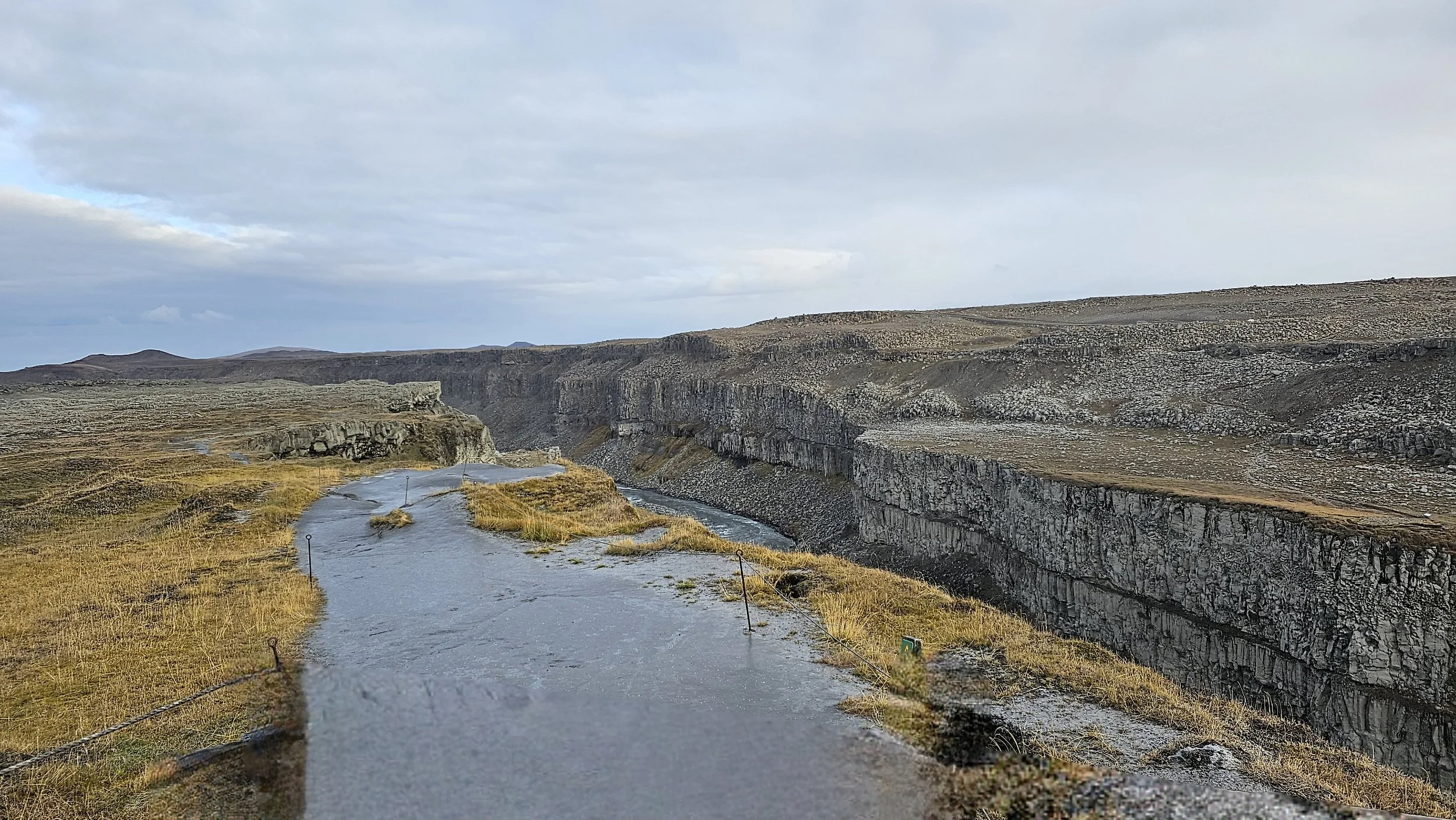


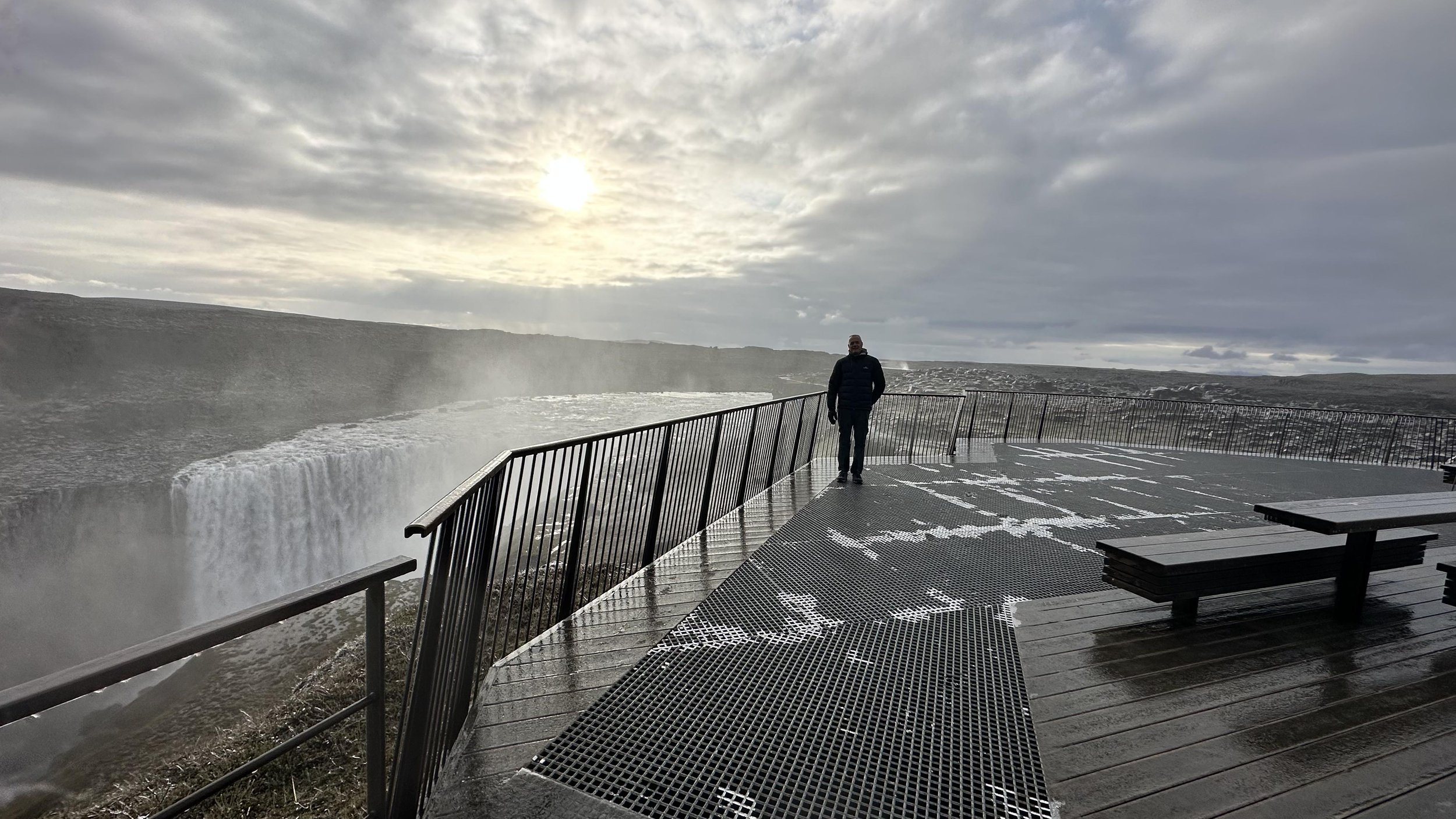




Photo Album: Námaskarð Pass - geothermal area

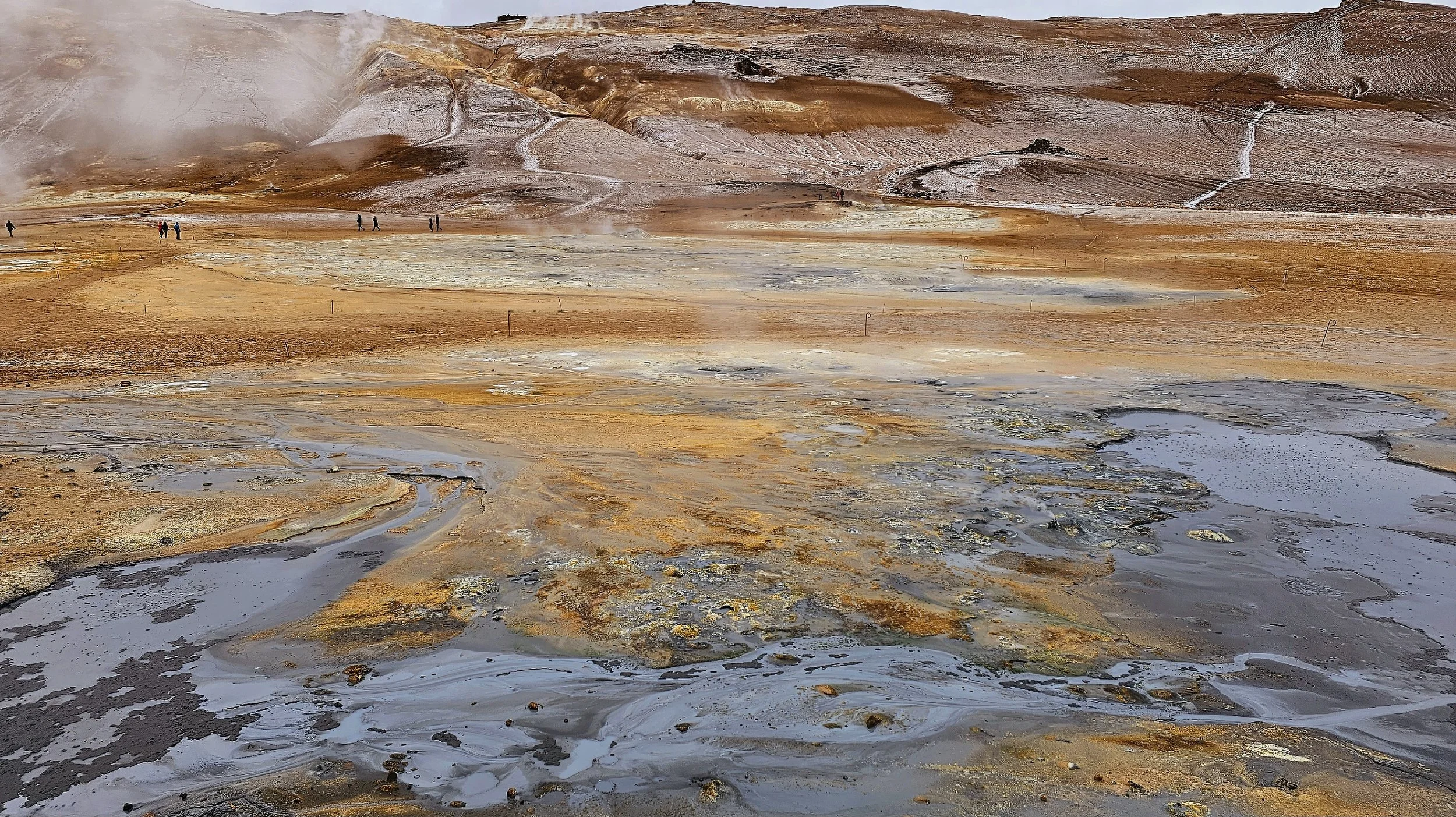
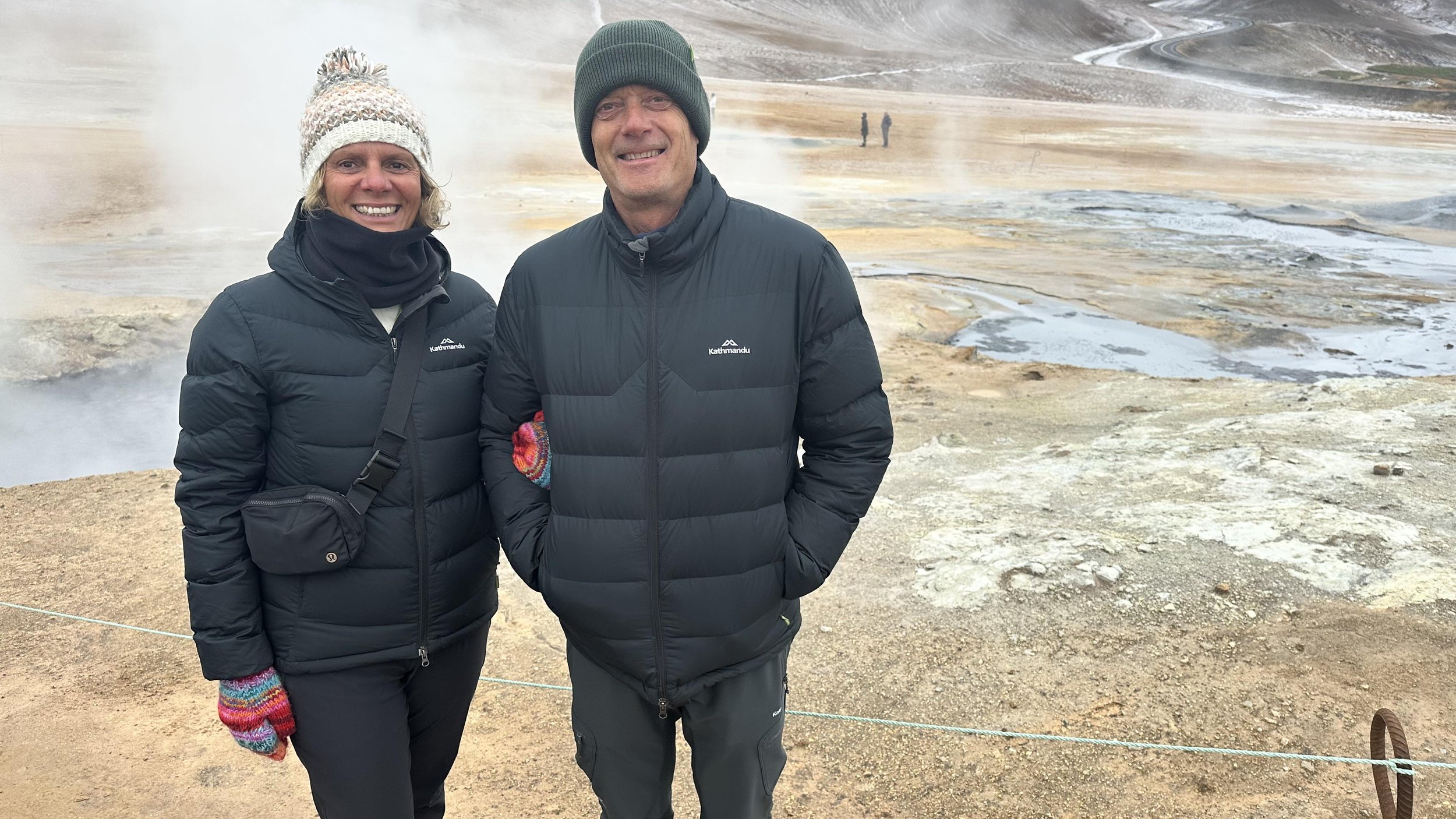
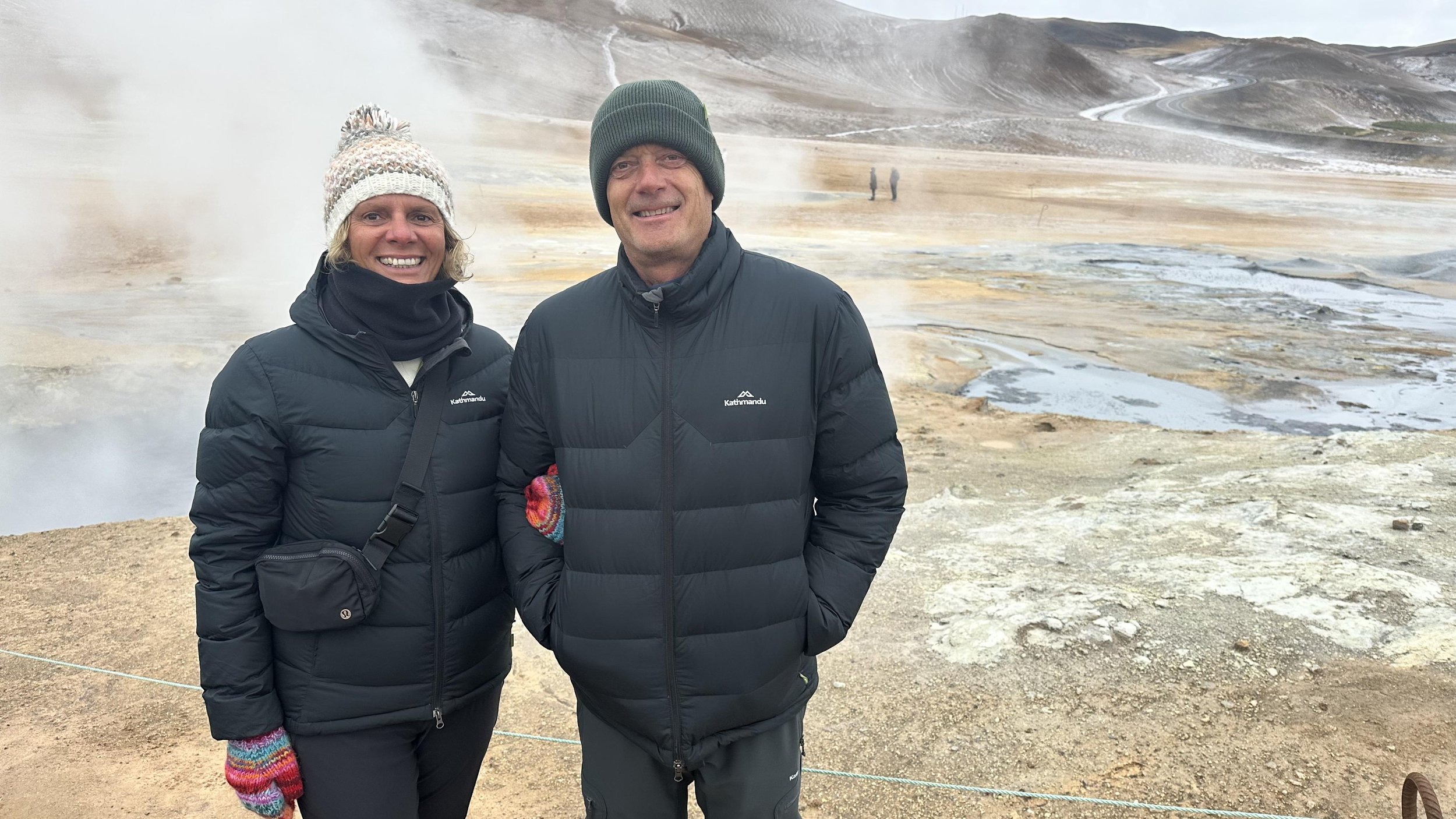
Photo Album: Dimmuborgir - “Dark Castles”, lava stacks and lava caves



Photo Album: Skutustadir - pseudo craters












Photo Album: Akureyri and Forest Lagoon


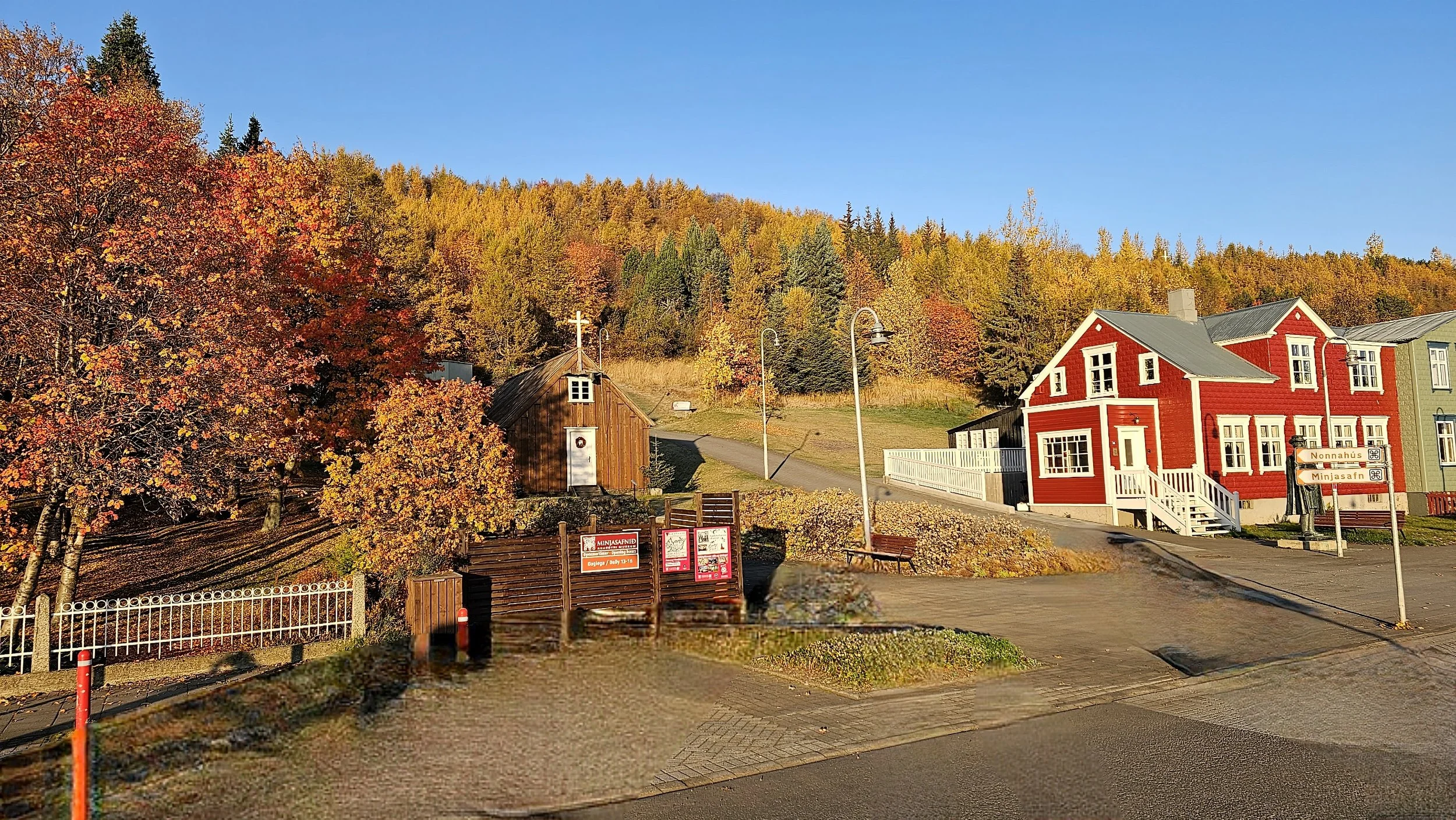

Photo Album: Snæfellsnes peninsula and beaches



Photo Album: Blue Lagoon
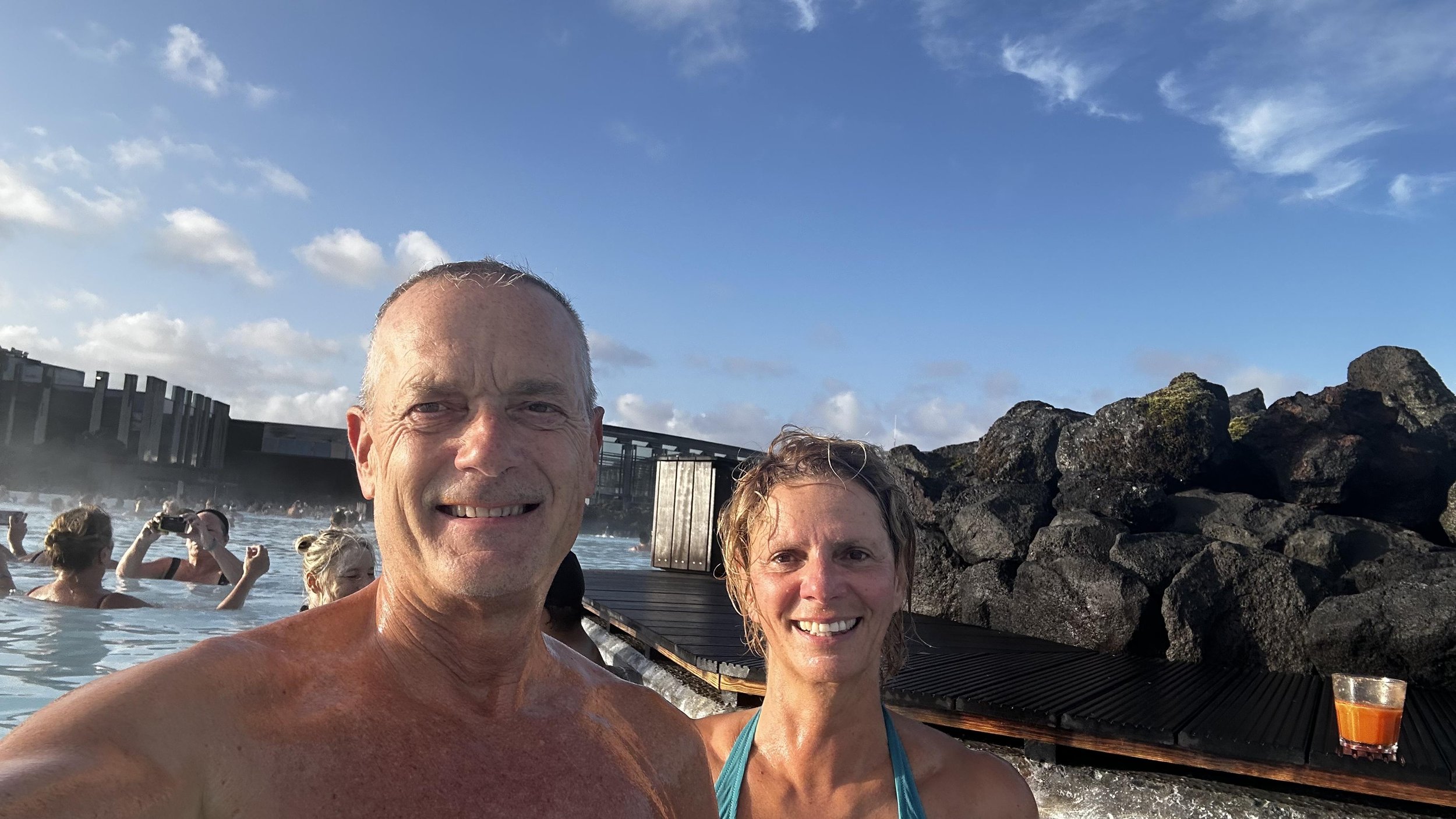
Photo Album: Nature and Screen Savers


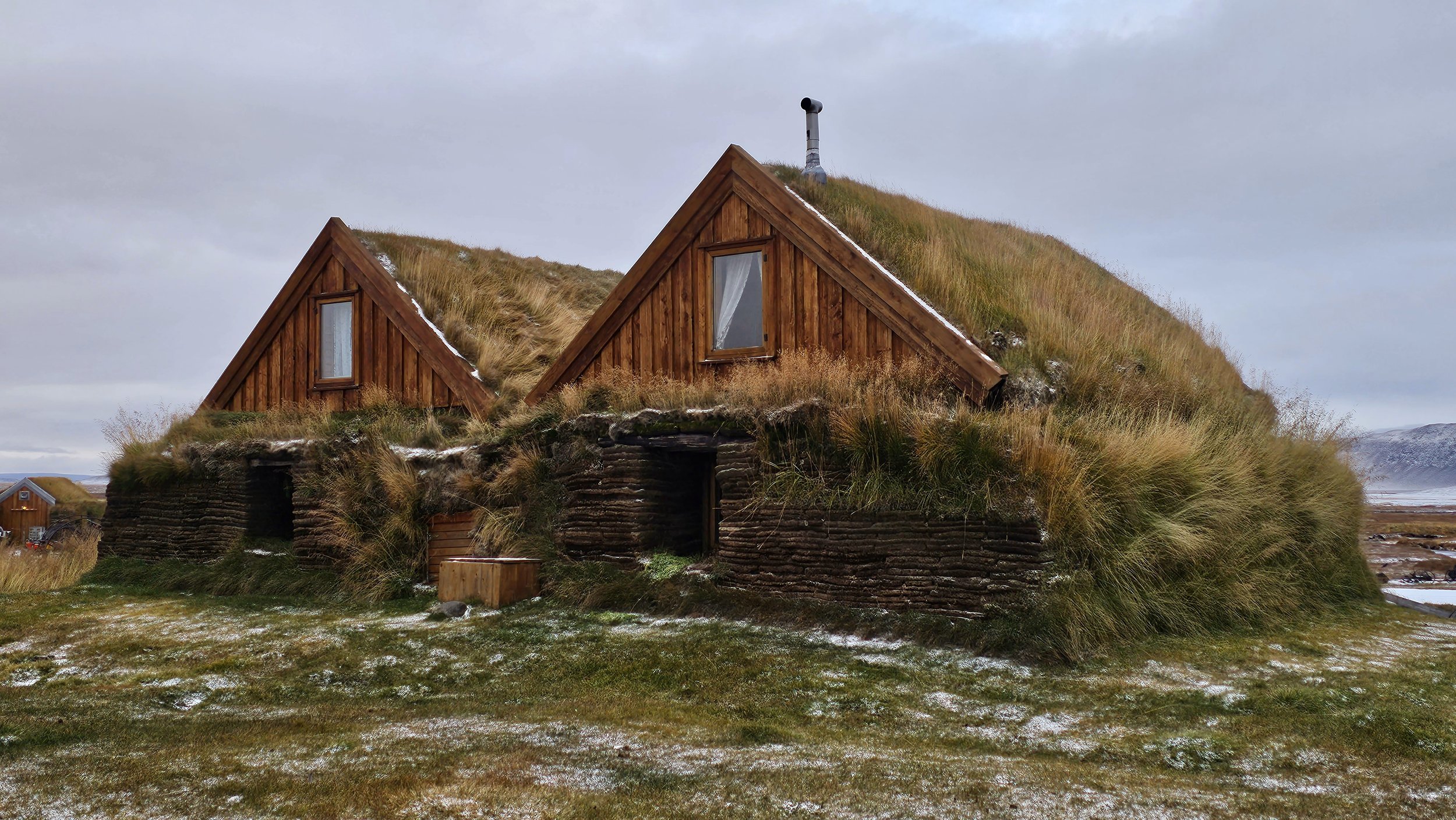




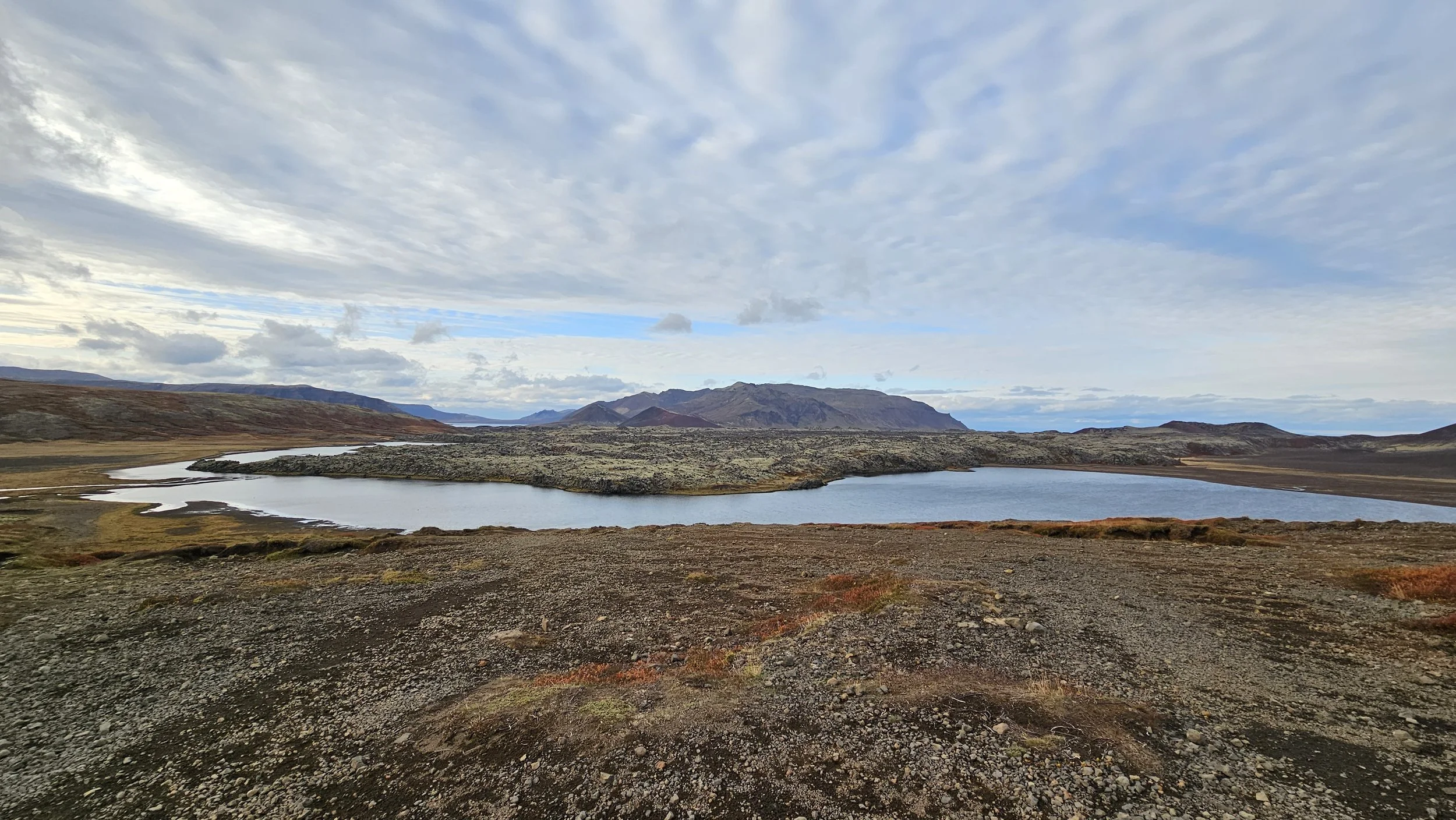




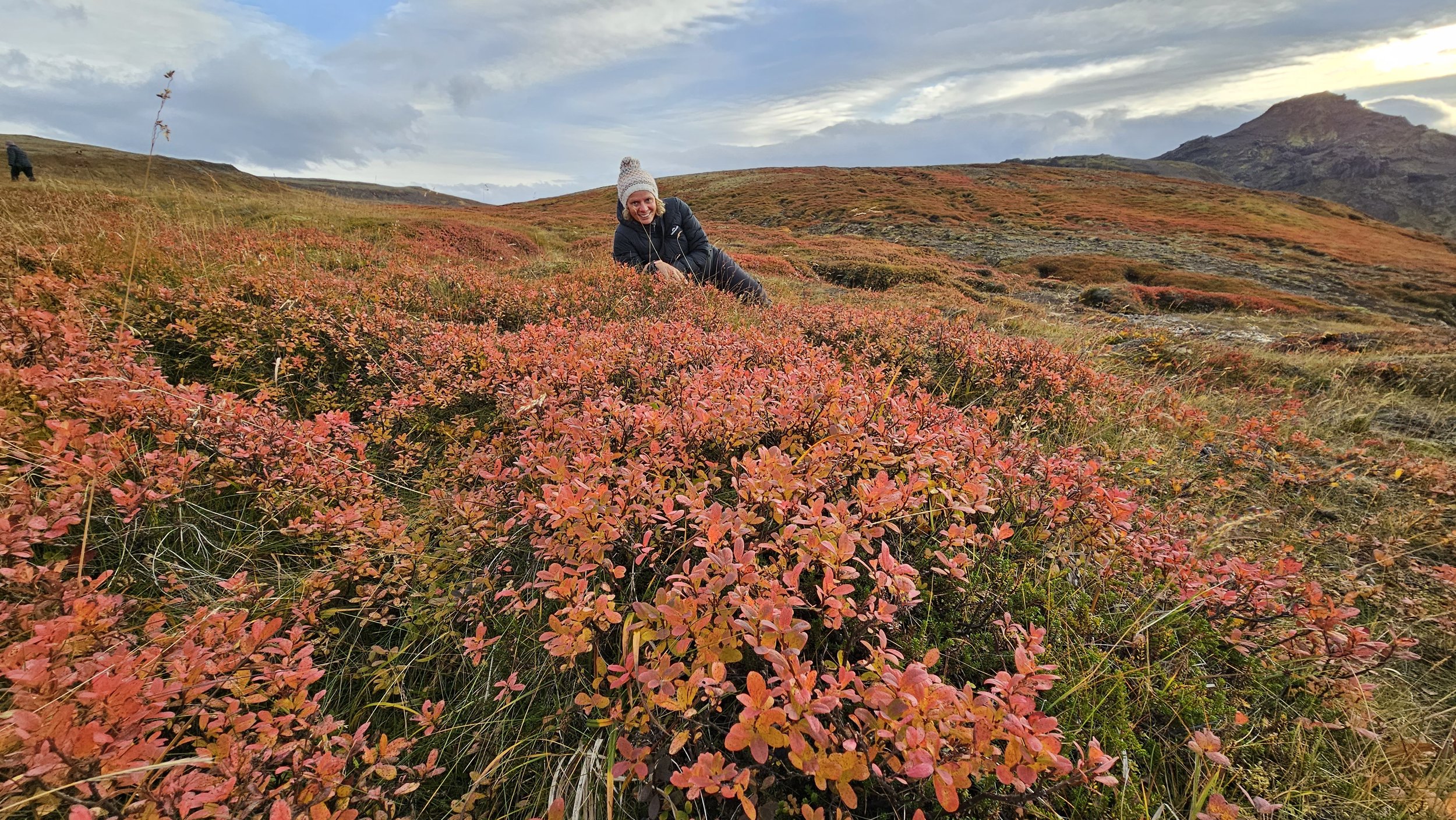





The land of Fire and Ice!
After spending a day on our own exploring Reykjavik we met our fellow travellers, and guess what - every single one is from Australia! I said to Neb, we better make sure New Zealand is well represented on this trip 😉!
Part 2/3
After spending a day on our own exploring Reykjavik we met our fellow travellers, and guess what - every single one is from Australia! I said to Neb, we better make sure New Zealand is well represented on this trip 😉!
Jura from Lithuania is our tour guide and a driver. She came to Iceland as a young linguistics professor, fell in love with the country, its stunning nature, found a man and the rest is history again! She’s been living here for a long time, is fluent in English and Icelandic, is accredited tour guide and very knowledgeable. We learnt quickly that her perspective is a bit different to Mauricio’s since she has assimilated a lot more over the years, certainly something we can relate to.
Intrepid Tour
Day 1
We left Reykjavik at 9am and drove up to the Golden Circle route, a very popular tourist destination in the western Iceland region of Bláskógabyggð.
Our very first stop was at Gluggafoss where “hidden people” gave us a permission to see the most beautiful waterfall. We went underneath the waterfall, it was so cool!
I’ve never done it before, a bit scary, but super exciting!
We continued to Thingvellir National Park, home to the Parliament Plains and location of Iceland’s first parliament. Thingvellir also contains the Silfra fissure, where the North American and Eurasian tectonic plates are slowly pulling apart, 2cm per year, with the edge of the plates now only 5 km apart.
The resulting gap is partly filled with fresh water and is clearly visible. Rift valley sits in between two plates. Absolutely incredible to witness! Everywhere you look at, it looks like a postcard. Autumn is the best artist of all. The nature colours are so so beautiful, the whole place left us speechless.
From there we visited the Geysir geothermal area at Strokkur and watched as the geyser swells with blue water erupted and shoot some 20-30 metres in the air.
Geysir and Strokkur are a couple of erupting hot springs, or geysers in the Haukadalur geothermal field, north of Iceland’s Laugarvatn Lake.
The bigger of the two is Geysir (we get the English word from him, a derivative of an Old Norse word for “gush”), but he’s been a little shy about his star power recently, only spouting off sporadically. Strokkur, on the other hand, can’t contain himself, erupting reliably every 4-7 minutes, every day and night.
From there we were spellbound by the immense beauty and sheer power of the Gullfoss (Golden) double waterfall on the Hvita River. Amazing amazing amazing! This is my favourite waterfall of all we’ve seen in Iceland, and we saw many!
(Foss = waterfall)
With our hearts full of joy and happiness we finished the day at a remote farm in the Hvolsvollur region, for our overnight stop for the night.
I know it’s hard to believe that words ( in my case in particular 😉) are not enough to describe the nature beauty, but honestly I am going to leave to the photos to bring to life the magical world of Iceland. I won’t do it justice, I simply don’t have enough adjectives in my vocabulary!
Fun facts:
Iceland is a volcanic island and on average there are 25 volcanic eruptions per century.
When eruptions happen lava flow takes everything down. Eruptions under glaciers create ash and glacier floods are triggered. The land becomes wasted and nothing can grow on it ever again. These areas are called volcanic deserts.
At the early settlement days 75% of the island was covered by vegetation. In 15 century the climate got colder and lasted to the industrial revolutions. Humans used birch trees to build and heat homes, they brought domestic animals who grazed vegetation and it all changed over the centuries.
At the end of last century they realised what was happening and started planting forests to bring a balance to the eco systems.
Icelandic literature is very popular and well known in the world. Foreign author Hannah Kent wrote a book about the 1830 last execution in Iceland. She collected the evidence and published a book Burial Rites, apparently a great book. It’s in my Kindle library now!
Hot springs v geysers
Hot springs: Pools of hydrothermally heated water.
Geysers: Hot springs with constrictions in their plumbing, which causes them to periodically erupt to release the pressure that builds up.
Underground geothermal water temperature at 1000m depth is 200 degrees!
Trolls
The words tröll or troll and tröllkona refer to all beings which are bigger than humans in some ways and that are malicious to some degree.
In the Icelandic stories that still exist about trolls, these beings are described just as told in the Nordic myths. They are both considered to be taller and stronger than humans in general, dumb and wild and then greedy and ferocious.
When something wrong is done to them, the trolls get furiously upset and try to get revenge in the most cruel way; on the other hand they both thank for good deeds and reward it, and often help humans without being asked to.
J.R.R. Tolkien Lord of the Rings author was inspired by the stories told by an Icelandic girl who was his son’s baby sitter. He would quietly listen to the Icelandic folklore stories which triggered his inspiration for the famous books. I bet you didn’t know this one!
In Iceland, "Northern Lights" refer to the natural phenomenon known as the Aurora Borealis, which is the display of colorful lights in the night sky, primarily in the northern hemisphere. The Northern Lights are caused by the interaction between charged particles from the sun and the Earth's magnetic field. When these charged particles collide with the gases in the Earth's atmosphere, they emit beautiful, luminous colors, creating a dazzling light show.
Iceland is one of the popular destinations for witnessing the Northern Lights due to its location close to the Arctic Circle and its relatively low levels of light pollution. The best time to see the Northern Lights in Iceland is during the winter months, typically from September to April, when the nights are long and dark.
We are still hopeful we’ll see them 🤞
Day 2
The day started with a visit to breathtaking Seljalandsfoss waterfall, followed by Skogafoss waterfall.
At 25-metres wide with a 60-metre drop, this waterfall roars. The cascade of the falls is relatively narrow but falls from a tall cliff that once marked the country's coastline, the sea is now located across a stretch of lowlands and is visible from the site.
You can feel its power up close with a walk up a windy set of stairs up to a stunning viewpoint, for the brave and fit ones - yep that was me 🙌!
Seljalandsfoss waterfall has its origins underneath the glacier Eyjafjallajökull. The volcano beneath this ice cap was the one that erupted in 2010 and caused havoc at airports across Europe. The glacier of Eyjafjallajökull is approximately 100 square kilometers making it the country’s sixth largest. It sits close to the fourth greatest, Mýrdalsjökull which also conceals another notorious volcano, called Katla. Katla is one of Iceland’s most explosive volcanoes. Since settlement, it has erupted, on average, once every fifty years, with the last eruption in 1918. It is long overdue.
While Eyjafjallajökull’s eruption was huge and disruptive, it pales in comparison to the potential of Katla. Far more explosive, and under much thicker ice, an eruption here in unfavourable wind conditions could have worldwide consequences.
From there we crossed the bridge taken down by a glacier flood in 2010 and drove to the famous Black Beach, Reynisfjara. Black sands and bizarre, rectangular basal rock formations / columns were sooooo amazing! We’ve never seen anything like it, a remarkable place. It is of volcanic origin. The ocean here is not very friendly, this is actually the most dangerous beach in the country!
“Sneaker waves” are unpredictable, ocean can look calm, but surface is very unstable and if a sneaker wave hits you will fall in the freezing cold ocean. There were accidents in the past, we were strongly warned not to get close to the water, and yet it looked so calm.
After this amazing place we carried on and stopped to see Lava fields nearby a small village Kirkjubæjarklaustur. There are 600km of lava fields covered by moss, outcome of one of the biggest eruption from 1783.
I didn’t know much about moss, but moss is an interesting vegetation, it has no roots and can grow on the rocks. The hair of the moss acts as its roots. When you step on the moss it kills it and it needs 70 years to regrow and recover! You are told clear and loud - you do not walk on moss in Iceland!
This was so fascinating, again something we never ever seen in our life! I loved this spot, the nature was pretty, but for me it felt we were walking on another planet, it was so surreal! I couldn’t leave this place, made everyone wait for me, I was amazed!
When you think that’s plenty for a day we actually left the best for last! My dream has come to life! Guess what it is??!!
Ever since I was a little girl playing in the snow on Jahorina I had a dream to see an ice cave! Yes, I used to build them while playing in the snow, but of course that was just a childish game. This time though we’ve got to do it, for real!! We got to enter a real ice cave! Yay yay yay 😀
So where was this place?
Our stop was underneath the Vatnajökull ice cap ca. 7700 km2 (and covers cca 8% of Iceland) and is still Europe’s largest ice cap by volume, although it has lost more than 15% of its volume during the last century. It conceals seven active central volcanoes, valleys and glacial troughs.
In recent months they discovered a new ice cave and it was opened for public only 3 days before we arrived! So so lucky!
We parked the bus and took a ride in 4WD off the road to reach the footing of the glacier. We had to put ice spikes on our shoes and we walked across the glacier to reach the ice cave. I was so excited, like a little kid 👧! Let the photos tell you how amazing it was!
This is the highlight of the trip for me! AMAZING and SURREAL! The best day ever, and a lifelong memory for sure!
Fun fact:
Did you know that Atlantic puffins spend most of their lives at sea, but return to land to form breeding colonies during spring and summer? Iceland is one of those colonies, in spring time they come over here for nesting and Iceland is the breeding home for about 60% of the world's Atlantic puffins.
Male birds come first and prepare “apartments” for female birds. If a female bird is late a male puffin will let a different female bird into the apartment, but if the real “wife bird” turns up he’ll take her in, they are kind of very loyal bird, but not very patient!
Day 3
Excitement and fun continued the next morning as we drove to Jökulsárlón Glacier Lagoon. Glacier lagoon is a result of a global warming, as glaciers melt they leave a lake behind. This one is 800 years old, but it started melting in 1930ties.
We jumped on an amphibian boat to sail among the icebergs. These icebergs are huge, and remember we see only 1/10 of its actual size that’s floating. They are white and grey, some even black still covered in ash all these years later, I couldn’t believe it!
The lagoon is 200m deep, icebergs change shape, can flip over, once they are small enough they go under the bridge into the ocean. The actual diamond of ice is see true as it’s developed under water, when it’s left on the surface it turns white as it gets filled with air. And then ash makes it grey or black, this Mother Nature continues to amaze us!
We saw seals sunbathing on the icebergs in their natural habitat, so beautiful.
As much as it’s been fascinating to see it, the sad fact is this is a growing lagoon, the glacier retreats around 300m per year because of the salt water eroding it. Such as life.
From here we headed down to Diamond Beach, where some of the icebergs are washed onto the black sand. Check out the photos to see a surprise! I got proposed again and with a much bigger piece of diamond this time 😉! Thanks darling!
After the fun at the beach we went to Djúpivogur,a small coastal village located on the Búlandsnes peninsula, nestled by the picturesque fjord of Hamarsfjörður in East Iceland. The town has an approximate population of 400 people. Fishing has been the primary engine for Djúpivogur’s economy for centuries. In recent times, the tourism industry has blossomed and a hotel, restaurants, cafés, a campground and shops can all be found in and around the town.
We stopped here for a lunch break and to see yet another waterfall! I have lost count by now! And then it started to snow, yay! We all ran out of the bus to see the snowflakes. Aussie’s and snow ❄️! You can imagine their reactions!
Fun fact - how much of snow do you need to make one centimeters of ice? The correct answer is 20cm of snow! Fascinating, isn’t it?
By now I have to admit that I have fallen in love with this place. I’d love to come here for a year and see the country across different seasons. We saw it during beautiful autumn and so far had amazing weather, but I can only imagine how different it looks like in spring or winter! Ok yes, I can work while living here, it doesn’t have to be a holiday!
And this feeling has brought up the one thing I miss the most while living in New Zealand - the proximity of everything when you live in Europe. Everything is so close by and with a few hundred Euros you can jump from one place to another in a heartbeat. I have to admit I miss it so much, it’s such an appealing fact of life for my soul. Who knows where will this emotion take us, for now it’s simply how I feel ❤️.
And now here are the amazing photos just for you! Grab a cuppa and enjoy!
Photo Album: Vatnajökull Glacier’s Ice Cave




Photo Album: Jökulsárlón Glacier Lagoon













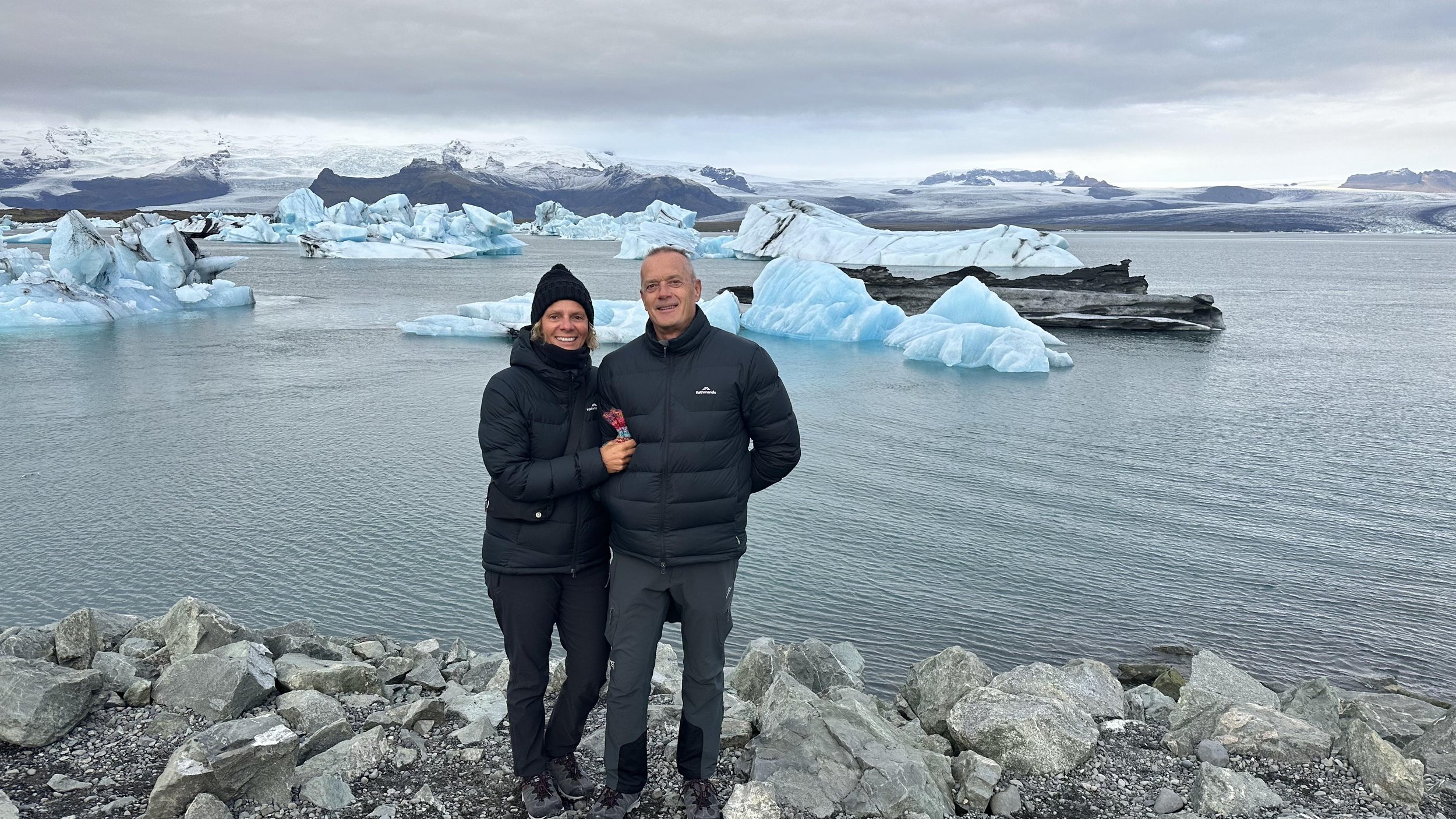
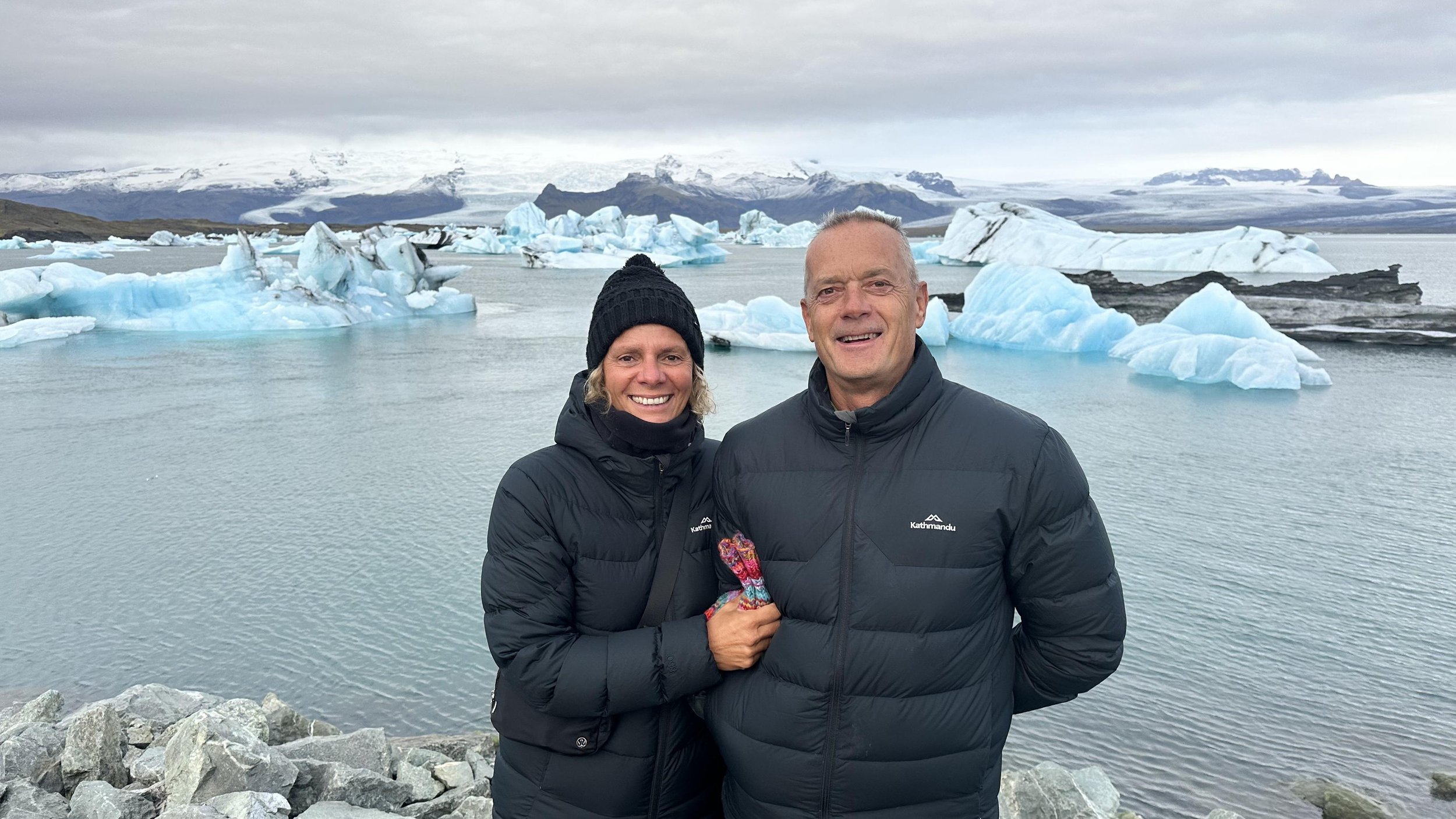
Photo Album: Waterfalls

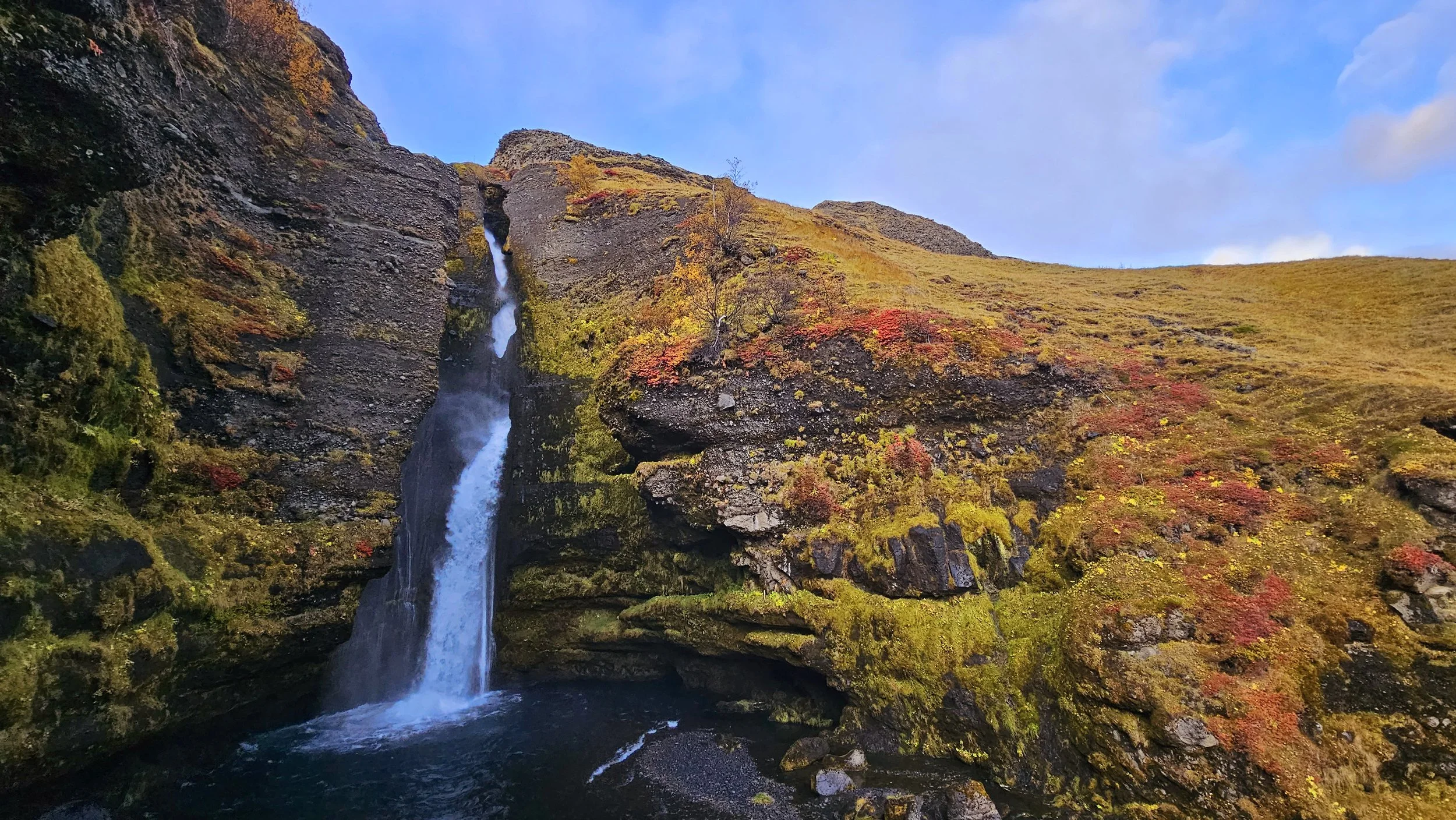

Photo Album: Reynisfjara - Black Beach (Games of Thrones series set)




Photo Album: Diamond Beach Proposal
Photo Album: BEAUTIFUL NATURE: Thingvellir National Park, Silfra fissure (geological fault line), lava fields

























Halló frá íslandi / Hello from Iceland
We made it to Iceland, yes yes yes 🙌! I am sooo happy we’ve got here!
Why did we choose Iceland as our next adventure? There are many reasons, here are a few:
To experience different extremes from temperature to scenery ( Sahara v Iceland)
To touch on the Scandinavian territory - a longtime dream
To get as close to the Mother Nature as you can, to be adventurous whilst hoping none of the volcanoes is going to erupt while we are here
To get into the ice caves and see the biggest European glaciers while they still exist
To learn about the Vikings, Icelandic history, language and traditions
To throw ourselves into the nature beauty, we expected it to be stunningly beautiful!
To see the Northern Lights with a bit of luck
To see the impacts of climate change first hand
To experience the life in a social market economy system - my favourite system
…. And we are both crazy nature lovers - this is a true paradise for us! 🤗
So, we booked the Iceland Intrepid tour and here we are! Living the dream !!!
Part 1/3
photo @Harpa
We made it to Iceland, yes yes yes 🙌! I am so so happy we’ve got here! It’s been on our bucket list for a long time, and the dream has come through!
Heads up: This blog is particularly long, but I wouldn’t do it justice to skip things, so grab a cup of coffee and join us on our journey.
Why did we choose Iceland as our next adventure? There are many reasons, here are a few:
To experience different extremes from temperature to scenery ( Sahara v Iceland)
To touch on the Scandinavian territory
To get as close to the Mother Nature as you can, to be adventurous whilst hoping none of the volcanoes is going to erupt while we are here
To get into the ice caves and see the biggest European glaciers while they still exist
To learn about the Vikings, Icelandic history, rune, language and traditions
To throw ourselves into the nature beauty, we expected it to be stunningly beautiful!
To see the Northern Lights with a bit of luck
To see the impacts of climate change first hand
To experience the life in a social market economy system
And we are both crazy nature lovers as we know, so this is a true paradise for us! 🤗
So, we booked the Iceland Intrepid tour and here we are! Living the dream !!!
Day 1 - Reykjavik
We left Rovinj in the morning, drove to Zagreb, jumped on a plane to Vienna and landed in Reykjavik at midnight. Checked in the hotel at 2am, set the alarm for 8am and after breakfast went to the Reykjavik Walking tour on a sunny day - it’s as good as it gets!
Our tour guide was from Dominic Republic! Yep, young Mauricio fell in love with an Icelandic girl, and the rest is history.
We’ve learnt a lot in two hours, saw many places and laughed a lot. It was particularly interesting to get a perspective on Iceland from an immigrant who has settled here in recent years, and adopted the Icelandic way of living. His storytelling represented a humorous view to the uniqueness across all aspects of life, very very cool!
Today, I will take you on a history lesson as I loved learning about it, will tell you a bit about the country today, and will share our experiences, thoughts and feelings as we go.
I have decided to story-tell the Iceland story over a few blogs…
Let’s start!
History
Iceland is a Nordic Island country between the North Atlantic and Arctic Oceans, on the Mid-Atlantic Ridge between North America and Europe. It is linked culturally and politically with Europe, Reykjavik is the capital city and the official language of the country is Icelandic.
Iceland is a relatively young island in the geological sense, being formed about 20 million years ago by a series of volcanic eruptions in the Mid-Atlantic Ridge, but it is still growing from fresh volcanic eruptions. The oldest stone specimens found in Iceland date back to c. 16 million years ago.
Iceland is the only Arctic State that does not have an Indigenous population. From the start of settlements in the ninth century AD to today, Iceland inhabitants have mostly come from Northern Europe.
Iceland was unsettled land and could be claimed without conflict with existing inhabitants. Men could posses everything they found roaming on a horse within a 24 hours window, and women roaming on a cow?!
Icelanders are undoubtedly the descendants of Vikings. Before the Vikings arrived in Iceland, the country had been inhabited by Celtic / Irish monks but they had since then given up on the isolated and rough terrain and left the country without even so much as a listed name.
A Viking from Norway called Floki came here and settled in the northwest part of the country. Floki brought domestic animals and everything he needed to survive and was all good during summer months. When winter arrived he was not prepared for it. There are only 4 hours of sunshine in the winter time in this area, but in the fiords due to high mountains there is no sun at all! One day he went across the other fiord looking for grass area for his animals, but only discovered more ice everywhere. He named the land Iceland and soon after left and never came back, but the country’s name Iceland stayed forever. (Floki is the only true character in the Vikings Netflix Series)
The first official settler came from Norway in 874, his name was Ingólfr Arnarson.
The story says Ingolfr got the advice from the Gods how to choose where to settle. He threw two pillars into the ocean and decided to settle where the pillars are washed out. He sent two slaves to hunt the pillars, and they found them where Reykjavik is today. Slaves reported back stating it was too isolated, but on his arrival Ingólfr found grass land, hot steam, river, water, and made a call to settle down!
Over the time they grew in population, with the General assembly established in 930 in Althing and is the oldest general assembly still operating.
Period from 930 to 1262 was called the Commonwealth period. The Icelandic Commonwealth had a unique political system whereby chieftains (goðar) established a common legal code and settled judicial disputes at the Althing. However, there was no executive body in Iceland that enforced the law.
During the 13th century, Iceland came under the control of the Norwegian Kingdom, then in 1918 became recognized as an independent sovereign state freely associated with Denmark.
On 17 June 1944 the people of Iceland held a referendum and Iceland declared its independence. At that time Denmark was too busy with Nazis, and a year later Iceland advised the Danish King of its people’s decision. It was a peaceful separation.
Todays Parliament building is the oldest Parliament in Europe, originally built as a prison.
Iceland today
The government system is a constitutional republic; the chief of state is the president, and the head of government is the prime minister. Iceland has a Scandinavian-type social-market economy that combines a capitalist structure and free-market principles with an extensive welfare.
I really really really like it! It’s fair, it’s easy to understand, it’s just, it’s equal, it’s non hierarchical and in a way it’s a combo of best bits from communism, socialism and capitalism!
People vote for a president every four years and they can be re-elected unlimited number of times. The Prime minister calls all the shots, not the president. 96% of population goes to election, this is unheard of in the Western world !
Today Iceland is one of the most modern, healthy, innovative, educated, and sustainable countries. Just imagine if you could turn back the clock one hundred years. The Iceland you would see would be almost unrecognizable—even to Icelanders! The population would have been about 1/3 of what it is today, and tourists would have been few and far between. Reykjavik was a coastal village, while most people were living on the land in self-sustaining farms. Houses would have been cramped, many still with turf roofs, and fishing boats would have been small and chiefly sail or rowboats.
Compared to many nations, Iceland has progressed very far, very fast. What makes this transition unique is that the leap forward was inclusive. Iceland ranks high on life satisfaction, gender equality, a clean environment, and incredible nature. It has a Scandinavian-style modern welfare system, free education, and a low crime rate making it an excellent place to live.
Even dating back to the times of first settlement in 879, Iceland has been a tight-knit society. The early Viking settlers would have arrived on a desolate wind-swept, volcanic island with no indigenous population (except for possibly a few reclusive Celtic monks) and few animals except for sea birds and Arctic foxes. The people had to work together in extended family networks just to survive. Isolation and distance from outside influences have led to a unique culture that persists today. One consequence of Icelandic family networks' tight bonds is that it has resulted in a remarkably non-hierarchal society. A stark contrast to many European nations back in the medieval period.
Perhaps because of these close family bonds and the long-standing participation of everyone since settlement times for basic survival, Icelandic society is remarkably equal. Granted, great strides toward equality have increased in recent times, especially toward gender equality, tolerance, and inclusion. All of these contribute to making Iceland a more open, inviting, and approachable society. For example, it is common to see politicians, athletes, and entertainers at the swimming pool, in the grocery store, or looking exhausted while picking up their kids at daycare like everyone else!
Iceland is the second windiest country in the world after Antarctica, with 220 days of rain on average per annum, but the weather changes quickly, from rain to sunshine always accompanied with a wind.
390,000 people live in Iceland today and everything gets measured per capita, because it makes them feel good! For example. Iceland is one of the richest country in the world per capita!
120,000 live in Reykjavik and majority lives in the south west where climate is better.
Fun facts:
Everything in Iceland can be solved by a credit card, it is a pretty much a cashless country! Even when you need to pay to go to the bathroom you swipe your credit card!
Icelandic language tends to compose words by mixing two or three words together with no limit as to how many words you can put together to form a new word!
1 March is a beer day, and each time when Iceland beats England in a soccer game!
Reykjavik Airport was built by Americans.
There are over 30 active volcanoes here, visiting the Lava Center and watching a short documentary on volcanoes that erupted nearby was mind blowing! And when you add my insurance professional hat to it, it’s freaking scary, I tell you! You immediately get a feeling of utmost respect for the Mother Nature and appreciation of the importance of all of us looking after the planet Earth 🌏!
Iceland is the only country in NATO that has no military due to its geo strategic position between Europe and America!
The national church is the Evangelical Lutheran Church of Iceland and 80% of the population identify as such. The religion of the original Viking settlers of Iceland, the old Norse paganism Ásatrú, is not just still alive and well in Iceland, it is undergoing something of a renaissance and is the only growing religious group.
Bjork is an Icelandic singer, songwriter, composer, record producer, and actress. She is known for her distinct voice, three-octave vocal range, bold musical choices, and sometimes eccentric public persona.
Local government spends on average €5m for fireworks on New Year’s Eve !
To be Icelandic you must have Icelandic blood, there is no other way to claim the Icelandic identity.
Iceland has the Naming committee!
Last name doesn’t matter here, everyone is called by their first name, and each name has a meaning. Every member in one family has a different surname ?! Kids are not named until 4/5 months, they are called “it”. At the 4 month there is a naming party ( like baptizing) and the parents announce the name of the child to the world and send it to the naming committee! The Committee can approve or decline. They have cca 100 male and female names, name passing tradition is very common.
30 years ago, foreigners had to change their name by law to fit the naming conventions, but not any more!
They consider themselves very progressive country and they are progressive on many different fronts, but the fact that they are isolated has definitely shaped their identity.
There are 390,000 people living in Iceland and over 800,000 sheep.
Houses have stone foundation used as cellars. They are wooded houses covered by metal sheet to protect them from cold and wind from Antarctica and hot wind from Mexico Gulf. Chimney often don’t work, and pipes bring cold water from glaciers and hot water from the underground geysers.
All energy is renewable, and the whole country uses only 5% of all the energy produced, they don’t export it, but offer it to foreign companies to use it from here. Iceland is the biggest mining operation in the world!
Temperature changes from -10 in winter to +10 in summer in the northwest and from 0 to + 12 in the southeast, fluctuations are not big at all, it is a well controlled environment. This has surprised me! I was expecting snow to last here all year round but that’s not the case at all. Perhaps the name Iceland led me to believe there will be heaps of ice here, not a case!
The only cheap thing here is water and electricity! Tap water is fantastic to drink!
Two types of supermarket- Kronan and Bonus, others are for tourists like 10/11!
To know if the place is expensive check the working hours - open till 7pm or 8 pm is ok, working till late means you’ll pay a fortune!
Reykva- smoke, Vik- bay.
Vikings - Vik people moved from bay to bay.
Two pillars floating in the ocean is the symbol of Reykjavík.
The book of Icelanders is a database created by the biotechnology company deCODE attempting to record the genealogy of all Icelanders who have ever lived, where sources are available. The Book of Icelanders is used to determine how related they are to one another - it is seen as Icelandic dating app! 😂Anyone with ID social number can log in, and everyone has to check it before making babies or getting married to avoid marrying their first cousins!
Everyone is related! It’s so weird, and the advice is to keep it five generations apart to avoid troubles!
Icelandic Christmas folklore🎅 Wow that is a story for a whole new blog!
In short, it depicts mountain-dwelling characters and monsters who come to town during Christmas. The stories are directed at children and are used to scare them into good behavior. The folklore includes both mischievous pranksters who leave gifts during the night and monsters who eat disobedient children.
There are 13 Yule Lads / Santa Clauses in Iceland. All have descriptive names that generally convey their favourite way of causing mischief. They arrive one by one over the final 13 nights leading up to Christmas. Each has different assignments and name that describes their role ( Spoon Lickers who steals and licks wooden spoons, Pot-Scraper who steals leftovers from pots, Sausage-swiper who hides in the rafters and snatches sausages that are being smoked etc.)
They have a mum and a dad. Mum is called Grýla, a giantess with an appetite for the flesh of mischievous children, whom she cooks in a large pot. Her husband Leppalúði is lazy and mostly stays at home in their cave. They leave small gifts in shoes that children have placed on window sills, but if the child has been disobedient they instead leave a rotten potato in the shoe.
Everyone gives gifts to everyone they know, smaller cheaper gifts but a lot of gifts!
There is nothing more Icelandic than a hand knitted sweater from a grandma, kids hate it when they get it for Christmas!
Icelandic people believe in Elf 🧝♀️ 😉!
The story says Elf’s are not visible to human eyes, they live in the nature, in trees, but if you mess up with them they’ll mess up with you. For example, you are cutting trees and your saw machine stops working, it’s a sign that must be Elf tree and you must stop and move onto the next tree. The rationale behind this belief is to teach people to respect the nature. Makes sense to me!
You DO NOT walk on the moss in Iceland, if you do something bad will happen to you!
Fishing industry was the number one industry but since 2010 it’s the tourism industry.
Iceland is described as a country of tragedy and blessing:-
In 2008 the banking system crashed and the local currency devalued over night, everyone lost money.
In 2010 volcano erupted, the ash caused havoc across Europe for days.
These two events (tragedies) triggered tourism (blessing), first tourists started coming because it was so cheap and post the eruption because of curiosity. Ever since tourism is the number one industry in the country!
Hákarl referred to as fermented shark in English, is a national dish consisting of Greenland shark that has been cured with a particular fermentation process. In short, a young shark’s kidneys are not fully developed, when it dies the ammonia sweats out through its skin. Since ammonia is poisonous, they burry a shark in the ground for 4-6 months to ferment and for ammonia to evaporate, and it’s then safe to eat. It has a strong ammonia - rich smell and very strong fishy taste, it is served with the Black Death grappa shots!
We could not eat the shark, it had too strong ammonia smell, but grappa was OK! We had so much fun watching the faces of people tasting this delicatesse.
Food is of a high quality and expensive, fish pie is also a traditional dish and Food halls are a great place to eat and experience varieties of local cuisine at a reasonable price. For example, an ordinary dinner for two with no drinks is around 100 Euros.
Icelandic “The hot dog “ stand in Reykjavik was established in 1937 and ever since it’s been owned by the same family, it has got the award for the best hot dog in 2018, made mostly of lamb meat and served with fresh and fried onions, sweet mustard and horseradish. We had to try it and it was yummy!
There is a Penis museum in Reykjavik with more than 200 different penises exhibits from animals to humans! No more words needed!
School - what junior college you go to is the only thing that matters, not the university.
Community pools are part of the services government must provide.
Here you go, plenty facts to remember!
What did we see?
Harpa is a concert hall and conference centre. The opening concert was held on May 4, 2011. The building features a distinctive colored glass facade inspired by the basalt landscape of Iceland.
Hallgrímskirkja stands guard over Reykjavík. The church is both a parish church and a national sanctuary in Iceland. Its stepped concrete facade is an ode to modernism and a reminder of the Icelandic landscape. The church is named after the 17th-century clergyman Hallgrímur Pétursson, author of Hymns of the Passion. Hallgrímskirkja is an Evangelical-Lutheran church and is a part of the Evangelical-Lutheran Church of Iceland.
Rainbow street in Reykjavík
One of the main streets in downtown Reykjavík has been dressed up in the colors of the rainbow to celebrate Reykjavík Pride which is now held for the seventeenth time.
The rainbow street in Reykjavík is a sign of joy and support for diversity. The initiative is organized by the city of Reykjavík in cooperation with Reykjavík Pride.
Reykjavík Pride is one of many festivals that make Reykjavík a cultural and vibrant festival city all year long. Reykjavík Pride has been held annually since 1999 and it has evolved into a festival that attracts up to 100 thousand guests from all over the world. Reykjavík Pride is one of the biggest events in Iceland and one of the biggest little Prides in the world.
The Parliament House
Parliament House, which stands on Austurvöllur square, was built in 1880–81.
City Pond is the home for hundreds of different birds. The local authorities pump hot water into the pond, so lit doesn’t freeze and birds can be here all year.
A headless statute with a rock head. Since they have no military here they don’t have the unknown soldier monument, instead they have the unknown birocrat or businessman statue. So funny!
Here you go, so much to learn and get intrigued about. You can tell my curiosity cup is overflowing 🧐.
Next blog will cover the first few days of the Intrepid tour so you get to read about our very own personal experiences, not to mention hundreds of photos!



Stay tuned for the next blog with stunning photos of this magical country :). Here is a glimpse of what you will see.
Bablje Ljeto / Indian Summer
Rovinj’s sunshine continues to shine and we are having the best Bablje Ljeto we could ask for.
I have absolutely loved the crazy summer buzz, action, crowds, concerts, thousands of tourists roaming the narrow cobblestone streets of Rovinj. Movie stars coming for a visit, buying apartments here in the old town!
Rovinj’s sunshine continues to shine and we are having the best Bablje Ljeto we could ask for.
I have absolutely loved the crazy summer buzz, action, crowds, concerts, thousands of tourists roaming the narrow cobblestone streets of Rovinj. Movie stars coming for a visit, buying apartments here in the old town!
Believe it or not, I also love quiet September in Rovinj. The city is breathing again, weather is beautiful, the sea is still warm, beaches are less crowded and locals are out enjoying the nature beauty, peacefulness and serenity. It feels different, yet very beautiful 😍. We are simply in love with this place and can totally see ourselves spending more time here as we get closer to our retirement days, if not earlier!
In our language there is an expression that describes this time of the year and it’s called Bablje Ljeto or Miholjsko Ljeto, translated to English as Indian Summer.
There are several theories about the origin of this term😎!
According to one theory in most Slavic languages, these are called "bapske vlasi" (from "baba" meaning old woman). In folk belief, this is the period when witches were recruiting new members, and this spider silk was believed to be their hair. Additionally, this spider silk was also considered the weaving of fairies, dwarves, norns, or the Virgin Mary. It was believed that a wedding would soon take place if the flying spider silk became entangled in a young girl's hair.
According to a different theory this is the period "when old women can still warm their bones in the sun."
The third theory is linked to an autumn holiday known as "Miholjsko ljeto" and "Martinjsko ljeto" (according to St. Martin, on November 11), as well as "Cigansko (sirotinjsko) ljeto" in Bulgaria or "kasno ljeto" in the Netherlands.
In the North America, the same phenomenon is referred to as "Indian summer."
Now that we have learnt a few theories about it, let me tell you what we’ve been up to!
We have had a very few cloudy days since we’ve got here and that gave me the opportunity to drag Nebojsa away from the daily 3B routine - beach, bike, board, and to spend the time exploring a few inland places around us.
There is so much to see, and yes, it can be nice here even when you are not at the beach! Although I am having to persuade Nebojsa, I know for certain he’ll have the same challenge during the winter months when I’ll be the first and the last on the ski slopes, and nothing else will matter! 😉
So, where did we go? We visited Hum, Učka, and did Štrika Ferata bike ride, and we have had a great time!
Hum is famous for being the smallest town in the world!
It is perched on a high hilltop, recognized by the Guinness World Records as the smallest town in the world with a population of 30 (in 2022). The town is located in the centre of the Istria region, near the town of Buzet, only 100 meters long and 30 meters wide.
On its western side, the town is enclosed by walls and on the remaining sides houses are built into the defensive walls.
It was first mentioned in documents dating from 1102, at which time it was called Cholm which is derived from the Italian name Colmo. A bell and watch tower was built in 1552 as part of the town's defenses beside the town loggia.
The town's parish church was built in 1802 by the locals.
The "Hum Glagolitic” wall writings are preserved in the church, written in the formative period of Glagolitic ( the second half of the 12th century) and they are one of the oldest examples of Croatian Glagolitic literary culture in the Middle Ages.
Učka
The Učka is designated a nature park and is protected in Croatia.
The Učka, in Italian Monte Maggiore is a mountain range in western Croatia, an hour drive from our home in Rovinj. It rises behind the Opatija riviera, on the eastern side of the Istrian peninsula.
It differs from all the other coastal mountains in Croatia because of its abundant vegetation on the seaward side. Best known are the forests of sweet chestnuts in the area around Lovran.
Učka's highest peaks are considered nature reserves and memorial areas. The highest peak, Vojak, is located at 1396 meters above sea level. From it there are views over Istria, the Bat of Trieste, the Julian Alps, and the Adriatic Islands.
We parked next to the restaurant Dopolavoro and went hiking in the area. After a few hours of beautiful walks in the misty rainy weather the sun came out and the views were spectacular.
We saw so many cyclamens happily growing in the forest next to the hiking pathways. I was so surprised and ended up with so many photos of these beautiful flowers.
On the way back we stopped at Dopolavoro restaurant and enjoyed a home cooked meal. Dopolavoro restaurant has a cool history:- it was established in 1930ties by the Peruzzi family, during the 20 year Italian ( actually fascist) “ occupation “ of these areas, which between de facto occupation and jure annexation, lasted from the end of the WW I to the end of the WW II.
An ancient road connecting with the interior of Istria passed from here, and the place was alternately the land of bears, coal miners, smugglers, and travelers, today tourists.
Dopolavoro still carries its name and remains famous for its game dishes, including deer, roe deer, wild boar, and bear. But also for lamb, pork or veal cooked under the oven(peka) Croatian version of hāngi. 🤗
Štrika Ferata / Pista ciclabile sterrata sulla vecchia ferrivia di Rovigno
The route of the bicycle-pedestrian path Štrika-Ferata stretches along the former railway branch Kanfanar - Rovinj.
The Kanfanar-Rovinj railway line stretched for 20,561 m and served to connect the economic centres of the Austro-Hungarian Monarchy with the town of Rovinj, then a strong industrial centre.
The traffic was opened on 20 September 1876 and was closed 20 October 1966.
The route of the former railway passes through the cadastral municipalities of Rovinj, Rovinjsko Selo, Sošići and Kanfanar.
Along the route, which passes over three bridges, there are also four railway stations and 14 guardhouses, 22.7km in total.
We completed the route to Šošići in a few hours. It was so nice to bike in the nature and stop by some historical sites along the way.
Funnily, I had no idea we were biking uphill. It didn’t feel too hard and I was obviously unaware. When we reached our friends house in Šošići we stopped for a beer and a chit chat. Soon after, I started saying we should head back in order to avoid late night return home. As we left, they all laughed at me, I realised the way back was super easy using the gravity! We smashed it on return and had enough time for a swim before the nighttime.
We will definitely do it again and all the way to Kanfanar, when we come back to Rovinj later in the year!
Ticket to ride
If you’ve been thinking we must be bored on a rainy day let me tell you, no way!
By the time I do my Italian lessons, do a few Sudoku games, read a book, listen to podcasts, travel plan where to go next, it’s time for another game “Ticket to Ride” across Europe. So. even when we are not travelling, we are indeed travelling while playing this cool game! Thank you to family Nikolić for introducing us to the game!
And if you think we are not competitive you are very wrong! Nebojsa is competing against me, and I am competing with myself to complete all routes as best as I can! Loads of fun and arguments 👍😂!
Reflection
It’s been 101 days since we touched Istanbul, it is hard to believe!
There are so many things to reflect on, I’d start by saying I simply LOVE LOVE LOVE how active we are each and every day. This trip is definitely doing us so much good on so many different fronts, we are feeling very happy and grateful for having the courage to go on this adventure.
We have seen so many amazing places, met great people and made new friendships, have had an amazing summer in Rovinj with busy days filled with visitors, kids, family, and lonely days just for the two of us, and each chapter has had its special moments, and has created lovely life long memories.
The budget is under control, the spreadsheet now has an executive summary (thanks darling :), and it’s proven us we can do this, for as long as we behave more like travelers then tourists. It is fair to say we are having a good mix of both! Living like locals while we are in our own home helps with the budget and it gives us so much joy as we indulge in fresh silver-beet, local olive oil, garlic and freshly caught sardines, yum, yum, yum! Having a local macchiato with a cold milk and Schweppes Bitter Lemon has become our daily routine. We know how to enjoy, that’s for sure!
The time has come to jump on the wheels and embark on exciting new travels from 1 October, again we are off to do something we’ve never ever dreamed we would do!
Off we go…..safe travels to us❤️
Hum Photo Album
Učka Photo Album

Štrika Ferata Photo Album
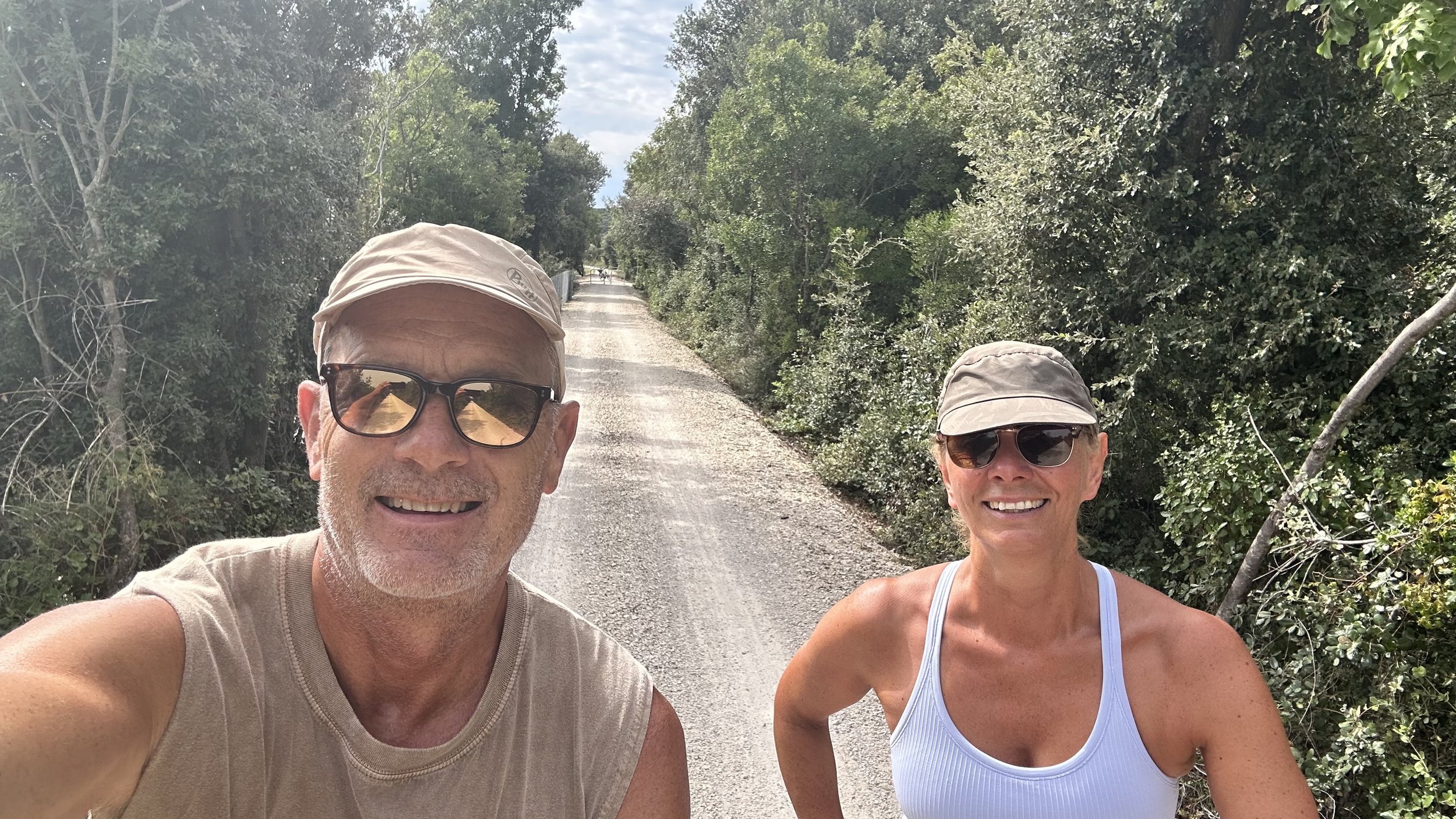
Indian Summer Photo Album
Pinching myself!
It’s time to take you on a brief Croatian geography lesson 📍🇭🇷, share a few new beautiful spots we visited in recent days, and tell you a story about a villa. Yes, one villa stole our hearts!
I hope through reading the blogs you get to know what else you could add to your list of places to visit when you embark to Europe!
There is a lot more to Croatia than Dubrovnik and Split 😎.
Let’s go!
Believe it or not we have been on the road 13 weeks! It’s gone so fast, it’s hard to believe it.
Looking back, I’ve noticed I tend to write my blogs as things happen; when I feel strong emotions running through me; when I need to put my thoughts on paper; or when I have an outburst of inspiration.
I have chosen the title for this blog more than a week ago when I felt inspired by the natural beauty of the Adriatic Sea.
Today it couldn’t be more appropriate when I reflect back on the devastating earthquake that has hit Morocco. It is absolutely heartbreaking to watch the news and I feel so sad seeing people suffering, seeing historical sites we visited just a short few weeks ago now ruined, it all feels so surreal. Having now built relationships with a few locals too, we’ve really felt the weight of the impact that this earthquake has now caused for the people of Morocco. Pleasingly after checking in with our tour guides I’m truly relieved to hear that they and their families are all well and safe.
This event shows once again you simply never know what’s around the corner. Despite all of us trying hard to live an optimal life, make the best decisions at home and at work, we really don’t know what can happen at any point in time.
Live life to the fullest and do it now, my Mum used to say, everything else can wait. This cannot be any more true today than ever!
I feel grateful for each and every day, and I do my best to live in the present moment. I am far from mastering the skill, though I sure am trying to practice it each day!
~~~~~~~~~~~~~~~~~~~~~~~~~~~~~~~~~~~~~~~~~~~~~~~~~~~~~
Today I will take you on a brief Croatian geography lesson, share a few new beautiful spots we visited in recent days, and tell you a story about a villa. Yes, one villa stole our hearts!
I hope through reading the blogs you get to know what else you could add to your list of places to visit when you embark to Europe!
There is a lot more to Croatia than Dubrovnik and Split 😎.
Let’s go!
Croatia's territory covers 56,594 km2 (21,851 sq mi), making it the 127th largest country in the world. Bordered by Slovenia and Italy in the northwest, Hungary in the northeast, Bosnia and Herzegovina and Serbia in the east, Montenegro in the southeast and the Adriatic Sea in the south.
Croatia is administratively organised into twenty counties, and is also traditionally divided into four historical and cultural regions:
Croatia proper - the central part that also holds the capital Zagreb.
Dalmatia - consists of much of the coastline and stretches from the island Rab in the north of the country to the Bay of Kotor in the south. Dubrovnik and Split (the largest city) are the most attractive tourist cities in Dalmatia.
Istria - is Croatias largest peninsula but is also shared with Slovenia & Italy although majority sits within Croatia. Pula is the largest city in Istria, and sits at the peninsula’s southern tip. Rovinj is 35 mins drive from Pula and is the most visited city in Istria and in fact voted the top tourist destination of Croatia the last two years as it has welcomed the most tourists from all over.
Slavonia - this region comprises the majority of inland eastern Croatia, and was also once its own kingdom.
These counties are further divided into other, smaller regions.
If you have been following my blogs you would have figured out I grew up in Dalmatia in Split, and since 2004 we started coming to our new home in Rovinj situated in Istria.
Growing up in Dalmatia meant we enjoyed the life in the region and rarely explored other parts of Croatia unless we had family or friends living elsewhere.
I grew up believing Dalmatian towns, sea, beaches, people were the best! I wasn’t wrong, but there is more to this beautiful country.
Being relatively “new” to Istria we love to explore its surroundings, and let me tell you it’s equally, and differently beautiful in comparison to Dalmatia.
A weekend away
A few days ago we decided to go on a weekend away to explore some Istrian islands. We picked two: Cres and Lošinj, and we loved it!
I will leave it to the photos to tell the story of the nature beauty and I’ll briefly tell you a bit about Lošinj.
First of all I thought the islands were two separate islands and they are today, but they are connected by a small bridge and you can drive from one to another. So easy!
The islands of Cres and Lošinj were once connected in their distant past but were artificially separated by a canal near Osor for trade reasons. The bridge in Osor opens up for boats to pass through the canal and shuts down for cars to drive through.
We drove from Rovinj and caught a car ferry at Brestova, and in 20mins arrived to Cres. We visited Cres’s tiny town, a colourful fishermen’s village. We had our favourite burek breakfast from a popular Mlinar bakery, a coffee at the local cafe and watched locals buy freshly caught fish from the fishermen’s boats before we continued our drive to our accommodation at Mali Lošinj.
(NOTE: š is pronounced like it is written as sh and Č is pronounced like it is written as ch)
Mali and Veli Lošinj are next one to another. Two towns with misleading names, Mail Lošinj means “ small village”, and Veli Lošinj means “ great village”. In reality Mali Lošinj is a much bigger township than Veli Lošinj, with 7000 inhabitants. It is the largest island town in the Adriatic.
I am still trying to find out why the name differs from the reality, it’s a mystery for now! 🤔
Almost uninhabited until the mid-13th century, Lošinj developed into one of the leading regional maritime powers by the 19th century. The town of Mali Lošinj, behind Trieste, became the second most important port in the Adriatic. Lošinj residents were renowned for their skill in shipbuilding and as the best sailors in the Mediterranean.
During that period, the architectural appearance of the center of Mali Lošinj was defined, and it has remained almost unchanged to this day. Mali Lošinj had six shipyards in the 19th century, and thanks to them, it briefly rose to second place in Austro-Hungarian shipbuilding industry.
The beginnings of tourism on the island dates back to 1885 when health tourism appeared as the initial form of tourism. On January 21, 1885, the first tourist on this island was registered. The first hotel in Mali Lošinj was called Vindobona and was built in 1887. Thanks to the exceptional climate characteristics, the healthy effects of its sea breezes, clean water and 2,600 hours of annual sunshine earned Lošinj an official designation as a health resort in 1892.
Lošinj became one of the favorite vacation destinations of the Austro-Hungarian aristocracy, who built numerous villas and summer residences on the island that still adorn it today.
Today Lošinj is known as the island of vitality due to its climatic health resorts treating people with respiratory diseases and allergies. Not only that, but tourists from all over come and stay, with over 230km of biking / walking trails, there is plenty to see and do!
The rocky seabed, the currents and conservation makes the water around the island some of the cleanest in the Adriatic, which is why this area is a magnet for dolphins, in fact it has 2000+ residential dolphins.
Fun fact: The more sea urchins you find, the clearer the water is, and it’s safe to say we saw many!
Čikat Bay
While exploring the sights of the island ahead of arriving, Petra repeatedly came across the same scene - beautiful stairs leading down to the sea in Čikat Bay. As Čikat was on our list, this was stop number one.
We explored Čikat Bay and were left speechless. Imagine walking around a beautiful promenade with crystal clear water on one side, beautiful luxurious villas and pine trees on the other. Blissful!
We hired bikes for a couple of hours, not long enough! We agreed the triple B must be done when in Lošinj - beach, bike, and boat - i. e. we must come back and stay a few more days to fully explore this beautiful place.
In fact, Čikat was entirely neglected until the end of the 19th century. In 1886, the Society for Afforestation and Beautification of Mali Lošinj was founded, and the first seedlings were planted. During that period, the Austrian-Hungarian nobility discovered Lošinj and all its beauty, and majestic villas began to be built gradually in Čikat Bay.
Čikat Bay was declared a Park-Forest in 1992.
I am certain each of these stunning villas have their own history and a story to tell.
I’ll share one that filled my curious cup to the brim!
Villa Karolina
The real gem is Villa Karolina, in front of which these famous stairs are located. Most tourists pose on the stairs (I admit, I did too), briefly admire the villa, but actually, few know the interesting history, love intrigues, and life stories hidden by this beauty of Lošinj.
This villa was the second villa built on the island and was originally known as Villa Carola, later renamed Karolina (Carolina), which was designed in 1898 by the Vienna architect K. von Wiedenfeld on behalf of Josef F. Lovasy from Budapest. The villa was built in a grand Art Nouveau style and had an impressive garden.
Villa Karolina was a love oasis for the Austrian Emperor and his mistress. However, it is actually believed that Josef F. Lovasy was just a cover for the Austrian Emperor Franz Joseph I, who spent his days with his lover - the famous Vienna actress Katharina Schratt - in Villa Karolina. Many called her the uncrowned empress of the monarchy.
And there is more … the Emperor’s official wife, Elizabeth, known as Sissi, introduced her husband to the actress, hoping he would like her. Sissi supported their relationship, which was by no means a secret.
Their marriage had long been only on paper; the couple lived separately, and after the suicide of their son Rudolf, Sissi withdrew completely from public life to her villa in Corfu.
The glorious days of Villa Karolina during the socialist era become a distant past. The villa comes into the ownership of a local company, where its seasonal workers regularly stayed. Not a bad place to stay during the summer season if you ask me!
During the 1990ties war, the villa became a home for refugees.
Until 2003, the villa was left to decay until it caught the attention of a wealthy Italian couple, actually the wife of Italian politician and businessman Giorgio Punta, who fell in love with Karolina during a visit to Lošinj.
Giorgio purchased the villa for a million euros, and it is believed that he invested a significantly larger amount in its renovation. Besides renovating the villa itself and its auxiliary buildings, the surrounding park was restored with the plantings of the former agave, oleander, and palm park. Villa Karolina was fully renovated in 2005, but Giorgio didn't have the chance to enjoy its full beauty and splendor. Shortly after the renovation, he tragically died in a helicopter crash in Italy.
His wife soon put the villa up for sale, and it's said that she never visited after her husband's death. Villa Karolina didn't remain empty for long. It caught the eye of Russian oil magnate Nikolay Petrovich Tokarev, who purchased it for 12 million euros in 2009. The main reason for buying Villa Karolina is believed to be the beauty of its interior rather than its exterior.
Unfortunately, the villa is not open to the public. We can only imagine its luxurious rooms because, if they are anything like the exterior, they surely take your breath away.
Currently, the villa is closed again because the assets of Russian billionaires around the world are frozen due to the war in Ukraine, and Villa Karolina is not immune to this. Dirty politics again, such a shame.
What fate awaits one of the most beautiful villas on our coast is difficult to predict. Judging by its history, few can remain immune to its beauty.
The end!
A final word
Six weeks have passed since we’ve been in Rovinj and we’ve welcomed and farewelled a number of Kiwi friends. It’s been so great to show them around and proudly talk about Rovinj and our home country.
Thanks to those who have come and visited us here in Rovinj! We hope to see you back here again one day.
Check out the friends album!
And as we continue to enjoy September, one sunny day after another, we are enjoying our days with family who have arrived from Serbia and enjoying the Rovinj St Euphemia festival - 3 days of live music, entertainment and fun.
Perpetuum Jazzile acapella band from Slovenia are truly the world class, their performance last night was the best concert ever in Rovinj! A few of videos just for you! They have over 23 milion views on Youtube: Toto - Africa by Perpetuum Jazzile
Weekend Away - Cres and Lošinj

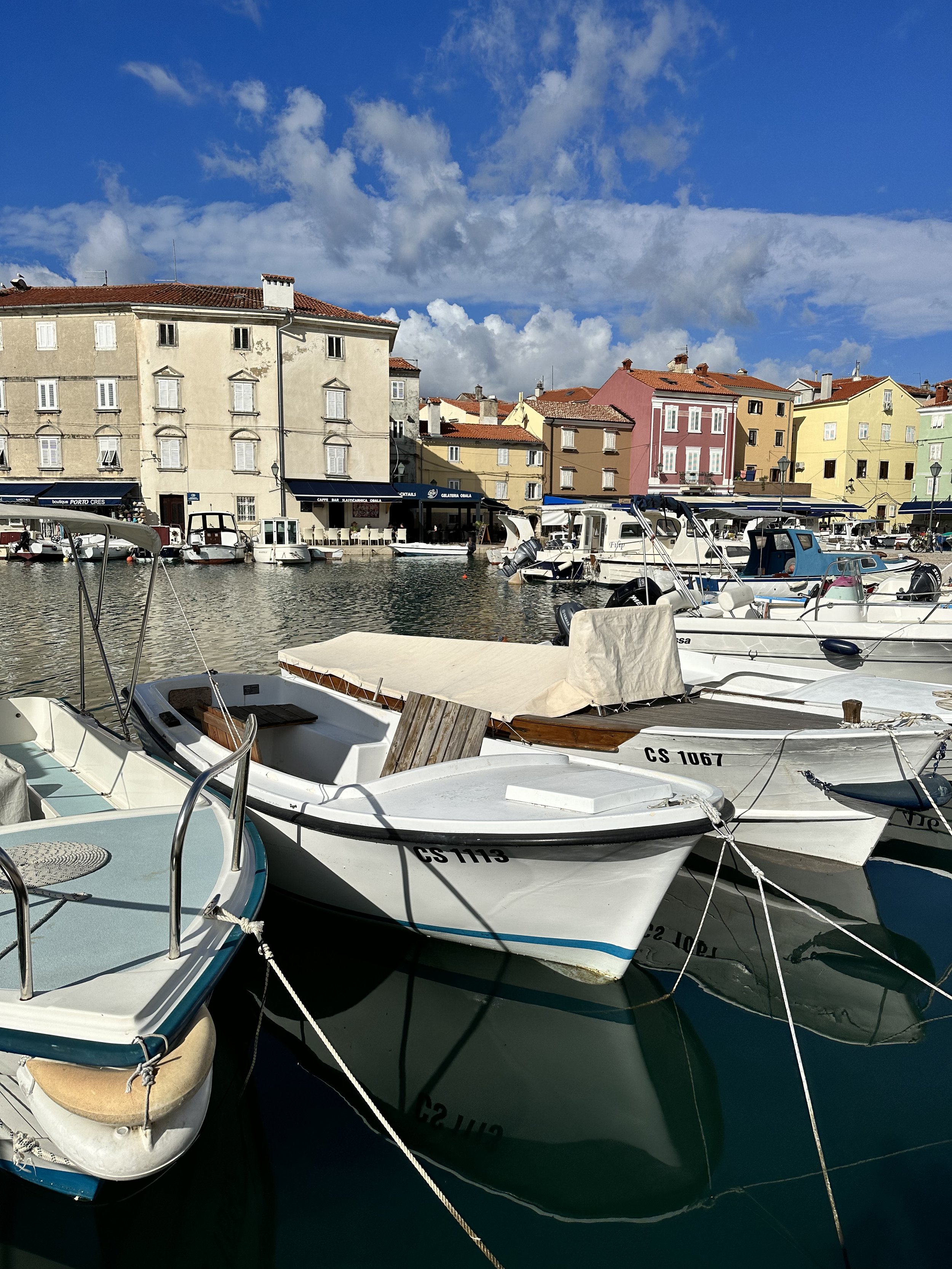
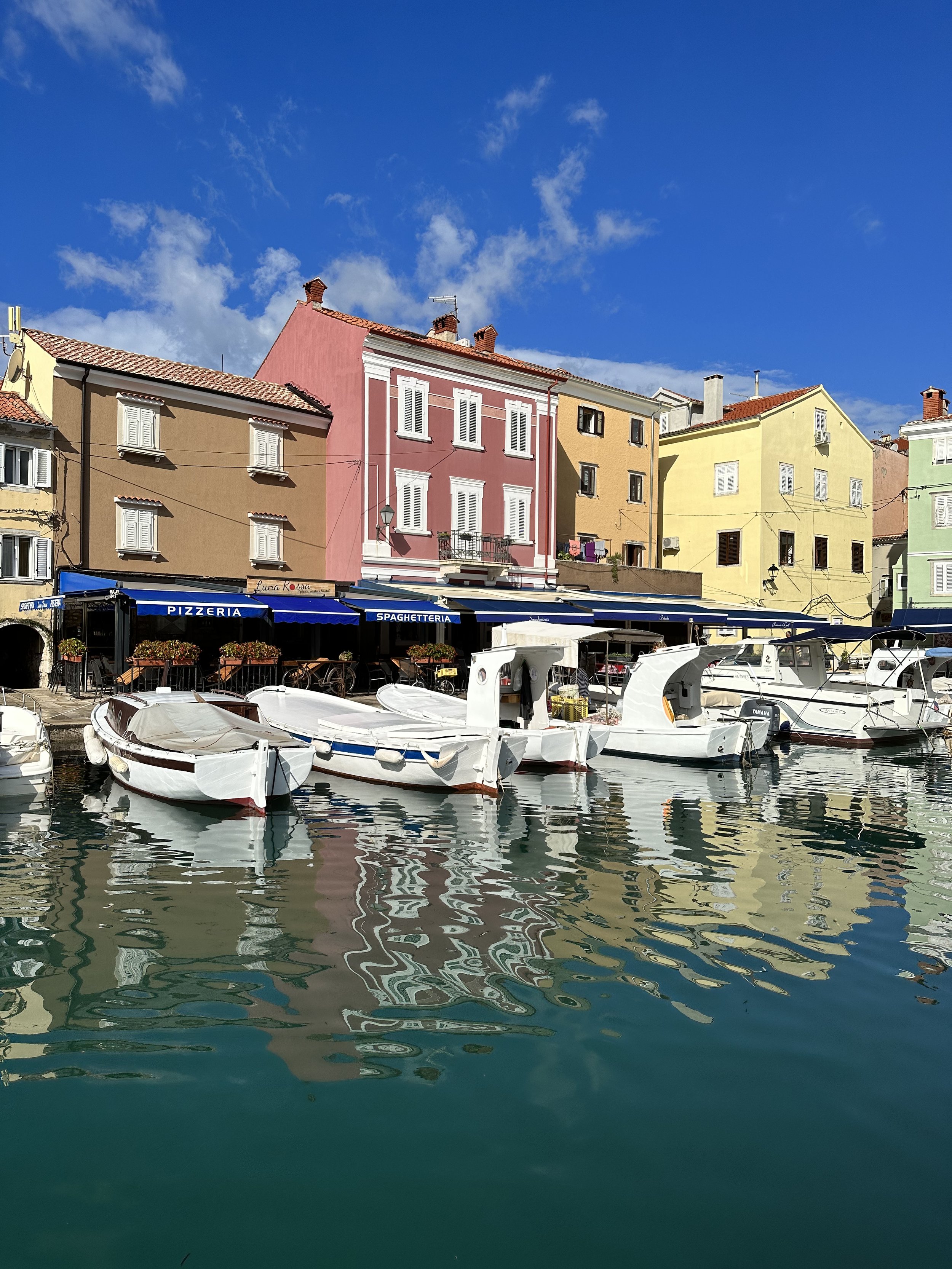
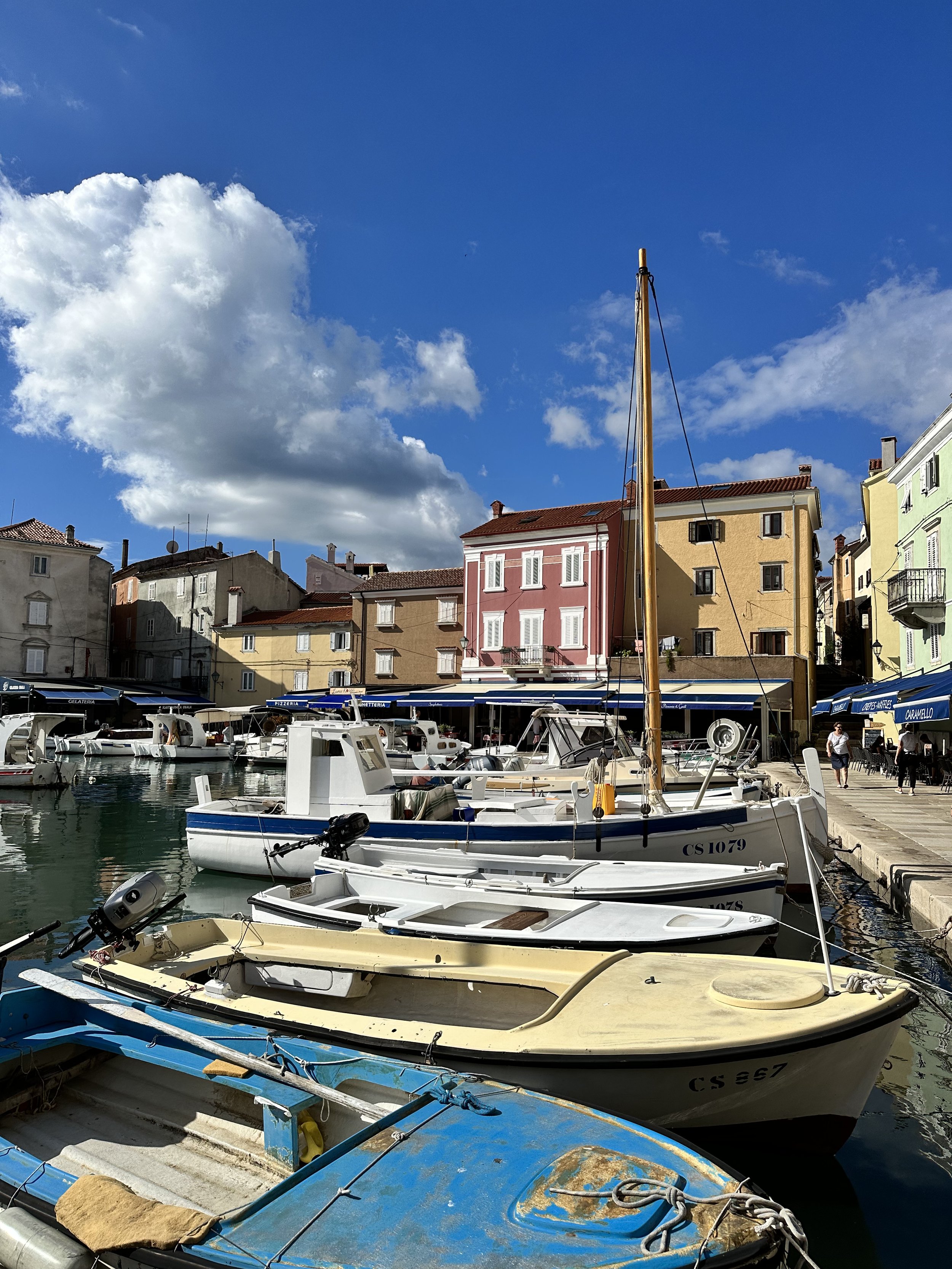
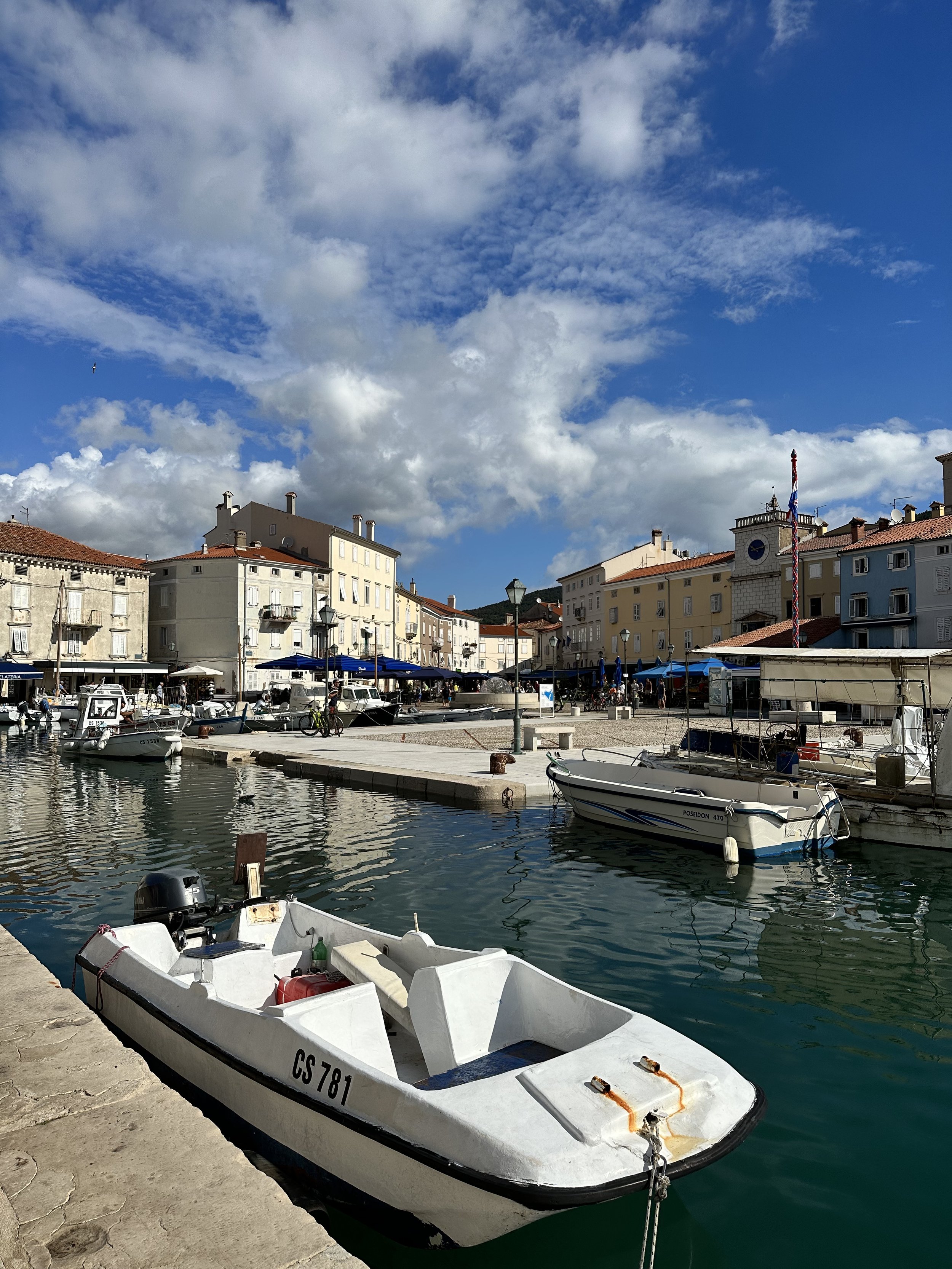
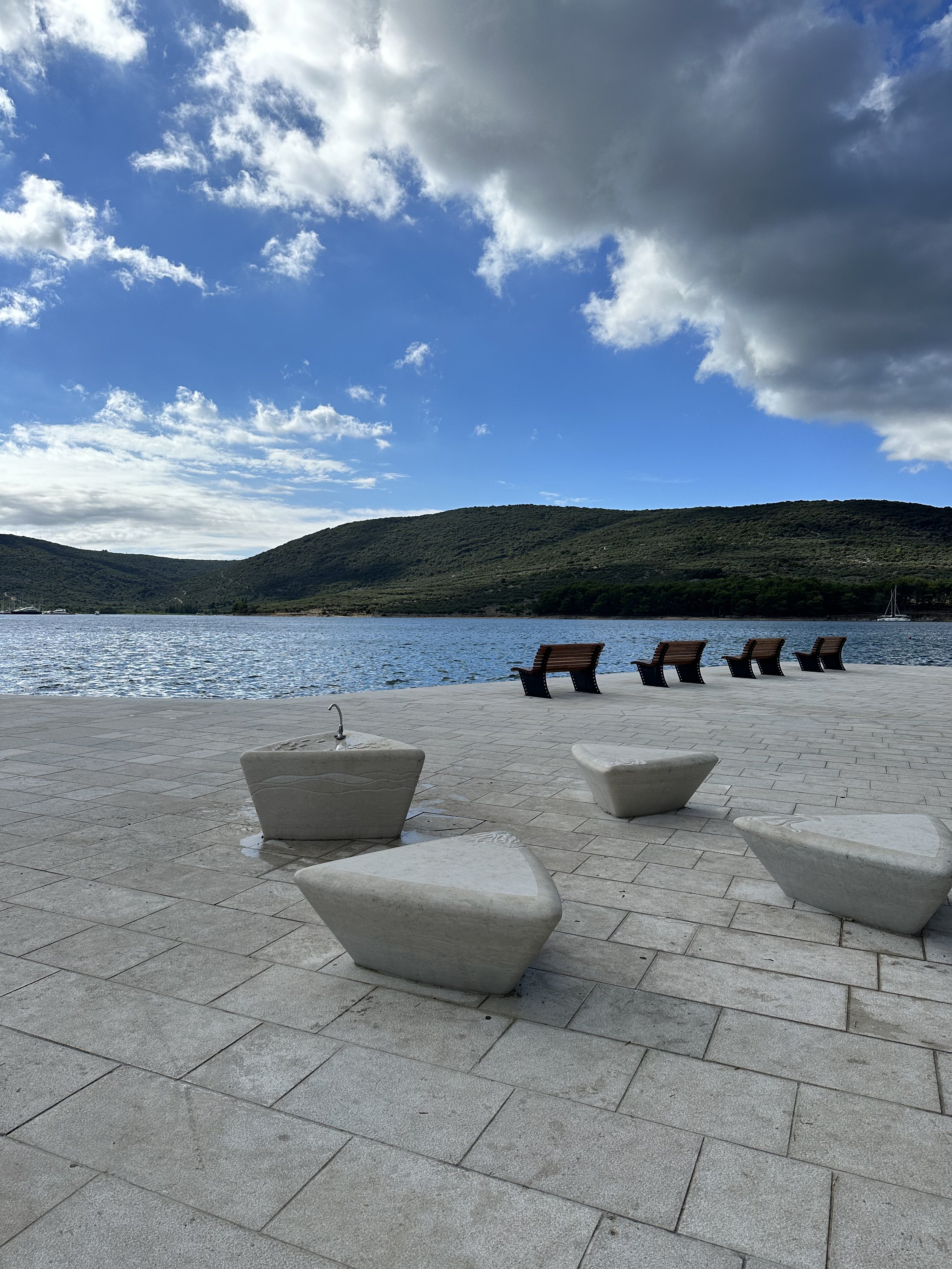
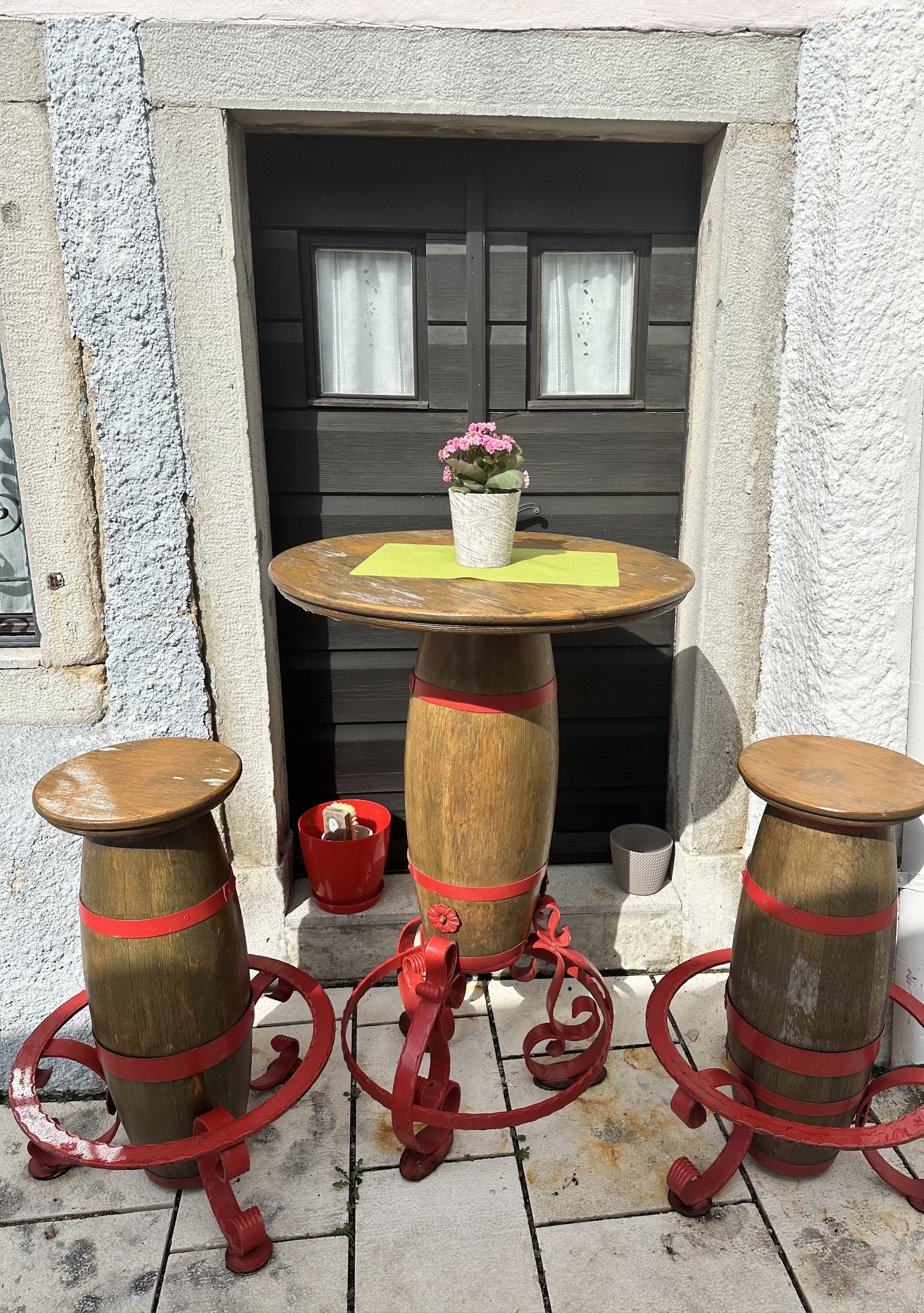
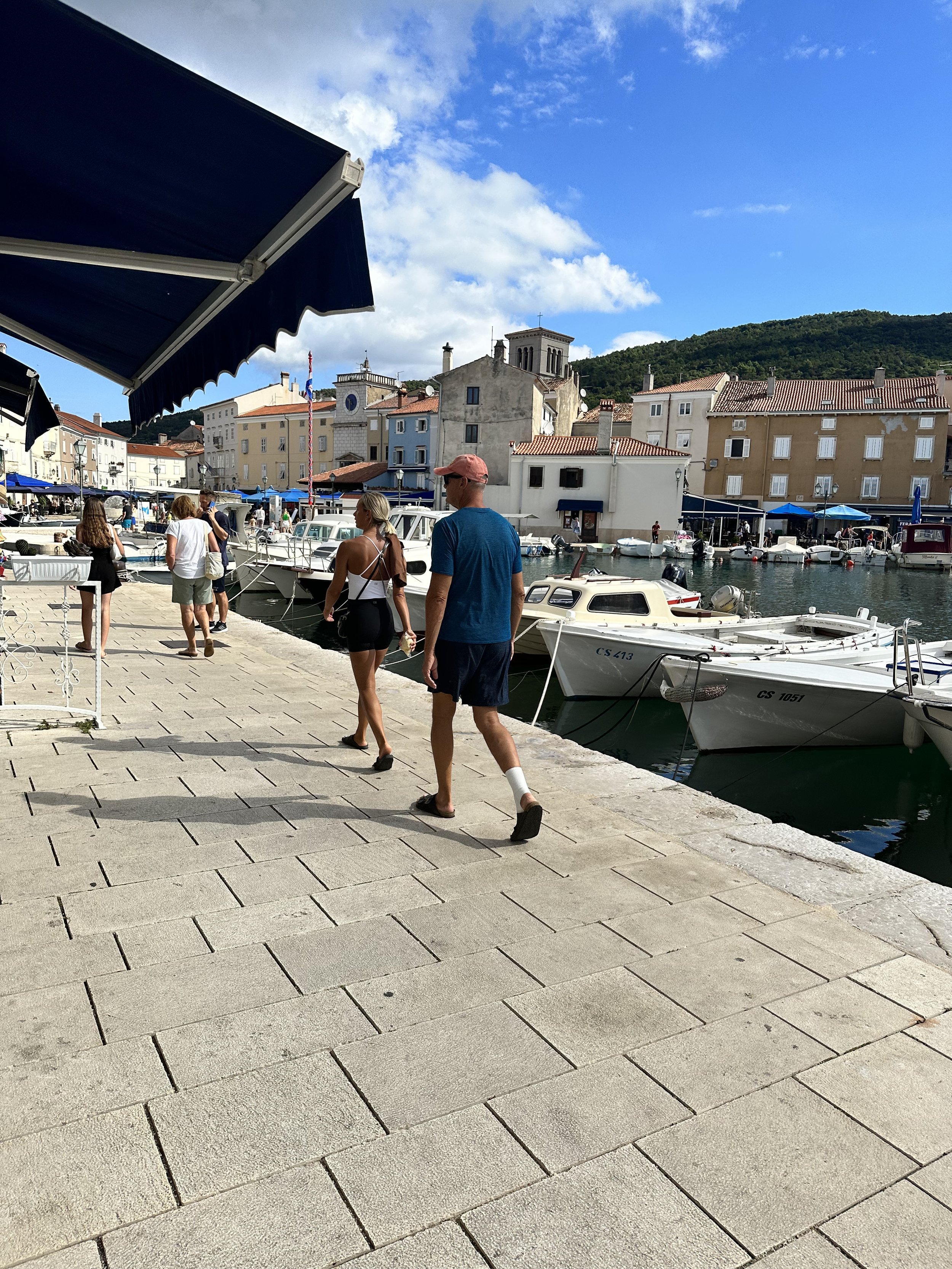
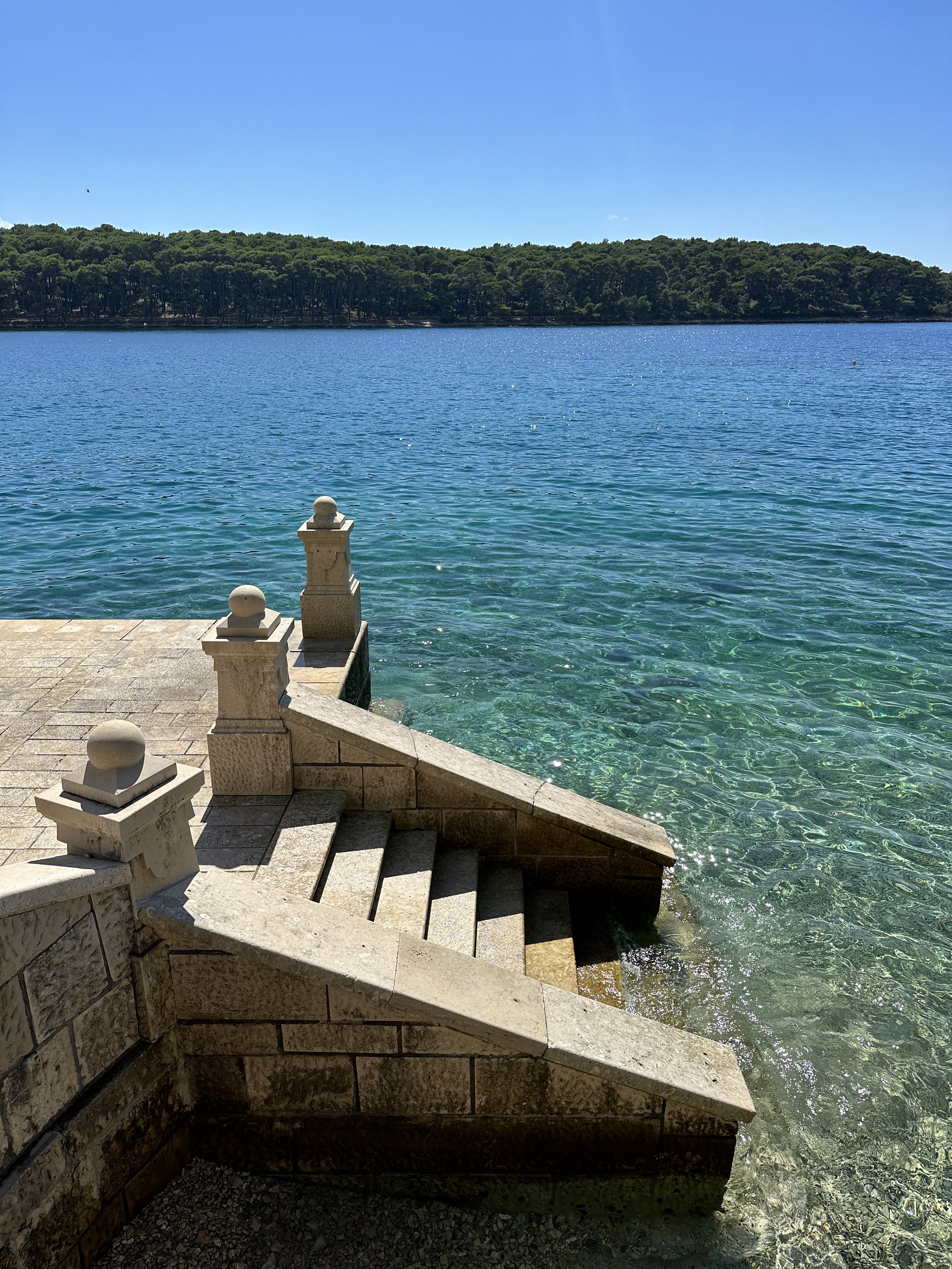
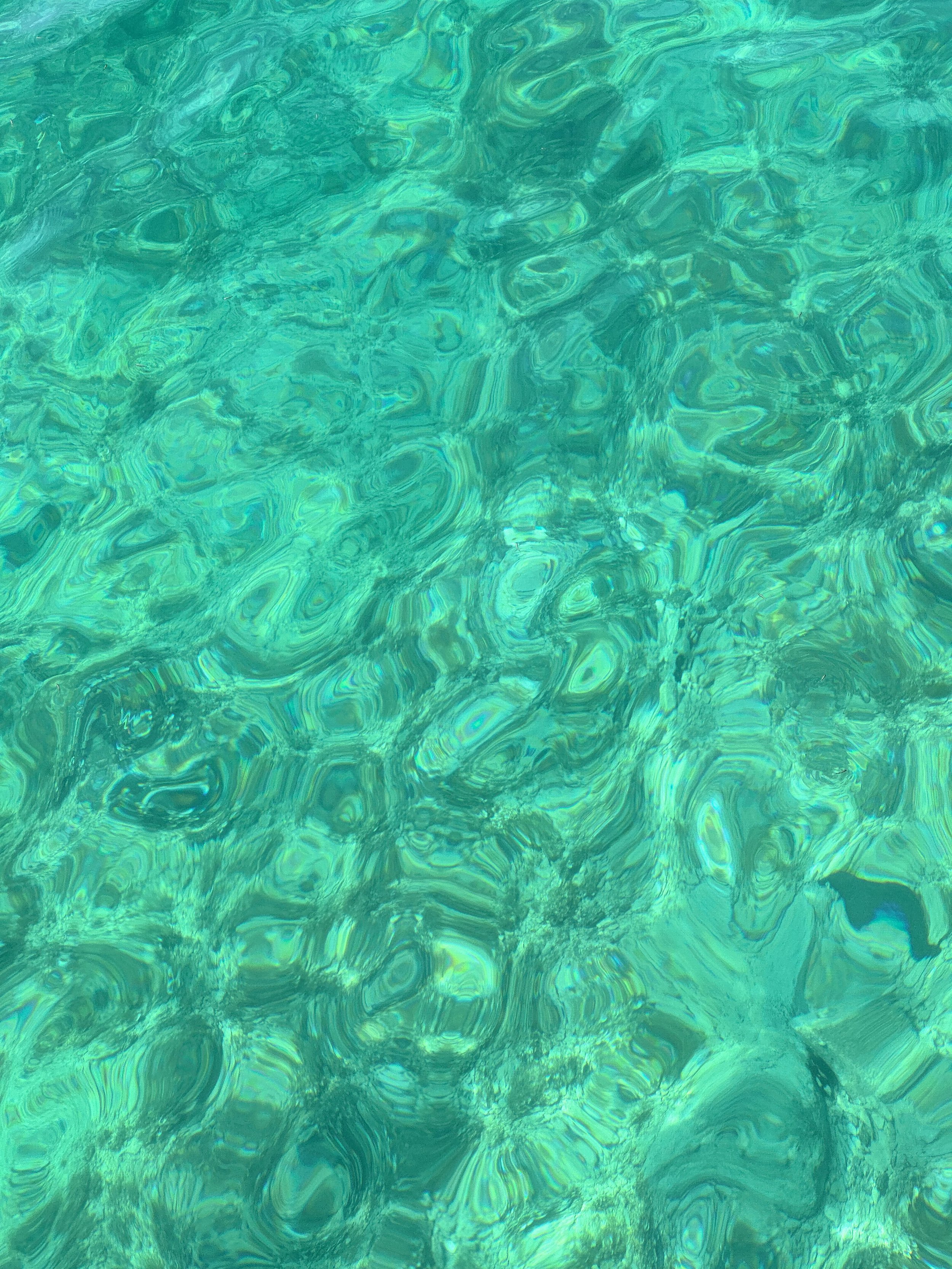
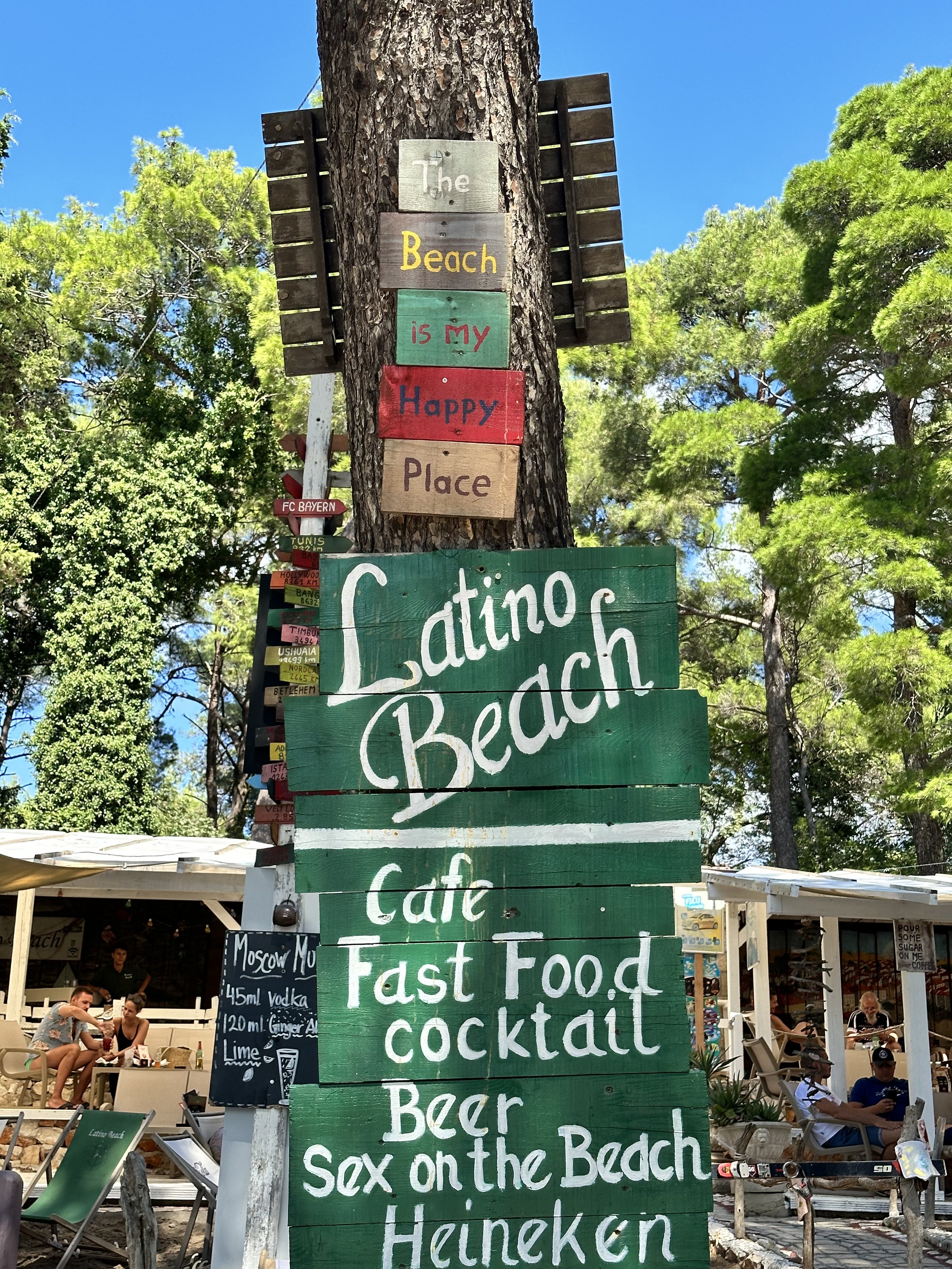
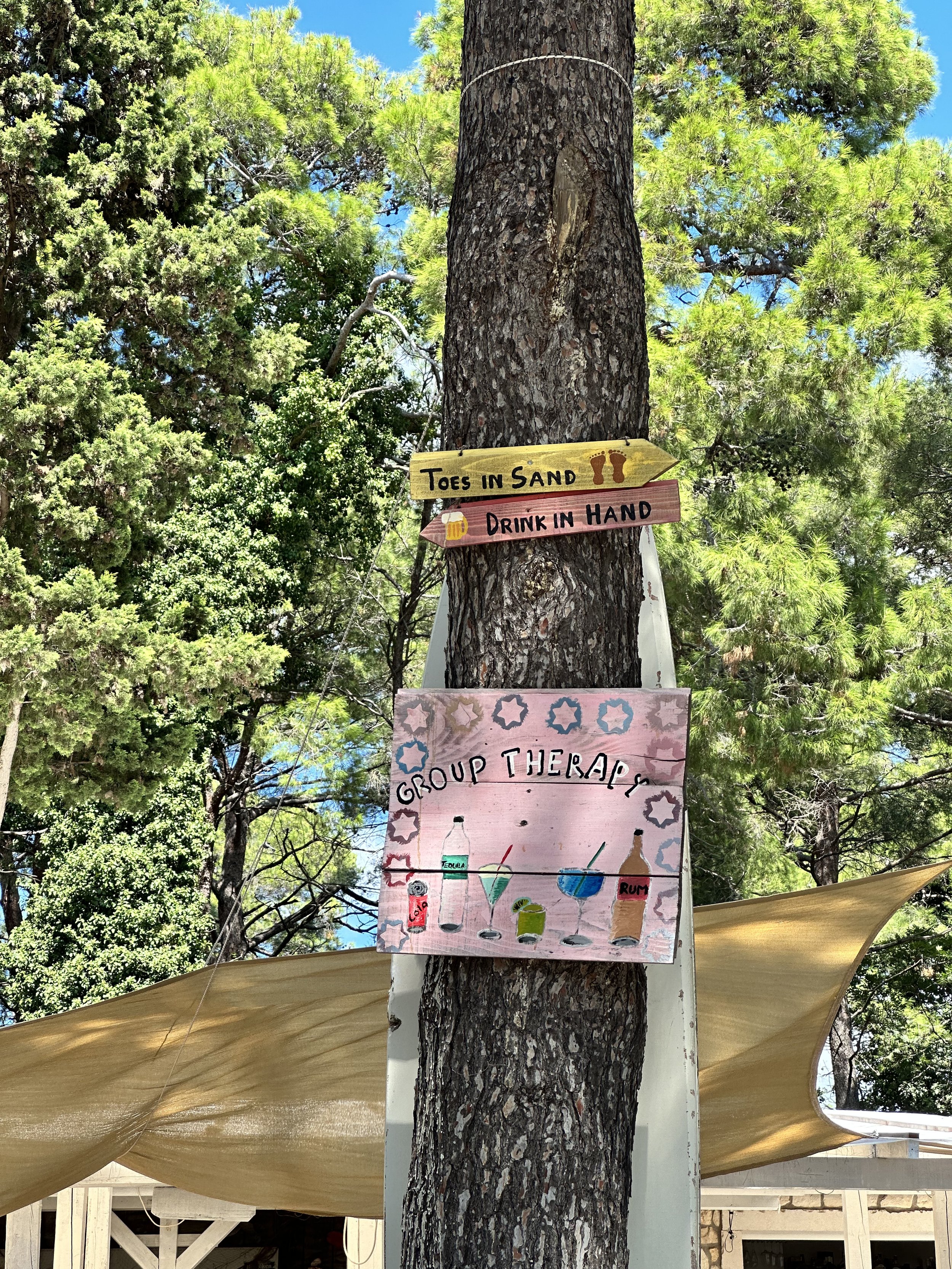
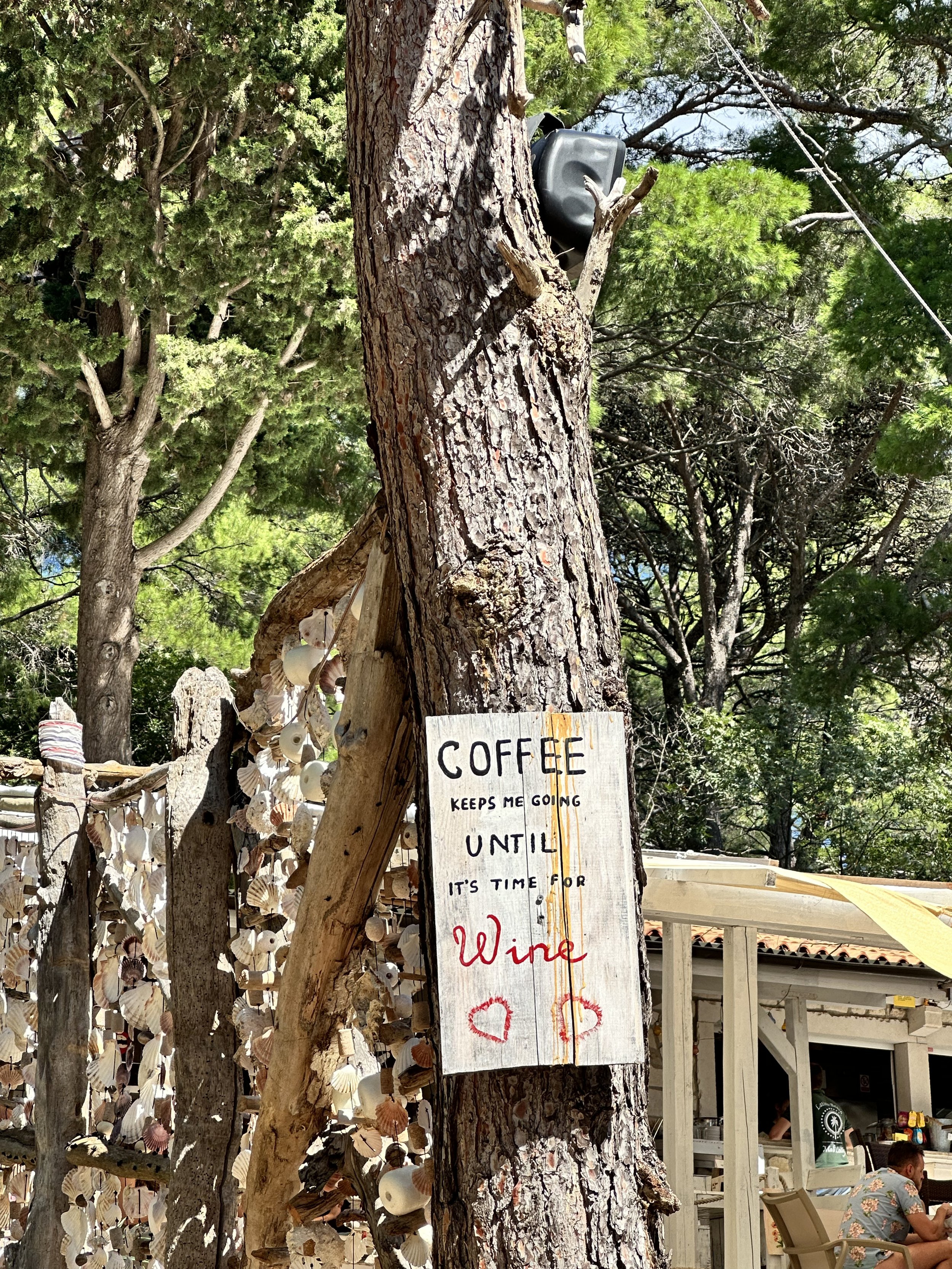
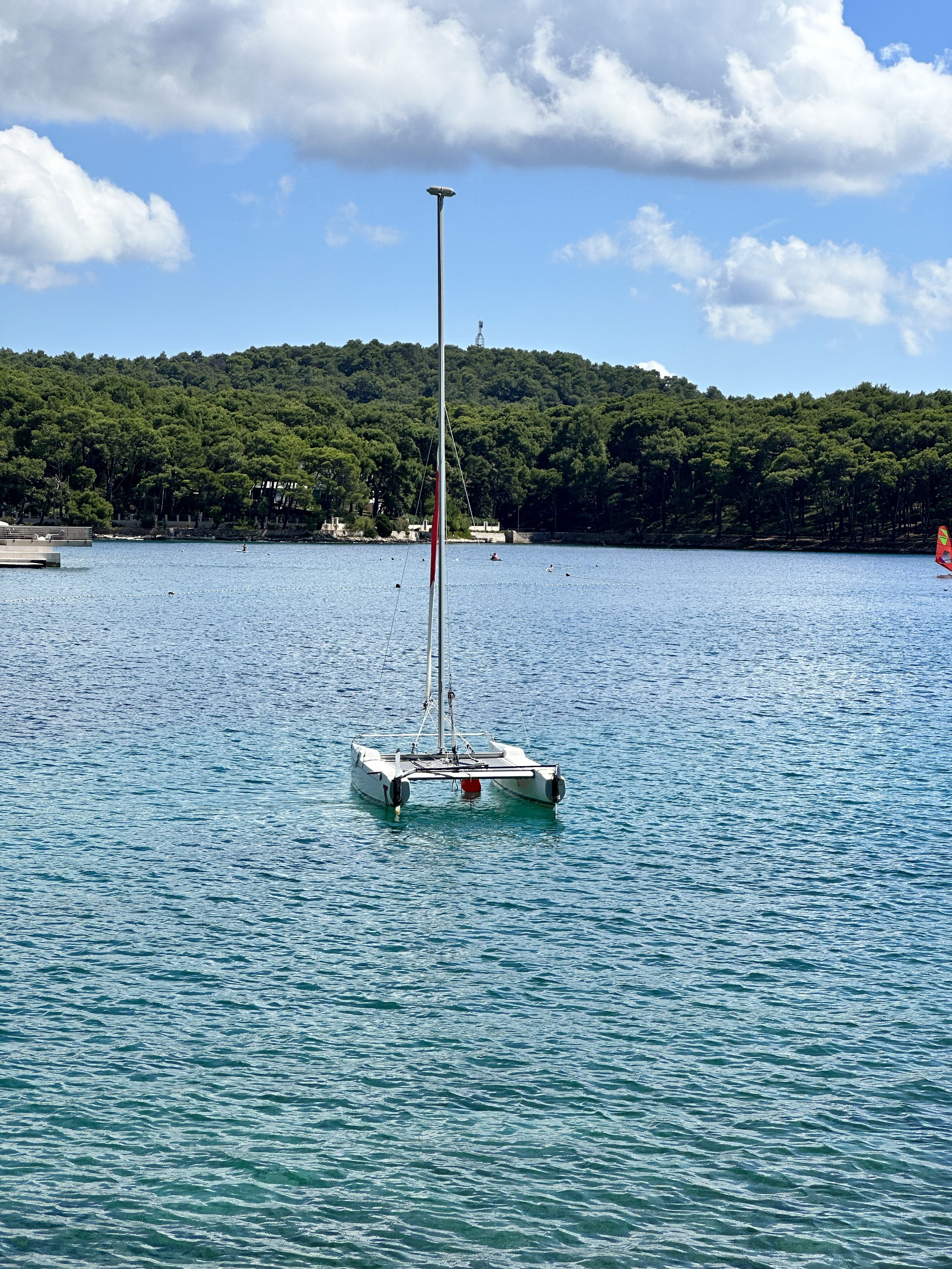

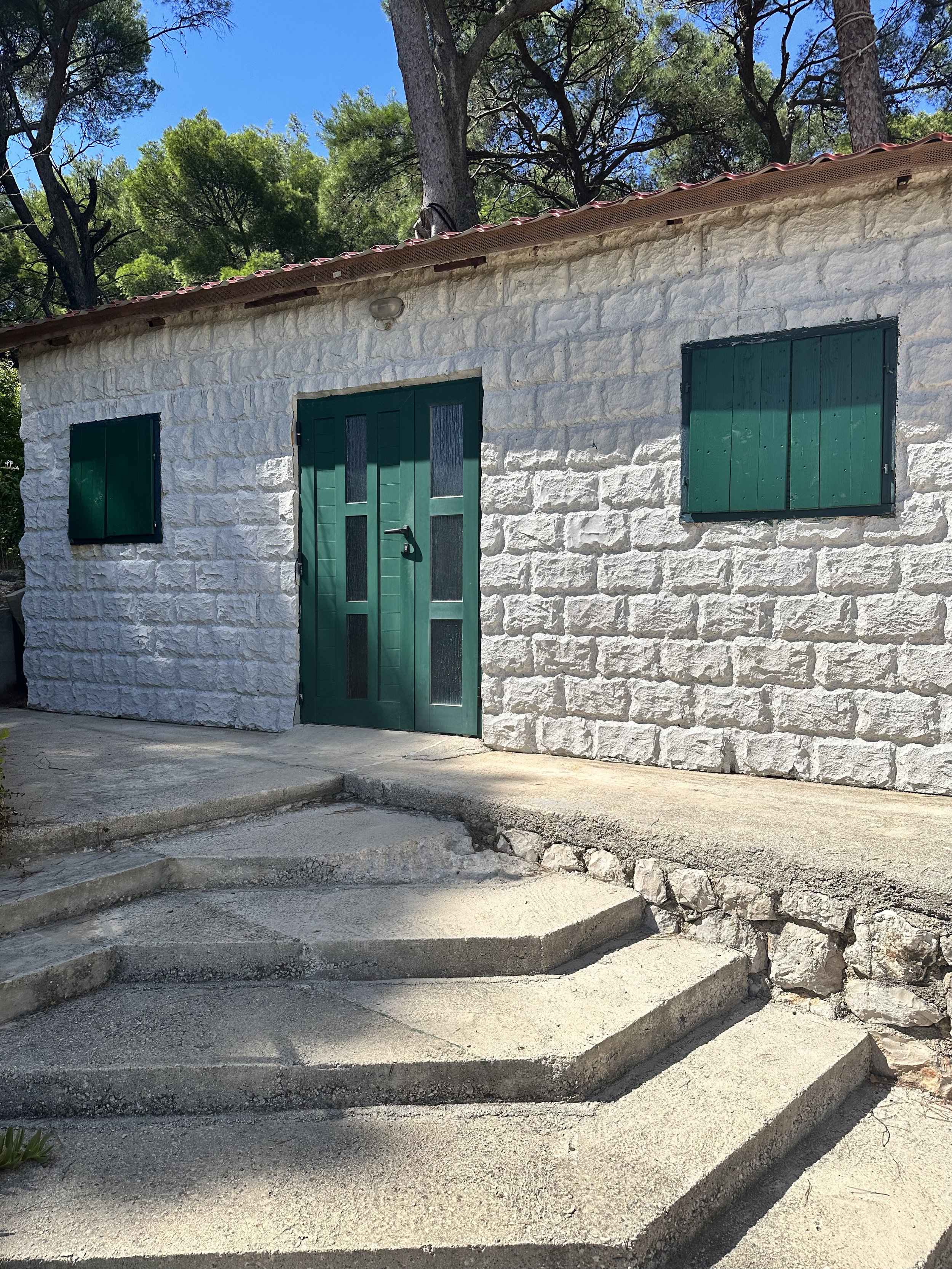
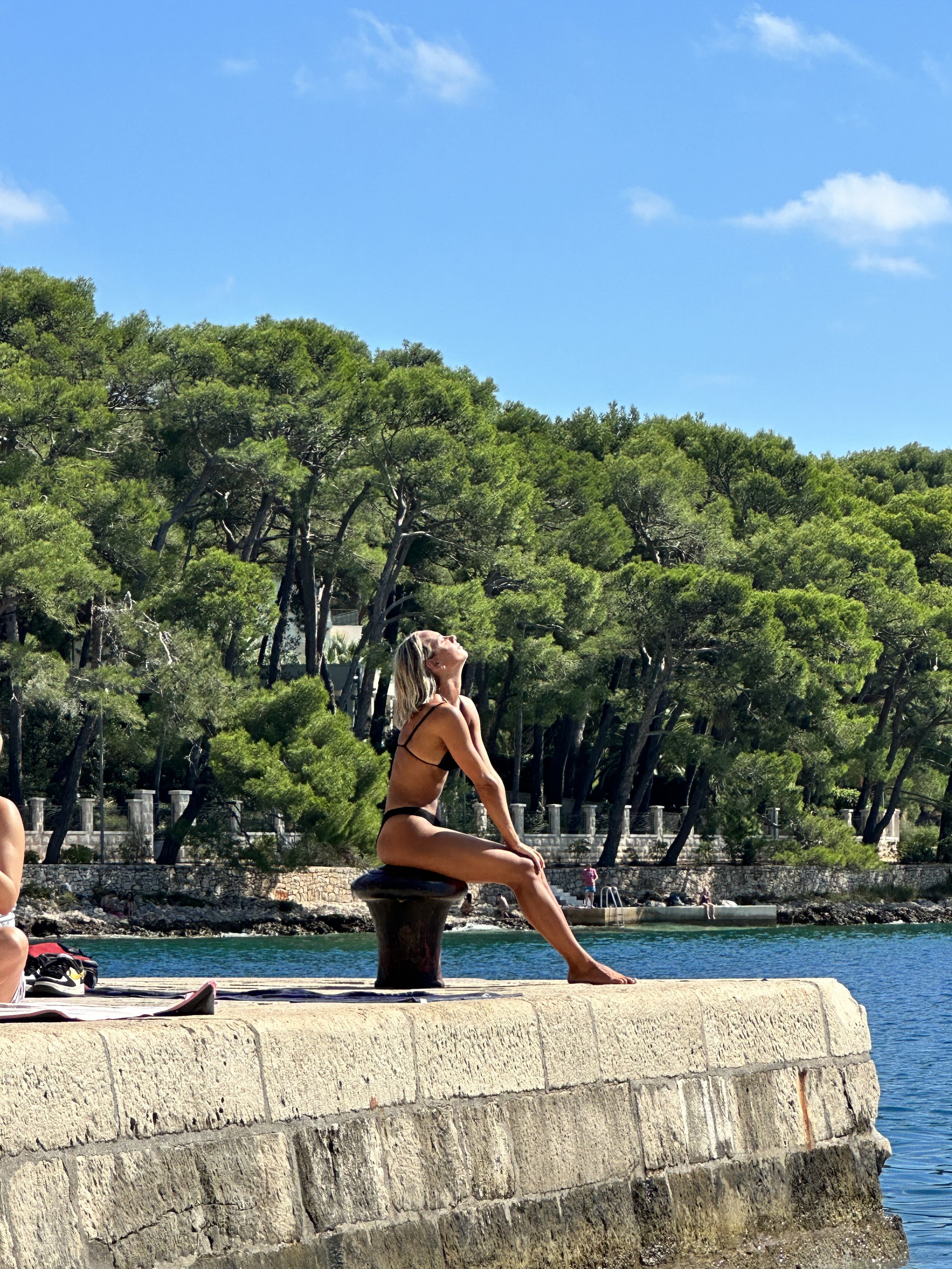
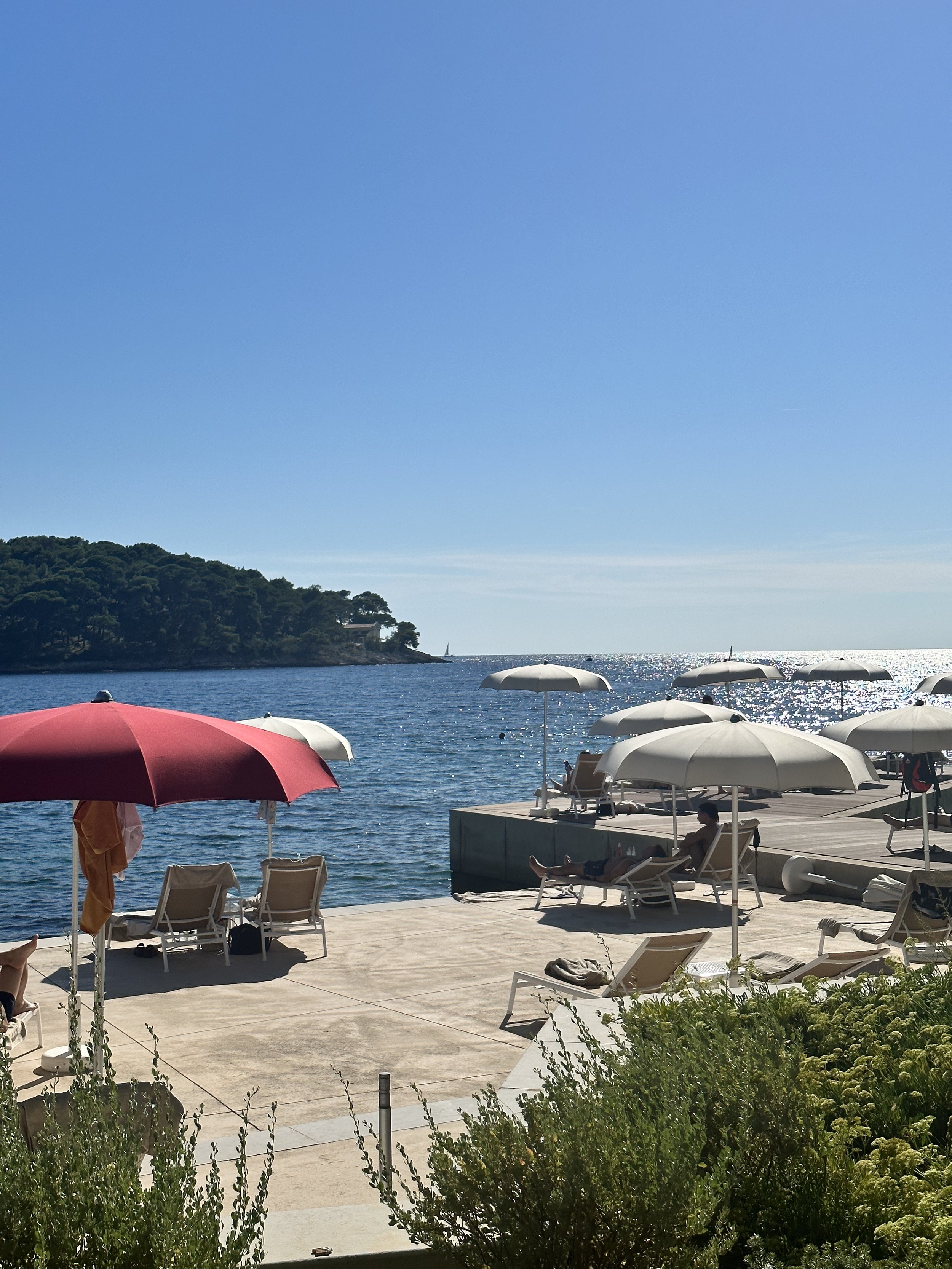


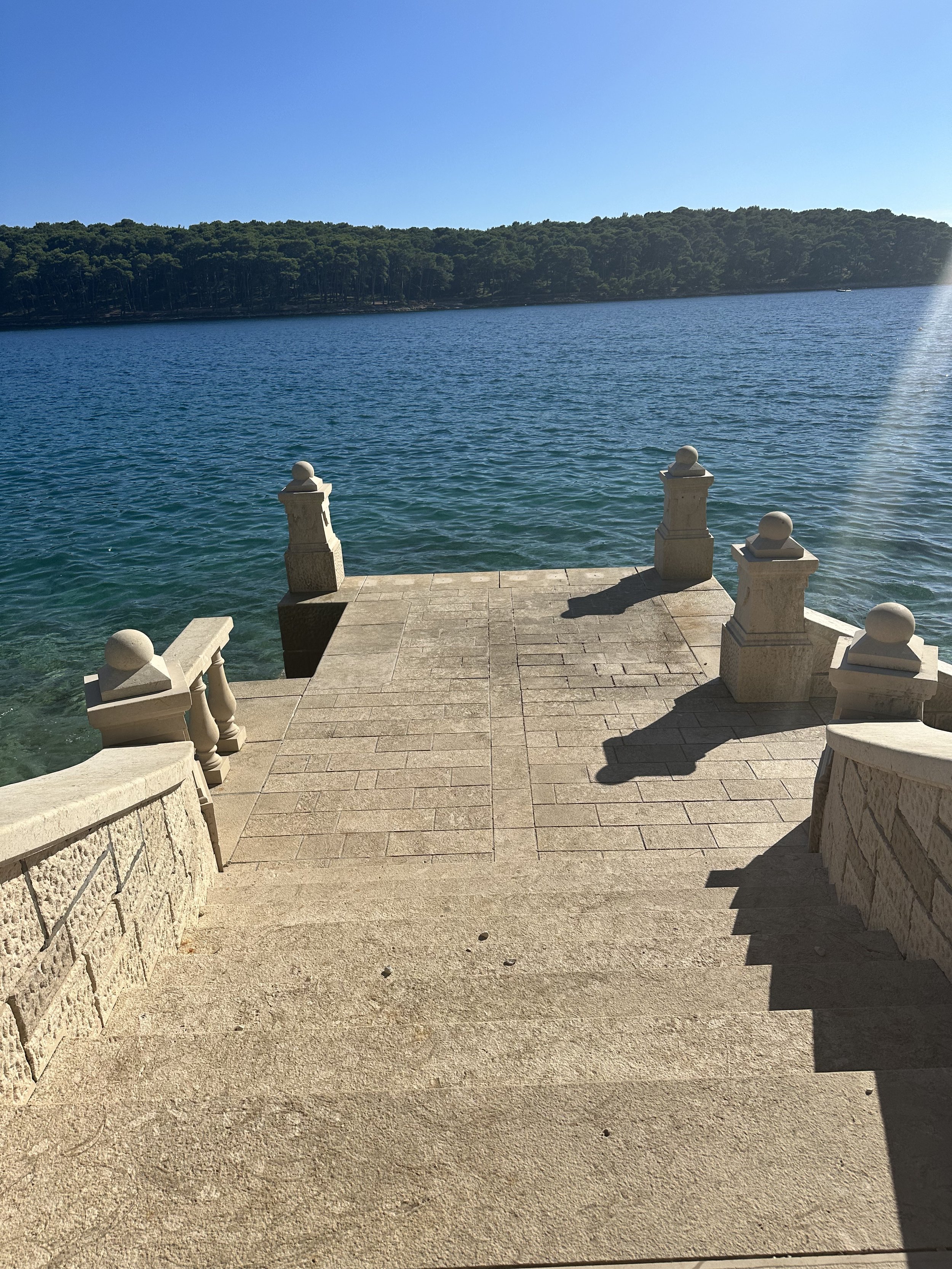
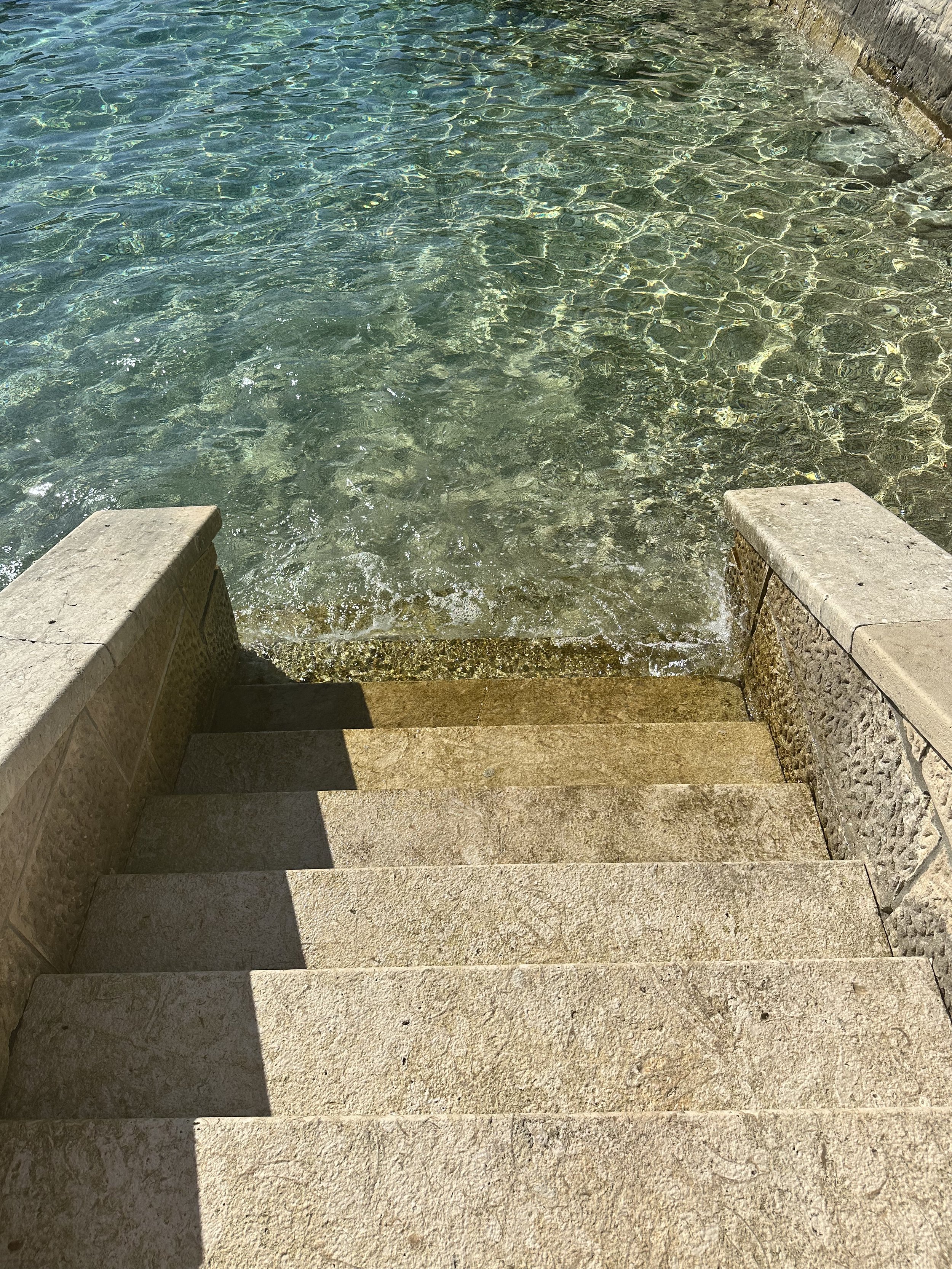
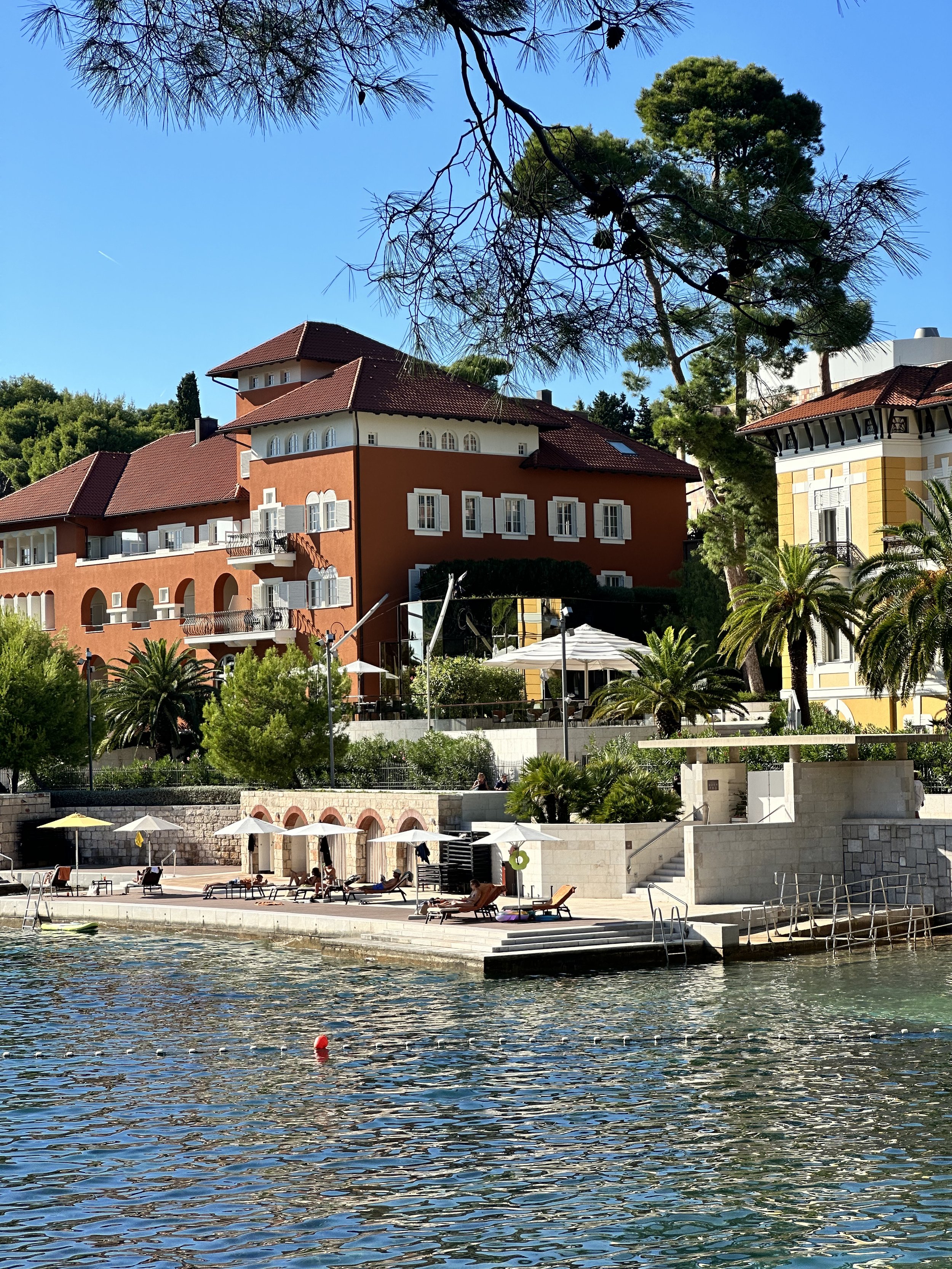
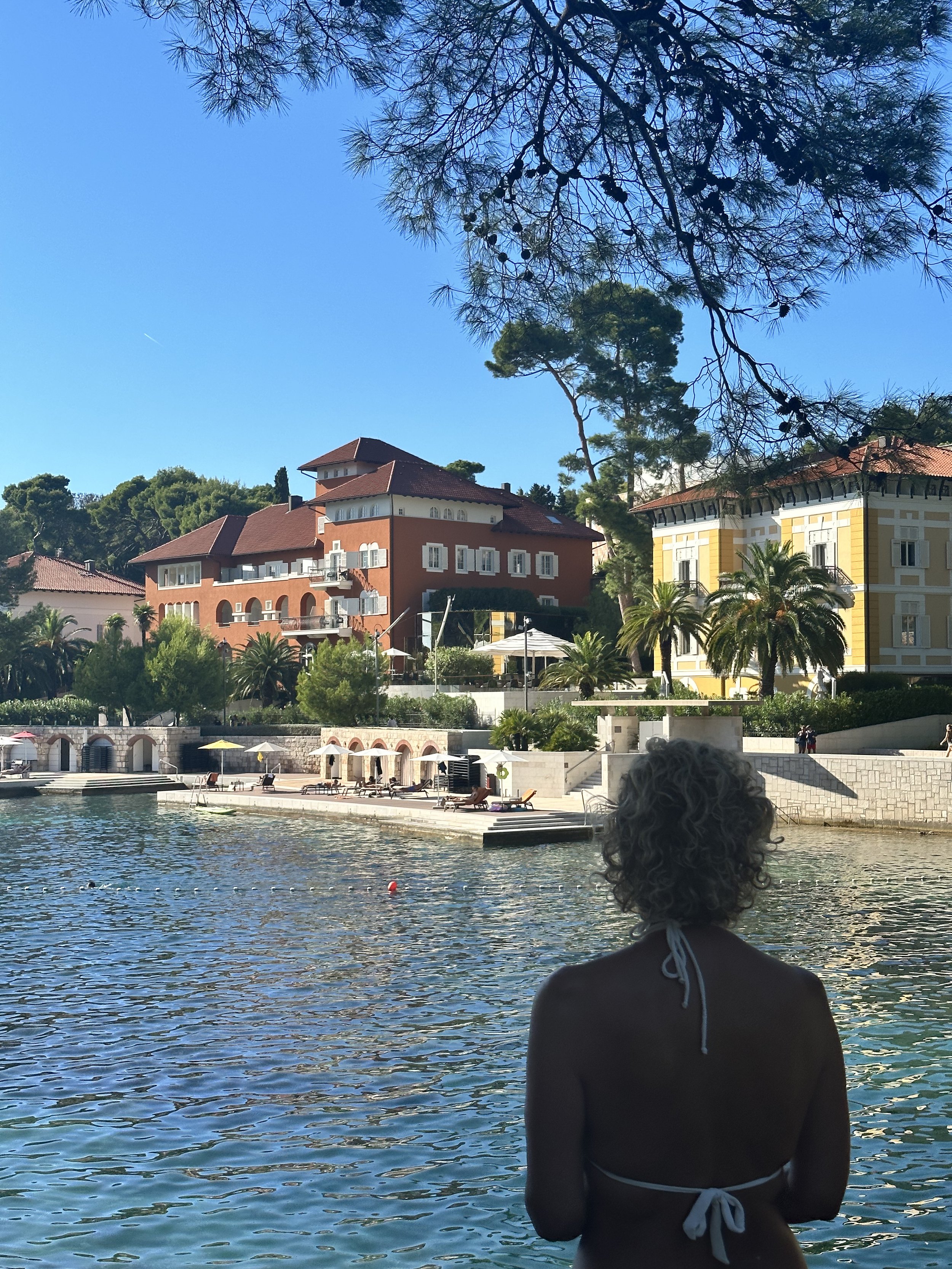
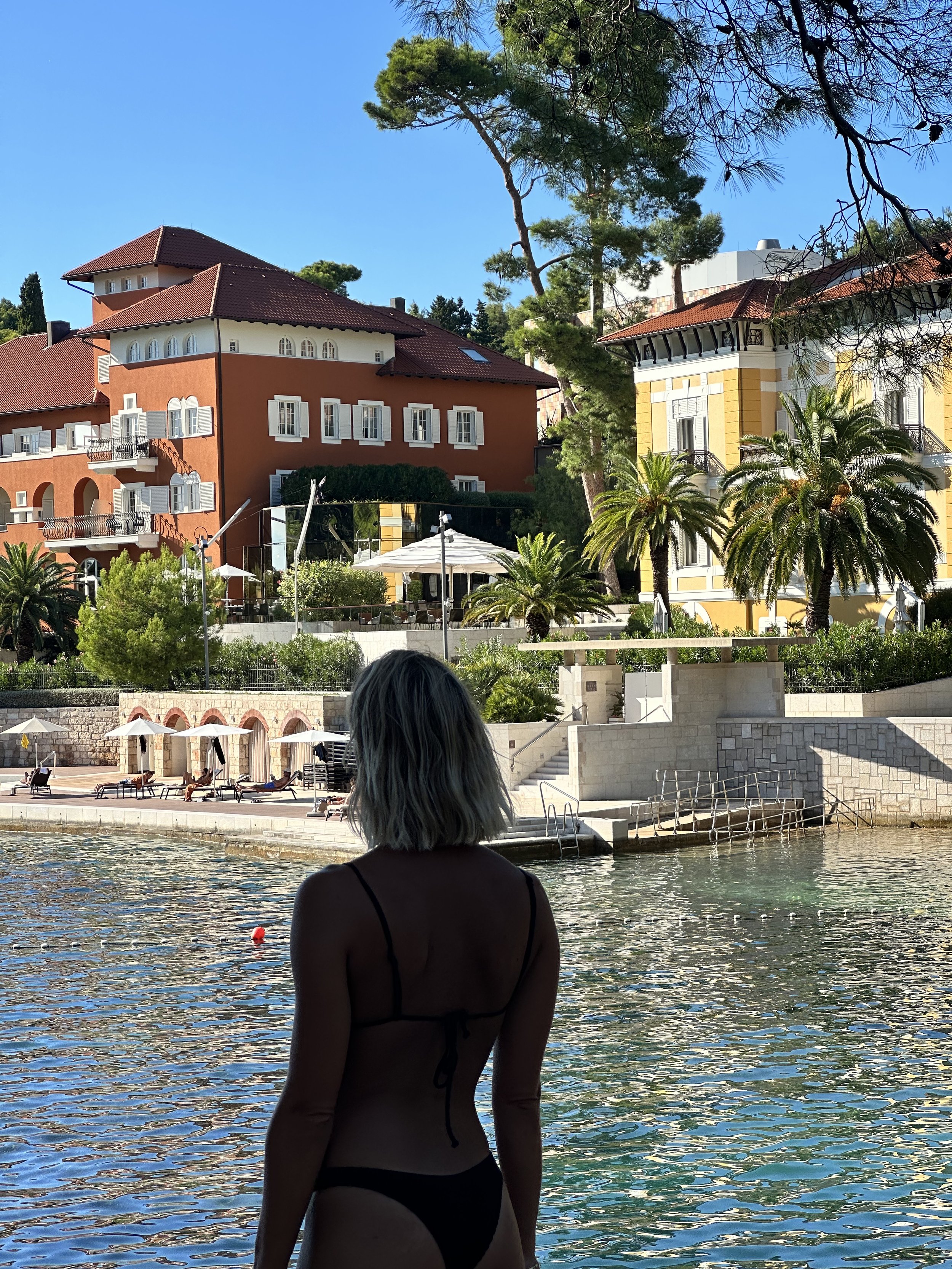

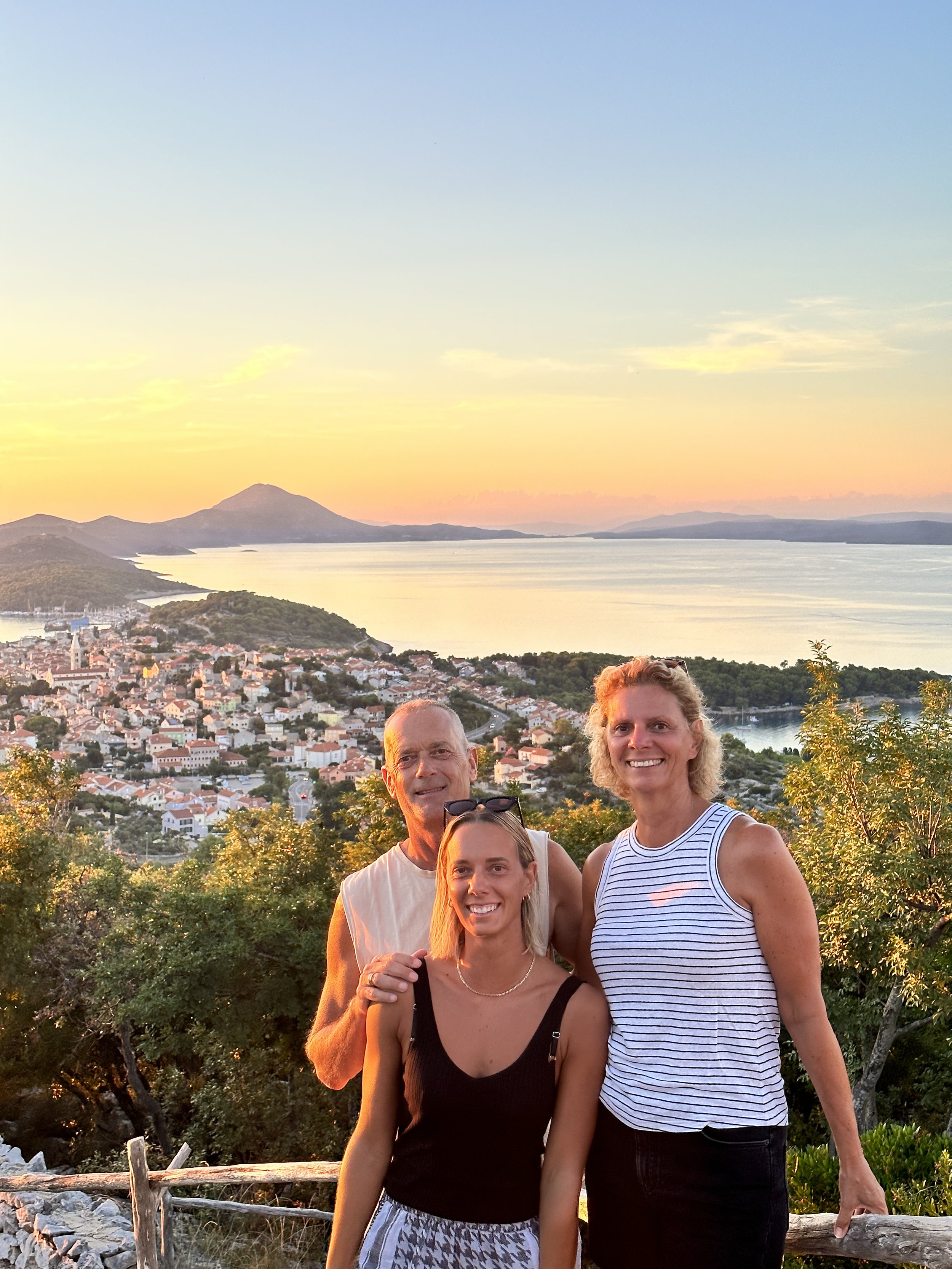

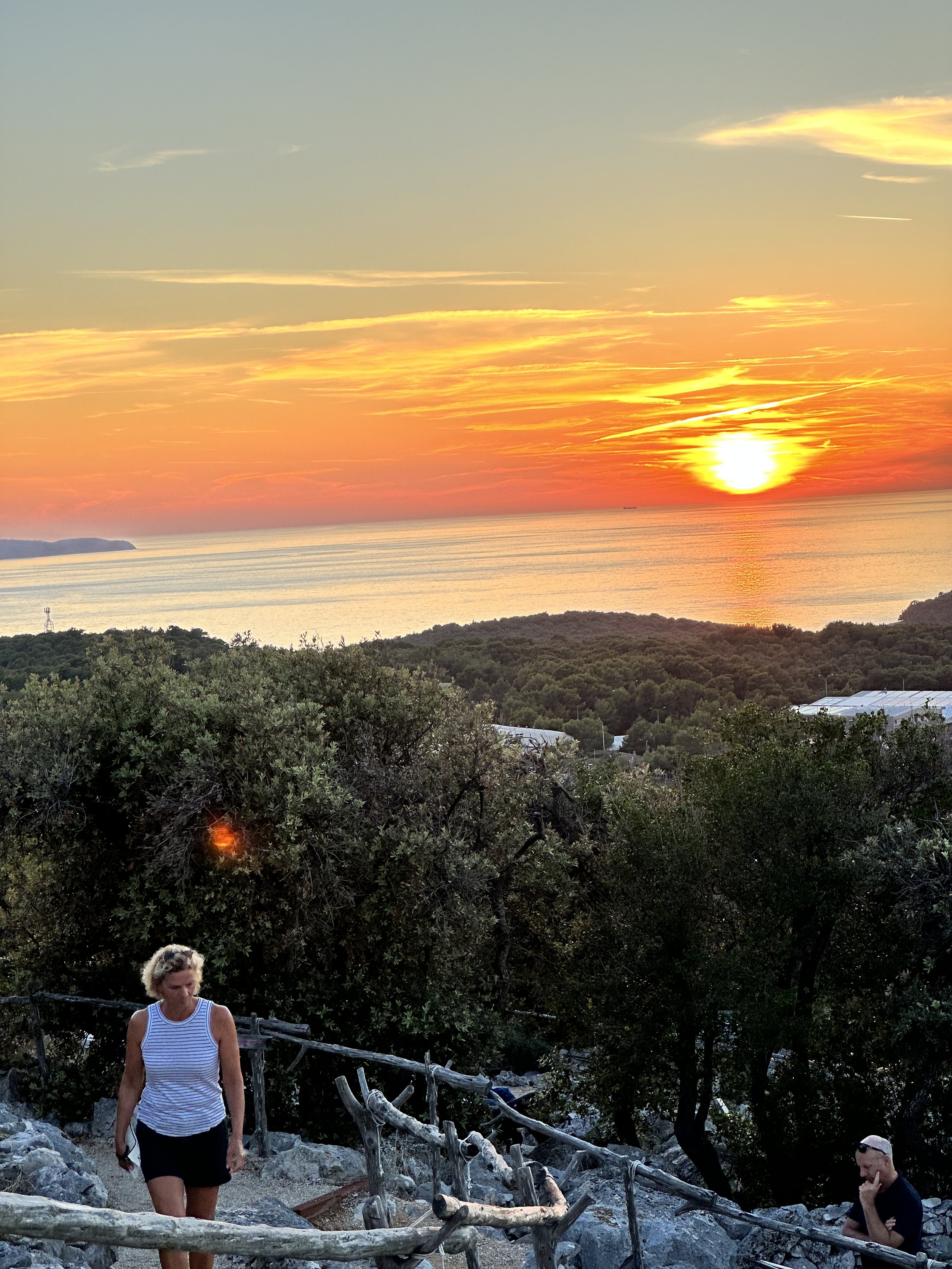
Friends Visiting Rovinj

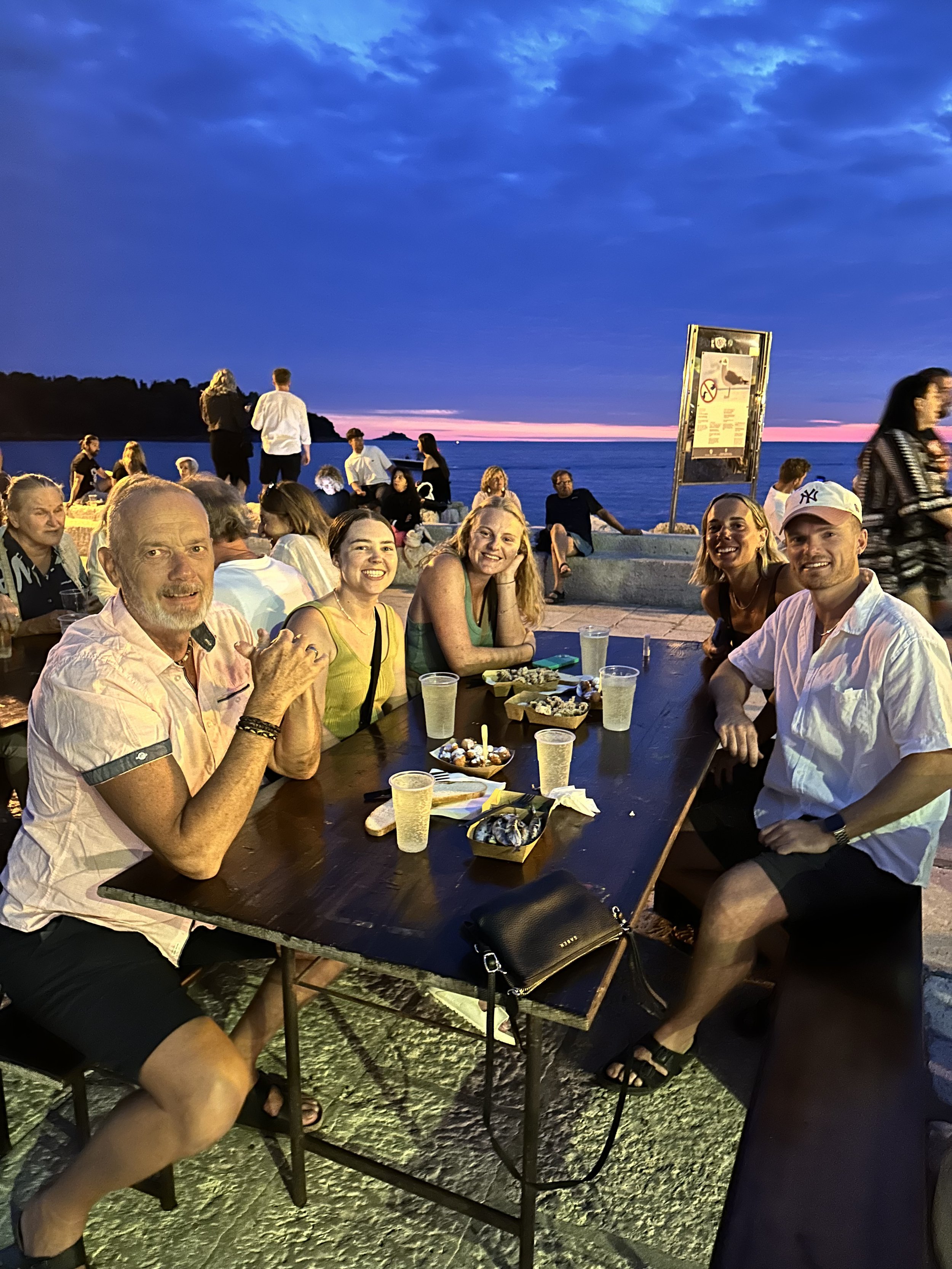
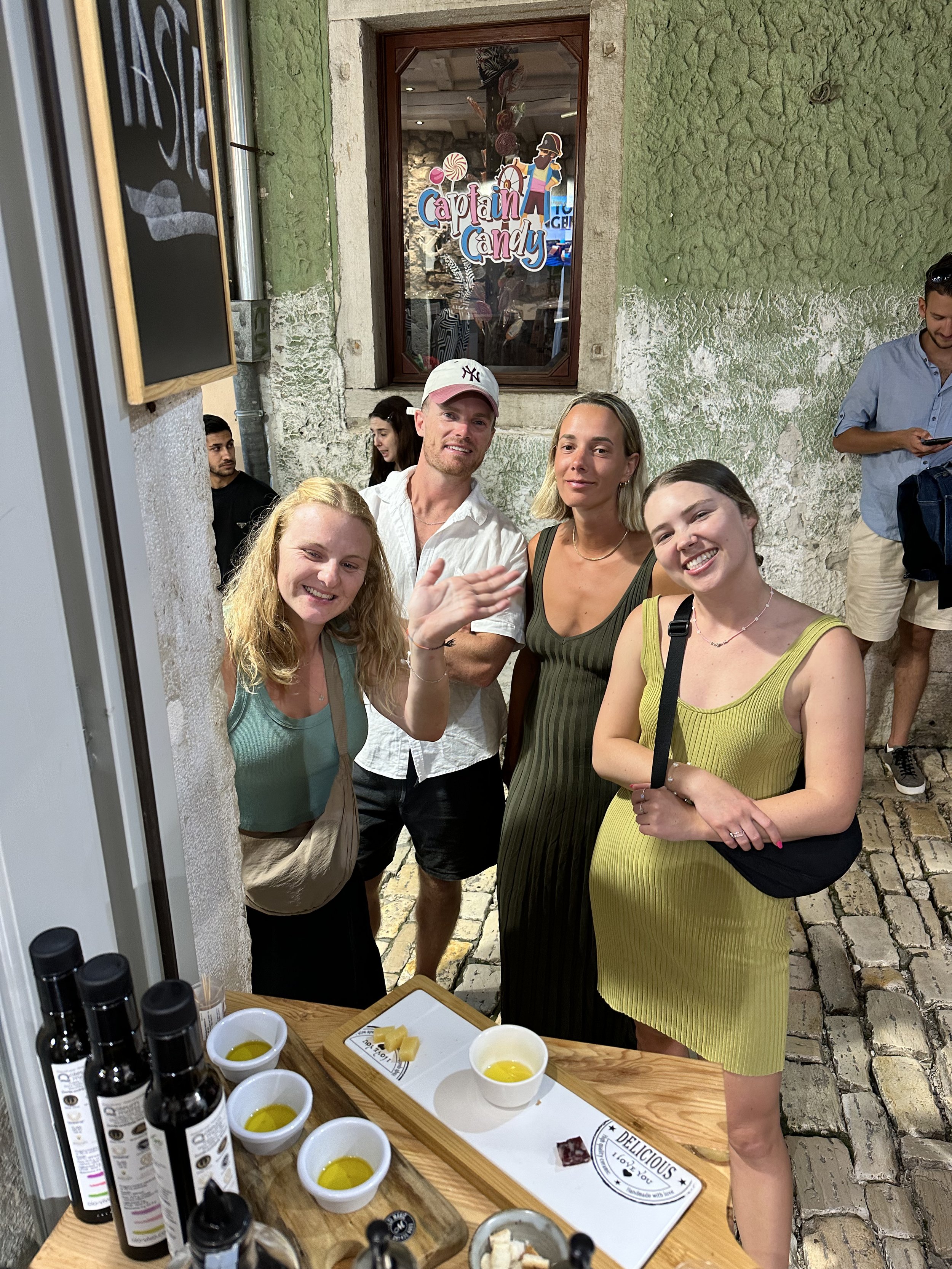
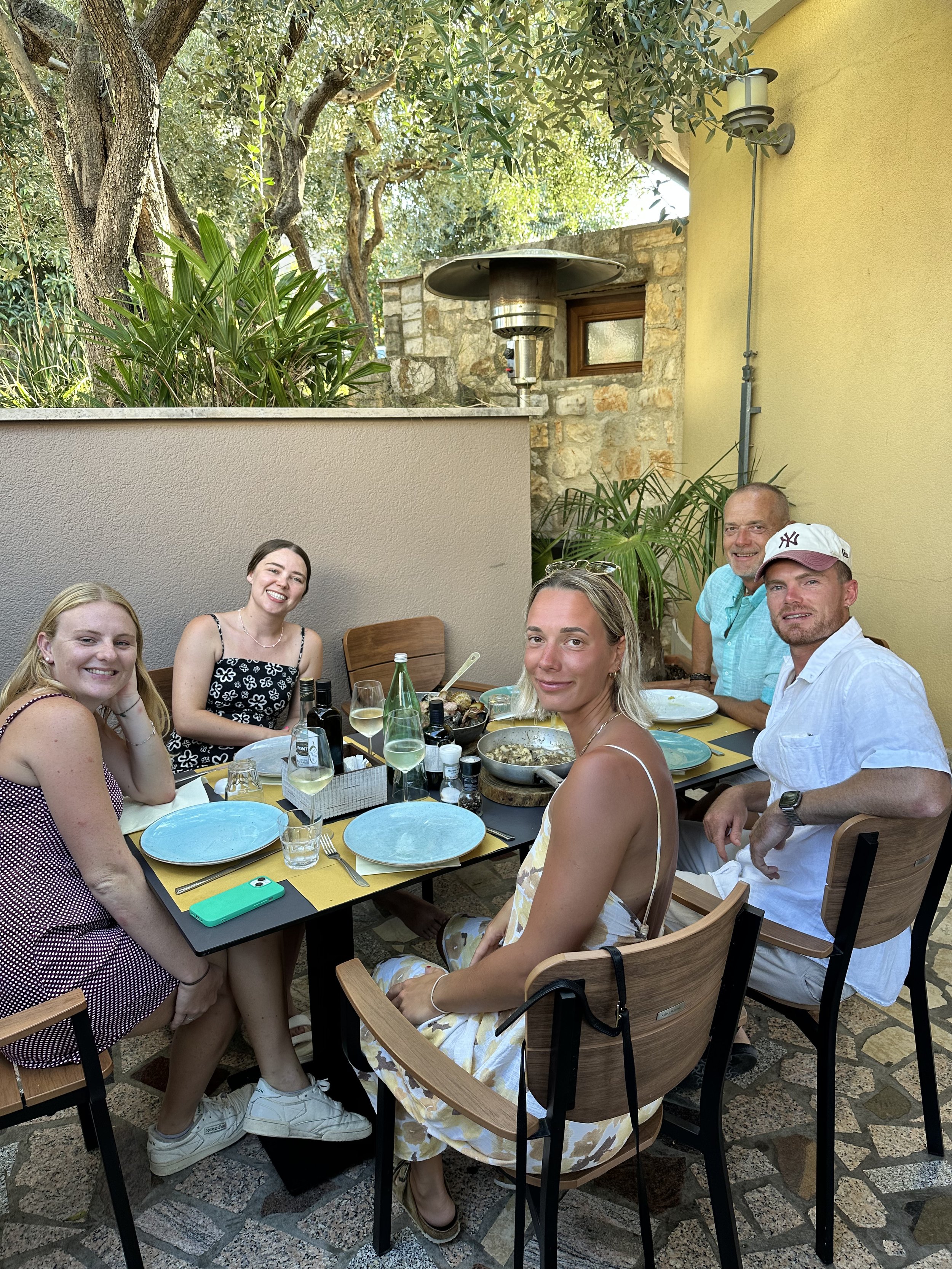
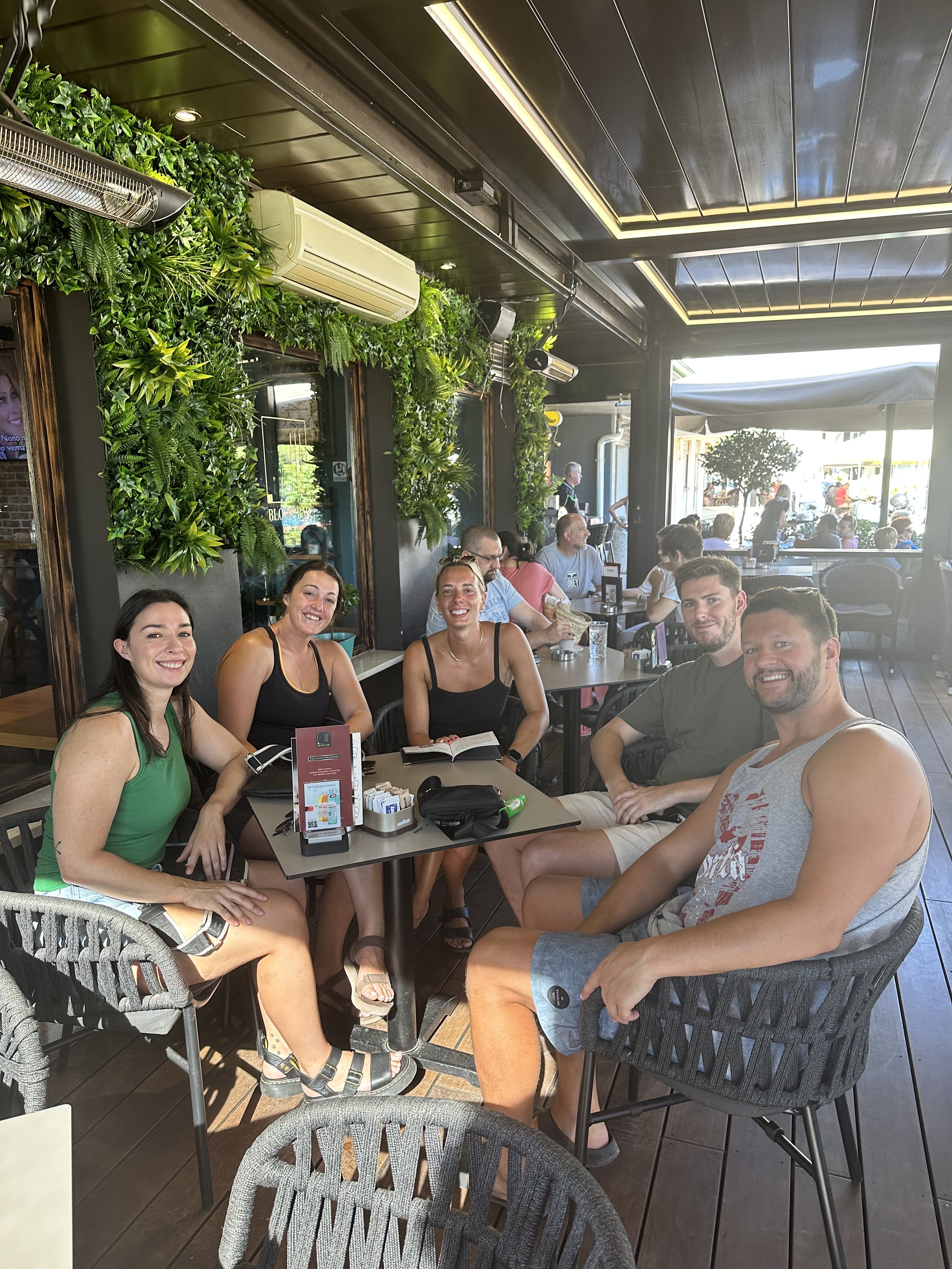
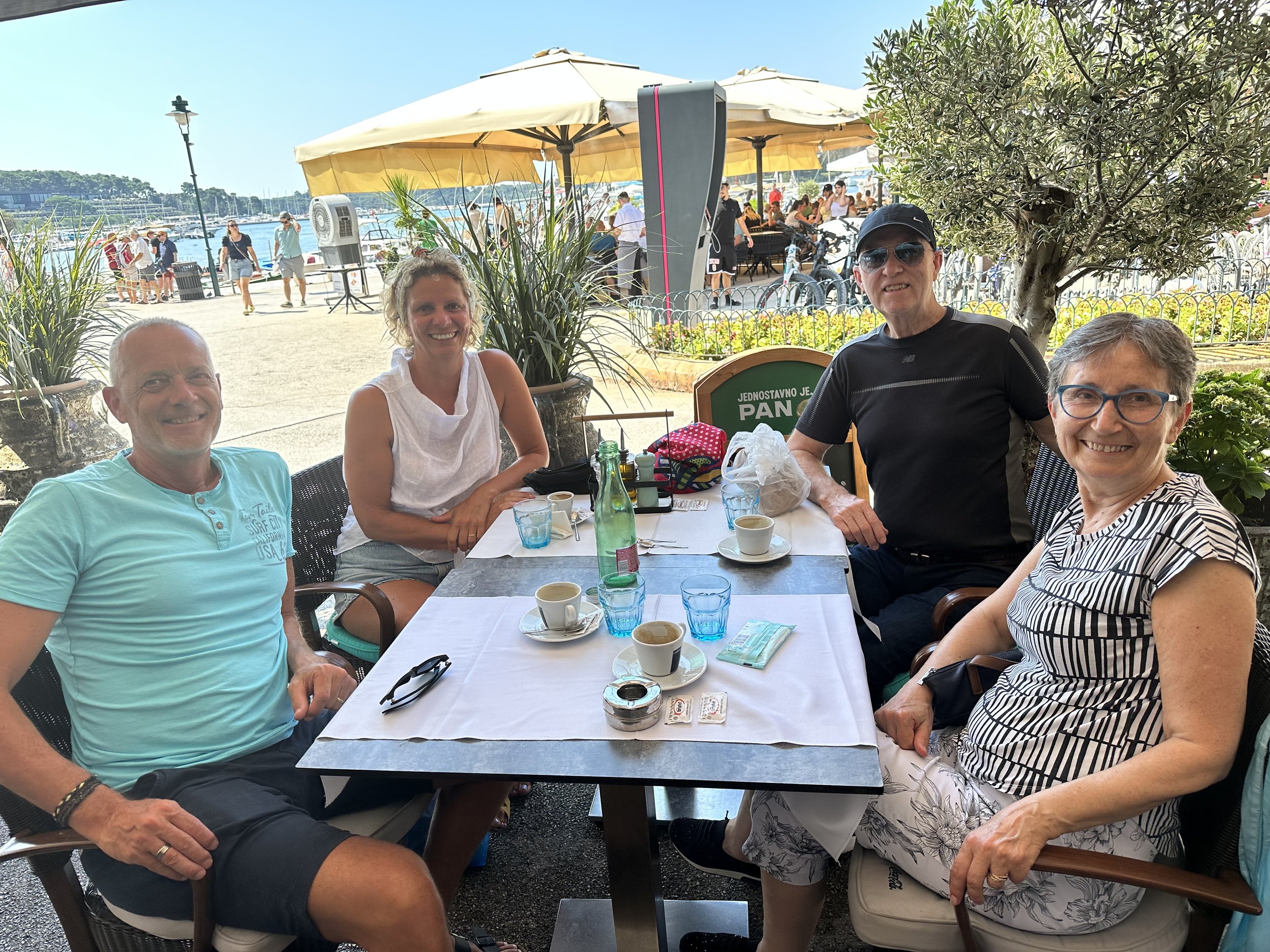

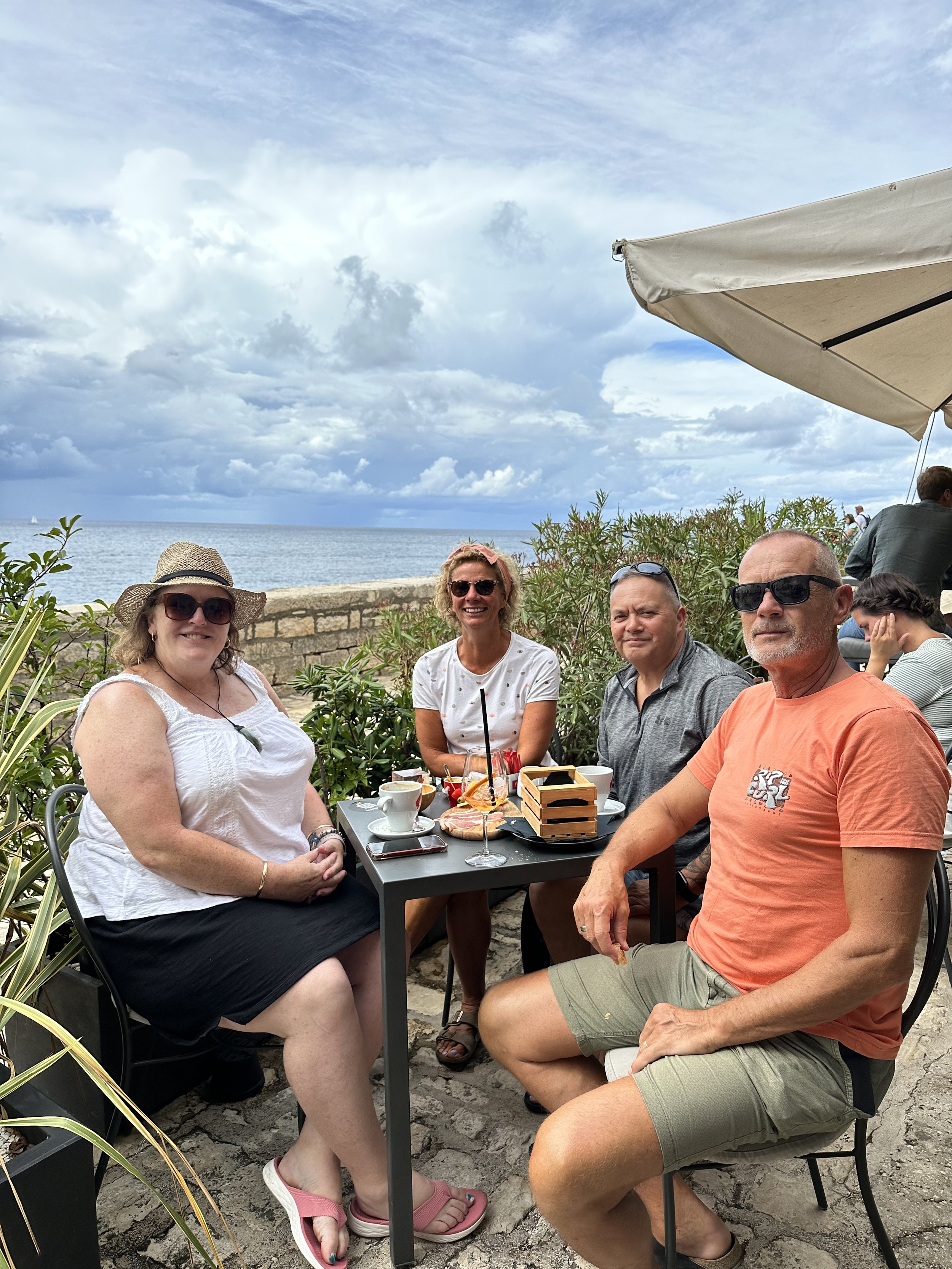
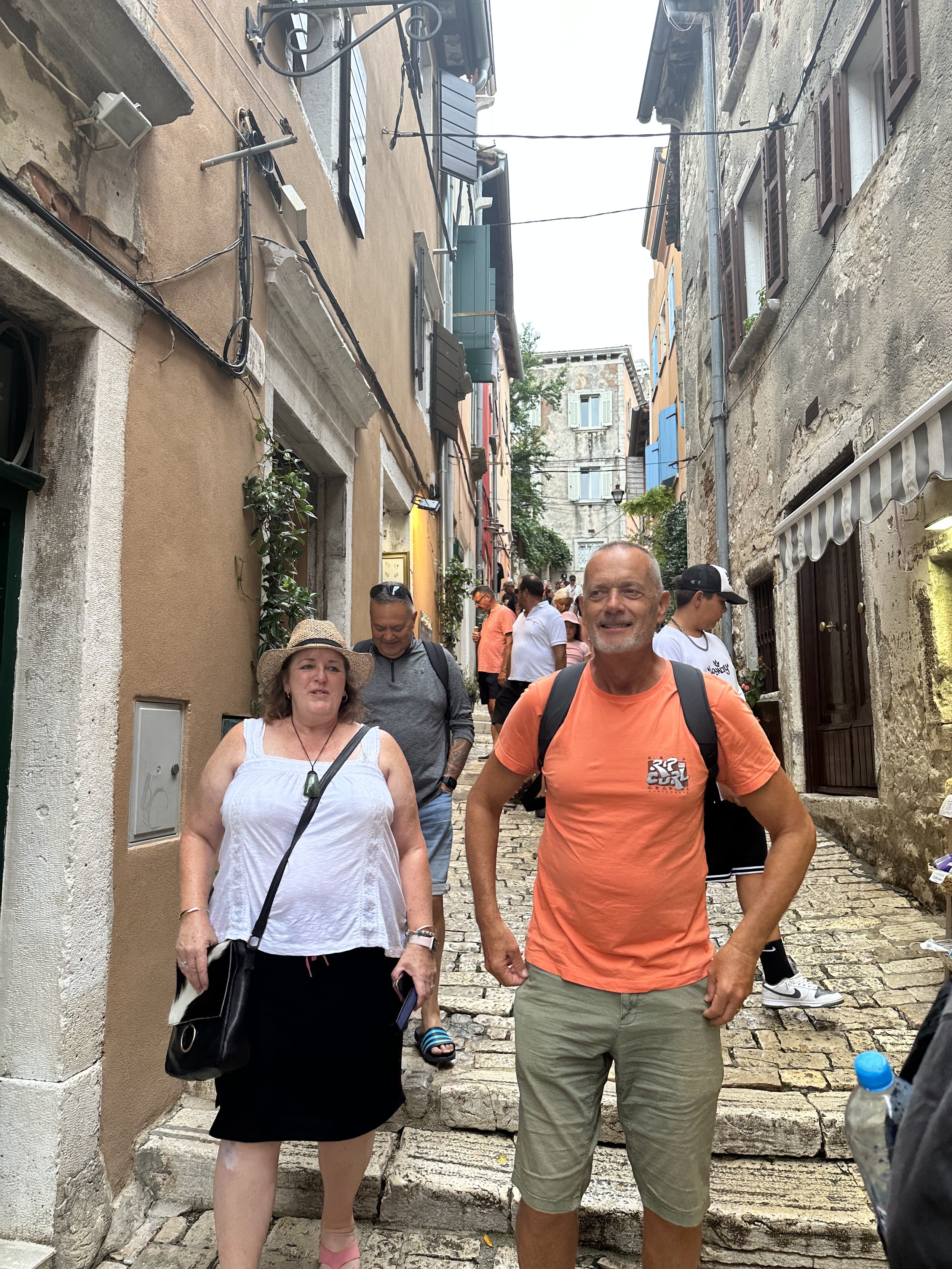


Eufemia Festival - Perpetuum Jazzile
Rovinj blog #2
Did you know music is connecting the places we call home?
I have to share this incredible and recent discovery 💡 !
Did you know music is connecting the places we call home?
I have to share this incredible and recent discovery 💡 !
Three hours of googling, searching for facts we connected the dots….thank you Petra for kickstarting this, the facts blew our minds and left us speechless.
The true story goes like this …
The city of Pula put on a free Goran Karan concert at the Pula’s Fortress known as Kaštel.
Let me briefly introduce you to Goran Karan…
Goran Karan is a Croatian vocalist. He specializes in songs influenced by Dalmatian folk music and is known for his powerful and refined tenor voice. Karan's collaboration with composer Zdenko Runjić led to some of his most acclaimed work, which won him several awards. He is well known across Europe and has performed all around the world.
Here is a link to one of his performances that highlights his talents:
O sole mio https://g.co/kgs/ttsyT6
So, we all know Nebojsa loves to sing and play the guitar. I love Goran’s songs and through that combination our kids got to learn a number of his songs listening to Dad practicing and Mum singing along.
We attended the concert in Pula the other day, had a great time. Petra recorded a number of videos and posted them on IG. Goran’s official site picked up a few and posted on his official IG site. Petra got notified, felt excited and started searching more about his life, music, etc.
She came across a fact that Goran did a collaboration with New Zealand band ‘The Shades’ to honour the life of a young 15 years old girl that lost her life in Zagreb 2020 Earthquake.
Here is a link to the video featuring The Shades singing alongside Goran Karan with the music video shot in New Zealand at Karekare beach and Croatia! Crazy right!?
https://youtu.be/-cqJccaL2EE?si=dHLCq45fwjhEDEk1
Here is a link to the article about the collaboration between Croatian singer and the Tongan-Samoan quartet from New Zealand.
The search about The Shades continued and we then discovered they performed a month ago in Vela Luka at the remembrance concert celebrating Oliver Dragojević music.
Let me quickly introduce you to Oliver:
Oliver Dragojević was a Croatian singer and composer, who was considered one of the most enduring musical stars and cultural icons in Croatia with a discography that spanned nearly five decades. His style blended traditional klapa melodies of Dalmatia, a coastal region in native Croatia, with jazz motifs wrapped up in a modern production.
Oliver died five years ago, yet every year his birth town is filled with thousands of people to celebrate his life. There is no one like him that I know of who has touched so many people across many generations with his love for Dalmatia and his music that connects people.
Performing at this annual event in Vela Luka is a massive deal, and it’s incredible to see that The Shades performed in Croatian alongside some of the top Croatian artists of today! Their pronunciation is second to none, left us speechless, and how cool that NZ got a shout out, all the way over here in Croatia!
If you want to watch The Shades perform at the tribute concert here is the link and fast forward to 1.51.50!
https://www.youtube.com/live/9aBobVPR6tU?si=D2Vlq5hLK8QB63wl
Let me now introduce you to The Shades ….
An upcoming quartet of beautiful Tongan and Samoan voices, fusing their classical training with genre’s such as Musical Theatre, Opera, Gospel and popular music. The Shades consist of two Samoans Samson Setu and Ipu Laga’aia and two Tongans Taka Vuni and Manase Latu, who together create a strong, well-blended sound with a feel for humour and a love of laughter. Born and raised in Auckland, each have come from humble pacific homes where music was in every facet of their upbringing. Though music and singing came very natural to them, they have had years of training to shape them into the artists they are today. Between the four, they have been awarded various scholarships, chosen for prestigious programs, such as Dame Kiri programme, and have excelled in many competitions.
And then there is more….
A number of years ago Nebojsa joined a klapa band and sang a-cappella with two out of the four The Shades performers. They performed together the song Ti Samo Ti that features in their album Gratitude! Can you believe it?!
https://www.youtube.com/watch?v=Q_c26QKFLwQ&list=OLAK5uy_lKs8tI4i_PgFPzwMla6yUTJJlbbt4J8o4&index=5
(A-cappella music is a performance by a singer or a singing group without instrumental accompaniment, or a piece intended to be performed in this fashion).
My reflection
The world is seriously such a small place and music with its magical power connects people to their roots and tells life stories about happiness, love, sadness, joy…
A fun fact!
Through all this discovery work it came to our attention that a Māori Kapa Haka group also performed to the Croatian President in a private function only a couple of weeks ago too!
I feel if we continue googling we will find out we are all related to one another!
And to finish this blog, a funny story about Petra mixing the Croatian and English language:
Croatian websites end in .hr ( HR = Hrvatska = Croatia). Well, a funny part is that she pronounces .hr as English pronunciation of Human Resources - clearly her job is ingrained into her mind!
Finally, seeing Petra singing along makes our hearts melt, a kiwi born girl genuinely enjoys being here and connecting to her roots❤️.
P.S. I recommend clicking on View original post below to view the blog on the website. This way you can also leave a comment should you wish.
GORAN KARAN CONCERT PULA 2023
Rovinj Our paradise -Il nostro paradiso
After 8 weeks on the road, living like nomads and living the best life, we left Palma de Mallorca and flew via Stuttgart to Zagreb. Arriving to Stuttgart was a very first cold and rainy day we’ve seen since leaving New Zealand.
After 8 weeks on the road living like nomads and loving every bit, we left Palma de Mallorca and flew via Stuttgart to Zagreb. Arriving to Stuttgart was a very first cold and rainy day we’ve seen since leaving New Zealand.
It was only 11 degrees, with miserable rain. We were freezing! Everyone in the airport building was wearing long sleeves and winter coats in August and two of us in our shorts and summery tops! Luckily Nebojsa had long sleeves in his hand luggage, a true life saver!
Zagreb weather was a bit better, no rain, but still too cold for the middle of a summer, very unusual.
It was Sunday and everything was closed in Croatia. We kind of knew they introduced this new law that says shops must be closed on Sundays but still found it strange. We could see tourists wondering around looking to buy some street food (us included), but no luck. I don’t think this new law is doing any favours to Croatian businesses, but well, who am I to judge politics?!
We got to our car and drove to the first petrol station to buy junk food and carried on to Rovinj.
Petra and Chase have already arrived a couple of days earlier, the apartment looked spotless, thanks guys! After unpacking we went straight to bed.
In the morning we caught up on mutual travel stories and three weeks later we still haven’t had a chance to sit down and properly chat and see each other’s photos.
You’ll wonder how is that possible? Three weeks of holiday in your own place and no time for this?!
Let me tell you, it’s easy!
Rovinj has a phenomenon of simply not having enough hours in a day to do everything you’d like to do! It sounds crazy but it’s true!
This is how it goes:
Early morning swim - nothing beats that early morning water calmness, gentle sunshine, empty beaches, stunning Zlatni Rt (Golden Cape) pine park / forest that surrounds Rovinj beaches. Thanks to Georg Hütterott, a businessman from Trieste who developed the park back in 1852-1910 we are now enjoying this true paradise.
Breakfast at the beach, relaxing and chilling till 11-ish.
Bike ride through the forest comes next, a couple of hours min with a few stops to jump into the sea to refresh.
Lunch at the apartment, and then it’s free time while sun is too hot. I love biking / going to the old town to wonder the shops and chat to locals, or read a book, Nebojsa loves spending time with his guitar or on his computer.
Before you know it we are back at the beach around 4pm till the sunset.
Dinner time around 7pm, shower, dressing up and going out to the old town for a few promenade walks, drinks with friends, ice cream, local concert and by the midnight we are in bed!
Not a bad routine I recon! But you can see there are not enough hours to do it all. Two active relaxers simply can’t sit still!
And guess what…there is more!
We have now added a new beach toy into a mix - a paddle board has arrived for more activity as if we had not have enough! 😂
We both love it and we enjoy it in Auckland, but the Adriatic Sea is calmer and the use of the paddle board is now a daily routine. We bought a long and sturdy one so we can both paddle together and visit many tiny islands within the Rovinj archipelago, it is already so much fun! And we negotiated a free deal to keep it at the hotel’s beach storage, it helps when you are a local and speak the language 😉
In only three weeks here we have already welcomed a number of our Kiwi friends.
We love it, it is soooo cool to show them around, take them to the restaurants where the locals eat ( much better food and better priced), teach them about the region, history, everything they want to know and let them explore on their own before meeting them for a dinner.
The famous 5 star Grand Park hotel is the must see and it featured in BBC series “The Grand Hotels” which was aired in New Zealand TVONE, in November last year - check it out
And then there is more …
We love concerts and they are literally happening every day, whether that’s in Rovinj or nearby places.
As my cousin would say: “ Draženka, imali li gdje da mi ne idemo?! (… is there anywhere that we are not going to?!)
Ha! My answer is simple - no, you live life only once, it’s not my fault they all decided to perform one after the other! 😂😂😂
Pula is only 35 mins drive from Rovinj. Paula’s Roman amphitheater is the unique venue for local and international artists. Experiencing a live concert in the amphitheater that can host up to 23,000 people is simply phenomenal, irrespective who is performing. We have already been to a few concerts, and more to come.
I have to tell you a story about Zdravko Čolić concert, he is known as ex Yugoslavia Tom Jones!
He performed yesterday celebrating 50 years of his musical career, with a live philharmonic, a choir and sold out Arena! I bought tickets months ago, when we were still in Auckland!
To say it was an amazing concert is understatement! I don’t know what was better, his performance at its best at the age of 72, the philharmonic and choir performance, pianist and saxophone player, or just watching the crowd singing along from young people to our generation friends.
When I was growing up every girl was in love with Zdravko, and every mother hoped to have him as her son in law! I can’t explain how and why young people know his songs today, they were not even born when he was a top pop star, but here we are, we had awesome time and created another memorable moment. He will entertain us for many more years, and if someone tells me again how age matters, I’ll tell them to let go of that belief! It’s not true!
And if that wasn’t enough, we are off to another concert tonite and tomorrow night!
I am telling you, there aren’t enough hours in Rovinj to do it all, sleep is good but short 😴
Days keep flying fast, we are here for another month looking forward to seeing our relatives who arrive on the 4th of September from Serbia, so so happy knowing we will see them again and spend the time together in this paradise.
Until the next blog, enjoy the photos of Rovinj, our New Zealand friends and us, and a few videos from different concerts, as I rush to get ready to drive to Vrsar for another concert.
Rovinj/Rovigno Photo Album

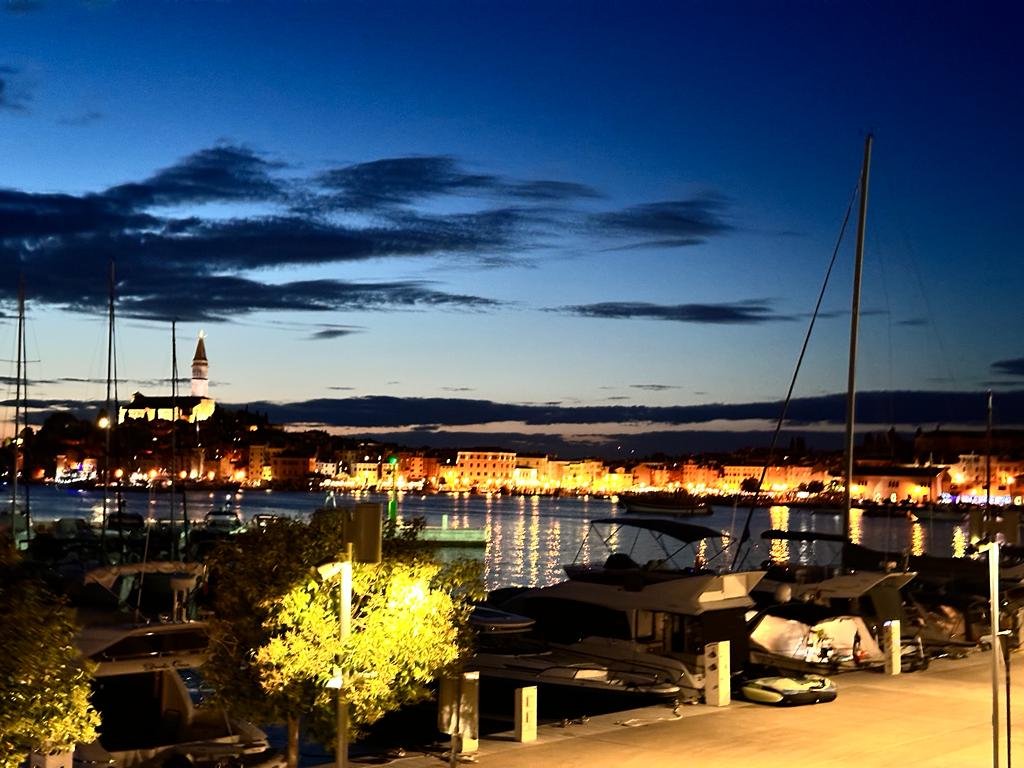
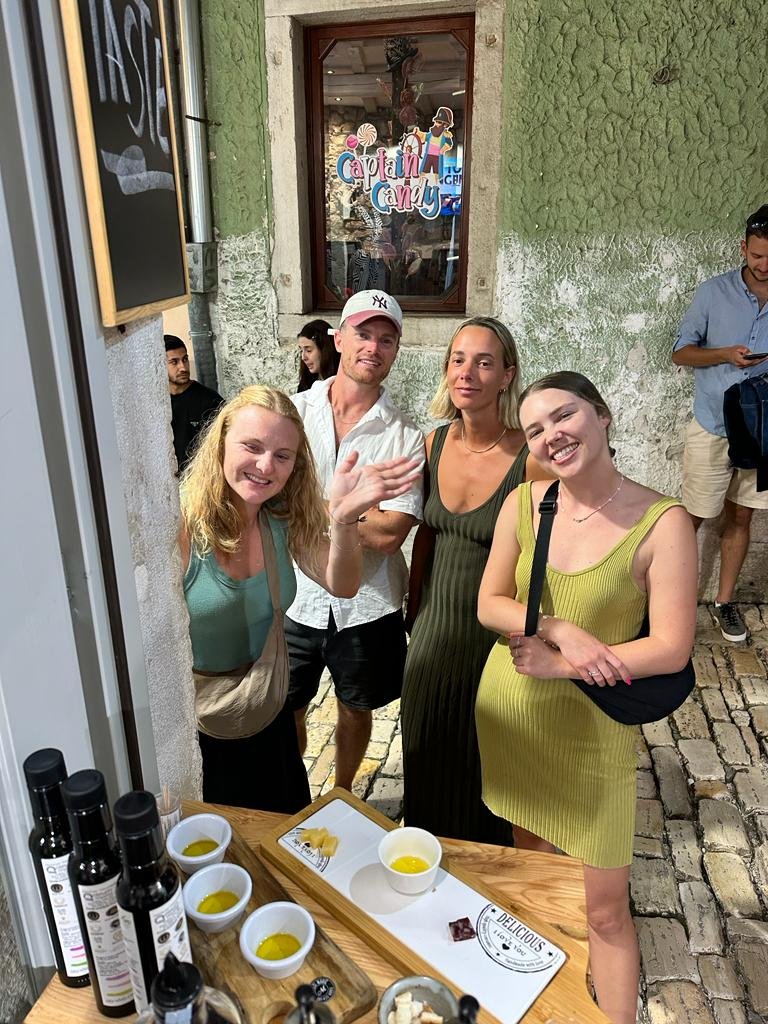



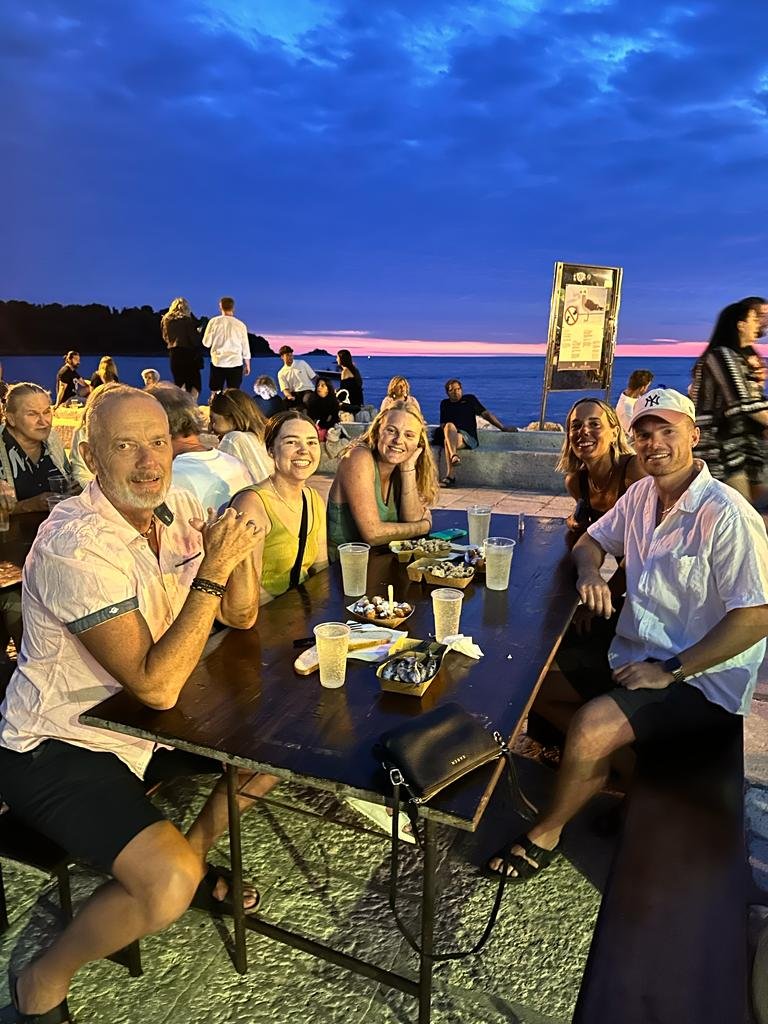



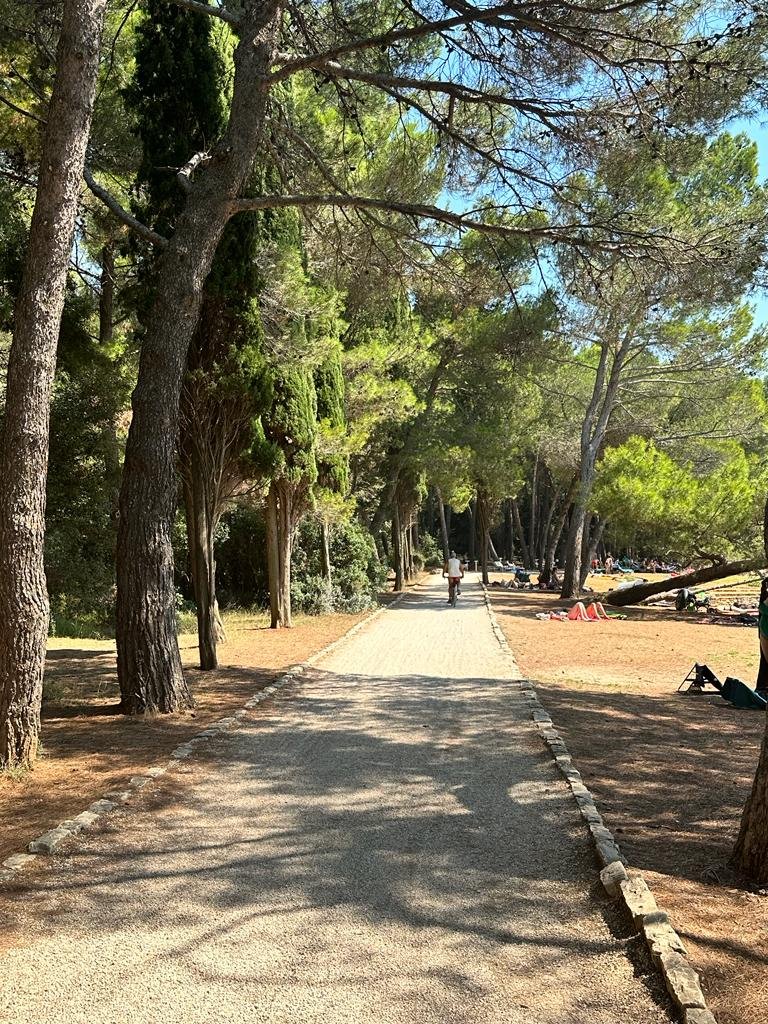
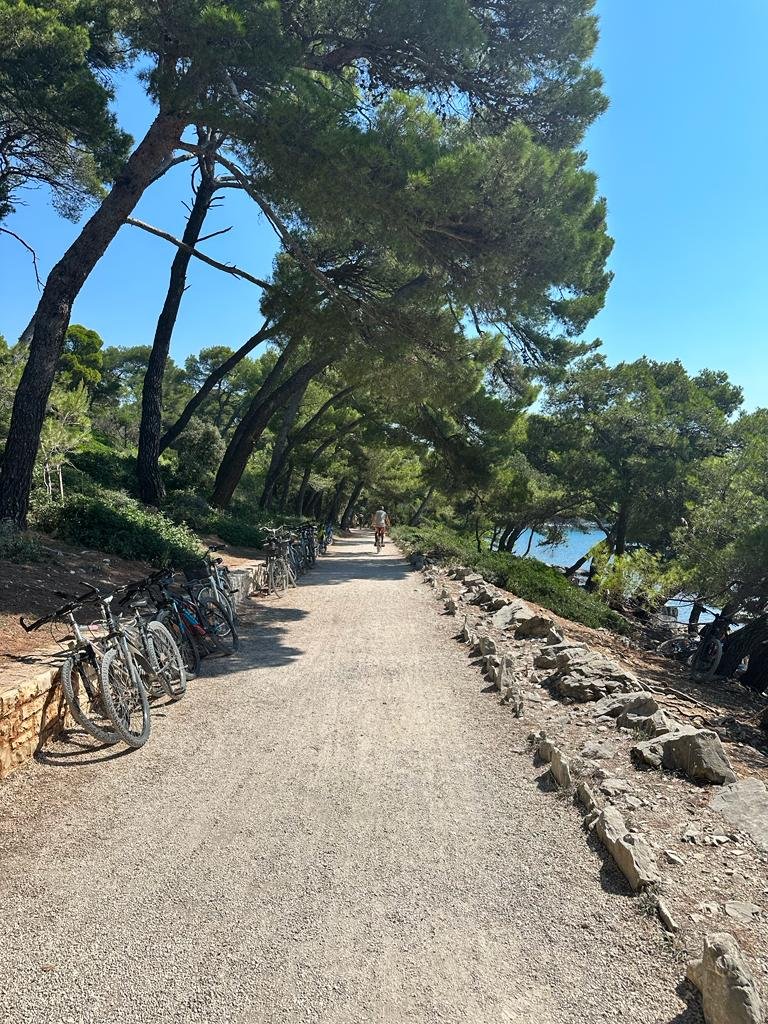
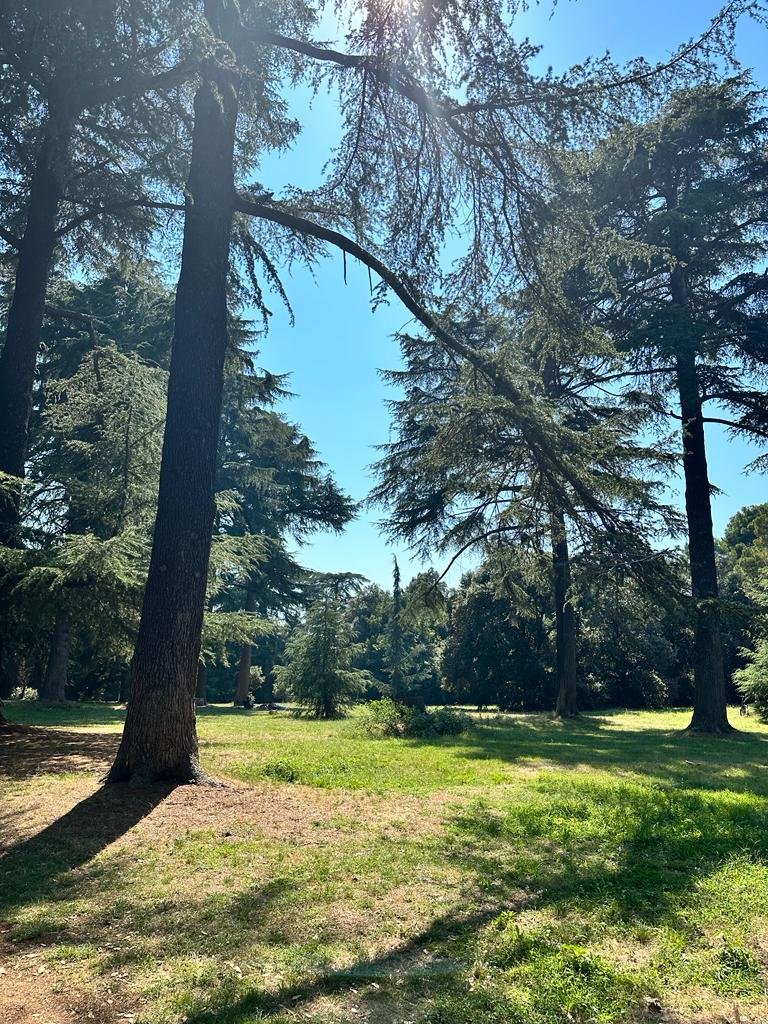

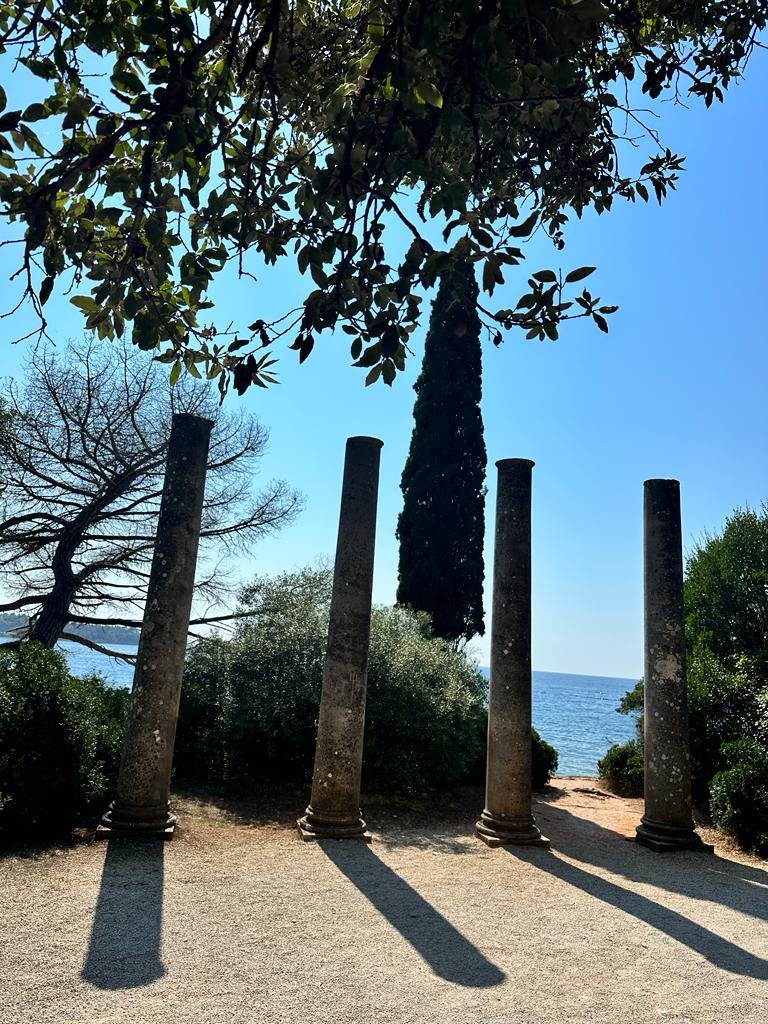

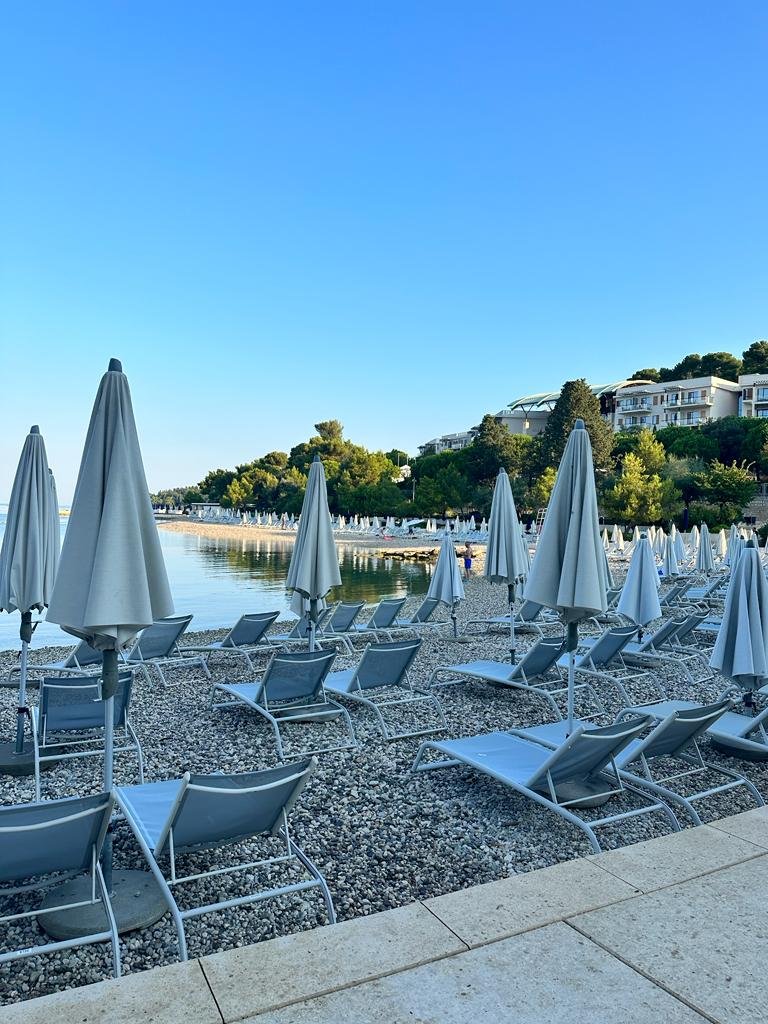
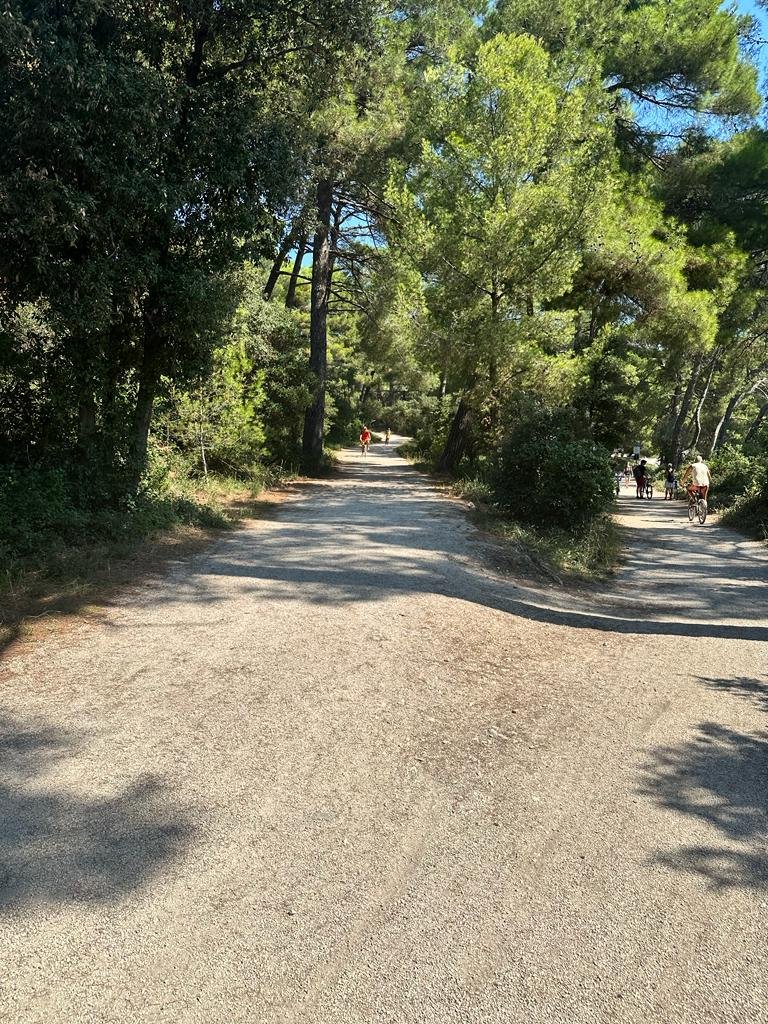
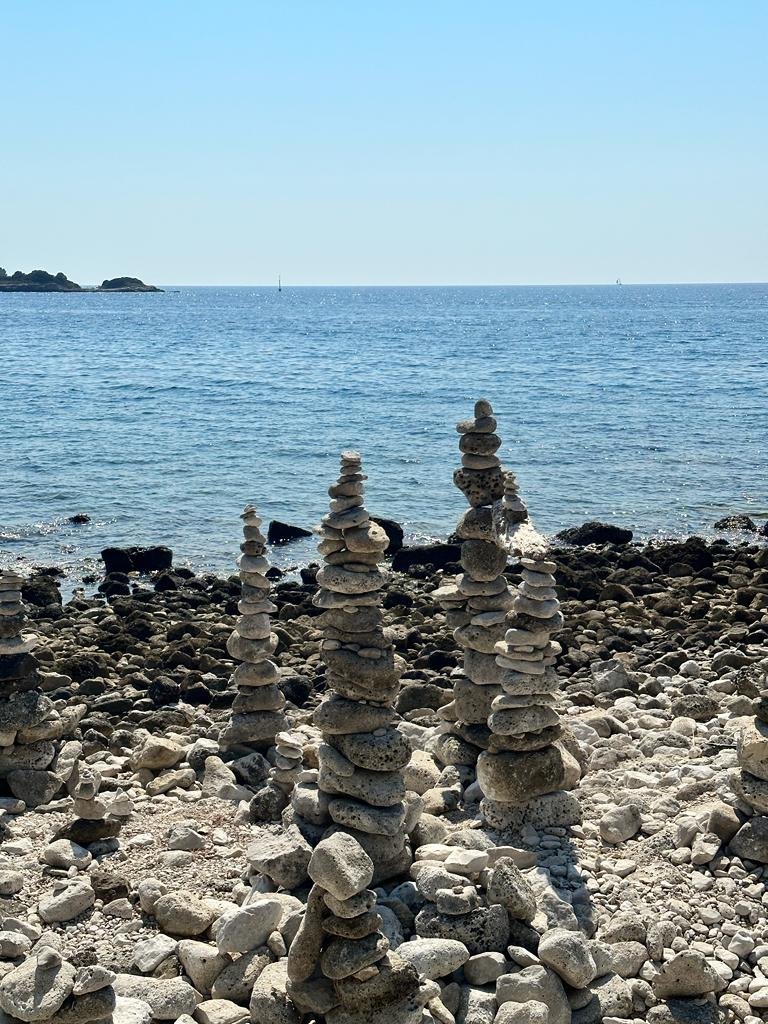
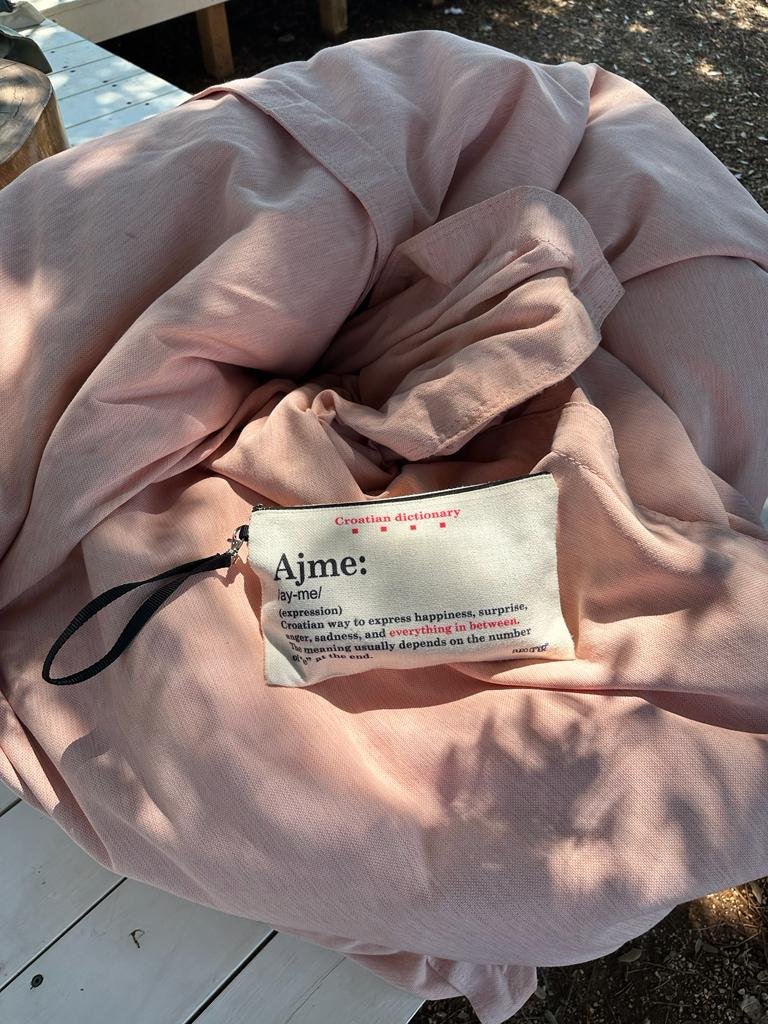
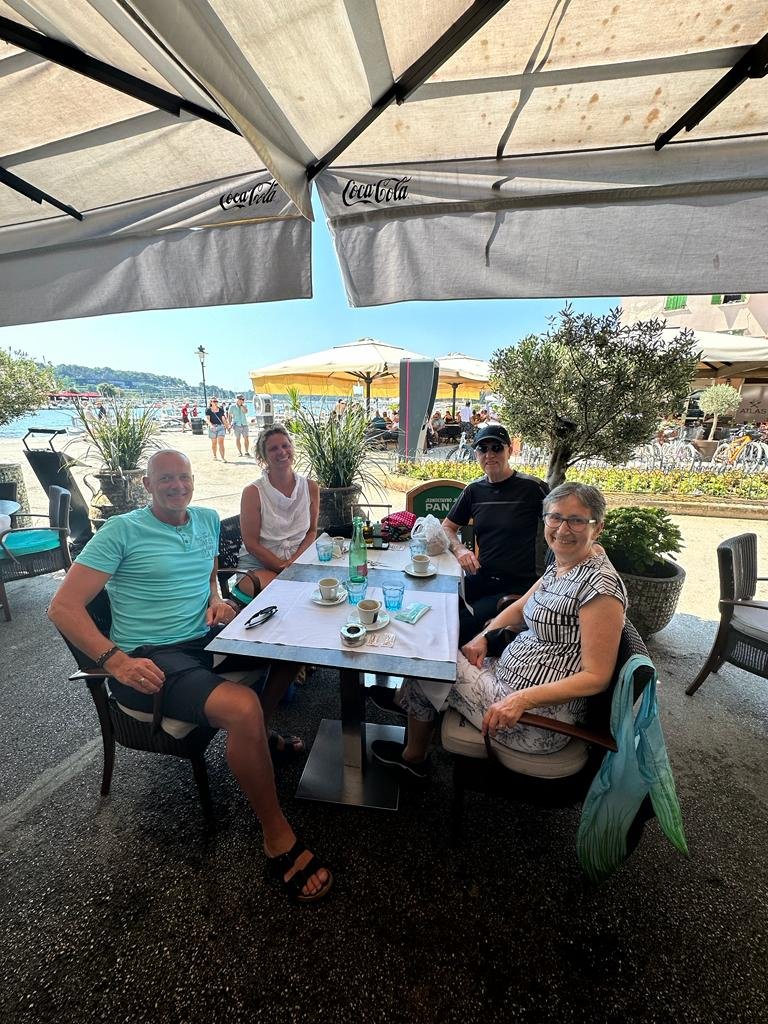
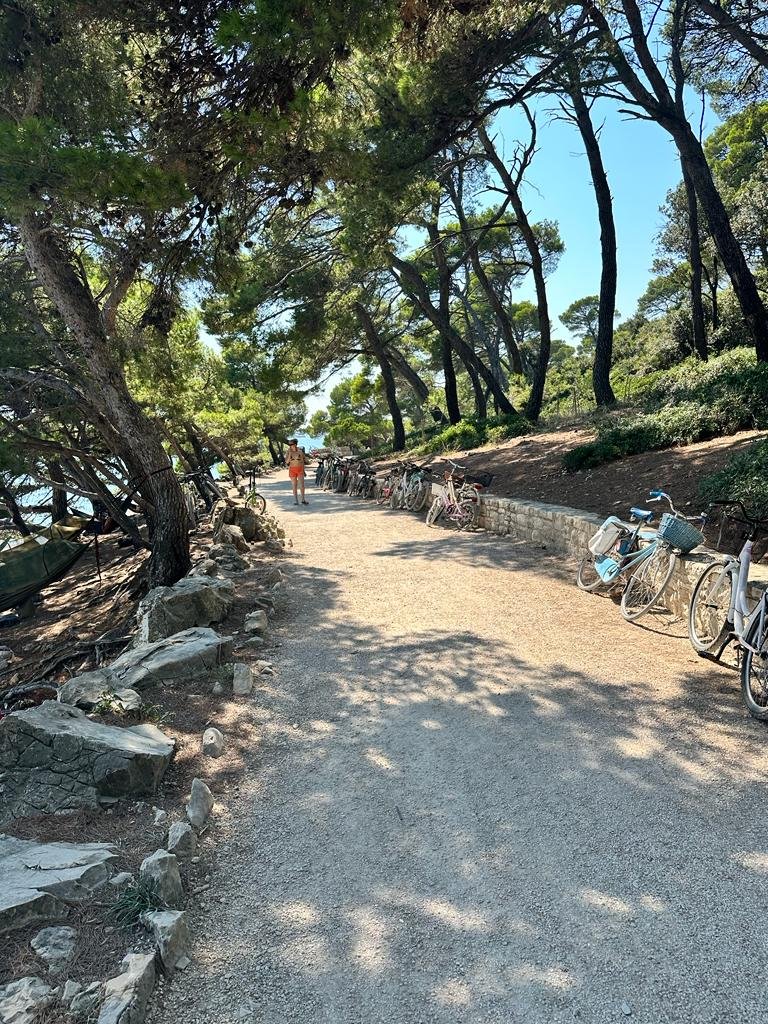

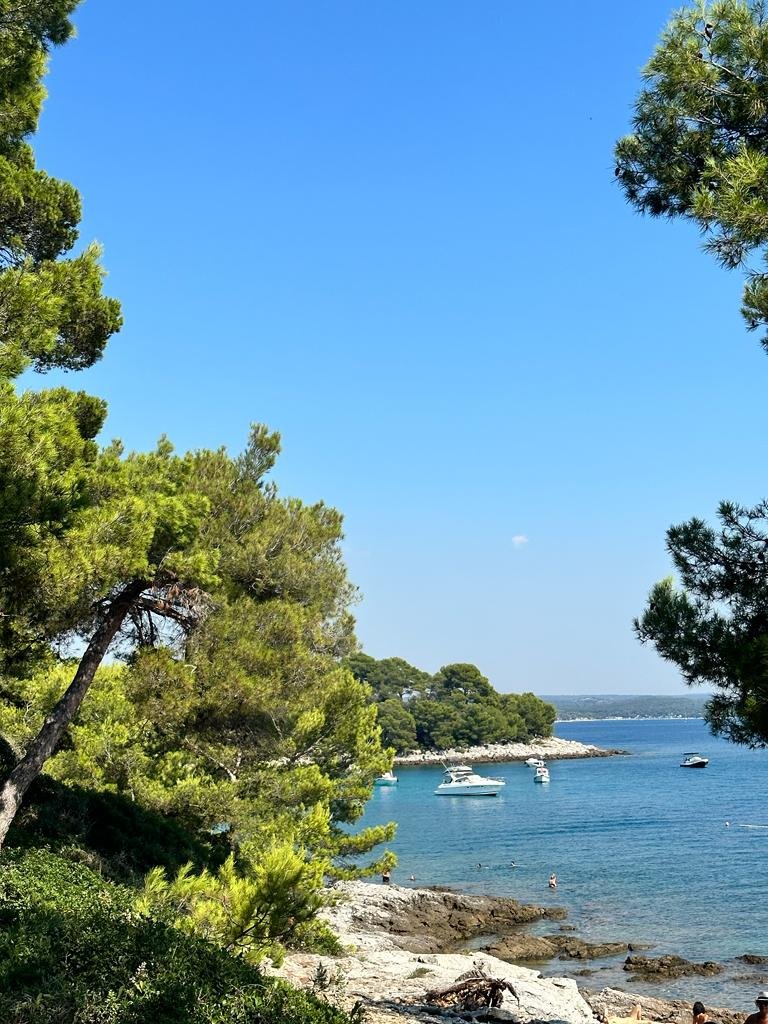

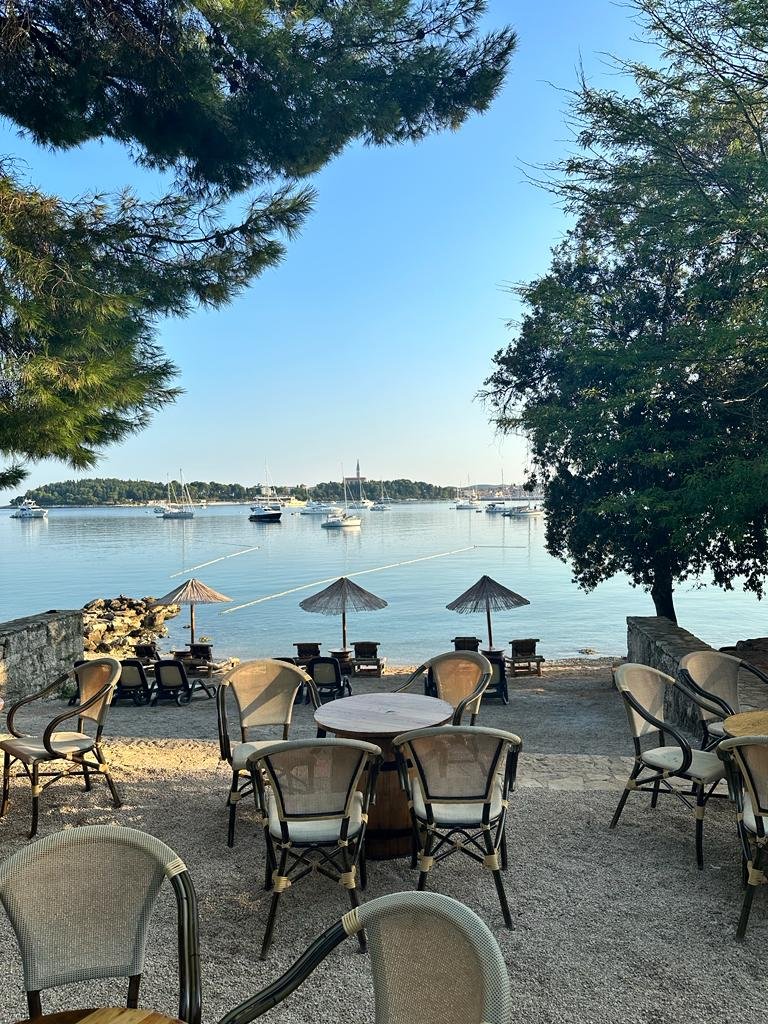
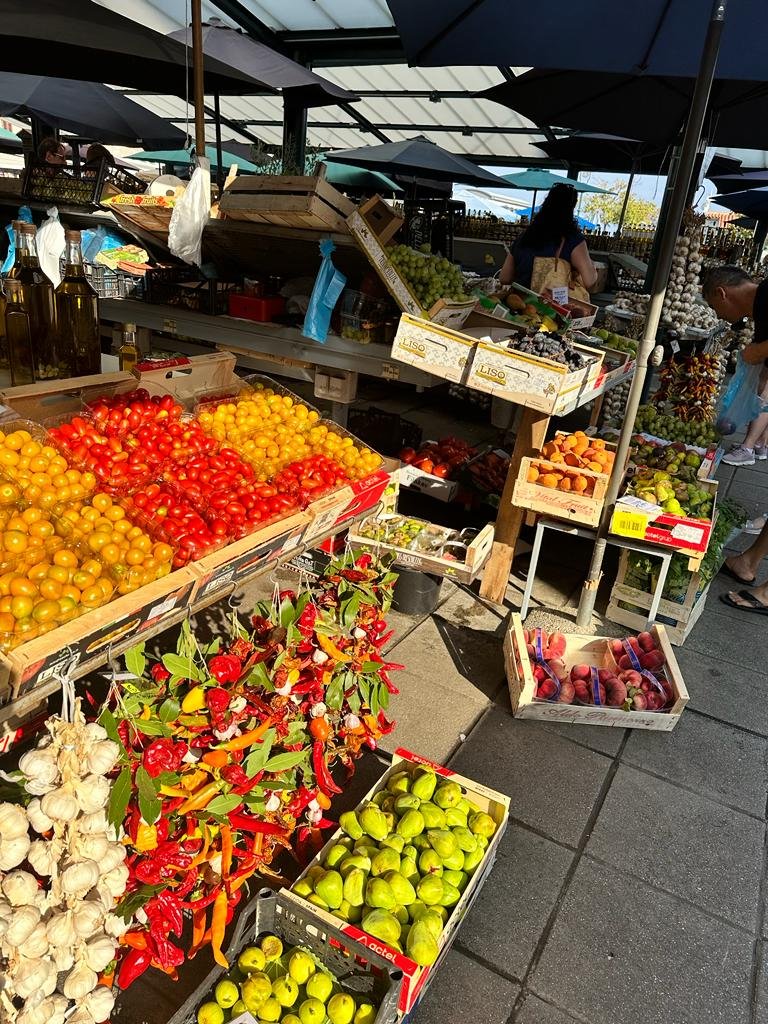
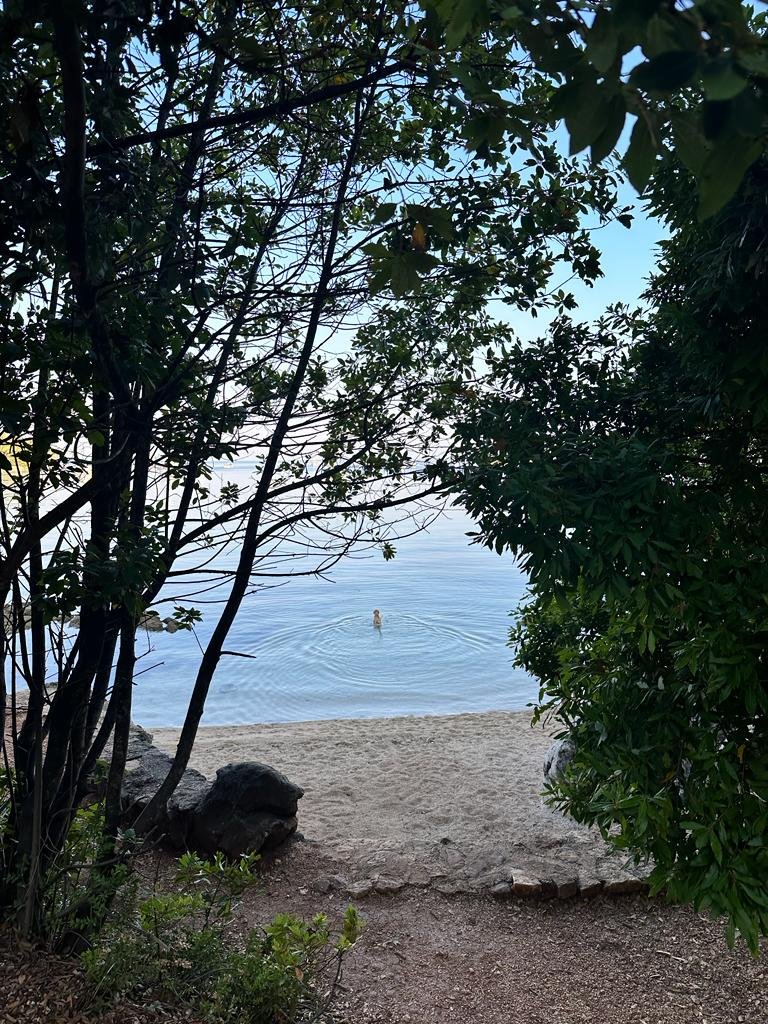
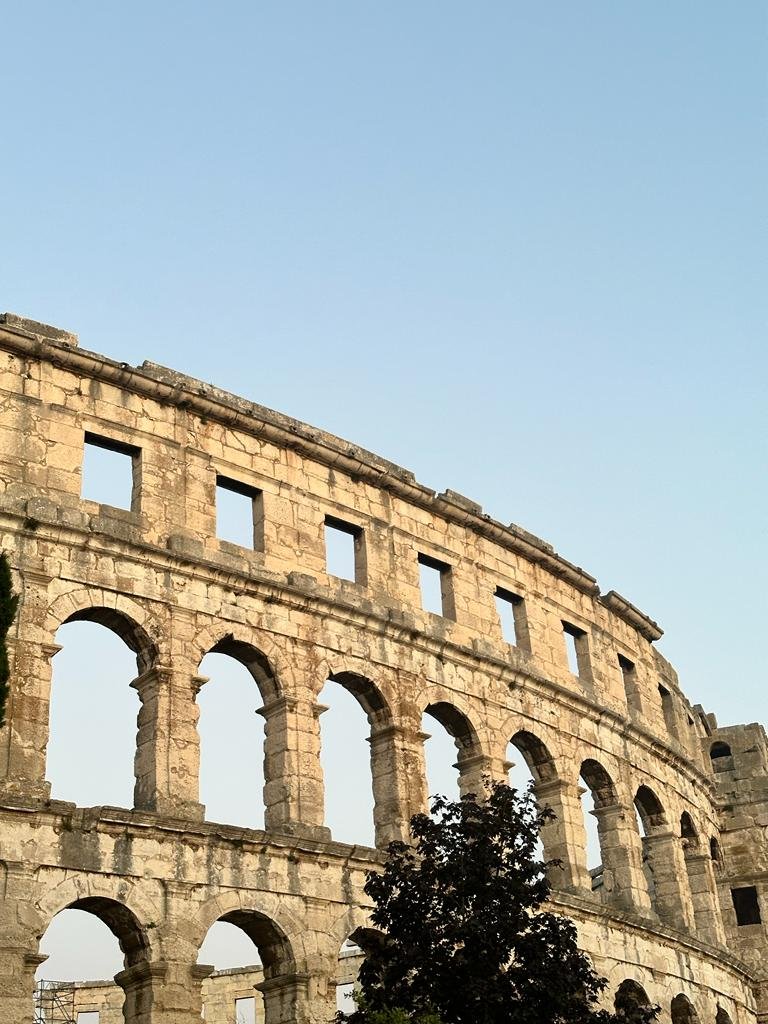



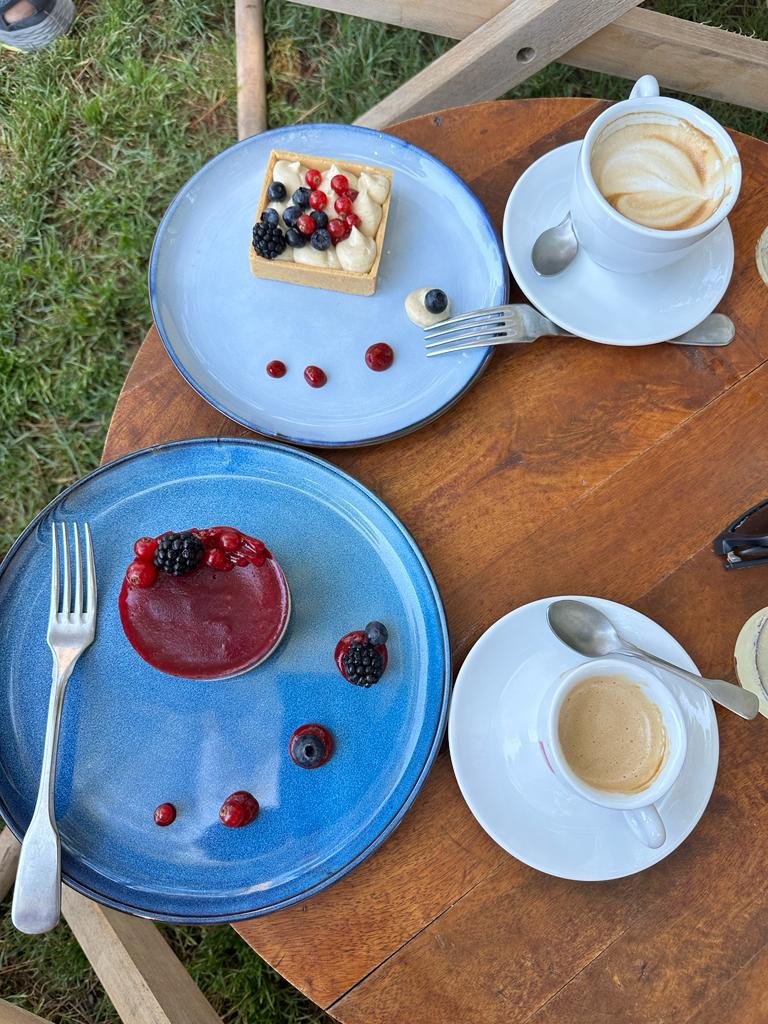

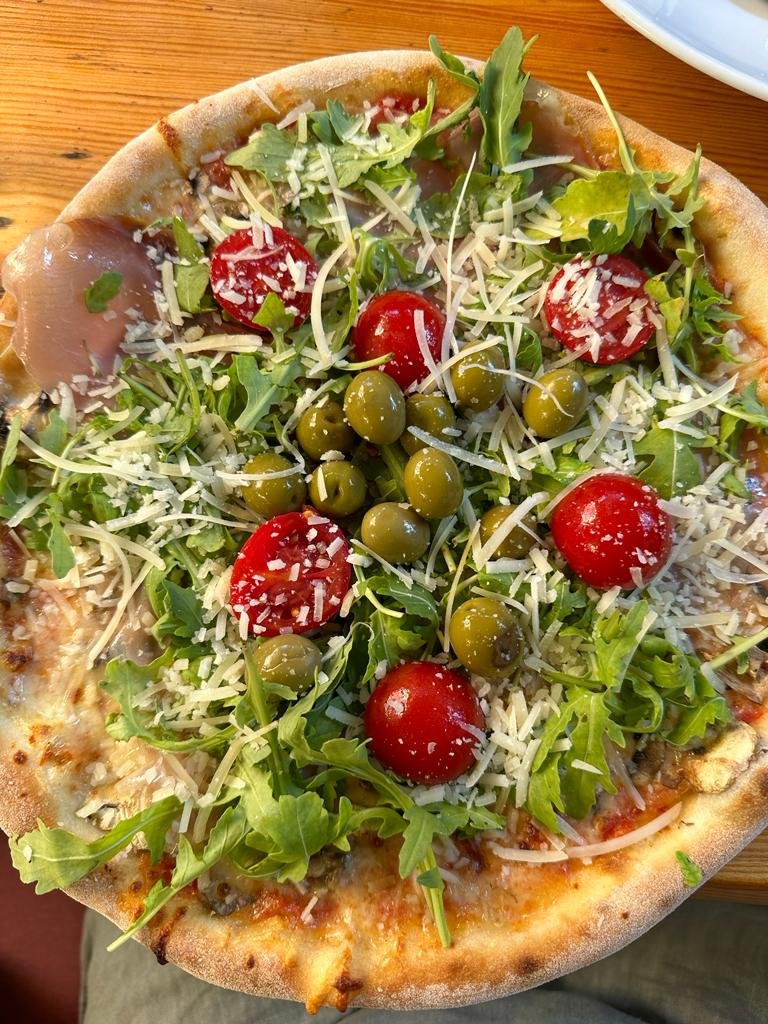


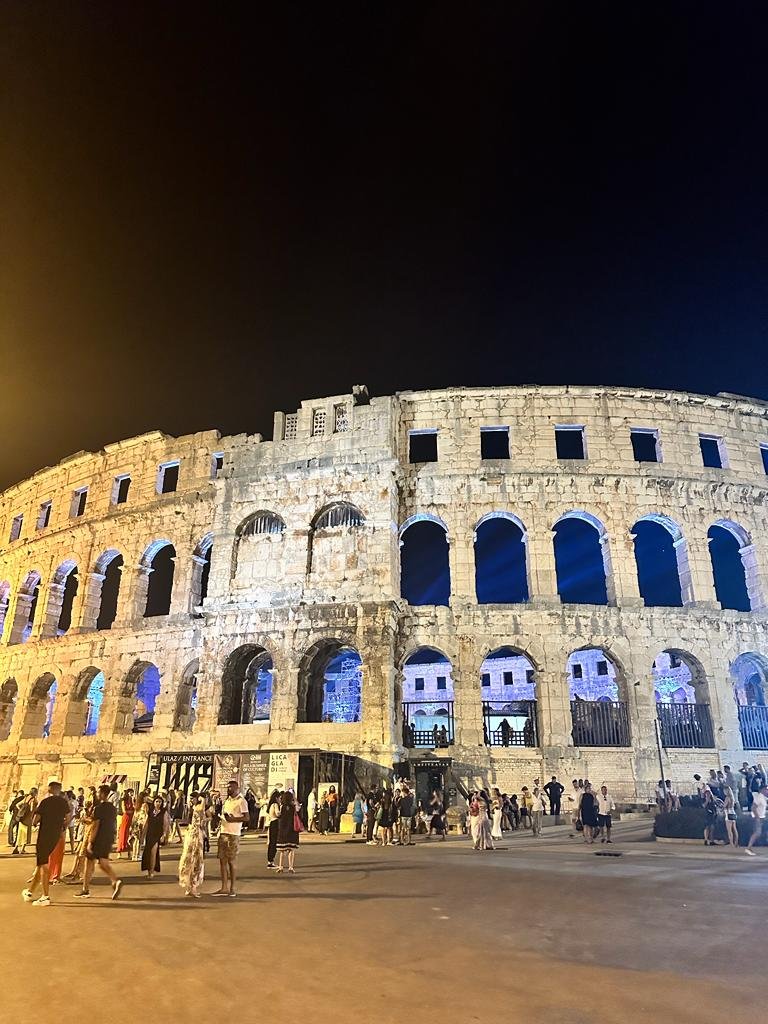
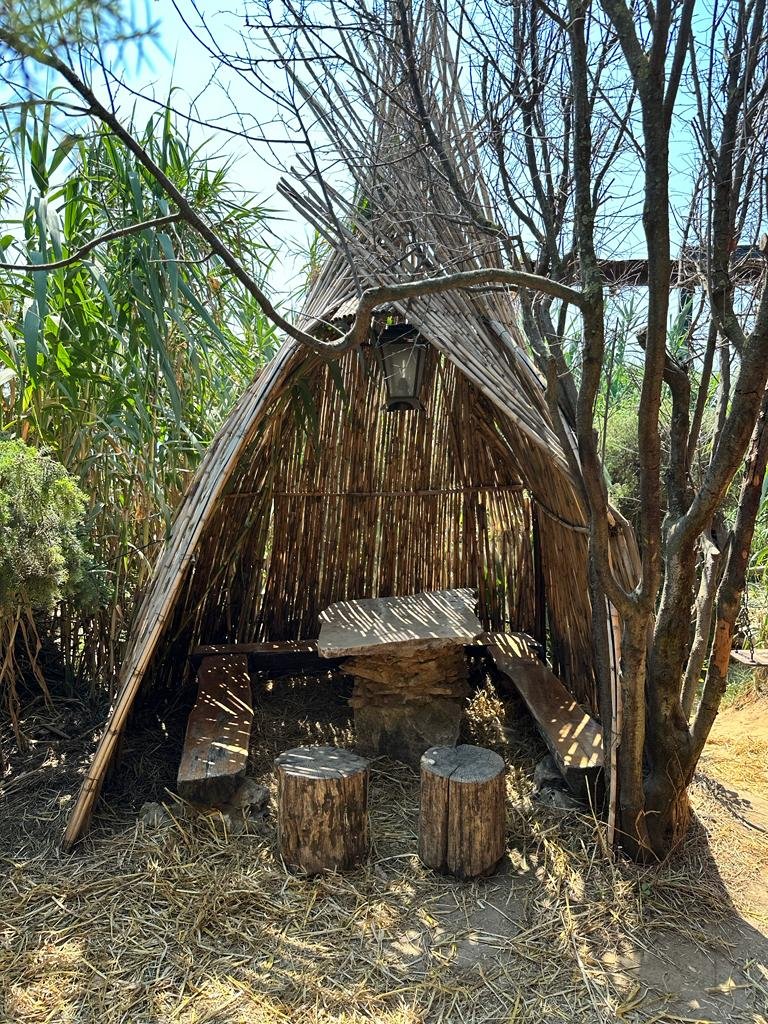

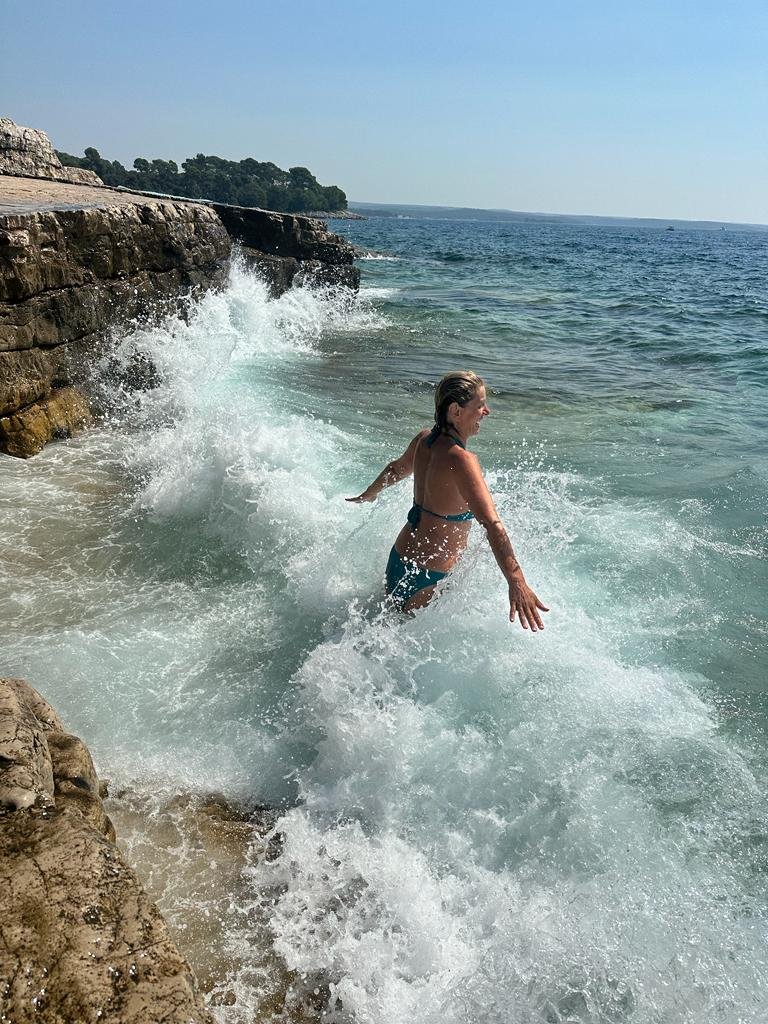
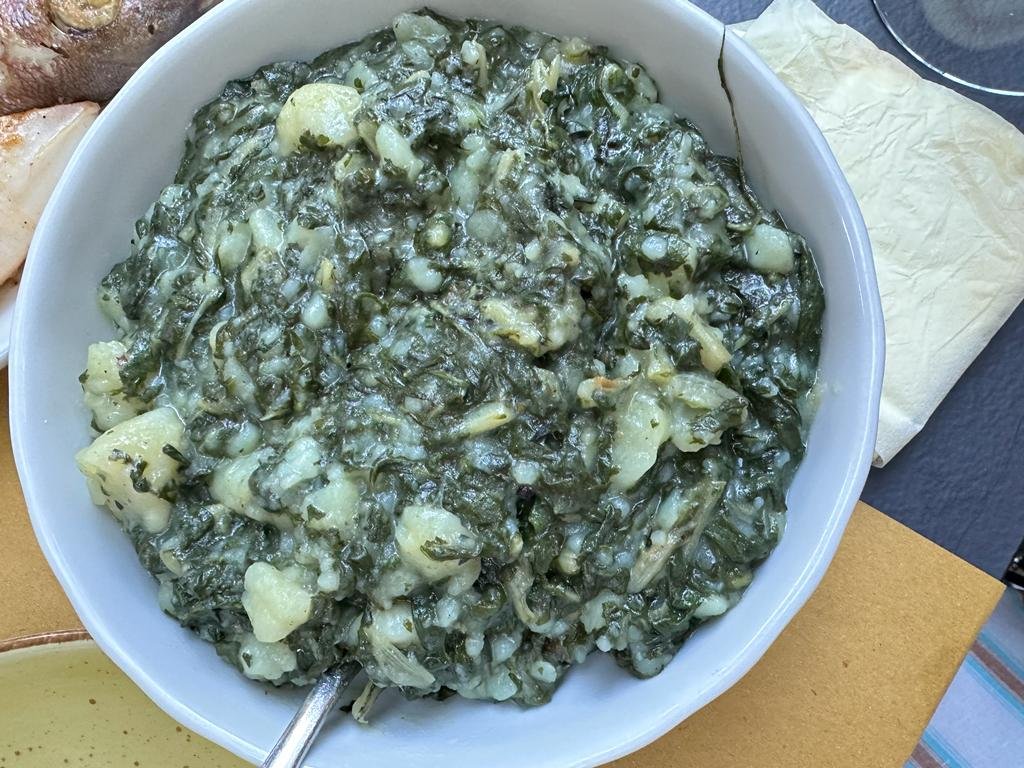
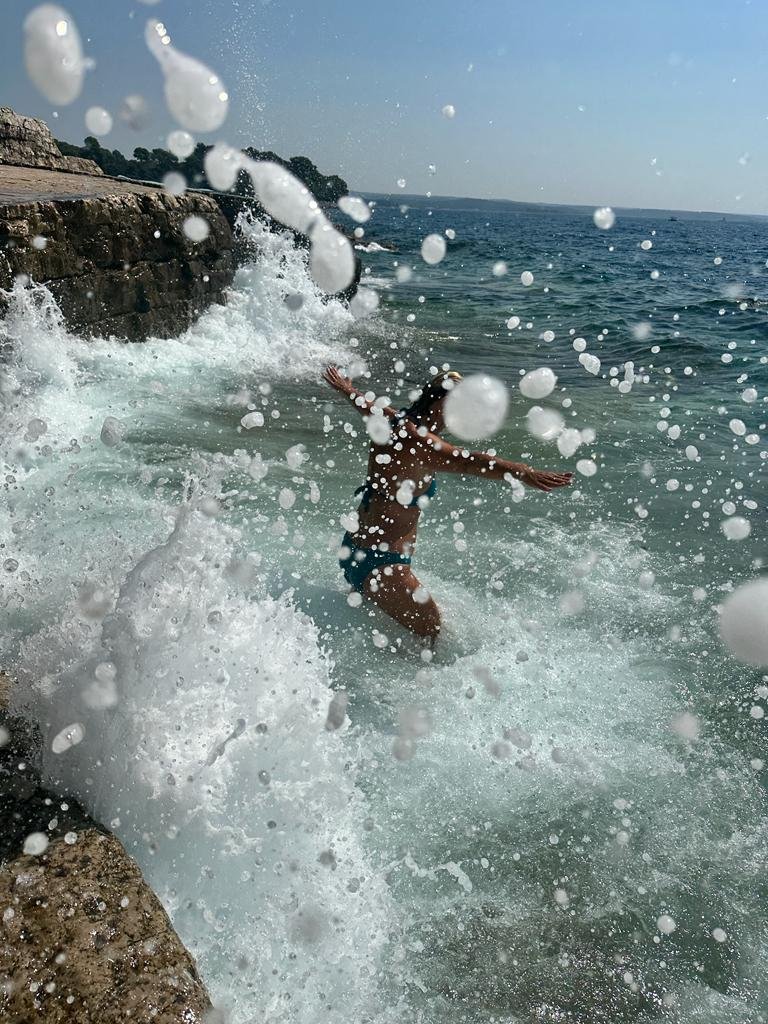
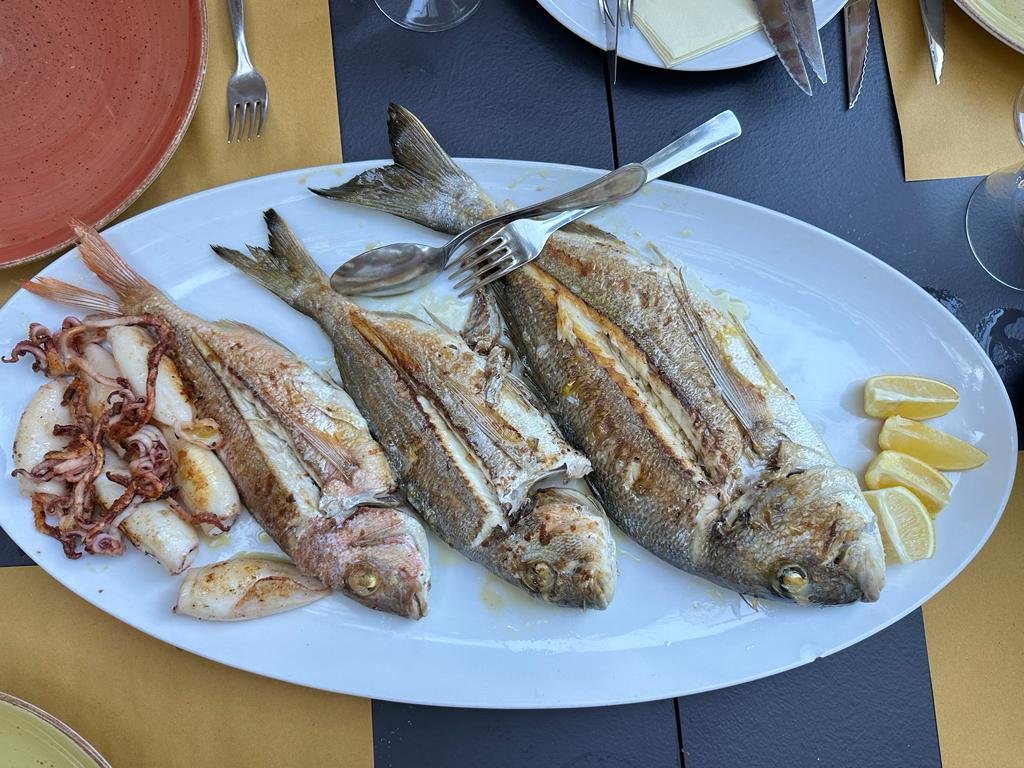
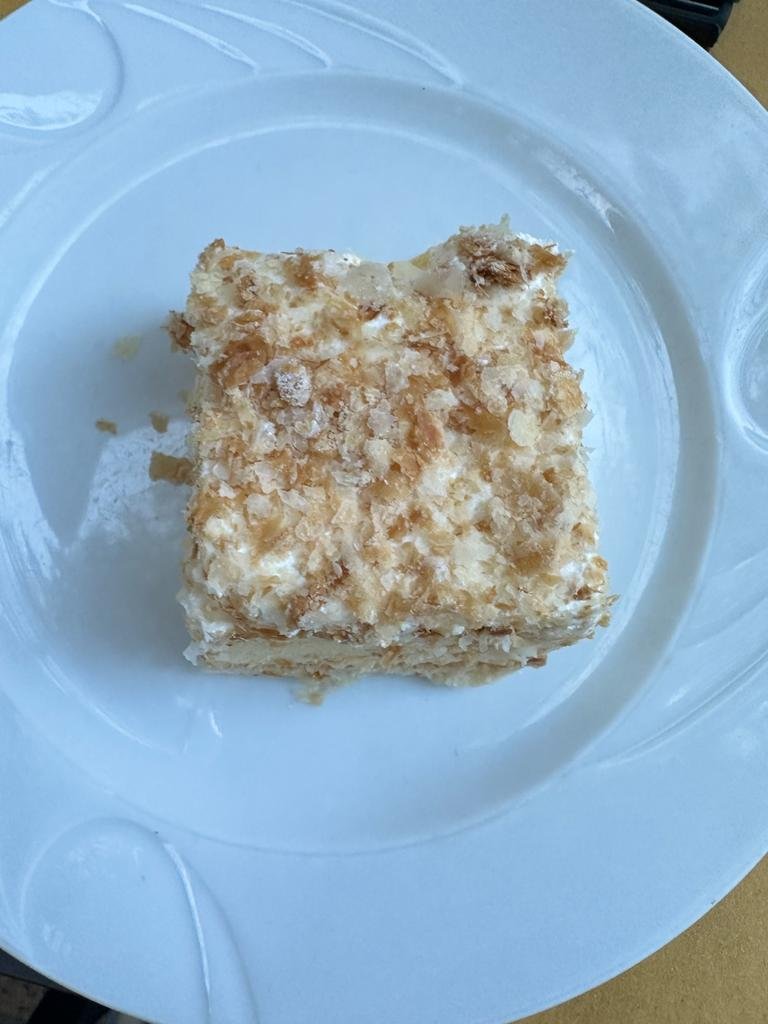
Valencia & Palma de Mallorca
On our way back from Morocco we had a short stopover in Valencia before we flew across to Palma de Mallorca to enjoy the beach, chill, relax, read and do nothing for a few days! Or that’s what we’ve thought!
On our way back from Morocco we had a short stopover in Valencia before we flew across to Palma de Mallorca to enjoy the beach, chill, relax, read and do nothing for a few days! Or that’s what we’ve thought!
Although we only had a couple of days in Valencia we managed to wash all the clothes which was superb, see a few things, and experience a few “OMG” moments!
Valencia
The port city of Valencia lies on Spain’s southeastern coast, where the Turia River meets the Mediterranean Sea. It’s known for its City of Arts and Sciences, with futuristic structures including a planetarium, an oceanarium and an interactive museum. Valencia also has several beaches, including some within nearby Albufera Park, a wetlands reserve with a lake and walking trails.
Instead of joining the usual walking tours we opted for a bike tour! A great experience and something different. Valencia is a flat city and perfect for biking.
We walked to the bike shop and joined the English speaking group with a local tour guide who spoke good English with a strong Spanish accent, loads of fun!
We started the bike tour by visiting the Turia Gardens, one of the largest urban parks in Spain. It runs through the city along nine kilometres of green space stretching from Cabecera Park to the City of Arts and Sciences.
The Turia Gardens are the perfect place for runners, cyclists, families and nature enthusiasts. It follows the former riverbed and passes by the city's main museums and monuments on either bank. We got to see a lot by just biking through it.
The gardens are built on the former riverbed of the Turia, whose course was altered to prevent constant flooding in the city. After a devastating flood on 14 October 1957, the Turia's course was diverted south of the city, leaving a huge tract of land that crosses the city from West to East, bordering the historical centre. Several urban planners and landscapists designed different sections of the park, recreating the former river scenery.
I seriously think NZ ( and other countries) can learn from València, it was a clever and presumably expensive move that’s saved the city from ongoing flooding and created a true paradise for its citizens.
We saw a number of things along the way:
The City of Arts and Science
Work of the Valencian architect Santiago Calatrava. Several of its buildings have become icons in the city. It is a scientific and cultural leisure complex which we enjoyed looking from the outside only and more on this when I get to OMG moment!
The Cathedral, Miguelete and Holy Grail Did you know the Holy Chalice is kept in the Cathedral of Valencia? Our tour guide is sceptical but that’s apparently true, we saw it or we are led to believe what we saw is the Holly Chalice?! We will never know.
Did you know the Cathedral holds one of the most important pieces of art from the first Spanish Renaissance? And the Cathedral Museum is the home to pieces by Maella or Goya? This great architectural complex was built on an ancient Roman temple that was later a mosque, and then became the Cathedral of Valencia. It is a Gothic-style building, although it preserves many elements from different periods, from Romanesque to Baroque eras.
La Lonja (The Silk Exchange) Unesco World Heritage
The Lonja is an emblematic building of the city and one of the most famous civil gothic monuments in Europe. It was declared a National Historic and Artistic Monument in July 1931 and was made a World Heritage Site by UNESCO in December 1996. It was built in 1492 and was used as the main silk trading center with upper floors used as prison for those merchants who didn’t pay tax duties. One stop shop!
This is where my first OMG moment happened. After learning about its history we got told to go in to see its stunning interior. And here I am standing there and thinking for myself - I have already bought three silk scarfs on this trip, I really don’t need anymore, but how will I resist it when I walk into this massive silk market!
Ha! Guess what - it’s empty! It’s a great building and amazing architecture, but it’s no longer an active silk market!
At the end of the 13th century, as a result of the prosperity in Valencia at the time, the old Lonja became insufficient and it was decided to build a new Exchange. Phew! What a relief, my dilemmas got resolved😉
El Carmen neighborhood: a cocktail of history and leisure
We stayed in the old town in the district of El Carmen, the best known Valencia's neighbourhood. It takes its name from the church and convent of Carmen Calzado, and is rightly renowned as utopia for lovers of Mediterranean cuisine and leisure. We tried a number of local food pastries, had no time to try paella 🥘 and you’ll laugh why when I get to my second OMG moment!
This is an area with a thousand years of history and magnificent examples of medieval architecture, a rich artistic heritage.
We visited The Church of San Nicolas de Bari and San Pedro Martir, a must-see in Valencia! Its impressive mural paintings in the vault are regarded as Valencia's Sistine Chapel ever since they were restored. Amazing 🤩!
Another point of interest is the Central Market, a great temple for local products that features modernist decorations and is considered the great showcase for fresh food in Europe. Unfortunately it was closed on Sunday and we only saw it from the outside.
El Carmen is also home to the only two access gates to the medieval city that are still standing: Serranos and Quart. They used to close when the bells announced night fall. And anyone who lost track of time had no choice but to sleep "under the Valencia moon". We managed to visit both and climbed the Quart Torre for spectacular views!
We saw a lot in only a couple of days!
Well, that’s when the next OMG moment happened. After booking the tickets for the famous BioPark I went on to check our flights to Palma to figure out if we could visit the City of Art and Science the next morning before our afternoon flight. OMG!!!
We were leaving today and not tomorrow!!!
After triple checking everything we quickly packed up, ordered a taxi, checked out and rushed to the airport!
Can you believe it?!
We wasted one night stay in Valencia, the BioPark entry tickets money was kindly refunded although it was clearly our own stuff up!
Grrrrr was I angry with myself?! Yep, big time! As Nebojsa says, mistakes happen and when you think about the trip planning happening at the same time we were dealing with our own house flood damage, tradies, insurance etc, we did pretty well!
That’s what a positive self talk does, looks for a silver lining and now we have an extra day in Palma de Mallorca!
And when I think more about it, it was definitely less painful wasting one night stay in Valencia then missing the flights to Palma, not picking up a rent a car in time etc.… you can see there was damage either way, luckily my curiosity to see more things saved us at the end!
We would love to come back to Valencia as there is a lot more to do and see, perhaps we could combine it with our return to Seville and we add Madrid into a mix!
Dreaming is for free, we arrived to Palma on time and had fabulous time.
Valencia Photo album

















Palma de Mallorca
Palma, also known as Palma de Mallorca is the capital and largest city of the autonomous community of the Balearic Islands in Spain. It is situated on the south coast of Mallorca on the Bay of Palma.
As of 2022, Palma Airport, serves over 28 million passengers per year. I have been to many airports in my life but I have never seen as busy airport as Palma at 6.30 am!
Where do I start?
A magical island, a shopping paradise, a place for party and dance, with hundreds pristine beaches, luxury hotels, yachts and cars, amazing markets I loved, a busy busy place where €50 lasts a very short distance 😂.
After weeks of nomad lifestyle waking up in a different location pretty much each morning we settled for six nights in Finca Sa Canova, a true paradise, Google it and go there if you ever have an opportunity!
https://fincasacanovaagroturismo.negocio.site/?utm_source=gmb&utm_medium=referral
Built in 1600 hundreds, it’s kept its authentic charm and it’s been carefully renovated by its current American owners who bought it in 2021 and call it their home.
We knew Palma city would be overcrowded and we deliberately wanted to stay inland and close to different beaches, let’s say we positioned ourselves strategically!
I have to say the holiday island of Mallorca is blessed by nature, offering a variety of beach types, from rugged, hard-to-reach coves and secluded calas to long, white sandy stretches of coastline with crystal clear turquoise sea, and facilities onsite.
This time we didn’t want to do any more history and walking, we decided to enjoy the lazy beach life, 🏖️, although we still saw the massive Santa María cathedral, a Gothic landmark from the 13th century, the adjacent Almudaina a Moorish-style Arab fortress converted to a royal residence, and on west in distance a hilltop Bellver Castle, a medieval fortress with a distinctive circular shape.
So, there are “only” 262 beaches in Mallorca, and it took me forever to get to the top 10 we wanted to visit. After a bit of effort, I found a website with beaches categorised based on what you are after, and by the geographical region! Perfect!
Since it’s August, and it is overcrowded everywhere we opted for unspoiled and remote beaches where you need to drive to and then walk to. Yay, it was a perfect choice, and even on these beaches we saw a mini fight each day when people rush to conquer a piece of sand. Mama Mia! People are so laud, and when they want their sun they’ll make you put down your sun umbrella if the shade is falling onto their towel ☀️Crazy stuff!
We visited a number of different beaches and will let you choose your favourite 😍!
Ses Salines - Colònia de Saint Jordi
Es Carbo Beach
Calo des Moros
Cala s’Almunia
Cala Llombards
Calvià - Sol Del Mallorca
Cala Santanyí, a long beach day finished with a cattle fish black paella 🥘 yummy!
Cala Figuera - a dinner date we will remember forever! Let’s say we celebrated 35th wedding anniversary a few months earlier 😍
I asked Nebojsa to rate Palma’s beaches and he gave it a score of 8, out of 10!
Too crowded, water is pristine from a distance but when you jump in you first swim through a few bottle caps, pieces of rubbish before you get out into a clear water. Such shame!
If we want to compare sandy beaches of Palma with Sardinia we visited last year, then Sardinia leads the way! The green, light and dark blue, turquoise crystal clear waters of Sardinia are 11/10!
If you are happy with the crowd, you want to shop till you drop and you don’t mind that the island simply cannot cope with the volume of tourists then you must visit Palma de Mallorca!
We also went to the famous Santanyi markets twice! I could walk through this market for hours, I loved it! There are numerous stalls from the local produce, fresh fruit and veggies to die for, freshly made juices, freshly made sandwiches with tomatoes, olive oil, Spanish cured ham and local cheese you can’t decide on, to jewellery and local artisan works of all sorts, to boutique shops selling clothing designed and made locally. A little shopping spree had to take place on the second visit, I couldn’t resist it and surprisingly we were within our daily budgets! Even better 😎!
And of course we went to Palma city for a wonder! I had no clue how huge this city is, it shocked me. It’s big, it’s beautiful but it’s struggling with rubbish, restaurants and shops are numerous, it is literally dining and shopping paradise! If you have thousands of euros to spend and go nuts, you would want to be in Palma! You’ll have a ball!
We are happy we visited this famous tourist destination, it was worth it! We have made so many beautiful memories again and are leaving it with our hearts and souls filled with joy and happiness.
So here we are, after just under 8 weeks of non stop travel and nomad life we are heading back to our place in beautiful Rovinj in Croatia, for a nice relaxing summer holiday.
We look forward to catching up with our friends and family and hosting our NZ visitors. Looking forward to seeing you guys soon!
We’ve had an absolute ball, it was hard on days, it was hot, it was demanding, it was outside the comfort zone, it was learning experience, it was heaps fun, and we met incredible and interesting people along a way! Amazing 🤩
The time has come to catch a breath or two, slow down a bit and enjoy our homeland beauty for a while!
Can we do it? Time will tell😎
Palma de Mallorca Photo album

































Morocco - part 3 of 3
Day 13
We left Zagora and continued journey along the rugged and desolate Jbel Tadrart ranges and through seas of sand and arrived to the last village before Sahara Tamegroute
Day 13
We left Zagora and continued journey along the rugged and desolate Jbel Tadrart ranges and through seas of sand and arrived to the last village before Sahara Tamegroute with 4000 people living here under harsh weather conditions, proud of their land and grateful to tourists who are interested to get to know more about Africa and Morocco! We visited a library filled with ancient scripts of science, literature and Quran. We went through an underground kasbah and saw pottery making trade and people working under rough working conditions, my heart was broken 😢
Photo Album Tamegroute













We drove a bit longer and stopped for a lunch at the frontier town of M’Hamid. After a short break and a swim in the pool off we went in 4W4 to Sahara sweating on 47 degrees! Crazy crazy crazy hot!
We drove for two full hours through the desert till we arrived to our camp site! I literally don’t have the words to describe this lifetime adventure and experience. Of course, I will give it a go, but photos below will do a much better job!
So, the 4W4 ride was crazy but safe, local guys drove us and took every opportunity to speed up, go up the dunes, do donuts circle rides, to chase one another, screaming all along was all I did ! So much fun with adrenaline at its highest!
Our camp site was far better and more luxurious then what I expected. Each of us had our own cabin with a bathroom, we had a gathering area for music and dance and a dining area in the open.
We quickly got changed and went for a walk, it was around 7pm and camels were waiting for us. Bedouins looked amazing in their national outfits covered from head to toe and we looked similar with our own headscarf bought on the way to Sahara.
The whole camel experience was fantastic, fabulous, fun, so easy especially for me who always wanted to do it, but was apprehensive about it. Another one of those out of the comfort zone experiences!
We went on a camel ride towards the sunset - no words can describe it. Loved every minute and it felt surreal, it really did and I still pinch myself to believe it. It was extremely hot, but heat didn’t bother us, we were soaking in every minute. Absolutely stunning scenery, serene, calm, beautiful, peaceful, desert, camels, and us…
After the camel ride and thousands of photos we had a shower and got together for a traditional Moroccan dinner under the stars.
Having a shower in Sahara is not a pleasant experience! The shower water was so hot, burning hot even when we opened a cold water tap! I have never ever experienced such a hot shower! Had to jump out to let the water run first before I could go back, but there was no trace of a single drop of cold water at all ☹.
After a dinner we had the local guys lit the fire ( as if it wasn’t hot enough) and play local music under the stars. Wow that’s what I call a magical experience!
All of us ended up sleeping outside, we dragged mattresses out of our little cabins and tried to sleep outdoors with a bit of breeze. Neb was the only one sleeping inside. His reasoning was that snakes and little scorpions were wondering in the sand during the night. None of us really slept that night but that was ok, as sunrise in Sahara totally wiped out all the exhaustions from days of heat and hiking.
Day 14
We woke up at 5am to enjoy a freshly fried bread with Nutella breakfast and left the camp by 5.30am to drive back in 4W4 towards the sunrise in the desert. I will forever remember the sun rising above the desert, calmness and peacefulness of the place. Everyone sat on the sand dunes speechless and mesmerised. Hopefully photos will do it justice, the words simply cannot.
Our drive back to a civilisation was four hours long, same local drivers did their best to bring us back safely and well entertained along the way, shukran lak - شكرًا لك ( thank you)!
We are both so proud of ourselves, Sahara desert was a big undertaking but worthy every sweat drop and there were many!!!
Photo Album Sahara Desert Day 13 and Day 14

































































We continued our journey to the market town of Oulad Berhil by minivan and our cheerful driver Ismail. The drive was long through the desert scenery and along a route there was a reserve for the indigenous argan trees. And of course we were lucky enough to come across the famous goats climbing the argan trees and eating the nuts. That was so funny to see and surreal again?! When have you seen goats on the trees ? It only happens in Morocco!
We arrived at our accommodation at early evening and chilled in the swimming pool, had a dinner a good night sleep!
Photo Album Goats on the Argan trees









Day 15
In the morning we left the accommodation and continued travel towards Taroudant township where we stopped to see the silver markets, colourful Moroccan ceramics and to grab a coffe.
We headed west towards the coastal town of Essaouira. We arrived late afternoon and had a free time to explore this Mediterranean city on the water, with palm trees promenades, white and blue buildings and had fish and chips for a dinner - a bit of a change from Tangine!
Day 16 & 17
Our day started with a lady tour guide Rashida who took us around Essaouira beautiful city. Just when I thought we’ve seen it all, we fell in love with Essaouira. First of all we love the climate here! After living with 45 degrees for days, it was 23 degrees, I had to wear my only long sleeves T-shirt I bought with me! What a difference!
We’ve learnt that it is always around 20 degrees here, with a gentle breeze it’s so refreshing. In winter months it comes down to 17 degrees and in summer it goes up to 28, never more. A perfect place if you ask me, and a very popular tourist destination for local people and foreign visitors.
Essaouira is a historic coastal city located in the western part of Morocco, along the Atlantic Ocean. The city has a rich history that dates back several centuries. Here's a brief overview of its history:
The region where Essaouira now stands has been inhabited since ancient times. Phoenicians, Romans, and Berber tribes were among the early settlers.
In the 16th century, the Portuguese established a fortress on the site of present-day Essaouira, which they called "Mogador." The fortress served as a trading post and stronghold for the Portuguese in the region.
In the late 16th century, the Moroccan Saadian dynasty managed to drive out the Portuguese and took control of Mogador, renaming it Essaouira, which means "the beautifully design" in Arabic. The city's strategic location made it an important trading port, attracting merchants from Europe, Africa, and beyond.
During the 18th century, under the Alaouite Sultan Mohammed III, Essaouira experienced significant growth and development. The sultan fortified the city with impressive ramparts, making it a prominent trading hub and a vital link between Morocco and the rest of the world.
Sultan Mohamed III used the city’s location to build a new port with fiscal advantages for Jews because they were great traders. Since its early days this has been a cosmopolitan city.
City was designed by a French designer, remembering that Morocco was under French protectorate from 1912 to 1956.
Anti French feeling is prominent when you get to talk to locals who feel comfortable to share their views. It goes back to the Second World War when French promised independence if Morocco joined the Alliance forces. Morocco delivered their side of the bargain but French betrayed them and ruled for another 12 years till 1956.
Essaouira has a notable Jewish history, with a significant Jewish population throughout the years. The city was home to a thriving Jewish community, and its mellah (Jewish quarter) was an essential part of the city's social and economic fabric.
We visited a former Jews quarter and learnt that Jews who left Essaouira went to France, Israel and Canada. Israel had to pay $50 USA for each Jew that left and they had to keep the Moroccan citizenship. Jews from Morocco who live in Israel have dual citizenship and are proud citizens of both countries.
In the 19th century, Essaouira became a hotspot for European powers seeking to expand their influence in North Africa. The city saw the arrival of French and British consulates and became a center of European diplomacy.
With the advent of modern port facilities and changing trade routes, Essaouira's importance as a trading port declined in the late 19th and early 20th centuries. The city fell into a period of relative obscurity.
In recognition of its well-preserved historic architecture and unique blend of cultures, Essaouira was designated as a UNESCO World Heritage Site in 2001.
In recent decades, Essaouira has experienced a renaissance as a popular tourist destination, drawing visitors with its beautiful beaches, vibrant medina (old town), bustling souks (markets), and annual cultural events like the Gnawa Music Festival.
Today, Essaouira remains a captivating city that reflects its diverse history through its architecture, traditions, and unique cultural heritage.
You’ll remember me saying how I didn’t like bargaining with sellers. Well, today we had the best experience ever! We tend to buy two coffee cups wherever we go. We love our coffee and drinking from a souvenir cup revives memories and triggers conversations. We stopped by a ceramic store and hesitated to engage. The young man read our body language well, invited us in and left us to wonder around. He made us a royal Moroccan tea, sat down with us to talk about his family, business and proud respectful Berber - Amazigh culture. He shared with us that Marrakech is a place where sellers are more aggressive which puts people off, but in Essaouira sellers are predominantly Berber and are different- they want tourists to enjoy the experience, to remember Morocco in a good light and spread the news around. They are very respectful. We bought our two coffee cups, we paid the price he asked for and loved the young family man, so so so kind and generous.
I have to share one more story from this visit. Rashida our tour guide lady was phenomenal and you could tell she was a highly educated and intelligent person.
Rashida said that Morocco has never been a melting pot but rather a mosaic of ethnicities. I was intrigued by that statement, so I asked her to explain the difference and I was blown away with her simple yet profound explanation.
As an example, America is a melting pot where everyone is expected to fit in, for example you must speak English to live there.
Morocco is a mosaic of ethnicity where everyone is different, authentic and unique and the country encourages it to be that way, there is no expectation to fit in, it’s about being yourself, it’s about the concept of plurality! I love this and will take it forward with me.
Food, movie industry and handicraft are the main income sources for the region.
We visited the port and saw so many fishing boats all painted in blue colour, it’s the must! Why - no one really knows, but a couple of theories are - Portuguese influences, or Jews who outnumbered Muslims in the 16th century painted them blue for hygiene reasons because flies don’t like blue colour pigment?!
Essaouira is the 5th sardine port of Morocco. Foreign fleet do not fish here, but fish is getting depleted, it is a global problem but world has double standards - Spanish do the same as Chinese and Japanese but no one talks about it !
Fishermen give between 2-3% of their daily catch to women who wait in the port every morning with a bucket. These women wear a vail to protect their privacy, and to fight a prejudice that says every soldier and a sailor has a woman in a port, intimidating that women in the ports are “cheap ladies”. These women get fresh fish to feed underprivileged community members, so they get fresh fish and not leftovers. Don’t you like this community spirit, I do!
In 1984 slavery was officially abolished in Morocco but double standards exist today and its an ongoing battle.
Entrance into the port built by Mohamed III in the 18th century has three ethnicities symbol engraved in the walls - Berber, Jews and Muslims. He was a visionary man who wanted everyone to live together peacefully.
Here we go again, we seem to have lost something that our predecessors fought for, co-life. It seems the civilisation today prides itself on singularity instead of plurality- just watch the news for a week and you’ll get what I am writing about!
Game of Throne was filmed here too, it was Astapor City - click here ( https://exploreessaouira.com/game-of-thrones-essaouira/)
We visited the fortress built in the 18th century to protect Morocco from different European invades.
I found it interesting to know that French wanted to expand the French influence and French type of life, while Spanish were way more interested in using Morocco’s natural resources for their benefit and left Morocco with Sahara desert filled with land mines, so sobering.
Diplomatic relations with France are currently pretty bad, especially since Morocco decided to teach English instead of French at schools, starting from September 2023! It’s a brave move by the central government and welcomed by its people.
Photo Album Essaouira




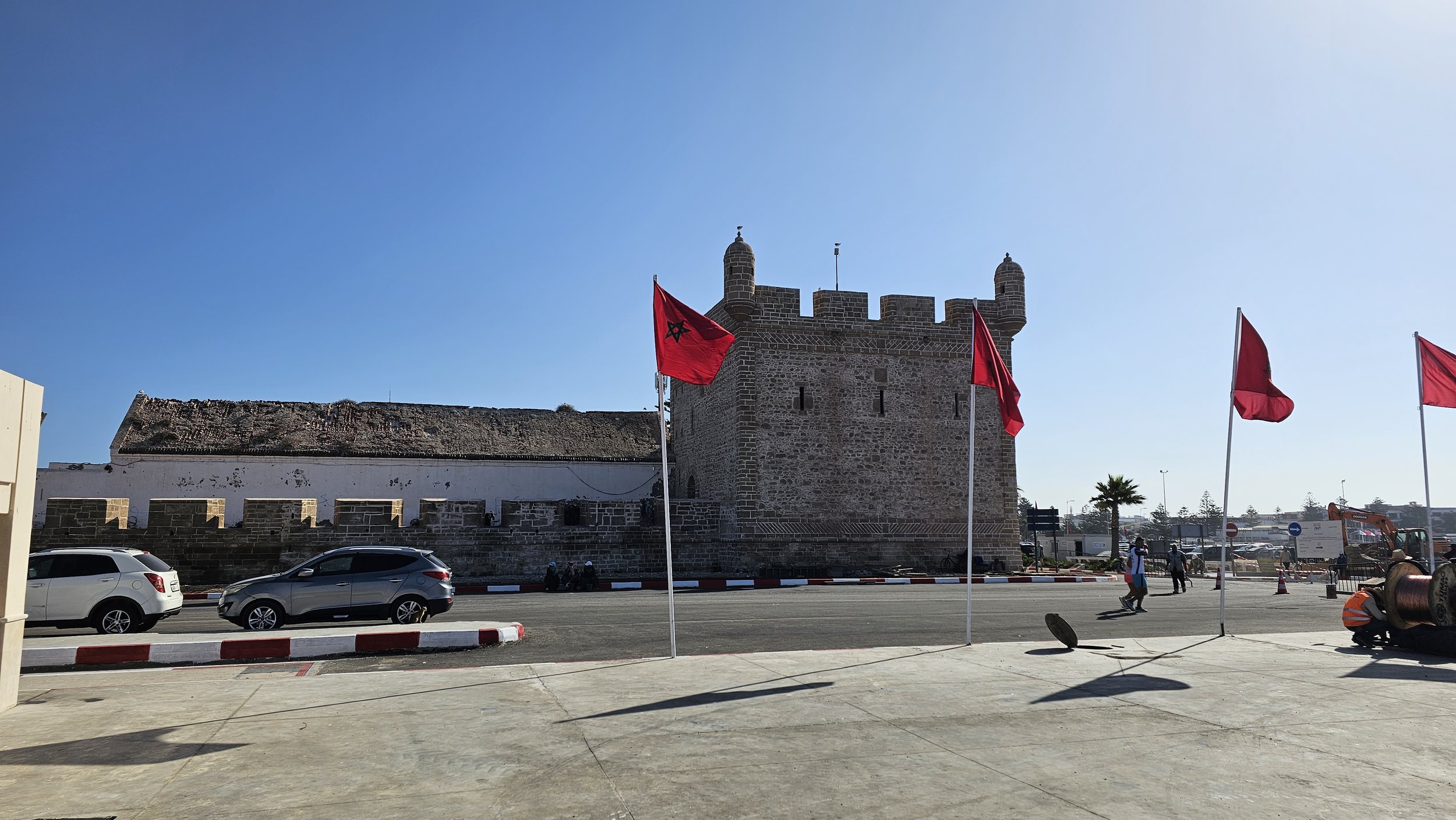
















Day 18
We left Essaouira around lunch time, took a public bus back to Marrakech and had the final farewell dinner with our Intrepid Tour friends.
Intrepid Tours was the great choice, we offered a few suggestions for the future, but overall we were very happy and felt very well looked after all along, definitely happy to recommend them and would use them again without hesitation!
In the morning we left for the next destination, more on that in the next blog!
To wrap it up:
Morocco is the country of contrasts, yet very proud and more progressive African country.
Morocco’s history is rich and diverse, spanning thousands of years. The region’s earliest inhabitants were Berber tribes. Over time, Phoenicians, Romans, and Vandals influenced the area. In the 7th century, Arab conquerors introduced Islam, and Morocco became part of various Islamic empires.
The country saw the rise of the Almoravid and Almohad dynasties in the 11th and 12th centuries. These dynasties expanded their rule across North Africa and Spain. Later, the Marinid and Saadi dynasties ruled the region, establishing Morocco as an influential power in the 16th century.
In the 19th century, Morocco experienced European colonial pressures, with France and Spain establishing their influence. In 1956, Morocco gained independence from France, and King Mohammed V became its monarch. His son, King Hassan II, followed him and ruled for several decades, facing political challenges.
Today, Morocco is a constitutional monarchy with King Mohammed VI as the reigning monarch. The country is known for its unique blend of Berber, Arab, and European influences, making it a fascinating destination with a vibrant history and culture.
Moroccan people are so kind, welcoming and grateful, and above all they do not like to show off. When they go grocery shopping they buy meat first and put it at the bottom of a bag, fruit and veggies in a middle and long mint leaves at the top. That way whoever sees a grocery bag doesn’t know if they have meat or not, some can afford it, others can’t, mint leaves are cheap and everyone uses them daily for their famous Moroccan Tea. The same approach applies for how they dress, build houses and live life in general, humble hard working smart people who on average speak at least three languages.
Each time we engaged in a conversation we got asked where we are from. We would say from Croatia but we live in New Zealand. The response was always the same - oh Croatia - Modrić! Luka Modrić! Everybody knows Modrić and loves him so much! It was so cool to talk to them about the football, and the last FIFA cup when Croatia played Morocco for the third place. As soon as Modrić retires Morocco will beat Croatia, everyone has told us that!
We fell in love with Algerian singer songwriter Amine Mohamed Djemal, the lead singer of the band Babylone and their popular song Zina! Our lovely bus driver Ismail played this song and sang along with a big smile and hands in the air! We got to learn the lyrics and here is a link with English translation - enjoy!
https://www.youtube.com/watch?v=K-_oVlImkXA
And check this one out - Ahmed Alshaiba - he taught himself to play the oud, a lutelike stringed instrument, and made a splash on social media with his cover versions of pop songs. Amazing!!! He had over 140 millions views on YouTube. Unfortunately, the young artist died last year in a car accident.
https://www.youtube.com/watch?v=E5OfNIQtK3U&list=RDEMOHMSiQsB9piQu9Z47zeaEA&start_radio=1
The End
This phenomenal and enlightening trip has come to its end, I am so happy we spent this much time exploring Morocco, from the North to the South, from the big cities to the Atlas Mountains and Sahara desert, to the coastal cities of Tangier and Essaouira.
The people of Morocco deserve every happiness in this world, they are so hard working, so multitalented, smart, multilingual, craftsmanship is in their blood and they are so happy with so little.
I wish them all the very best in their journey to prosperity, I thank them for the warm hospitality, and I know for certain Nebojsa and I will help them in our own way.



